Ordinary
Meeting of Council
TO
BE HELD ON Tuesday, 28 April 2020 AT 7:00pm
Level
3, Council Chamber
Agenda
** ** ** ** ** **
NOTE:
For Full Details, See Council’s Website –
www.kmc.nsw.gov.au
under the link to business papers
The Livestream can be viewed here:
http://www.kmc.nsw.gov.au/Your_Council/Meetings/Council_Meeting_livestream
Disclaimer: All
Ku-ring-gai Council Ordinary Meetings of Council are livestreamed for on-demand
viewing on the KMC website. Although Council will do its best to ensure the
public is excluded from the livestream, Council cannot guarantee a
person’s image and/or voice won’t be broadcast. Accordingly,
attendance at Council meetings is considered consent by a person for their
image and/or voice to be webcast. Council accepts no liability for any damage
that may result from defamatory comments made by persons attending meetings. As
per clause 15.21 of Council’s Code of Meeting Practice, a person must not
live stream or use an audio recorder, video camera, mobile phone or any other
device to make a recording or photograph of the proceedings of a meeting of the
council or a committee of the council without the prior authorization of the
council.
APOLOGIEs
DECLARATIONS OF INTEREST
Documents Circulated to Councillors
Confirmation of Reports to be
Considered in Closed Meeting
NOTE:
That in accordance with the provisions of Section 10 of the Local
Government Act 1993, all officers’ reports be released to the press and
public, with the exception of following confidential report(s) and
attachments:
C.1 Open
Space Acquisiyion Planning - Gordon
In accordance with 10A(2)(c):
Attachment 1: Proposed Sites Presentation – Gordon – February -
Draft
NOTE:
That in accordance with the provisions of Section 10 of the Local
Government Act 1993, all officers’ reports be released to the press and
public, with the exception of confidential attachments to the following General
Business reports:
GB.8 Tender
RFT1-2020 St Ives Village Green Community Hall and Youth Centre Upgrade
In accordance with 10A(2)(d)(iii):
Attachment 1: RFT1-2020 List of Submitters
Attachment 2: RFT1-2020 LVG Tender Evaluation Report
GB.14 Marian
Street Theatre DA
In accordance with 10A(2)(d)(ii):
Attachment 2: MST Extended Masterplan Cost Estimate
Attachment 4: MST Staged Development Cost Plan
CONFIRMATION OF MINUTEs
Minutes of Ordinary Meeting of Council 3
File: S02131
Meeting held 17 March 2020
Minutes numbered 28 to 60
minutes from the Mayor
MM.1 Councillor
Superannuation - Submission for the Office of Local Government Discussion Paper
3
File: S11705
The purpose of this Mayoral
Minute is to provide a submission on behalf of Council to the Office of Local
Government (OLG) in response to their Councillor Superannuation Discussion
Paper.
In March 2020, the OLG released
the attached discussion paper on Councillor Superannuation. The purpose of the
discussion paper is to provide a platform for discussion regarding reasons for
and against the payment of superannuation contributions for Mayors and
Councillors, and for devising potential options and legislative models.
In the determination of Mayoral
and Councillor fees, Ku-ring-gai Council is categorised as “Metropolitan
Medium”. The current remuneration package for Mayors and Councillors is
determined by the Local Government Remuneration Tribunal who considers a range
of criteria based on size, volume of business dealt with, the extent of
development, the diversity of the communities and any other matter of
significance of the Council.
Presently, the Commonwealth Superannuation
Guarantee (Administration) Act 1993 stipulates that Councils are not
obliged to make superannuation contributions as part of Mayors and Councillors
fees as we are elected to a civic office and therefore are not considered to be
employees of the Council. However, Council is not constrained from making
voluntary superannuation contributions on behalf of Mayors and Councillors as
part of their current remuneration package.
Part 6 of the discussion paper
offers four potential options:
1. To
maintain the status quo.
2. To
amend the NSW Local Government Act 1993 to require councils to pay a portion of
the Mayor’s and Councillor’s fees equivalent to the superannuation
guarantee amount.
3. To
amend the NSW Local Government Act 1993 to require councils to pay an amount
equivalent to the superannuation guarantee in addition to Mayors and
Councillors fees.
4. To
amend the NSW Local Government Act 1993 to give councils the option to pay an
amount equivalent to the superannuation guarantee in addition to Mayors and
Councillors fees.
I propose that Ku-ring-gai
Council endorses option 4 of the OLG discussion paper. Presently, Councils have
the ability to make voluntary superannuation contributions on behalf of Mayors
and Councillors as a component of their fees. By amending the Local
Government Act 1993 to enable councils to determine whether to make
superannuation contributions as part of or in addition to remuneration fees,
each Council will also have discretionary ability to determine which option, if
any, is to be applied based on the sentiment and appetite of the Mayor and
Councillors at any point in time, rather than applying a one-size-fits all
solution.
Therefore I recommend Council
endorses this Mayoral Minute and a submission be made to OLG as outlined in the
recommendation below.
MM.2 COVID-19 –
Financial Support 3
File: S05102
I am calling on Councillors to support the
local government sector’s campaign for assistance in dealing with the
health and economic crisis caused by the COVID-19 pandemic.
Ku-ring-gai Council is already suffering
the consequences of the COVID-19 pandemic due to the temporary closure and
suspension of services that Council provides to the community.
I am recommending that we support the
campaign, which is being coordinated on behalf of the NSW sector by Local
Government NSW (LGNSW) and at a national level by the Australian Local Government
Association (ALGA).
Ku-ring-gai Council is struggling with the
financial impacts of COVID-19. Council has faced increased costs and at the
same time is experiencing declining revenue as more and more residents and
businesses are forced into financial hardship. The impacts are rapidly
escalating.
Ku-ring-gai
Council is doing everything possible to provide
support and deliver the services needed to protect community health and keep
our communities running during these difficult times. The wellbeing, safety and
livelihoods of our communities, customers, and staff is our top priority.
However, additional assistance is required to minimise the impact on services,
facilities and infrastructure.
It is critical that the local government sector receives
adequate funding and resources to coordinate and deliver the goods and services
needed as we navigate through, and recover from, natural disasters and the new
challenges presented by COVID-19 and its massive impacts on people and our
local economies.
In recent weeks the NSW State Government has announced
support for councils by providing much needed assistance for council run
childcare services. On Sunday 26 April 2020 the Minister for Local
Government announced further support measures including funding councils’
increase in the emergency services levy for 2020/21, funding the wages of staff
if they are stood down (unable to be provided work) for up to three months, and
providing wider access to loan funding from T-Corp to councils that were previously
ineligible. However, it appears that not all of the latest measures will
be of benefit to Ku-ring-gai Council as it was already eligible for T-Corp
loans and based on information from the Office of Local Government, Ku-ring-gai
Council is unlikely to meet the eligibility criteria for wage support.
While the measures introduced to date are welcome, they do
not go far enough in addressing the core financial issues facing local
government due to the pandemic, which will run into many millions of dollars
for Ku-ring-gai Council.
Council needs urgent financial assistance from the Federal
Government and NSW State Government to maintain infrastructure, services and
employment as well as funding to give councils the capacity to provide hardship
assistance to the community.
The measures listed below would be effective and simple to
implement:
·
Increasing
Financial Assistance Grants payments to 1% to help councils maintain essential
functions and services, acknowledging the increased costs and mounting revenue
losses arising from COVID-19, as well as giving councils capacity to provide
hardship assistance to businesses and residents.
·
Immediate
financial assistance to support all councils, including providing support for
councils to keep staff employed rather than only providing support for staff
who are stood down.
·
Providing
stimulus funding to councils for projects that will help sustain council
operations and boost local economies. This could be achieved through increasing
or bringing forward funding under existing funding programs or introducing new programs.
Existing Federal funding programs include the Roads to Recovery, Bridges
Renewal and Road Safety Blackspots programs. State programs include Fixing
Local Roads, Fixing Country Bridges and the Stronger Country Communities
programs.
·
Increased access
to TAFE, VET and other apprenticeship opportunities that council staff can
undertake to address skill shortages, especially for staff in non-essential
services who are unable to be redeployed.
Therefore I recommend Council endorses this
Mayoral Minute and the recommended actions below.
Recommendation:
A.
That Ku-ring-gai Council calls on the Federal Government and NSW Government to
urgently deliver comprehensive and multifaceted financial support and stimulus
packages to local government to enable them to continue to operate effectively
and provide essential services during the COVID-19 pandemic.
B.
That Ku-ring-gai Council calls
for the packages to include the following measures:
·
Increasing
Financial Assistance Grants payments to 1% to help councils maintain essential
functions and services, acknowledging the increased costs and mounting revenue
losses arising from COVID-19, as well as giving councils capacity to provide
hardship assistance to businesses and residents.
·
Immediate
financial assistance to support all councils, including providing support for
councils to keep staff employed rather than only providing support for staff
who are stood down.
·
Providing
stimulus funding to councils for projects that will help sustain council
operations and boost local economies. This could be achieved through increasing
or bringing forward funding under existing funding programs or introducing new
programs.
·
Increased
access to TAFE, VET and other apprenticeship opportunities that council staff
can undertake to address skill shortages, especially for staff in non-essential
services who are unable to be redeployed.
C.
That Ku-ring-gai Council
commends the NSW and Federal Governments on their stewardship during this
crisis and commits to working in partnership to protect community health and
sustain local economies through this crisis.
D. That Council write to the local Federal and
State Members – Member for Bradfield the Hon. Paul Fletcher MP, Member
for Davidson the Hon. Jonathan O'Dea MP, Member for Ku-ring-gai Mr Alister
Henskens MP, Prime Minister the Hon. Scott Morrison MP, NSW Premier the Hon.
Gladys Berejiklian MP, Federal Treasurer the Hon. Josh Frydenburg MP, NSW
Treasurer the Hon. Dominic Perrottet MP, NSW Local Government Minister the Hon.
Shelley Hancock MP, Federal Minister for Local Government the Hon. Mark
Coultan, Federal Opposition Leader the Hon. Anthony Albanese, NSW Opposition
Leader Ms Jodi McKay MP, Federal Shadow Minister for Local Government Mr Jason
Clare MP and NSW Shadow Minister for Local Government Mr Greg Warren MP, to
confirm their support for increased financial assistance and stimulus funding
for local government to help councils maintain essential services and
employment during the COVID-19 pandemic.
E. That Ku-ring-gai Council endorses Local
Government NSW’s sector-wide campaign to obtain financial assistance,
employment support and stimulus funding for the local government sector.
F. That Council advise LGNSW President Linda Scott
of the passage of this Mayoral Minute.
Petitions
PT.1 Petition to Allow Dogs
to be Off-leash at Toolang Park and Install Gates 3
File: S07823
The large dog-loving community of
St Ives use Warrimoo Oval on a daily basis. The oval is a meeting place for
many people and their dogs who catch up at the same time each day and enjoy the
benefits of being in the outdoors, exercising, forming strong community bonds
and seeing their dogs play and socialise.
The start of the long soccer
season each year puts an abrupt end to this treasured activity. The
far-from-ideal alternative is Transmission Park which has no fencing at all, no
toilets, no water available (it is still very warm and the dogs are hot and
thirsty), uneven surfaces, lots of weeds and prickles and no off-street parking.
A better alternative would be to
allow the community to use nearby Toolang Park. This area could very easily be
enclosed with the addition of a couple of gates to enhance its safety, as it is
closer to main roads than Warrimoo Oval.
It is a fantastic asset to have a
local hub where neighbours can meet and build a real sense of community through
a common love of dogs and the outdoors. This is especially important with the
increase in high-density housing in St Ives and the higher ratios of people to
green space.
If a lovely public greenspace as
nice as Toolang Park is vacant (soccer training does not seem to happen there
on weekday afternoons), then it is logical that throughout the soccer season it
becomes a space that dog walkers can enjoy. This keeps both the soccer club
happy and the locals satisfied that they have not been shafted from their local
gathering place.
Please allow dogs to be off-leash
at Toolang Park and improve the safety by closing off the openings in the
fences with gates.
We, the undersigned, petition
Ku-ring-gai Council to allow dogs to be off-leash at Toolang Park and install
gates (105 signatures).
GENERAL BUSINESS
i.
The Mayor to invite Councillors to
nominate any item(s) on the Agenda that they wish to have a site inspection.
ii.
The Mayor to invite Councillors to
nominate any item(s) on the Agenda that they wish to adopt in accordance with
the officer’s recommendation allowing for minor changes without debate.
GB.1 Ku-ring-gai
Play Space Strategy - Post Exhibition 3
File: S02621
To seek Council Endorsement of
the Ku-ring-gai Play Space Strategy following public exhibition.
Recommendation:
That Council adopts the Ku-ring-gai
Play Space Strategy.
GB.2 Draft
Revised Delivery Program 2018-2021 and Draft Operational Plan 2020-2021 3
File: FY00382/12
To place Council's draft Revised
Delivery Program 2018-2021 and draft Operational Plan 2020-2021, incorporating
the Budget, Capital Works Program, Statement of Revenue Policy and Fees and
Charges for 2020-2021, on public exhibition.
Recommendation:
That the draft Revised Delivery Program 2018-2021, and draft Operational
Plan 2020-2021, incorporating the Budget, Capital Works Program, Statement of
Revenue Policy and Fees and Charges for 2020-2021, be endorsed and placed on
public exhibition and that following public exhibition,
a further report be submitted to Council for the consideration of submissions
and adoption of the revised Delivery Program 2018-2021 and Operational Plan
2020-2021, including Fees and Charges.
That Council
authorises new loan borrowing of $11.3 million for the St Ives Indoor sports
complex to be repaid from future asset sales.
GB.3 Revised
Resourcing Strategy 2020 - 2030 3
File: S11276
For Council to adopt the Revised
Resourcing Strategy 2020 – 2030 incorporating the Long Term Financial
Plan, Asset Management Strategy and Workforce Management Strategy.
Recommendation:
That Council adopt the Revised
Resourcing Strategy 2020 – 2030 incorporating the Long Term Financial
Plan, Asset Management Strategy and Workforce Management Strategy.
GB.4 Post
Exhibition - Public Interest Disclosures Policy 3
File: CY00473/7
For Council to adopt the attached
updated Public Interest Disclosures Policy (the policy).
Recommendation:
That Council adopts the attached
updated Public Interest Disclosures Policy.
GB.5 Annual
Report of the Audit, Risk and Improvement Committee for the year ended December
2019. 3
File:
CY00578/3-1
To provide the annual report of
the Audit, Risk & Improvement Committee (ARIC) from the Chair for the year
ended December 2019 that highlights the Committee’s activities and
achievements.
Recommendation:
That the annual report of the
Audit, Risk &Improvement Committee received and endorsed at the meeting of
12th March 2020 be presented to Council.
GB.6 Investment
Report as at 31 March 2020 3
File: FY00623/2
To present Council’s
investment portfolio performance for March 2020.
Recommendation:
A.
That the summary of
investments performance for March 2020 be received and noted and;
B.
That the Certificate of the
Responsible Accounting Officer be noted and report adopted.
GB.7 Progress
Status Report - March 2020 3
File: FY00621/2
To provide Council with the
Project Status Report reflecting results for Jan, February and March 2020
Recommendation:
That Council receive and note the
Project Status Report for January, February and March 2020.
GB.8 Tender
RFT1-2020 St Ives Village Green community hall and youth centre upgrade 3
File: RFT1-2020
To consider the tenders received
for Tender RFT1-2020 St Ives Village Green Community Hall and Youth Centre
Upgrade and to appoint the preferred tenderer.
Recommendation:
That in accordance with Section
55 of the Local Government Act and Tender Regulations, Council accept
the Tender submitted by Tenderer ‘A’.
GB.9 Assessment
of Planning Proposal for Lindfield Village Hub Sites 3
File: S12268
To report on the assessment of
the Planning Proposal to amend the planning controls that apply to the
Lindfield Village Hub land at 1 Woodford Lane, 2-12 Bent Street, 1B
Beaconsfield Parade, 19 Drovers Way, Drovers Way Road Reserve and Woodford Lane
Lindfield.
Recommendation:
That the Planning Proposal be
submitted to the Department of Planning, Industry and Environment for a Gateway
Determination subject to the amendments and recommendations outlined in this
report.
GB.10 Climate
Change Policy and Action Plan 3
File: S09069/10
To seek Council’s
endorsement of the draft Climate Change Policy 2020 and draft Towards
Net Zero Emissions - 2030 Action Plan for public exhibition
Recommendation:
A. That
the draft Climate Change Policy 2020 and draft Towards Net Zero
Emissions 2030 Action Plan be endorsed for public exhibition.
B. That
a further report be presented to Council following the public exhibition period
outlining any changes and recommended amendments to the draft Climate
Change Policy 2020 and draft Towards Net Zero Emissions 2030 Action Plan
for final endorsement and adoption.
GB.11 Draft Sports
Facilities Plan of Management 3
File: S10342
To seek Council approval to place
the draft Sports Facilities Plan of Management on public exhibition in
accordance with Local Government Act 1993.
Recommendation:
That Council place the draft
Sports Facilities Plan of Management on public exhibition in accordance with
the Local Government Act 1993.
GB.12 Dog
Off-Leash Proposal at Bryce Oval, St Ives 3
File: S07823
The purpose of this report is to
propose Bryce Oval, St Ives as a dog off-leash park and recommend a course
of action to meet the needs of the localised community in St Ives.
Recommendation:
That Council approves community
consultation for the use of Bryce Oval, St Ives as a dog off-leash park and
that a further Council report is to prepared outlining feedback from the
community.
GB.13 Gateway
Determinations Planning Proposals - Council Land Gordon & Roseville 3
File: S11955
To have Council consider the
Gateway Determinations issued for the planning proposals to rezone and
reclassify 4 Pennant Avenue, Gordon and separately to rezone
47 Warrane Road, Roseville Chase.
Recommendation:
That Council determines how to
proceed with Council owned land at 4 Pennant Avenue, Gordon and 47 Warrane
Road, Roseville Chase.
GB.14 Marian
Street Theatre DA 3
File: S12062-3
To seek Council approval to lodge
the Marian Street Theatre (MST) Development Application (DA).
Recommendation:
That Council lodges the
(extended) masterplan for the Marian Street Theatre Development Application
(DA) but include a request for a partial Occupation Certificate (Staged
Development) should insufficient funds be available to implement the extended
masterplan in the first stage of refurbishment.
GB.15 St Ives
Indoor Sports Centre Update 3
File: S12712-3
To update Council on progress of
the proposed joint use indoor sports centre at St Ives High School.
Recommendation:
That Council receives and notes
the project updates contained within this report.
GB.16 COVID-19
Pandemic Impacts on Council 3
File: S08410
To provide Council with an update
on the impacts of the COVID-19 Pandemic.
Recommendation:
A.
That Council endorse the
actions outlined in this report and further endorse the General Manager in
taking future action as necessary to manage the impacts of the COVID-19
Pandemic on Council and the community.
B.
That Council authorise the
allocation of $100,000 funding for a COVID-19
Community Organisation Hardship and Assistance Grant Program.
Extra Reports Circulated to Meeting
Motions of which due Notice has
been given
NM.1 Change of
spelling of Narelle Avenue, Pymble to Narrelle Avenue 3
File: S03211
Notice
of Motion from Councillor Szatow dated 8 April 2020
In June 1918, a 5000 strong
memorial service was held at St Paul’s Cathedral in London for nurses who
had fallen during the war. Three hundred and fifty names were listed on the
Roll of Honour at the service. Among these was the name of a young Australian nurse:
Sister Narrelle Hobbes. You won’t find her name on the Australian War
Memorial because she and other impatient young women sailed to London to enlist
before the Australian Army Nursing Service began actively recruiting. By
mid-May 1915, she was in Malta and up to her elbows in the catastrophe that
became known as Gallipoli. She later nursed the wounded and sick in
India, Sicily and Mesopotamia. By mid-1917 she was ill and on 10th May 1918 at
10 o’clock in the morning, Sister Narrelle Hobbes died. She was
thirty-nine. Buried at sea, just four days out from Fremantle. Her family were
distraught with grief.
The eldest sister in the Hobbes
family was Isabel, married to Donald Commons, a civil engineer and artist. It
is their original home that is 3-5 ‘Narelle’ Avenue and it was
Isabel who memorialised her sister by naming their property after her. The old
bronze plaque on the sandstone fence has the name of the house: spelt NARRELLE
in capital letters (attachment A1). Ku-ring-gai Council, as was common practice
at the time, had approached Donald and asked if their street could be named
after a fallen soldier. It was named “Narrelle Avenue” in honour of
Sister Narrelle Hobbes. Unfortunately it was misspelt, not just once but three
times – with one r (twice) and with an ‘M’ instead of an
‘N’.
It is time we addressed this
oversight. Previous research pointed to the fact that Narrelle was christened
Florence. She was however, never known as Florence, as the book about her life
“Oceans of Love” points out (attachment A2). Likewise
the notice of her death in the newspaper was misspelt – Narelle
– not Florence - with an “N” but only one ‘r’ -
not surprisingly given the circumstances. It was a fraught time – it took
the war office a year to issue a death certificate.
My research has unearthed not
only the bronze plaque on the front of the property with the “rr”
spelling but the spelling of NARRELLE with a double “r” is to be
found on:
· The memorial
scroll which includes the emblem of George V, which was given to soldiers and
nurses who died on active service in WW1
· Near the stained
glass window of York Minster, England dedicated in the 1920’s
· Panel 43 of the
Basra War memorial – her last official posting from where she was
invalided in June 1917
· The Weilmoringle
Honour Roll held by the Brewarrina Historical Society ( prior to serving she
had been Matron at Brewarrina Hospital)
· Her handwritten
letters donated to the Australian War Memorial and uploaded online (attachment
A3 – see page 3).
· Robin Hall, who is
an employee of Council corroborated the double r spelling in an email dated 25
February 2015. Narelle was Robin’s grandmother’s aunt.
· The Ku-ring-gai
Historical Society’s newsletter April 2013, article by Kathie Rieth
“It should be Narrelle Avenue, not Narelle Avenue”.
· The spelling of
the name has been changed to “rr” in the heritage study of the
house “Narrelle”.
I would like to thank Mary Warner
the current owner of “Narrelle” who recently brought this issue to
my attention and shared some of this ANZAC story.
Therefore I move that the
Director of Operations:
A. Consult
with residents of that street and the broader community regarding the change of
spelling of the street from Narelle to Narrelle.
B. Report
back to Council, the outcomes of the consultation.
NM.2 Planning
Proposal for 45-47 Tennyson Avenue and 105 Eastern Road, Turramurra 3
File: S12120
Notice of Motion from Councillor Spencer
dated 9 April 2020
Background
1. At its Ordinary
Meeting of Council on 26 March 2019, Council resolved, inter alia, to
support a Planning Proposal for 45-47 Tennyson Avenue and 105 Eastern Road,
Turramurra.
2. On 13 November
2019 a Gateway determination was made which inter alia appointed Council
as the local plan-making authority, required a site-specific development
control plan or controls be prepared and publicly exhibited with the planning
proposal and set a minimum period of 28 days for the planning proposal
to be made publicly available for community consultation without stating any
maximum time period.
3. At its Ordinary
Meeting of Council of 18 February 2020 Council resolved, inter alia, to
endorse for the purpose of public exhibition, the amendment to the Ku-ring-gai
Development Control Plan (DCP) to include site-specific controls to support the
Planning Proposal at 45-47 Tennyson Avenue and 105 Eastern Road Turramura and
to place the amended DCP on public exhibition.
4. Council between 6
March and 3 April 2020 placed the planning proposal and the proposed amendment
to its DCP on Council’s website and otherwise engaged in a public
exhibition of them.
5. On 8 March 2020
the World Health Organization declared that COVID-19 was a pandemic and the
number of COVID-19 cases started to escalate in NSW.
6. This
progressively resulted in a number of NSW health warnings concerning the number
of people who could meet together and the need for social distancing.
7. From 16 March
2020 Health orders were being progressively proclaimed by the NSW Government
which enabled people to be fined up to $11 000 for congregating together in
breach of the social distancing rules and ultimately in people being required
to not leave their place of residence without reasonable excuse.
8. These
restrictions on movement during the COVID-19 pandemic made ordinary public
consultation where community groups could hand out flyers at shopping centres
and other places of public meeting unlawful and practically impossible during
most of the public exhibition period from 6 March to 3 April 2020.
Issues
1. Council and
Councillors have received numerous appeals from residents, from March 2019 to
the present day, expressing their concerns with regard to any rezoning and
development of 45-47 Tennyson Avenue and 105 Eastern Road, Turramurra.
2. We have listened
to our residents with great interest and believe that due to the restriction of movements resulting from the
outbreak of COVID-19, all community consultation and ordinary processes or
activities should be suspended until the full restoration of movements is in
effect.
Thefore I move that Council
resolves:
A. To immediately cease all activities by
Council pursuant to the Gateway Determination dated 13 November 2019 including
but not limited to all activities under section 3.34(2)(c) and schedule 1,
clause 4 of the Environmental Planning and Assessment Act 1979 for the Planning Proposal in relation to 45-47 Tennyson
Avenue and 105 Eastern Road, Turramurra and draft specific DCP amendment. This
includes, but is not limited to, those resolved by Council during its Ordinary
Council Meetings of 26 March 2019 and 18 February 2020.
B. That there will be a resumption of activities by
Council halted under paragraph 1 (the resumption of public consultation),
upon the full relaxation of all Public Health Orders and any other NSW
Government constraints relating to public movement as a consequence of the COVID-19
pandemic if the relaxation results in the full restoration of the ordinary
rights of citizens to engage in meetings, canvassing and the attendance at
public and private places.
C. Upon the resumption of public consultation, the
Planning Proposal and draft site-specific DCP amendment for 45-47 Tennyson
Avenue and 105 Eastern Road, Turramurra, will again be placed on public
exhibition for no less than a further 28 days (further exhibition).
D. That a report be brought back to Council no earlier
than after the conclusion of the further exhibition period for Council to
consider further progression of the Gateway Determination.
E. To notify all interested parties of this resolution,
including but not limited to the Minister for Planning and Public Spaces.
BUSINESS WITHOUT NOTICE
– SUBJECT TO CLAUSE 9.3 OF code of meeting practice
Questions With Notice
InspectionS– SETTING
OF TIME, DATE AND RENDEZVOUS
Confidential Business to be dealt
with in Closed Meeting
C.1 Open
Space Acquisition Planning - Gordon
File: S04601/12
In accordance with the Local Government Act 1993 and
the Local Government (General) Regulation 2005, in the opinion of the
General Manager, the following business is of a kind as referred to in section
10A(2)(c), of the Act, and should be dealt with in a part of the meeting closed
to the public.
Section
10A(2)(c) of the Act permits the meeting to be closed to the public in respect
of information that would, if disclosed, confer a commercial advantage on a
person with whom the Council is conducting (or proposes to conduct) business.
The
matter is classified confidential because it deals with the proposed
acquisition and/or disposal of property.
It
is not in the public interest to release this information as it would prejudice
Council’s ability to acquire and/or dispose of the property on
appropriate terms and conditions.
Report by Manager Urban & Heritage Planning
John McKee
General Manager
** ** ** ** ** **
Minute Ku-ring-gai
Council Page
MINUTES OF Ordinary Meeting of Council
HELD ON Tuesday, 17 March 2020
|
Present:
|
The Mayor, Councillor J Anderson (Chairperson)
Councillors J Pettett & C Clarke (Comenarra Ward)
Councillor P Kelly (Gordon Ward)
Councillor S Ngai (Roseville Ward)
Councillors C Kay & M Smith (St Ives Ward)
Councillor D Greenfield (Wahroonga Ward)
|
|
|
|
|
Staff Present:
|
General Manager (John McKee)
Director Corporate (David Marshall)
Director Development & Regulation (Michael
Miocic)
Director Operations (George Bounassif)
Director Strategy & Environment (Andrew Watson)
Director Community (Janice Bevan)
Corporate Lawyer (Jamie Taylor)
Manager Urban & Heritage Planning (Antony Fabbro)
Team Leader Urban Planning (Craige Wyse)
Senior Urban Planner (Rathna Rana)
Assistant Urban Planner (Angela Smidmore)
Group Leader Major Projects (Geoffrey Douglas)
Manager Governance and Corporate Strategy (Michael Wearne)
Governance Support Officer/ Minutes Secretary (Rebecca
Srbinovska)
|
|
|
|
The Meeting
commenced at 7:00pm
The Mayor offered the
Prayer
|
28
|
Apologies
File: S02194
Councillor Greenfield advised of apologies from Councillor
Szatow due to illness.
Councillor Kelly advised of apologies from Councillor
Spencer due to health reasons.
|
|
|
Resolved:
(Moved: Councillors Greenfield/Clarke)
That the apologies from Councillor Szatow be accepted and
leave of absence granted.
CARRIED
UNANIMOUSLY
(Moved: Councillors Kelly/Smith)
That the apologies from Councillor Spencer be accepted and
leave of absence granted.
CARRIED
UNANIMOUSLY
|
DECLARATIONS
OF INTEREST
The Mayor
referred to the necessity for Councillors and staff to declare a Pecuniary
Interest/Conflict of Interest in any item on the Business Paper.
Director
Watson declared a significant non-pecuniary interest for C.2 – Major
Projects Funding due to his role in assessing the planning proposal for the
Lindfield Village Hub project. He advised he will leave the Chambers during
discussion on the matter.
DOCUMENTS
CIRCULATED TO COUNCILLORS
The Mayor referred to the
documents circulated in the Councillors’ papers and advised that the
following matters would be dealt with at the appropriate time during the
meeting:
|
Memorandums:
|
GB.8 – Ku-ring-gai
Draft Housing Strategy
Memorandum from Director
Strategy & Environment dated 6 March 2020 adjusting the recommendation of
the report.
GB.8 – Ku-ring-gai
Draft Housing Strategy
Memorandum from Director
Strategy & Environment dated 17 March 2020 adjusting Appendix 3 and the
recommendation of the report.
GB.9 – Finalisation
of Local Strategic Planning Statement
Memorandum from Director
Strategy & Environment dated 5 March 2020 supplying attachment A1 to
GB.9.
GB.16 (From OMC dated 18
February 2020) – NSW Department of Education – Joint Use
Proposal— St Ives High School Indoor Sports Centre
Memorandum from Director
Strategy & Environment dated 9 March 2020 responding to a question taken
on notice at the 18 February 2020 OMC.
|
|
29
|
CONFIRMATION
OF REPORTS TO BE CONSIDERED IN CLOSED MEETING
File: S02499/9
|
|
|
Resolved:
(Moved: Councillors Greenfield/Kelly)
That in accordance with the provisions of Section 10 of
the Local Government Act 1993, all officers’ reports be released to the
press and public, with the exception of:
In
accordance with 10A(2)(d)(ii):
C.1
St Ives Medieval Faire 2020
Attachment 1 – St Ives Medieval Faire 2020 Proposal
Andrew McKinnon
Attachment 2 – St Ives Medieval Faire Proposal 2020 –
Elden McDonald Petrie
Associates
Attachment 3 – St Ives Medieval Faire Proposal Bite
Communications
Attachment 4 – St Ives Medieval Faire Proposal 2020
Team Phoenix
In
accordance with 10A(2)(d)(i) & 10A((2)(d)(ii)
C.2
Major Projects Funding
CARRIED
UNANIMOUSLY
|
CONFIRMATION
OF MINUTEs
|
30
|
Minutes
of Ordinary Meeting of Council
File: S02131
|
|
|
Meeting held 18 February 2020
Minutes numbered 01 to 24
|
|
|
Resolved:
(Moved: Councillors Greenfield/Pettett)
That Minutes numbered 01 to 24 circulated to Councillors
were taken as read and confirmed as an accurate record of the proceedings of
the Meeting.
CARRIED
UNANIMOUSLY
|
|
31
|
Minutes
of Extraordinary Meeting
File: S02131
|
|
|
Meeting held 25 February 2020
Minutes numbered 25 to 27
|
|
|
Resolved:
(Moved: Councillors Greenfield/Pettett)
That Minutes numbered 25 to 27 circulated to Councillors
were taken as read and confirmed as an accurate record of the proceedings of
the Meeting.
CARRIED
UNANIMOUSLY
|
minutes
from the Mayor
|
32
|
VALE
Ron Haddrick
File: CY00455/8
Vide: MM.1
|
|
|
This Mayoral Minute is to acknowledge the esteemed actor
and cricketer Ron Haddrick, who passed away last month at the age of 90.
Ron Haddrick was an icon of his generation and managed to
achieve prowess on the sporting field and great accomplishment as a stage and
television actor.
Born in Adelaide in 1929, his theatrical career began at
the Tivoli Theatre in Adelaide in the 1940s. Also a keen cricketer, he opened
the batting for South Australia in a Sheffield Shield match in 1953. But his
dreams of playing for the Australian cricket team took a different turn when
the Shakespeare Memorial Theatre (now the Royal Shakespeare Theatre) played
in Adelaide as part of a tour of Australia and held auditions, which led to
Haddrick securing a contract to join the company at Stratford-Upon-Avon,
where he worked with some of the biggest names in acting during that era,
including Laurence Olivier, Vivien Leigh, John Gielgud, Peggy Ashcroft and
Michael Redgrave.
In 1959 Ron returned to Australia and went on to perform
around the country on stage for numerous theatre companies. He also made the
move into television early, starring in the children’s science-fiction
series The Stranger which was first broadcast more than 50 years ago.
Other television roles were in The Godfathers, Homicide, A
Country Practice, Mother And Son, Home And Away, Water Rats, All Saints,
Cloudstreet and most recently, the ABC TV series Rake.
Ron’s sporting achievements were also legendary. He
played first-class cricket during the 1950s, representing South Australia on
three occasions in the Sheffield Shield competition.
He received an MBE for his services to the arts in 1974.
In 2012 he received the Equity Lifetime Achievement Award and in 2013 he was
awarded a Member of the Order of Australia medal for his services to acting.
Ron Haddrick was a longstanding supporter of Marian Street
Theatre, and many Ku-ring-gai residents would fondly remember his
performances there as an actor on numerous occasions.
Wendy Blaxland interviewed Ron for her book on the history
of Marian Street Theatre, and spoke warmly of him. “Ron gave so much
pleasure as an actor to so many, and was such a generous and warm-hearted
human being…..”
Ron Haddrick is survived by wife Lorraine, daughter
Lynette and son Greg, daughter-in-law Margaret and grandchildren Taya, Milly
and Jack. On behalf of Council and our community, I extend our deepest
condolences to his family on their loss.
|
|
|
Resolved:
A. That
the Mayoral Minute be received and noted.
B. That
we stand for a minute’s silence to honour Ron Haddrick
C. That
the Mayor write to Ron’s family and encloses a copy of this Mayoral Minute
CARRIED
UNANIMOUSLY
|
Recommendations
from Committee
|
33
|
Minutes
of Ku-ring-gai Traffic Committee 10 February 2020
File: CY00022/12
Vide: RC.1
|
|
|
Meeting held 10 February 2020
The Ku-ring-gai Traffic Committee presents its Minutes
numbered KTC01 to KTC03 for adoption by the Council.
|
|
|
Resolved:
(Moved: Councillors Pettett/Kelly)
CARRIED
UNANIMOUSLY
|
|
34
|
Junction
Road & Grosvenor Street, Wahroonga
File: TM11/11
Ward: Wahroonga
Electorate: Ku-ring-gai
Vide Minute No KTC02
|
|
|
To consider the replacement of the roundabout at the
intersection of Junction Road and Grosvenor Street with traffic signals.
|
|
|
Resolved:
(Moved: Councillors Pettett/Kelly)
That Council seek funding from TfNSW to replace the
existing roundabout at the intersection of Junction Road and Grosvenor Street
with traffic signals.
CARRIED
UNANIMOUSLY
|
|
35
|
Lindfield
Village Green - On-street parking changes and traffic facilities
File: S12201
Ward: Roseville
Electorate: Davidson
Vide Minute No KTC03
|
|
|
To seek approval for on-street parking changes and
associated traffic facilities aligned with the Lindfield Village Green (LVG)
project
|
|
|
Resolved:
(Moved: Councillors Pettett/Kelly)
A. That
the proposed on-street parking changes and associated traffic facilities
aligned with the Lindfield Village Green project be approved.
B. That
residents and businesses within the area directly affected by changes in this
report be notified of Council’s decision.
C. That
the on-street parking be reviewed regularly during construction and amended
as appropriate.
CARRIED
UNANIMOUSLY
|
|
36
|
Minutes
of Ku-ring-gai Traffic Committee 2 March 2020
File: CY00022/12
Vide: RC.2
|
|
|
Meeting held 2 March 2020
The Ku-ring-gai Traffic Committee presents its Minutes
numbered KTC04 to KTC07 for adoption by the Council.
|
|
|
Resolved:
(Moved: Councillors Pettett/Smith)
CARRIED
UNANIMOUSLY
|
|
37
|
Traffic
& Transport Policy
File: S02527
Vide Minute No KTC05
|
|
|
To update Council’s Traffic & Transport
Policy, which was last updated in 2015.
|
|
|
Resolved:
(Moved: Councillors Pettett/Smith)
That the
updated Traffic & Transport Policy be adopted by Council.
For
the Resolution: Representing
Member for Ku-ring-gai, Transport for NSW and Councillor Spencer
Against
the Resolution: Representing Member for
Davidson
CARRIED
UNANIMOUSLY
|
|
38
|
St
Johns Avenue and Henry Street Gordon - alterations to parking restrictions
File: TM4/12
Ward: Gordon
Electorate: Ku-ring-gai
Vide Minute No KTC06
|
|
|
To seek approval for proposed changes to parking
restrictions in St Johns Avenue and Henry Street following the adoption by
Council of the final concept design for the St Johns Avenue Upgrade project.
|
|
|
Resolved:
(Moved: Councillors
Pettett/Smith)
That the proposed changes
to parking restrictions in St Johns Avenue and Henry Street be referred to
Transport for NSW for its approval and they be referred back to Ku-ring-gai
Traffic Committee for consideration.
CARRIED
UNANIMOUSLY
|
|
39
|
Yarrabung
Road, St Ives
File: TM9/12
Ward: St Ives
Electorate: Davidson
Vide Minute No KTC07
|
|
|
To consider the construction of a pedestrian refuge
island on Yarrabung Road at Stanley Street, St Ives.
|
|
|
Resolved:
(Moved: Councillors Pettett/Smith)
A. That the matter be
deferred until further consultation with Representing Member for Davidson,
clarifying the issues raised in his email dated 25 February 2020.
B. To consider the
impact on pedestrian demand on Yarrabung Road as a result of the new St Ives
Basketball facility and the future project for Bedes Forest.
C. That
the Plan be updated reflecting the changes being made to the give way line on
Stanley Street.
CARRIED
UNANIMOUSLY
|
GENERAL
BUSINESS
|
40
|
Business
Engagement Update
File: S09438
Vide: GB.1
|
|
|
To provide Council with an update regarding the
business engagement program, relevant local business statistics and a summary
of results from Council’s first annual business survey.
|
|
|
Resolved:
(Moved: Councillors Clarke/Greenfield)
A.
That Council receive and note this report.
B.
That Council conduct the Annual Business Survey and report on the
results on an annual basis.
CARRIED
UNANIMOUSLY
|
|
41
|
Complaints
Management Policy, Procurement Policy and Statement of Business Ethics
File: S07012
Vide: GB.2
|
|
|
To adopt the revised Complaints Management Policy,
Procurement Policy and Statement of Business Ethics.
|
|
|
Resolved:
(Moved: Councillors Clarke/Greenfield)
A. That
the revised Complaint Management Policy, Procurement Policy and Statement of
Business Ethics be placed on public exhibition for a period of 28 days.
B. At
the expiration of the public exhibition process, the following action be
taken:
i) Should
any submissions be received a further report be submitted to Council on the
relevant policy or policies
ii) Should
no submissions be received Council adopt the policies as attached to this
report.
CARRIED
UNANIMOUSLY
|
|
42
|
2020
Women in Local Government Leadership Workshop
File: FY00581/5
Vide: GB.3
|
|
|
To advise Council of the 2020 Women in Local
Government Leadership Workshop hosted by Liquid Learning.
|
|
|
Resolved:
(Moved: Councillors Clarke/Greenfield)
That any Councillors interested in attending the 2020
Women in Local Government Leadership Workshop advise the General Manager by
24 March 2020.
CARRIED
UNANIMOUSLY
|
|
43
|
Indigenous
Economic Development Summit 2020
File: FY00581/5
Vide: GB.4
|
|
|
To inform Councillors of the Indigenous Economic
Development Summit on 27-28 May 2020 in Darwin.
|
|
|
Resolved:
(Moved: Councillors Clarke/Greenfield)
That any Councillors wishing to attend the Indigenous
Economic Development Summit notify the General Manager by 31 March 2020.
CARRIED
UNANIMOUSLY
|
|
44
|
Investment
Report as at 29 February 2020
File: FY00623/2
Vide: GB.5
|
|
|
To present Council’s investment portfolio
performance for February 2020.
|
|
|
Resolved:
(Moved: Councillors
Clarke/Greenfield)
A. That the summary of investments and performance
for February 2020 be received and noted.
B. That the Certificate of the Responsible
Accounting Officer be noted and the report adopted.
CARRIED
UNANIMOUSLY
|
|
45
|
Revised
Delivery Program 2018-2021 and Operational Plan 2019-2020 - Bi-Annual Report
File: FY00382/12
Vide: GB.6
|
|
|
To report to Council on the progress of the Revised
Delivery Program 2018-2021 and Operational Plan 2019-2020, for the six month
period July to December 2019.
|
|
|
Resolved:
(Moved: Councillors Clarke/Greenfield)
That the six (6) month progress review of the Revised
Delivery Program 2018-2021 and Operational Plan 2019-2020, for the period
July to December 2019, be received and noted.
CARRIED
UNANIMOUSLY
|
|
46
|
Waste
Strategy
File: S12188-1
Vide: GB.7
|
|
|
To adopt the draft Waste Strategy.
|
|
|
Resolved:
(Moved: Councillors Clarke/Greenfield)
That
Council adopt the draft Waste Strategy.
CARRIED
UNANIMOUSLY
|
|
47
|
Ku-ring-gai
Draft Housing Strategy
File: S12198
Vide: GB.8
|
|
|
To have Council consider the draft Ku-ring-gai
Local Housing Strategy for public exhibition.
|
|
|
Resolved:
(Moved: Councillors Clarke/Greenfield)
A. That
Council endorses the draft Ku-ring-gai Housing Strategy to 2036 (Attachment
A1) and draft Ku-ring-gai Housing Strategy Technical Document (Attachments
A2 and A3) subject to Table 1.7 page 18 of draft Ku-ring-gai Housing
Strategy to 2036 (Attachment A1) and the Table on page 89 of the
draft Ku-ring-gai Housing Strategy Technical Document (Attachment
A2) being replaced with the updated figures dated 5 March 2020 and that
other text and references within the Draft Housing Strategy and supporting
documents including tables be adjusted accordingly to reflect the revisions
to the updated Figure 1.7 Ku-ring-gai Housing provision target 2016-2036.
B. That
the draft Local Housing Strategy and Draft Ku-ring-gai Housing
Strategy Technical Document be placed on public exhibition for a
period of six weeks (a minimum of 42 days).
C. That
following exhibition, a report be brought back to Council detailing the
outcomes of the exhibition.
D. That
delegation be given to the Director, Strategy and Environment to correct any
minor amendments or errors and inconsistencies to the draft Local Housing Strategy
documents prior to public exhibition.
E.
That the amended text for Appendix 3 contained within the memo from the
Director Strategy and Environment dated 17 March 2020 be incorporated into
the exhibition documents.
CARRIED
UNANIMOUSLY
|
|
48
|
Finalisation
of Ku-ring-gai Local Strategic Planning Statement
File: S12396
Vide: GB.9
|
|
|
For Council to finalise the draft Ku-ring-gai Local
Strategic Planning Statement (LSPS).
|
|
|
Resolved:
(Moved: Councillors Clarke/Greenfield)
A. That
subject to receipt of a Letter of Support from the greater Sydney Commission,
Council adopts the Ku-ring-gai Local Strategic Planning Statement as endorsed
by Council at the OMC of 19 November 2019.
B. That
Council forwards the adopted Ku-ring-gai Local Strategic Planning Statement
to the Department of Planning, Industry and Environment to be published on
the e-planning portal.
C. That
those who made submissions be notified.
CARRIED
UNANIMOUSLY
|
|
49
|
Post
Exhibition - Consideration of Submissions - Planning Proposal for the
consolidation of Local Environmental Plans (LEPs)
File: S12588
Vide: GB.10
|
|
|
For Council to consider the submissions received
during the public exhibition of the Planning Proposal to consolidate LEPs.
|
|
|
Resolved:
(Moved: Councillors Clarke/Greenfield)
A. That
Council adopts the Planning Proposal for the consolidation of the Ku-ring-gai
Local Environmental Plan (Local Centres)2012 and Ku-ring-gai Local
Environmental Plan 2015 to form a single LEP for the whole of Ku-ring-gai,
subject to the following amendment:
1. Amendment
to heritage listing – 1 Vista Street, Pymble Item No. I656 amend item
name from ‘Robyn Hill’ to ‘Robin Hill’
B. That
Council reiterate its commitment to the retention and enhancement of Holford
Crescent, Gordon by inclusion of the appropriate provisions in consequential
amendments to the supporting Development Control Plan
C. That
the Planning Proposal be submitted to the Department of Planning, Industry
and Environment in accordance with Section 3.36 of the Environmental
Planning and Assessment Act 1979 and the Department of Planning, Industry
and Environment be requested to make the plan.
D. That
those who made submissions be notified of Councils decision.
CARRIED
UNANIMOUSLY
|
|
50
|
Robert
Pymble Park - Landscape Masterplan
File: S11630
Vide: GB.11
|
|
|
To seek Council’s endorsement of the finalised
landscape masterplan for Robert Pymble Park, Pymble.
|
|
|
Resolved:
(Moved: Councillors Clarke/Greenfield)
That Council adopts the finalised Robert Pymble Park
Landscape Masterplan as attached to this report.
CARRIED
UNANIMOUSLY
|
|
51
|
Recreation
in Natural Areas Strategy
File: S11290
Vide: GB.12
|
|
|
For Council to adopt the exhibited Recreation in
Natural Areas Strategy, with the amendments as outlined in this report.
|
|
|
Resolved:
(Moved: Councillors Clarke/Greenfield)
A. That
Council adopts the Recreation in Natural Areas Strategy 2020 to
supersede the Recreation in Natural Areas Policy 1997 and the Unstructured
Recreation Strategy 2010;
B. That
a copy of the Recreation in Natural Areas Strategy 2020 is placed on
Council’s website.
CARRIED
UNANIMOUSLY
|
|
52
|
Policy
Update - Bushfire Management Policy
File: S05914
Vide: GB.13
|
|
|
For Council to consider the update of the Bushfire
Management Policy 2020.
|
|
|
Resolved:
(Moved: Councillors Clarke/Greenfield)
That the Bushfire Management Policy be exhibited for at
least 28 days and reported back to Council.
CARRIED
UNANIMOUSLY
|
|
53
|
St
Ives Medieval Faire 2020
File: S09970/6
Vide: C.1
|
|
|
In accordance with the Local
Government Act 1993 and the Local Government (General) Regulation 2005,
in the opinion of the General Manager, the following business is of a kind as
referred to in section 10A(2)(d)(ii), of the Act, and should be dealt with in
a part of the meeting closed to the public.
Section 10A(2)(d) of the Act
permits the meeting to be closed to the public for business relating to
commercial information of a confidential nature that would, if disclosed:
(i) prejudice the
commercial position of the person who supplied it, or
(ii) confer a commercial
advantage on a competitor of Council, or
(iii) reveal a trade secret.
This matter is classified
confidential under section 10A(2)(d)(ii) because it would confer a commercial
advantage on a competitor of the Council.
Report by Director Community dated 10 December 2019
|
|
|
Resolved:
(Moved: Councillors Clarke/Pettett)
That Council approve the
appointment of Andrew McKinnon and Elden McDonald, as Medieval Faire event
partners, and Bite Communications and Team Phoenix Events as Medieval Faire
specialist operational contractors, as detailed in this report.
CARRIED
UNANIMOUSLY
|
Having previously declared a conflict of interest with
the Major Projects Funding matter, Director Watson left the Chamber.
|
54
|
Major
Projects Funding
File: S10973
Vide: C.2
|
|
|
In accordance with the Local
Government Act 1993 and the Local Government (General) Regulation 2005,
in the opinion of the General Manager, the following business is of a kind as
referred to in sections 10A(2)(d)(i) & 10A(2)(d)(ii), of the Act, and
should be dealt with in a part of the meeting closed to the public.
Section 10A(2)(d) of the Act
permits the meeting to be closed to the public for business relating to
commercial information of a confidential nature that would, if disclosed:
(i) prejudice
the commercial position of the person who supplied it, or
(ii) confer
a commercial advantage on a competitor of Council, or
(iii) reveal
a trade secret.
This matter is classified
confidential under section 10A(2)(d)(i) because it deals with tenders.
Tender details, should they be revealed, may result in commercial
disadvantage to parties involved in the tender process. Some information
provided to Council by tenderers is provided on the basis that Council will
treat it as commercial in confidence.
It is not in the public
interest to reveal details of these tenders or the assessment process.
Tenderers have provided sensitive information about their operations in the
confidence that their details will not be made public by Council. The
practice of publication of sensitive information provided by tenderers could
result in the withholding of such information by tenderers and reduction in
the provision of information relevant to Council’s decision.
Section 10A(2)(d) of the Act
permits the meeting to be closed to the public for business relating to
commercial information of a confidential nature that would, if disclosed:
(iii) prejudice the
commercial position of the person who supplied it, or
(iv) confer a
commercial advantage on a competitor of Council, or
(v) reveal
a trade secret.
This matter is classified
confidential under section 10A(2)(d)(ii) because it would confer a commercial
advantage on a competitor of the Council.
Report by General Manager dated 29 February 2020
|
|
|
Resolved:
(Moved: Councillors Clarke/Greenfield)
That Council adopts the financial arrangements identified
in the Financial Considerations section of this report.
For the
Resolution: The
Mayor, Councillor Anderson, Councillors Ngai, Pettett, Clarke, Greenfield,
Smith and Kelly
Against
the Resolution: Councillor
Kay
|
Director Watson
returned to the Chamber after all debate and voting on C.2 had concluded.
Motions
of which due Notice has been given
|
55
|
Eryldene
Historical House
File: S03527
Vide: NM.1
|
|
|
Notice
of Motion from Councillor Szatow dated 28 February 2020
Eryldene is a heritage-listed former family residence and
now house museum located at 17 McIntosh Street in the Sydney North Shore
suburb of Gordon.
The house and garden symbolise a gentle way of life,
tranquil, devoted to culture, beauty, and good taste. Regarded as the home of
the plant camellia in Australia, Eryldene is an early twentieth century house
and garden and is managed by the non-profit organisation Eryldene Trust who
heavily rely on grants and volunteer assistance to maintain the building and
surrounding gardens in their original condition.
There have been recent requests from Eryldene to Council
for assistance with emergency maintenance work, however these requests could
not be undertaken without Council approval. Requests such as these are
usually low cost such as labour and the use of Council plant such as a tipper
truck or stump grinder.
|
|
|
Resolved:
(Moved: Councillors Greenfield/Pettett)
That Council approve staff to provide voluntary assistance
with maintenance at Eryldene Historical House to the annual value of a
maximum $5,000. This voluntary assistance would be for Council staff and
Council plant hire cost only and would exclude the cost of any materials
required for the task.
For the
Resolution: Councillors
Ngai, Clarke, Smith, Kelly and Kay
Against
the Resolution: The
Mayor, Councillor Anderson, Councillors Pettett and Greenfield
|
|
56
|
Construction
of new footpaths
File: S12447
Vide: NM.2
|
|
|
Notice
of Motion from Councillors Smith and Greenfield dated 2 March 2020
There are many streets in Ku-ring-gai that do not have
footpaths. Councillors have recently been presented with maps
showing existing footpaths across the local government area and maps that
sadly showed the streets without footpaths. It has become apparent that there
is a demand in the community for the provision of new footpaths in areas that
do not currently have them.
We support the construction of new footpaths as a
priority. However, we recognise that this must be balanced against
other Council needs including looking after our existing assets, major
capital projects, service provision and financial sustainability.
|
|
|
Resolved:
(Moved: Councillors Smith/Greenfield)
A.
That a report be prepared for Council that provides a detailed
analysis of the condition and suitability of all classes of Council assets to
meet the needs of our community both now and in ten years based on funding in
the Long Term Financial Plan. The report will assess options to provide
additional funding for new footpaths, considering the impacts on asset
management and financial suitability.
B. That
a progress report be provided in 3 months in respect to this matter, with a
final report provided to Council in 6 months.
CARRIED
UNANIMOUSLY
|
|
57
|
Library
staff salaries in Ku-ring-gai
File: CY00438/8
Vide: NM.3
|
|
|
Notice
of Motion from Councillor Kelly dated 28 February 2020
The
salaries of library staff in local government are well below
those of their state public service counterparts. A large number of
qualified and competent candidates for library positions at local government
level are not following through with their initial applications and it is
widely believed to be because the salaries on offer to library staff are not
competitive at a local government level.
Ku-ring-gai
occupies a proud position as being the first signatory to the library
legislation after it was enacted in 1945. We need to continue this leadership
role by showing support for our library staff.
|
|
|
Motion:
(Moved: Councillors Kelly/Pettett)
That
Council investigate the salary levels of council library staff compared to
their state public service counterparts and return a report to council in
time for the May OMC.
Councillor Pettett withdrew from and returned to
Chambers during discussion on the matter.
The Motion was put and declared LOST.
For the
Resolution: Councillors
Ngai, Pettett, Kelly and Kay
Against
the Resolution: The
Mayor, Councillor Anderson, Councillors Clarke, Greenfield and Smith
The voting being EQUAL, the Mayor exercised her
Casting Vote
AGAINST the Resolution
|
BUSINESS WITHOUT
NOTICE – SUBJECT TO CLAUSE 9.3 OF code of meeting practice
|
58
|
Caring
for the Community During this Time of Uncertainty
File:
Vide: 57
|
|
|
With the Novel Coronavirus rapidly impacting the lives of
our residents, this motion is considered urgent and cannot wait until the
next Ordinary Meeting of Council scheduled in six weeks’ time.
I would like to acknowledge the
good work of Council’s Crisis Management Team in planning and preparing
business continuity for essential services, however, I understand that not
every staff member will be assigned to ‘business critical’
activities and some, in fact, may be prevented from carrying out their
regular duties when the situation worsens.
Council’s mandate is to serve the community, and I
believe that staff not allocated to ‘business critical’
activities could be freed up to care for the physical and mental health needs
of vulnerable members of our society, doing things such as delivering
groceries and medical supplies, or contacting isolated households to check
that they are ok.
|
|
|
Resolved:
(Moved: Councillors Ngai/ Pettett)
That the matter be considered at this meeting due to the
reasons outlined above.
CARRIED UNANIMOUSLY
The Mayor ruled that the matter was of great urgency in
accordance with Clause 9.3 of Council’s Code of Meeting Practice.
Motion:
(Moved: Councillors Ngai/Pettett)
A.
That council’s senior leaders are given discretion to consider
which and how many of our employees can be freed up to first identify those
in need and then serve the community during this time of uncertainty. In
doing this, council may choose to run its own initiatives but should also
work with government authorities as well as other relevant organisations such
as charities, community groups, supermarkets and pharmacies to determine
where our staff can most appropriately be deployed. As always, council must
ensure that any staff who have been reassigned are appropriately trained to
carry out these tasks in a safe manner.
B. That
council recognises that the reallocation of council staff may result in some
delays to the execution of our Delivery Program and Operational Plan, and
that staff should not be penalised for this during the performance review
season.
C.
That during this digital age, council should consider which aspects of
our website, social media and telephone technology can be adapted to maximise
the effectiveness of communication and service delivery.
D. That
councillors receive an update on our council’s COVID-19 response as a
standing item of the Ordinary Meeting of Council for the duration of this
global pandemic. The standing report does not need to be lengthy.
E.
That council’s annual report for FY19/20 should include a few
paragraphs on what our council has done to support our community during this
crisis.
Procedural Motion
(Moved: Councillor Clarke)
That the Motion be now put.
The procedural motion was put and declared carried.
CARRIED UNANIMOUSLY
The Motion was put and declared LOST.
For the
Resolution: Councillors
Ngai, Pettett, Kelly and Kay
Against
the Resolution: The
Mayor, Councillor Anderson, Councillors Clarke, Greenfield and Smith
The voting being EQUAL, the Mayor exercised her
Casting Vote
AGAINST the Motion/Resolution
|
questions with notice
|
59
|
Questions
Taken on Notice at OMC 18 February 2020 by Councillor Kay
|
|
|
Question:
Councillor
Kay, under the approvals process recommended by the EPM, do you
feel comfortable that you could explain to your community why the development
of the 2 basketball courts with associated integral car parking has
been split into 3 different components for approval by way of a DA modification
to the existing Department of Education approval, a complying development
certificate and a review of environmental factors?
Response:
Yes.
All three processes are a lawful way in which to obtain statutory approval
for the project. If Council does not do this it cannot proceed in time to
comply with the terms of its grant for $3.5m from the State Government for
the project, and enjoy a lower cost through using the same contractor as the
Department of Education and avoid duplication of costs. Overall using the EPM
path will save Council probably $5m.
Question:
Councillor
Kay, do you think Council committing to spend the amount of money
this project is likely to cost without going through an open tender passes proverbial,
as in pub test.
Response:
The
proposal is for Council to use the Department of Education’s contractor
who was selected under
an open competitive tender process. Council is lawfully
able to pay the State Government to come under the contract it had with
its tenderer under section 55 (3) (b) the Local Government Act.
Question:
Having
been provided with a copy of Council’s traffic assessment for the project,
do you think the provisions of the education establishments and childcare
facility CEPP can be met in relation to the requirement
that that the development
does not require an alteration of the traffic arrangements?
Response:
The
Council’s traffic assessment concluded the road for access could accommodate
the traffic demands of the project.
Question:
Councillor
Kay, that document that you are putting forward, have you had any part
in writing that?
Response:
My
address to Council is my choice as to reading parts of the totality of information
that is in my possession about the project.
|
|
|
Question
Taken on Notice at OMC 18 February 2020 by Director Strategy and Environment
|
|
|
Supplied by Director Strategy and Environment in a
Memorandum dated 9 March 2020.
|
|
|
Question:
Just
in relation to the heads of agreement, how many times, how many versions
have we had going backward and forward? You have mentioned three.
How many previous are there?
Response:
As
Councillors will appreciate this is not a straightforward question. There has
been considerable interchange on particular commercial issues over a prolonged
period of time.
In
relation to complete versions of a draft HoA there are at least five.
Council
received on three separate occasions (across a couple of years) the same
HoA template from DoE. Each time it was received Council replied that it
was a template and needed to be project specific.
Following
more concentrated discussions Council provided a project specific sample
HoA (between Council and TfNSW), thereafter a project specific HoA was
received on 23.09.2019. This version of the HoA was sent to Minter Ellison
for review.
On
20.12.2019 a revised format HoA was received from DoE which did not take
into consideration any of the comments from Minter Ellison (which had been
forwarded to DoE).
|
The Meeting closed
at 8:38pm
The Minutes of the
Ordinary Meeting of Council held on 17 March 2020 (Pages 1 - 25) were confirmed
as a full and accurate record of proceedings on 28 April 2020.
__________________________ __________________________
General
Manager Mayor
/ Chairperson
|
Ordinary
Meeting of Council - 28 April 2020
|
MM.1 / 38
|
|
|
|
|
Item
MM.1
|
S11705
|
Councillor
Superannuation - Submission for the Office of Local Government Discussion Paper
The purpose of this Mayoral Minute is to provide a
submission on behalf of Council to the Office of Local Government (OLG) in
response to their Councillor Superannuation Discussion Paper.
In March 2020, the OLG released the attached discussion
paper on Councillor Superannuation. The purpose of the discussion paper is to
provide a platform for discussion regarding reasons for and against the payment
of superannuation contributions for Mayors and Councillors, and for devising
potential options and legislative models.
In the determination of Mayoral and Councillor fees,
Ku-ring-gai Council is categorised as “Metropolitan Medium”. The
current remuneration package for Mayors and Councillors is determined by the
Local Government Remuneration Tribunal who considers a range of criteria based
on size, volume of business dealt with, the extent of development, the
diversity of the communities and any other matter of significance of the
Council.
Presently, the Commonwealth Superannuation Guarantee
(Administration) Act 1993 stipulates that Councils are not obliged to make
superannuation contributions as part of Mayors and Councillors fees as we are
elected to a civic office and therefore are not considered to be employees of
the Council. However, Council is not constrained from making voluntary
superannuation contributions on behalf of Mayors and Councillors as part of
their current remuneration package.
Part 6 of the discussion paper offers four potential
options:
1. To
maintain the status quo.
2. To
amend the NSW Local Government Act 1993 to require councils to pay a portion of
the Mayor’s and Councillor’s fees equivalent to the superannuation
guarantee amount.
3. To
amend the NSW Local Government Act 1993 to require councils to pay an amount
equivalent to the superannuation guarantee in addition to Mayors and
Councillors fees.
4. To
amend the NSW Local Government Act 1993 to give councils the option to pay an
amount equivalent to the superannuation guarantee in addition to Mayors and
Councillors fees.
I propose that Ku-ring-gai Council endorses option 4 of the
OLG discussion paper. Presently, Councils have the ability to make voluntary
superannuation contributions on behalf of Mayors and Councillors as a component
of their fees. By amending the Local Government Act 1993 to enable
councils to determine whether to make superannuation contributions as part of
or in addition to remuneration fees, each Council will also have discretionary
ability to determine which option, if any, is to be applied based on the
sentiment and appetite of the Mayor and Councillors at any point in time,
rather than applying a one-size-fits all solution.
Therefore I recommend Council endorses this Mayoral Minute
and a submission be made to OLG as outlined in the recommendation below.
|
Recommendation:
That Council make a submission to the Office of Local
Government by Friday, 8 May 2020 endorsing option 4 as per the discussion
paper – to amend the NSW Local Government Act 1993 to give
councils the option to pay an amount equivalent to the superannuation
guarantee into a complying superannuation fund nominated by the Mayor and
Councillors, in addition to the Mayor and Councillor fees.
|
|
Councillor Jennifer Anderson
Mayor
|
|
|
Attachments:
|
A1 ⇩ ⇩
|
Office
of Local Government - Councillor Superannuation Discussion Paper - March 2020
|
|
2020/097852
|
|
APPENDIX No: 1 - Office
of Local Government - Councillor Superannuation Discussion Paper - March 2020
|
|
Item No: MM.1
|














|
Ordinary
Meeting of Council - 28 April 2020
|
MM.2 / 54
|
|
|
|
|
Item
MM.2
|
S05102
|
COVID-19
– Financial Support
I am calling on Councillors to support the local government
sector’s campaign for assistance in dealing with the health and economic crisis
caused by the COVID-19 pandemic.
Ku-ring-gai Council is already suffering the consequences of
the COVID-19 pandemic due to the temporary closure and suspension of services
that Council provides to the community.
I am recommending that we support the campaign, which is
being coordinated on behalf of the NSW sector by Local Government NSW (LGNSW)
and at a national level by the Australian Local Government Association (ALGA).
Ku-ring-gai Council is struggling with the financial impacts
of COVID-19. Council has faced increased costs and at the same time is
experiencing declining revenue as more and more residents and businesses are
forced into financial hardship. The impacts are rapidly escalating.
Ku-ring-gai Council is doing everything possible to provide support and deliver
the services needed to protect community health and keep our communities
running during these difficult times. The wellbeing, safety and livelihoods of
our communities, customers, and staff is our top priority. However, additional
assistance is required to minimise the impact on services, facilities and
infrastructure.
It
is critical that the local government sector receives adequate funding and
resources to coordinate and deliver the goods and services needed as we
navigate through, and recover from, natural disasters and the new challenges
presented by COVID-19 and its massive impacts on people and our local
economies.
Council
needs urgent financial assistance from the Federal Government and NSW State
Government to maintain infrastructure, services and employment as well as
funding to give councils the capacity to provide hardship assistance to the
community.
The
measures listed below would be effective and simple to implement:
· Increasing Financial Assistance Grants payments to 1% to
help councils maintain essential functions and services, acknowledging the
increased costs and mounting revenue losses arising from COVID-19, as well as
giving councils capacity to provide hardship assistance to businesses and
residents.
· Immediate financial assistance to support council
employees, especially in early education and care.
· Providing stimulus funding to councils for projects that
will help sustain council operations and boost local economies. This could be
achieved through increasing or bringing forward funding under existing funding
programs or introducing new programs. Existing Federal funding programs include
the Roads to Recovery, Bridges Renewal and Road Safety Blackspots programs.
State programs include Fixing Local Roads, Fixing Country Bridges and the
Stronger Country Communities programs.
· Increased access to TAFE, VET and other apprenticeship
opportunities that council staff can undertake to address skill shortages,
especially for staff in non-essential services who are unable to be redeployed.
Therefore I recommend Council endorses this Mayoral Minute
and the recommended actions below.
|
Recommendation:
A. That
Ku-ring-gai Council calls on the Federal Government
and NSW Government to urgently deliver comprehensive and multifaceted
financial support and stimulus packages to local government to enable them to
continue to operate effectively and provide essential services during the COVID-19
pandemic.
B. That Ku-ring-gai Council calls
for the packages to include the following measures:
· Increasing Financial Assistance Grants payments to 1% to
help councils maintain essential functions and services, acknowledging the
increased costs and mounting revenue losses arising from COVID-19, as well as giving councils capacity to provide hardship
assistance to businesses and residents.
· Immediate financial assistance to support council
employees, especially in early education and care.
· Providing stimulus funding to councils for projects that
will help sustain council operations and boost local economies. This could be
achieved through increasing or bringing forward funding under existing
funding programs or introducing new programs.
· Increased access to TAFE, VET and other apprenticeship
opportunities that council staff can undertake to address skill shortages,
especially for staff in non-essential services who are unable to be
redeployed.
C. That Ku-ring-gai Council commends the
NSW and Federal Governments on their stewardship during this crisis and
commits to working in partnership to protect community health and sustain
local economies through this crisis.
D. That
Council write to the local Federal and State Members – Member for Bradfield
the Hon. Paul Fletcher MP, Member for Davidson the Hon. Jonathan O'Dea MP,
Member for Ku-ring-gai Mr Alister Henskens MP, Prime Minister the Hon. Scott
Morrison MP, NSW Premier the Hon. Gladys Berejiklian MP, Federal Treasurer
the Hon. Josh Frydenburg MP, NSW Treasurer the Hon. Dominic Perrottet MP, NSW
Local Government Minister the Hon. Shelley Hancock MP, Federal Minister for
Local Government the Hon. Mark Coultan, Federal Opposition Leader the Hon.
Anthony Albanese, NSW Opposition Leader Ms Jodi McKay MP, Federal Shadow
Minister for Local Government Mr Jason Clare MP and NSW Shadow Minister for
Local Government Mr Greg Warren MP, to confirm their support for increased
financial assistance and stimulus funding for local government to help
councils maintain essential services and employment during the COVID-19
pandemic.
E. That
Ku-ring-gai Council endorses Local Government NSW’s sector-wide
campaign to obtain financial assistance, employment support and stimulus
funding for the local government sector.
F. That
Council advise LGNSW President Linda Scott of the passage of this Mayoral
Minute.
|
|
Councillor Jennifer Anderson
Mayor
|
|
|
Ordinary
Meeting of Council - 28 April 2020
|
PT.1 / 57
|
|
|
|
|
Item
PT.1
|
S07823
|
Petition
to Allow Dogs to be Off-leash at Toolang Park and Install Gates
The large dog-loving community of St Ives use Warrimoo Oval
on a daily basis. The oval is a meeting place for many people and their dogs
who catch up at the same time each day and enjoy the benefits of being in the
outdoors, exercising, forming strong community bonds and seeing their dogs play
and socialise.
The start of the long soccer season each year puts an abrupt
end to this treasured activity. The far-from-ideal alternative is Transmission
Park which has no fencing at all, no toilets, no water available (it is still
very warm and the dogs are hot and thirsty), uneven surfaces, lots of weeds and
prickles and no off-street parking.
A better alternative would be to allow the community to use
nearby Toolang Park. This area could very easily be enclosed with the addition
of a couple of gates to enhance its safety, as it is closer to main roads than
Warrimoo Oval.
It is a fantastic asset to have a local hub where neighbours
can meet and build a real sense of community through a common love of dogs and
the outdoors. This is especially important with the increase in high-density
housing in St Ives and the higher ratios of people to green space.
If a lovely public greenspace as nice as Toolang Park is
vacant (soccer training does not seem to happen there on weekday afternoons),
then it is logical that throughout the soccer season it becomes a space that
dog walkers can enjoy. This keeps both the soccer club happy and the locals
satisfied that they have not been shafted from their local gathering place.
Please allow dogs to be off-leash at Toolang Park and
improve the safety by closing off the openings in the fences with gates.
We, the undersigned, petition Ku-ring-gai Council to allow
dogs to be off-leash at Toolang Park and install gates (105 signatures).
|
Recommendation:
That the petition be received and referred to the
appropriate Officer of Council for attention.
|
|
Ordinary
Meeting of Council - 28 April 2020
|
GB.1 / 58
|
|
|
|
|
Item
GB.1
|
S02621
|
Ku-ring-gai Play Space Strategy - Post
Exhibition
EXECUTIVE
SUMMARY
|
purpose of report:
|
To seek Council Endorsement of the Ku-ring-gai Play
Space Strategy following public exhibition.
|
|
|
|
|
background:
|
The Ku-ring-gai Play Space Strategy has been
prepared by Jeavons Landscape Architects on behalf of Ku-ring-gai Council.
Following internal stakeholder consultation and review, a final document has
been prepared by Council which was publicly exhibited between 24 February and
23 March 2020. This is a summarised strategy document, with the
substantial two volume documents as supporting material. The document suite
sets out guidelines for play provision and analyses the existing condition of
Council’s 104 playgrounds, which are classified as Local, District or
Regional.
|
|
|
|
|
comments:
|
Feedback on the Strategy was limited, but overall
positive. Specific commentary on the strategy has been taken into
consideration but there are no significant changes in the approach or
outcomes.
|
|
|
|
|
recommendation:
|
That Council adopts
the Ku-ring-gai Play Space Strategy.
|
Purpose of Report
To seek Council Endorsement of the Ku-ring-gai Play Space
Strategy following public exhibition.
Background
The draft Ku-ring-gai Play Space Strategy was
reported at the Ordinary Meeting of Council on 10 December, 2019 where it
was resolved that the draft strategy be exhibited for a period of 4 weeks.
Public Exhibition was conducted between 24 February and 23 March
2020.
Comments
This report outlines the revised Strategy document prepared
by Council to complement the two volumes prepared by Jeavons Landscape
Architects, and feedback received during exhibition.
Overall, the Strategy received positive responses, requiring
no major amendments. Council officers will consider the practical advice
received from stakeholders regarding inclusivity and accessibility when
upgrading or creating new play spaces. The ‘Community Consultation’
section goes into specific detail regarding the community consultation process
and outcomes.
Given the volume of information in the two-volume report, it
was deemed appropriate to develop a consolidated, summarised Strategy document
that was more accessible for public exhibition. Council prepared this document
in-house as the primary document for the exhibition ‘Our Say’ page
on Council’s website – refer to Attachment A1.
Additional information incorporated into the Strategy
document includes:
· updated maps for
ease of readability;
· clear articulation
of the strategic framework informing the Strategy;
· inclusion
of Everyone Can Play – A Guideline to Create Inclusive Play Spaces;
- in
addition to overarching State and Local Government planning objectives
associated with play provision delivery, the State Government in conjunction
with key experts in the field have recently produced a guiding document on
planning for play spaces, and benchmarks for provision and quality. These
ensure that accessibility and inclusivity are the fundamental principles for
developing play spaces;
- this includes a ‘Play space Evaluation
Checklist’ – a tool that allows an existing play space to be
evaluated, and a ‘Design Principles Checklist’ for guidance on what
to consider when designing a new playground;
- inclusion is a sliding scale. Due to the
topography and financial constraints, not all play spaces can cater to
everyone. However, the Everyone Can Play Guidelines are used to inform the
design of every upgrade or new park so that we can do the best with what we
have;
· a new funding
model (discussed in the ‘Financial Considerations’ Section);
· an overview of the
play spaces by Ward to ensure equitable distribution in the context of the Work
Program; and
· the
annual condition report for all playgrounds within the LGA has been examined
and cross-checked against those playgrounds identified as ‘High
Priority’ for upgrade in the Strategy to determine those projects
included in the program. A revised priority upgrade program has been developed
(refer Figure 1 below).

Figure 1 - Revised
Playground Upgrade Priority Program
integrated planning and reporting
Operational Plan 2018-2019 (July 2018). Theme 3 –
Places, Spaces and Infrastructure
|
Community Strategic
Plan Long Term Objective
|
Delivery Program
Term Achievement
|
Operational Plan
Task
|
|
P6.1: Recreation, sporting and
leisure facilities are available
to meet the community’s diverse and changing needs.
|
P6.1.1: A program is being
implemented to improve existing recreation, sporting and
leisure facilities and facilitate the establishment of new facilities.
|
P6.1.1.1: Deliver Council’s adopted Open Space
Capital Works Program.
P6.1.1.3: Complete the design of identified parks incorporating
accessibility and inclusive passive recreation facilities.
|
Governance Matters
A long term objective of
Council’s Community Strategic Plan is to ensure that recreation,
sporting, and leisure facilities are available to meet the community’s
diverse and changing needs.
The Strategy will assist Council
in meeting this objective by providing a comprehensive framework which will
assist Council to manage playgrounds, plan for new play spaces, and prioritise
funding and resources within budgetary and maintenance constraints.
As part of Council’s Local
Strategic Planning Statement we have committed to incorporating the Playground
Strategy to help meet objectives under Liveability – Open Space
Recreation and Sport, and Sustainability – Open Space Network. These
include the following planning priorities:
· K17
providing a broad range of open space, sporting and leisure facilities to meet
the community’s diverse and changing needs; and
· K27
ensuring the provision of sufficient open space to meet the need of a growing
and changing community.
Risk Management
Council has an obligation to
maintain its playgrounds to satisfactory and serviceable standards in order to
prevent potential maladies and injuries. The playground strategy provides
guidance on the design of future playgrounds and recommendations for the
maintenance of those existing, with a priority rating based on need.
Financial Considerations
An
approach to annual budgets for playground upgrades, and long term feasibility
of playground replacements has been developed within Council which has resulted
in a five year works program.
Funding of
the playground strategy implementation will occur through a number of sources
over the next five years. The primary source will be development contributions
levied under Council’s S94A Contributions Plans which will supplement the
existing capital works program funded through the Infrastructure and Facilities
Reserve. The new program (Figure 2) proposes to upgrade 16 play spaces over the
next five years. This will ensure that the majority of playgrounds that are
nominated as ‘High Priority’ will be upgraded within 5 years.
Noting that Selkirk Park play space upgrade has been included, although a low
priority, the timing is to coordinate with works to Marian Street Theatre.
The funding has been developed on the premise that the
majority of play spaces in the LGA have an equipment life span of approximately
20 years, and the works program developed from the strategy aims to upgrade all
104 play spaces within this timeframe.
Figure 2 - Play Space Upgrades - 5 year Works Program (2021-2025)
|
Year
|
Description
|
Suburb
|
Location
|
Priority
|
Estimated cost
|
Infrastructure
& Facilities Reserve Funding
|
Section 94A Funding
|
|
|
2021
|
Na-rang Reserve
|
Gordon
|
70 Ridge Street
|
High
|
$250,000.00
|
$50,000.00
|
$200,000.00
|
2021
|
|
2021
|
Orange Green
|
North Turramurra
|
16-24 Allara Avenue
|
High
|
$250,000.00
|
$50,000.00
|
$200,000.00
|
|
|
2021
|
Dukes Green
|
East Lindfield
|
11 Wellington Road (East Lindfield Shops)
|
High
|
$250,000.00
|
$50,000.00
|
$200,000.00
|
|
|
2021
|
Kendall Village Green
|
West Pymble
|
27 Kendall Street
|
High
|
$250,000.00
|
|
$250,000.00
|
$850,000
|
|
2022
|
Selkirk Park
|
Killara
|
cnr. Marian Street and Culworth Avenue
|
Low
|
$250,000.00
|
$50,000.00
|
$800,000.00
|
2022
|
|
2022
|
Athena Avenue Reserve
|
St Ives
|
opposite no.30 Athena Avenue cnr.
Hayle Street
|
Medium
|
$250,000.00
|
$50,000.00
|
$200,000.00
|
|
|
2022
|
Sequoia Close Park
|
West Pymble
|
4 Sequoia Close
|
High
|
$250,000.00
|
$50,000.00
|
$200,000.00
|
$1,200,000
|
|
2023
|
Ku-ring-gai Wildflower Garden
|
St Ives
|
420 Mona Vale Road
|
High
|
$900,000.00
|
$100,000.00
|
$800,000.00
|
2023
|
|
2023
|
Eldinhope Green
|
Wahroonga
|
opposite no.8 Morris Avenue
|
Medium
|
$250,000.00
|
|
$250,000.00
|
|
|
2023
|
Mitchell Crescent Reserve
|
Warrawee
|
nos.16 and 18 Mitchell Crescent to behind 16-22 Mitchell
Crescent
|
Medium
|
$250,000.00
|
|
$250,000.00
|
$1,300,000
|
|
2024
|
Allan
Small Park
|
Killara
East
|
Saiala Road opposite nos.33-41
|
Medium
|
$250,000.00
|
$50,000.00
|
$200,000.00
|
2024
|
|
2024
|
Yarrabung Reserve
|
St
Ives
|
no.59B Yarrabung Road
|
Medium
|
$250,000.00
|
$50,000.00
|
$200,000.00
|
|
|
2024
|
Peewee Park
|
West Pymble
|
no.37 Kiparra
Street opposite Dunoon Avenue
|
Medium
|
$250,000.00
|
$50,000.00
|
$200,000.00
|
|
|
2024
|
Princes Park/
Primula Oval
|
Lindfield
|
cnr.
Highfield Road and Primula Street
|
Medium
|
$250,000.00
|
|
$250,000.00
|
$850,000
|
|
2025
|
Queen Elizabeth Reserve*
|
Lindfield
|
Bradfield Road corner Charles Street
|
Medium
|
$900,000.00
|
$100,000.00
|
$800,000.00
|
2025
|
|
2025
|
Sir Robert Menzies Park
|
Wahroonga
|
cnr. Jordan Road and The Comenarra Parkway
|
Medium
|
$250,000.00
|
|
$250,000.00
|
$1,050,000
|
|
|
|
|
|
$5,300,000
|
$650,000
|
$5,250,000
|
|
Social Considerations
Playgrounds are critical
Council supplied infrastructure that enhances the social wellbeing across the
community. Playgrounds are not only used by children and their carers, they are
also important as social gathering places for the general public.
Environmental Considerations
Ku-ring-gai’s
environment provides significant advantages and challenges relating to
playgrounds. Some of these include:
· trees
– care needs to be taken when locating play equipment beneath tree
canopies to ensure sustained tree health;
· steep
grades and topography – these provide significant challenges in terms of
accessibility into and within a site; and
· biodiversity
and riparian considerations – wherever possible locations with these
considerations should seek to enhance the natural environment.
Community Consultation
The Draft Ku-ring-gai Play Space Strategy was publicly
exhibited between 24 February and 23 March, 2020. The aim of the
exhibition was to seek community feedback on the Strategy and also gauge the
level of support from specific user groups.
Council promoted the public exhibition via a range of
channels:
1) North
Shore Times;
2) Ku-ring-gai
E-news;
3) Facebook;
4) Council’s
Online engagement portal (oursay);
5) direct
email (to children’s service providers and disability/access interest
groups and parents); and
6) printed
copy of strategy at Council’s customer service centre and libraries.
The community was asked to provide feedback by the following
means:
· online
questionnaire;
· written
submission;
· online discussion
forum; and
· community workshop
(focused on access and inclusion).
Despite the range of communications and engagement methods
employed, levels of participation were low. This is usual for a technical
strategic document like the Play Space Strategy. Council staff anticipated
this, which is why access and inclusion interest groups were targeted due to
their likely higher level of interest.
Community
workshop
The access and inclusion community workshop was set up to
ensure that the interest group had the chance to be fully briefed on the
strategy, to ask questions and to suggest changes. Unfortunately, possibly due
to impacts of the corona virus, the workshop only had one attendee. However an
in depth discussion with the one attendee was very useful in relation to
Strategy principles, particularly around signage in future play space
development.
Community
Participation
In summary:
· 7 completed online
questionnaires;
· 2 written
submissions (via email); and
· 1 attendee at
workshop.
Key
findings from the Engagement process
Of the online submissions that completed the questionnaires,
the comments provided related to:
· a focus on play
provision for younger children, and community gathering spaces;
· benchmarks
associated with provision of shade, bins, lighting and toilet facilities; and
· funding
These are all considerations to be addressed as each
individual space is upgraded or created in the context of the environment and
its neighbouring play spaces. It is noted that whilst some of the benchmarks
may appear generic, they allow for the flexibility to incorporate specific
elements as required. A comprehensive brief guided by the strategy and internal
stakeholder knowledge will developed by the Strategy and Environment team
before handover to the Operations Design Team. Resolution of funding is clearly
articulated in this report under ‘Financial Considerations’.
One comprehensive submission
addressed specific details relating to the play space assessments that form the
basis of the Volume 2 document. These details are included where appropriate
into the document, and will be referenced in the development of briefs for
future upgrades of play spaces.
The additional email submission from a workshop invitee
provided a wealth of practical advice relating to access and inclusivity. It
highlights the need for consideration of accessibility and inclusivity as two
separate entities. This will be articulated through the site-by-site review and
contextual response to each play space.
Key findings from the Engagement process included:
· feedback
questionnaire response rated strategy 4/5;
· written responses
indicated support for the strategy;
· community feedback
led to some minor changes to ensure consistency in the documents however, no
major changes resulted; and
· feedback received
may require some site-specific matters to be addressed as required.
Internal Consultation
This has included two rounds
of co-ordinated internal stakeholder engagement, with the feedback from these
sessions incorporated into the document. An additional workshop has also been
presented by the consultant to internal stakeholders on the practical
implementation of the ‘Everyone Can Play’ Guidelines, including
local case studies.
A Councillor briefing session
was held on 4 November 2019 where the consultant (Jeavons Landscape Architects)
provided a presentation on the strategy document.
In addition to extensive
internal consultation, a peer review of the strategy document has been
conducted by an in independent play consultant with extensive experience
associated with both play space provision and strategy preparation. Comments
from the review indicate that this is an ‘excellent and informative
strategy’.
Summary
The play space strategy
guides play space development and maintenance over a long term timeframe for
Ku-ring-gai Council. The strategy is a snapshot of the current level of
provision and needs based on demographic and development data. The strategy
should be reviewed on a regular basis in order to meet changing needs.
The strategy has been
developed on the premise that the majority of play spaces in the LGA have an
equipment life span of approximately 20 years, and as such the renewal program
developed from the strategy aims to upgrade all play spaces within this
timeframe.
The two volumes prepared by
Jeavons Landscape Architects will remain as supporting background information
to the Strategy, and used in the development of future works programs, and
prior to each play space upgrade.
Through this Strategy and the
associated funding program, Council is committed to achieving its vision of
providing the community with a comprehensive suite of play spaces across the
LGA.
|
Recommendation:
A. That
Council adopt the Ku-ring-gai Play Space Strategy 2020;
B. That
all persons who made a submission be notified of Council’s decision.
|
|
William Adames
Community & Business Engagement Co-ordinator
|
Fleur Rees
Senior Landscape Architect
|
|
Bill Royal
Team Leader Urban Design
|
Antony Fabbro
Manager Urban & Heritage Planning
|
|
Andrew Watson
Director Strategy & Environment
|
|
|
Attachments:
|
A1 ⇩ ⇩
|
Ku-ring-gai
Play Space Strategy
|
|
2020/047616
|
|
APPENDIX No: 1 - Ku-ring-gai
Play Space Strategy
|
|
Item No: GB.1
|


















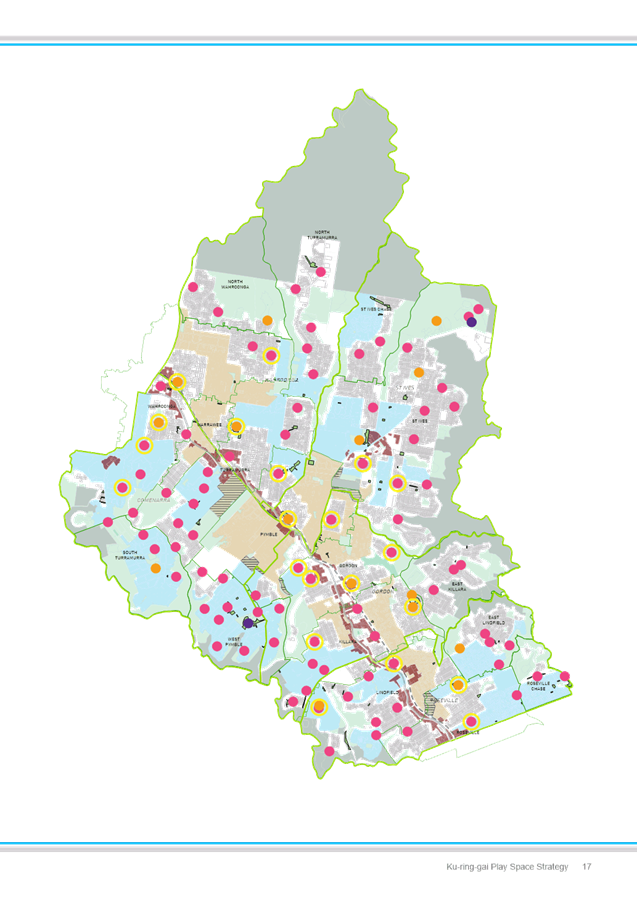




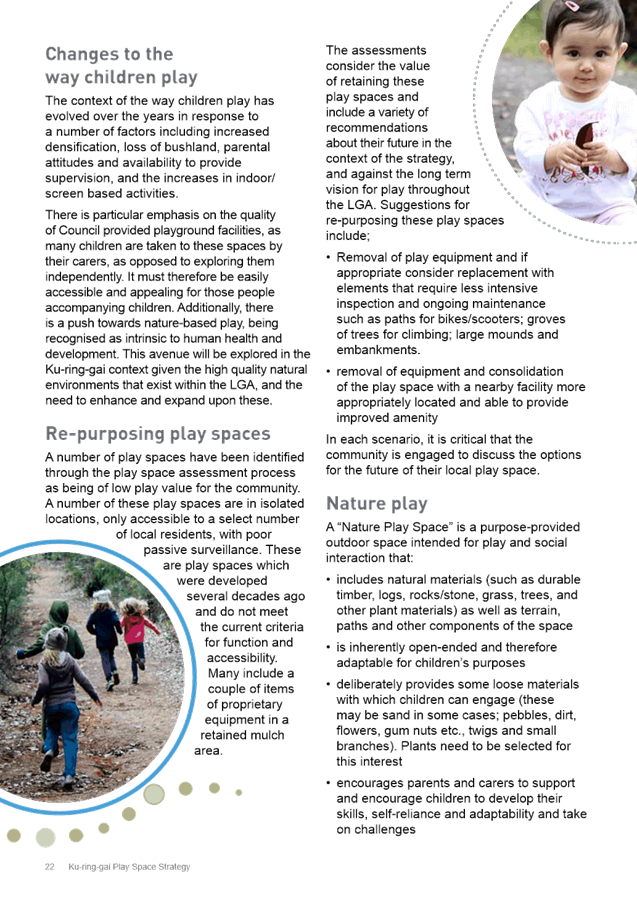
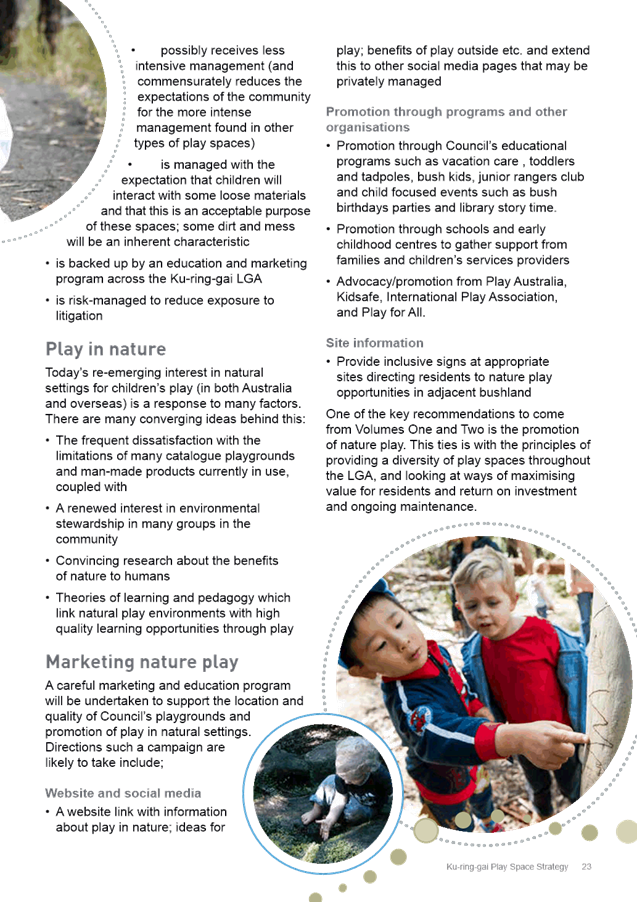
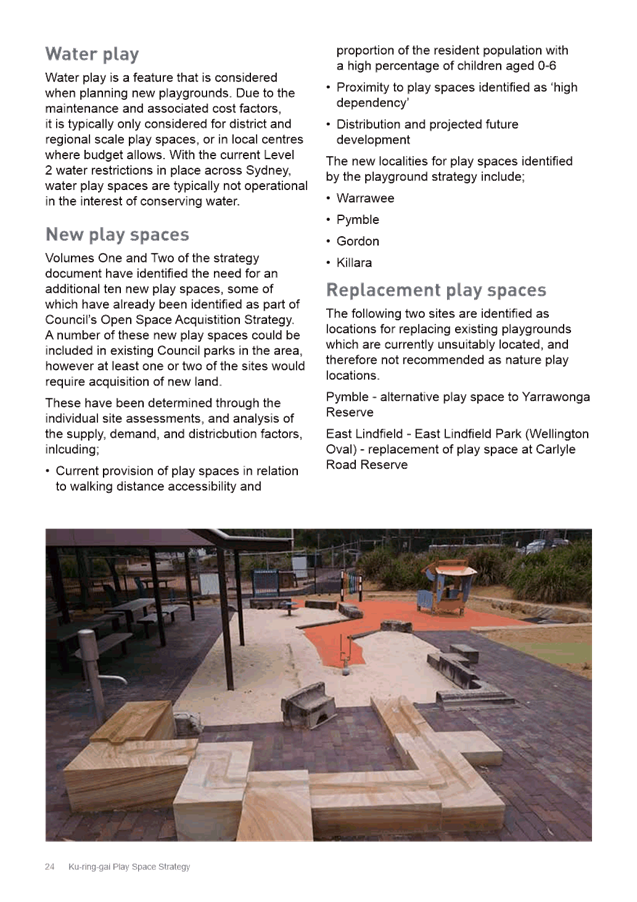


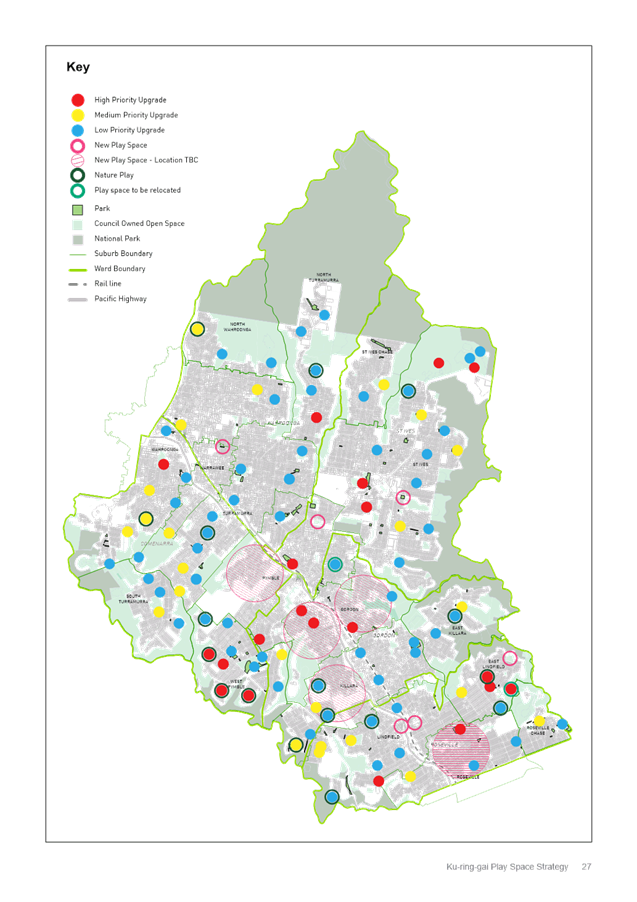
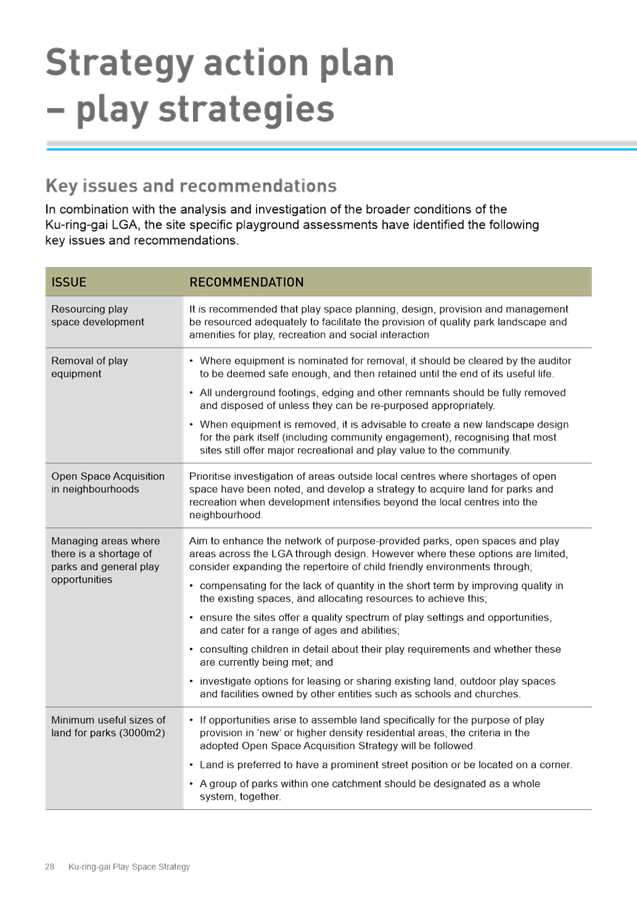
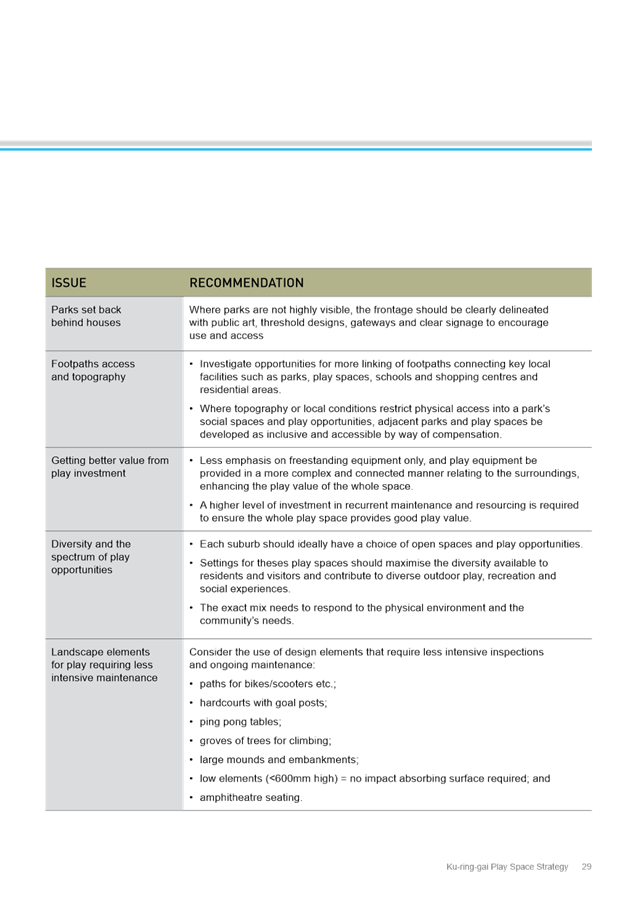

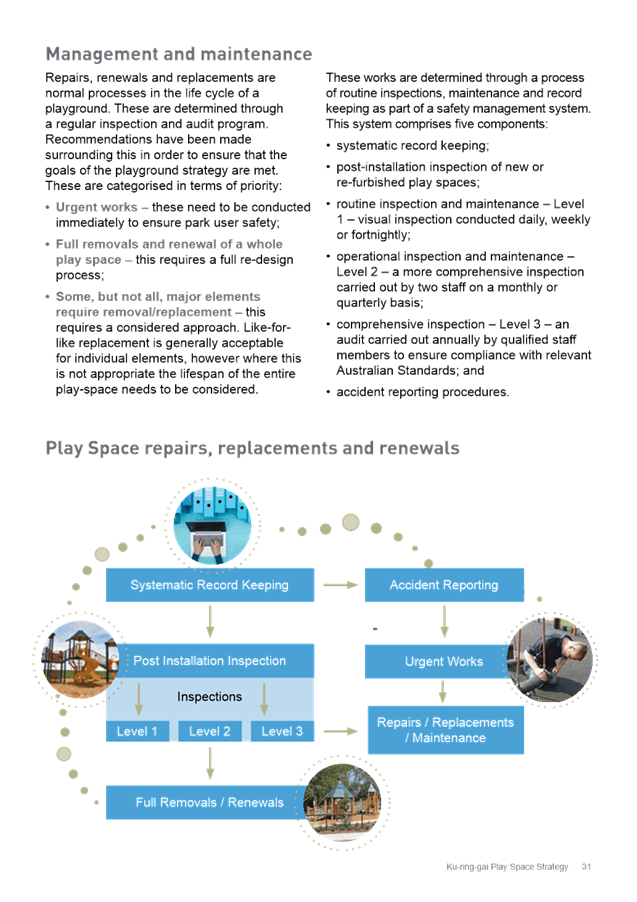

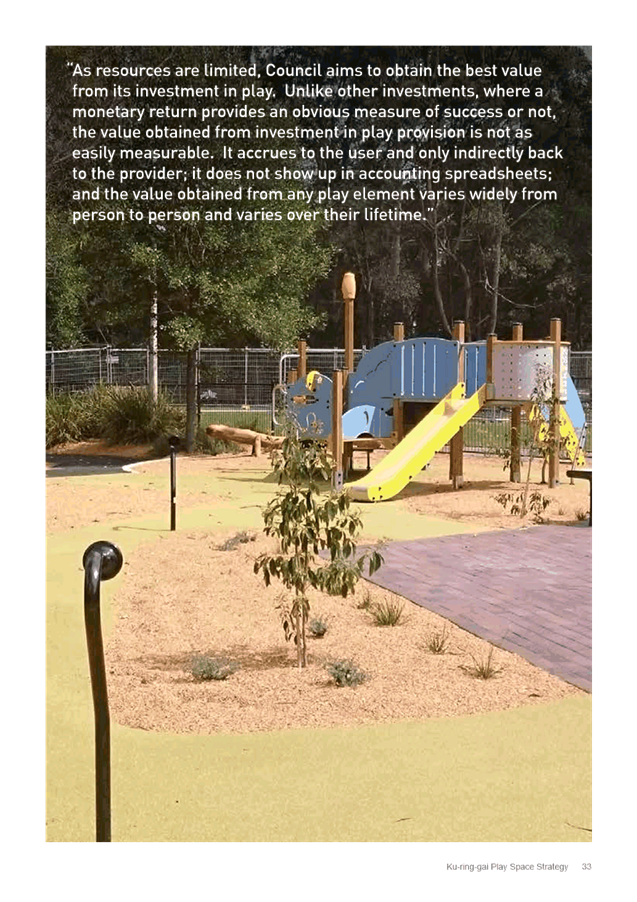

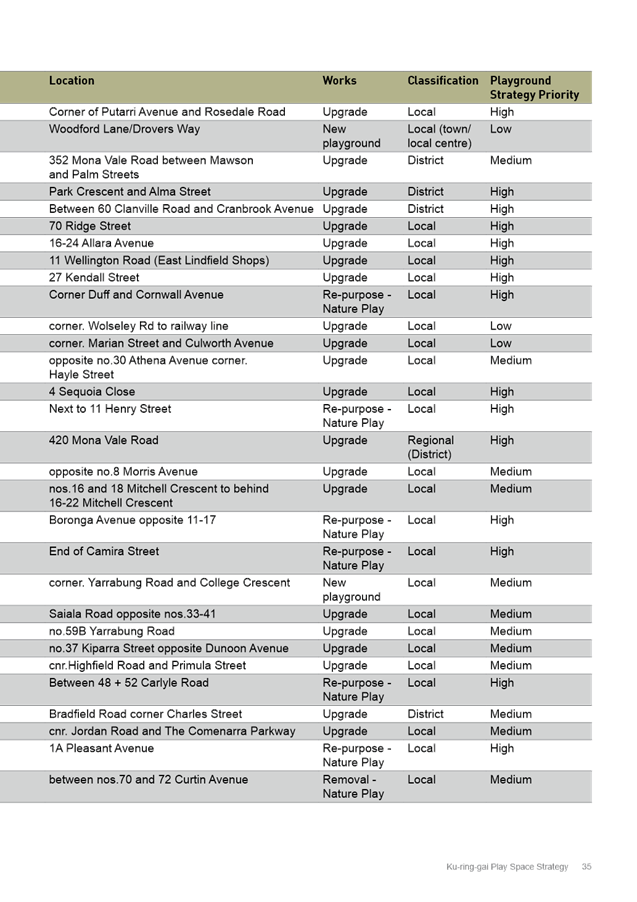
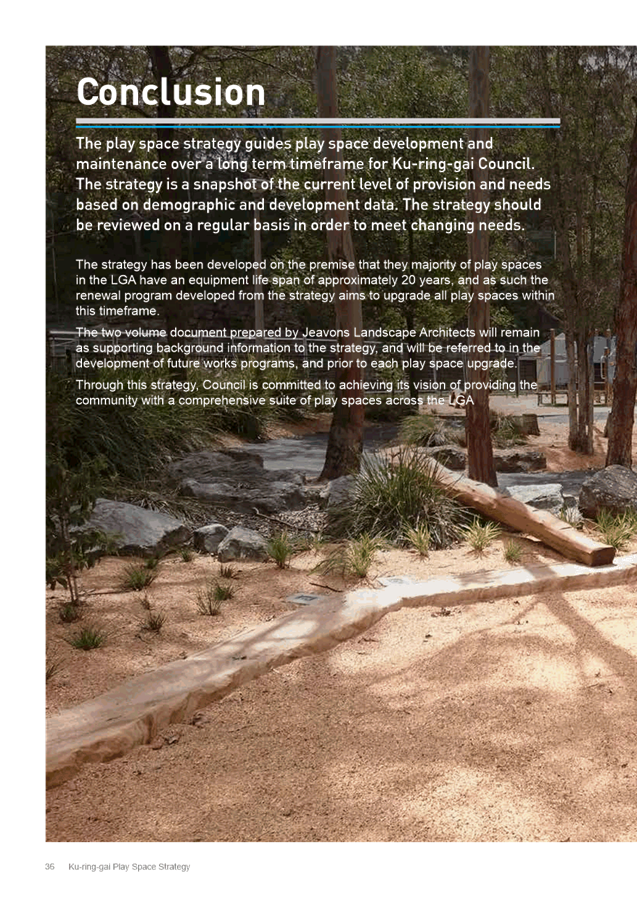

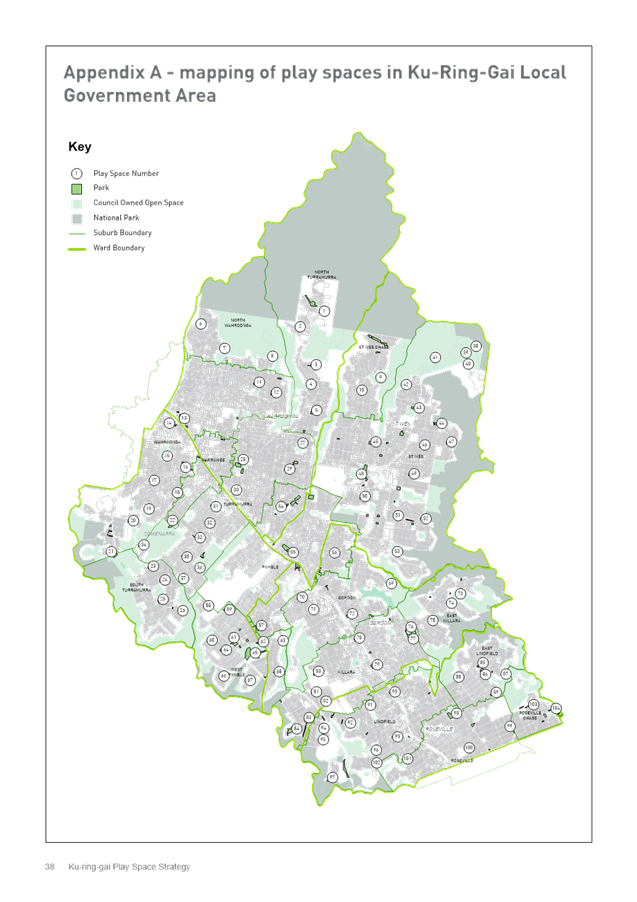
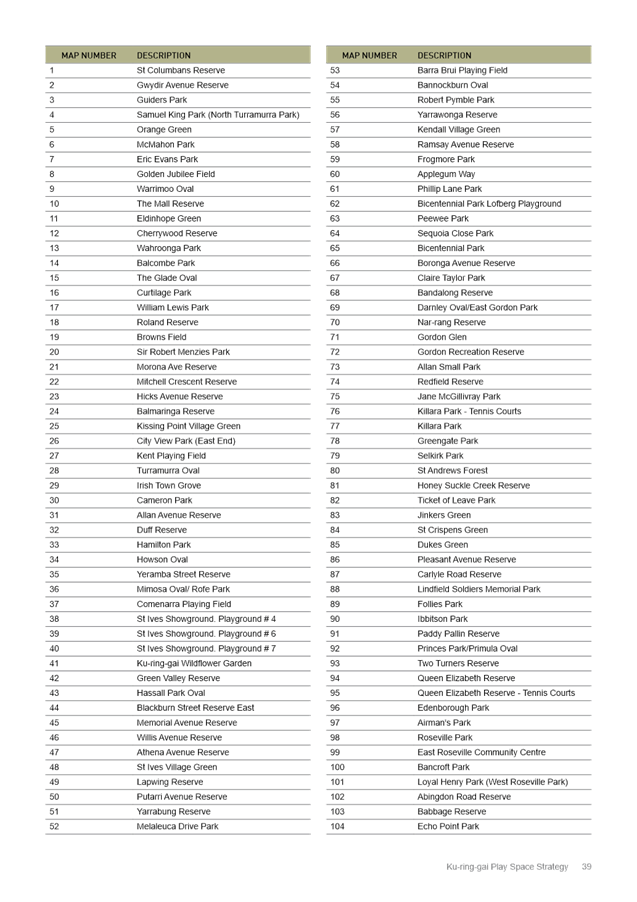
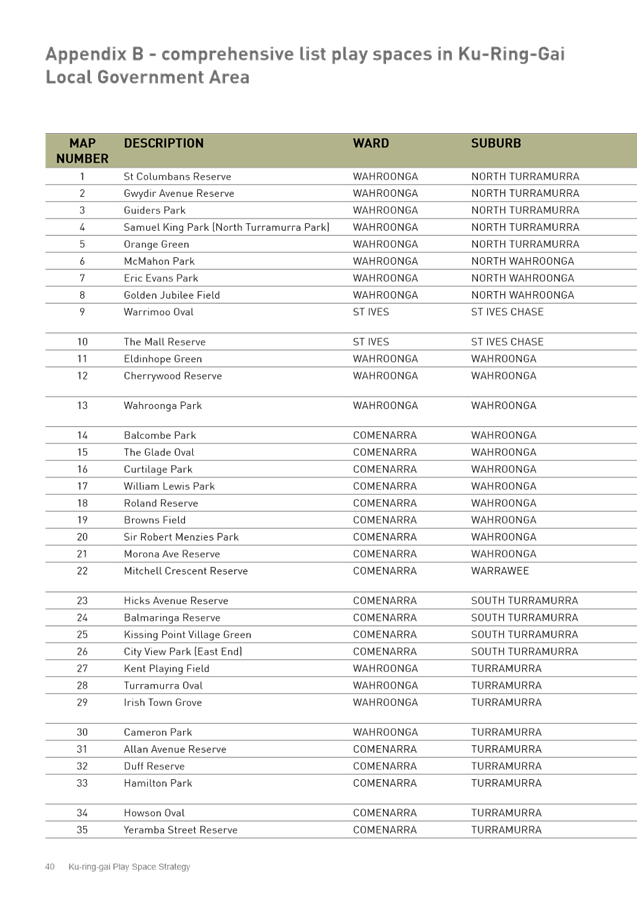
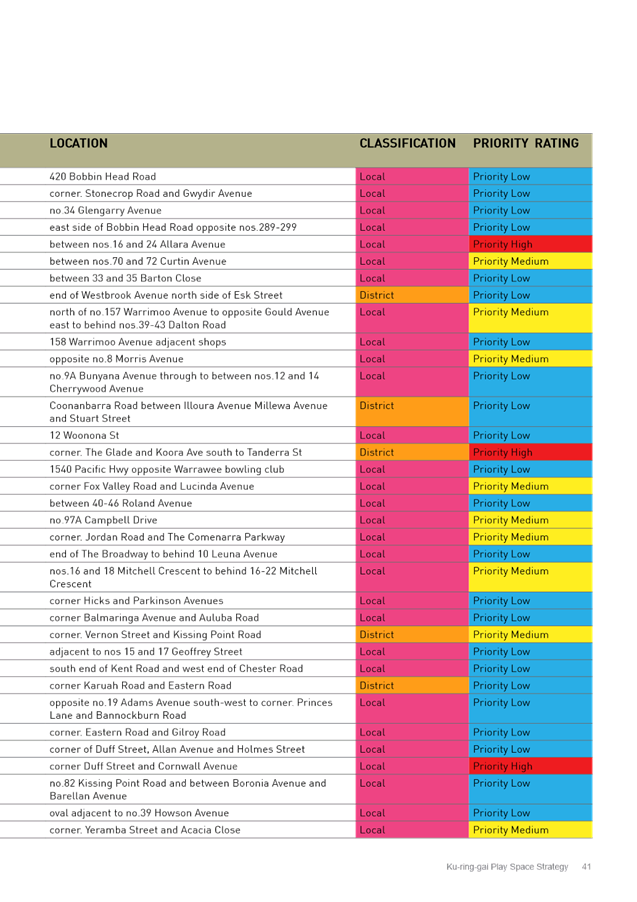

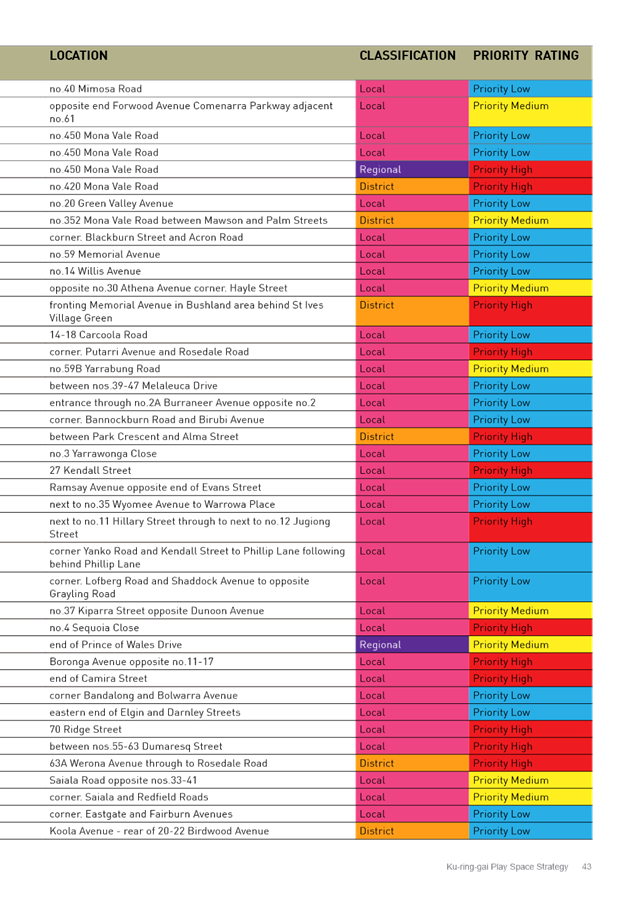

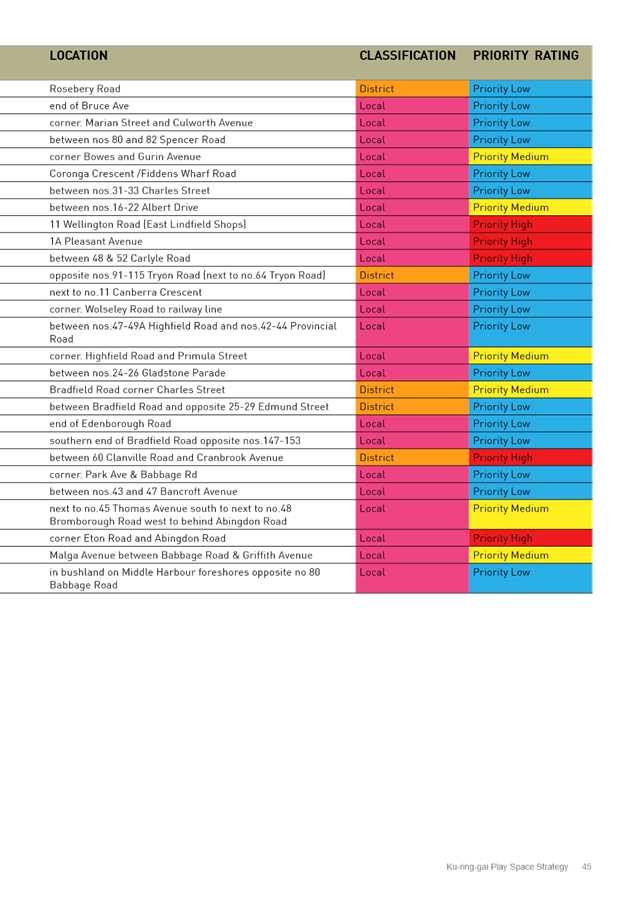
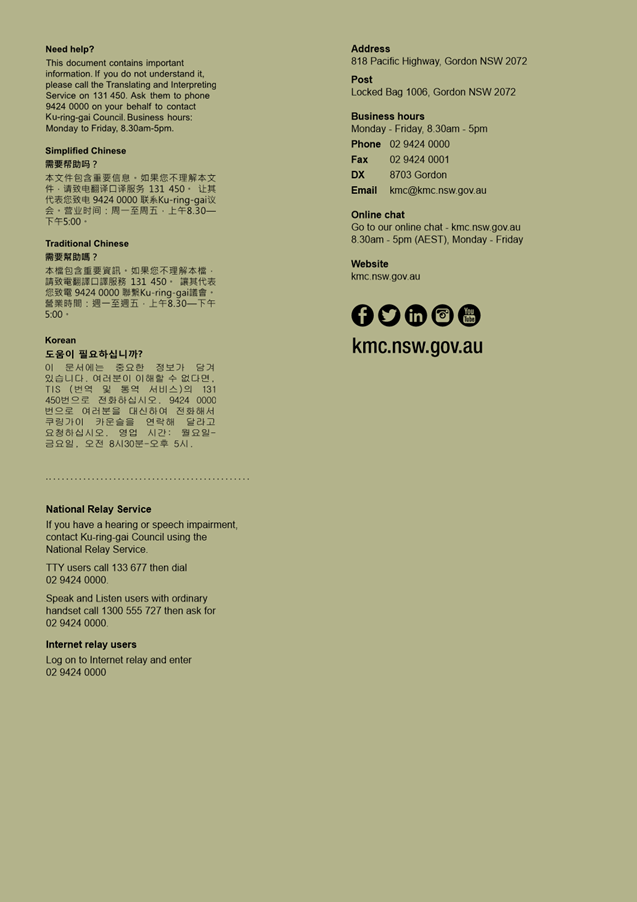
|
Ordinary
Meeting of Council - 28 April 2020
|
GB.2 / 114
|
|
|
|
|
Item
GB.2
|
FY00382/12
|
|
|
17 December 2019
|
Draft Revised Delivery Program 2018-2021
and Draft Operational Plan 2020-2021
EXECUTIVE
SUMMARY
|
purpose of report:
|
To place Council's draft Revised Delivery Program
2018-2021 and draft Operational Plan 2020-2021, incorporating the Budget,
Capital Works Program, Statement of Revenue Policy and Fees and Charges for
2020-2021, on public exhibition.
|
|
|
|
|
background:
|
Under the Local Government Act
Council is required to have an annual Operational Plan adopted before the
beginning of each financial year, and to review its adopted Delivery Program
each year, when preparing the Plan.
|
|
|
|
|
comments:
|
The Operational Plan has been developed to facilitate
the delivery of this Council’s term achievements, containe d in its
revised Delivery Program 2018–2021, while maintaining the key themes
and any activities not yet completed. The Plan
contains the services, projects and tasks to be undertaken by Council during
the year, supported by an annual budget and works programs.
|
|
|
|
|
recommendation:
|
That the draft
Revised Delivery Program 2018-2021, and draft Operational Plan 2020-2021,
incorporating the Budget, Capital Works Program, Statement of Revenue Policy
and Fees and Charges for 2020-2021, be endorsed and placed on public
exhibition and that following public exhibition, a
further report be submitted to Council for the consideration of submissions
and adoption of the revised Delivery Program 2018-2021 and Operational Plan
2020-2021, including Fees and Charges.
That Council
authorises new loan borrowing of $11.3 million for the St Ives Indoor sports
complex to be repaid from future asset sales.
|
Purpose of Report
To place Council's draft Revised Delivery Program 2018-2021
and draft Operational Plan 2020-2021, incorporating the Budget, Capital Works
Program, Statement of Revenue Policy and Fees and Charges for 2020-2021, on
public exhibition.
Background
In 2018 Council adopted a new suite of strategic plans that
form the Integrated Planning and Reporting (IP&R) framework under the Local
Government Act, 1993. These documents include:
· Community
Strategic Plan - Our Ku-ring-gai 2038;
· Delivery Program
& Operational Plan; and
· Resourcing
Strategy.
The Integrated Planning and Reporting requirements of the
Local Government Act require Council to have an annual Operational Plan adopted
before the beginning of each financial year, including details of
Council’s activities to be undertaken that year, as part of the Delivery
Program.
Council is also required to review its adopted Delivery
Program each year, when preparing its Operational Plan. Once endorsed by Council the combined program and plan must be placed on
public exhibition for a minimum period of twenty-eight (28) days to allow for
community feedback.
The development of the revised Delivery Program and
Operational Plan has been informed by the community’s long term
objectives contained in the Community Strategic Plan, Council policies and
strategies, prioritisation of capital works projects, service delivery requirements,
income from external sources and fees and charges.
Comments
Attachment A1 provides a copy of the draft Revised Delivery Program
2018-2021 and draft Operational Plan 2020-2021 incorporating the Budget,
Capital Works Program and Statement of Revenue Policy.
Attachment A2 provides a copy of the draft Fees and Charges for
2020-2021, which is exhibited in a separate document.
The combined Delivery Program and
Operational Plan contains Council’s term
achievements for 2018 – 2021 along with an annual Operational Plan which
details the services, projects and actions to be undertaken by Council during
the third year of the Delivery Program. It has
been developed to mirror the six (6) themes contained in the Community
Strategic Plan and includes:
· Community, People and Culture
· Natural Environment
· Places, Spaces and Infrastructure
· Access, Traffic and Transport
· Local Economy and Employment
· Leadership and Governance
Preparation of the combined
document included:
· A review of Council’s three year term achievements
with no changes proposed;
· preparation of one year tasks representing Council’s
services, identified major capital projects, a capital works program, operational
projects and one off actions proposed for the year;
· implementation actions for Council policies and strategies
as well as regional and state government strategies and legislation;
· a review of performance measures, established base line
data and targets;
Organisational
performance will be measured through the achievement of the one year tasks as
well as performance indicators under each theme, developed to provide both
qualitative and quantitative information back to the community.
integrated planning and reporting
Leadership
and Governance
|
Community Strategic Plan Long Term Objective
|
Delivery Program
Term Achievement
|
Operational Plan
Task
|
|
L1.1 – A shared long term vision for Ku-ring-gai
underpins strategic collaboration, policy development and community
engagement.
|
L1.1.1 – The priorities of our community are
reflected in the Ku-ring-gai Community Strategic Plan and inform
Council’s policy development, decision-making and program delivery.
|
L1.1.1.2 - Prepare Integrated Planning and Reporting
documents including the Delivery Program, Operational Plan and Resourcing
Strategy.
|
Governance Matters
Under the NSW Local Government Act and associated Integrated
Planning & Reporting guidelines Council is required to prepare, exhibit and
adopt a revised Delivery Program and new Operational Plan before 30 June 2020. The document must be placed on public exhibition
for a minimum period of twenty-eight (28) days to allow for community
feedback. Following exhibition a report on submissions and any proposed
changes will be presented back to Council’s Ordinary Meeting of 30 June,
2020.
Risk Management
Council has a statutory obligation to review its Delivery
Program and prepare an Operational Plan, and for them to be placed on public
exhibition, for community feedback to be considered, and for the plans to be
adopted by 30 June 2020.
The draft Delivery Program 2018-2021 and draft Operational
Plan 2020-2021 must be informed by the Community Strategic Plan and follow the
requirements of the Local Government Act, 1993.
Financial Considerations
Preparation of the Delivery
Program and Operational Plan was substantially completed before the
current measures were introduced to slow the COVID-19 virus by state and
federal governments. Implications of those measures on Council’s program
for next year will continue to be assessed over the coming months and are
likely to be significant, with estimates of a possible impact in the order of
$6m assuming the current social isolation measures remain in place for six
months. Further information on any implications and the need for
amendments to the program and plan will be the subject of further reports to
Council.
Ku-ring-gai Council is in a sound financial position.
Operating surpluses are important as they provide funding for capital works,
and the 2020/21 budget provides for an operating surplus of $26 million after
allowing for the depreciation expense on Council’s $1.418 billion
portfolio of largely depreciable assets such as roads, footpaths, drains and
buildings. If capital grants and contributions are excluded, the operating
result remains in surplus, with a result of $12.8 million. This is
consistent with Council’s Long Term Financial Plan which provides a
framework to achieve continued operating surpluses.


The Operating Surplus contributes to Council’s capital
works program. In 2020/21 the capital works program is $102 million. Details of
the capital works program for 2020/21 can be found in the following pages.

Council’s Long Term Financial Plan and budget ensures
that Council maintains adequate liquidity. This is demonstrated by the
Unrestricted Current Ratio, for which the industry benchmark of greater than
1.5:1 is considered to be “Satisfactory” and greater than 2:1 to be
“Good”. Council’s budget maintains a “Good”
Unrestricted Current Ratio that is greater than 2:1.
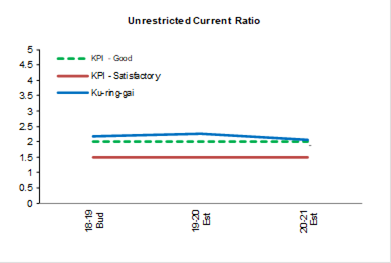
Council’s 2020/21 budget provides for loan capital
repayment of $397k. The outstanding loan is discharged by revenue from general
funds provided by the future net revenue generated from leasing out the
investment property at 828 Pacific Highway, Gordon.
A new two-year loan is also proposed to fund Council’s
contribution to the new St Ives Indoor Sport Court facility (a total of $11.3
million for 2020/21 -2021/22). This loan will be repaid from proposed asset
sales in 2022. Further information on this project is provided below.
The chart below reflects the additional loan as part of the
outstanding loan balance for 2020/2021
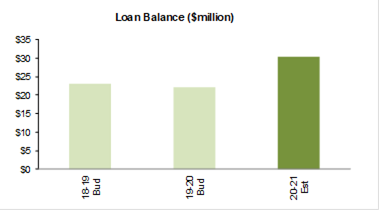
Council’s proposed budget assumes that proceeds from
asset sales will add $6.1 million to its capital income budget in 2020/21.
These funds will be used to partly fund the infrastructure assets renewal
program ($1.1 million) and the refurbishment of Marian Street Theatre ($5
million). Further information on this project is provided below.

Marian Street Theatre
The proposed capital budget for refurbishment of the Marian
Street Theatre is estimated at $16.2 million phased over two years funded from
the following sources: asset sales $14.8 million, general revenue $1.4 million
. This is an increase of $5.7 million from the approved budget of $10.5
million. There is a separate report on the Marian Street project in this
business paper.
The chart below shows the budget phasing and the funding
sources proposed. It must be noted that a budget allocation has been approved
by Council for the current financial year (2019/20) for commencement of tender
documentation and design services. For 2021/22 a total of $5 million is
allocated to the project.

St Ives Indoor Sport Complex – Joint use indoor
sports facility
The proposed capital budget for the construction of the new
indoor sport facility at St Ives High School is estimated at $17.4 million
phased over two years from a combination of funding sources: grants $3.5
million, general revenue $2.6 million, loan $11.3 million, asset sales
$0.2 million.
Council has resolved to spend significant funds on the
design and DA for the facility and to meet the proposed timeframe for
construction the planned funding from assets sales is not likely to be
available in time. As such, a short-term loan of $11.3 million during
2020/21 and 2021/22 is proposed to fund Council’s contribution to the new
St Ives Indoor Sport Court facility. This loan is assumed to be repaid from
proposed asset sales by the end of 2022.
The chart below shows the budget phasing and the funding
sources proposed. It must be noted that a budget allocation has been approved
by Council for the current financial year (2019/20) for commencement of tender
documentation and design services. For 2021/22 a total of $8.6 million is
allocated to the project.

Council collects S7.11 (former S 94) contributions from
developers to help pay for new infrastructure and facilities for the growing
population of the area. Some of the works to be undertaken in the Contributions
plan cater for the existing population and these works require a
co-contribution from Council’s general funds. Some contributions will
also be derived from development partners for the major local centre projects.
The amount of works programmed to be undertaken over the next year are shown
below (S7.11 $56 million, Council Contribution $2.3 million from asset sales
reserve).
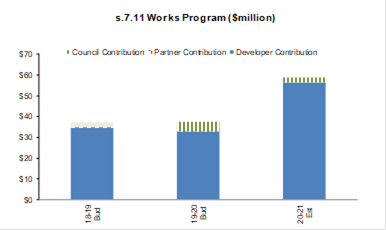
Council’s total Rates income is ‘pegged’
by the State Government and approval must be obtained for increases above this
amount (known as Special Rates Variations).
In the 2020/21 budget the projected Rates income is $67.8
million. This amount includes the permanent existing Special Rates Variations
for Infrastructure and the Environmental Levy.
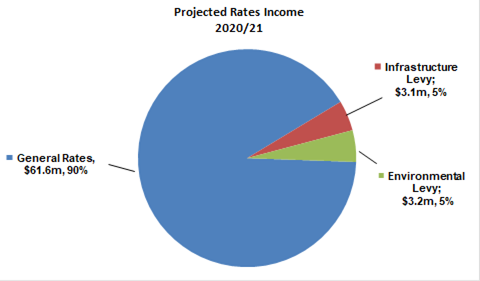
A summary of
Council’s Funding Statement showing the draft budget for 2020/21 and
prior years is provided below:
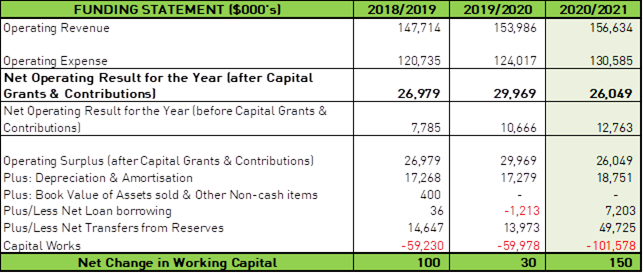
Financial
Challenges
While Council is in a sound financial position, it faces a
number of challenges to achieve long term financial sustainability.
Council is relying on asset recycling (the sale of
underutilised property) to fund new major capital projects, co-funding for
projects funded from developer contributions and for renewing existing
assets. Progress on selling assets has been slower than expected and
further, approval for the rezoning of two significant properties earmarked for
sale (bowling clubs) at the zoning requested has not been forthcoming.
Rather, Council has recently been advised by the Department of Planning that
the rezoning process may only proceed at a zoning which would provide
significantly lower financial returns. Unless this is changed, future
additional asset sales will be required or alternate funding sources
identified, else projects will not be able to proceed.
Council is also embarking on town centre transformation
projects such as the Lindfield Village Hub and Lindfield Village Green.
These projects are very large compared to usual Council projects and are funded
by the contribution of Council land, developer contributions and other
funds. Due to the complex nature of the projects and the high value, they
necessarily expose Council to a high degree of financial risk.
Managing infrastructure assets is a major challenge for
Council, in particular providing enough funds to renew the existing assets in
the context of a desire to build new assets. Council’s long term
financial plan addresses the renewal of existing assets in terms of the core
condition rating, however contemporary expectations are higher than allowed for
in the Long Term Financial Plan (LTFP). Examples of this include the
desire for footpaths where there are currently none, and community buildings
that may be structurally sound but are no longer fit for purpose. These
buildings do not meet the functional requirements of modern society due to the
design, size, materials and layout. Other existing assets may also
require more renewal funding than currently planned, in particular the
stormwater drains network which is currently being inspected via camera analysis.
Early indications are that these drains may require additional renewal
works than is currently planned and funded.
Budget
principles
Council’s budget for 2020-2021 is developed using the
10 year LTFP. The LTFP principles and financial sustainability tests applied in
developing next year’s budget and future financial planning are outlined
in Council’s Resourcing Strategy. The draft 2020-2021 budget has
been developed to ensure that the LTFP financial targets are met and maintained
in the future.
Major assumptions of the
2020-21 budget include:
· CPI of 1.7%
applied;
· the Independent
Pricing and Regulatory Tribunal (IPART) approved rate pegging increase of 2.6%;
· no price increase
for domestic waste charges due to sufficient funding in the dwm reserve to
cover the 2020/21 cost increases;
· fees and charges
increased by an average of 2.1%;
· interest on
investments estimated at 2.5%;
· employee costs
increase of 3.3%;
· capital works and
operational projects program of $102 million; and
· Section 7.11
(Development Contributions) revenue of $13 million transferred to externally
restricted reserves and expenditure of $56.3 million from these reserves.
Rating
Structure 2020-2021
Each year the NSW Government approves a maximum percentage
increase in the total income a Council can receive from rates, known as the
‘rate-peg’. The rate peg for 2020-2021 has been determined by
IPART at 2.6% and this percentage increase has been applied to Council’s
rates.
Rates Structure including Rate Pegging increase of 2.6%
|
Type
|
Category
|
Rate in $
|
Min/Base
Amount ($)
|
% of
Revenue from Base for each rate
|
Yield $
|
|
Ordinary
|
Residential
|
0.00063039
|
$554.00
|
|
$32,199,462
|
|
Ordinary
|
Business
|
0.00339647
|
$554.00
|
|
$4,614,780
|
|
Special
|
Infrastructure
- Primary Rate
|
0.00028946
|
|
|
$12,870,698
|
|
Special
|
Infrastructure
- Primary Rate
|
|
$283.00
|
49.69%
|
$12,712,077
|
|
Special
|
Infrastructure
- Special Rate Variation
|
0.00003481
|
|
|
$1,547,895
|
|
Special
|
Infrastructure
- Special Rate Variation
|
|
$33.00
|
48.92%
|
$1,482,327
|
|
Special
|
Environmental
- Special Rate Variation
|
0.00007108
|
|
|
$3,160,525
|
The Ordinary General Residential
and Business Rates, plus the special ‘Infrastructure – Primary
Rate’ together represent the total notional rates income of Council
excluding the rates received from the two special rate variations. The above
rates structure divides this amount into the Ordinary Rates (59%) and
‘Infrastructure – Primary Rate’ (41%).
Under this rates structure,
Council will grant a voluntary pensioner rebate (in addition to the Statutory
Rebate) of 8.5% of the total Council rates and charges. This voluntary rebate
will apply to pensioners who are eligible for the Statutory Rebate.
Other Key
Charges
Council levies a domestic waste management charge and a
stormwater management charge. The domestic waste management charge varies
depending on the service selected, with a base service with green waste being
$455 pa. The stormwater management charge is $25 pa for a single
residential property and $12.50 pa for a strata residential property.
Fees
and charges schedule for 2020 - 2021
The draft Delivery Program and draft Operational Plan
includes a range of proposed increases to current fees and charges in
2020-2021. Underlying these is the draft pricing methodology in relation to
fees and charges which are not prescribed by legislation. The pricing
methodology seeks to ensure Council recovers its costs in delivering of
services, while also allowing for fees and charges to be discounted, where
appropriate, in recognition of Council’s community service obligations.
Council’s Fees and Charges have been increased where
appropriate. Fees that have not been subject to an annual increase include
Statutory and Regulatory Fees, Development Contributions and those where it was
not commercially viable to do so. Attachment A2 provides the 2020-2021 draft Fees and Charges
Schedule.
Social
Considerations
The draft Revised Delivery Program and draft Operational
Plan have been developed to progress, during this Council’s term, the
long term objectives contained in the Community Strategic Plan and achieve
social outcomes from Council’s term achievements.
Environmental Considerations
The draft Revised Delivery Program and draft Operational
Plan have been developed to progress, during this Council’s term, the
long term objectives contained in the Community Strategic Plan and achieve
environmental outcomes from Council’s term achievements.
Community Consultation
The draft Revised Delivery Program
and draft Operational Plan will be placed on public exhibition for a minimum
period of 28 days, and during this period input from the community will be
sought, considered and reported back to Council in June 2020.
It is the responsibility of Council to consider all
submissions made during the exhibition period, prior to adopting the Delivery
Program and Operational Plan.
Internal Consultation
Councillors have been briefed on
the budget parameters for 2020-2021. Consultation has taken place across
the organisation in preparation of the draft Revised Delivery Program and draft
Operational Plan, including preparation of the
budget and revenue policy, development of tasks and review of performance
measures.
Summary
In June 2018, Council adopted its three (3) year Delivery
Program and annual Operational Plan.
The adopted Delivery Program has been reviewed and a new
Operational Plan developed for 2020-2021 in accordance with the Local
Government Act. The Operational Plan is the second plan developed for
Council’s three year Delivery Program.
The development of the revised Delivery Program and
Operational Plan has been informed by the community’s long term
objectives contained in the Community Strategic Plan, Council policies and
strategies, prioritisation of capital works projects, service delivery
standards, income from external sources and fees and charges. As required
by legislation these documents must be placed on public exhibition for a
minimum period of twenty-eight (28) days to allow for community feedback.
It is recommended that the revised Delivery Program
2018-2021 and draft Operational Plan 2020-2021, incorporating the Budget, Capital
Works Program, Statement of Revenue and Fees and Charges for 2020-2021, be
placed on public exhibition for twenty-eight (28 days) and that following the
consultation a further report be brought back to Council.
|
Recommendation:
A. That
the report on Council’s draft Revised Delivery Program 2018-2021 and
draft Operational Plan 2020-2021, be received and noted.
B. That
Council authorises new loan borrowing of $11.3 million for the St Ives Indoor
sports complex to be repaid from future asset sales
C. That
pursuant to Sections 404 and 405 of the Local Government Act, 1993,
the draft Revised Delivery Program 2018-2021, and draft Operational Plan
2020-2021, incorporating the Budget, Capital Works Program, Statement of
Revenue Policy and Fees and Charges for 2020-2021 be endorsed and placed on
public exhibition for a minimum period of 28 days.
D. That
following public exhibition, a further report be submitted to Council to
consider any submissions and to adopt the draft Revised Delivery Program
2018-2021, and draft Operational Plan 2020-2021, including Fees and Charges
for 2020-2021.
|
|
Helen Lowndes
Integrated Planning Coordinator
|
Michael Wearne
Manager Governance and Corporate Strategy
|
|
Angela Apostol
Manager Finance
|
David Marshall
Director Corporate
|
|
Mette Kofoed
Strategic Management Accounant
|
|
|
Attachments:
|
A1 ⇨ ⇨
|
Revised
Delivery Program 2018-2021 and Operational Plan 2020-2021 - Draft April 2020
|
Excluded
|
|
|
|
A2 ⇨ ⇨
|
Draft
Fees & Charges 2020-2021 - Public
|
Excluded
|
2020/082801
|
|
Ordinary
Meeting of Council - 28 April 2020
|
GB.3 / 126
|
|
|
|
|
Item
GB.3
|
S11276
|
Revised Resourcing Strategy 2020 - 2030
EXECUTIVE
SUMMARY
|
purpose of report:
|
For Council to adopt the Revised
Resourcing Strategy 2020 – 2030 incorporating the Long Term Financial Plan,
Asset Management Strategy and Workforce Management Strategy.
|
|
|
|
|
background:
|
The current Resourcing
Strategy was adopted by Council in June 2018 as part of a new suite of
strategic plans for Ku-ring-gai that form the Integrated Planning and
Reporting Framework under the Local Government Act 1993 (the Act).
Under the Act Council must have a Resourcing Strategy
adopted which supports the Community Strategic Plan and the Delivery Program,
and to review the Resourcing Strategy each year as part of the review of its
Delivery Program.
|
|
|
|
|
comments:
|
The revised Resourcing Strategy
includes the components of the Long Term Financial Plan, Asset Management
Strategy and the Workforce Plan. These components are integrated and need to
be revised annually to incorporate updated asset and financial information.
Revisions to the components of the Resourcing Strategy
reflect updated expenditure figures, changes to
figures in our asset registers, progression of works in the Asset
Management Improvement Plan and updated workforce planning statistics.
|
|
|
|
|
recommendation:
|
That Council adopt the Revised Resourcing Strategy 2020
– 2030 incorporating the Long Term Financial Plan, Asset Management Strategy
and Workforce Management Strategy.
|
Purpose of Report
For Council to adopt the Revised
Resourcing Strategy 2020 – 2030 incorporating the Long Term Financial
Plan, Asset Management Strategy and Workforce Management Strategy.
Background
In June 2018, Council adopted a new suite of documents that
form the Integrated Planning and Reporting (IP&R) framework. These
documents included:
· Community Strategic Plan – Our
Ku-ring-gai 2038;
· Delivery Program & Operational
Plan; and
· Resourcing Strategy.
These plans are developed
concurrently with the other plans of the IP&R framework.
The Resourcing Strategy is the
link between the long-term Community Strategic Plan and the medium-term
Delivery Program and details how the strategic aspirations of Ku-ring-gai can
be achieved in terms of time, money, people and assets. The Resourcing
Strategy is comprised of the following components:
· 10-year Long-term Financial Plan;
· 10-year Asset Management Strategy;
and
· 10-year Workforce Management
Strategy
The Resourcing Strategy is
designed to be a living document to reflect changing financial and asset
information. Initiatives within the Resourcing Strategy are reviewed
annually to ensure relevance in the changing environment and to respond to any
changes in Council’s Delivery Program.
Comments
The review of the Resourcing Strategy was substantially
completed before the current measures were introduced to slow the COVID-19
virus by state and federal governments. Implications of those measures on
Council’s program for next year will continue to be assessed over the
coming months and are likely to be significant, with estimates of a possible
impact in the order of $6m assuming the current social isolation measures
remain in place for six months. Potential long-term implications will
continue to be assessed over the coming months. Further information on
any implications and the need for future amendments to the Resourcing Strategy
will be the subject of further reports to Council.
A copy of the Revised Resourcing
Strategy 2020-2030 is attached in four parts:
Attachment A1 – Introduction
Attachment A2 - Long Term Financial Plan
Attachment A3 - Asset Management Strategy
Attachment A4 - Workforce Management Strategy.
Long-Term
Financial Plan (LTFP)
The Long Term Financial Plan
(LTFP) is Council’s 10 year financial planning document with an emphasis
on long-term financial sustainability. Financial sustainability is one of the
key issues facing local government due to several contributing factors
including cost shifting from other levels of government, ageing infrastructure
and constraints on revenue growth. A financially sustainable Council is
one that has the ability to fund on-going service delivery and renew and replace
assets without imposing excessive debt or rate increases on future generations.
This is an important document,
which tests the community aspirations and goals against financial realities.
Contained in this plan are:
· projected income and expenditure, balance sheet and
cash-flow statements;
· assumptions used to develop the plan;
· sensitivity
analysis – highlight factors most likely to affect the plan;
· financial
modelling for different scenarios;
· methods of monitoring financial performance.
Balancing expectations,
uncertainty of future revenue and expenditure forecasts is one of the most
challenging aspects of the financial planning process. As such, the longer the
planning horizon, the more general the plan will be in the later years.
The LTFP has been revised to
present the most current estimates and project scopes.
Asset
Management Strategy (AMS)
The Asset Management Strategy
includes the following:
· Asset Management Policy; and
· Asset Management Strategy.
The Asset Management Policy sets
out principles, requirements and responsibilities for
implementing consistent asset management
processes throughout Council. It also ensures that Council, as the custodian of
public infrastructure, has mechanisms in place to deliver infrastructure
services in the most effective manner.
The AMS establishes the current
condition and value of all assets; the preferred condition and level of service
of all assets; and the systems, resources, processes and financing options to
achieve the preferred condition and level of service.
The AMS is supported by Asset
Management Plans for each asset class which are regularly reviewed. Together,
these documents and our processes, data and systems (including asset registers
and technical databases) make up Council’s Asset Management Framework.
The AMS has been revised to align
with Councils updated Long Term Financial Plan. The capital expenditure figures
and the required renewal costs have been included in the AMS to establish
Council’s funding gap for infrastructure assets.
The Asset Management Improvement
Plan, which is included in the AMS, has also been updated to reflect
progression and allocate responsibilities.
Workforce
Management Strategy (WMS)
The Workforce Management Strategy establishes
a framework for building the capability of our workforce to provide Council
with the people best able to inform its strategic direction, develop innovative
approaches to complex issues, and deliver appropriate services effectively and
efficiently. The WMS provides a link between service and strategic
objectives and associated workforce implications and also spans 10 years.
The WMS has been revised to
reflect current workforce statistics.
integrated planning and reporting
Leadership and Governance
|
Community Strategic
Plan Long Term Objective
|
Delivery Program
Term Achievement
|
Operational Plan
Task
|
|
L1.1 – A shared long term vision for Ku-ring-gai
underpins strategic collaboration, policy development and community
engagement.
|
L1.1.1 – The priorities of our community are
reflected in the Ku-ring-gai Community Strategic Plan and inform
Council’s policy development, decision-making and program delivery.
|
L1.1.1.2 - Prepare Integrated Planning and Reporting
documents and complete all statutory reporting required under the Local
Government Act 1993 and Integrated Planning and Reporting Framework.
|
Governance Matters
Section 403 of the Local Government Act, 1993, requires that
Council has a long term Resourcing Strategy for the provision of the resources
required to implement the strategies established in its Community Strategic
Plan. The Resourcing Strategy includes long term financial planning, asset
management planning and workforce management.
The Integrated Planning and Reporting guidelines
under Section 406 of the Local Government Act, 1993, requires Council to
review the strategy each year as part of its review of the Delivery
Program.
The Local Government Code of Accounting Practice and
Financial Reporting requires Council to report, in the annual financial
statements, the condition of Council’s assets.
Risk Management
Council has a
statutory obligation to prepare and adopt a Resourcing Strategy at the
beginning of its term, and to review the strategy each year.
Risk management is a significant part of the development of
the Resourcing Strategy and the identified risks are included in each component
document.
Financial Considerations
Council’s LTFP quantifies the cost of Council’s
services and capital expenditure for the next 10 years.
A portfolio of all project
proposals has been developed, including estimates of costs and funding sources
to determine current and future funding requirements. This project
portfolio has been linked to the LTFP.
The plan contains a series of
assumptions. Year 1 of the LTFP – 2020/21 is the draft budget for the
next financial year and is based on Council’s current revised
budget. Years two (2) to ten (10) are calculated by extrapolating the
budgets across each of the remaining years using these assumptions and known
changes.
Council’s Asset Management Strategy (AMS) is being
progressively developed to identify the level of funding required to adequately
maintain community assets and the most effective way of applying funds to
ensure these assets continue to provide the level of service the community
expects from them.
The LTFP has incorporated a principle of applying any
otherwise surplus funding in future years to closing the asset renewal gap as a
priority. Council continues to follow the principles of its adopted “Road
to Sustainability” funding strategy. This strategy looks to address
the infrastructure backlog and invest additional funding in infrastructure
renewal as a priority. The Road to Sustainability identifies additional
funding from a Horizontal Service Review (originally adopted in 2018) - a
combination of additional operating revenue and decrease in operating
expenditure, along with Asset Recycling (the divestment of underutilised
assets).
Two scenarios have been developed :
Scenario 1 - Base Case
Scenario with additional funding for Infrastructure
The base scenario of the LTFP
shows the financial results of delivering the current level of service as per
the 2020/21 budget expanded out over 10 years and adjusted by various price
forecast indexes as detailed in the financial assumptions section of this
document.
The adopted principle under this
scenario is that $52 million of funds will be diverted towards Council’s
assets renewal as a priority, from a combination of asset sales and horizontal
service review initiatives. This scenario is sustainable according to the
recognised financial sustainability measures and aligns with Councils current
funding strategy described earlier in the report.
In addition to the standard
renewal expenditure, approximately $18 million per year on average will also be
allocated in maintenance as required by the Asset Management Strategy.
Additional funding will also have a positive impact on Council’s
infrastructure backlog, with a reduction in backlog of $23 million by 2023/24,
meeting and overachieving the current industry benchmark for the backlog ratio.
In addition, the funds will significantly reduce the cost to agreed level of
service identified by the community. As per the current plan the cost to agreed
level will be fully addressed after 2029/30.
Scenario 2 - Scenario with
reduced funding for Infrastructure
The current scenario assumes
reduced funding for infrastructure. Funding of $52 million originally
identified through the Horizontal Service Review and Divestment of assets
(proceeds from assets sale) may not eventuate resulting in significantly
reduced funding and deterioration of the state of Council’s assets in the
long term. Most financial sustainability indicators will be negatively impacted
due to reduced revenue.
This scenario in the LTFP shows the
financial results (impact on key indicators) of delivering the current level of
service as per the forecast 2020/21 budget expanded out over 10 years with
reduced funding for infrastructure. This scenario is not Council’s
preferred one and is not considered sustainable.
Highlights
and significant changes to the Long Term Financial Plan
The following LTFP highlights are
based on Council’s preferred scenario from above, where the additional
funding for infrastructure is addressed as a priority.
· A recurrent operating surplus before capital income and
asset sales is achieved in all years to fund capital works.
· All Fit for the Future KPIs are met during the life of this
Plan.
· Additional funds (above the standard renewal program) of
$52 million over 10 years identified through the “Road to Sustainability”
funding strategy to be redirected to infrastructure assets renewal from 2020/21
onwards contributing to closing the infrastructure backlog (cost to
satisfactory) within the term of this financial plan.
· “Road to Sustainability” funding strategy identifies additional funding from the
following initiatives and sources:
o Horizontal
service review - a combination of additional operating revenue and decreases in
operating expenditure.
· Asset Recycling
(the divestment of underutilised assets).
· Property Development Reserve - Council has established a
Property Development Reserve in the Long Term Financial Plan of $45 million,
accumulated from the proceeds of asset sales. This reserve is created to ensure
that Council has sufficient funds in reserve as a contingency for the financial
risks of development for town centre revitalisation projects.
· A total of $206 million will be allocated to asset
maintenance over 10 years, $257 million to asset renewals and $163 million
(excluding Local Centre Major Projects) to build new or upgrade existing
assets.
· Continuation of a permanent special rate variation for
environmental programs and works (Environmental levy) of $3.2 million in
2020/21 and growing in future years.
· Maintaining a working capital target of $5 million in
2020/21, this is maintained at 5.5% of operating expenses (excluding
depreciation).
· S94 Contributions Plan Projects totalling expenditure from
S94 reserves of $323 million over 10 years. These works are included in the
Plan on the proviso that future asset sales will be made to fund the estimated
funding gap of projects that require a co-contribution from Council. ($14.7
million over 10 years).
· Delivery of a total capital works and other major projects
program over 10 years totalling almost $680 million (at future prices). Some
significant projects included in this and delivered within the next 10 years
are:
o Implementation of Koola Park Master Plan
o Implementation of St Ives Village Green Master Plan
o Lindfield Village Green
o Lindfield Village Hub
o Turramurra Community Hub
o Construction of St Ives Showground Regional Play Space
o Marian Street Theatre, Marian Street, Killara –
refurbishment of Marian street theatre.
o Joint use indoor sports facility - St Ives Indoor Sports
Complex, St Ives High School, Horace Road, St Ives
o Gordon Recreation Area – Masterplan Implementation
o Local Centre Public Domain Improvements
o Council Chambers Upgrade
The full list of capital and operating projects proposed for
the next year is provided in the Delivery Program 2018-2021 and Operational
Plan 2019 -2020.
Financial
Challenges
While Council is in a sound financial position, it faces a
number of challenges to achieve long term financial sustainability.
Council is relying on asset recycling (the sale of
underutilised property) to fund new major capital projects, co-funding for
projects funded from developer contributions and for renewing existing
assets. Progress on selling assets has been slower than expected and further,
approval for the rezoning of two significant properties earmarked for sale
(bowling clubs) at the zoning requested has not been forthcoming. Rather,
Council has recently been advised by the Department of Planning that the
rezoning process may only proceed at a zoning which would provide significantly
lower financial returns. Unless this is changed, future additional asset
sales will be required or alternate funding sources identified, else projects
will not be able to proceed.
Council is also embarking on town centre transformation
projects such as the Lindfield Village Hub and Lindfield Village Green.
These projects are very large compared to usual Council projects and are funded
by the contribution of Council land, developer contributions and other
funds. Due to the complex nature of the projects and the high value, they
necessarily expose Council to a high degree of financial risk.
Managing infrastructure assets is a major challenge for
Council, in particular providing enough funds to renew the existing assets in
the context of a desire to build new assets. Council’s long term
financial plan addresses the renewal of existing assets in terms of the core
condition rating, however contemporary expectations are higher than allowed for
in the Long Term Financial Plan (LTFP). Examples of this include the
desire for footpaths where there are currently none, and community buildings
that may be structurally sound but are no longer fit for purpose. These
buildings do not meet the functional requirements of modern society due to the
design, size, materials and layout. Other existing assets may also
require more renewal funding than currently planned, in particular the
stormwater drains network which is currently being inspected via camera analysis.
Early indications are that these drains may require additional renewal works
than is currently planned and funded.
Social Considerations
The Resourcing Strategy has been developed to implement
strategies to achieve the long-term social objectives established in
Ku-ring-gai’s Community Strategic Plan – Our Ku-ring-gai 2038.
Environmental Considerations
The Resourcing Strategy has been developed to implement
strategies to achieve the long-term environmental objectives established in
Ku-ring-gai’s Community Strategic Plan – Our Ku-ring-gai 2038.
Community Consultation
Extensive community engagement was
undertaken by Council as part of the preparation and exhibition of the IP&R
suite of plans, adopted by Council in 2018. This included the Resourcing Strategy.
No further consultation is required for the review of the Strategy.
Internal Consultation
Councillors have been briefed on
any changes to financial and budget parameters as part of the review of the
Delivery Program and preparation of the Operational Plan, reported separately
to this meeting. Consultation has taken place with relevant departments
in the review of the Strategy.
Summary
The revised Resourcing Strategy
includes the components of the Long Term Financial Plan, Asset Management Strategy
and the Workforce Plan. These components are integrated and need to be revised
annually to incorporate updated asset and financial information.
Revisions to the components of the Resourcing Strategy
reflect updated expenditure figures from Council’s audited Financial
Statements for 2018/19, changes to figures in our asset registers, progression
of works in the Asset Management Improvement Plan and updated workforce
planning statistics.
It is recommended
that the revised Resourcing Strategy be adopted.
|
Recommendation:
That pursuant to Sections 403 and 406 of the Local
Government Act, 1993, Council adopts the Revised Resourcing Strategy
2020-2030, incorporating the Long Term Financial Plan, Asset Management
Strategy and Workforce Management Strategy.
|
|
Helen Lowndes
Integrated Planning Coordinator
|
Michael Wearne
Manager Governance and Corporate Strategy
|
|
Angela Apostol
Manager Finance
|
David Marshall
Director Corporate
|
|
Mette Kofoed
Strategic Management Accounant
|
|
|
Attachments:
|
A1 ⇨ ⇨
|
Resourcing
Strategy 2020-2030 -Introduction Section. Adopted June 2018. Revised April
2020
|
Excluded
|
2020/101375
|
|
|
A2 ⇨ ⇨
|
Long
Term Financial Plan 2020-2030 - Adopted June 2018. Revised April 2020.
|
Excluded
|
2020/101359
|
|
|
A3 ⇨ ⇨
|
Asset
Management Strategy 2020-2030 - Adopted June 2018. Revised April 2020.
|
Excluded
|
2020/101357
|
|
|
A4 ⇨ ⇨
|
Workforce
Management Strategy 2020-2030 - Adopted June 2018. Revised April 2020.
|
Excluded
|
2020/101650
|
|
Ordinary
Meeting of Council - 28 April 2020
|
GB.4 / 135
|
|
|
|
|
Item
GB.4
|
CY00473/7
|
Post Exhibition - Public Interest Disclosures
Policy
EXECUTIVE
SUMMARY
|
purpose of report:
|
For Council to adopt the attached updated Public
Interest Disclosures Policy (the policy).
|
|
|
|
|
background:
|
The Public Interest Disclosures Act 1994 (PID
Act) is designed to deal with disclosures about serious matters involving
public administration. The purpose of this policy is to establish an internal
reporting system for staff and councillors to report wrongdoing without fear
of reprisal.
|
|
|
|
|
comments:
|
The policy was placed on public exhibition for a
period of 28 days in accordance with a resolution at the Ordinary Meeting of
Council on 17 March 2020.
Council did not receive any submissions in response to
the public exhibition.
|
|
|
|
|
recommendation:
|
That Council adopts the attached updated Public Interest
Disclosures Policy.
|
Purpose of Report
For Council to adopt the attached updated Public Interest
Disclosures Policy (the policy).
Background
The PID Act is designed to deal with disclosures about serious
matters involving public administration. The purpose of the attached policy is
to establish an internal reporting system for staff and councillors to report
wrongdoing without fear of reprisal.
Comments
Public
Exhibition
Council did not receive any submissions in response to the
public exhibition of the policy.
integrated planning and reporting
Leadership and Governance
|
Community Strategic
Plan Long Term Objective
|
Delivery Program
Term Achievement
|
Operational Plan
Task
|
|
The organisation is recognised and distinguished by its ethical
decision-making, efficient management, innovation and quality customer
service.
|
Council’s Governance
framework is developed to ensure probity and transparency.
|
Monitor Council’s
compliance in regards to legislative changes and other relevant guidance.
|
Governance Matters
The Policy (formerly known as
the Internal Reporting Policy – Protected Disclosures) has not
been updated since 2009. The attached version 4 is a major update, rewritten
for alignment with the PID Act and the NSW Ombudsman model policy.
Risk Management
Council could be at significant reputational and legal risk
if a Public Interest Disclosure (PID) is submitted and Council’s Public
Interest Disclosure Policy has not been adequately updated to deal with the
PID. The updated Policy will enable Council to deal with any PID in accordance
with the relevant legislation.
Financial Considerations
Nil
Social Considerations
Nil
Community Consultation
Council did not receive any
submissions in response to the public exhibition.
Internal Consultation
The Policy has been reviewed by Council’s Corporate
Lawyer and endorsed by GMD.
Summary
The PID Act is designed to deal with disclosures about
serious matters involving public administration. The attached is an updated
version of the policy that covers the internal reporting system for staff and
councillors to make a public interest disclosure without fear of reprisal.
The Policy applies to council
staff and councillors, temporary or casual employees, consultants, individual
contractors working for Council, employees of contractors providing services
for Council and other people who perform official functions for Council whose
conduct could be investigated by an investigating authority, including
volunteers.
In accordance with a resolution at the Ordinary Meeting of
Council on 17 March 2020, the policy was placed on public exhibition for a
period of 28 days and should any feedback be received, the matter be reported
back to Council after the consultation period. Should no submissions be
received, Council is to adopt the Policy.
Council did not receive any submissions in response to the
pubic exhibition.
|
Recommendation:
Council adopts the attached updated Public Interest
Disclosures Policy.
|
|
Stephen Kwok
Senior Governance Officer
|
Michael Wearne
Manager Governance and Corporate Strategy
|
|
Attachments:
|
A1 ⇩ ⇩
|
Public
Interest Disclosures Policy - Version 4
|
|
2020/002672
|
|
APPENDIX No: 1 - Public
Interest Disclosures Policy - Version 4
|
|
Item No: GB.4
|
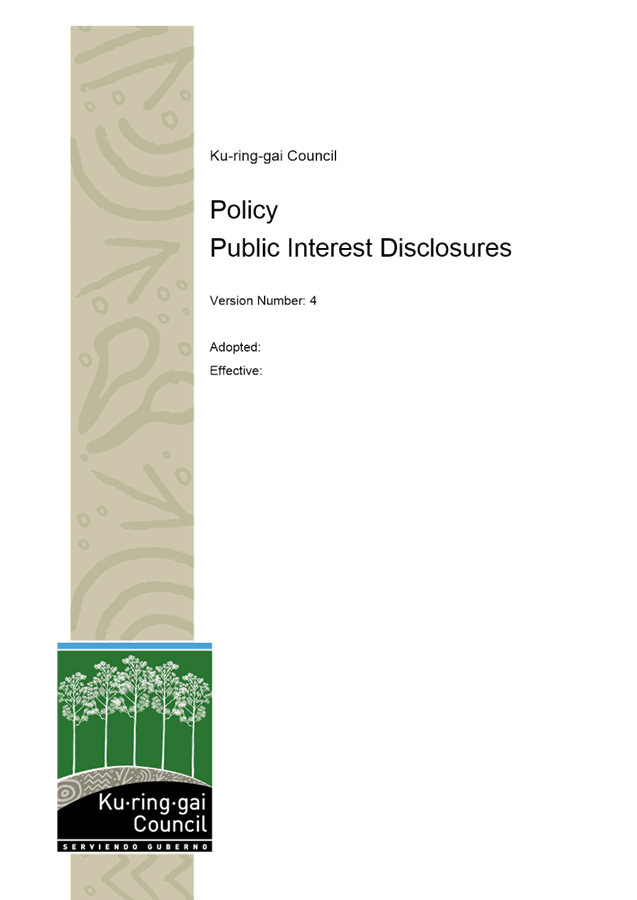
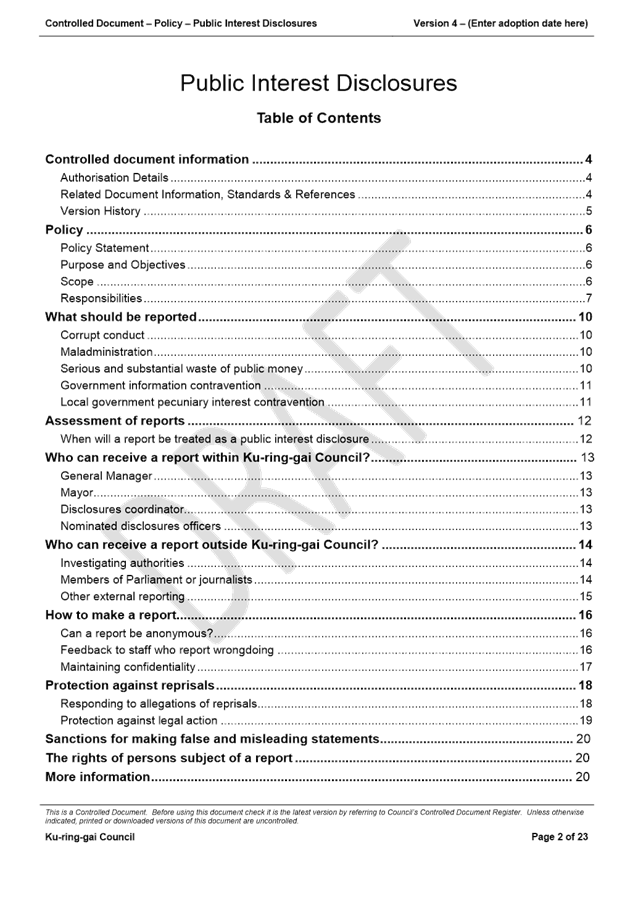

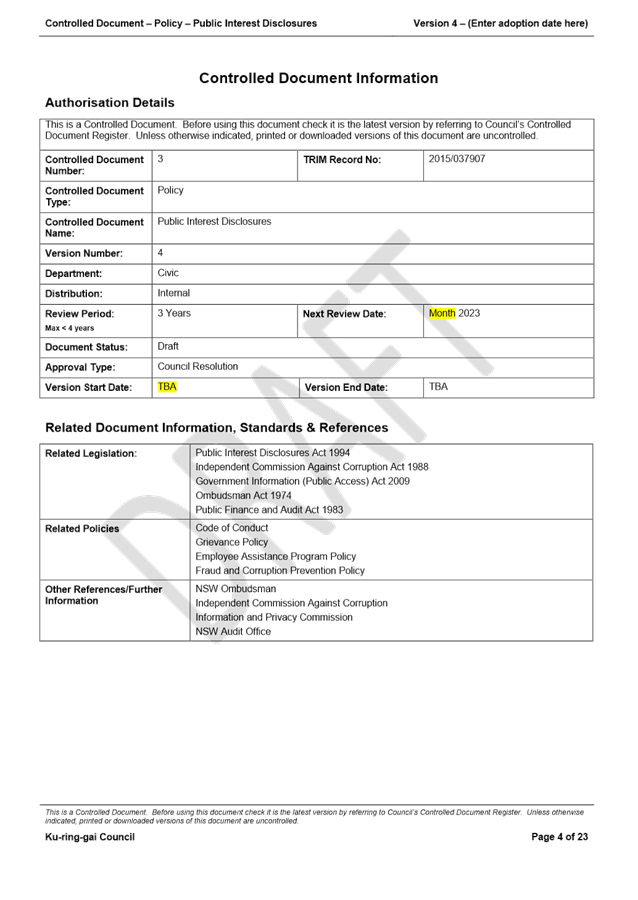
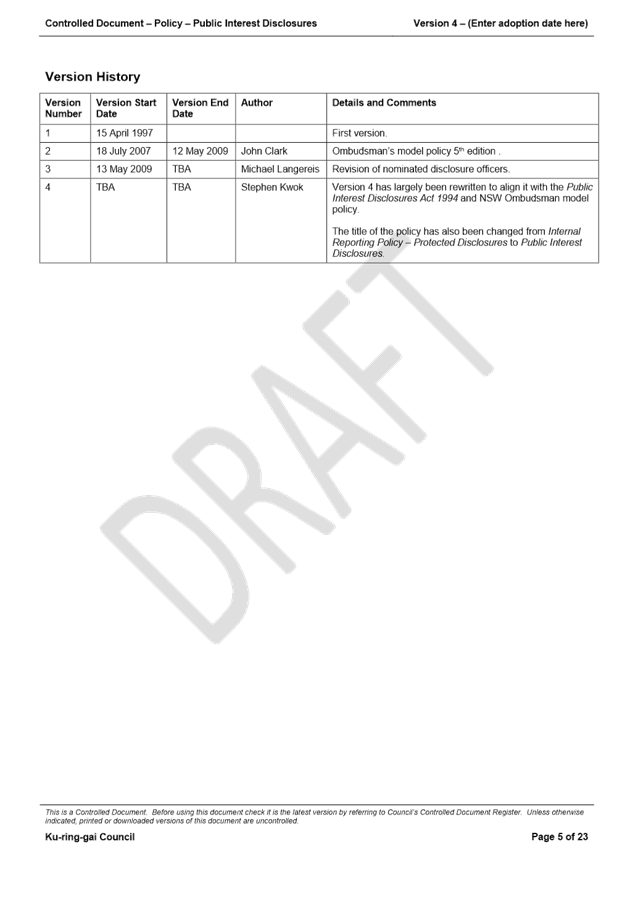
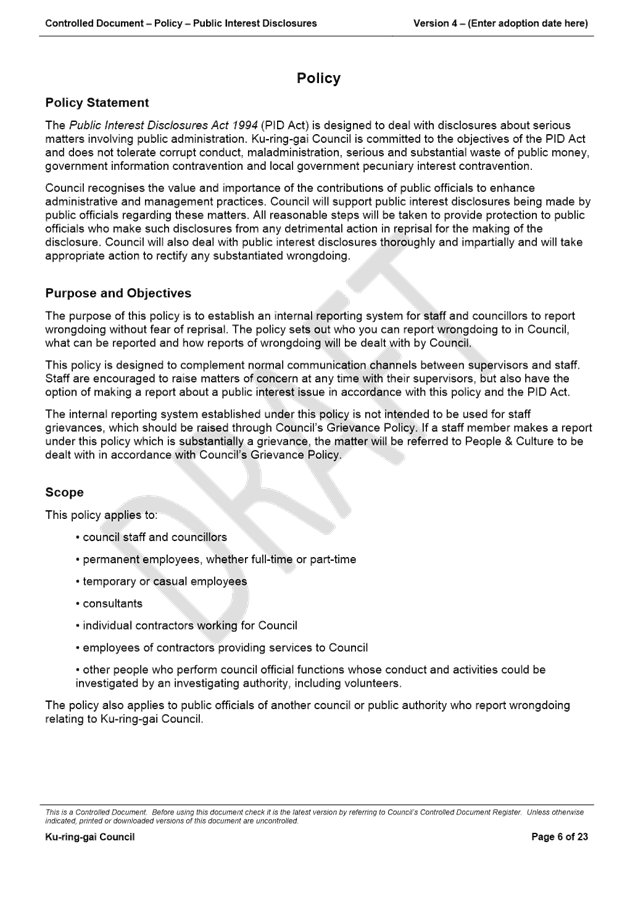
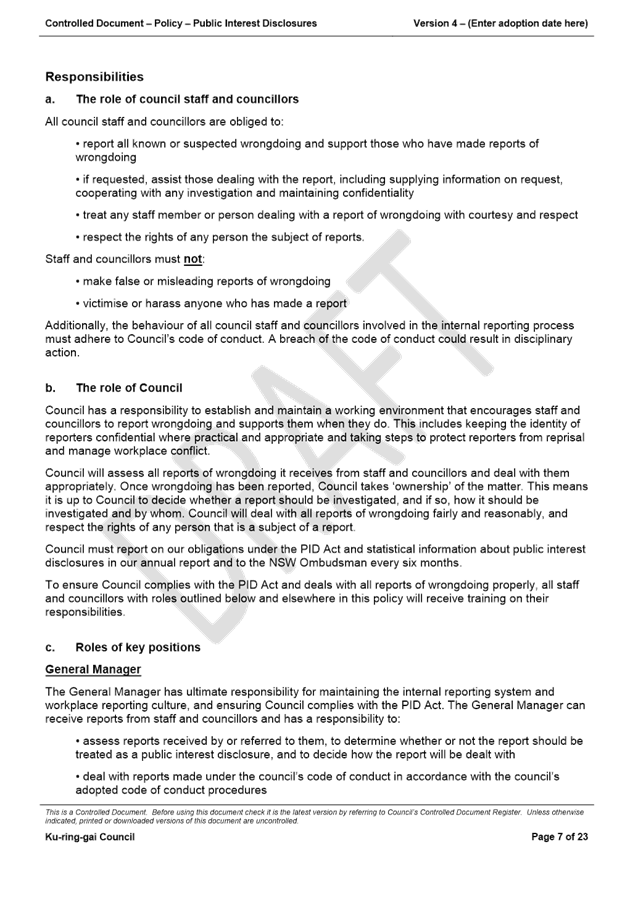
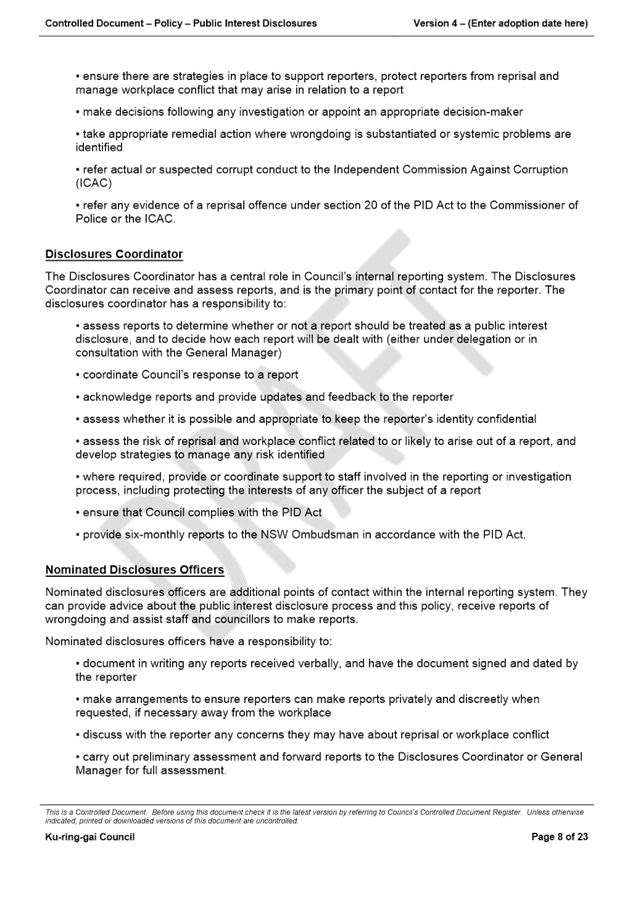
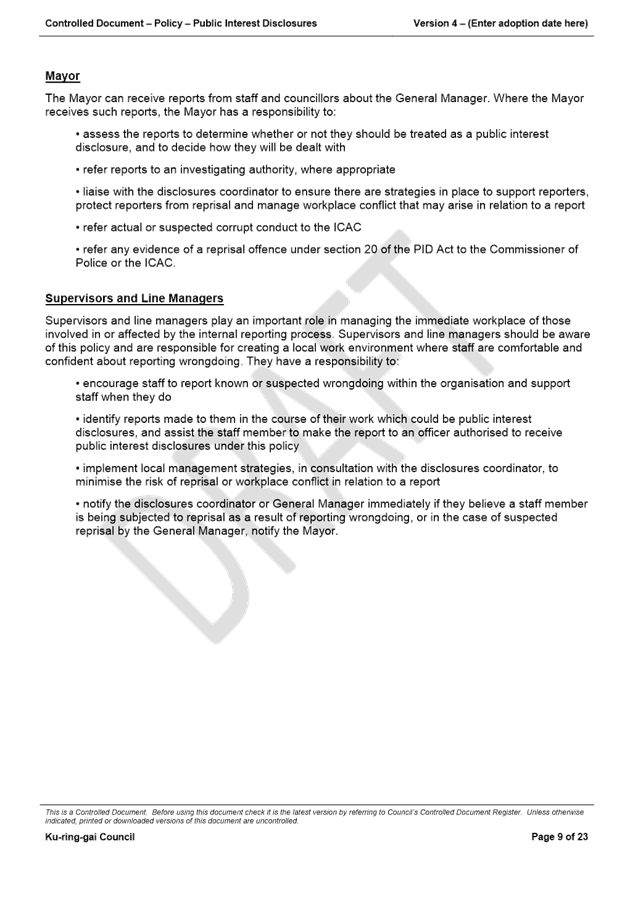
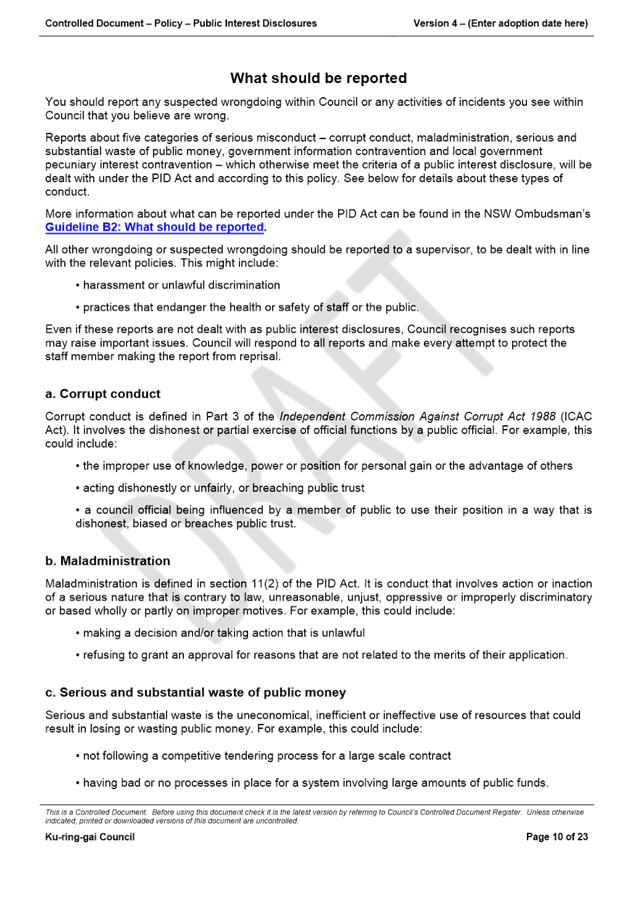
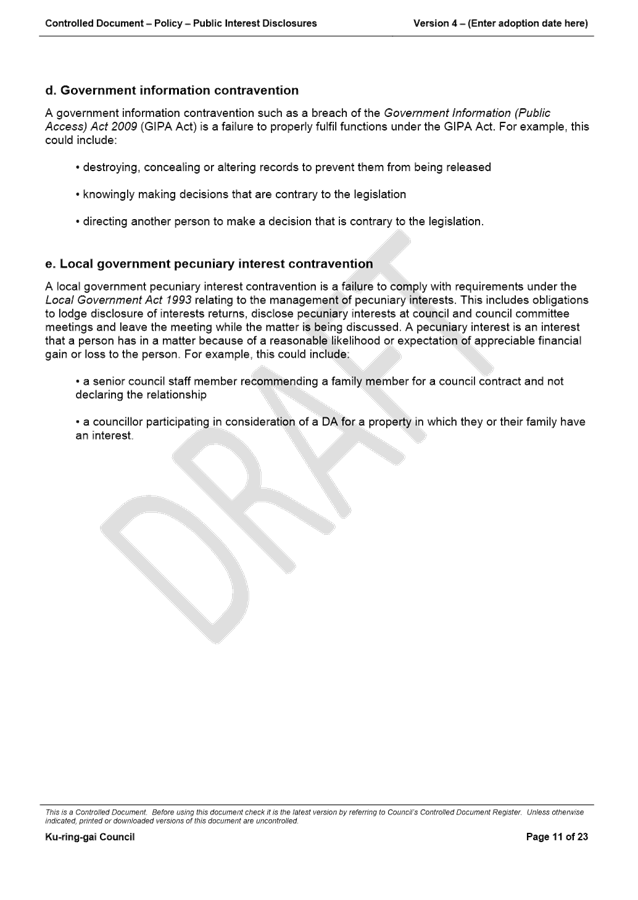
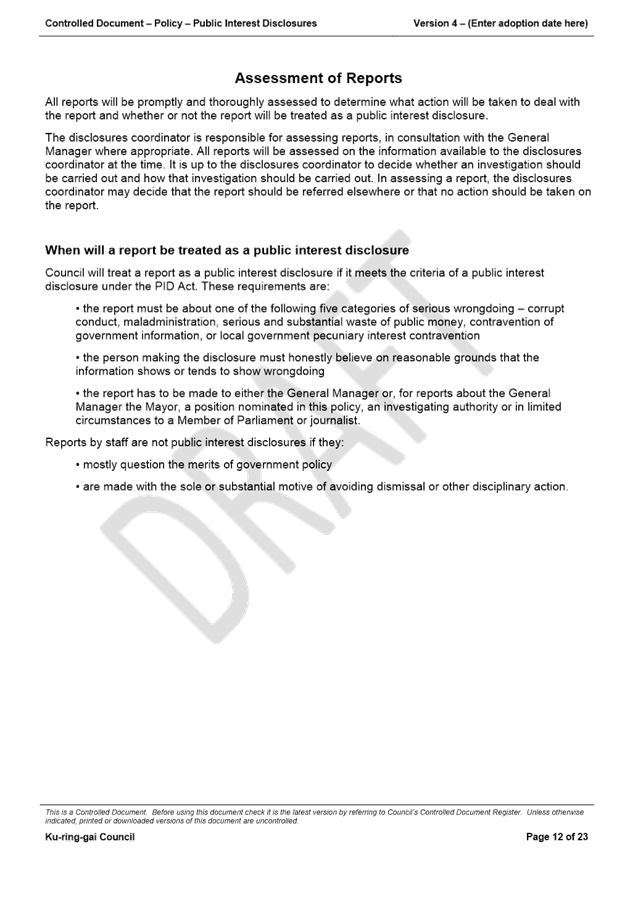
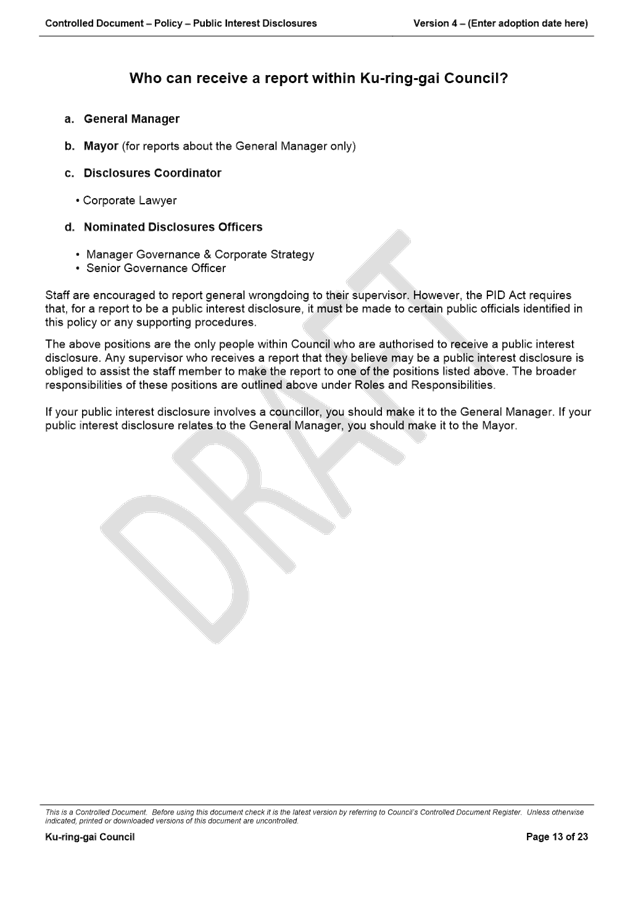
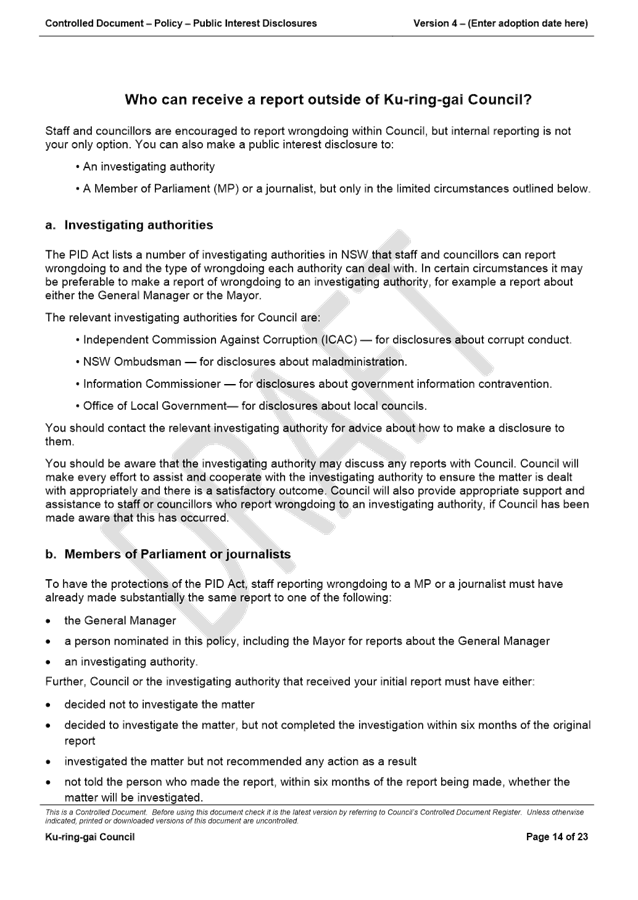
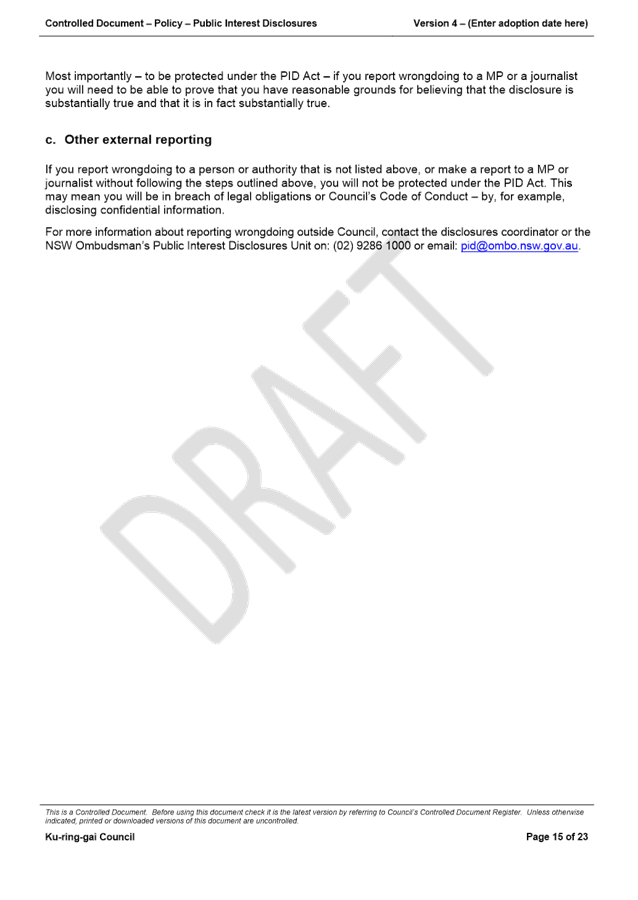
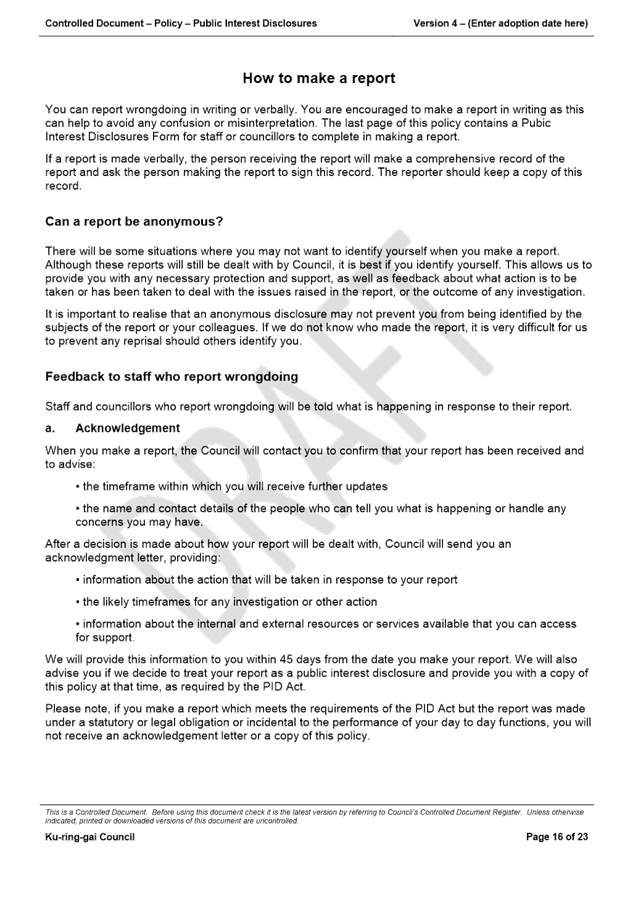

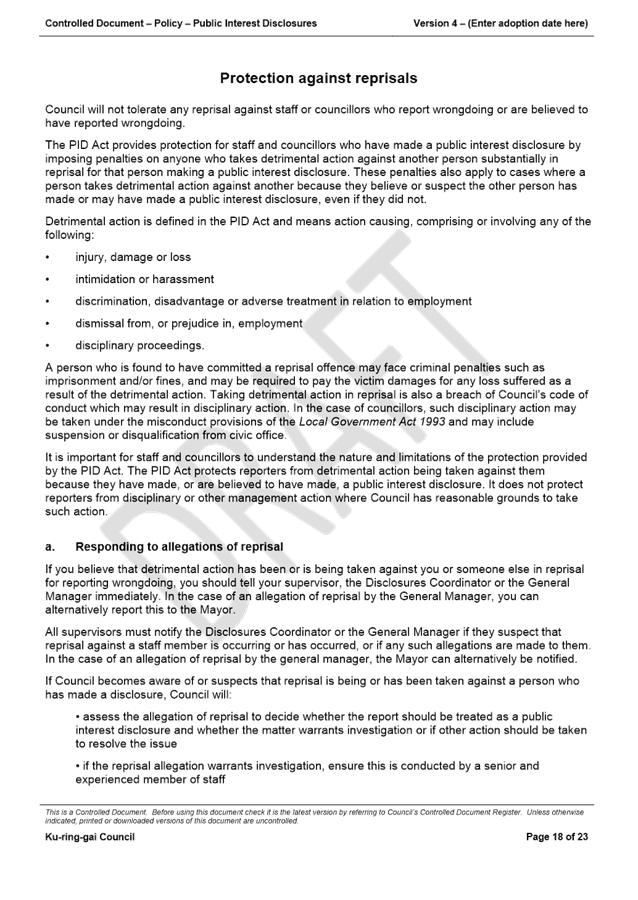
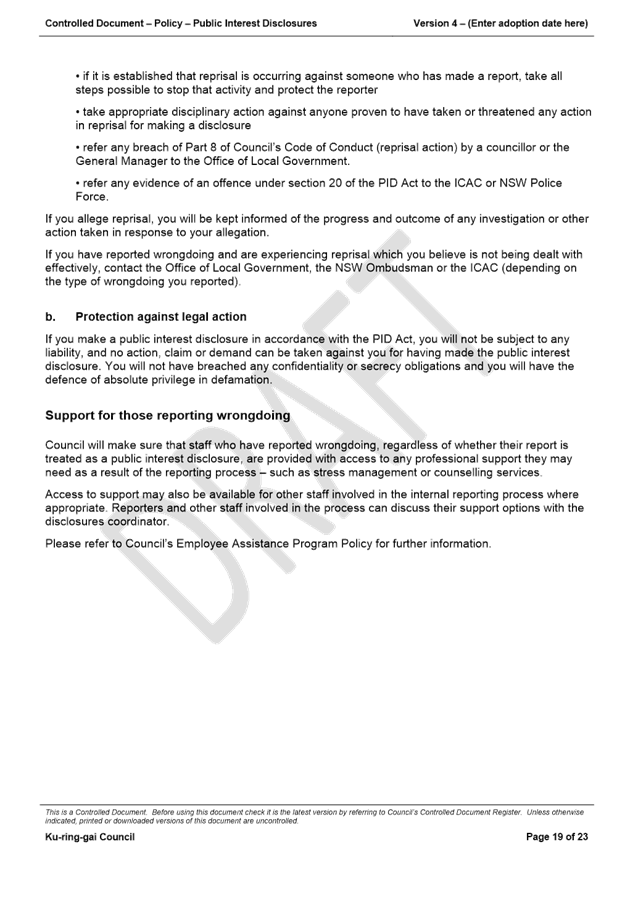
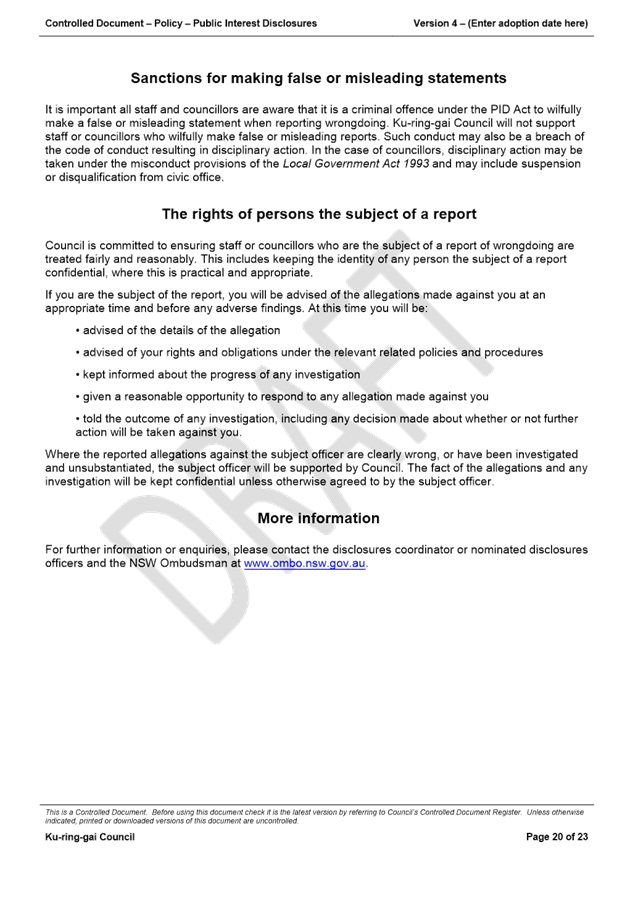
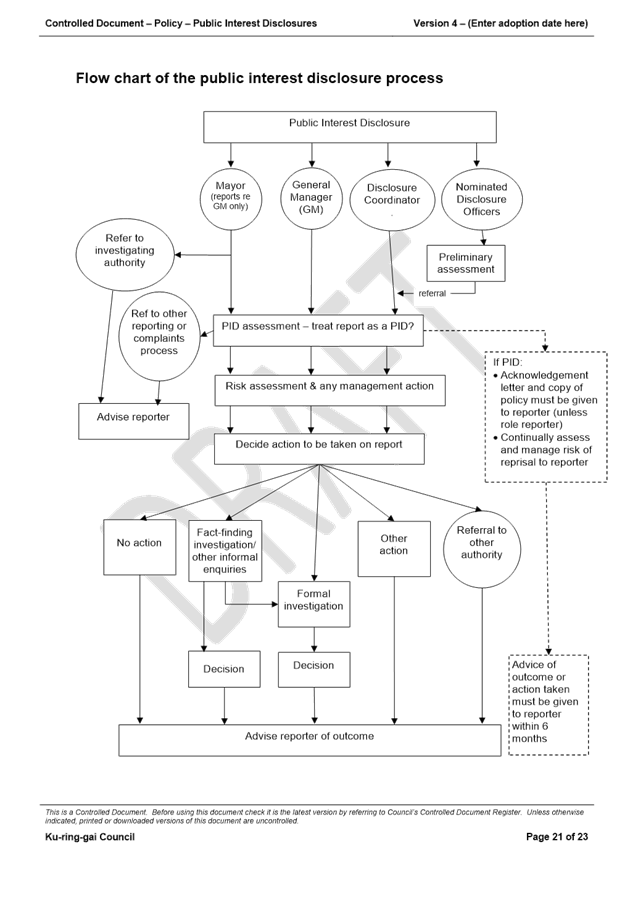

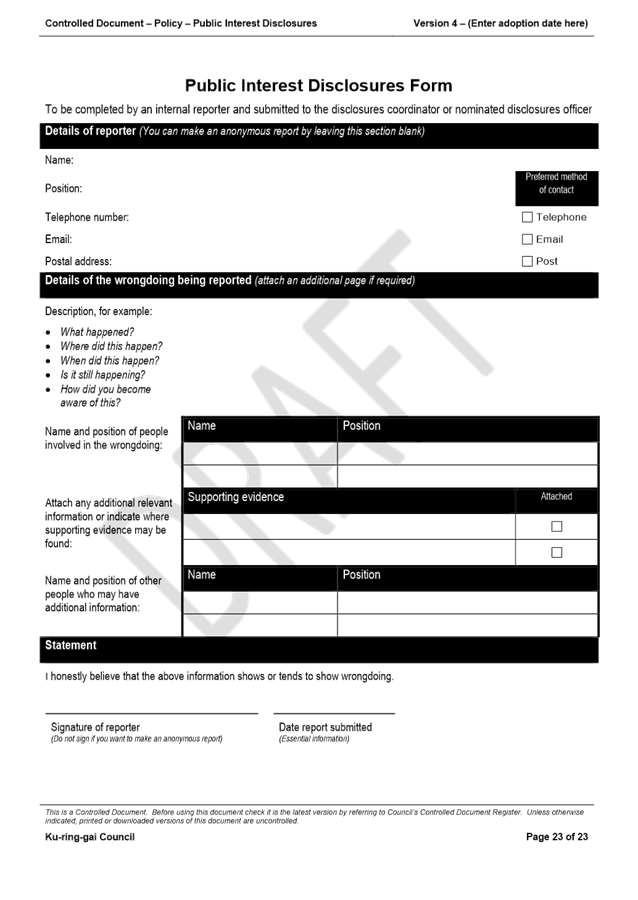
|
Ordinary
Meeting of Council - 28 April 2020
|
GB.5 / 161
|
|
|
|
|
Item
GB.5
|
CY00578/3-1
|
Annual Report of the Audit, Risk and
Improvement Committee for the year ended December 2019.
EXECUTIVE
SUMMARY
|
purpose of report:
|
To provide the annual report of the Audit, Risk &
Improvement Committee (ARIC) from the Chair for the year ended December 2019
that highlights the Committee’s activities and achievements.
|
|
|
|
|
background:
|
The ARIC is a Committee of
Council which is made up of four voting members, being two external
independent members and two councillors. In addition to the voting
members, other non-voting attendees include the Mayor, General Manager, Head
of Internal Audit and other staff as requested by the General Manager.
The committee is governed by a
Charter and meets at least quarterly.
|
|
|
|
|
comments:
|
During the period under review, the ARIC considered
various internal audit reports, engagement plans, financial statements,
management letters from the external auditor, risk management and other
management reports from Finance, Governance and People & Culture.
|
|
|
|
|
recommendation:
|
That the annual report of the Audit, Risk
&Improvement Committee received and endorsed at the meeting of 12th
March 2020 be presented to Council.
|
Purpose of Report
To provide the annual report of the Audit, Risk &
Improvement Committee (ARIC) from the Chair for the year ended December 2019
that highlights the Committee’s activities and achievements.
Background
The ARIC is a Committee of
Council which is made up of four voting members, being two external independent
members and two councillors. In addition to the voting members, other
non-voting attendees include the Mayor, General Manager, Head of Internal Audit
and other staff as requested by the General Manager.
The committee is governed by a Charter and meets at least
quarterly.
Comments
At the December 2019 ARIC meeting and as detailed in the
Charter, it was resolved that an annual report to Council be prepared.
Attachment 1 provides a summary of the activities completed
by the Committee during 2019.
integrated planning and reporting
Leadership and Governance
|
Community Strategic
Plan Long Term Objective
|
Delivery Program
Term Achievement
|
Operational Plan
Task
|
|
L3.1: The organisation is recognised and distinguished by
its ethical decision-making, efficient management, innovation and quality
customer service.
|
L3.1.1: Integrated risk management, compliance and
internal control systems are in place to identify, assess, monitor and manage
risks throughout the organisation
|
L3.3.1.1.1. Manage and coordinate a compliant and
effective Enterprise Risk Management system.
L3.1.1.2: Manage, coordinate, support and facilitate the
effective operation of Council’s Internal Audit function.
|
Governance Matters
The ARIC supports the
governance framework of Council.
Risk Management
The ARIC supports the
enterprise risk management framework of Council.
Financial Considerations
Nil
Social Considerations
Nil
Environmental Considerations
Nil
Community Consultation
Nil
Internal Consultation
There is a range of
consultation with internal and external stakeholders at all ARIC meetings as
detailed in this report.
Summary
The 2019 activities of the
ARIC are aligned to the charter and support the governance of Council
|
Recommendation:
That the annual report of the Audit, Risk &Improvement
Committee be received and endorsed by Council.
|
|
Susan Leahy
Head of Internal Audit
|
|
|
Attachments:
|
A1 ⇩ ⇩
|
ARIC
Annual Report 2019
|
|
2020/056231
|
|
APPENDIX No: 1 - ARIC
Annual Report 2019
|
|
Item No: GB.5
|
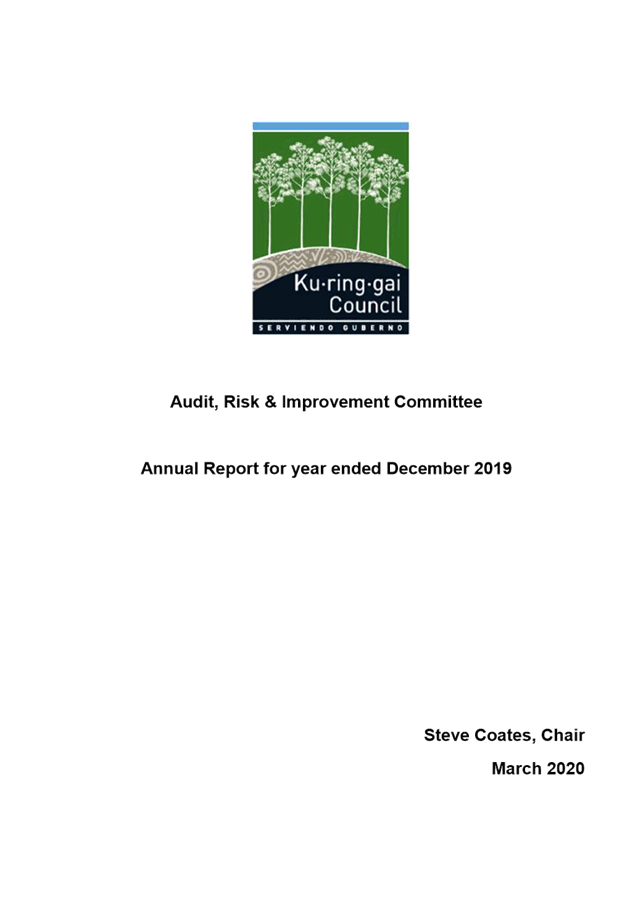


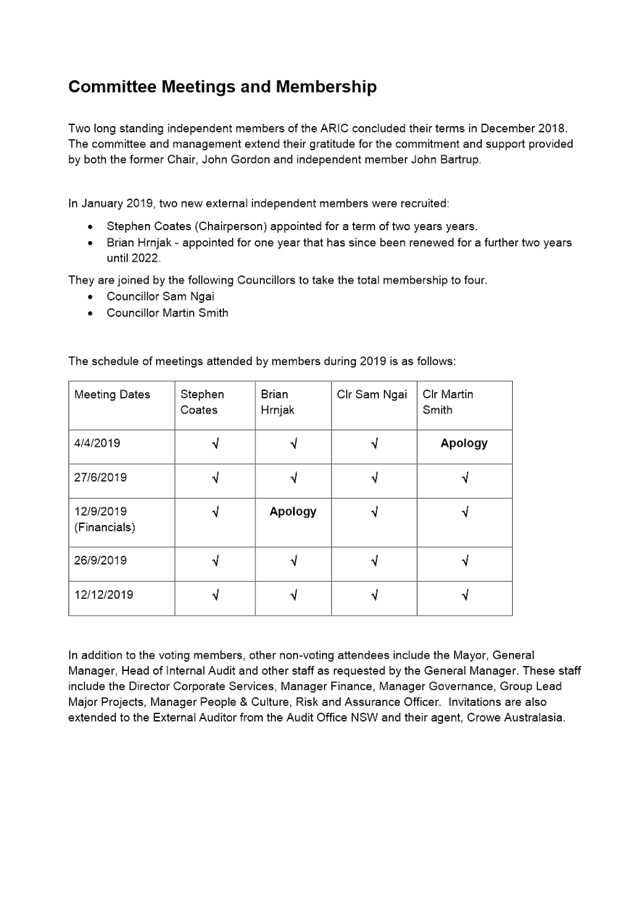
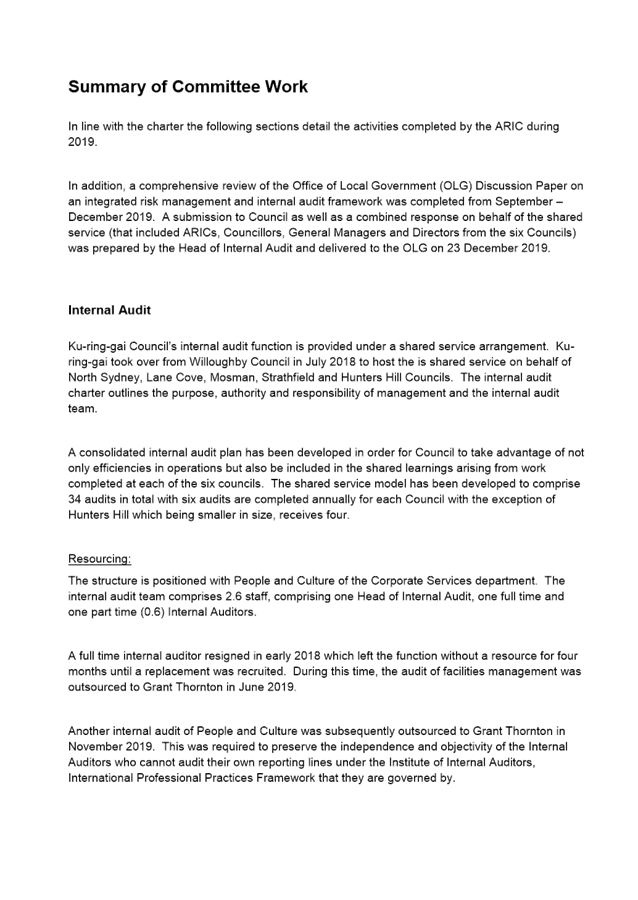
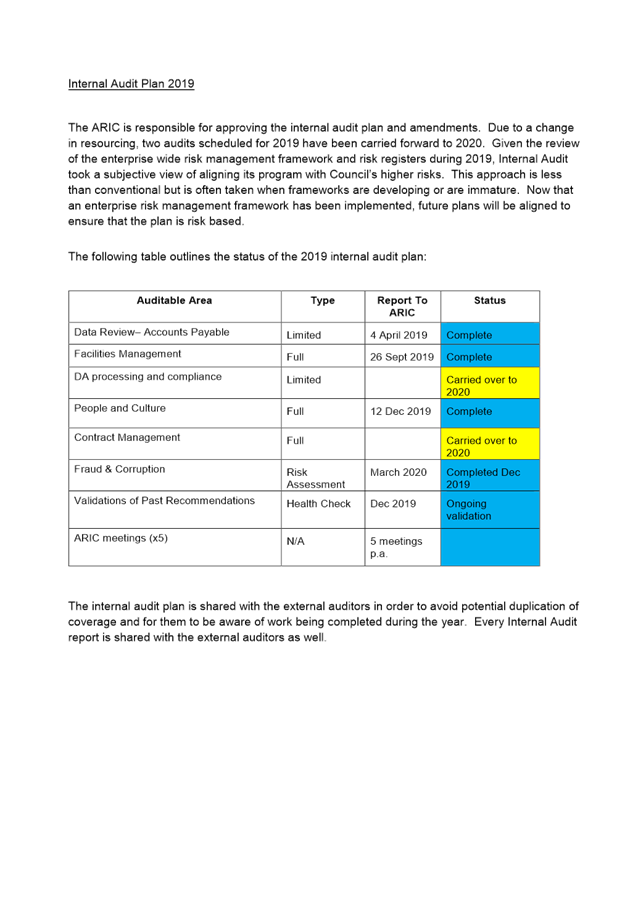

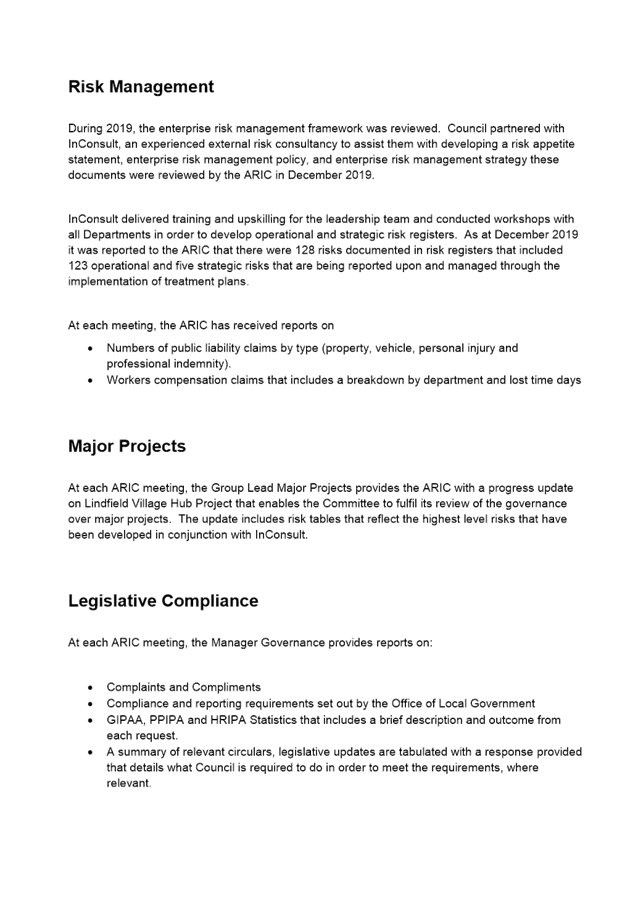

|
Ordinary
Meeting of Council - 28 April 2020
|
GB.6 / 173
|
|
|
|
|
Item
GB.6
|
FY00623/2
|
|
|
7 April 2020
|
Investment Report as at 31 March 2020
EXECUTIVE
SUMMARY
|
ffPURPOSE OF REPORT:
|
To present Council’s investment portfolio
performance for March 2020.
|
|
|
|
|
background:
|
Council’s investments are reported monthly to
Council in accordance with the Local Government Act 1993, the Local
Government (General) Regulation 2005 and Council’s Investment Policy.
|
|
|
|
|
comments:
|
The net return on investments for the financial year
to March 2020 was $3,814,000, against a budget of $3,751,000 giving a YTD
favourable variance of $63,000.
|
|
|
|
|
recommendation:
|
A.
That the summary of
investments performance for March 2020 be received and noted and;
B. That the Certificate of the Responsible Accounting Officer be
noted and report adopted.
|
Purpose of Report
To present Council’s investment portfolio performance
for March 2020.
Background
Council’s investments are reported monthly to Council
in accordance with the Local Government Act 1993, the Local Government
(General) Regulation 2005 and Council’s Investment Policy.
Comments
Investment Portfolio Performance Snapshot
The table below provides the investments portfolio
performance against targets identified in Council’s Investment Policy as
well as other key performance indicators based on industry benchmarks.
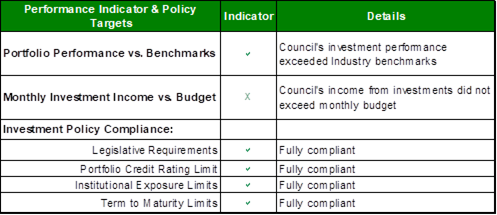
Cumulative
Investment Returns against Budget
The net return on investments for the financial year to 31
March 2020 was $3,814,000 against a budget of $3,751,000 giving a year to date
favourable variance of $63,000 as shown in the table below.
The month of March, however, saw an unfavourable return of
$34,000 compared to budget due to reinvestment of matured investments at lower
rates.

A comparison of the
cumulative investment returns against year to date budget is shown in the Chart
below.
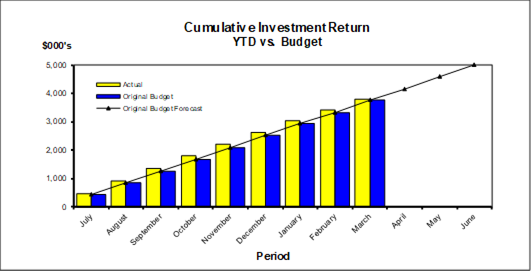
Cash
Flow and Investment Movements
Council’s total cash and
investment portfolio at the end of March 2020 was $202,187,000 compared to
$205,235,000 at the end of February 2020, a net cash outflow of $3,048,000 due
to creditor payments.
Three investments matured and
three new investments were purchased during the month.

Investment
Performance against Industry Benchmark
Overall during the month of
March the investment performance was well above the industry benchmark. The
benchmark is specific to the type of investment and the details are provided
below. AusBond Bank Bill Index is used for all Council’s investments.
Table 1 -
Investments Performance against Industry Benchmarks

Table 2
below provides a summary of all investments by type and performance during the
month.
Attachment
A1 provides definitions in relation to different types of investments.
Table
2 - Investments Portfolio Summary during March 2020
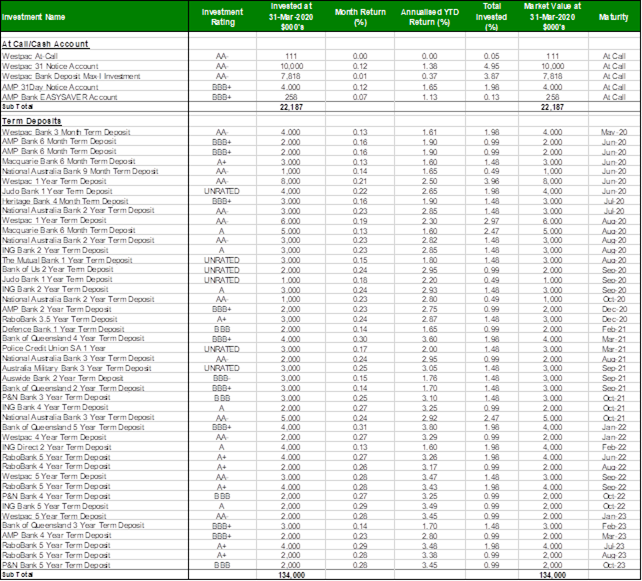
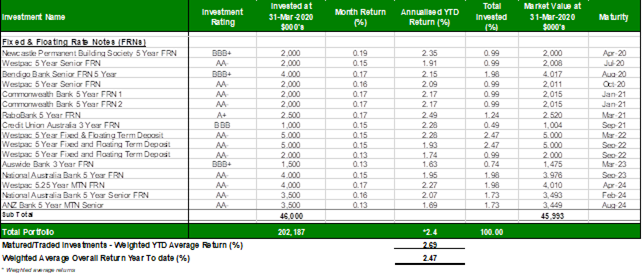
Investment
by Credit rating and Maturity Profile
The allocation of
Council’s investments by credit rating and the maturity profile are shown
below:


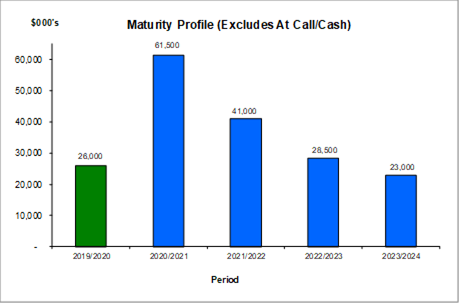
integrated
planning and reporting
Leadership & Governance
|
Community Strategic Plan Long Term Objective
|
Delivery Program
Term Achievement
|
Operational Plan
Task
|
|
L2.1 Council rigorously manages its financial resources
and assets to maximise delivery of services
|
Council maintains and improves its long term financial
position and performance
|
Continue to analyse opportunities to expand the revenue
base of Council
|
Governance
Matters
Council’s investments are made in accordance with the
Local Government Act (1993), the Local Government (General) Regulation 2005 and
Council’s Investment Policy.
Section 212 of the Local Government (General) Regulation
2005 states:
(1) The
responsible accounting officer of a council:
(a) must
provide the council with a written report (setting out details of all money
that the council has invested under section 625 of the Act) to be presented:
(i) if
only one ordinary meeting of the council is held in a month, at that meeting,
or
(ii) if
more than one such meeting is held in a month, at whichever of those meetings
the council by resolution determines, and
(b) must
include in the report a certificate as to whether or not the investment has
been made in accordance with the Act, the regulations and the council’s
investment policies.
(2) The report must be made up to
the last day of the month immediately preceding the meeting.
Risk
Management
Council manages the risk associated with investments by
diversifying the types of investment, credit quality, counterparty exposure and
term to maturity profile.
Council invests its funds in accordance with The Ministerial
Investment Order.
All investments are made with consideration of advice from
Council’s appointed investment advisor, CPG Research & Advisory.
Financial
Considerations
The budget for interest on investments for the financial
year 2019/2020 is $5,000,000. Of this amount approximately $3,593,600 is
restricted for the benefit of future expenditure relating to development
contributions, $470,400 transferred to the internally restricted Infrastructure
& Facility Reserve, and the remainder of $936,000 is available for
operations.
Social Considerations
Not applicable.
Environmental Considerations
Not applicable.
Community
Consultation
None undertaken or required.
Internal
Consultation
None undertaken or required.
Certification -
Responsible Accounting Officer
I hereby certify that the investments listed in the attached
report have been made in accordance with Section 625 of the Local Government
Act 1993, clause 212 of the Local Government General Regulation 2005 and
Council’s Investment Policy.
Summary
As at 31
March 2020:
· Council’s
total cash and investment portfolio is $202,187,000.
· The
net return on investments for the financial year to March 2020 was $3,814,000
against a budget of $3,751,000, giving a YTD favourable variance of $63,000.
|
Recommendation:
A. That the summary of investments and performance for March 2020
be received and noted.
B. That the Certificate of the Responsible Accounting Officer be
noted and the report adopted.
|
|
Tony Ly
Financial Accounting Officer
|
Angela Apostol
Manager Finance
|
|
David Marshall
Director Corporate
|
|
|
Attachments:
|
A1 ⇩ ⇩
|
Investments
definitions specific to Council’s investment portfolio
|
|
2016/124274
|
|
APPENDIX No: 1 - Investments
definitions specific to Council’s investment portfolio
|
|
Item No: GB.6
|
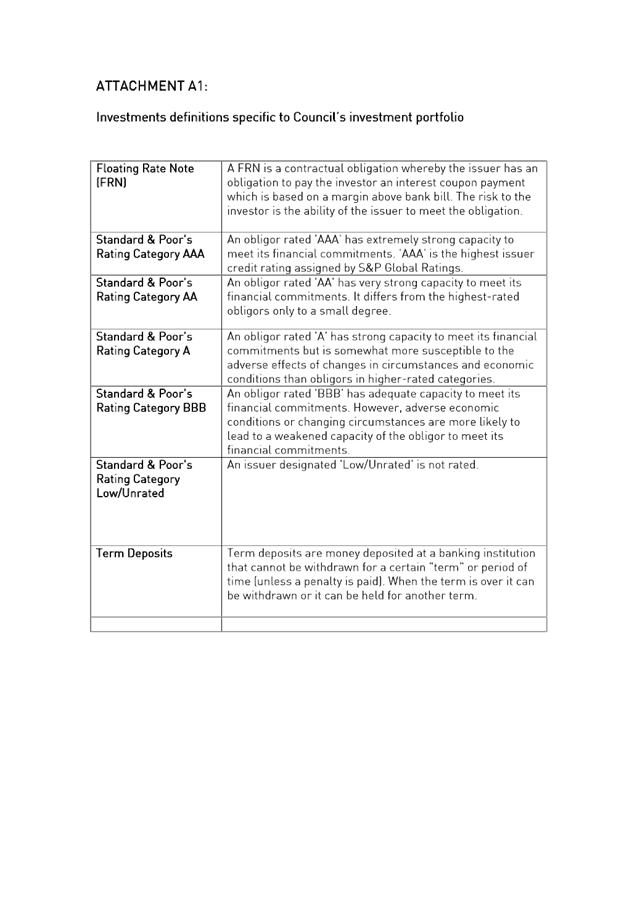
|
Ordinary
Meeting of Council - 28 April 2020
|
GB.7 / 182
|
|
|
|
|
Item
GB.7
|
FY00621/2
|
PROGRESS STATUS REPORT - MARCH 2020
EXECUTIVE
SUMMARY
|
purpose of report:
|
To provide Council with the Project Status Report
reflecting results for Jan, February and March 2020
|
|
|
|
|
background:
|
On 22 May 2018, a Notice of Motion was considered by
Council regarding the development of a monthly Project Status Report.
On 14 May 2019 it was resolved to alter the reporting
timeframe from monthly to quarterly.
|
|
|
|
|
comments:
|
Council recommendation of 14 May 2019 noted that while
projects are reported to Council and the community through a number of other
reports, the frequency of quarterly reporting is a more informative, reliable
and recurring method to update Council and the community.
|
|
|
|
|
recommendation:
|
That Council receive and note the Project Status
Report for January, February and March 2020.
|
Purpose of Report
To provide Council with the Project Status Report reflecting
results for Jan, February and March 2020
Background
On 22 May 2018, a Notice of Motion (NOM) was considered by
Council regarding the development of a monthly Project Status Report. As
a result, Council resolved the following:
A. That
a Capital and Operational Projects Report is to be tabled at an ordinary
meeting of council each month. The reporting will commence in FY19 with a
report for the period of July 2018.
B. That
the report should include any progress made in the month as well as a progress
summary for the financial year to date. Where there has been no progress in the
month, it is acceptable to acknowledge that nothing has progressed. And where a
project has yet to commence, it is acceptable to note the expected start date.
C. That
council staff may use their discretion in deciding whether any additional
columns of information should be presented.
D. That
the reported projects should include, but are not limited to, those that are
mentioned in Council’s Delivery Program and Operational Plan. For
brevity, council staff may choose to aggregate some projects or set a
reasonable threshold for reporting purposes.
E. That
the current and historical monthly reports should be easily found on the
Ku-ring-gai Council website (i.e. not just through searching council agenda
items). One possibility is to create a page for the monthly Capital and
Operational Projects Reports under “Current works and upgrades”.
F. That
after the first six months of the report, the Councillors and Directors should
discuss whether the frequency of the report should be adjusted.
On 14 May 2019, Council resolved to extend the reporting
timeframe from monthly to a quarterly report:
C.
That the reporting timeframe be changed from monthly to quarterly
In accordance with Part A of the NOM of 22 May 2019, the
attached report is for the period January, February and March 2020 only. (Attachment
A1)
Comments
Reporting on projects is currently undertaken through:
· Quarterly
Financial Reports;
· Bi-annual reports
on the progress of the Delivery Program & Operational Plan; and
· Annual Report.
On 14 May 2019, a Council decision altered the reporting
timeframe for the Project Status Report from a monthly to quarterly.
It was noted that while projects are reported to Council and
the community through other statutory reports, the frequency of quarterly
reporting is a more informative, reliable and recurring method to update
Council and the community.
Council staff has prepared the Project Status Report based
on the following criteria:
· Capital projects
delivering community/public infrastructure;
· Threshold applied
to total budget per project – greater than or equal to $250k;
· No operational
projects are included; and
· Any specific
project that Councillors wish to be included in the report.
The reporting timeframe, the Project Status Report attached
to this report will represents results for January, February and March 2020.
integrated planning and reporting
Leadership & Governance
|
Community Strategic
Plan Long Term Objective
|
Delivery Program
Term Achievement
|
Operational Plan
Task
|
|
The organisation is recognised and distinguished by its
ethical decision-making, efficient management, innovation and quality
customer service.
|
Council's Governance framework is developed to ensure
probity and transparency.
|
Business papers and associated minutes are published in an
accurate and timely manner for public scrutiny and to encourage community
participation.
|
Governance Matters
The Project Status Report will be submitted to Council the
first meeting following the end of each quarter. This will ensure progress
during the relevant quarter is captured within the Project Status Report.
Risk Management
The Project Status Report is
not generated through Council’s corporate information and financial
systems. As such, it is reliant on key staff to provide input and to
critique.
The Project Status Report
will be reviewed by the relevant Director and General Manager prior to
reporting to Council.
Financial Considerations
There are no financial
implications associated with this report. The financial status, including
allocated budgets of projects, is reported to Council through a range of
statutory reporting:
· Delivery Program
& Operational Plan , including adopted annual capital budget;
· Quarterly Budget
Reports (projects proposed for budget adjustments);
· Bi-annual reports
on the progress of the Delivery Program & Operational Plan; and
· Annual Report
& Annual Financial Statements.
Social Considerations
Not applicable.
Environmental Considerations
Not applicable.
Community Consultation
Not applicable.
Internal Consultation
General Manager and
Directors, along with staff from Corporate, Civic, Operations and Strategy
& Environment have contributed to the structure and content of the Project
Status Report.
Summary
On 22 May 2018, a Council decision resolved to alter the
reporting timeframe for the Project Status Report from monthly to a quarterly.
Projects are reported to Council and the community through a
number of other reports quarterly, bi-annually and yearly. However, the
quarterly frequency of the Project Status Report is expected to provide a more
informative, reliable and recurring method of results.
The Project Status Report for March 2020 has been prepared
based on the following criteria with results from January, February and March
2020:
· Capital projects
delivering community/public infrastructure;
· Threshold applied
to total budget per project – greater than or equal to $250k;
· No operational
projects are included; and
· Any specific
project that Councillors wish to be included in the report.
The next Project Status Report, which will be presented to
Council at its meeting of 28 April 2020, will report outcomes for January,
February and March 2020.
|
Recommendation:
A. That
Council receive and note the Project Status Report for January, February and
March 2020.
B. That
the Project Status Report be placed on Council’s website.
|
|
George Bounassif
Director Operations
|
|
|
Attachments:
|
A1 ⇩ ⇩
|
Project
Status Report - March 2020 - Excel Report(2)
|
|
2020/102246
|
|
APPENDIX No: 1 - Project
Status Report - March 2020 - Excel Report(2)
|
|
Item No: GB.7
|
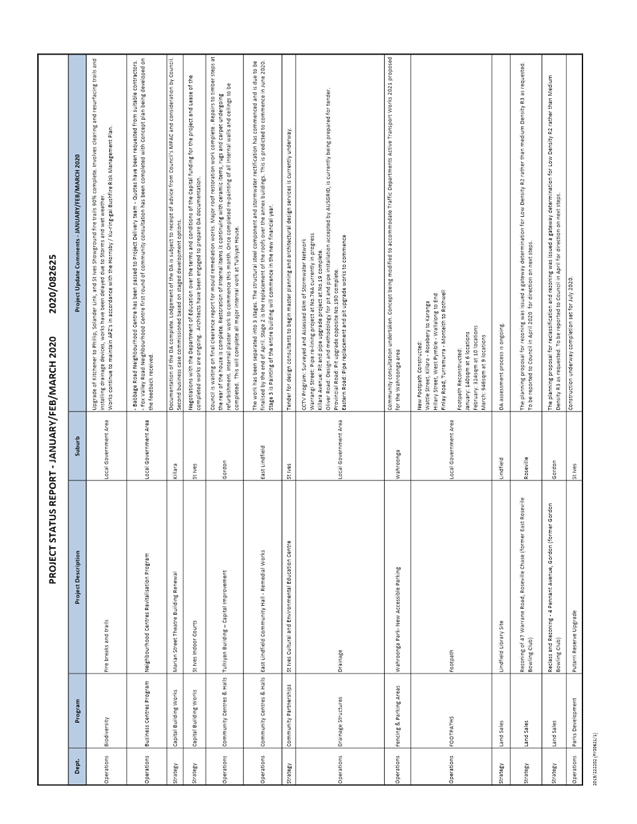
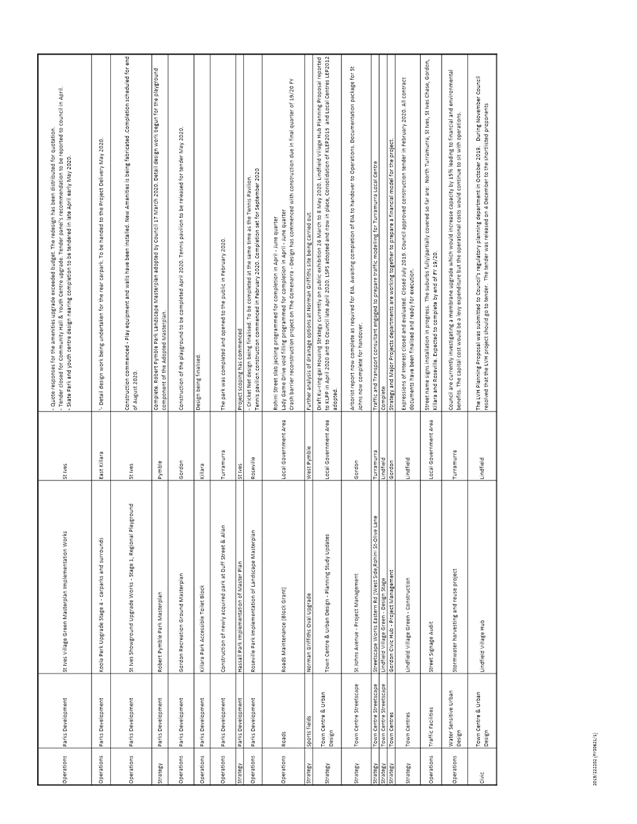
|
Ordinary
Meeting of Council - 28 April 2020
|
GB.8 / 189
|
|
|
|
|
Item
GB.8
|
RFT1-2020
|
Tender RFT1-2020 St Ives Village Green
community hall and youth centre upgrade
EXECUTIVE
SUMMARY
|
purpose of report:
|
To consider the tenders received for Tender RFT1-2020 St
Ives Village Green Community Hall and Youth Centre Upgrade and to appoint the
preferred tenderer.
|
|
|
|
|
background:
|
Council approved the funding for the St Ives Village
Green Community Hall and Youth Centre Upgrade. This project is in the
construction stage. An appointment of an external contractor is required to
commence the construction. Tender documents were released through Tenderlink
on 28th January 2020 and closed on the 31st March 2020.
|
|
|
|
|
comments:
|
Council received nine (9) tenders. The tenders were
assessed using agreed criteria which identified the best value for money to
Council.
|
|
|
|
|
recommendation:
|
In accordance with Section 55 of the Local
Government Act and Tender Regulations, it is recommended Council accept
the Tender submitted by Tenderer ‘A’.
|
Purpose of Report
To consider the tenders received for Tender RFT1-2020 St
Ives Village Green Community Hall and Youth Centre Upgrade and to appoint the
preferred tenderer.
Background
Council approved the funding for
the St Ives Village Green community hall and youth centre upgrade. This project
is in the construction stage. An appointment of an external contractor is
required to commence the construction. Tender documents were released through
Tenderlink on 28th January 2020 and closed on the 31st
March 2020.
As the cost of the works was
estimated to be over $250,000, Tenders were called using Tenderlink in
accordance with the tender requirements of the Local Government Act and Regulation.
Comments
Nine (9) tenders were received
and recorded in accordance with Council’s tendering policy.
A Tender Evaluation Panel
consisting of staff from the Operations Department was formed to assess the
nine (9) tenders received.
At the conclusion of the tender
evaluation, Tenderer ‘A’ was identified as providing the best value
for money to Council.
Confidential attachments to this
report include:
· List
of tenders received (Attachment 1),
· Tender
Evaluation Report and recommendation (Attachment 2)
.
integrated planning and reporting
Places, Spaces and
Infrastructure
|
Community Strategic Plan Long Term Objective
|
Delivery Program
Term Achievement – 3 year
|
Operational Plan
Task – Year 1
|
|
P7.1: Multi-purpose community buildings
and facilities are available to meet the community’s diverse and
changing needs
|
P7.1.1: The condition and functionality of existing and
new assets is improved
|
P7.1.1.1: Implement a prioritised program of improvements
to community meeting rooms, halls, buildings and facilities
|
Governance Matters
Tender documents were prepared
and released through Tenderlink on 28th January 2020 and closed on
the 31st March 2020. At the close of tender, nine (9) tenders were
received. All submissions were recorded in accordance with Council’s
tendering policy. A Tender Evaluation Panel consisting of staff from the
Operations Department was formed to assess the nine (9) tenders received. The
evaluation considered:
· Conformity
of submission,
· Lump
sum fee,
· Ability
to provide full range of services with suitably qualified staff,
· Availability
– Start Date, methodology and estimated duration of work,
· Risk
Management and Environmental
· Work
Health and Safety
· Performance
and Financial Assessment.
Confidential attachments to this report include the list of
tenders received and the Tender Evaluation Report and recommendation. The
attachments are considered to be confidential in accordance with Section 10A
(2)(d)(iii) of The Local Government Act 1993 as they are considered to contain commercial
in confidence information.
Risk Management
Three (3)
key areas of risk were identified in relation to the proposed work:
· That
the construction be carried out by a contractor with the ability to provide a
full range of services with suitably qualified staff.
· Risk
Management, Environmental and WHS.
· That
Council should not be exposed to financial risk - as part of the evaluation
process, tenderers were assessed on providing all information and costs
requested within the tender document. An independent Performance and Financial
Assessment was carried out on the preferred tenderer to ensure that they were
trading responsibly and had the financial capacity to undertake the work as
detailed within the tender documents.
As part of the independent
Financial and Performance Assessment of Tenderer ‘A’ by Corporate
Scorecard Pty Ltd, the following areas were examined:
· That
Tenderer ‘A’ has the financial capacity to undertake the
proposed value of work.
· That Tenderer
‘A’ has been trading in a profitable and responsible manner during
the last three (3) years as reviewed by Corporate Scorecard.
· That
Tenderer ‘A’ has sufficient assets/reserves to cover all possible
debts during the period of work.
The financial aspect of the assessment shows Tenderer
‘A’ is able to satisfy all requirements and is unlikely to expose
Council to any financial risk if awarded the tender as detailed within
Council’s tender documents.
Financial Considerations
The St Ives Village Green community hall and youth centre
upgrade will be funded from the S94 Levy.
Council has also received $56,100 grant funding from the NSW
State Government community building partnership grant scheme.
Social Considerations
On completion, the proposed work will provide a facility
which is in line with Council’s Community
Strategic Plan, Our Ku-ring-gai 2038 and the Plan’s long term
directions including multipurpose community buildings and facilities are
available to meet the community’s diverse and changing needs.
Environmental Considerations
There were no major
environmental impacts identified.
Community Consultation
A DA application was required for this project.
DAO117/19. As part of the DA process, this project was advertised and also
surrounding residents and user groups were invited to comment and make
submissions to Council regarding the upgrade of the St Ives Village Green
community hall and youth centre. During the DA process 1 submission was made in
favour of the proposed upgrade.
Internal Consultation
All relevant departments were consulted.
Summary
Tender RFT1-2020 St Ives Village
Green Community Hall and Youth Centre Upgrade was released through Tenderlink
on 28th January 2020 and closed on the 31st March 2020.
A Tender Evaluation Panel was formed consisting of
representatives from the Operations Department. Council received nine (9)
tenders. All tenders were recorded in accordance with Council’s tendering
policy.
Following the evaluation and an independent performance and
financial assessment, it is recommended that Tenderer ‘A’ be
appointed on the basis of providing the best value for money to Council.
|
Recommendation:
A. That
Council accept the tender submission from Tenderer ‘A’ to carry
out Tender RFT1-2020 St Ives Village Green Community Hall and Youth Centre
Upgrade.
B. That
the Mayor and General Manager be delegated authority to execute all tender
documents on Council’s behalf in relation to the contract.
C. That
the Seal of Council be affixed to all necessary documents.
D. That
all tenderers be advised of Council’s decision in accordance with
Clause 178 of the Local Government Tendering Regulation.
|
|
Craig Roberts
Project Manager
|
Mark Shaw
Manager Technical Services
|
|
George Bounassif
Director Operations
|
|
|
Attachments:
|
A1
|
RFT1-2020
List of Submitters
|
|
Confidential
|
|
|
A2
|
RFT1-2020
Tender Evaluation Report
|
|
Confidential
|
|
Ordinary
Meeting of Council - 28 April 2020
|
GB.9 / 194
|
|
|
|
|
Item
GB.9
|
S12268
|
Assessment of Planning Proposal for
Lindfield Village Hub Sites
EXECUTIVE
SUMMARY
|
purpose of report:
|
To report on the assessment of the Planning Proposal
to amend the planning controls that apply to the Lindfield Village Hub land
at 1 Woodford Lane, 2-12 Bent Street, 1B Beaconsfield Parade, 19 Drovers
Way, Drovers Way Road Reserve and Woodford Lane Lindfield.
|
|
|
|
|
background:
|
The Planning Proposal, lodged on 5 November 2019,
seeks to amend the KLEP (Local Centres) 2012 to change the height of building
and floor space ratio controls applying to the site. It also seeks to
allow residential flat buildings with consent across the entire site, and to
include a further site specific provision at Clause 6.9 to allow for rooftop
plant, lift overruns, and rooftop communal open space (and associated
structures) to be located above the proposed maximum height limits.
The Planning Proposal was referred to the Ku-ring-gai
Local Planning Panel for advice on 6 April 2020.
|
|
|
|
|
comments:
|
The Planning Proposal has been assessed against the
provisions of the Department of Planning, Industry and Environment’s
‘A guide to preparing Planning Proposals’ and section 3.33
of the Environmental Planning and Assessment Act 1979.
It is considered that there is sufficient merit to
enable the Planning Proposal to be submitted to the Department of Planning,
Industry and Environment for a Gateway Determination, subject to the
incorporation of the recommended amendments
|
|
|
|
|
recommendation:
|
That the Planning Proposal be submitted to the
Department of Planning, Industry and Environment for a Gateway Determination
subject to the amendments and recommendations outlined in this report.
|
Purpose of Report
To report on the assessment of the
Planning Proposal to amend the planning controls that apply to the Lindfield
Village Hub land at 1 Woodford Lane, 2-12 Bent Street, 1B Beaconsfield
Parade, 19 Drovers Way, Drovers Way Road Reserve and Woodford Lane Lindfield.
Background
Council has engaged consultant MG Planning Pty Ltd to
conduct the assessment of this Planning Proposal as Council’s Major
Projects Division is the applicant and Council is the landowner. An urban
design assessment has also been prepared by consultants Zanardo Studio.
Other assessments including biodiversity and traffic and transport issues have
been carried out internally by Council’s specialists.
The Planning Proposal was submitted to Council on 5 November
2019. Following review, issues were identified and a request for further
information was forwarded on 24 January 2020. The proponent submitted an
amended proposal on 21 February 2020, however this submission did not include
all required information. Following further submission of revised documentation
a review of the Planning Proposal formally commenced on 6 March 2020. This
report assesses the amended Planning Proposal requested not the Planning
Proposal as originally submitted.
A copy of the Planning Proposal
and appendices is included at Attachments A2-A10.
The proponent seeks to make the following amendments to the Ku-ring-gai
Local Environmental Plan (Local Centres) 2012 (KLEP Local Centres 2012) to:
· amend the maximum
permissible height applying to the site on the Height of Buildings map from
part 17.5m and part 26.5m to part RL115.6, part RL120.6 and part RL127.5 as
shown on the proposed Height of Buildings map and deletion of a maximum height
from the Woodford Lane Road Reserve;
· amend the maximum
permissible Floor Space Ratio applying to the site on the Floor Space Ratio map
from generally 1.3:1 to 2.21:1 as shown on the proposed Floor Space Ratio map
and deletion of a maximum FSR from the Woodford Lane Road Reserve;
· amend Schedule 1
to allow residential flat buildings on the subject land as an additional use
permitted with consent across the whole of the subject site (Note: currently
permissible only on part of the site); and
· insert new Clause
6.9 to allow exceptions to the maximum height of buildings on the subject land
for the purposes of rooftop plant, lift towers, lift motor rooms and or
communal open space and access to and structures associated with such space.
(Note: the Planning Proposal
seeks to limit this provision to the subject land only)
The proposed amendments to the KLEP Local Centres 2012 are
intended to allow for development of the Lindfield Village Hub which is to
become a community focal point with recreational activities and community
facilities. It will include a new urban park, multi-purpose community facilities,
commuter and community car parking and residential apartment buildings.
The precinct is to be developed with a maximum height of 9 residential storeys
or 5-6 commercial storeys (RL127.5) and maximum FSR across the site of
2.21:1. It is intended to deliver:
i) Community
Hub: a range of facilities including a community centre, new park,
restaurants and cafes, commuter car parking, new library with direct ground
level access located adjacent to a new town square, and parking associated with
new and existing uses.
ii) Public
Realm: A community park with a retail and community facility frontage
providing passive surveillance opportunities and a civic plaza for outdoor
dining and other leisure and social activities. A pocket park with native
plantings at the south-west corner of Bent Street and Drovers Way.
iii) Retail
Arcade: A retail area arranged around the vertical circulation linking the
basement levels to a civic plaza; including a supermarket and a mix of
specialty retail at ground level.
iv) Residential:
Buildings providing a mix of 1, 2 and 3 bedroom units totalling approximately
153 units.
v) Drovers
Way: A new 15m wide, two-way, tree lined street with on street parking,
landscaped areas and access into the retail arcade, and access to basement
parking and servicing.
vi) Woodford
Lane: An active lane providing opportunities for the retail units fronting
Pacific Highway to open out to the civic plaza at the rear.
The new community park on Bent Street is intended to be a
minimum of 3,000m2 and the new central plaza approximately 900m2
with public seating and outdoor dining opportunities. The proposed community
facilities are to comprise 3,000m2 including a new library with
minimum area of 1,250m2, community facility with area of 1,200m2
and child care centre with area of 550m2.
Three major new building envelopes are proposed:
· north-eastern
– residential block with retail on ground floor and a maximum height of 9
storeys (rl127.5);
· southern -
residential block with retail on ground floor and a maximum height of 9 storeys
(RL120.6), and
· western –
community facility block with retail on ground floor, childcare on upper level,
attached dwellings on ground floor fronting Bent Street and a maximum height of
5-6 storeys (RL115.6).
Active frontages are proposed for each building envelope
with the exception of the Drovers Way frontages (south) and the minor
north-western and south-eastern frontages of the western block and
south-eastern frontage of southern block.
A new commuter car park (135 spaces) is also proposed below
ground (subject to funding by Transport for NSW) and a new kiss and ride area,
public parking for 109 cars (to replace existing), and additional parking
associated with newly proposed land uses (544 spaces). The 544 parking spaces
required for the proposed uses are broken down as follows:
· 137 spaces for
residents and 31 spaces for visitors;
· 309 spaces for
retail uses;
· 61 spaces for
community facilities; and
· 6 spaces for the
childcare centre.
A total of 740 basement car parking spaces are therefore
provided for.
The indicative design
provides for a total 14,460m2 of residential (equating to
approximately 153 units) and 8,140m2 of retail / commercial GFA in
addition to the community facilities (3,000m2 including child care
centre). The total floor space therefore equates to a maximum of 25,600m2
of GFA or FSR of 2.21:1 (over a site area of 11,580m2 excluding the
Woodford Lane road reserve).
Site Description and Local Context
The site is located in the Lindfield local centre, one
street to the west of the Pacific Highway and Lindfield Train Station, and
immediately adjoins the rear of premises fronting the highway. The site
is irregular in shape, with frontages to Woodford Lane to the east, Bent Street
to the north-west, the Drovers Way Road Reservation to the west and
Beaconsfield Parade to the south.
The site is generally known as the Lindfield Village Hub and
has a combined area of 1.3ha including road reserves (11,580m2
excluding the Woodford Lane road reserve). It comprises the following
landholdings:
· 1 Woodford Lane,
Lindfield (Lot A DP 445525);
· 2 Bent Street,
Lindfield (Lot 9 DP 1090427);
· 4 Bent Street,
Lindfield (Lot 10 DP 3498);
· 6 Bent Street,
Lindfield (Lot 3 DP 667420);
· 8 Bent Street,
Lindfield (Lot 1 DP 724823);
· 10 Bent Street,
Lindfield (Lot 4 DP 1226294 & Lot 8 DP1226294);
· 12 Bent Street,
Lindfield (Lot 3 DP 1226294 & Lot 7 DP1226294);
· 1B Beaconsfield
Parade, Lindfield (Lot 2 DP 1226294 & Lot 5 DP 1226294);
· 19 Drovers Way,
Lindfield (Lots 1-15 DP 1099330 & Lot 1 DP 1226294);
· Drovers Way Road
Reserve (Including Lot 6 DP 1226294); and
· Woodford Lane.
The site is located within the Lindfield local centre which
comprises an established neighbourhood centre which is bisected by Pacific
Highway and the T1 North Shore Rail Line. The rail line and highway is
located on a ridge with land sloping away either side to the north-east and
south-west. The centre is generally characterised by 2 storey shop-top
housing development with speciality retail on the ground floor and residential
or commercial office development above.
The subject site is located one block to the south-west of
the highway at the rear of buildings fronting the highway across Woodford Lane,
which acts as a service lane providing access to the rear of the shops and
surface parking. The site is currently occupied by a surface car park
comprising 109 parking spaces including a mix of short-term and unrestricted
parking, roadways, vegetation, cleared vacant land and two existing dwellings
(4 and 6 Bent Street).
The site is wholly owned by Ku-ring-gai Council and was
previously subject to a site specific master plan and LEP and DCP
amendment. The previous amendment to KLEP Local
Centres 2012 was published in March 2017 (Amendment No. 6) and included
changes to the zoning, height and floor space ratio (FSR) provisions for the
site.
The current Planning Proposal indicates that it has been
prepared in response to the Ku-ring-gai Council Draft Local Strategic Planning
Statement (LSPS) produced in 2019 which outlines Council’s current
planning priorities for the LGA and the Lindfield local centre
specifically. The LSPS is now in place and came in to force on 19 March
2020. The Planning Proposal also notes that it responds to the Greater
Sydney Commission North District Plan which came into effect in March 2018 and
which requires Council to deliver 4,000 additional dwellings for the period
2016-2021.
The North District Plan and LSPS point to the need to
provide new housing supply, choice and affordability on sites with good access
to jobs, services and public transport. Further Council has identified
that its residents seek greater choice in residential accommodation for all age
groups. In light of this context, Council has identified the Lindfield
Village Hub site as a location well suited to accommodate increased density in
close proximity to an established train station and local centre. A
review of the previous master plan was therefore undertaken and it was
identified that the site is capable of accommodating an increase in the
intensity of land use through changes to the maximum height of building and
floor space ratio controls without resulting in significant adverse impacts in
terms of overshadowing, visual massing and resident amenity.
The subject land is classified as operational land in
accordance with the requirements of the Local Government Act 1993.
As noted above, the site is located to the south-west of the
Lindfield local centre one block from the Pacific Highway. To the
north-east, the site is directly adjoined by the rear of two-storey buildings
with retail use on the ground floor and residential / commercial above fronting
the Highway. Across Bent Street to the north-west, development is characterised
by 2-3 storey residential development comprising a retirement village. A
retirement village is also located to the south-west of the site at 3
Beaconsfield Parade. A scout hall is located to the south-east fronting
Beaconsfield Parade.
The site and land to the east is generally zoned B2 Local
Centre however land immediately adjacent to the site to the south-west is zoned
R4 High Density Residential. One allotment within the site (Lot 5 DP 666521)
fronting Bent Street is also currently zoned R4 High Density Residential.
The Lindfield Railway Station is located across the Pacific
Highway to the north-east approximately 75 metres walking distance from the
site with pedestrian access provided via two existing through site links
between shops connecting from Woodford Lane to the western footpath of the
Pacific Highway.
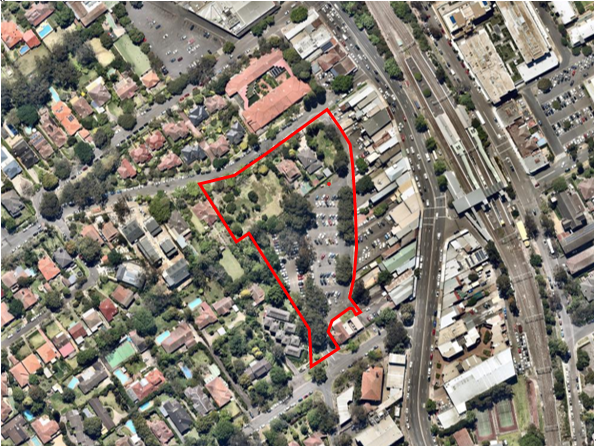
Image 1 – Aerial photo, site outlined in red
(Source: Nearmap, image dated 22 October 2019)
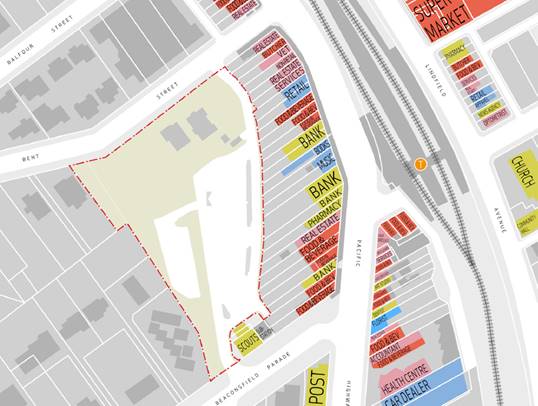
Image 2 - Site boundaries, site outlined in red
(Source: Urban Design Report, AJ+C, Oct2019)
As noted above the site is currently zoned B2 Local Centre
and part R4 High Density Residential under the Ku-ring-gai Local
Environmental Plan (Local Centres) 2012.
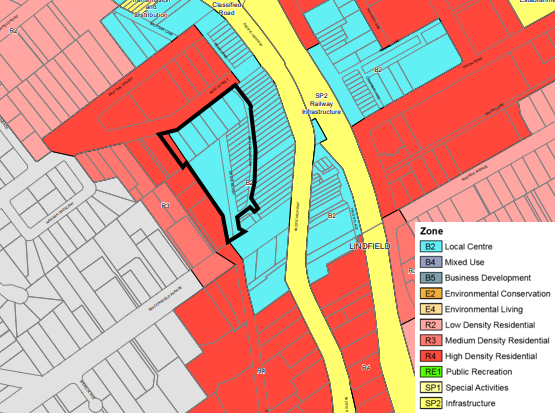
Image 3 – Zoning Map Extract KLEP Local Centres
2012
Permitted land uses in the R2 Local centre zone include:
Boarding houses; Centre-based child care facilities;
Commercial premises; Community facilities; Educational establishments;
Entertainment facilities; Function centres; Group homes (permanent); Hostels;
Information and education facilities; Light industries; Medical centres; Oyster
aquaculture; Passenger transport facilities; Recreation facilities (indoor);
Registered clubs; Respite day care centres; Restricted premises; Roads; Seniors
housing; Service stations; Shop top housing; Tank-based aquaculture; Tourist
and visitor accommodation; Water reticulation systems; Any other development
not specified in item 2 or 4.
Permitted land uses in the R4 High Density Residential zone
include:
Attached dwellings; Bed and breakfast accommodation;
Boarding houses; Building identification signs: Business identification signs;
Centre-based child care facilities; Community facilities; Dwelling houses;
Environmental protection works; Exhibition homes; Flood mitigation works;
Home-based child care; Home businesses; Home industries; Hostels; Multi
dwelling housing; Neighbourhood shops; Oyster aquaculture; Places of public
worship; Recreation areas; Residential flat buildings; Respite day care
centres; Roads; Seniors housing; Shop top housing.
Development History
The Lindfield Village Hub
site was the subject of a site specific Planning Proposal and master plan which
resulted in a previous amendment to KLEP Local Centres 2012 published in March
2017 (Amendment No. 6) and included changes to the zoning, height and floor
space ratio (FSR) provisions. Council has since reconsidered the site
development potential in line with North District Plan and LSPS
objectives. Subsequently, a report was put to the Council meeting of
20 August 2019 seeking Council’s endorsement of the lodgement of a
Planning Proposal seeking to amend the KLEP Local Centres 2012 to increase the
maximum height and Floor Space Ratio (FSR) provisions applying the site. At the
meeting the Council resolved:
A. That Council endorse preparation
and lodgement of a Planning Proposal, in accordance with Section 3.33 of the
Environmental Planning and Assessment Act 1979, seeking to amend the
Ku-ring-gai LEP (Local Centres) 2012 as it applies to the Lindfield Village Hub
site as follows:
i.
With a height control of no higher than the highest building in
Lindfield being 23 – 41 Lindfield Avenue (known as the Aqualand building)
which equates to no more than a 9 storey building on the Lindfield Village Hub
site, including a provision at Clause 4.3 to allow for roof top plant, lift
overruns and rooftop communal open space (and associated structures) to be
located above the proposed maximum height limits, where appropriate.
ii.
Amend the current additional permissible use provision at Clause
29 in Schedule 1 to allow development for the purpose of attached dwellings on
the site, at the corner of Bent Street and Drovers Way, Lindfield.
B. That Council note the
proposed amendment of Part 14E of the KDCP (LC) 2012 to reflect the Planning
Proposal and the associated Urban Design Report and that this will remove
reference to the current Lindfield Village Hub Masterplan.
C. That Council note the
requirement to retain Lot 3 of DP1226294 as part of the project site area.
D. That Council note
that the minimum areas (m2) to be provided for the following project components
are as follows:
1 local
park 3,000m2
2. plaza
900m2
3. library
1,250m2
4. community
facility 1,200m2
E. That a funding
strategy be developed to offset the anticipated reduction in revenue due to the
reduction in proposed building heights.
F. That Council
authorise the General Manager to finalise the Planning Proposal on its behalf
as landowner, in accordance with recommendations A-E, and to submit the
Planning Proposal to the relevant Planning Authority (Council).
Heights greater than 9 storeys were originally proposed for
the site, however Council resolved to reduce the proposed height to a maximum
of 9 storeys consistent with the existing tallest development within the
Lindfield Local Centre on the northern side of the railway line (Aqualand
building at 23-41 Lindfield Avenue).
Relevant to resolution A (i) and (ii) above, post lodgement
the Planning Proposal has been amended to:
(1) remove
the provision to allow attached dwellings on the site; and
(2) limit
the provision which seeks to allow additional height over the permitted maximum
for the roof top plant, lift overruns and rooftop communal open space (and
associated structures) where appropriate to the site only and not to include it
as a general provision that would apply to all land where KLEP Local Centres
2012 2012 applies.
The subject Planning Proposal is otherwise consistent with
the above resolution of Council.
Comments
The Planning Proposal has been assessed against the
provisions of the Department of Planning, Industry and Environment’s ‘A
guide to preparing Planning Proposals’ and section 3.33 of the Environmental
Planning and Assessment Act 1979.
A detailed evidence-based assessment of the Planning
Proposal and its supporting studies has been conducted. The Planning
Proposal provides sufficient evidence to demonstrate that the proposal has
strategic and site-specific merit. Accordingly, the Planning Proposal is
supported subject to the incorporation of the recommended amendments stipulated
in this report and in the Table of Assessment at Attachment A1.
The following is a summary assessment of the key planning
issues associated with the Planning Proposal.
Strategic Merit
A Planning Proposal must demonstrate that the proposed
amendments to a local environmental plan have strategic and site specific
merit. The following is an assessment of the relevant merits of the Planning
Proposal.
Regional Plan
The Planning Proposal is consistent with the objectives of
the Greater Sydney Region Plan – A Metropolis of Three Cities, in
particular:
· Objective 4
– Infrastructure use is optimised;
· Objective 7
– Communities are healthy, resilient and socially connected;
· Objective 10
– Greater housing supply;
· Objective 11
– Housing supply is more diverse and affordable;
· Objective 14
– Integrated land use and transport creates walkable and 30 minute
cities;
· Objective 22
– Investment and business activity in centres;
· Objective 27
– Biodiversity is protected, urban bushland and remnant vegetation is
enhanced; and
· Objective 31
– Public open space is accessible, protected and enhanced.
A Metropolis of Three Cities outlines that
liveability incorporates access to housing, transport and employment as well as
social, recreational, cultural and creative opportunities. Improved
health, public transport and accessibility outcomes are achieved through the
provision of schools, recreation, transport, arts and cultural, community and
health facilities in walkable, mixed-use places co-located with social
infrastructure and local services. Mixed-use neighbourhoods close to centres
and public transport improve the opportunity for people to walk and cycle to
local shops and services. Enhancing the safety, convenience and accessibility
has many benefits, including healthier people, more successful businesses and
centres. The proposal is consistent with these principles.
District Plan
The North District Plan
highlights that the North District will continue to grow over the next 20 years
with demand for an additional 92,000 dwellings. The five-year target (to
2021) for Ku-ring-gai is to provide an additional 4000 dwellings.
Additional housing is to be provided in locations which are linked to local
infrastructure. The focus of growth is therefore on strategic centres and
areas close to transport corridors.
The Planning Proposal is consistent with the following
planning priorities of the North District Plan:
· Planning Priority
N1 – Planning for a city supported by infrastructure;
· Planning Priority
N3 – Providing services and social infrastructure to meet people’s
changing needs;
· Planning Priority
N4 - Fostering healthy, creative, culturally rich and socially connected
communities;
· Planning Priority
N5 - Providing housing supply, choice and affordability, with access to jobs,
services and public transport;
· Planning Priority
N6 - Creating and renewing great places and local centres, and respecting the
District’s heritage;
· Planning Priority
N12 – Delivering integrated land use and transport planning and a 30min
city;
· Planning Priority
N20 – Delivering high quality open space; and
· Planning Priority
N21 – Reducing carbon emissions and managing energy, water and waste
efficiently.
The Planning Proposal will allow for a mixed-use development
providing community facilities, a new park, retail development and 150+ new
dwellings in a well-located site within the Lindfield Local Centre, in close
proximity to public transport and a major transport route (Pacific
Highway). The co-location of residential dwellings, social infrastructure
and local services in centres provides for a more efficient use of land and
enhances the viability of the centres and public transport. The proposal
is therefore in accordance with the North District Plan strategy to focus
growth in areas close to public transport as well as with the concept of a
30-minute city.
In accordance with the Department of Planning, Industry and
Environment’s ‘A guide to preparing Planning Proposals’,
a Planning Proposal is deemed to have strategic merit if it is consistent with
the relevant district plan. As outlined above it is considered that the
proposal is consistent with the objectives, priorities and strategies of both
the Greater Sydney Region Plan and the North District Plan. It is
therefore considered to have strategic merit.
Ku-ring-gai Local Strategic Planning Statement (LSPS)
The Ku-ring-gai LSPS came into effect on 19 March 2020 and provides
a 20 year vision and planning priorities and associated actions for land use
planning in Ku-ring-gai. The Planning Proposal is considered to be consistent
with the stated vision and the following planning priorities in the Ku-ring-gai
LSPS:
· K1. Providing well
planned and sustainable local infrastructure to support growth and change;
· K3. Providing
housing close to transport, services and facilities to meet the existing and
future requirements of a growing and changing community;
· K4. Providing a
range of diverse housing to accommodate the changing structure of families and
households and enable aging in place;
· K6. Revitalising
and growing a network of centres that offer unique character and lifestyle for
local residents;
· K7. Facilitating
mixed-use developments within the centres that achieve urban design excellence;
· K11. Promoting
Lindfield as a thriving and diverse centre;
· K12. Managing
change and growth in a way that conserves and enhances Ku-ring-gai’s
unique visual and landscape character;
· K14. Providing a
range of cultural, community and leisure facilities to foster a healthy,
creative, culturally rich and socially connected Ku-ring-gai; and
· K17. Providing a
broad range of open spaces, sporting and leisure facilities to meet the community’s
diverse and changing needs.
The Planning Proposal does not adequately address the
planning priority K5. Providing affordable housing that retains and
strengthens the local residential and business community as claimed. There
is no intent in the Planning Proposal to provide a dedicated affordable housing
component in the future development and Council is yet to establish a SEPP 70
Affordable Housing Scheme to require the provision of affordable housing on the
site. The mere provision of additional housing does not in itself contribute to
housing affordability.
State Environmental Planning Policies (SEPPs) and
Ministerial Directions
The Planning Proposal is not inconsistent with the State
Environmental Planning Polices (SEPPs) applicable to the site and is generally
consistent with the applicable Ministerial Directions (Section 9.1 Directions).
Site Specific Merit
The subject site is considered to be suitable for increased
height and density, particularly given its location near to public transport,
the Pacific Highway and within the Lindfield Local Centre.
Notwithstanding this, the Planning Proposal does give rise to some potential
impacts that should be addressed via amendments prior to it being forwarded to
the Department of Planning, Industry and Environment for a Gateway
Determination.
The following comments and recommended amendments are made
cognisant of the fact that a Planning Proposal is not a development application
and does not consider the specific detailed matters for consideration under
Section 4.15 of the Environmental Planning and Assessment Act 1979. A
Planning Proposal only relates to an LEP amendment, and therefore needs to
demonstrate that the proposed amendment itself is acceptable, with any future
detailed design to be assessed at the later development application
stage. Notwithstanding this, it is noted that an indicative design has
been put forward as part of the Planning Proposal to illustrate the potential
future built form that could be permissible subject to approval of the LEP
amendment (and associated DCP controls).
Height
The location of the Lindfield
local centre on the Highway and adjacent to the rail transport corridor with
easy access to the Sydney CBD, indicates that it is an area appropriate for
higher density (and height) transit-orientated development in accordance with
the planning priorities outlined in the North District Plan. Given the
strategic context, it is anticipated that the applicable heights and densities
in the local centre will be increased in the future and that the proposed
heights on the site should therefore be in keeping with the future context.
The Planning Proposal seeks
to amend the applicable maximum height and floor space ratio (FSR) for the site
to allow for a maximum permissible height of 9 residential storeys (RL127.5)
consistent with the existing maximum height within the Lindfield Local Centre
(to the north-east of the highway).

Image 4 – Basis of proposed height control
(Source: Urban Design Report, AJ+C, Oct. 2019)
It is proposed that the highest building on site would be
located in the north-east (9 storeys) with a lower building to the south-west
(community building 4-5 storeys albeit with commercial floor to floor heights).
A further 9 storey residential building is proposed at the southern end of the
site. The urban design analysis submitted with the application
acknowledges that the maximum height applicable to land adjacent to the site
(east and west) is likely to increase over time. Land to the east
(fronting the Pacific Highway) currently has an existing 11.5m height limit (3
storeys) and land to the west 17.5m (5 storeys). The analysis indicates
that with the indicative design, appropriate separation distances to adjacent
land are available based on existing and potential future height limits. The
existing and proposed new roadways and proposed setbacks provide appropriate
buffers to adjacent land and will ensure that future buildings can be designed
to comply with relevant separation.
In relation to the appropriateness of buildings up to 9
residential storeys in height in the subject location, it is acknowledged that
the site is on sloping land below the ridge line on which the railway line is
located. The proposal, as amended, provides for a maximum height
consistent with the existing maximum height within the centre which is
considered not inappropriate. The site is highly accessible being
immediately adjacent to development fronting the highway and within 45m walk of
the train station. The proposed additional height and development density
will allow the precinct to become a community focal point as planned and
provide for the delivery of significant community facilities in the form of a
new park, community centre, library and childcare centre in addition to public
domain improvements, retail development and new high density housing.
Further the proposed buildings will not result in any significant adverse
impacts in terms of adverse shadow or visual impact and will provide
appropriate amenity for future residents subject to detailed assessment at the
development application stage. It is therefore considered that the proposed
height is acceptable in the location.
Given the minimum floor height requirements under the Ku-ring-gai
Local Centres Development Control Plan (Local Centres DCP), a height of
RL127.5 (31m) would accommodate a 9 storey residential or mixed use building
when viewed from any street however in the high part of the site sufficient
room may not be available under the maximum RL to provide for rooftop plan,
lift overruns and rooftop communal open space (and associated structures and
access there to). On the lower parts of the site it is considered likely
that the proposed height would be able to accommodate these structures.
The Planning Proposal therefore seeks to insert a new clause
into KLEP Local Centres 2012 to allow for roof top plant, lift overruns and
rooftop communal open space (and associated structures and access there to) to
be located above the proposed maximum height limits, where appropriate. This
new clause is proposed as a site specific clause and would therefore only apply
specifically to the subject land.
Clause 4.6 of the LEP currently allows Council to consider
variations to the maximum height of building control on a site by site basis
where it can be demonstrated that strict application of the control is
unnecessary and unreasonable in the circumstances of the case. Council
has advised that it generally supports variations for the purposes rooftop plant,
lift overruns and rooftop communal open space where adequately justified on a
case by case basis. However in the particular circumstance and given the slope
of the land and the proposed RL height limits, it is considered appropriate
that the subject clause be inserted into the LEP to provide certainty and to
allow for minor encroachments into the maximum height limit where
justified. It will provide flexibility for the future design of the
development on a site that has a significant fall.
Floor Space Ratio
In terms of FSR a maximum FSR of 2.21:1 is proposed across
the site where a maximum FSR of 1.3:1 currently applies. An estimated
gross floor area of 25,600m2 (equating to an FSR of 2.21:1) has been calculated
given the proposed land use mix illustrated in the indicative design, as
follows:
· GFA Residential =
14,459 m2
· GFA Retail = 8,142
m2
· GFA
Community = 2,450m2
· GFA Child Care =
550m2
· Total = 25,600m2 /
site area 11,580m2 = FSR 2.21:1
The indicative design illustrates that an FSR of 2.21:1 can
be achieved on the site in a scheme which is compliant with relevant controls
and which demonstrates design excellence. It is therefore considered that an
FSR of 2.21: would sufficiently allow for a suitable development of the site up
to 9 (residential or mixed use) storeys in height whilst at the same time
ensuring all relevant community and open space infrastructure is delivered.
In addition to LEP amendments it is proposed to amend the
Ku-ring-gai Local Centres DCP (KLCDCP) to include detailed but simplified
controls to guide the future development of the precinct. Proposed controls
include requirements in relation to the proposed planned future character
including:
· identification
of building footprints;
· access
and movement arrangements;
· public
domain requirements;
· community
infrastructure to be delivered by VPA or other delivery mechanism;
· setbacks;
· built
form and
· roads
It is considered that the proposed DCP controls are
generally acceptable subject to some minor amendment as outlined in the Table
of Assessment at Attachment A1
However in relation to the proposed land use mix, the DCP
provisions as currently drafted would require that a minimum of only 5,000m2
of retail / commercial floor space be delivered as part of the future
development. This is in contrast to the indicative design which provides
for 8,142m2 of retail floor space. Concern has been raised by Council’s
Urban Design specialist that this provision could lead to reduced retail floor
space and would result in pressure to convert excess floor space to residential
use thereby stretching the building envelope and potentially compromising
residential amenity. This position is supported by Council staff. To address
this issue it is considered appropriate that a limit be placed on the
permissible residential floor space on site. A limit of a maximum
residential FSR of 1.3:1 is recommended. This would equate to a maximum
residential floor space of 15,054m2 or approximately 59% of the maximum total
floor space allowed on site. The indicative design provides for 14,459 m2 of
residential floor space therefore this allocation would easily be accommodated
within this limit. It is considered that the proposed limit is reasonable
and will encourage the remaining floor space to be taken up by
retail/commercial uses. Should this not be viable a smaller development overall
would result. Either way an appropriate land use mix would be achieved.
The proposed limitation should be implemented through the
additional of subclause (2) in proposed Clause 6.9 as follows:
“6.9 Lindfield Village Hub development
(1) This
clause applies to land known as “Lindfield Village Hub” in Lindfield
at 1 Woodford Lane, 2-12 Bent Street, 1B Beaconsfield Parade, Drovers Way road
reserve, 19 Drovers Way, and Woodford Land road reserve, Lindfield.
(2) The
consent authority may grant development consent to development for the purpose
of permissible residential uses on site but not where the total proposed
residential uses exceed a maximum FSR of 1.3:1
(3) The
consent authority may grant development consent to development for the purpose
of rooftop plant, lift towers, lift motor rooms and or communal open space and
access to and structures associated with such space, that would exceed or
causes a building to exceed, the height limits set by clause 4.3, but only if
the consent authority is satisfied that the structures:
(a) are
for the purposes of equipment servicing the building, plant rooms, lift towers,
lift motor rooms, fire stairs and other areas used exclusively for mechanical
services or ducting; or
(b) are
for the purpose of communal open space and access to, and structures associated
with that space; or
(c) for
both (a) and (b); and
(d) are
not an advertising structure; and
(e) does
not include floor space area and is not reasonably capable of modification to
include floor space area; and
(f) will
cause minimal overshadowing; and
(g) any
such rooftop structure referred to in (1)(a) and 1(b) is fully integrated into
the design of the building.”
Traffic and Parking
The Transport and Traffic Impact Assessment Report provided
with the Planning Proposal (Attachment A4) notes that the land uses
proposed as part of the revised masterplan for the Lindfield Village Hub site
are consistent with the land uses approved in the original masterplan for the
site. However, the revised masterplan includes a minor increase to retail uses,
no commercial uses and the residential dwelling yield is proposed to increase
by 63 units to a total of approximately 158 dwellings (Note: this number has
not been revised to reflect the amended design). In addition, the
report notes that the number of commuter parking spaces to be included within
the development would be 135 spaces in addition to the replacement of the
existing 109 spaces on site either within the basement or on street along the
proposed new roadways within the site and spaces for other relevant uses
totalling approximately 788 spaces.
Based on the proposed breakdown of land uses as outlined
above, the report concludes access to and from the site would generally be
available from the Pacific Highway via a new signalised intersection at
Beaconsfield Parade, left-out at Bent Street, and the existing signalised
intersection at Balfour Street and Havilah Road.
Utilising the Roads and Maritime Services Guide to
Traffic Generating Developments the proposed development would generate a
demand for 544 parking spaces in addition to the replacement of existing
parking spaces and provision of 135 commuter parking spaces for Transport for
NSW.
The Transport and Traffic Impact Assessment Report notes
that the site is strategically well positioned to accommodate a mixed-use
development with high quality recreational and community uses as it is aligned
with the objectives of the Lindfield Local Centre DCP, Future transport 2056
and the Greater Sydney Region Plan, based on the following:
· located within a
10-minute walking catchment of several local services including retail,
supermarkets, educational and recreational;
· located within
30-minutes of several employment, health and educational centres or precincts
via public transport; and
· located within
30-minutes of several productivity and liveability destinations via cycling, as
well as the Chatswood and Macquarie Park strategic centres.
It further notes that future planning of the Lindfield local
centre should seek opportunities to maximise the ability to walk and cycle
to/from the above locations via improvements to the walking and cycling
networks.
In terms of traffic and intersection impacts the report
identifies that the intersection of the Pacific Highway and Beaconsfield Parade
requires signalisation as part of the project to enable right turn movements
onto the Pacific Highway from the development (although this would be required
with or without the development) and that subject to this provision the
proposal will not result in an unacceptable traffic or pedestrian impact.
It also notes that options exist to improve pedestrian connections across the
Pacific Highway and that travel demand management measures should be
implemented as part of any future development. This includes a site
specific travel plan, limiting parking provision, bicycle parking provision and
accommodating ride-sharing and car sharing on-site. These requirements
should be included in the site specific DCP provisions applying to the
site. Further the report indicates that the existing public transport provision
is capable of meeting the demand generated by the development.
Council’s Strategic Traffic Engineer has reviewed the
Planning Proposal and Transport and Traffic Impact Assessment and has advised
that:
· The site has
good access to public transport for new residents, and its location would
provide them with access to a substantial number of jobs located in surrounding
Strategic Centres and Health/Education precincts within 30 minutes by public
transport, which is consistent with the North District Plan’s Planning
Priority N12;
· A relatively
high proportion of workers in the Zone are from the Lindfield/Roseville area,
and the majority of them use a car to access the workplace despite the typical
distance to work being less than 4km for these workers. This has implications
for provision of parking for staff of the retail and community uses, but also
for targeting improved walkability, active transport and public transport, in
order to reduce the demand on private vehicle use;
· There is a good
selection of primary and secondary retail, basic health/medical, educational,
leisure/recreational and community cultural facilities within 5 minute walk of
the site, which would contribute to the overall liveability and walkability of
the site;
· Improving the
place function of the streets adjacent to the site could be achieved through
the implementation of high level strategies including traffic calming, improved
pedestrian/bicycle access and priority and public domain improvements;
· The additional
rail passenger demand generated by the proposal over the peak period is
unlikely to cause (or significantly worsen) congestion at Lindfield Station,
given there is spare capacity on rail services at Lindfield during the peak
periods;
· Despite some
short term bus stop capacity issues on Pacific Highway outside Lindfield
station, the expected low demand for bus journeys to work during the peak
period as a result of the proposal is unlikely to cause capacity at nearby bus
stops. Similarly, given the low proportion of workers in the area using buses
for their journey to work, the new workers are unlikely to cause capacity
issues.
The advice notes that there are some issues with the
Transport and Traffic Impact Assessment which should be amended including:
· The calculated traffic
generations for the specialty retail uses in Table 7.2 appear not to be based
on the relevant traffic generation rate in Table 7.1. This needs to be
recalculated and updated in the table;
· For the AM peak
hour traffic generation rate for retail uses noted in Table 7.1, the 50%
reduction to the AM peak hour traffic generation rate appears to have been
applied to the resulting traffic generations in Table 7.2. This needs to be
recalculated and updated;
· The footnote to
Table 7.2 suggests that the traffic generation from retail uses has been
reduced by 20%, to allow for linked multiple-purpose trips as suggested in
Transport for NSW/RMS guidelines. However, this discount appears to have not
been applied to the weekday PM peak hour and Saturday peak hour traffic
generations. This needs to be recalculated and updated;
· A link diagram,
showing existing and future intersection movement counts, should be provided as
part of Section 7.2, for transparency.
Further, the Strategic
Traffic Engineer’s assessment notes that there are some issues relating
to traffic assignments and the results of the traffic modelling which
incorporate upgrade proposals to intersections on Pacific Highway, particularly
in relation to the proposed traffic signals on Pacific Highway at Beaconsfield
Parade and Strickland Avenue. Since transport infrastructure upgrades on
Pacific Highway are a critical component of the proposal and Transport for NSW
is the roads authority for Pacific Highway, the advice notes that issuing of a
Gateway Determination could be conditional on the applicant providing evidence
of consultation with/in-principle concurrence from Transport for NSW regarding
the matters relating to the state/arterial road network.
Notwithstanding this advice
it is considered that consultation with Transport for NSW can be undertaken
post Gateway Determination during the exhibition of the Planning
Proposal. This will ensure that the views of Transport for NSW are known
prior to a decision being made on whether to proceed with the Planning
Proposal.
Having regard to the above and subject to the amendments
recommended, it is considered that the transport and traffic impact of the
Planning Proposal is acceptable and will not result in any adverse
impacts. A detailed assessment of the final design will be undertaken at
the DA stage.
Overshadowing and Solar access
Shadow diagrams for mid-winter have been provided in the
Planning Proposal’s Urban Design Report for a range of alternative
massing options including the preferred Option 5 upon which the indicative
design is based. The shadow diagrams illustrate that given the site
orientation acceptable solar access can be preserved to adjacent sites with the
proposed building envelopes. The location of the proposed public park in
the northern corner of the site will ensure solar access is optimised
throughout the year. Shadows generally fall to the south-west in the am but by
midday are largely contained within the site. In the afternoon shadows
fall to the east on the rear of neighbouring retail development which fronts
the Pacific Highway. The diagrams therefore illustrate that adjacent
sites will retain at least a minimum of 3 hours of sunlight with the proposed
development in midwinter based on the preferred envelope. Further the
additional shadow resulting from the proposed increase in height, when compared
to the existing master plan (which is reflected in the existing DCP controls),
is not considered to result in any significant impact. This is considered
acceptable, noting that further detailed assessment would be undertaken at the
development application stage.
In terms of solar access within the development, it is noted
that the submitted indicative design complies with the ADG requirements and
that greater than 70% of units will receive 2 hours+ of sunlight to living
areas and private open space in mid-winter. Further less than 15% of units will
receive no sunlight as stipulated. The indicative design therefore
demonstrates that an acceptable design is available within the envelope. The
proposal also complies with the required 70% of units below 9 storeys being
able to be naturally cross ventilated.
It is therefore considered that the proposal is acceptable
in terms of shadows and solar access and natural cross ventilation.
Biodiversity Impacts
The previous master plan and DCP and LEP amendments for the site
provided that the majority of the vegetation on site would be removed.
This will not be altered by the subject Planning Proposal, which seeks to allow
additional height and FSR but does not result in any change to the development
footprint. Accordingly it is considered that the vegetation impact of the
Planning Proposal would be essentially the same as under the current provisions
applying to the site.
A detailed Flora and Fauna Assessment has been prepared
which describes the biodiversity values of the site and outlines measures to be
taken to avoid, minimise and mitigate impacts to the vegetation and species
habitat present.
The report identifies the number of biodiversity credits
that would need to be retired if the development proceeds as contemplated by
the Planning Proposal. It is noted that the offset requirements are not
required at the Planning Proposal stage, but would be applicable at Development
Application stage. The same arrangements would be applicable to development of
the site under the current planning controls.
Notwithstanding the addition of the proposed pocket park and
retention of the Tallow-wood tree, the revised design provides opportunities
for an improved landscape setting and has a positive biodiversity impact.
Council’s Manager Environment and Sustainability has
provided a referral for the Planning Proposal which generally concurs with the
Flora and Fauna Assessment noting that a detailed Biodiversity Development
Assessment Report will be required at the DA stage. However the advice
also recommends amendments to the draft DCP provisions as follows:
· The creation of
vegetative connectivity between the two parks on Bent Street (as shown in the
reference scheme and site specific DCP), is a positive outcome. To ensure that
this outcome is realised the existing objective within the site specific DCP
should be updated to address this desired future outcome.
· New point - A
community ‘pocket park’ to the north on Drovers Way. To include
open space with deep soil planting consisting of locally native tree, shrub and
understorey species, that reflect the relevant vegetation communities within
the area; and is to exclude monocultures. This area may also include salvaged
hollows or nest boxes.
· New point - A
community ‘pocket park’ to the south of Drovers Way. To protect
existing significant Tallow-wood tree. Providing deep soil planting including
locally native tree, shrub and understorey species (excluding monocultures).
· Edit of point 3
(p 14-5) - “A community park on Bent Street of minimum 3,000m2 in size.
It is to include a large open space with deep soil planting on the
north-eastern corner of the site fronting Bent Street and Woodford Lane, play
space, and flexible open space.”
The Urban Design Report proposed controls regarding
street tree plantings (Section 5.2 Figure 96 – 99) are supported. This
should be further informed by the following control: To enable planting of
large trees within public open space (where deep soil is restricted by basement
car parking), use of tree pits / values or other engineered structures is
required.
These amendments are recommended in the Table of
Assessment at Attachment A1.
The referral also recommends that the newly proposed pocket
park on Bent Street be rezoned from existing R4 High Density Residential to RE1
Public Recreation as the land has been counted as deep soil area, provides for
the conservation of an existing significant Tallow-wood tree and to provide
improved consistency with the desired future use. It is considered that
this is not necessary given the proposed Draft DCP provisions and as the land
is included in the overall site to which the total maximum FSR applies.
The Draft DCP provisions should however be strengthened to ensure this outcome
as recommended (refer Table of Assessment at Attachment A1).
Contamination
Phase 1 and Phase 2 contamination reports were submitted
with the Planning Proposal. The Phase 2 report notes that the site is not
currently suitable for the proposed land use however can be made suitable
subject to remediation and that a remediation action plan would therefore be
required with any future development application.
However, the Planning Proposal allows an additional
permissible land use: residential flat buildings on part of the site. It
therefore changes the existing permissible land uses and provides for a use
which Council cannot currently be satisfied is a suitable use for the
site. Accordingly a remediation action plan should be prepared that
clearly establishes that the site can be made suitable for the proposed future
use prior to forwarding the Planning Proposal to the Department for a Gateway
Determination.
Council’s Manager Environment and Sustainability has
also advised that further groundwater assessment (and potentially a groundwater
management plan) is required to inform the Remediation Action Plan.
Accordingly this should similarly be undertaken prior to forwarding the
Planning Proposal to the Department for a Gateway Determination.
Social and Economic Impacts
The Planning Proposal identifies the potential social,
economic and environmental benefits of the proposal at a high level, including
increased supply of housing, revitalisation of the existing development and
wider local centre, provision of employment through construction and operation,
and improved public domain interface. More specifically benefits are
identified as:
Library, community centre and
open space benefits including:
· access to services
and programs;
· access to meeting
and work spaces by local businesses and community groups;
· social interaction
benefits;
· increased local
amenity;
· complement to
education institutions;
· environmental
benefits; and
· non-use benefits.
Child care centre benefits
including:
· early childhood
development benefits; and
· workforce
engagement benefits.
Transport benefits including:
· reduced travel
time and vehicle operating costs;
· decongestion
benefit;
· environmental
benefits; and
· pedestrian
benefits.
Transit-Oriented Development
benefits including:
· improved travel
outcomes;
· improved health
outcomes;
· urban
consolidation benefits; and
· improved housing
choices.
Further the economic assessment report notes that when
compared to the base case (master plan proposal consistent with existing
planning controls) the proposal will have the following benefits:
Employment
· The development of
the LVH under the proposed planning controls compared to the current controls
will generate 127 additional FTE jobs during the construction phase, of which
70 will be directly created by construction expenditure on the LVH and an
additional 57 via indirect effects; and
· Once complete, 75
additional FTE ongoing retail jobs will be created and as a result there will
be an additional 66 FTE ongoing indirect jobs created, with total additional
employment associated with the new Planning Proposal estimated at 141
additional jobs
Value-Added
· During the
construction phase there will be an estimated value-added of $20.58M directly
associated with the construction of the LVH and an indirect effect of
additional $15.70M, resulting in a total contribution of $36.28M to
Ku-ring-gai’s Gross Value Added across the construction phase; and
· Once operational
the LVH is expected to contribute $3.47M in value-added, $2.49M directly and
$0.98M indirectly, ongoing for each year of operation
Output
· Output is expected
to increase by a total of $80.04M, $50.7M from direct construction costs and
$29.34M from indirect effects, within the Ku-ring-gai LGA; and
· Operational
activities are expected to contribute an additional $4.99M in output, $3.48M
directly and $1.51M indirectly, ongoing for each year of operation
It is therefore considered that the Planning Proposal will
result in positive social and economic impacts.
Public Benefits
The Planning Proposal identifies a number of public benefits
including the proposed new park and plaza, pocket park, and community
facilities including library, community centre and childcare centre that will
be delivered as a result of the project. While these uses are referred to in
the draft DCP provisions it is considered that further certainty is required to
ensure that these key community and public infrastructure elements are
delivered in a timely manner as part of, or prior to, the overall development
of the land. Draft DCP control 14E.12.6 indicates that the key community
infrastructure is to be delivered through a Voluntary Planning Agreement (VPA)
or other delivery mechanism.
Notwithstanding, it is considered appropriate that prior to
the Planning Proposal being forwarded to the Department of Planning, Industry
and Environment for a Gateway determination, Council (as the Applicant)
provides an assurance that it intends to enter into a Project Delivery
Agreement (or the like) with a developer in which the obligation on the
developer to deliver the public benefits of the park, library, community
centre, childcare will be legally binding. This will provide further certainty
that the key public benefits of the project are delivered.
Amendment to
the Written Instrument
As noted above in addition to map amendments, the Planning
Proposal seeks to make two modifications to the written instrument of KLEP
Local Centres 2012 as follows:
1. Amend Clause 29 in
Schedule 1 (Additional Permitted Uses) to allow residential flat buildings
across the entire site; and
2. Insert
new Clause 6.9 Lindfield Village Hub development to allow the consent authority
may grant development consent to development for the purpose of rooftop plant,
lift towers, lift motor rooms and or communal open space and access to and
structures associated with such space, that would exceed or causes a building
to exceed, the height limits set by clause 4.3, but only if the consent
authority is satisfied that the structures:
(a) are
for the purposes of equipment servicing the building, plant rooms, lift towers,
lift motor rooms, fire stairs and other areas used exclusively for mechanical
services or ducting; or
(b) are
for the purpose of communal open space and access to, and structures associated
with that space; or
(c) for
both (a) and (b); and
(d) are
not an advertising structure; and
(e) does
not include floor space area and is not reasonably capable of modification to
include floor space area; and
(f) will
cause minimal overshadowing; and
(g) any
such rooftop structure referred to in (1)(a) and 1(b) is fully integrated into
the design of the building.”
It is considered that these amendments are appropriate as:
1. allowing
residential flat buildings with consent across the whole site will provide
consistency and allow flexibility in the location of the future buildings on
site; and
2. allowing
for exceptions to the maximum height clause will provide certainty as well as
flexibility and is justified in the circumstances given the slope of the land.
Further rationale for this recommendation is outlined in the
Table of Assessment at Attachment A1.
Amendments required to Planning Proposal
MG Planning supports the Planning Proposal in principle as
it has demonstrated sufficient strategic and site-specific merit to enable it
to be forwarded to the Department for a Gateway Determination, subject to the
recommended changes presented in this report and the Table of Assessment
at Attachment A1.
MG Planning identifies the key changes required to the
Planning Proposal prior to forwarding for a Gateway Determination are as
follows:
1. Amend the Planning Proposal as stated in the Table of
Assessment (Attachment A1)
This is to
ensure that the content is clear, correct and consistent with Council’s
approach to land use planning prior to being presented for Gateway
Determination and subsequent public exhibition.
2. Amend
Building Height map
Maximum building height map to be
reviewed with Council’s urban design specialist to ensure the map
accurately reflects the proposed building envelope and does not inadvertently
provide an opportunity to achieve additional height.
Review annotation of building
height map to make clear maximum RLs (note: current annotation of RL6, 7 and 8
considered confusing as not an RL).
3. Amend
proposed Clause 6.9 to limit the total residential uses on land to a maximum
FSR of 1.3:1
As outlined in this report,
proposed Clause 6.9 is to be amended to impose a limit of a maximum FSR of
1.3:1 on residential uses on the site.
4. Amend
Schedule 1 ‘Additional Permitted Uses’ Clause 29
As outlined in this report, the
proposed Schedule 1 amendment is to be modified to allow residential flat
buildings across the entire site
Prepare an Additional Uses Map
for the purposes of Schedule 1 Clause 29 (as above).
5. Amend the Draft DCP
As
outlined in this report, an amended Draft DCP is to be provided (as outlined in
Table of Assessment (Attachment A1)) which includes, among other
matters identified, the following key amendments:
· requires active
uses on Bent Street and wrapping around the corner of Bent Street and Drovers
Way;
· identifies that
the future community building is to be located at the corner of Bent Street and
Drovers Way and is to provide an active frontage and direct pedestrian
connection to both Bent Street and the park;
· requires that the
park is to be located at or as close as possible to the level of Woodford Lane
to ensure direct and accessible pedestrian access from the laneway for the full
length of its frontage, and
· requires that the
park is to be open to the sky and that the plaza is also to be open to the sky
with the exception of awnings or the like where required for weather protection
only.
6. Amend
other reports as outlined in Table of Assessment (Attachment A1).
The proponent is to submit to Council two (2) hard copies of
all documents (amended Planning Proposal and all attachments) and a USB with
pdf versions of all documents and a Word version of the Planning Proposal.
ADVICE FROM KU-RING-GAI LOCAL PLANNING PANEL
Local Planning Panels
Direction – Planning Proposals issued by the Minister for Planning under
Section 9.1 of the Environmental Planning and Assessment Act 1979 requires
Council to refer all Planning Proposals prepared after 1 June 2018 to the
Ku-ring-gai Local Planning Panel for advice, before it is forwarded to the
Minister for a Gateway Determination under Section 3.34 of the Environmental
Planning and Assessment Act 1979.
The Planning Proposal was reported to the Ku-ring-gai Local
Planning Panel Meeting on 6 April 2020. A copy of the minutes of the meeting is
included as Attachment A12. The Panel’s advice was that the
Planning Proposal be submitted to the Department of Planning, Industry and
Environment for a Gateway Determination, subject to the amendments detailed in
the report and Table of Assessment, and subject to the following amendments:
1. Post
Gateway approval, but prior to the exhibition of the Planning Proposal, the
applicant is to provide evidence of the in-principle support of Transport for
NSW.
Reason: To
allow for Transport NSW to provide comment on the infrastructure in a timely manner
2.
Appendix 1– Table of Assessment P10: add:
Prior to the Planning
Proposal being forwarded for a Gateway determination, Council (as the
Applicant) is to provide assurance that it intends to enter into a Project
Delivery Agreement (or the like) which includes, a legally binding obligation
imposed on the Developer to deliver the public benefits of the park, library,
community and childcare centres at the first stage of development.
Reason:
To ensure the community facilities are delivered in the first
stage of the development.
3. Delete
Clause 6.9(3) – Site Specific Height Exception Clause.
Reason:
To provide a consistent definition of height across the LGA
and avoid site specific definitions.
4. Provide a Remediation Action Plan (RAP) prior to
exhibition of the Planning Proposal.
Reason: Phase 1 and Phase 2
contamination reports conclude that the site can be made suitable for the
proposed uses. It is reasonable for a RAP to be provided prior to exhibition.
5. Proposed
Clause 6.9 be amended to impose a limit of a maximum FSR of 1.3:1 on
residential uses (excluding affordable housing) on site notwithstanding the
maximum permissible FSR of 2.21:1.
Reason:
The residential FSR cap should not include affordable
housing to provide an incentive to include affordable housing in this
development.
6. Draft
DCP, Public Domain 4 – add additional provision as follows:
vi) retain and
protect the existing Tallowwood tree in the south of the site within the
proposed pocket park to the west of Drovers Way
Reason:
To protect the significant tree on the site
The KLPP also resolved that:
Should a Gateway Determination
be issued for public exhibition of the Planning Proposal, site specific
amendments to the Local Centres DCP as outlined in this advice report to be
prepared and placed on public exhibition concurrent with the Planning Proposal.
Response to Advice from Ku-ring-gai Local Planning Panel
The following is an
assessment of the merit of the advice provided by the KLPP and the potential implications
for the planning proposal and Council.
1. Consultation
with Transport for NSW:
Council’s
Strategic Traffic Engineer suggested that the issuing of a Gateway for the
Planning Proposal could be conditional upon the applicant providing evidence of
consultation with/in-principle concurrence from Transport for NSW regarding the
matters relating to the state/arterial road network. The MG Planning assessment
was of the view that Transport for NSW concurrence should sought as part of
agency consultation during the exhibition period, post gateway.
The KLPP formed the view that it
was important that members of the public knew that there was in-principle
support from Transport for NSW the traffic network could support the Planning
Proposal prior to public exhibition.
Council has been in ongoing
dialogue with Transport for NSW (formally RMS) regarding network planning and
required infrastructure upgrades for Lindfield over many years without final
resolution. The current phase of discussions were commenced in 2015. Earlier
unresolved discussions commenced as early as 2013.
To try to
seek a resolution, even if it is only ‘in principal support’ prior
to public exhibition, has the potential to cause significant undue delay. It is
standard practice that principle infrastructure agency consultation on planning
proposals occur post Gateway.
This recommendation from the
Panel should not be supported by Council and formal consultation with Transport
for NSW should occur post the issuing of a Gateway Determination for the
Planning Proposal.
2. Project Delivery Agreement
MG Planning formed the view that,
in order to provide greater certainty that the key public benefits of the
project are delivered, prior to the Planning Proposal being forwarded to
DPI&E for a Gateway determination, Council (as the Applicant) provide an
assurance that it intends to enter into a Project Delivery Agreement (or the
like) with a developer in which the obligation on the developer to deliver the
public benefits of the park, library, community centre, childcare will be
legally binding. The KLPP supported this position but also felt that, should
the project delivery be staged, the community benefits should be delivered in
the first stage. This would provide even greater certainty that the community
benefits from the project will be delivered in a timely manner.
While this approach is at face
value reasonable, given Council is in the financial tender stage of project
delivery, this recommendation from the Panel should be noted by Council only and
addressed when it considers formal tenders in coming months.
3. Site
Specific Height Exception Clause
The
Planning Proposal seeks to insert a new site specific clause into KLEP Local
Centres 2012 to allow for roof top plant, lift overruns and rooftop communal
open space (and associated structures and access there to) to be located above
the proposed maximum height limits, where appropriate. The purpose of the
clause is to provide certainty and to allow for minor encroachments into the
maximum height limit where justified without the reliance on clause 4.6 of the
LEP. It would provide flexibility for the future design of the development on a
site that has a significant fall.
The KLPP did not support the
inclusion of this site specific clause as it would provide an inconsistent
definition of height across the LGA. It is of the view that site specific
definitions should be avoided.
While this view of the KLPP is
noted, it should be noted that it is proposed to measure the height of
buildings on the site through the use of a RL control rather than measuring in
metres. The use of an RL control is a more precise measure and it differs to
most other land in Ku-ring-gai. The only other land using the RL control is the
recently rezoned portion of the Killara Golf Club. Given the precise nature of
an RL control, the inclusion of the proposed clause 6.9 on the site can be
justified to allow the design flexibility required without the uncertainty
presented by the reliance of clause 4.6 for any variation to the height
controls.
The proposed clause 6.9 is
similar to the Standard LEP optional clause 5.6 Architectural
roof features, which is used by a number of Local Government Areas within
the Sydney metropolitan area. The objective of the clauses are to facilitate innovative
design while ensuring that roof features are decorative elements and that the
majority of the roof is contained within the maximum building height standard.
Other options available to
councils who wish to provide flexibility in building height, while ensuring
good design outcomes without significant impact on local amenity, is the use of
a design excellence clause such as that used in the former Ku-ring-gai Town
Centres LEP 2010. Clause 6.4 Urban design excellence for Key
Sites sought to deliver the highest standard of urban and architectural
design outcomes for Key Sites in the Ku-ring-gai town centres by providing
additional height and floor space to proposals exhibiting outstanding
architectural and urban design. The merit and potential impact of the proposals
would be assessed by an independent panel of planning and design experts. Other
Council’s such as Hornsby and Parramatta include ‘design
excellence’ clauses in their LEPs that intend to facilitate similar
outcomes. The Department of Planning, Industry and Environments’ Design
Excellence Guideline (2010) defines design excellence. There may be
potential scope to revisit such a clause.
In
regard to height more generally, over the past 18 months Council has undertaken
detailed built form studies for each of the four Local Centres. The studies
were undertaken by experienced firms including CHROFI Architects, SJB Urban and
Roberts Day. These companies are regularly working across Sydney on similar
projects for local government and State government. The built form studies
independently confirmed that heights of 12 to 15 storeys on selected sites in
Turramurra, Lindfield and St Ives, and heights of 20+ storeys in Gordon, are
appropriate, for the Ku-ring-gai Local Centres, within a broader Sydney Metro
context.
Council
engaged Jones Lang LaSalle and AEC Consultants to analyse development
feasibility in each of the four centres. The studies found that commercial
properties within the B2 zones are characterised by very high land values
(particularly when compared to residential land), small lots and fragmented
ownership patterns. The studies found that redevelopment of small commercial
properties, typically the shops along the highways, require FSRs greater than
4.0:1 (and as high as 6.5:1) to reach development feasibility; redevelopment of
large sites with a mix of retail and commercial uses to mixed use development
require FSRs of higher than 3.0:1 to be feasible. Built form modelling
indicates these FSRs typically result in building heights greater than 12
storeys.
The
appropriate height standards and controls applying to this and other key sites
in the primary Ku-ring-gai local centres is an ongoing consideration. In the
meantime, the recommendation by the KLPP to not include proposed clause 6.9 should
not be supported by Council. The inclusion of the clause is considered
necessary to deal with the unique circumstances of the site.
4. Remediation
Action Plan (RAP)
The MG
Planning assessment of the Planning Proposal recommends that a Remediation Action
Plan (RAP) for the site be prepared prior to the Planning Proposal being
submitted for Gateway. The KLPP formed the view that RAP could be prepared for
exhibition rather than Gateway so as not to cause undue delay. There was
considered to be sufficient evidence in the Phase 1 and Phase 2 contamination
reports to conclude that the site can be made suitable for the proposed uses.
This recommendation from the KLPP
should be supported by Council.
5. Limit
of maximum Residential FSR
Concern
has been raised by Council’s Urban Design specialist that any reduction
in retail floor space on the site would result in pressure to convert excess
floor space to residential use thereby stretching the building envelope and
potentially compromising residential amenity. To address this issue it is
considered appropriate that a 1.3:1 FSR limit be placed on the permissible
residential floor space on site. It is considered that the proposed limit
is reasonable and will encourage the remaining floor space to be taken up by
retail / commercial uses. Should this not be viable a smaller development
overall would result. Either way an appropriate land use mix would be achieved.
The KLPP also noted that there
was no intention by Council to include an affordable housing component as part
of the residential development on the site. The Panel formed the view that
while the 1.3:1 cap on residential FSR is justified, it would also be
reasonable to consider that the FSR cap could be exceeded provided that extra
floor space was dedicated to the provision of affordable housing. This could
act as an incentive to include affordable housing in the future development.
The Ku-ring-gai LSPS includes the
planning priority K5. Providing affordable housing that retains and
strengthens the local residential and business community. There is also an
accompanying action to prepare a SEPP 70 Affordable Housing Contribution Scheme
for Ku-ring-gai to enable a mechanism for the delivery of local affordable
housing. As Council is yet to establish its SEPP 70 Affordable Housing
Scheme it is not possible to mandate the provision of affordable housing on the
site. However, there is nothing preventing Council from delivering affordable
housing on this site through the use of height and FSR bonuses for its provision.
The KLPP’s recommendation
to exclude affordable housing from the residential FSR cap should be supported
by Council.
6. Protection
of Existing Tallowwood.
The KLPP
expressed concern that the provisions in the DCP were not strong enough to
ensure the protection of the existing substantial Tallowwood tree in the
south-east corner of the site. While the tree is shown on a number of diagrams
in the draft DCP, there was no reference to the tree in the written provisions.
The additional DCP provision recommended by the Panel will assist in the
protection and retention of the tree in any future development of the site and
should be supported by Council.
SUMMARY OF RECOMMENDED CHANGES TO THE PLANNING PROPOSAL
Having consideration of the assessment of the Planning
Proposal by MG Planning and associated recommendations as well as the advice
provided by the Ku-ring-gai Local Planning Panel, the following is a
consolidated list of changes that are recommended to be made to the Planning
Proposal and associated draft DCP prior to it being submitted for a Gateway
determination:
1. Amend the Planning Proposal as
stated in the Table of Assessment (Attachment A1) subject to the
following amendment:
· Appendix
1– Table of Assessment P10: add:
Prior
to the Planning Proposal being forwarded for a Gateway Determination, Council
(as the Applicant) is to consider what assurances it can give that it intends
to deliver the public benefits of the park, library, community and childcare
centres at the first stage of development.
· Appendix
1 – table of Assessment P18: amend as follows:
A
Remediation Action Plan is to be prepared that demonstrates that the land can
be made suitable for the proposed residential use prior to the Planning
Proposal being placed on public exhibition.
2. Amend
Building Height map:
· Maximum building
height map to be reviewed with Council’s urban design specialist to
ensure the map accurately reflects the proposed building envelope and does not
inadvertently provide an opportunity to achieve additional height.
· Review annotation
of building height map to make clear maximum RLs (note: current annotation of
RL6, 7 and 8 considered confusing as not an RL).
3. Amend
proposed Clause 6.9 to limit the total residential uses on land, excluding
affordable housing, to a maximum FSR of 1.3:1
4. Amend
Schedule 1 ‘Additional Permitted Uses’ Clause 29
· The proposed
Schedule 1 amendment is to be modified to allow residential flat buildings
across the entire site
· Prepare an
Additional Uses Map for the purposes of Schedule 1 Clause 29.
5. Amend the Draft DCP
· An
amended Draft DCP is to be provided (as outlined in Table of Assessment
(Attachment A1)) which includes, among other matters identified, the
following key amendments:
o requires active uses on Bent
Street and wrapping around the corner of Bent Street and Drovers Way;
o identifies that the future
community building is to be located at the corner of Bent Street and Drovers
Way and is to provide an active frontage and direct pedestrian connection to
both Bent Street and the park;
o requires that the park is to
be located at or as close as possible to the level of Woodford Lane to ensure
direct and accessible pedestrian access from the laneway for the full length of
its frontage, and
o requires that the park is to
be open to the sky and that the plaza is also to be open to the sky with the
exception of awnings or the like where required for weather protection only.
· Add additional
provision under Public Domain 4 as follows:
o vi) retain and protect the
existing Tallowwood tree in the south of the site within the proposed pocket
park to the west of Drovers Way
6. Amend
other reports as outlined in Table of Assessment (Attachment A1).
integrated planning and reporting
Theme 3 - Places, Spaces and Infrastructure
|
Community Strategic
Plan Long Term Objective
|
Delivery Program
Term Achievement
|
Operational Plan
Task
|
|
P2.1 A robust planning framework is in place to deliver
quality design outcomes and maintain the identity and character of Ku-ring-gai
|
P2.1.1 Land use strategies, plans and processes are in
place to effectively manage the impact of new development
|
P2.1.1.2: Continue to review the effectiveness of existing
strategies, local environmental plans, development control plans and processes
across all programs.
|
|
P4.1: Our centres offer a broad range of shops and
services and contain lively urban village spaces and places where people can
live, work, shop, meet and spend leisure time.
|
P4.1.1: Plans to revitalise local centres are being
progressively implemented and achieve quality design and sustainability
outcomes in collaboration with key agencies, landholders and the community.
|
P4.1.1.8: Finalise strategies and plans for Lindfield
Local Centre and surrounds.
P4.1.1.9: Monitor, review and guide the Major Project
proposals to ensure they deliver quality community outcomes and design
excellence.
|
Governance Matters
The process for the preparation and implementation of
Planning Proposals is governed by the provisions contained in the Environmental
Planning and Assessment Act 1979 and the Environmental Planning and
Assessment Regulation 2000.
If Council fails to make a decision within 90 days (from the
commencement of the review of the application) or if Council makes a decision
to not support the Planning Proposal, the proponent can make a request to the
Department of Planning, Industry and Environment for a Rezoning Review.
Local Planning Panels Direction – Planning
Proposals issued by the Minister for Planning under Section 9.1 of the Environmental
Planning and Assessment Act 1979 requires Council to refer all Planning
Proposals prepared after 1 June 2018 to the Local Planning Panel for advice,
before it is forwarded to the Department of Planning, Industry and Environment
for a Gateway Determination under Section 3.34 of the Environmental Planning
and Assessment Act 1979.
Risk Management
This is a Planning Proposal initiated by Council and
accordingly has been assessed by an independent planner and external urban
design advice. Council should, to determine its position on the matter,
specifically consider whether the Planning Proposal should be sent to the
Department of Planning, Industry and Environment for a Gateway Determination
having regard to the Local Planning Panel’s advice and decide whether to
proceed to public exhibition.
Council risks damage to its reputation if it does not
undertake strategic land use planning in an effective and timely manner.
Financial Considerations
The Planning Proposal was subject to the relevant application
fee under Council’s 2019/2020 Fees and Charges Schedule. The cost of the
review and assessment of the Planning Proposal is covered by this fee.
The properties at 2 to 12 Bent Street Lindfield, that now
form part of the Hub site, were acquired using development contributions levied
under Ku-ring-gai Contributions Plan 2010 and will be utilised to provide for
the open space and the new road components of the Hub development. Where most
of any identified property will be required for infrastructure funded by the
contributions, the whole of the existing property must be acquired from its
owners and thence subdivided. A small part of the road land site, being 12 Bent
Street, is residual to the area identified for the carriageway of the new road.
Clause 53(1) of the EP&A Regulations 2000 requires
development contributions to be held as restricted assets and any amount earned
by their investment (in any form) must be returned to the restricted account
for use for the purposes for which it was levied (in this case roads). It is
therefore flagged that the value of the residual land on 12 Bent Street
Lindfield will need to be quantified for future reimbursement to the roads
contributions restricted asset reserves.
A similar situation has
previously arisen as part of the delivery of Hanson Way, the link road between
Dumaresq Street and Moree Street in Gordon. The residual land that was not
required for the carriageway, and thus not being utilised for the purpose for
which it was acquired, became available for inclusion in the adjoining
developable sites. Land on both sides of the Dumaresq Street end of Hanson Way
has since been sold to the adjoining development sites. A similar situation is
expected to arise in respect of residual land on the western side of Hanson Way
at the rear of 35 Moree Street.
The applicant was
specifically asked to address this issue by close of business on 9 April 2020.
At the time of writing no written response had been received.
Social Considerations
The Planning Proposal is considered to have significant
positive social benefits including the delivery of two new public parks, 3,000m2
of community facilities and additional housing choice.
Environmental Considerations
The potential environmental
impacts of the Planning Proposal have been considered in this assessment, and
there are no known impacts that prevent the further consideration of the
Planning Proposal. The impacts of any specific development that may occur
on the site as a result of the proposal would be considered in detail at the
development application stage.
Community Consultation
Council’s Major Projects unit has commissioned various
community engagement activities. The extent and outcomes of these activities is
described in detail within the Community Engagement Summary Report at Attachment
A7.
In the event that the Planning Proposal is granted a Gateway
Determination by the Department of Planning, Industry and Environment, the
Planning Proposal would be placed on public exhibition in accordance with the
requirements of the Gateway Determination and the Department of Planning and
Environment’s publication ‘A Guide to Preparing Local
Environmental Plans’.
The public exhibition would include notification to the
surrounding properties and all material being made available on Council’s
website.
Internal Consultation
The assessment of the Planning Proposal has included
consultation with Council’s Strategic Traffic Engineer and the
Environment and Sustainability section of Council.
Summary
A Planning Proposal has been
submitted for the Lindfield Village Hub site which seeks to make the following
amendments to the KLEP Local Centres 2012:
· Amend the Height
of Buildings map from part 17.5m and part 26.5m to part RL115.6, part RL120.6
and part RL127.5 as shown on the proposed height map;
· amend the Floor
Space Ratio map from generally 1.3:1 to 2.21:1 as shown on the proposed height
map and deletion of a maximum FSR from the Woodford Lane Road Reserve;
· amend Schedule 1
to allow residential flat buildings across the entirety of the subject land;
and
· insert new Clause
6.9 to allow exceptions to the height of buildings for the purposes of the
purpose of rooftop plant, lift towers, lift motor rooms and or communal open
space and access to and structures associated with such space.
Council has engaged
consultant MG Planning Pty Ltd to conduct the assessment of this Planning
Proposal. Studio Zanardo was also engaged to provide an urban design
assessment. Assessment of traffic and transport and biodiversity issues
have been carried out by Council’s Strategic Traffic Engineer and
Biodiversity Officers respectively.
The Planning Proposal was
reported to the Ku-ring-gai Local Planning Panel Meeting for its advice on 6
April 2020 in accordance with the Local Planning Panels Direction –
Planning Proposals issued by the Minister for Planning under Section 9.1 of
the EP&A Act 1979.
The assessment of the
Planning Proposal and the consideration of the advice provided by the
Ku-ring-gai Local Planning Panel has resulted in the following recommendations:
1. That the Planning Proposal and its attached reports are
amended in accordance with the requirements of this Report and the Table of
Assessment prior to submission for Gateway determination.
2. That changes are made to the proposed amendments to the
KLEP Local Centres 2012 as follows:
· Proposed
Clause 6.9 be amended to impose a limit of a maximum FSR of 1.3:1 on
residential uses on the site notwithstanding the maximum permissible FSR of
2.21:1;
· amend
proposed maximum height map in conjunction with Council’s urban design
specialist to accurately reflect the proposed building envelope; and
· prepare
an additional permitted uses map identifying the subject site.
3. That the draft site specific DCP provisions be amended as
recommended should a Gateway be issued for the Planning Proposal.
The Planning Proposal has
been assessed against the provisions of the Department of Planning, Industry
and Environment’s ‘A guide to preparing Planning
Proposals’ and section 3.33 of the Environmental Planning and
Assessment Act 1979.
It is considered that there
is sufficient merit to enable the Planning Proposal to be submitted to the
Department of Planning, Industry and Environment for a Gateway Determination,
subject to the incorporation of the recommended amendments stipulated in this
report and in the Table of Assessment at Attachment A1.
|
Recommendation:
A. That
the Planning Proposal to amend the planning controls that apply to the
Lindfield Village Hub land at 1 Woodford Lane, 2-12 Bent Street, 1B
Beaconsfield Parade, 19 Drovers Way, Drovers Way Road Reserve and Woodford
Lane Lindfield be submitted to the Department of Planning, Industry and
Environment for a Gateway Determination, subject to the amendments detailed
in this report and Table of Assessment (Attachment A1).
B. That
should a Gateway Determination be issued for public exhibition of the
Planning Proposal, site specific amendments to the Local Centres DCP as
outlined in this report to be prepared and placed on public exhibition
concurrent with the Planning Proposal.
C. That
Council notes the advice of the Ku-ring-gai Local Planning Panel that it
should enter into a Project Delivery Agreement (or the like) which includes a
legally binding obligation imposed on the future Developer of the site to
deliver the public benefits of the park, library, community and childcare
centres at the first stage of development.
D. That
the residual portion of land at 12 Bent Street to the west of the proposed
new road be excluded from the Planning Proposal site area. The proposed floor
space ratio standards in the Planning Proposal be recalculated to take into
account the reduced site area while still providing for the same gross floor
areas proposed in the Planning Proposal.
|
Helena Miller
Director, MG Planning Pty
Ltd
|
Craige Wyse
Team Leader Urban Planning
|
Antony Fabbro
Manager Urban & Heritage Planning
|
|
Andrew Watson
Director Strategy & Environment
|
|
|
Attachments:
|
A1 ⇩ ⇩
|
Table
of Assessment
|
|
2020/081365
|
|
|
A2 ⇩ ⇩
|
Ammended
Planning Proposal and RFI response
|
|
2020/081740
|
|
|
A3 ⇨ ⇨
|
Planning
Proposal Appendix 1 - Urban Design Study and Urban Design Response to RFI
|
Excluded
|
2020/081742
|
|
|
A4 ⇨ ⇨
|
Planning
Proposal Appendix 2 - Transport and Traffic Impact Analysis
|
Excluded
|
2020/081744
|
|
|
A5 ⇨ ⇨
|
Planning
Proposal Appendix 3 - Phase 1 Contamination Report
|
Excluded
|
2020/081747
|
|
|
A6 ⇨ ⇨
|
Planning
Proposal Appendix 3 (continued) - Phase 2 Contamination Report
|
Excluded
|
2020/081750
|
|
|
A7 ⇨ ⇨
|
Planning
Proposal Appendix 4 - Community Engagement Activity Summary
|
Excluded
|
2019/332693
|
|
|
A8 ⇨ ⇨
|
Planning
Proposal Appendix 5 - Flora and Fauna Report
|
Excluded
|
2019/332578
|
|
|
A9 ⇨ ⇨
|
Planning
Proposal Appendix 6 - Benefits Statement and Economic Impact Assessment
|
Excluded
|
2020/081768
|
|
|
A10 ⇩ ⇩
|
Planning
Proposal Appendix 7 - Draft Ku-ring-gai Local Centres DCP Part 14E
|
|
2020/081087
|
|
|
A11 ⇩ ⇩
|
Planning
Proposal Appendix 8 - Copy of Council Resolution of 20 August 2019
|
|
2019/332701
|
|
|
A12 ⇩ ⇩
|
Ku-ring-gai
Local Planning Panel Minutes - 6 April 2020
|
|
2020/101699
|
|
APPENDIX No: 1 - Table
of Assessment
|
|
Item No: GB.9
|
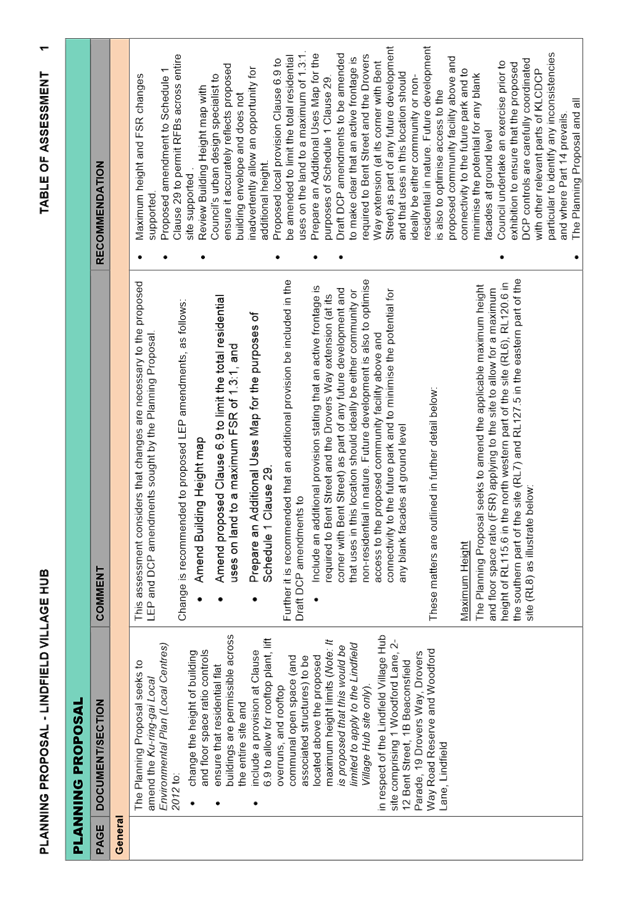


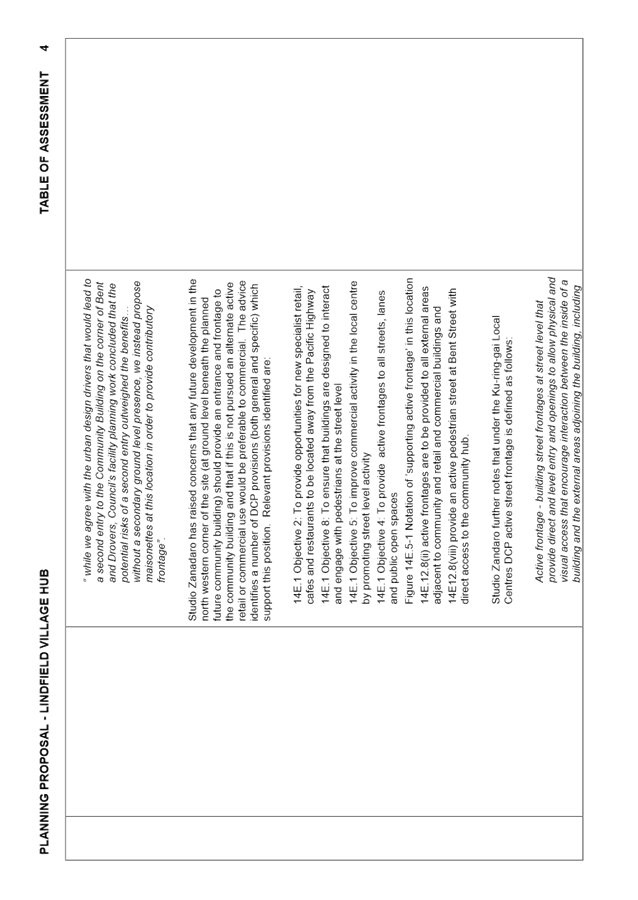
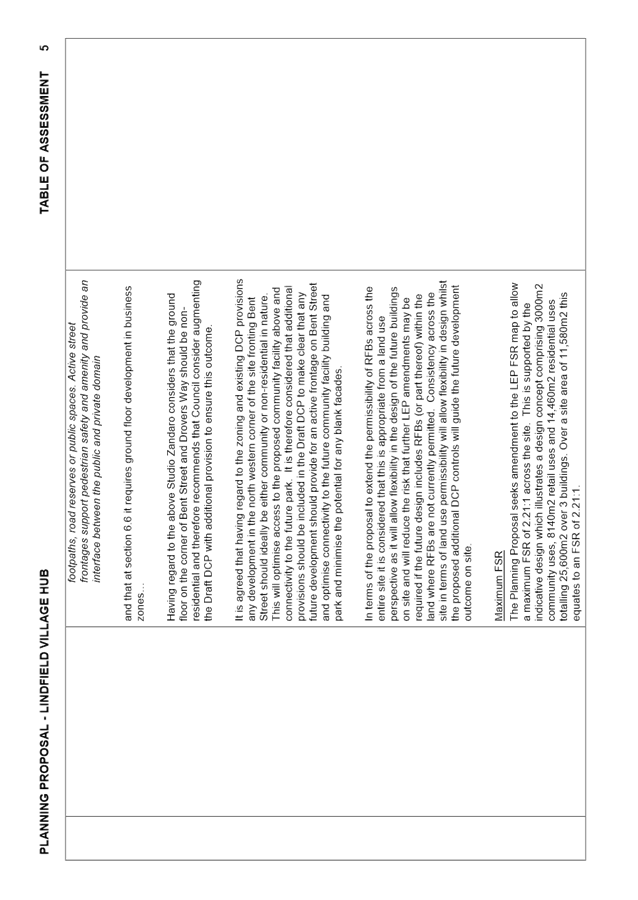
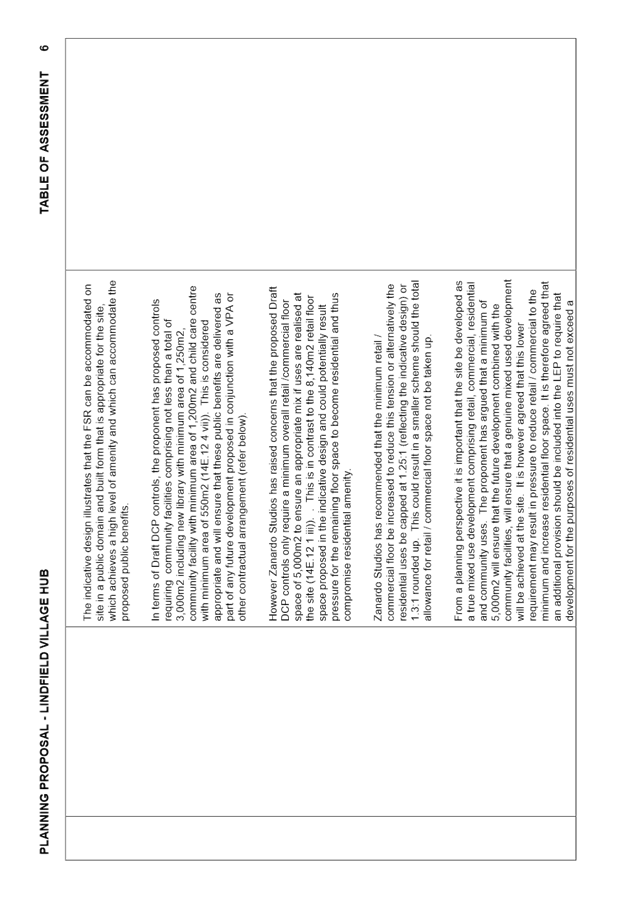
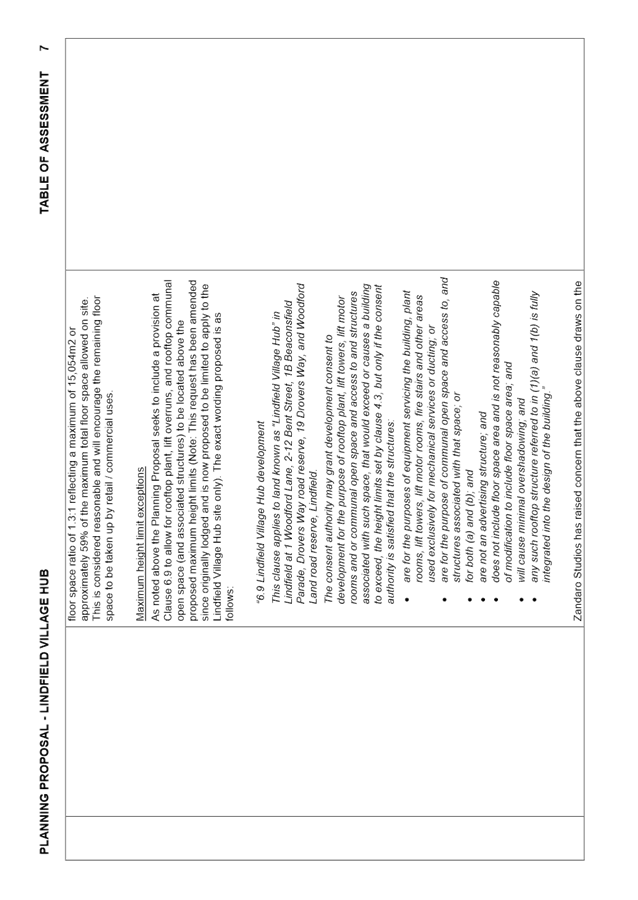
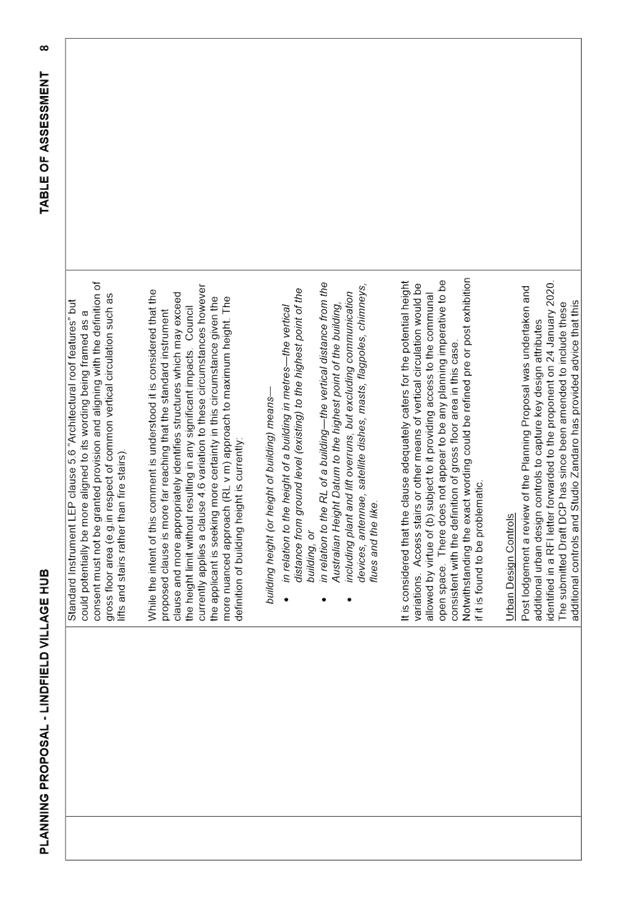

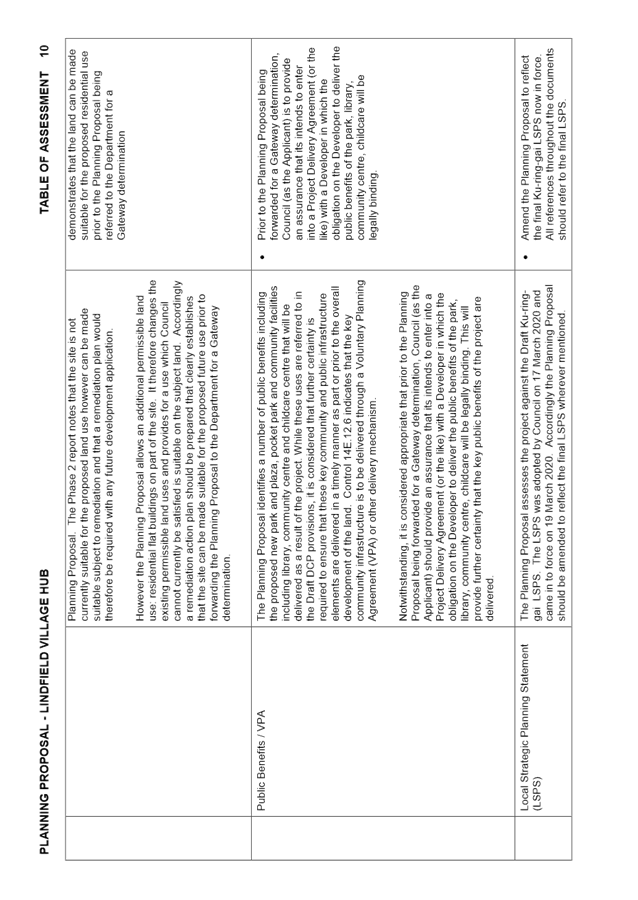
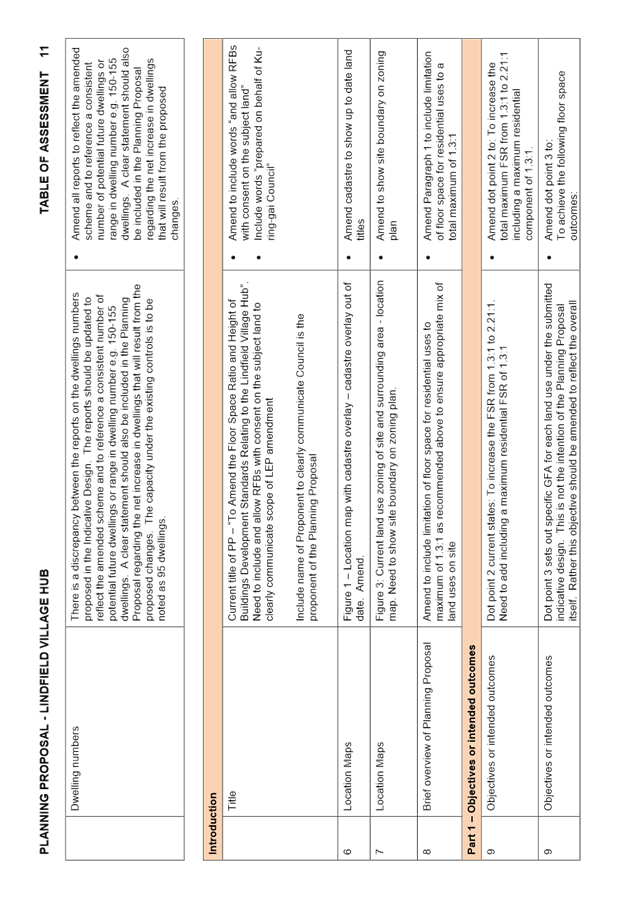
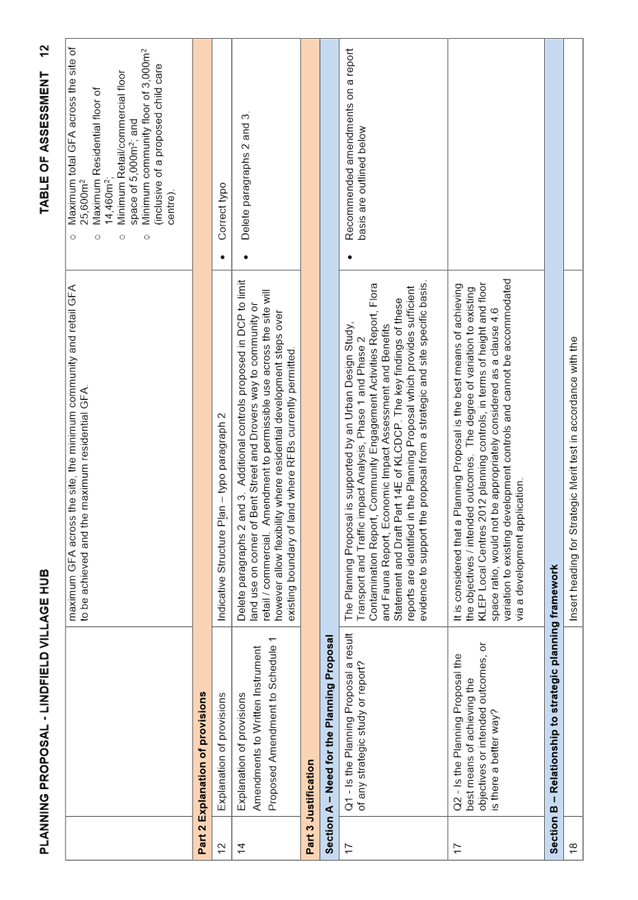

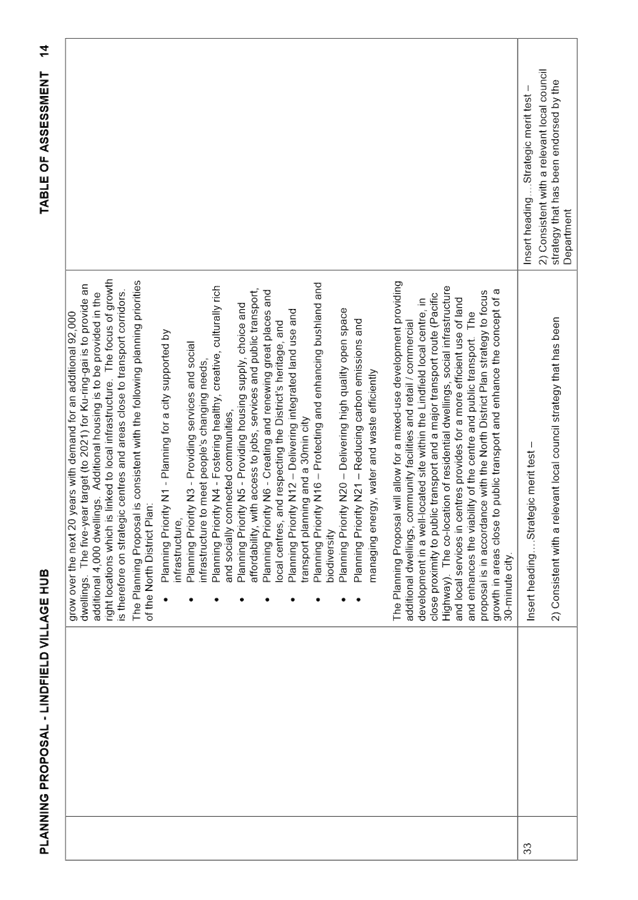

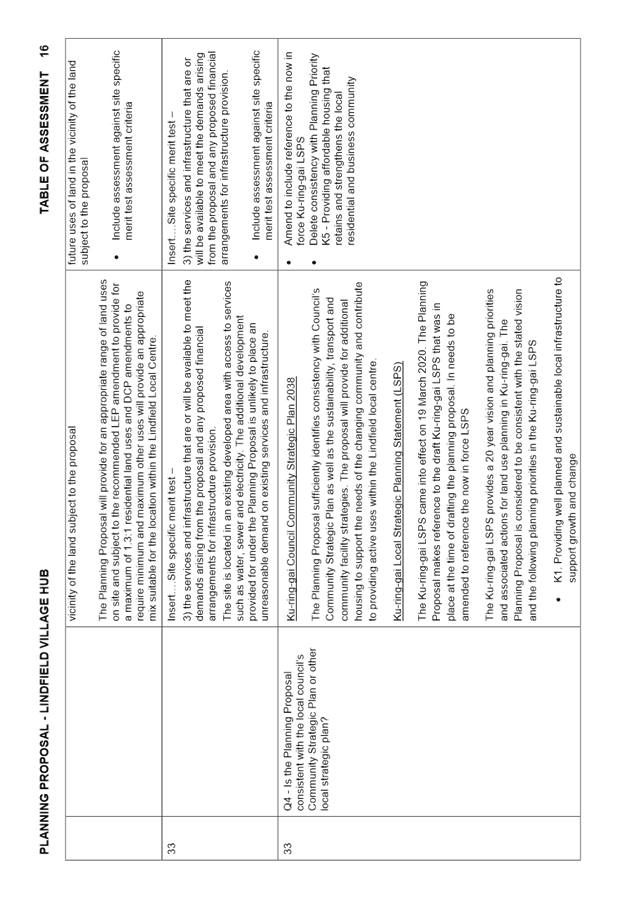

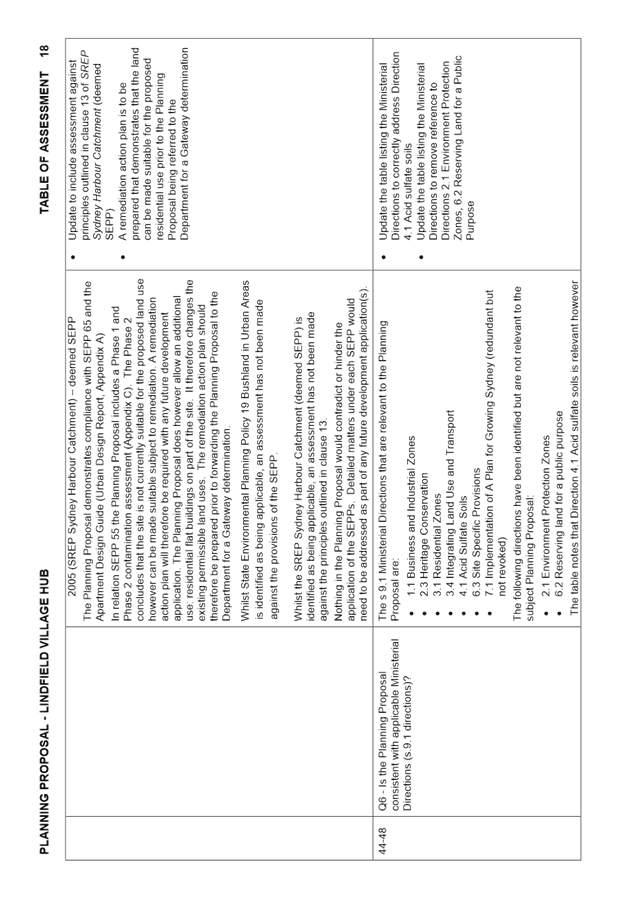
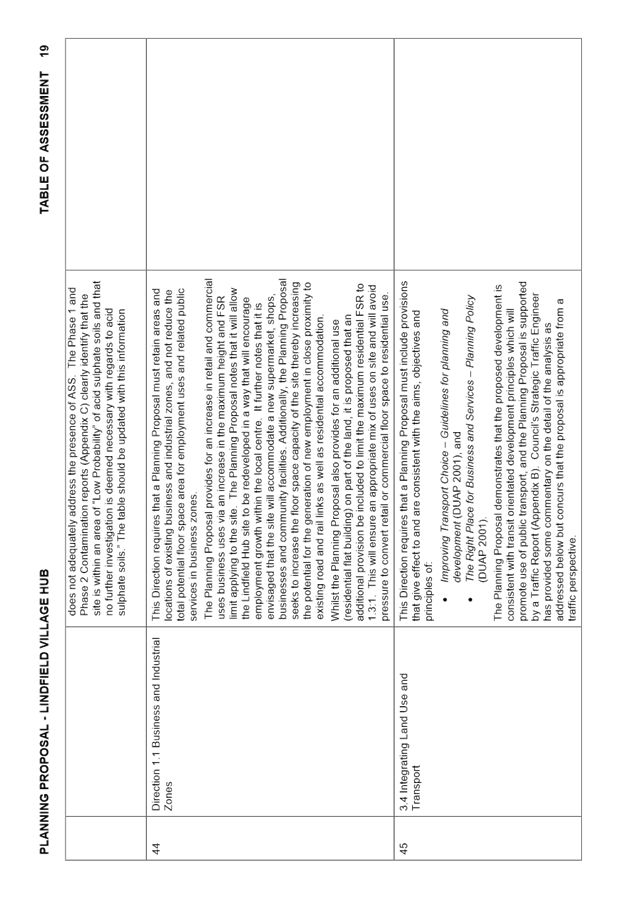

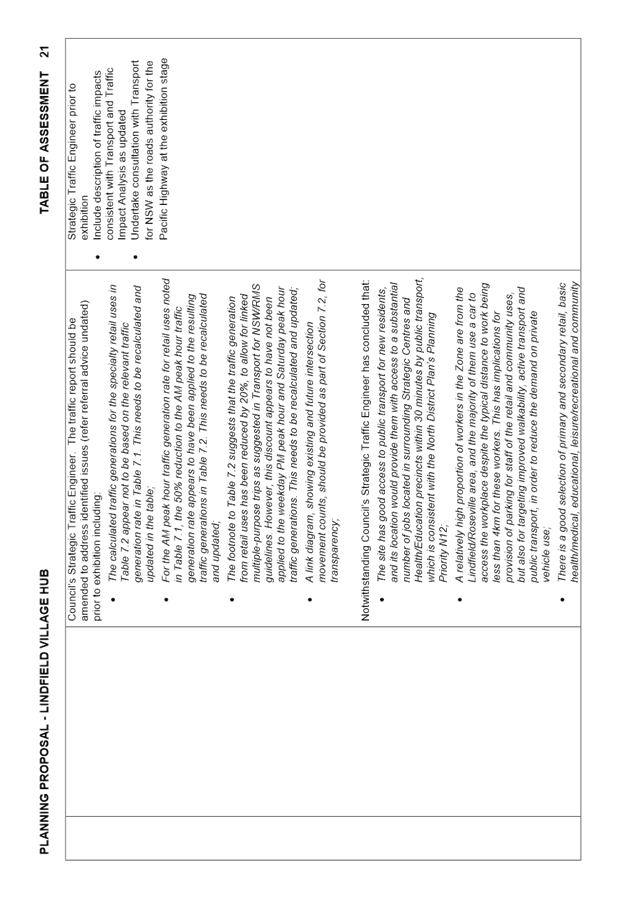

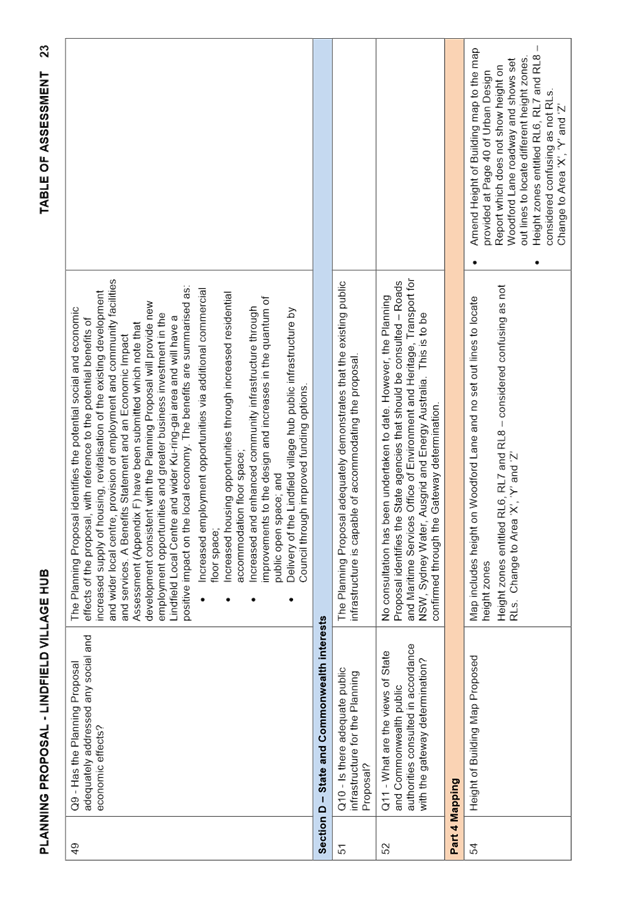
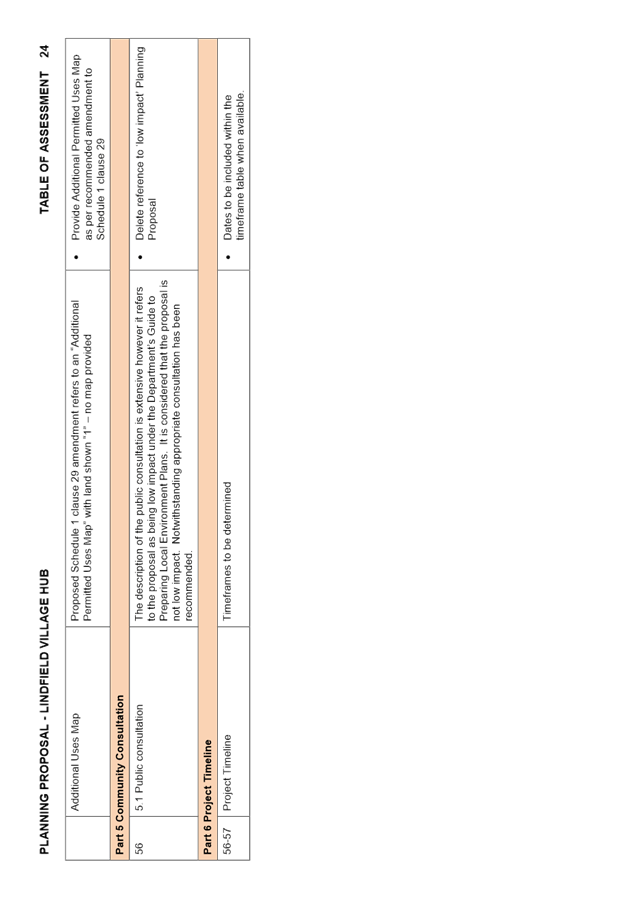
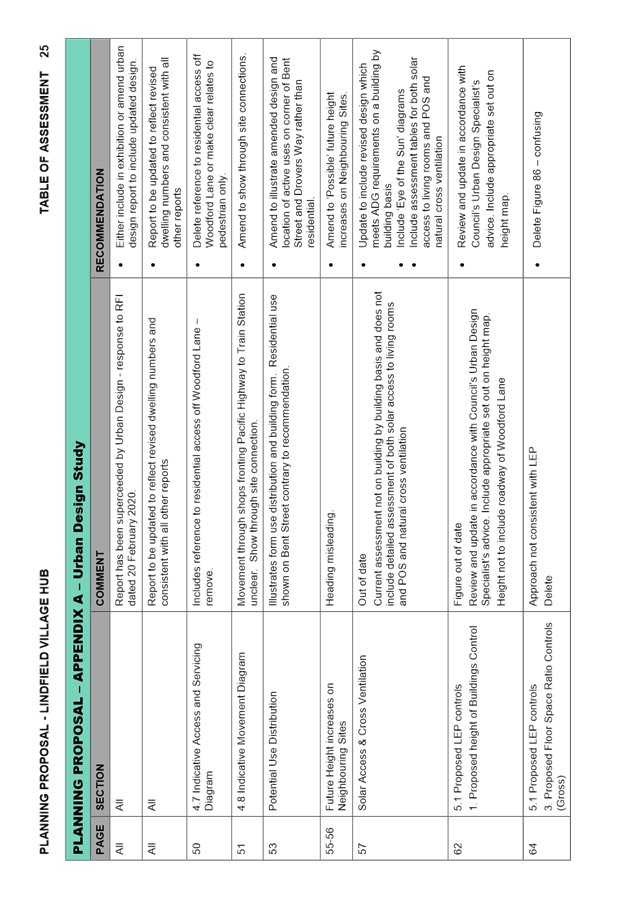
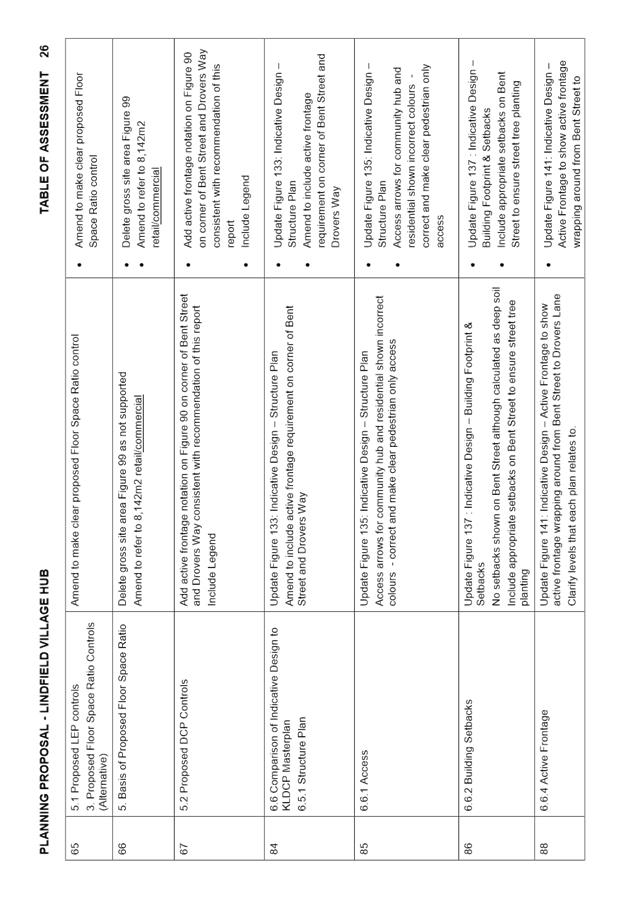

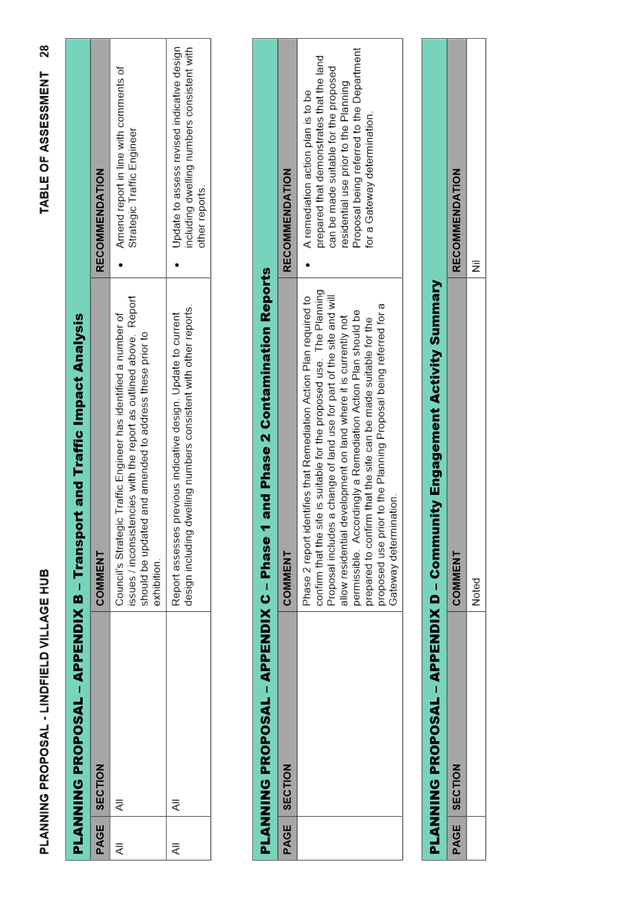
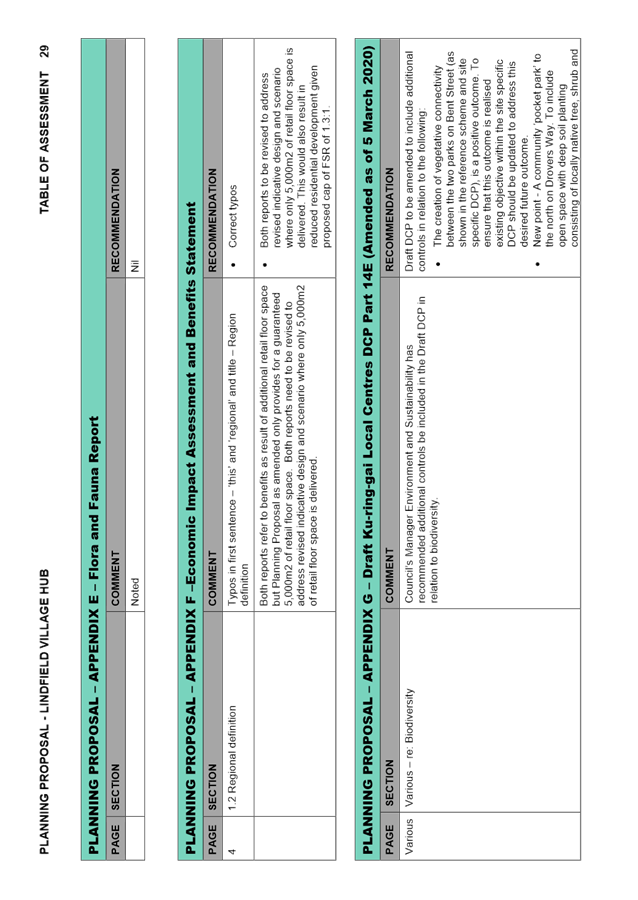

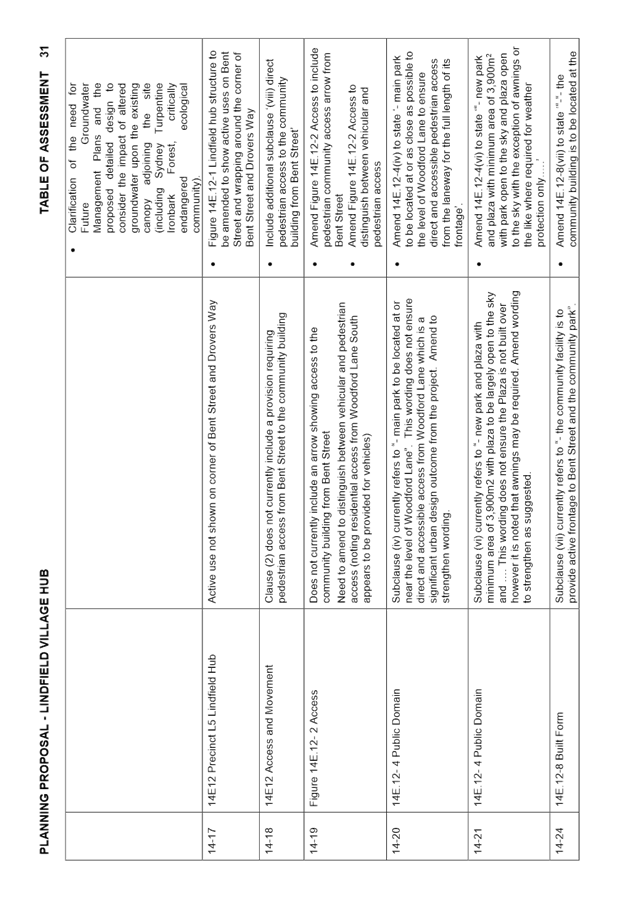

|
APPENDIX
No: 2 - Ammended
Planning Proposal and RFI response
|
|
Item No: GB.9
|
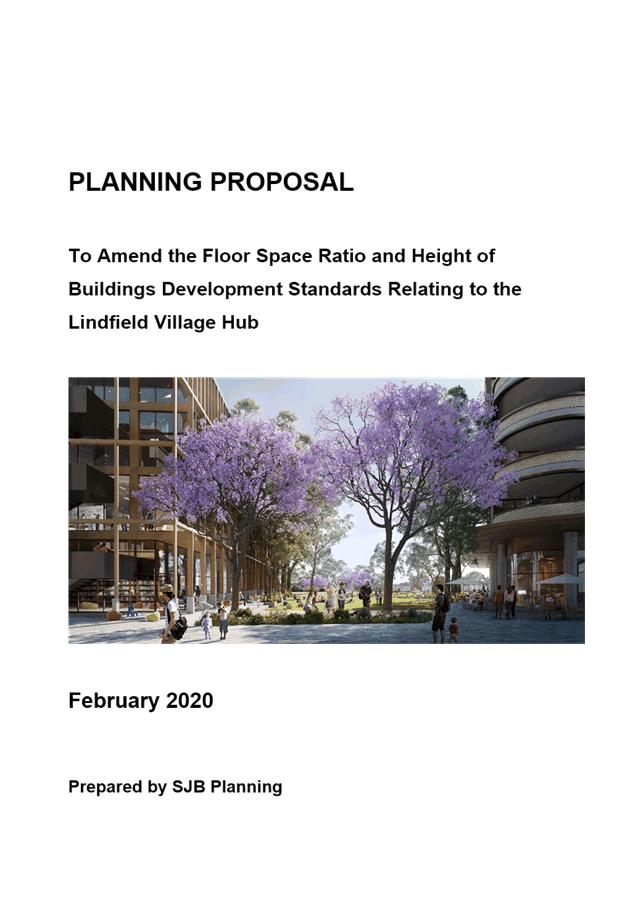
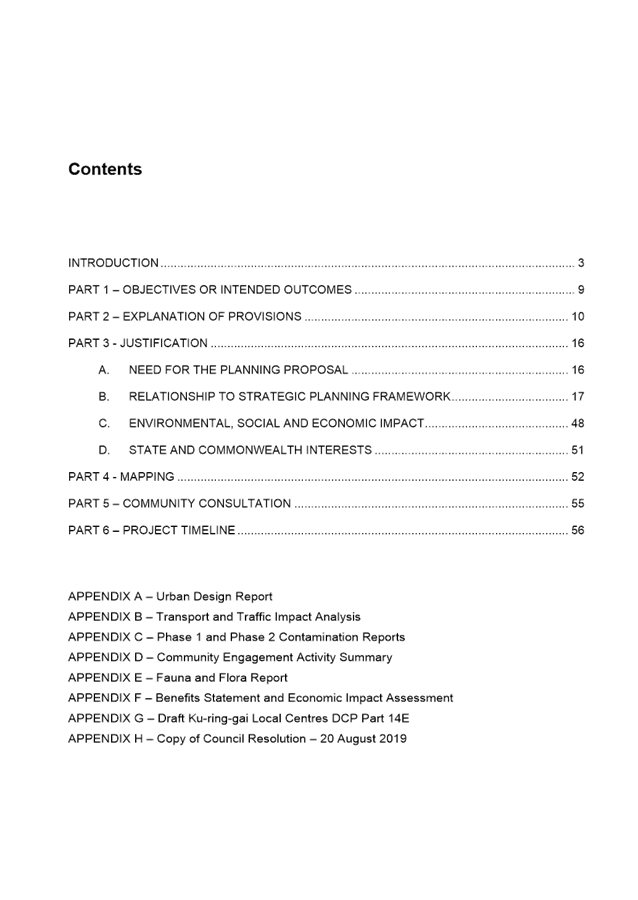
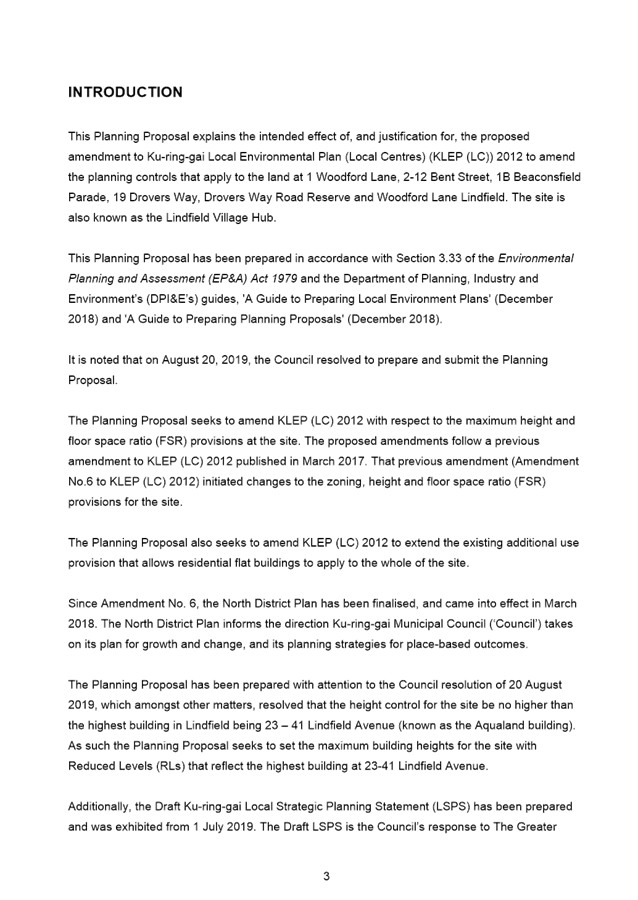
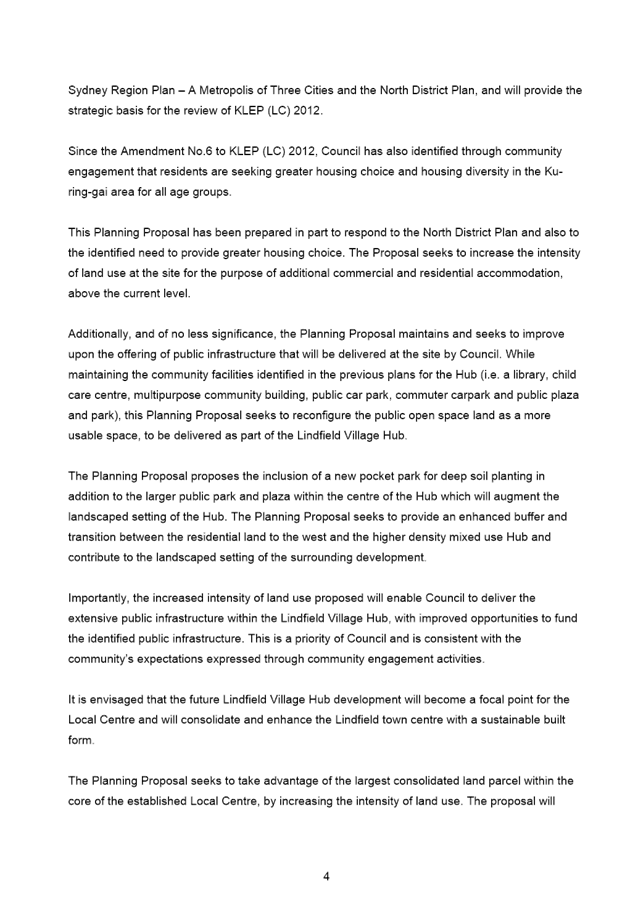
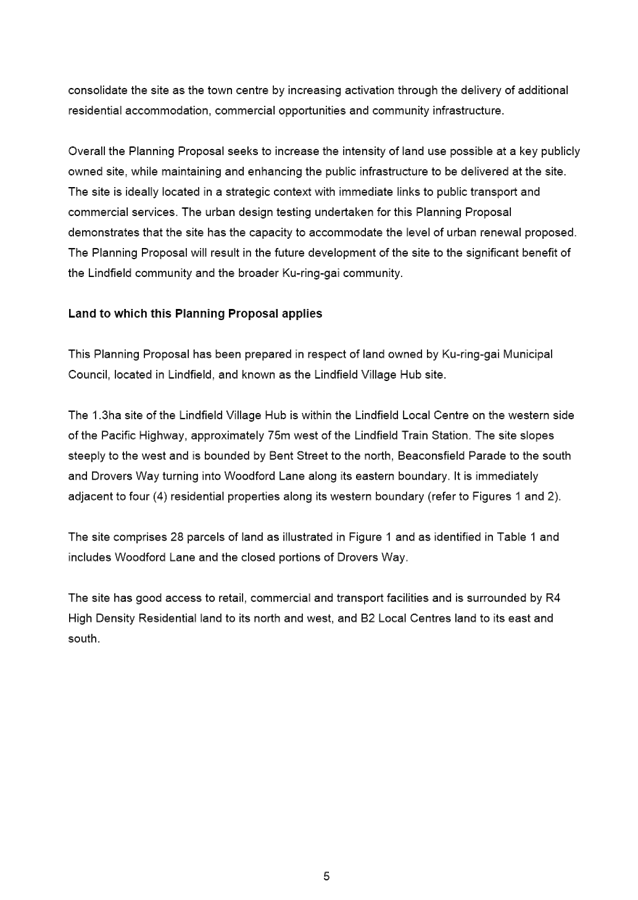
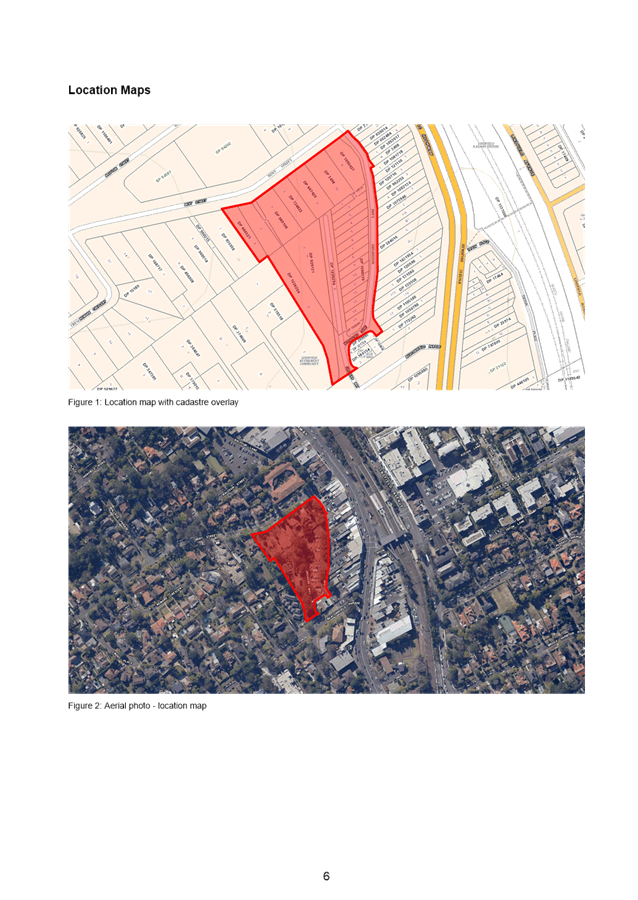

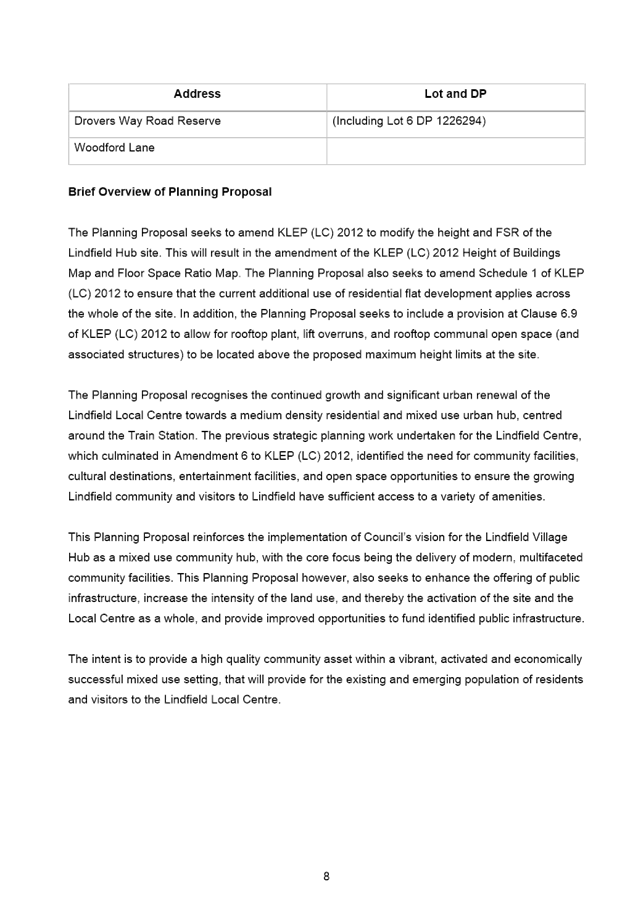

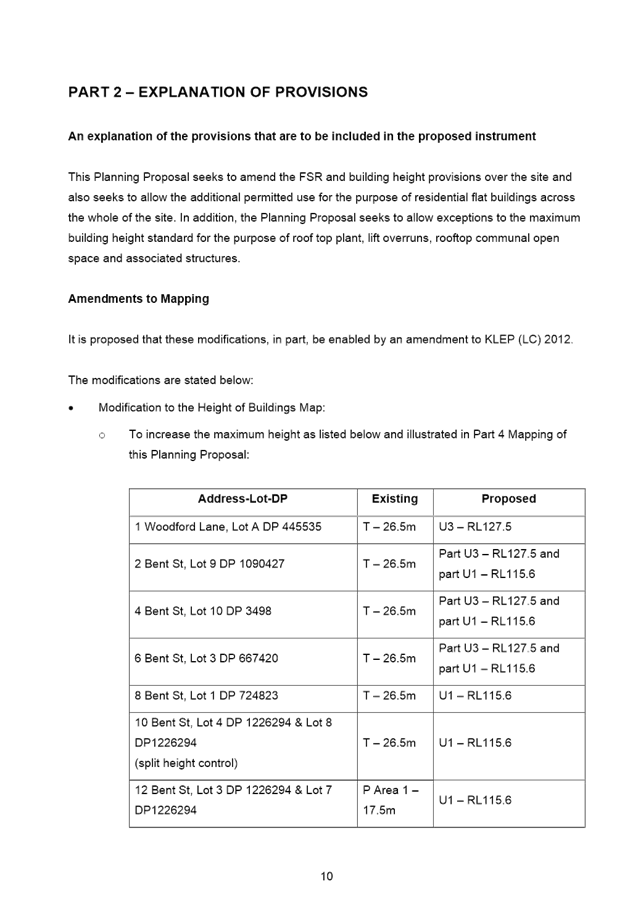
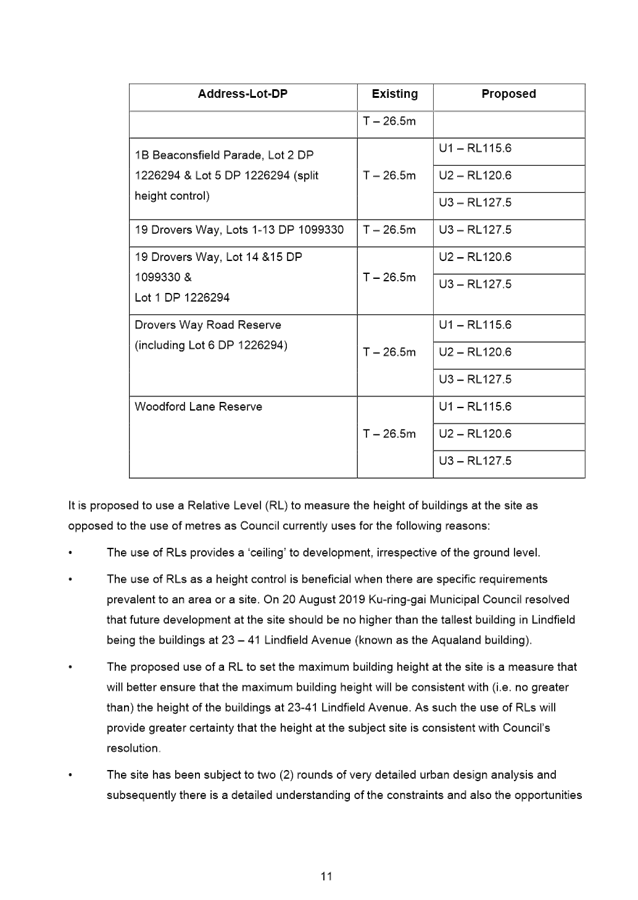
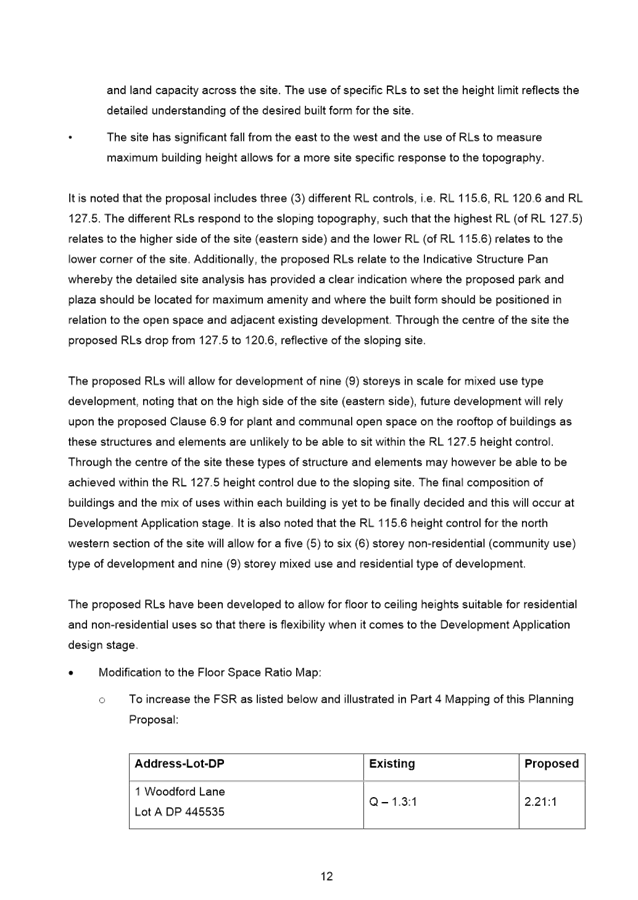
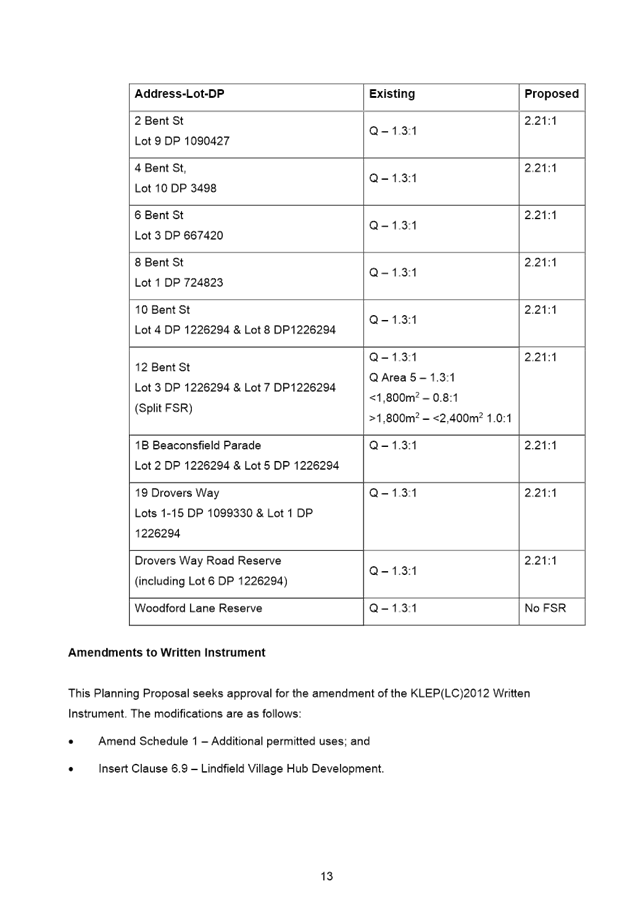
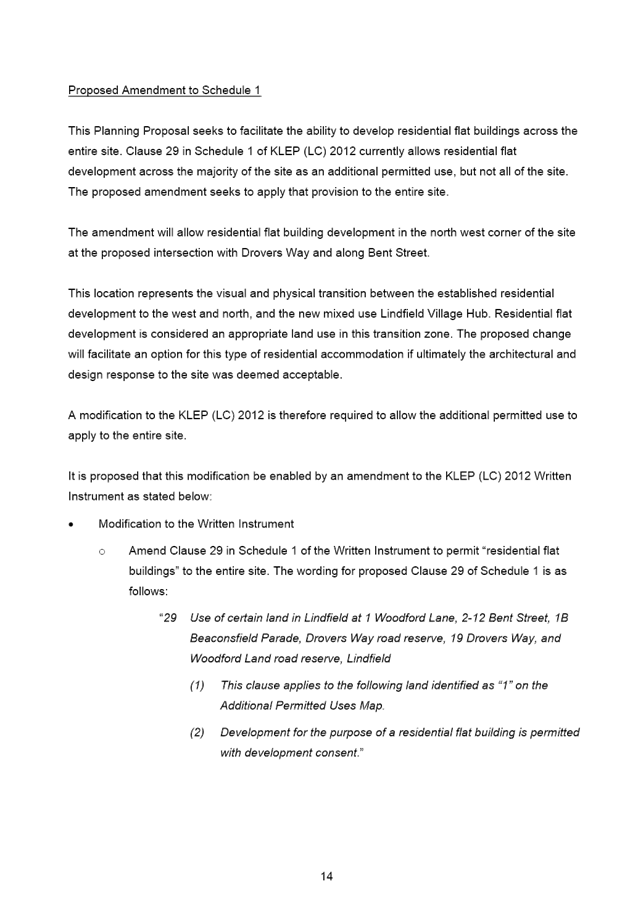

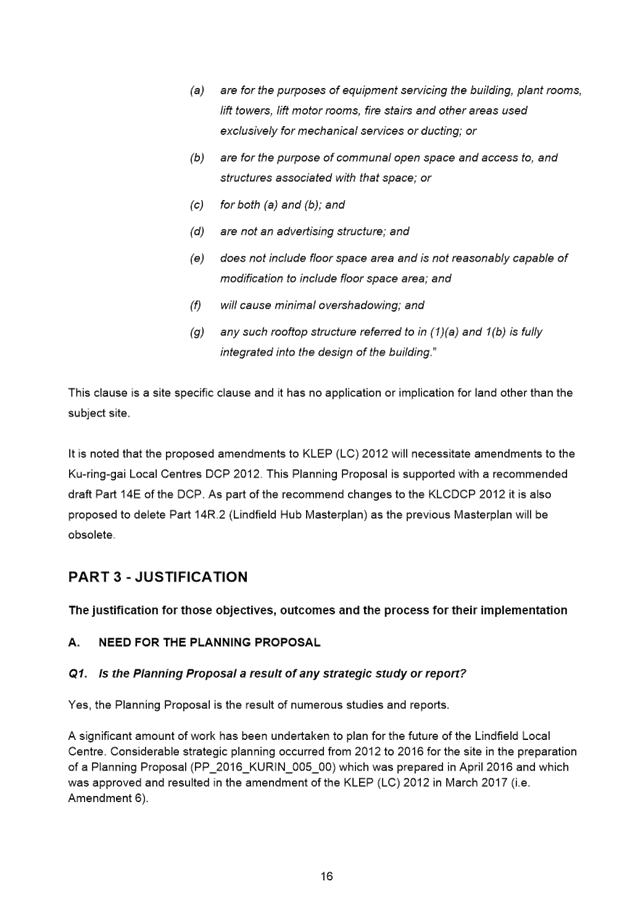


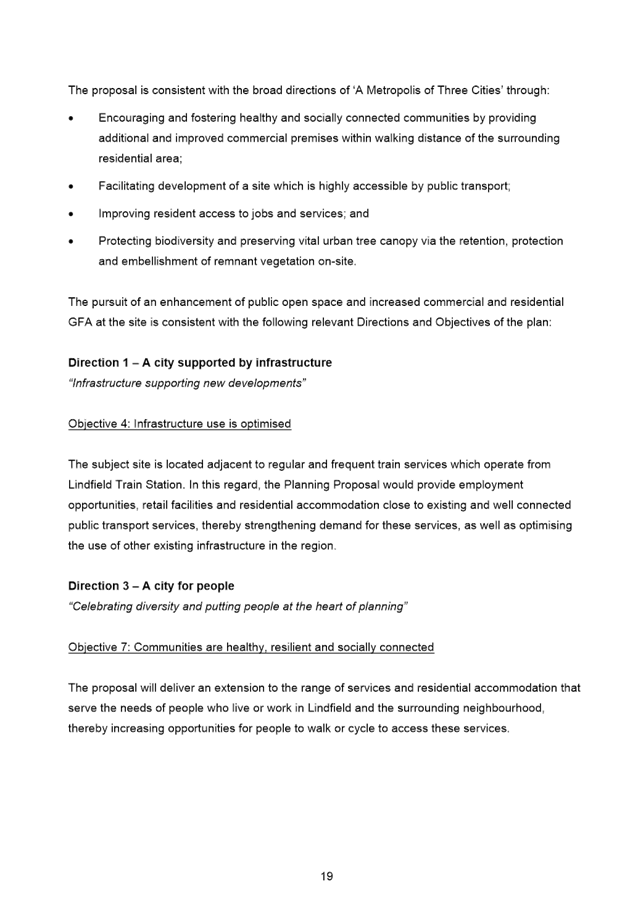
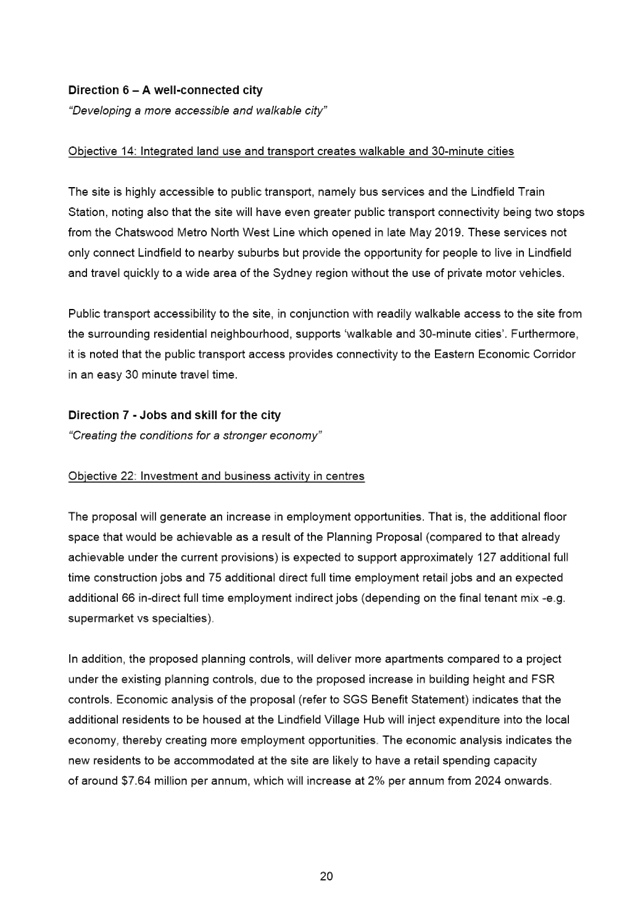



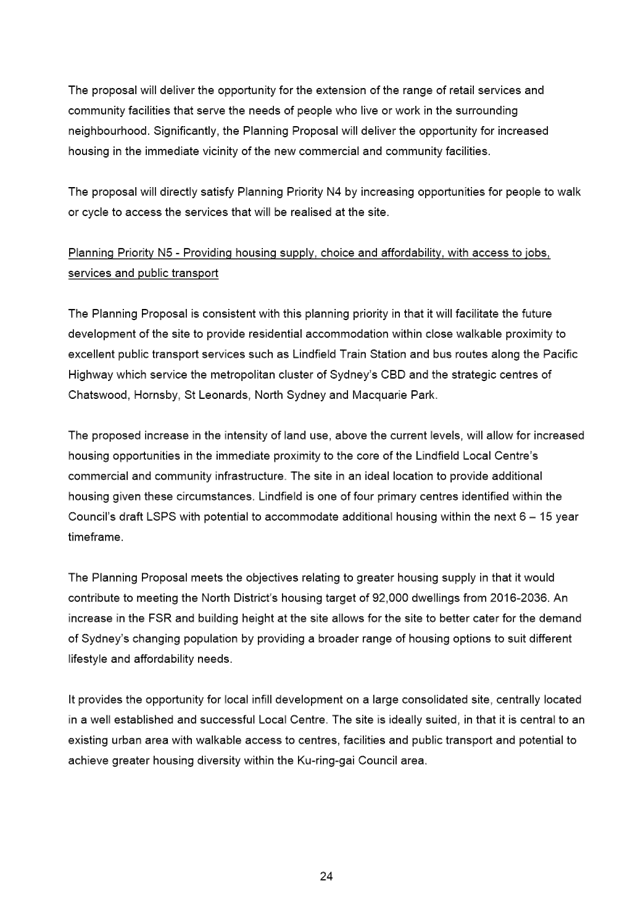
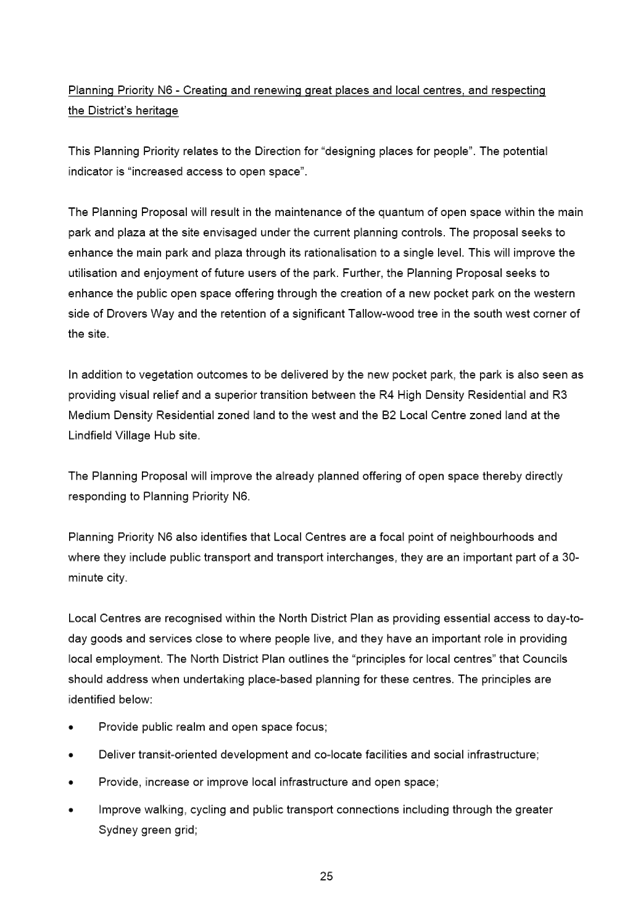
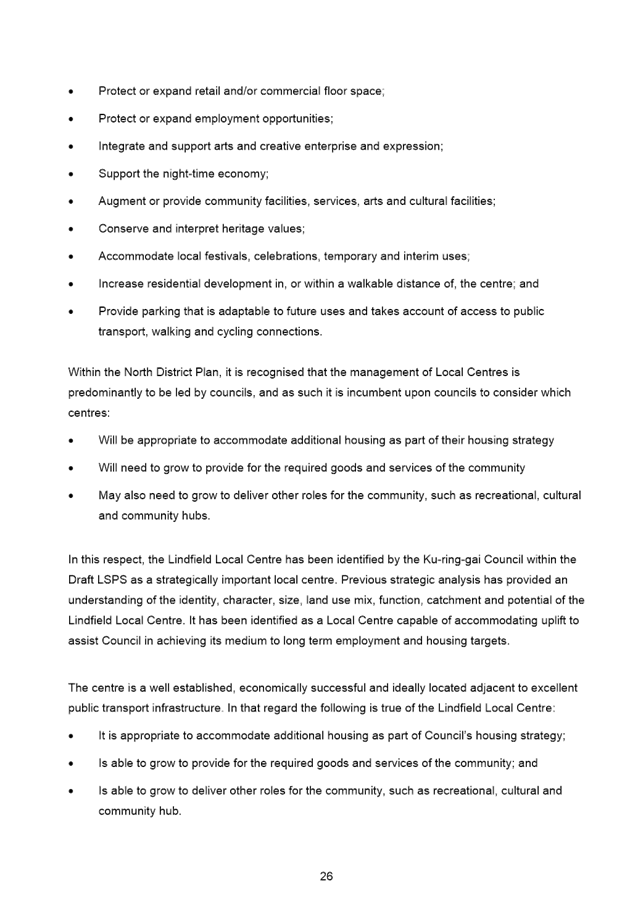
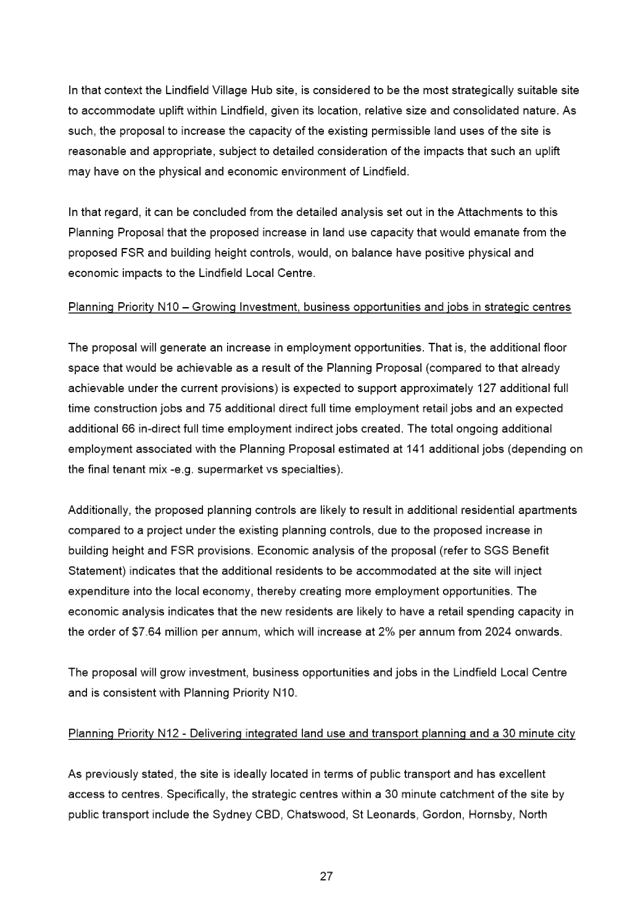
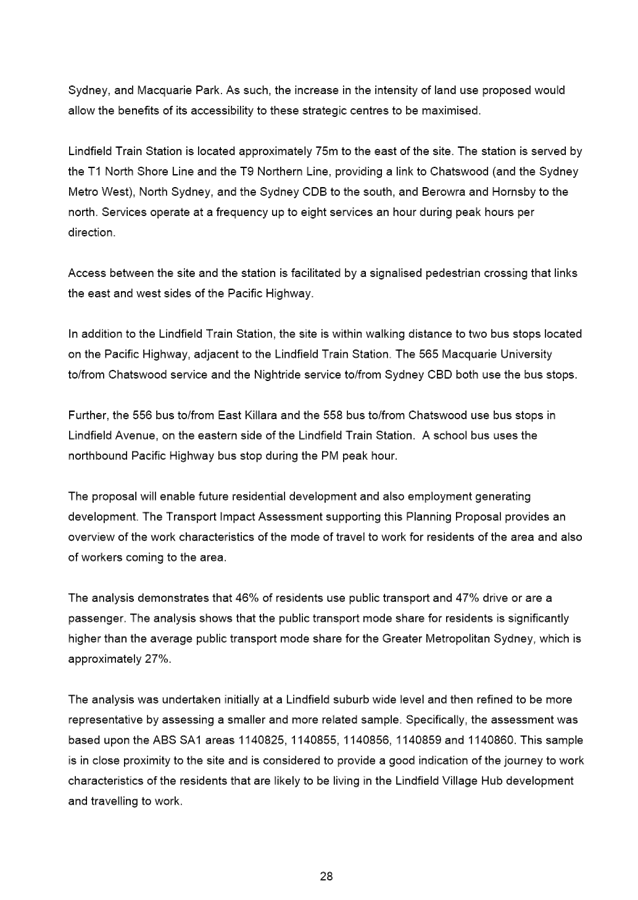

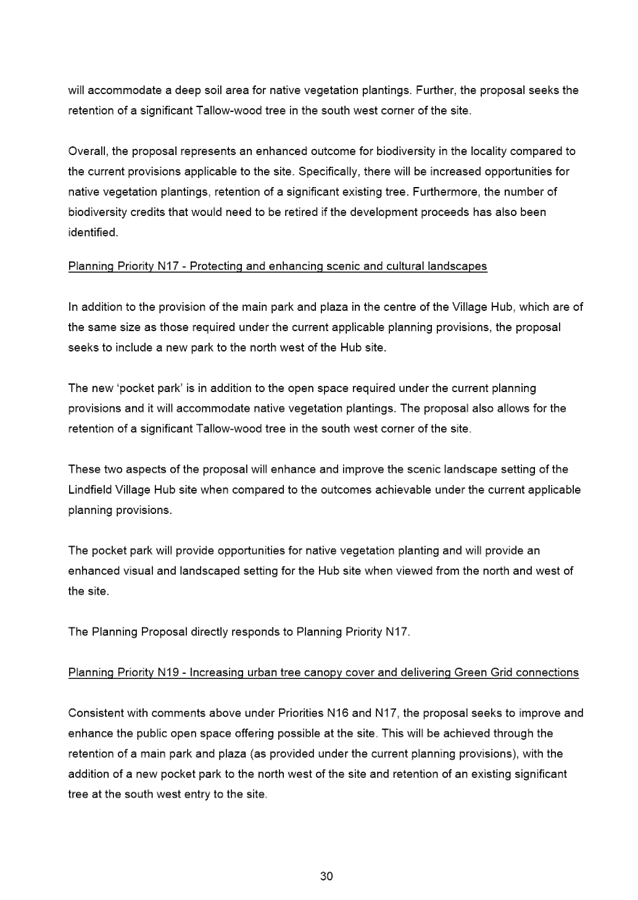
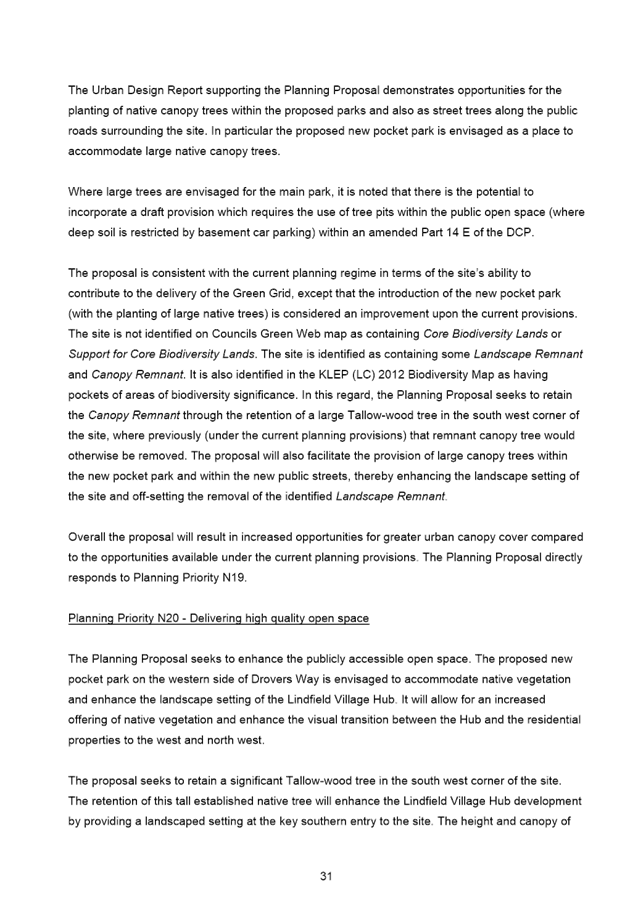

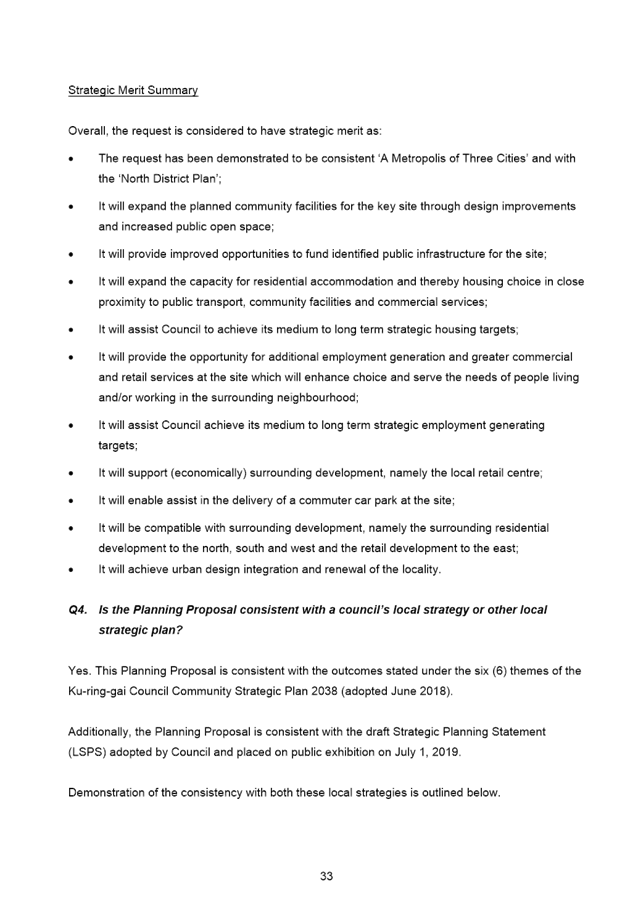
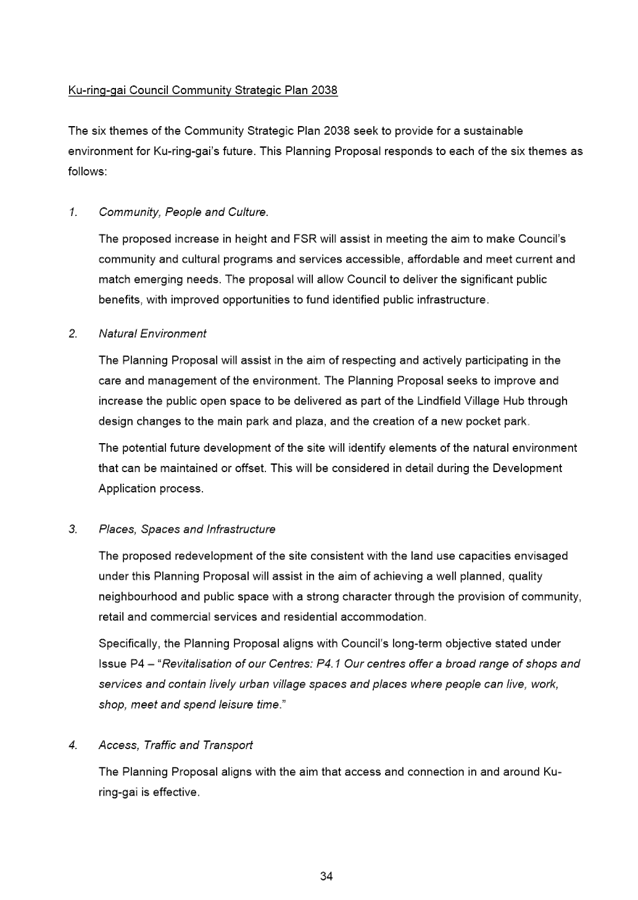


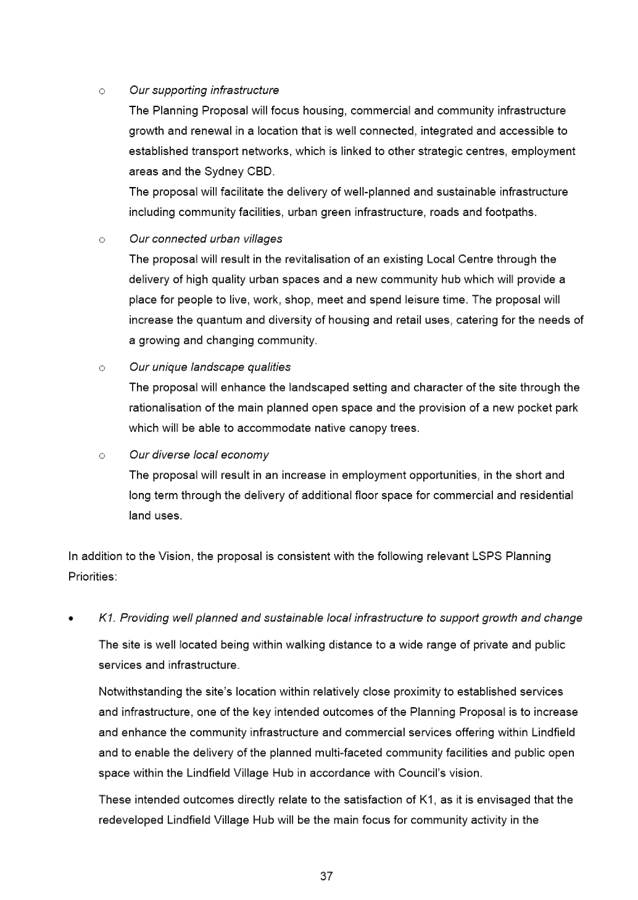


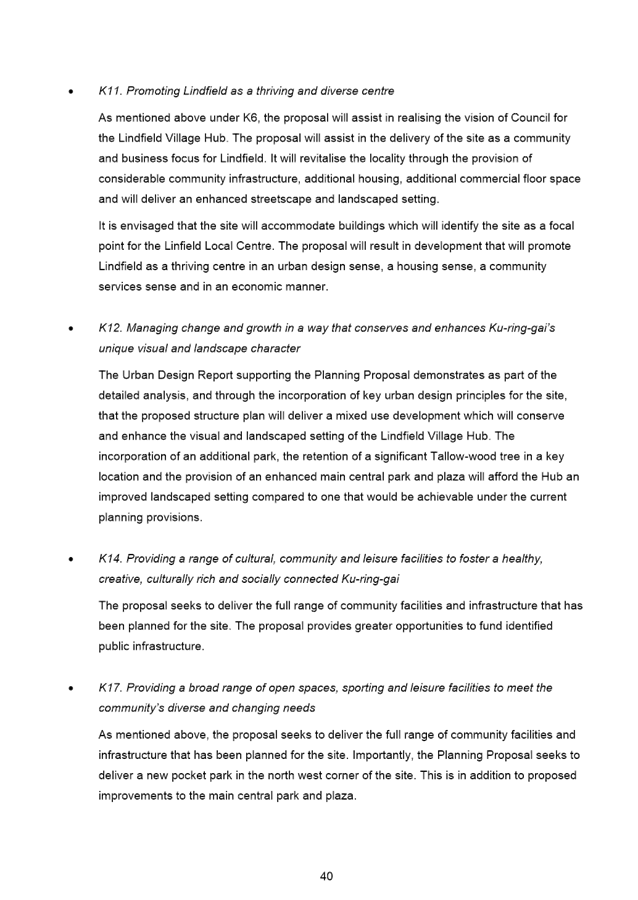
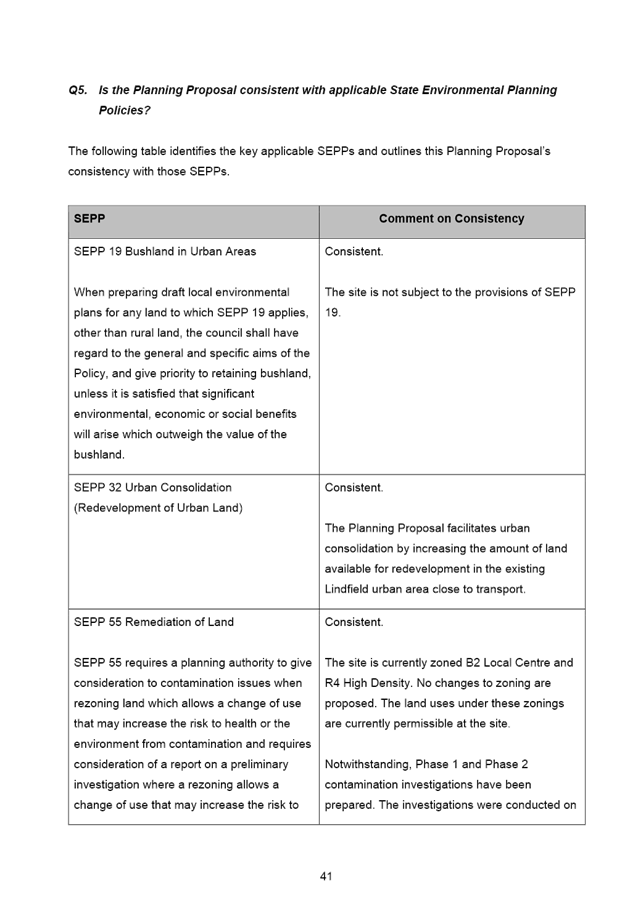
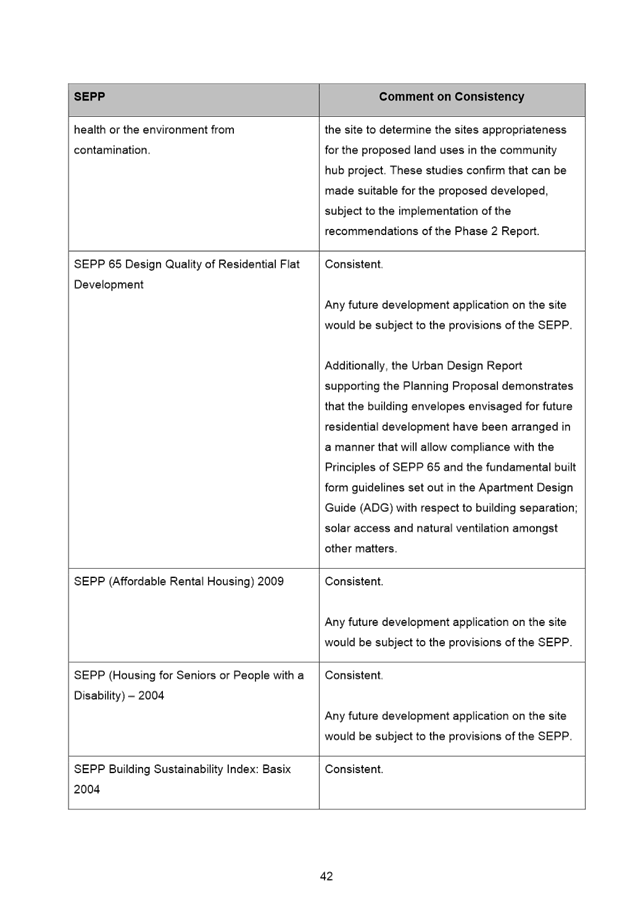
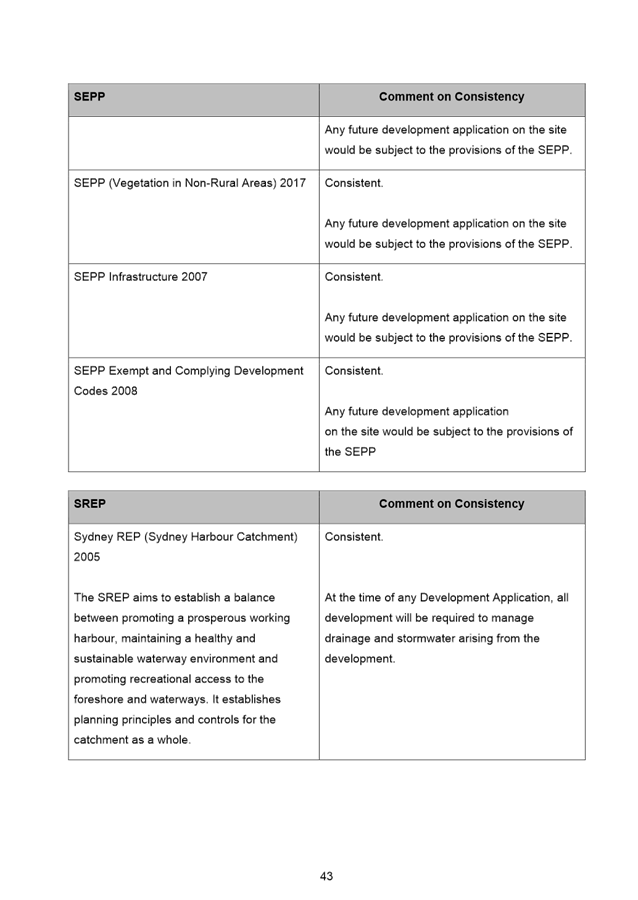
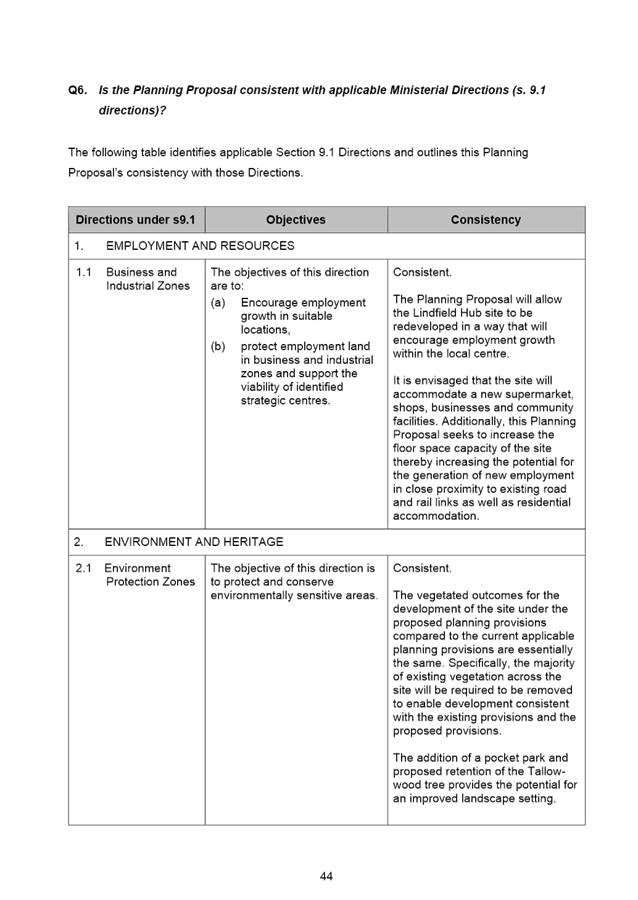
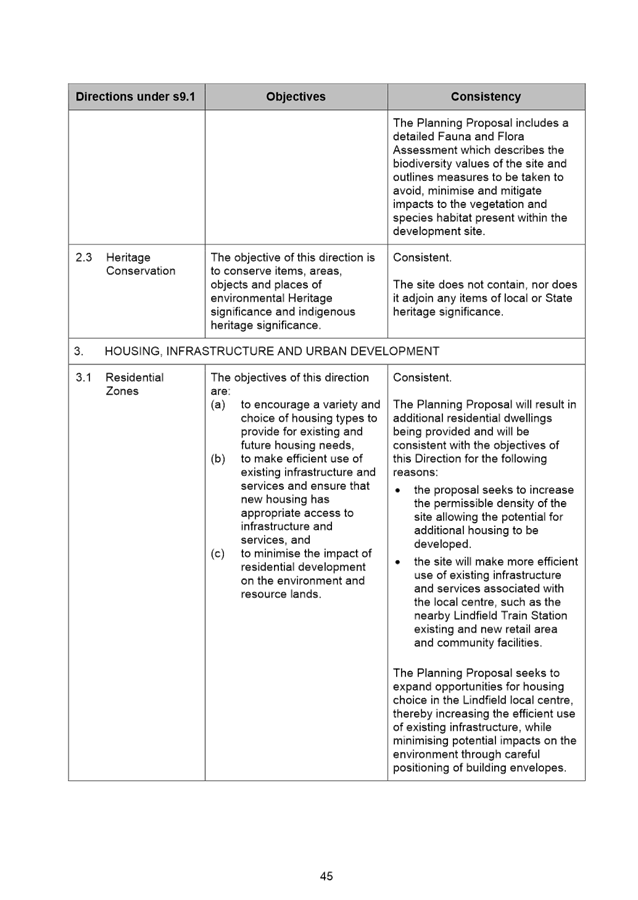

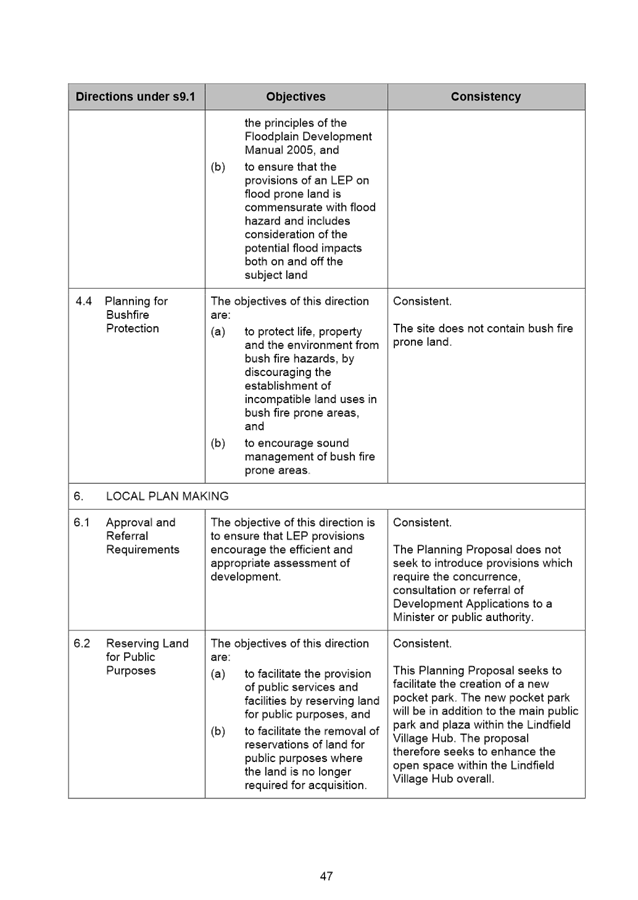
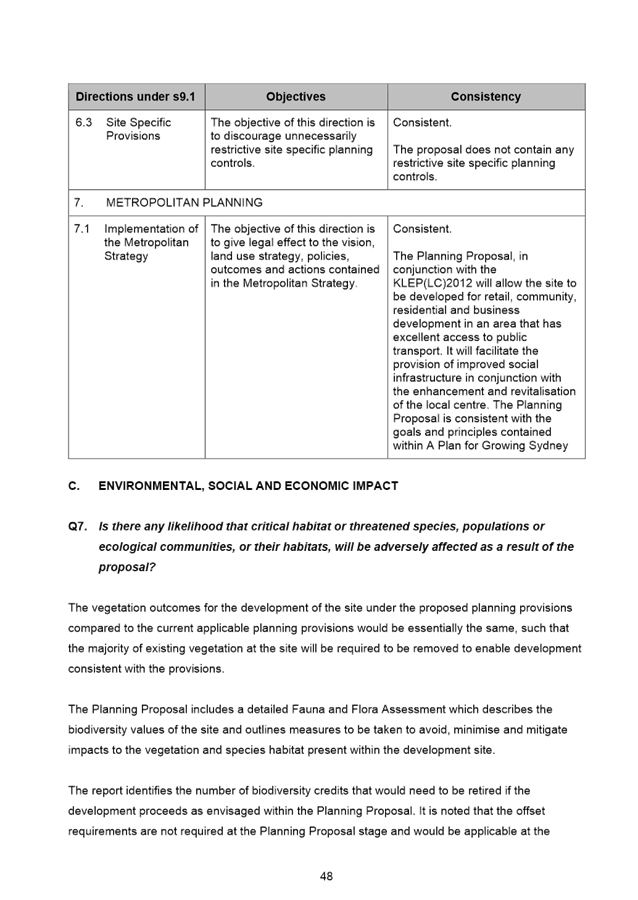
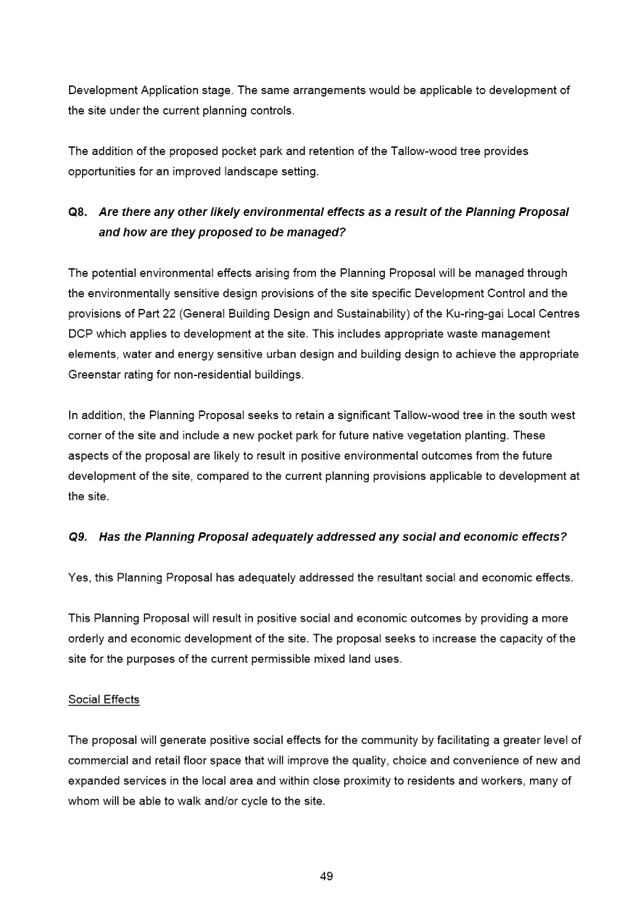
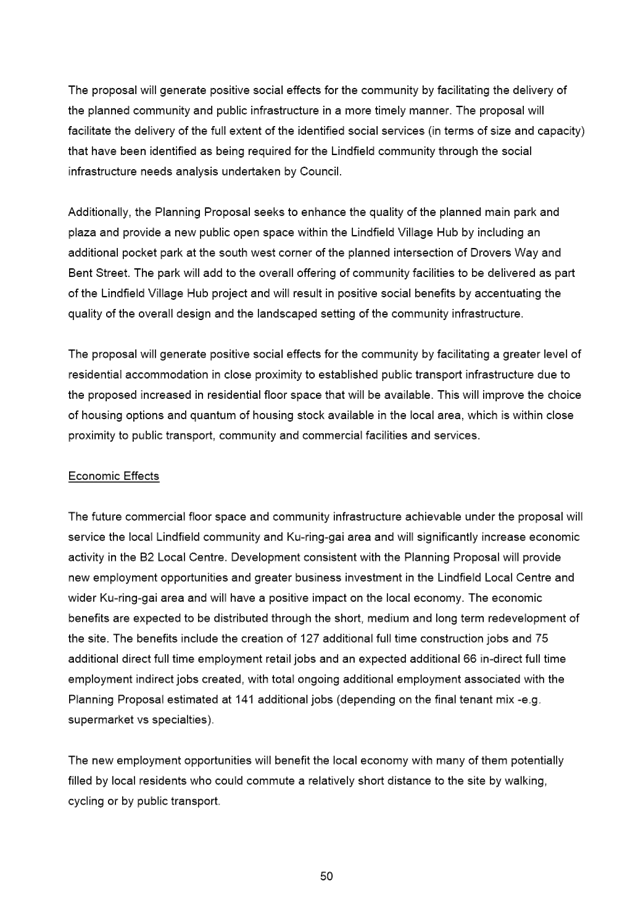
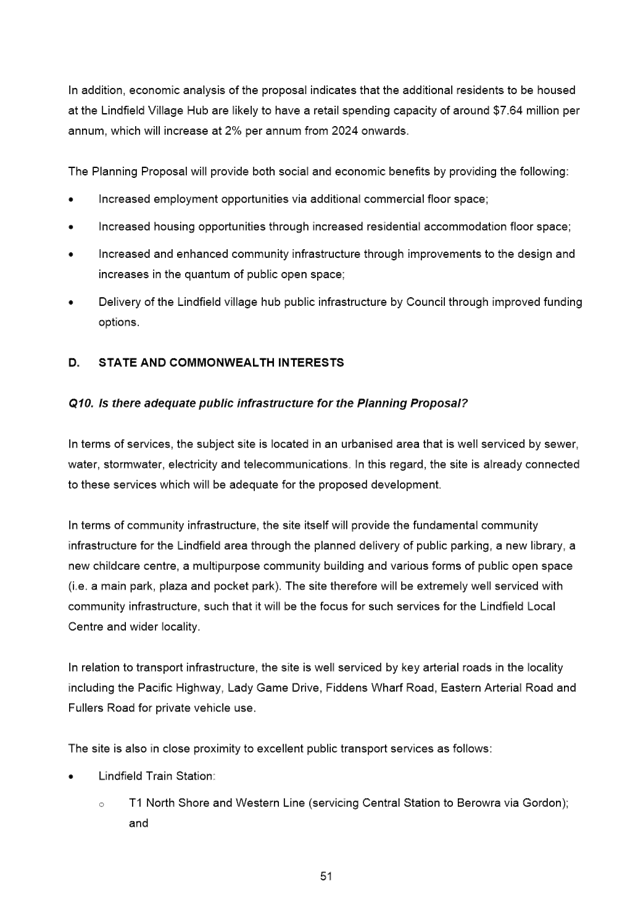

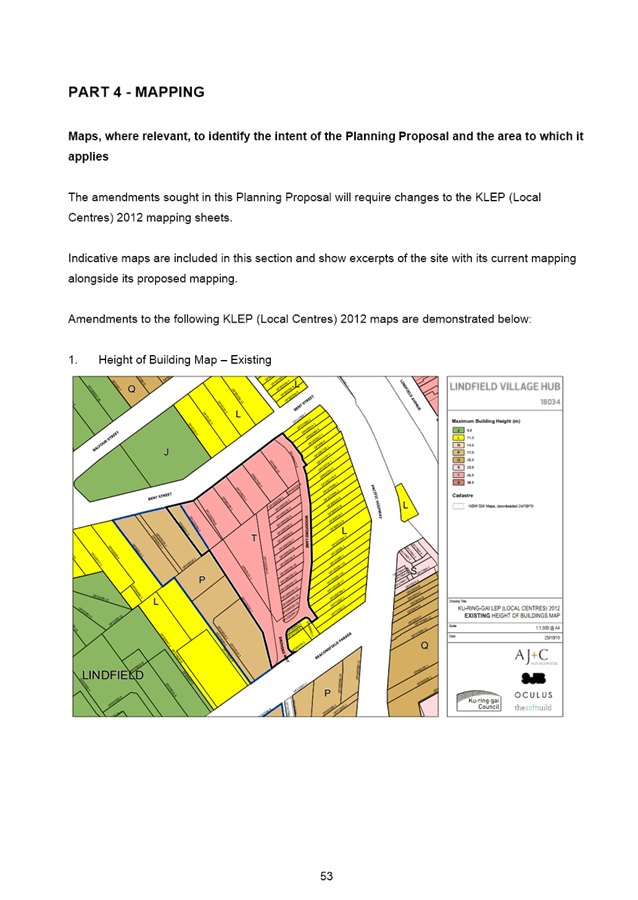
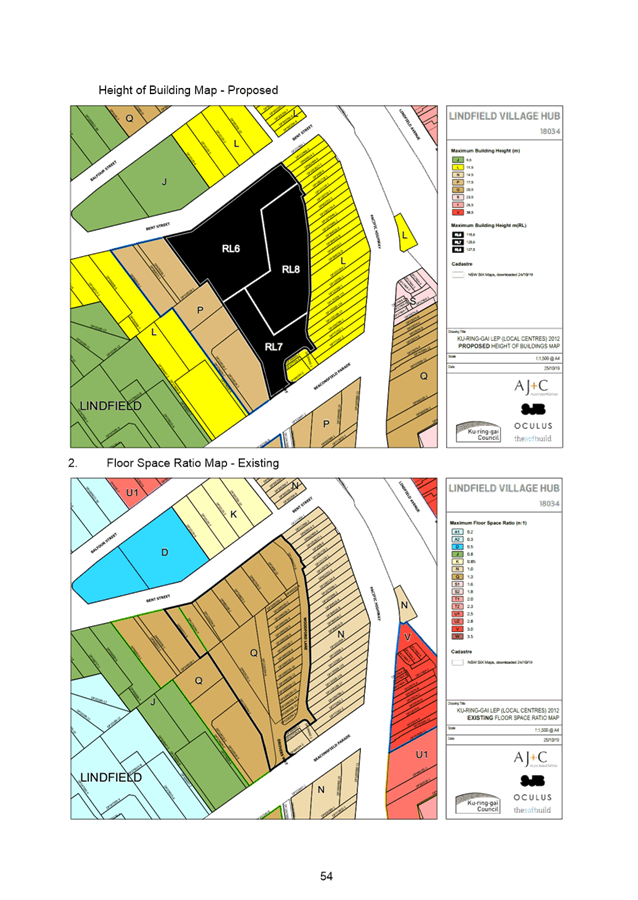
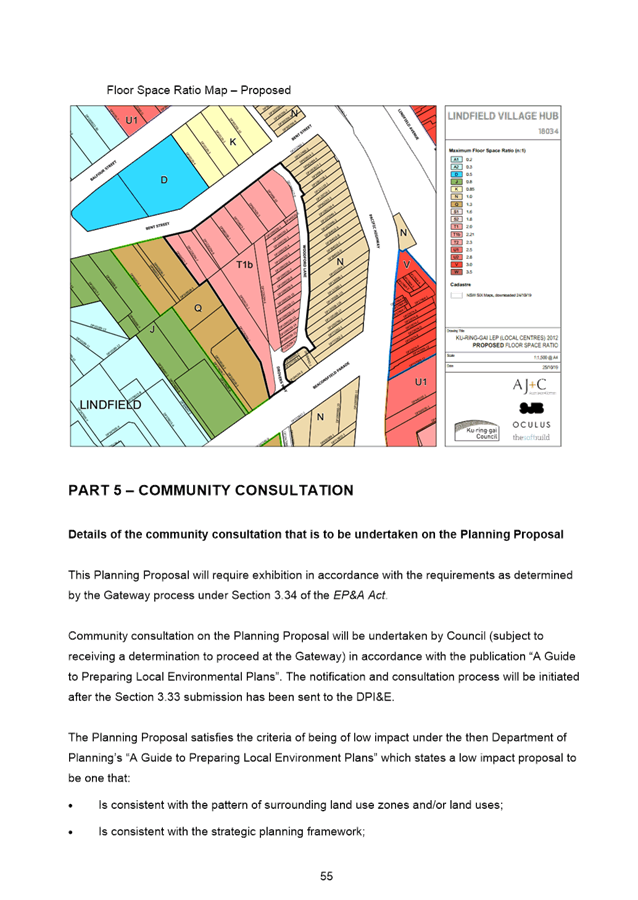
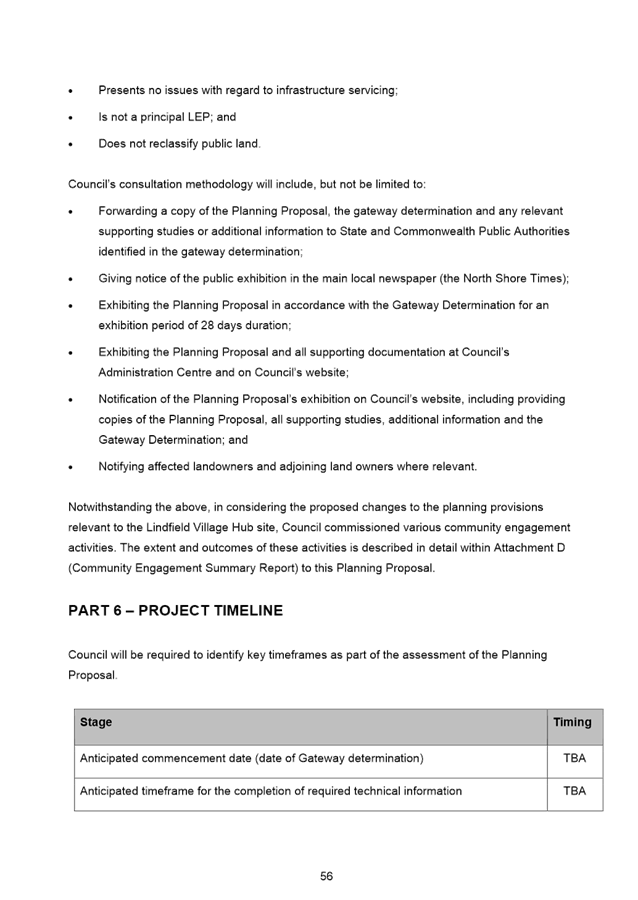











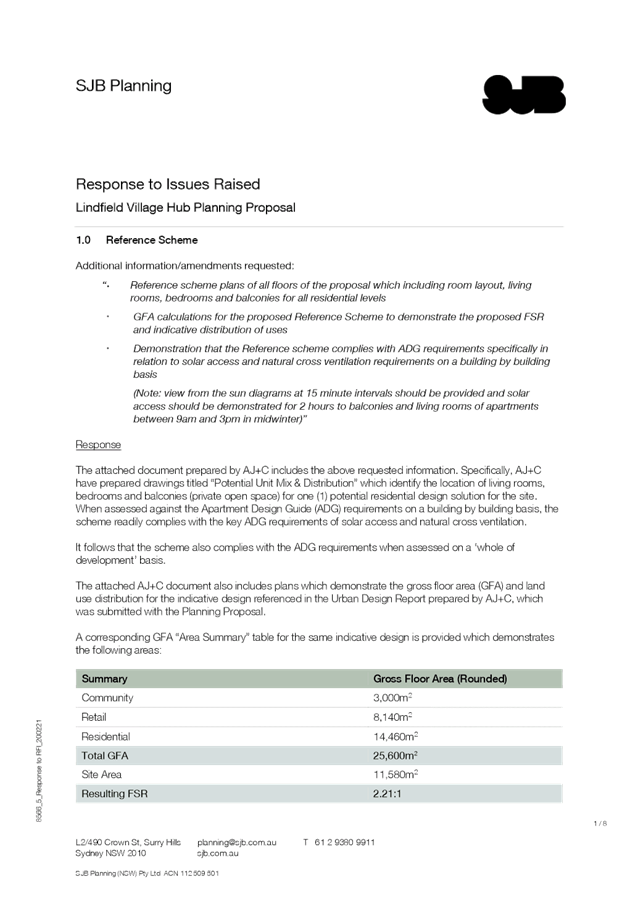

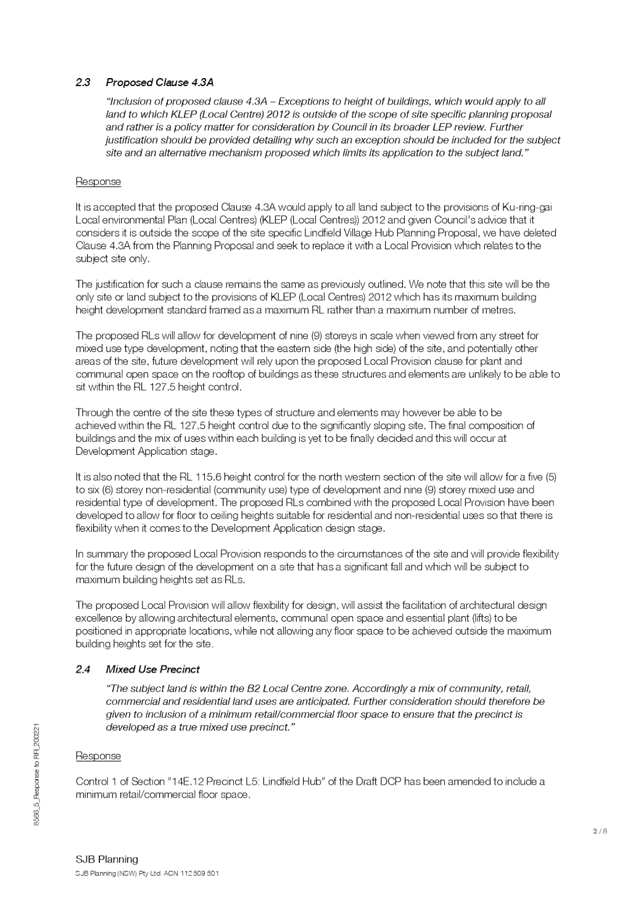
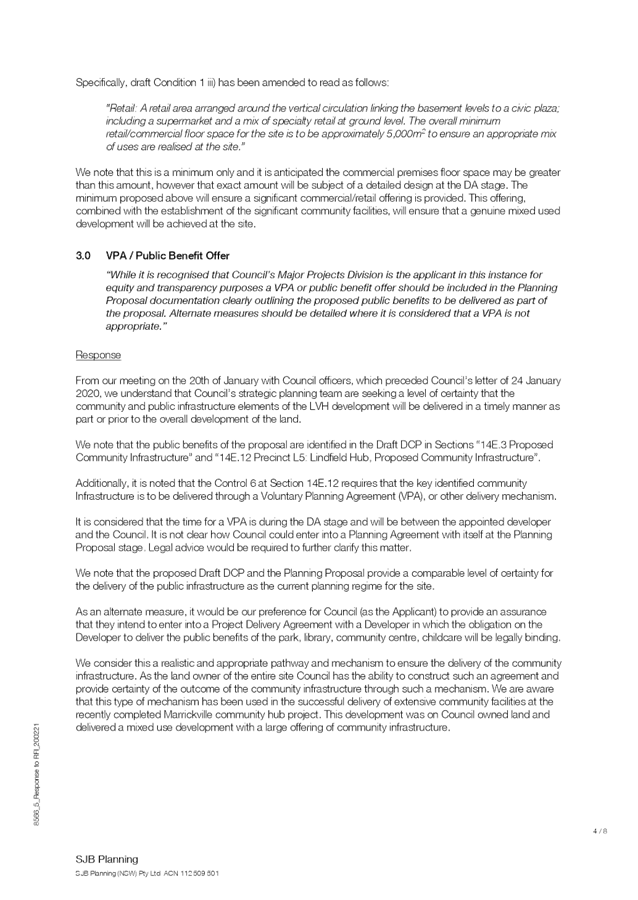

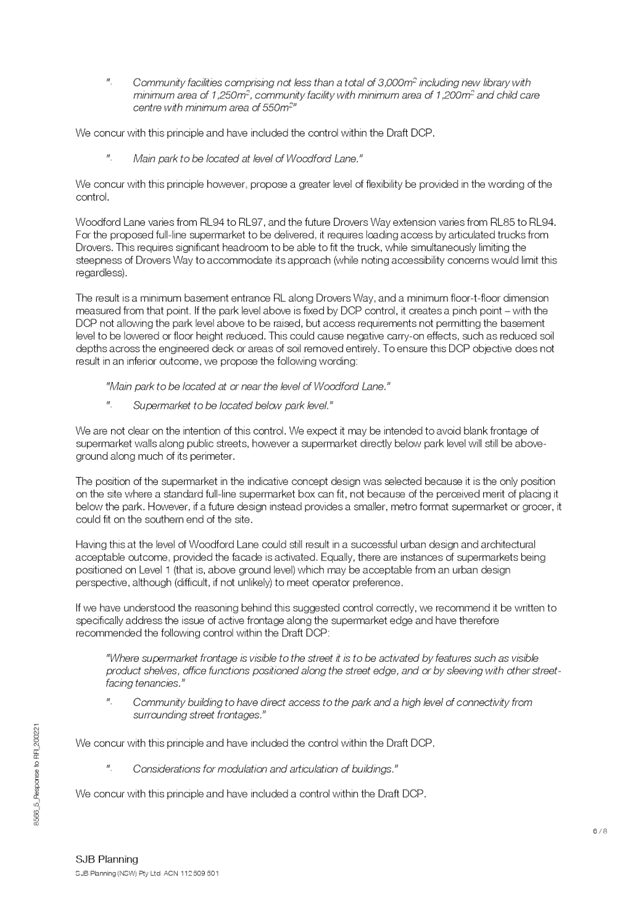
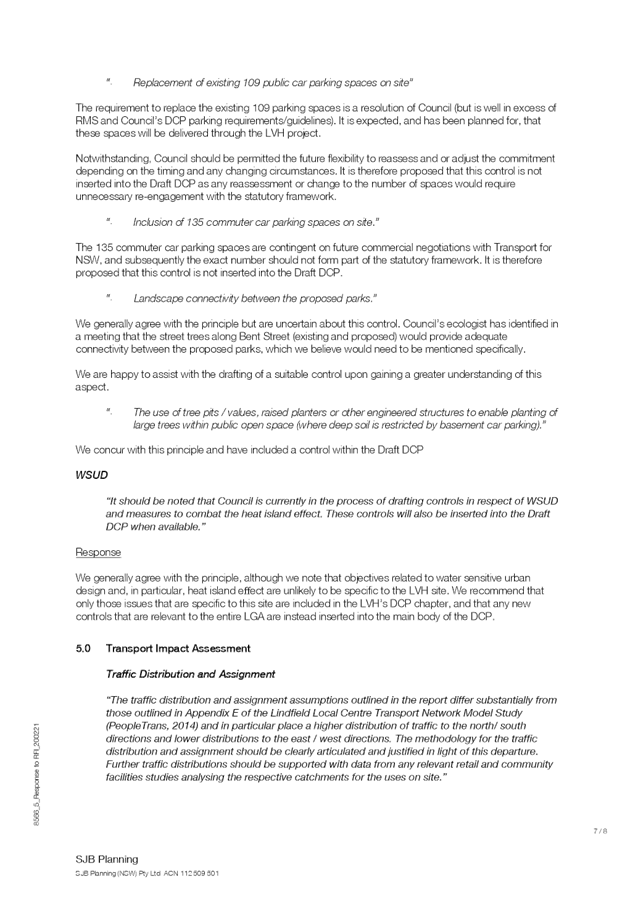
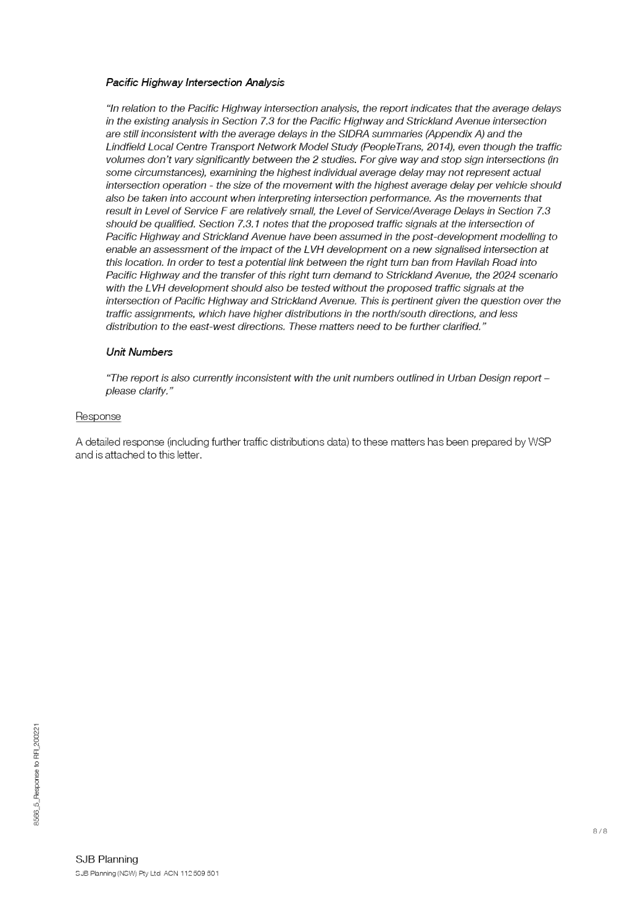
|
APPENDIX
No: 10 - Planning
Proposal Appendix 7 - Draft Ku-ring-gai Local Centres DCP Part 14E
|
|
Item No: GB.9
|
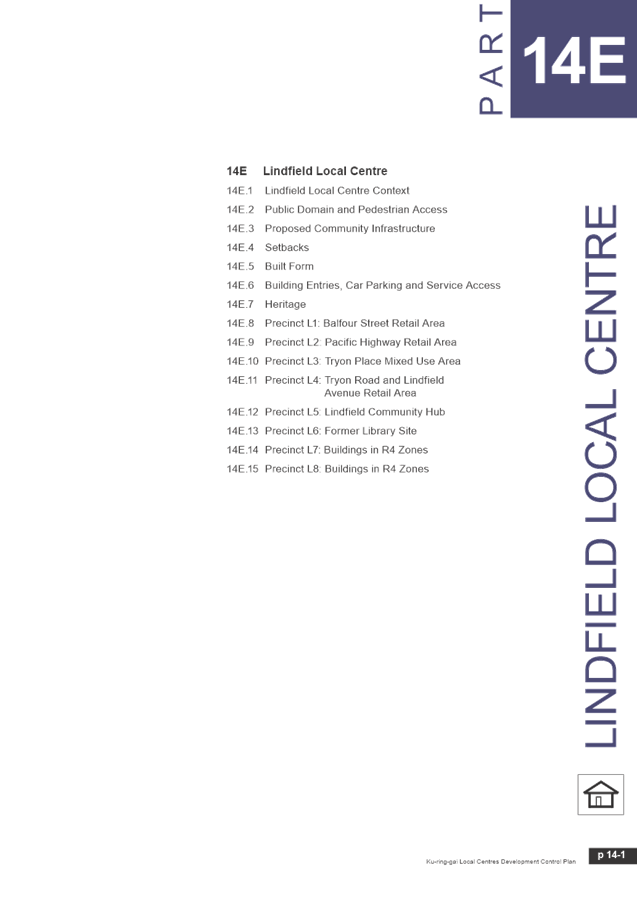

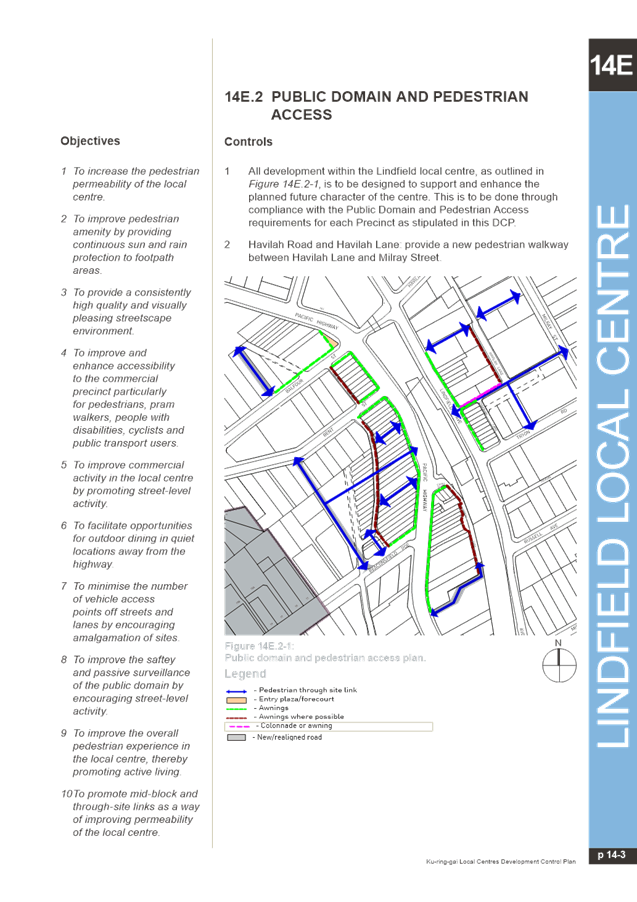
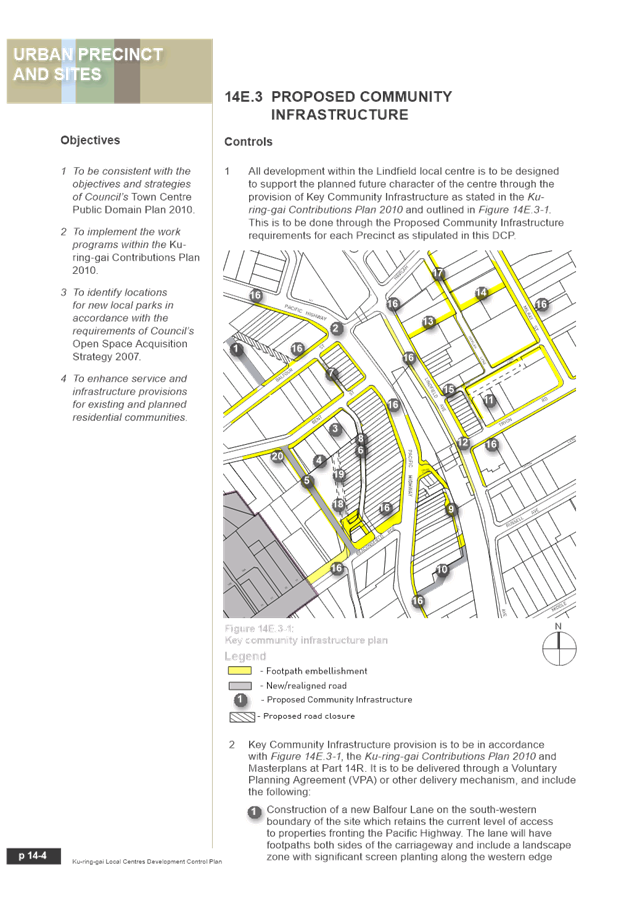
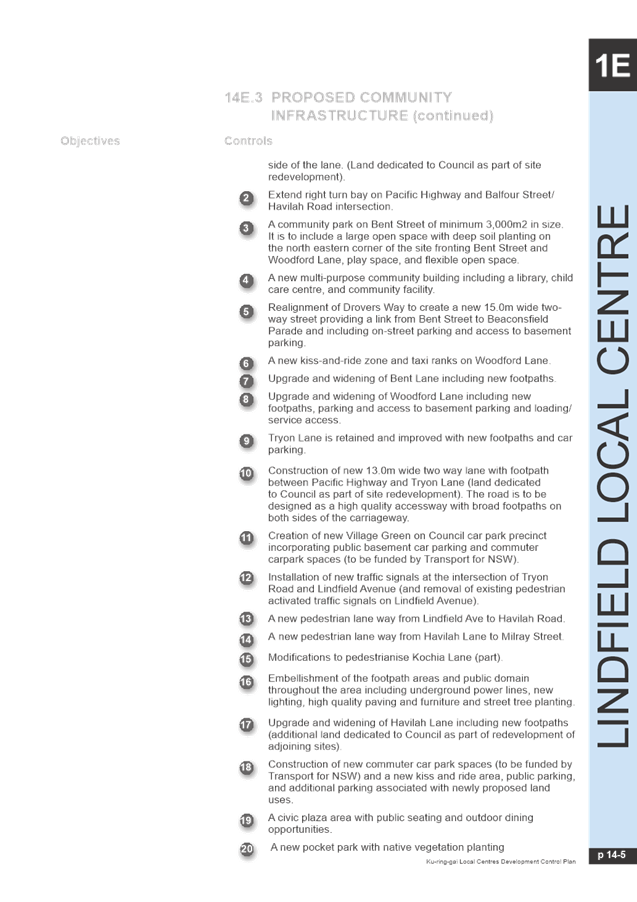
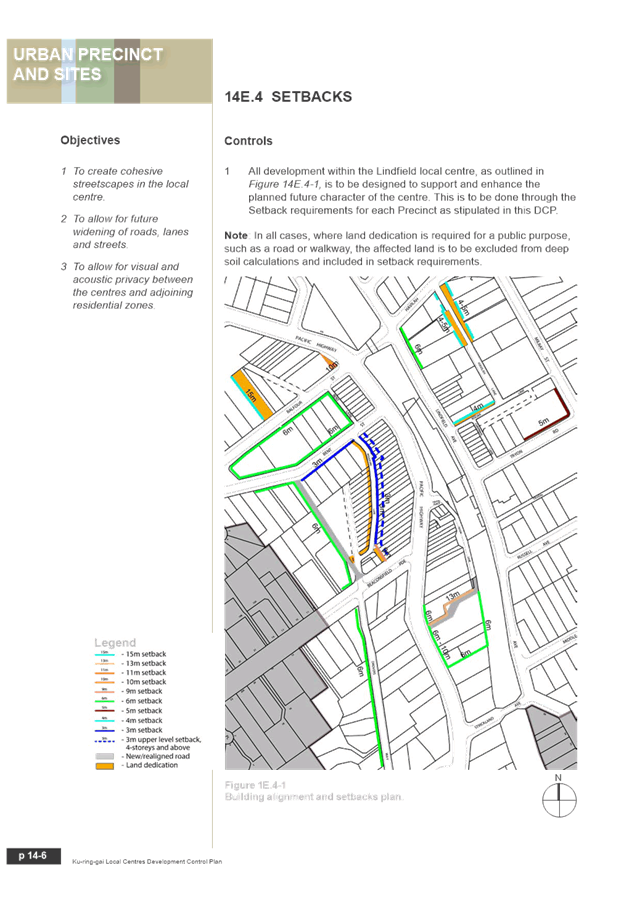

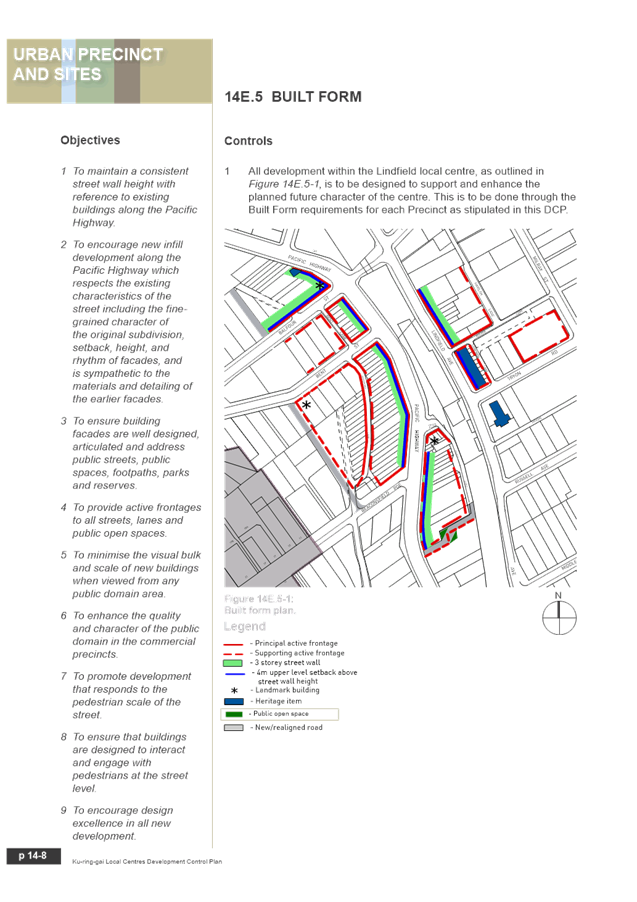
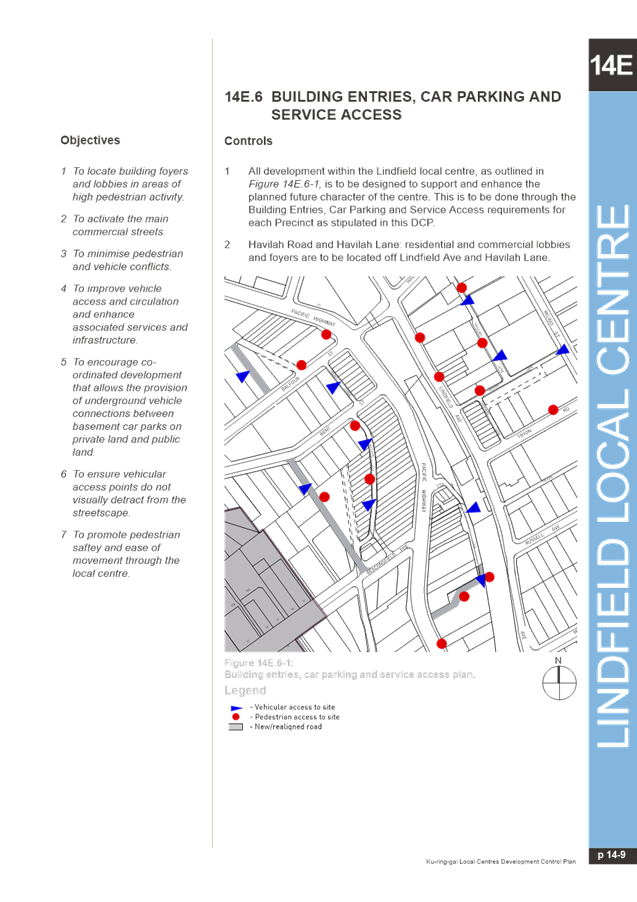
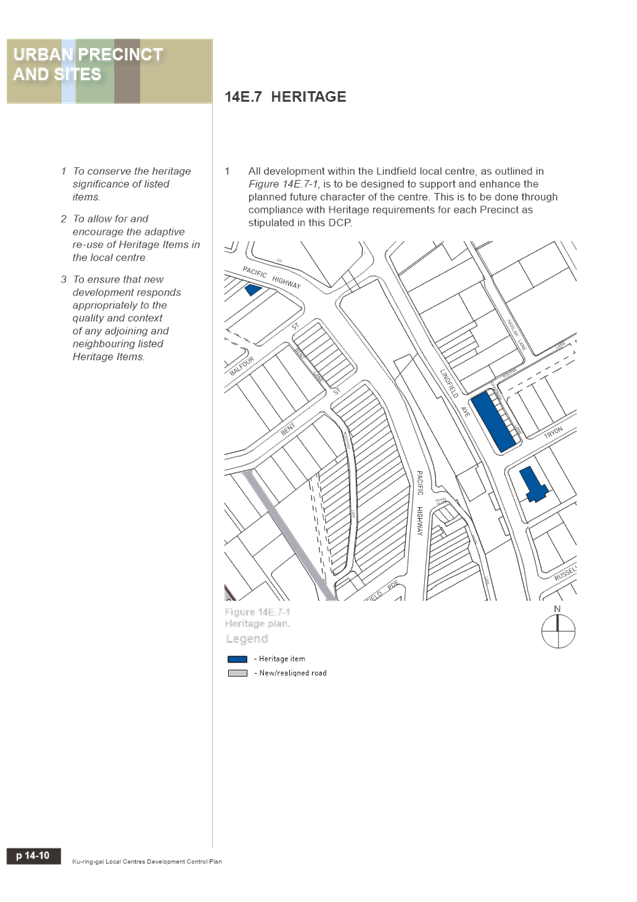

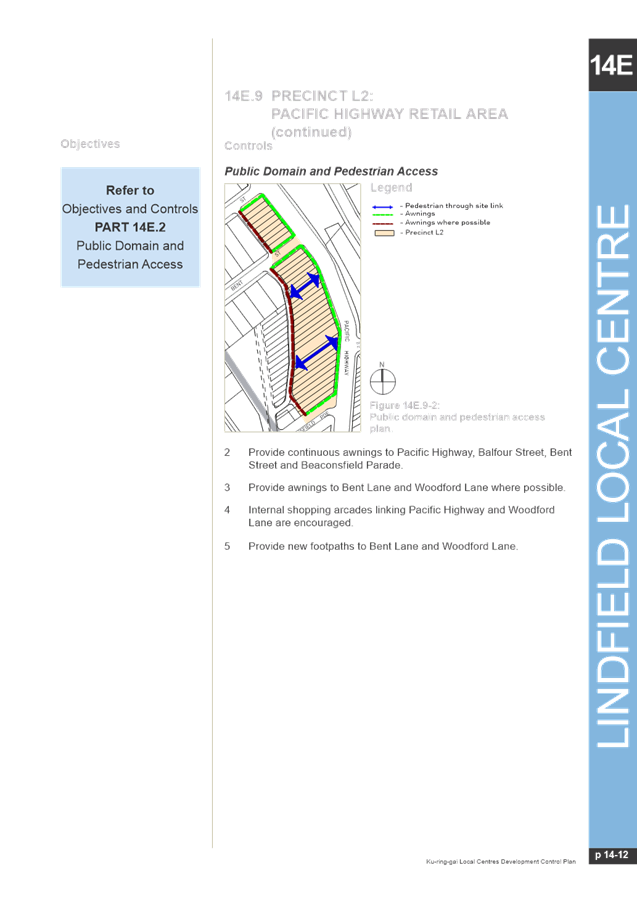
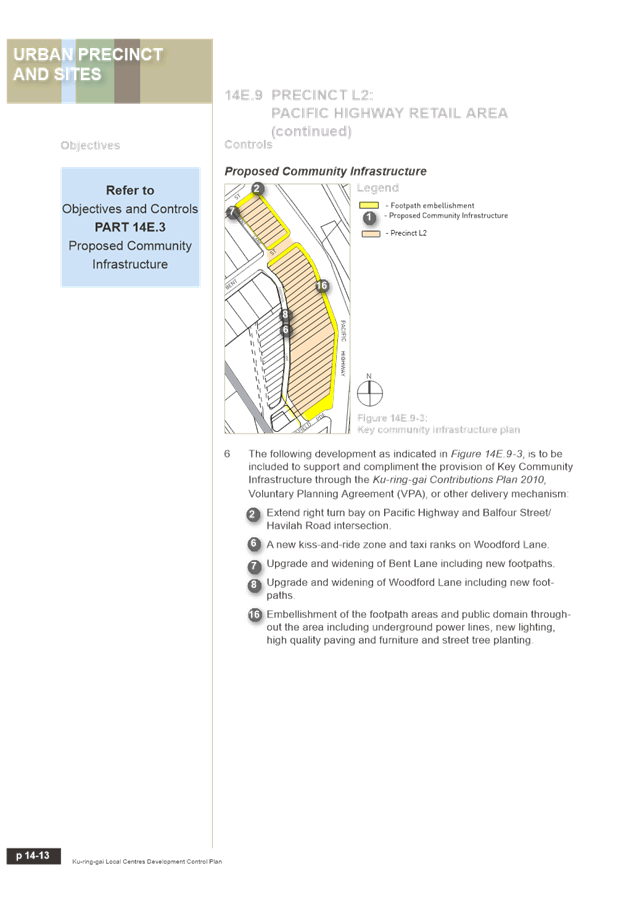
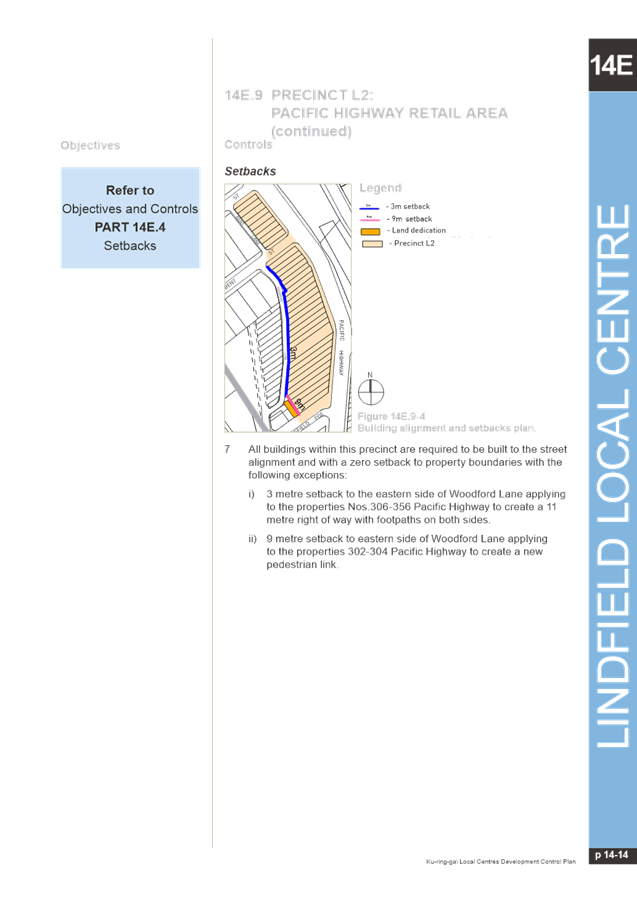
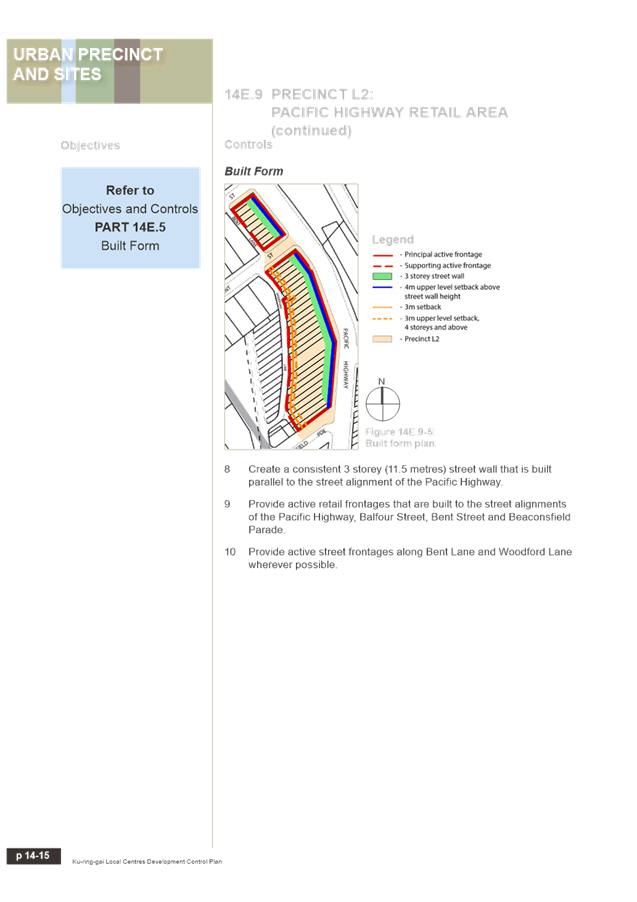


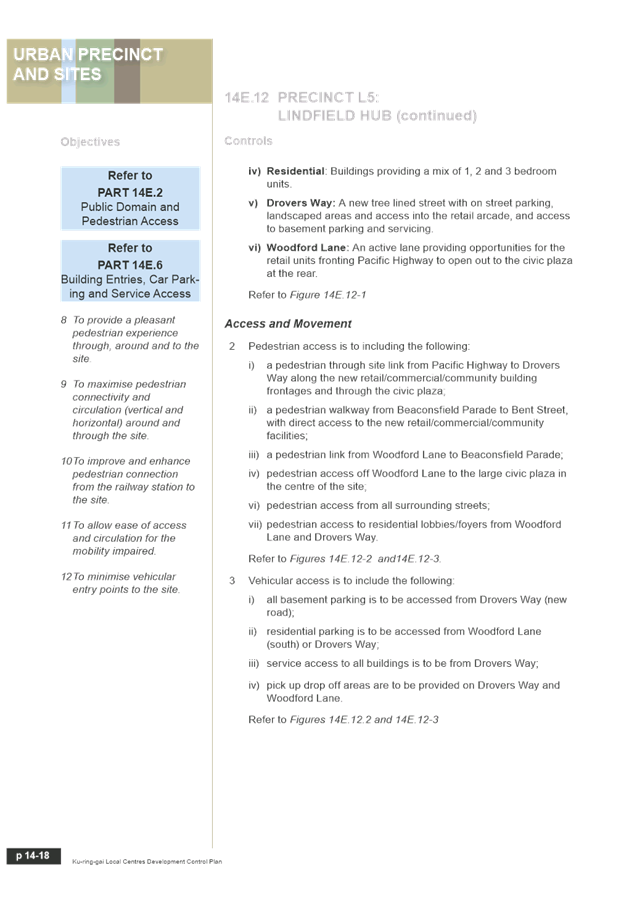

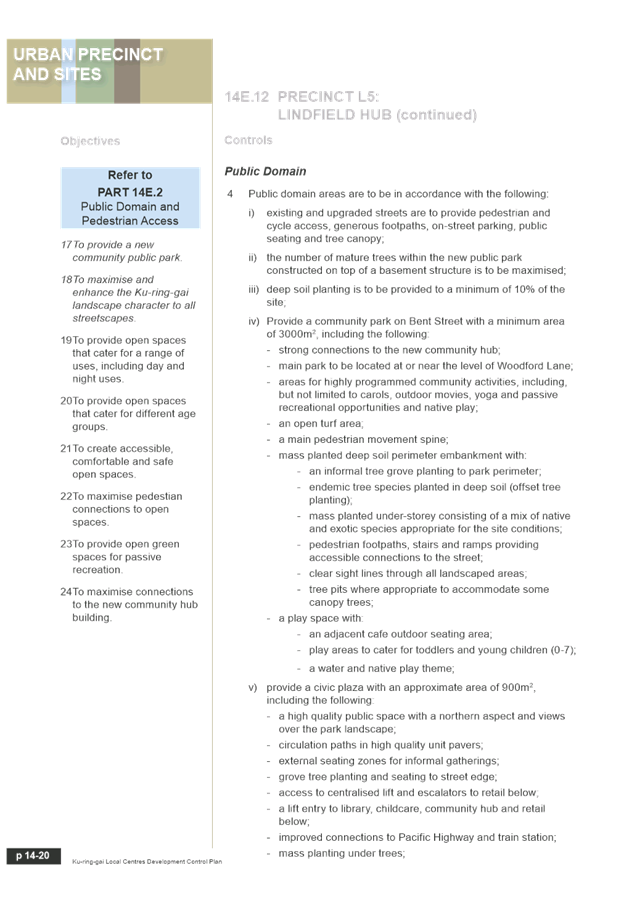
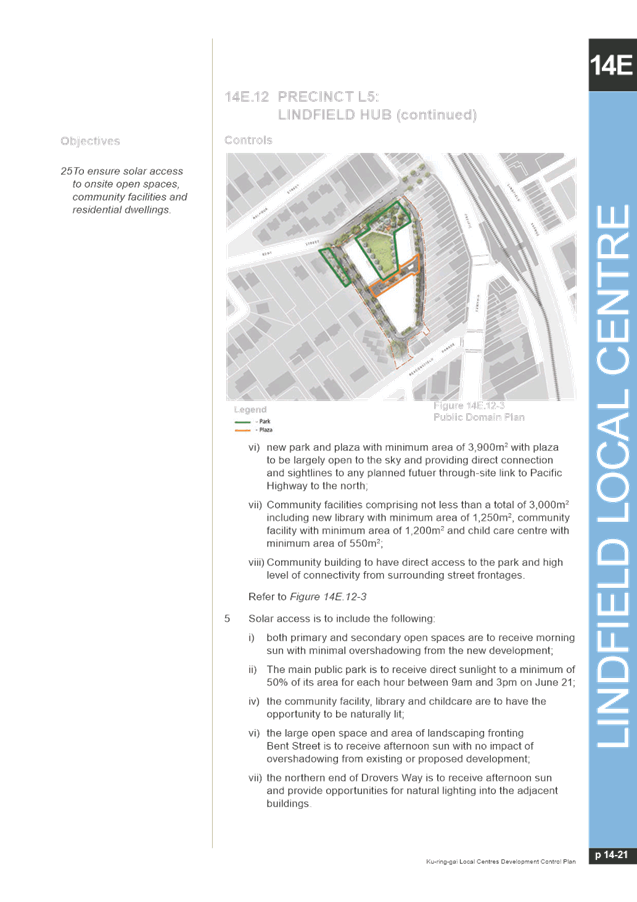
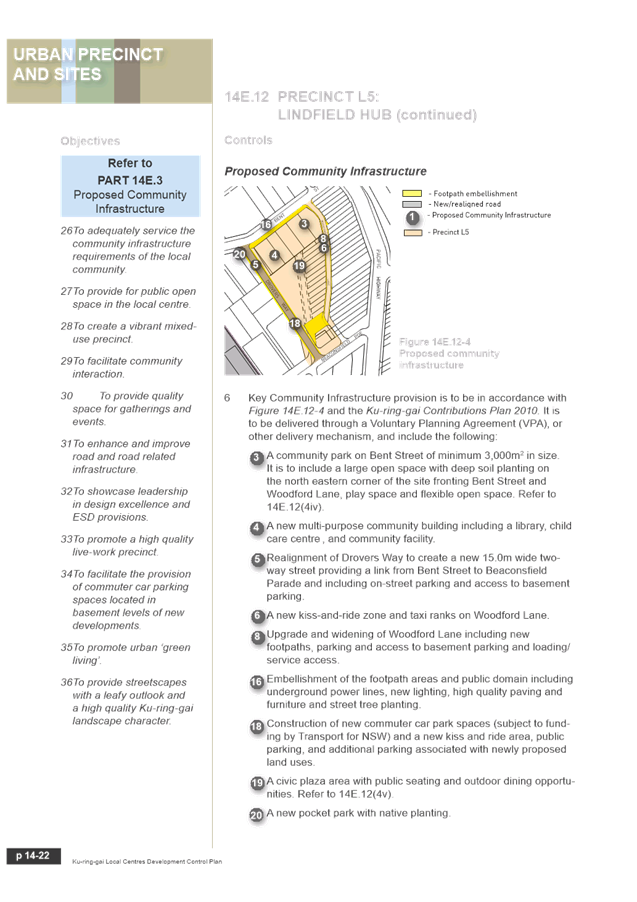
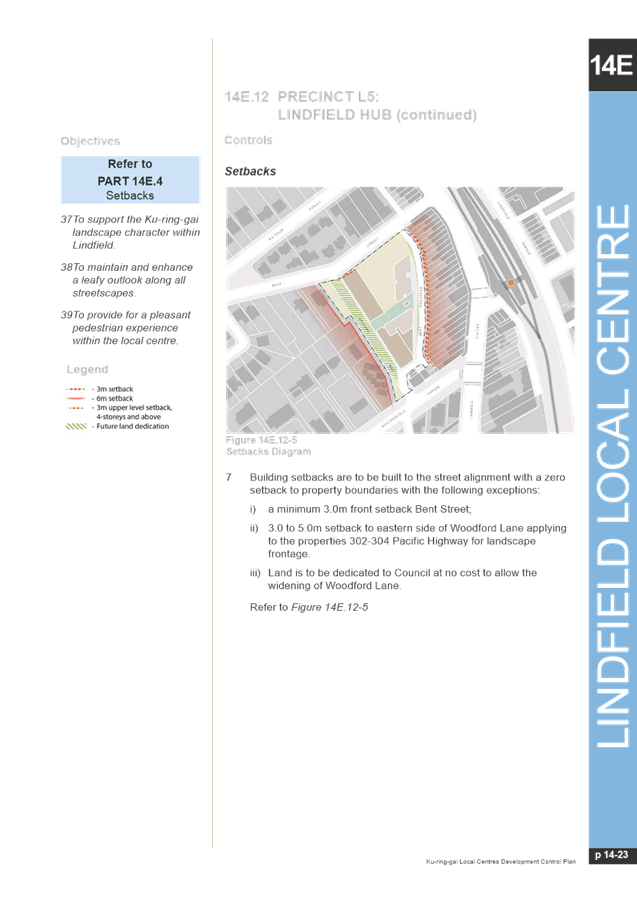

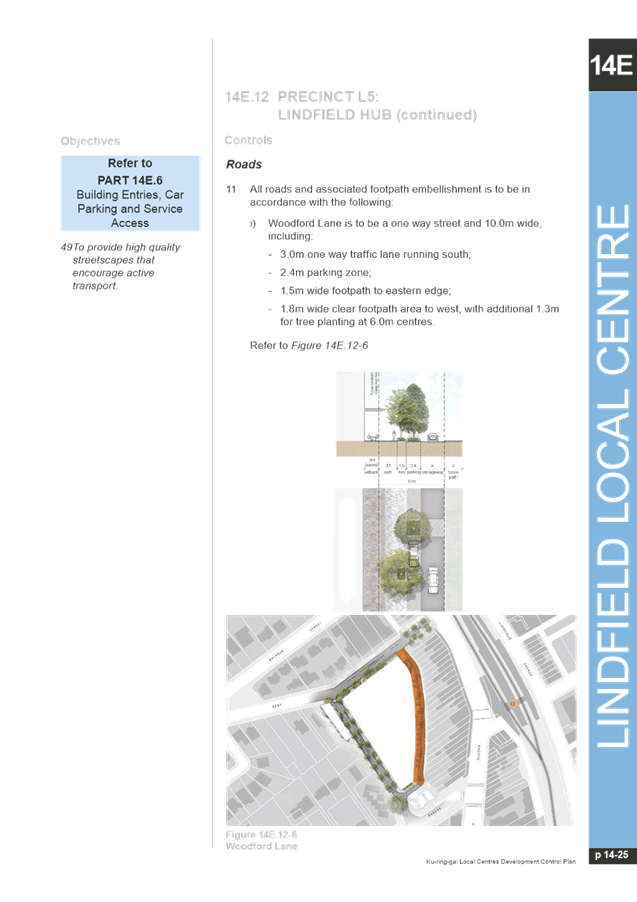
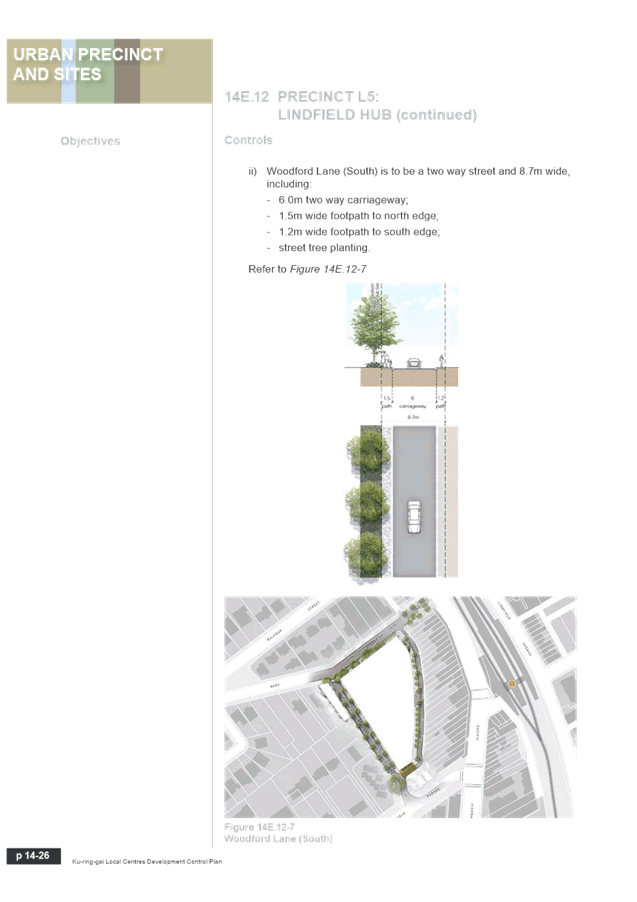


|
APPENDIX
No: 11 - Planning
Proposal Appendix 8 - Copy of Council Resolution of 20 August 2019
|
|
Item No: GB.9
|
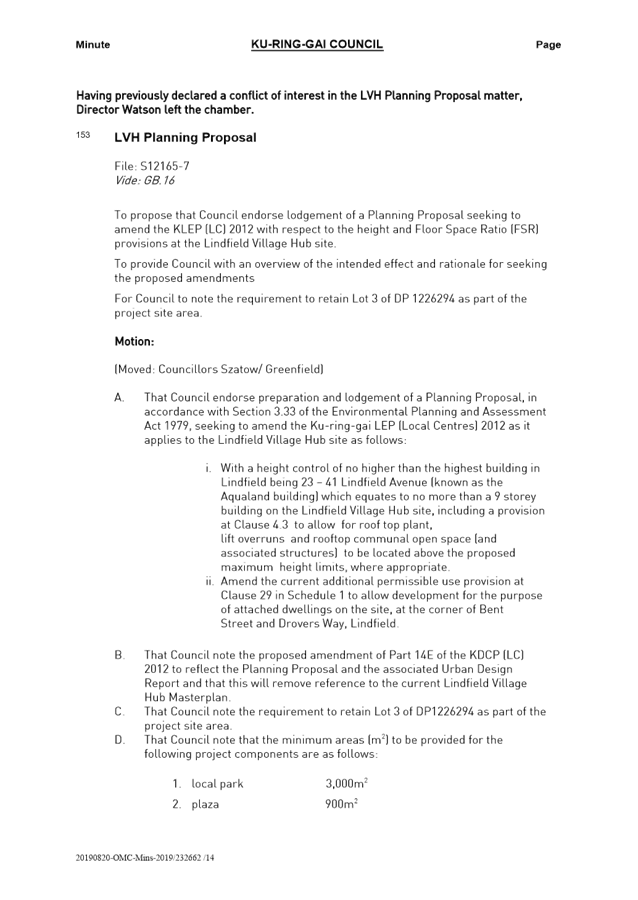

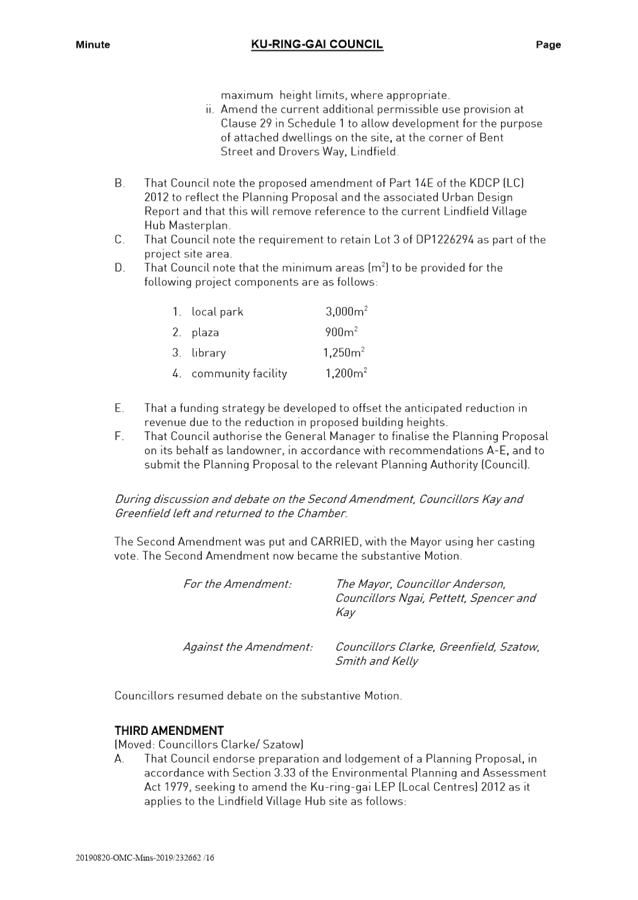
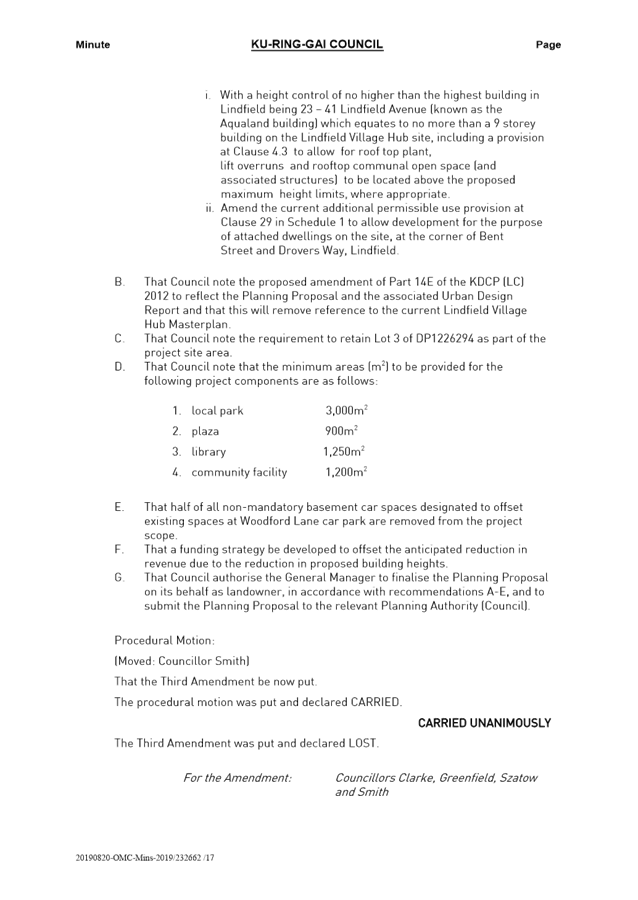
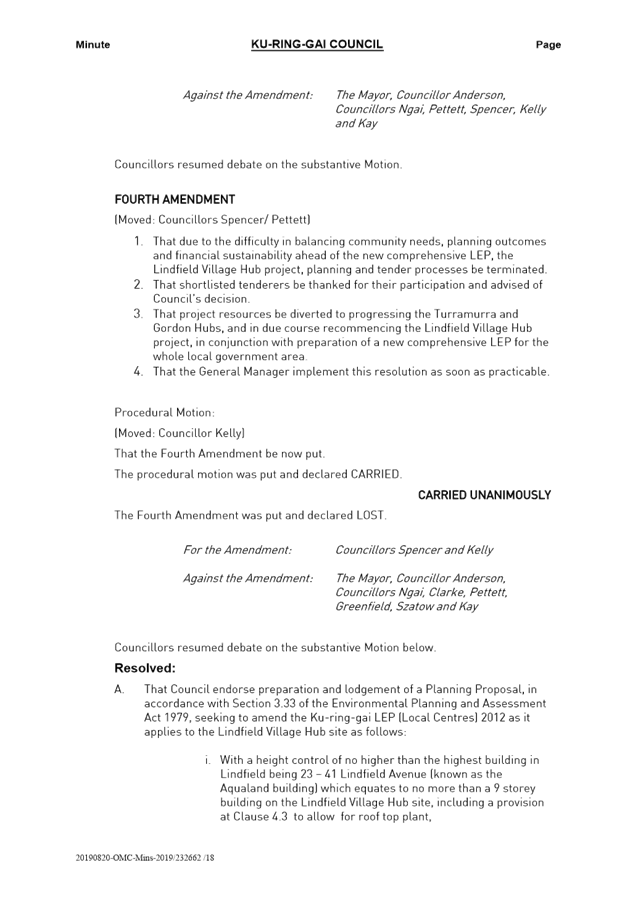
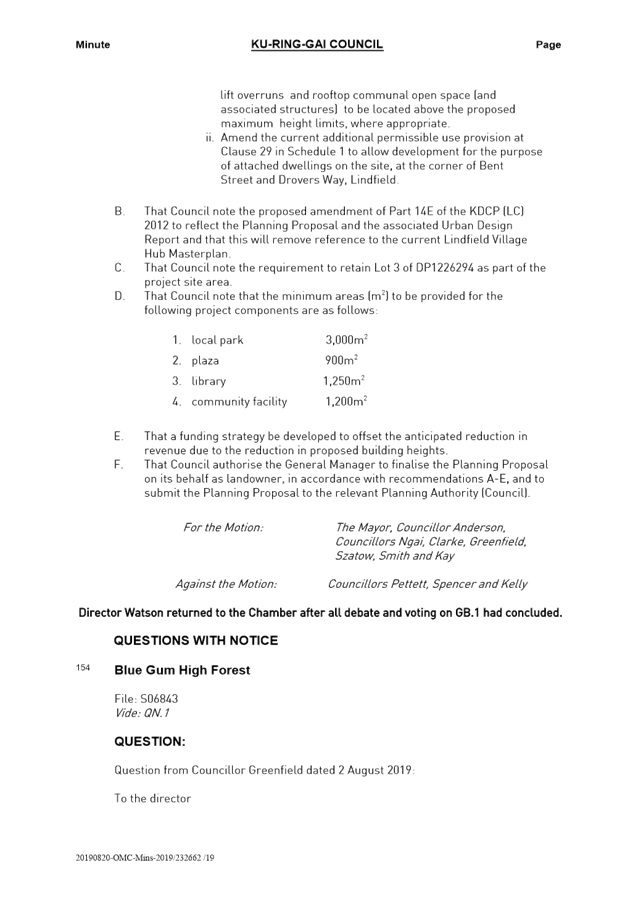
|
APPENDIX
No: 12 - Ku-ring-gai
Local Planning Panel Minutes - 6 April 2020
|
|
Item No: GB.9
|
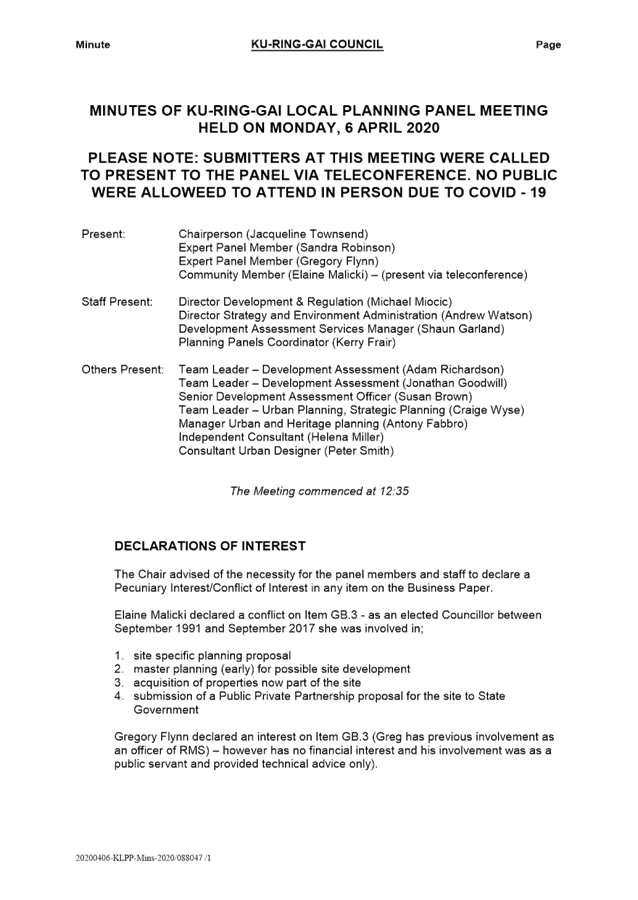
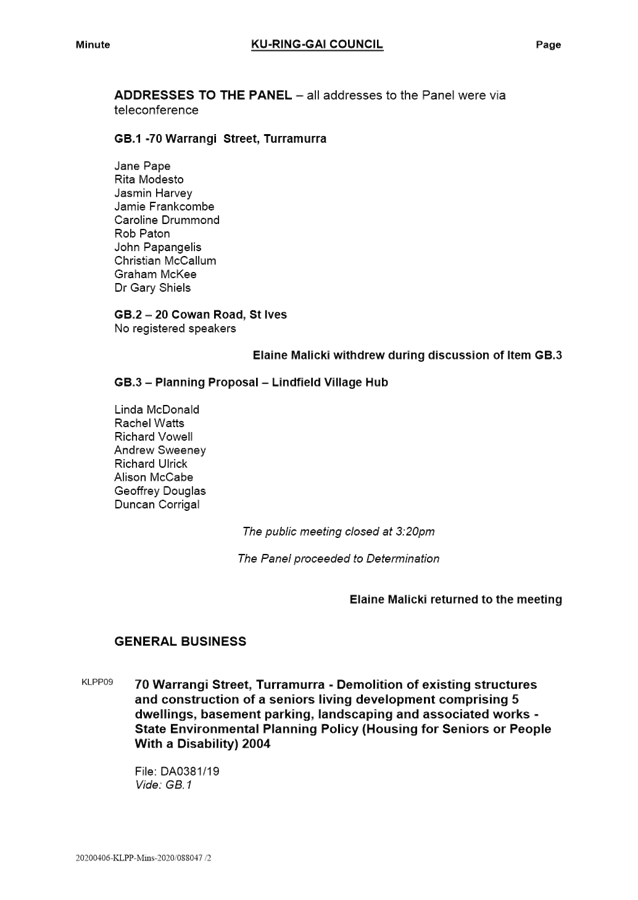

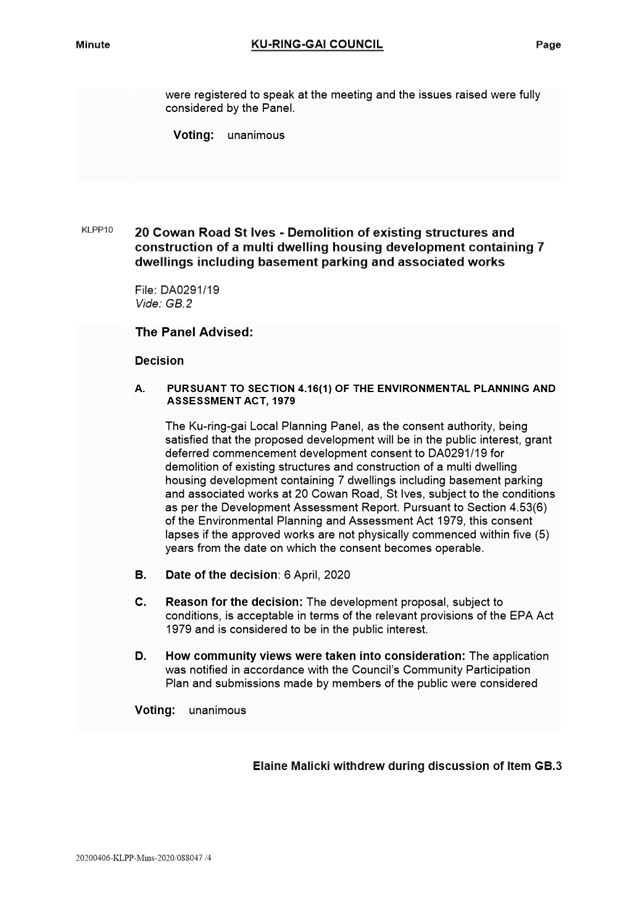
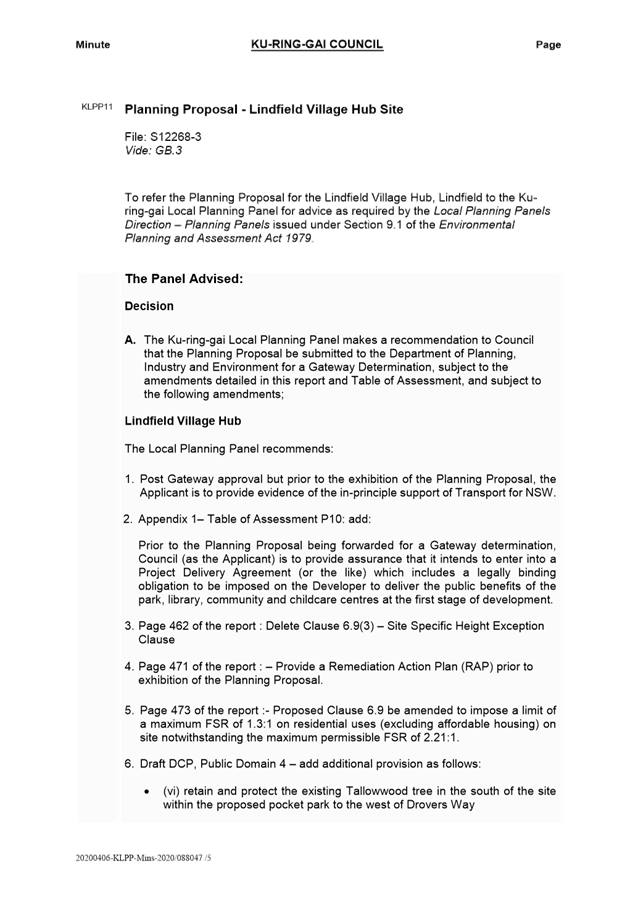
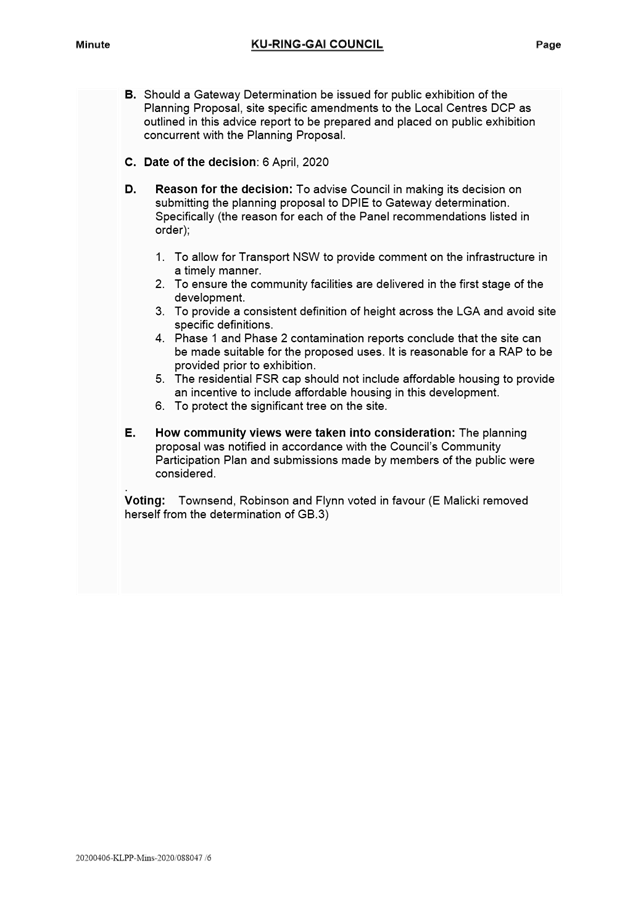
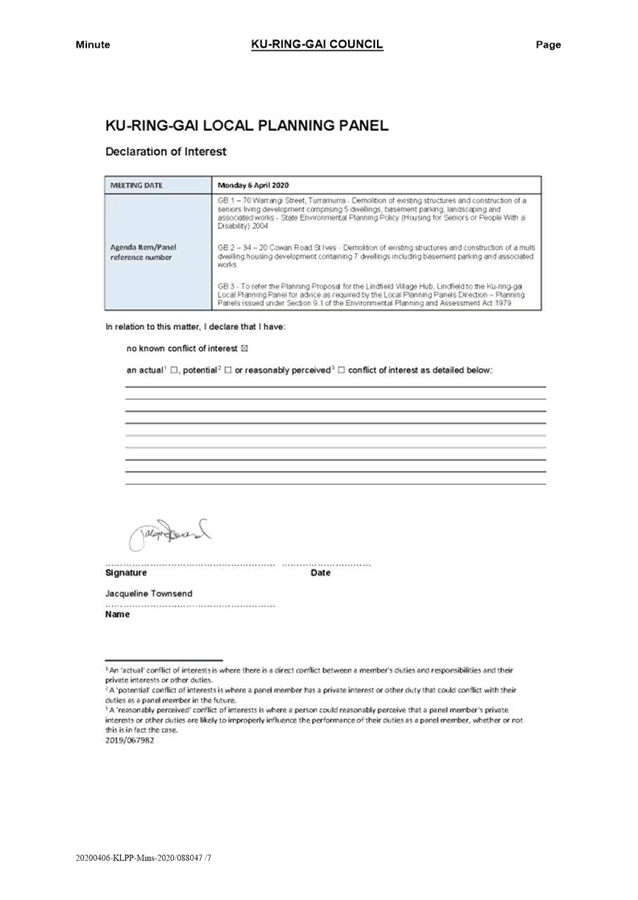


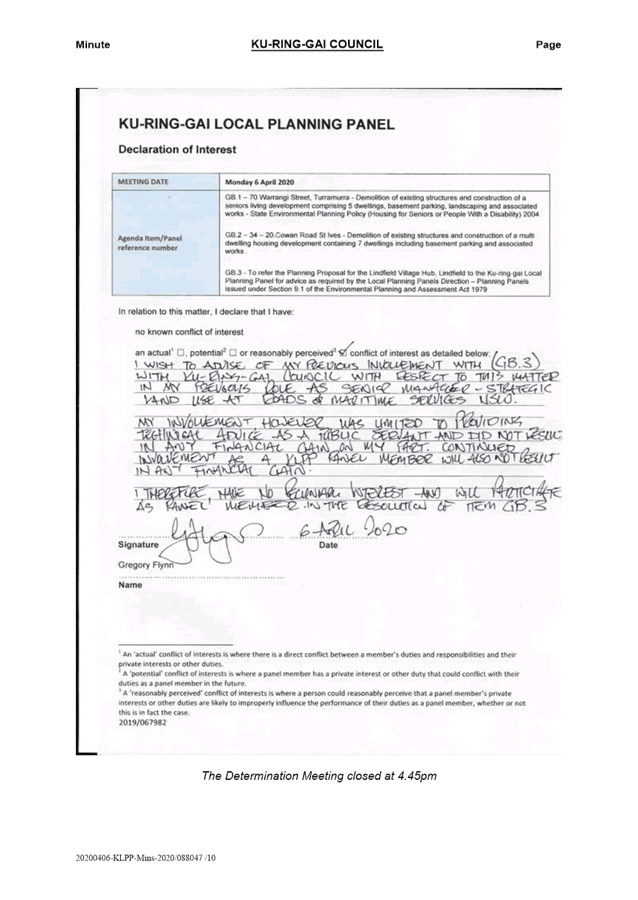

|
Ordinary
Meeting of Council - 28 April 2020
|
GB.10 / 377
|
|
|
|
|
Item
GB.10
|
S09069/10
|
Climate Change Policy and Action Plan
EXECUTIVE
SUMMARY
|
purpose of report:
|
To seek Council’s endorsement of the draft Climate
Change Policy 2020 and draft Towards Net Zero Emissions - 2030 Action
Plan for public exhibition
|
|
|
|
|
background:
|
The draft Climate Change Policy 2020 will
supersede the Climate Change Policy 2015. The draft Towards Net
Zero Emissions - 2030 Action Plan builds on Council’s Greenhouse
Gas Reduction Action Plan (2015), and the progress made to date in
reducing Council’s energy consumption and GHG emissions through
projects funded by Council’s Environmental Levy, and operational
budget.
|
|
|
|
|
comments:
|
On the basis of aligning Council’s Climate
Change mitigation program with the Paris Agreement, a set of internal Council
targets for GHG emissions and renewable energy have been determined. A
community wide, GHG emissions goal has also been determined, which provides a
means for Council to support community efforts to reduce local household and
business emissions in line with the Paris Agreement. The internal Council
emissions targets, and the community emissions goals form the primary
objectives of this policy whilst the draft Towards Net Zero Emissions -
2030 Action Plan sets out a pathway to meet the objectives.
|
|
|
|
|
recommendation:
|
A. That
the draft Climate Change Policy 2020 and draft Towards Net Zero
Emissions 2030 Action Plan be endorsed for public exhibition.
B. That a further report
be presented to Council following the public exhibition period outlining any
changes and recommended amendments to the draft Climate Change
Policy 2020 and draft Towards Net Zero Emissions 2030 Action Plan for
final endorsement and adoption.
|
Purpose of Report
To seek Council’s endorsement of the draft Climate
Change Policy 2020 and draft Towards Net Zero Emissions - 2030 Action
Plan for public exhibition
Background
The review of Council’s Climate Change Policy
has considered Australia’s commitment to the Paris Agreement and the
latest climate science, including the impacts of the GHG emissions pathways
outlined by the IPCC’s Special Report on 1.5°C of Global Warming
(SR15). The review fulfils the objective of the 2015 Climate Change Policy,
viz.:
To continue to review
Council’s greenhouse gas emission reduction targets, emissions budget and
climate change mitigation and adaptation activities based on international,
regional and local climate science and modelling.
The targets incorporated into the draft Climate Change
Policy 2020 are provided in the Table below.
Table 1 Emission
reduction and renewable energy targets
|
Emission
trajectories
|
Council
targets
(2000
baseline)
|
|
Council
|
|
50%
reduction
|
By 2030
or earlier
|
|
100%
reduction
(net
zero emissions )
|
By 2040
or earlier
|
|
100%
renewable energy
|
By 2030
whilst pursuing efforts to reach 100% renewable by 2025
|
|
100%
reduction in fleet emissions
|
By 2040
or earlier
|
|
Community
|
|
100%
reduction
(net
zero emissions)
|
By 2040
or earlier
|
Comments
As of 2018, global heating had reached approximately 1°C
above pre-industrial levels due to anthropogenic emissions of greenhouse gases
(IPCC 2018). This has coincided with a trend of increasing intensity and
frequency of a number of climate and weather extremes (IPCC 2018, p177). The
scientific literature indicates the extent of drought, flooding, heat waves,
and tropical cyclones will escalate if global heating continues (IPCC 2018,
p210). Many of the observed climate and extreme weather trends have already led
to catastrophic ecological responses within Australia, and around the world
(Harris 2018), with extensive economic, environmental, and social costs for
local communities.
The United Nations Intergovernmental Panel on Climate Change
(IPCC) states “Climate change represents an urgent and potentially irreversible
threat to human societies and the planet” (IPCC 2018). In recognition
of this, the overwhelming majority of countries around the world, including
Australia, adopted the Paris Agreement in December 2015. Article 2 of the Paris
Agreement commits signatories to:
Holding the increase in the
global average temperatures to well below 2°C above pre-industrial levels
and pursuing efforts to limit the temperature increase to 1.5°C above
pre-industrial levels, recognizing that this would significantly reduce the
risks and impacts of climate change.
In response to the Paris Agreement, the IPCC produced the
Special Report on Global Warming of 1.5°C (SR15). This report acts as a
scientific guide for governments, policy makers, and communities to respond to
the challenge of the Paris Agreement objectives, and to understand the
implications of global heating at 1.5°C and higher.
On the basis of aligning Council’s Climate Change
mitigation program with the Paris Agreement, a set of internal Council targets
for GHG emissions and renewable energy have been determined. A community wide,
GHG emissions goal has also been determined, which provides a means for Council
to support community efforts to reduce local household and business emissions,
in line with the Paris Agreement.
The objectives of the draft policy are:
· To reduce
Council’s greenhouse gas emissions (from fixed assets, street lighting
and vehicles) to levels consistent with the international goal of limiting
global heating to 1.5˚C above pre-industrial levels, with no overshoot.
Equating to:
o a reduction in total GHG
emissions of 50% by 2030 (relative to 2000 levels), or earlier;
o a reduction in total GHG
emissions to net zero by 2040, or earlier.
· To reach 100%
renewable energy for all grid-sourced electricity by 2030, whilst pursuing
efforts to reach 100% renewable by 2025.
· To reduce fleet
emissions to net zero by 2040, or earlier(based on 2000 levels).
· To support the
community in the goal of reaching net zero GHG emissions by 2040. Through the
delivery of programs and initiatives that further community GHG emission
reductions efforts.
· To continue to
review and make accessible, Council’s total GHG emissions footprint and
emission reduction trajectory.
· To review and make
accessible the Ku-ring-gai community’s total GHG emissions footprint and
emission reduction trajectory.
· To reduce
Council’s, the community’s and the natural and built
environment’s vulnerability to the impacts of climate change.
· To increase
Council’s, the community’s and the natural and built
environment’s resilience to the impacts of climate change and associated
extreme or intensified weather events.
integrated planning and reporting
|
Community Strategic
Plan Long Term Objective
|
Delivery Program
Term Achievement
|
Operational Plan
Task
|
|
Climate Change
A community addressing and
responding to the impacts of climate change and extreme weather events.
|
Council’s vulnerability
to climate change is reduced.
The community is effectively
informed and engaged on climate change impacts and responses.
|
Implement priority actions in
the Climate Change Adaptation Strategy.
Review the Climate Change
Policy and implement priority actions.
Deliver the Climate Wise
Communities program to build community resilience to the impacts of climate
change and extreme weather events
|
|
Climate Change
Sustainable Resource
Management
|
The community is effectively
engaged in energy and water conservation and efficiency programs.
|
Implement programs to assist
the community to reduce energy and water use.
|
Governance Matters
On the basis of aligning
Council’s Climate Change with the Paris Agreement, and with consideration
of the risks from 1.5°C pathways with and without overshoot, a set of
internal Council targets for GHG emissions and renewable energy have been determined.
A community wide, GHG emissions goal has also been determined, which provides a
means for Council to support community efforts to reduce local household and
business emissions, in line with the Paris Agreement.
Council’s
Climate Change Policy and the supporting Towards Net Zero Emissions -
2030 Action Plan provides a pathway for Council to take all reasonable and practical measures
to increase climate change resilience and reduce greenhouse gas emissions
across the organisation and within the community in line with Australia’s
commitment to the Paris Agreement.
This policy applies to all sections of Council. Council’s Manager Environment and Sustainability has
overall responsibility for compliance with this Policy. Implementation of this
Policy is the responsibility of the General Manager, all Directors, Managers,
Supervisors and Council Staff
Under the Local Government Act 1993, Councils are
required to manage the local environment with consideration to the principles
of Ecologically Sustainable Development (ESD), which incorporates the
Precautionary Principle. Section 7e of the Act requires ‘Councils,
Councillors and Council employees to have regard to ESD principles in carrying
out all of their responsibilities’.
Risk Management
The peak scientific body on
climate change, the Intergovernmental Panel on Climate Change (IPCC) states
that, “Climate change represents an urgent and potentially
irreversible threat to human societies and the planet” (IPCC 2018).
Climate projections indicate the world faces large scale collapse and loss of
entire ecosystems (IPCC 2018, p230); severe impacts to human health - from
stronger heatwaves, lower air quality, and extreme loss of food and water
security (IPCC 2018, p247); increased extent of extreme weather and climate
events – flooding, drought, severe storms, wildfire (IPCC 2018, p255);
and severe economic loss due to aggregated and compounding impacts (Climate
Council 2019a).
Council’s Climate Change
Policy and the supporting Towards Net Zero Emissions - 2030 Action Plan provide a pathway for Council to take all reasonable and practical measures
to increase climate change resilience and reduce greenhouse gas emissions
across the organisation and within the community. Council faces a
reputational risk should it fail to meet the requirements of these policies and
fail to show leadership on this issue.
Financial Considerations
The investments required to
reach net zero emissions are outlined in the Draft Towards Net Zero 2030 Action
Plan. All actions outlined in the Draft Towards Net Zero 2030 Action Plan are
fully funded through the Environmental Levy. Resource allocation is provided in
Table 5 of the Draft Action Plan and provided below:
|
Funding
|
2020/21
|
2021/22
|
2022/23
|
2023/24
|
2024/25
|
2025/26
|
2026/27
|
2027/28
|
2028/29
|
2029/30
|
|
Solar PV maintenance
|
$12,000
|
$12,279
|
$12,841
|
$13,398
|
$13,800
|
$14,214
|
$14,641
|
$15,080
|
$15,532
|
$15,998
|
|
Capital works upgrades
|
$360,000
|
$122,786
|
$128,411
|
$133,983
|
$138,002
|
$242,142
|
$146,407
|
$150,799
|
$155,323
|
$159,982
|
|
Operational energy efficiency
measures
|
$160,000
|
$61,393
|
$64,206
|
$66,991
|
$69,001
|
$71,071
|
$73,203
|
$75,399
|
$77,661
|
$79,991
|
|
Continuing Professional
Development Program
|
$15,000
|
$15,348
|
$16,051
|
$16,748
|
$17,250
|
$17,768
|
$18,301
|
$18,850
|
$19,415
|
$19,998
|
|
Sustainable Building Performance
Standards
|
$10,000
|
$10,000
|
|
|
|
|
|
|
|
|
|
Integrated asset management plans
for buildings
|
$80,000
|
$81,857
|
$85,608
|
$89,322
|
$92,001
|
$94,762
|
$97,604
|
$100,532
|
$103,548
|
$106,655
|
|
Capital Works New
|
|
|
|
$235,000
|
$216,000
|
|
$150,000
|
$160,000
|
$170,000
|
|
|
Chambers Capital Works
|
$250,000
|
$188,000
|
$174,000
|
|
|
|
|
|
|
|
Council has previously partnered with the SSROC program
(which included most NSROC councils) for energy procurement. This partnership
has been commercially beneficial for Council and the same SSROC group are now
investigating purchase agreements for 100% renewable energy procurement. In
order for Ku-ring-gai Council to be a party to the energy procurement, it is
likely that a Local Government Act Section 55 exception would need to be
exercised.
Social Considerations
There is significant concern
within the community regarding climate change and associated impacts. Community
expectation is for local government to take a leading role. Additionally, many
residents of Ku-ring-gai have displayed a desire to reduce emissions and
mitigate climate change.
The draft Climate Change
Policy 2020 establishes a community wide, GHG emissions goal of net zero by
2040 and provides a means for Council to support community efforts to reduce
local household and business emissions, in line with the Paris Agreement.
The draft action plan will be
utilised for further engagement and education within the community and support
the efforts that take place, improving a sense of collaboration and emphasising
a shared responsibility between local government and the community.
Environmental Considerations
The risk posed to the
environment by climate change is significantly reduced if warming peaks at
1.5°C above pre-industrial levels (IPCC SR15). The objectives set out in
the draft Climate Change Policy 2020 and draft Towards Net Zero
Emissions - 2030 Action Plan align Council’s emission targets with
the effort to keep warming to 1.5°C and reduce some of the impacts
associated with climate change.
Community Consultation
The draft Climate Change
Policy 2020 and draft Towards Net Zero Emissions - 2030 Action Plan
will be placed on public exhibition. Council will utilise social media and
existing contact lists to inform interested residents of the public exhibition
and request submissions. All submissions will be submitted and incorporated
into final documents which will then be submitted for consideration and
adoption by Council.
Internal Consultation
Internal consultation to date
has included briefings to the Energy Management Working Group, briefing to
group managers, input from Infrastructure Services, Waste & Cleansing,
Financial Accounting, Urban Planning, Urban Design, Development Contributions
Planning and Major Projects.
Additionally, two briefings have been conducted for
Councillors. The Environment and Sustainability team will circulate the
documents internally during the public exhibition and provide Council staff
another opportunity to make submissions.
Summary
In November 2015, the 21st
Conference of the Parties (COP21) of the United Nations Framework Convention on
Climate Change (UNFCCC) hosted international discussions on the state of
climate change, and the threats posed by global heating. The seriousness of
those threats led negotiators from 196 represented state parties (including
Australia), to adopt by consensus, the language of the Paris Agreement, which
includes the commitment to:
Holding the increase in the
global average temperature to well below 2°C above pre-industrial levels
and pursuing efforts to limit the temperature increase to 1.5°C above
pre-industrial levels, recognizing that this would significantly reduce the
risks and impacts of climate change.
On the basis of aligning
Council’s climate change approach with the Paris Agreement, and with
consideration of the risks from 1.5°C pathways with and without overshoot,
a set of internal Council targets for GHG emissions and renewable energy have
been determined. A community wide, GHG emissions goal has also been determined,
which provides a means for Council to support community efforts to reduce local
household and business emissions, in line with the Paris Agreement.
Council’s
draft Climate Change Policy 2020 and the supporting Towards
Net Zero Emissions - 2030 Action Plan provide a
pathway for Council to take
all reasonable and practical measures to increase climate change resilience and
reduce greenhouse gas emissions across the organisation and within the
community.
The objectives of the Draft Policy are:
· To reduce
Council’s greenhouse gas emissions (from fixed assets, street lighting
and vehicles) to levels consistent with the international goal of limiting
global heating to 1.5˚C above pre-industrial levels, with no overshoot.
Equating to:
o a reduction in total GHG
emissions of 50% by 2030 (relative to 2000 levels), or earlier;
o a reduction in total GHG
emissions to net zero by 2040, or earlier.
· To reach 100%
renewable energy for all grid-sourced electricity by 2030, whilst pursuing
efforts to reach 100% renewable by 2025.
· To reduce fleet
emissions to net zero by 2040, or earlier (based on 2000 levels).
· To support the
community in the goal of reaching net zero GHG emissions by 2040. Through the
delivery of programs and initiatives that further community GHG emission
reductions efforts.
· To continue to
review and make accessible, Council’s total GHG emissions footprint and
emission reduction trajectory
· To review and make
accessible the Ku-ring-gai community’s total GHG emissions footprint and
emission reduction trajectory.
· To reduce
Council’s, the community’s and the natural and built
environment’s vulnerability to the impacts of climate change.
· To increase
Council’s, the community’s and the natural and built
environment’s resilience to the impacts of climate change and associated
extreme or intensified weather events.
|
Recommendation:
A. That
the draft Climate Change Policy 2020 and draft Towards Net Zero
Emissions 2030 Action Plan be endorsed for public exhibition.
B. That
a further report be presented to Council following the public exhibition
period outlining any changes and recommended amendments to the draft Climate
Change Policy 2020 and draft Towards Net Zero Emissions 2030 Action
Plan for final endorsement and adoption.
|
|
Peter Vun
Senior Sustainability Officer
|
Jacob Sife
Manager Environment & Sustainability
|
|
Andrew Watson
Director Strategy & Environment
|
|
|
Attachments:
|
A1 ⇩ ⇩
|
Controlled
Document number 80 - Draft Climate Change Policy 2020
|
|
2020/103168
|
|
|
A2 ⇩ ⇩
|
Draft
Towards Zero Emissions - 2030 Action Plan
|
|
2020/103171
|
|
APPENDIX No: 1 - Controlled
Document number 80 - Draft Climate Change Policy 2020
|
|
Item No: GB.10
|


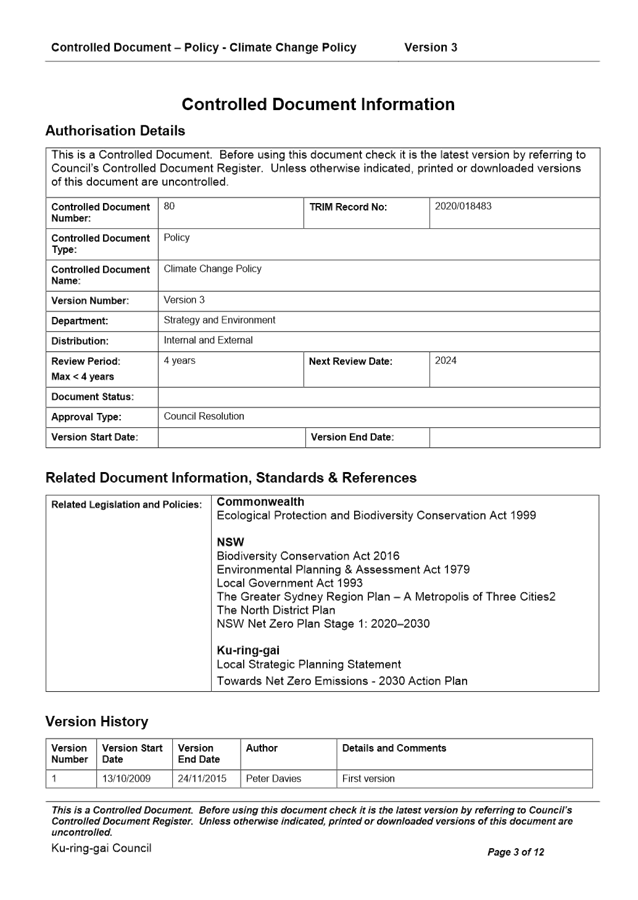

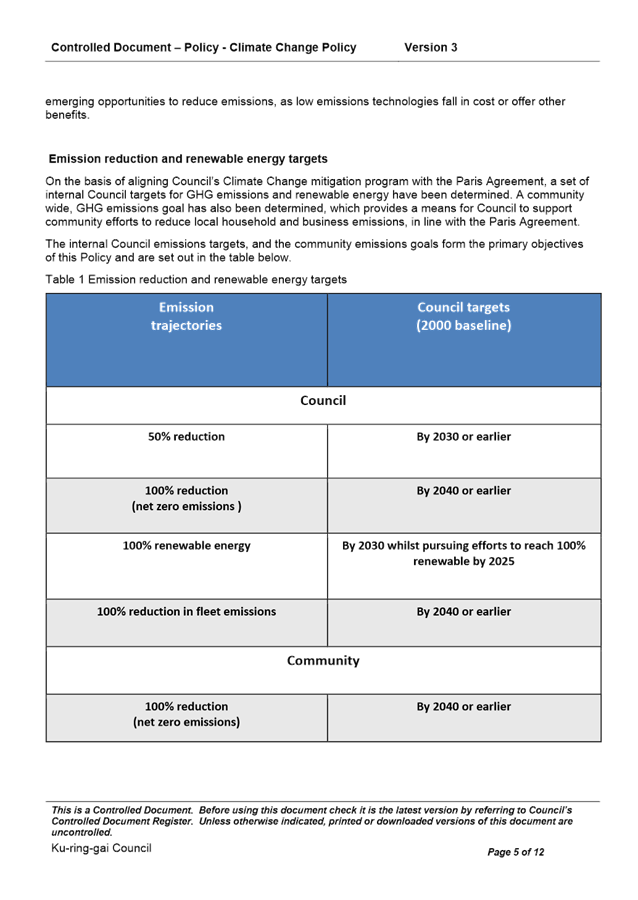

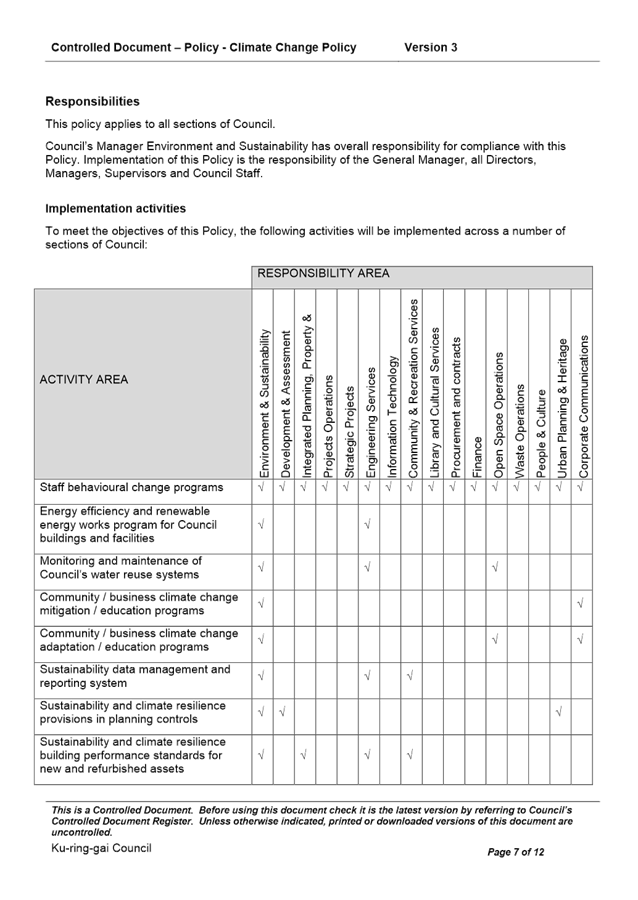
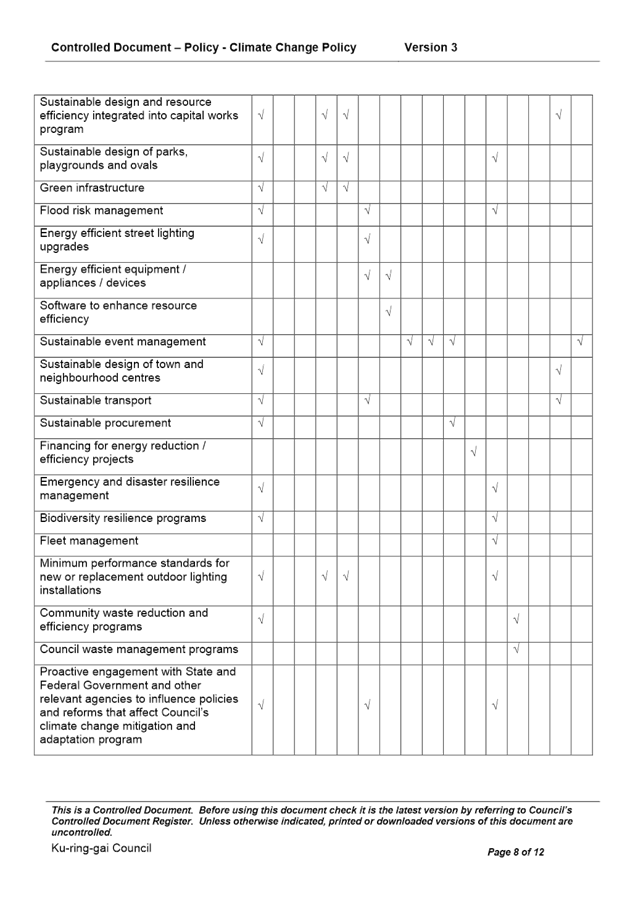

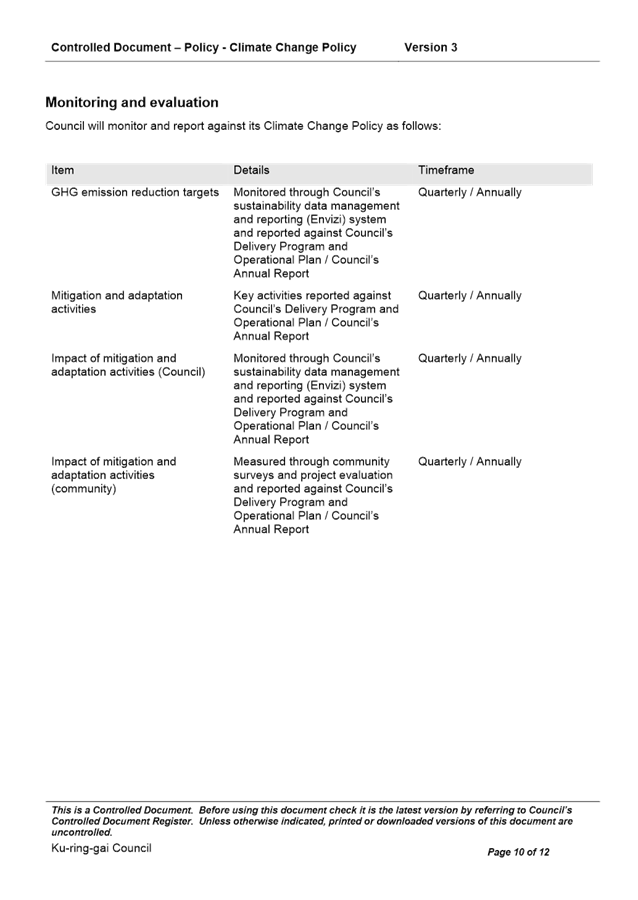
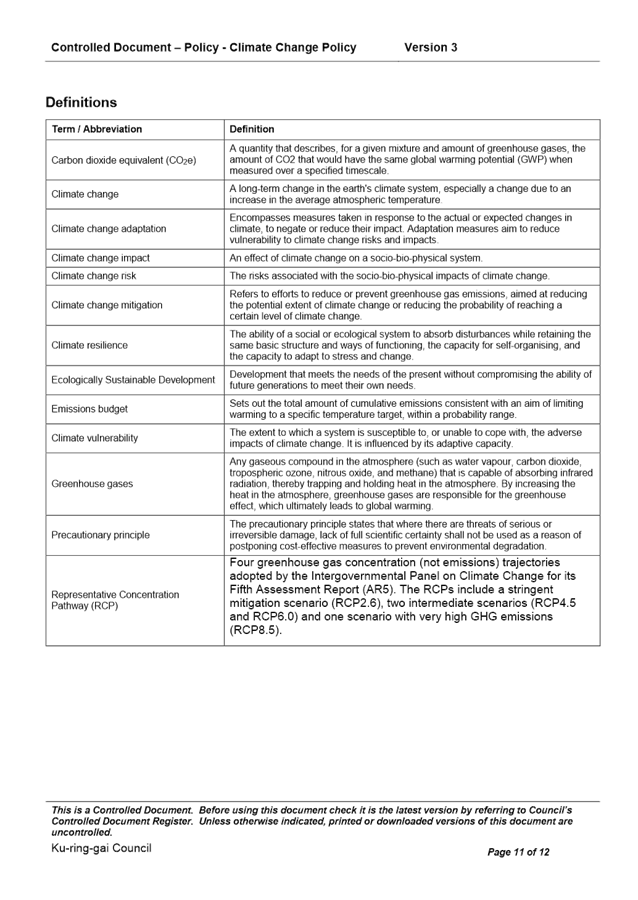

|
APPENDIX
No: 2 - Draft
Towards Zero Emissions - 2030 Action Plan
|
|
Item No: GB.10
|
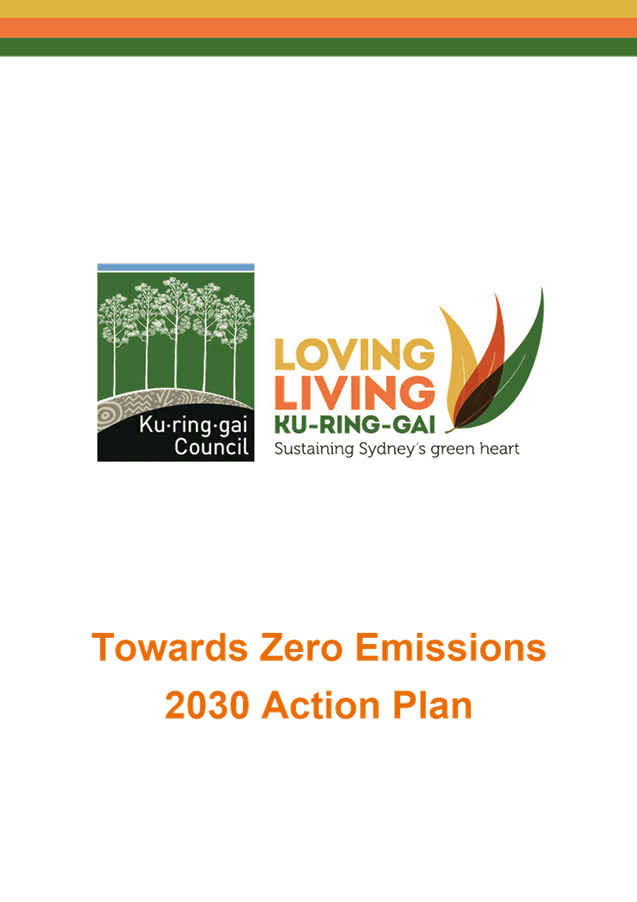



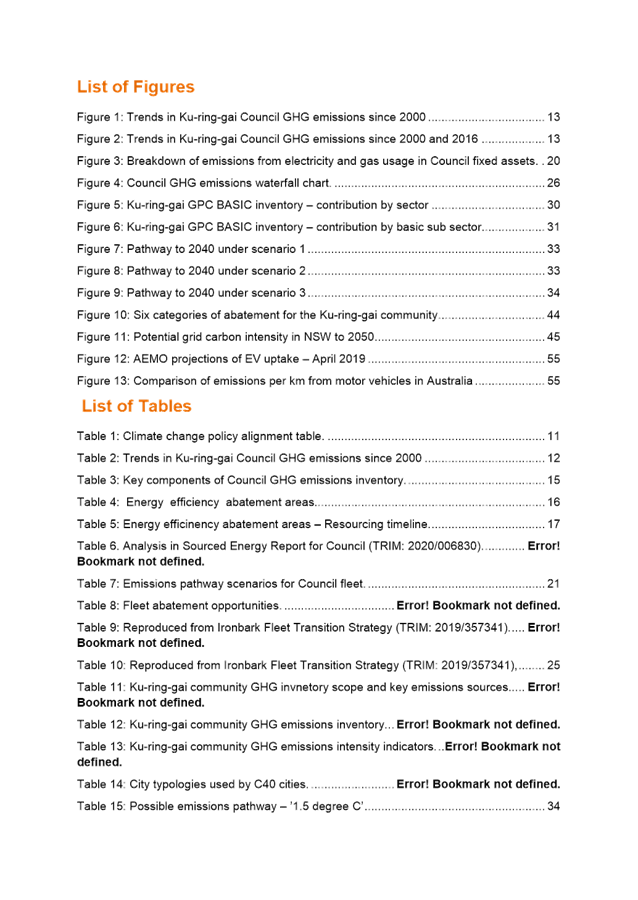
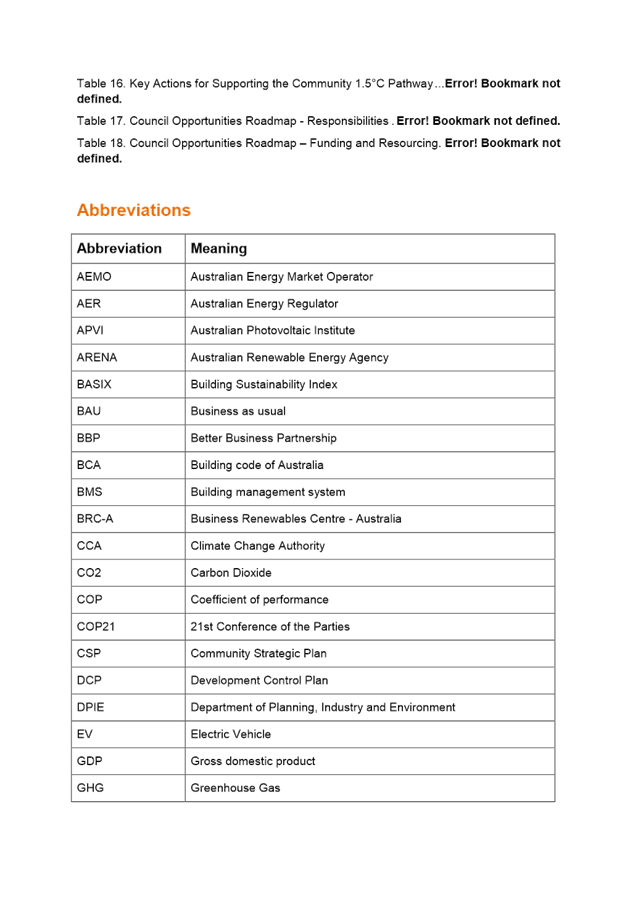
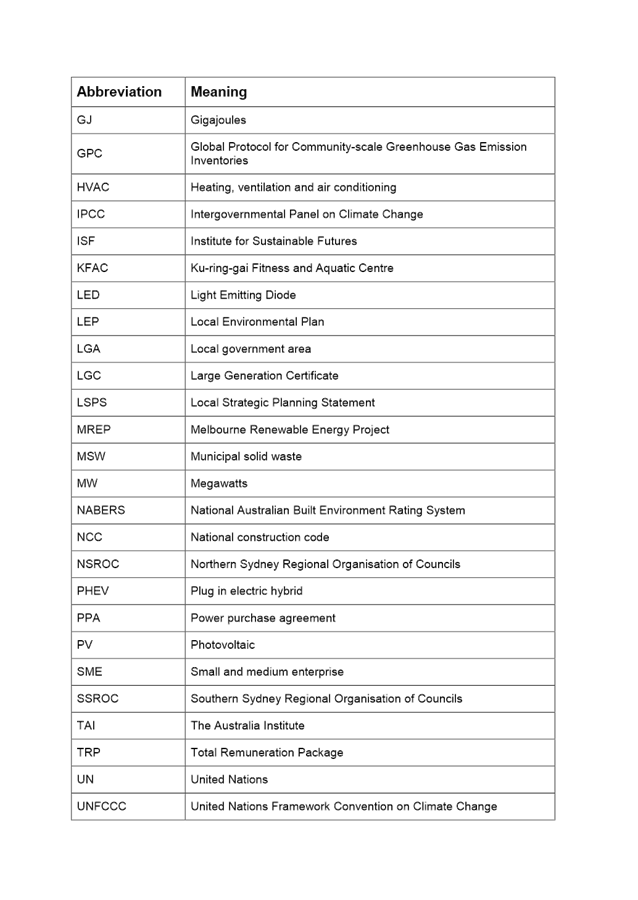

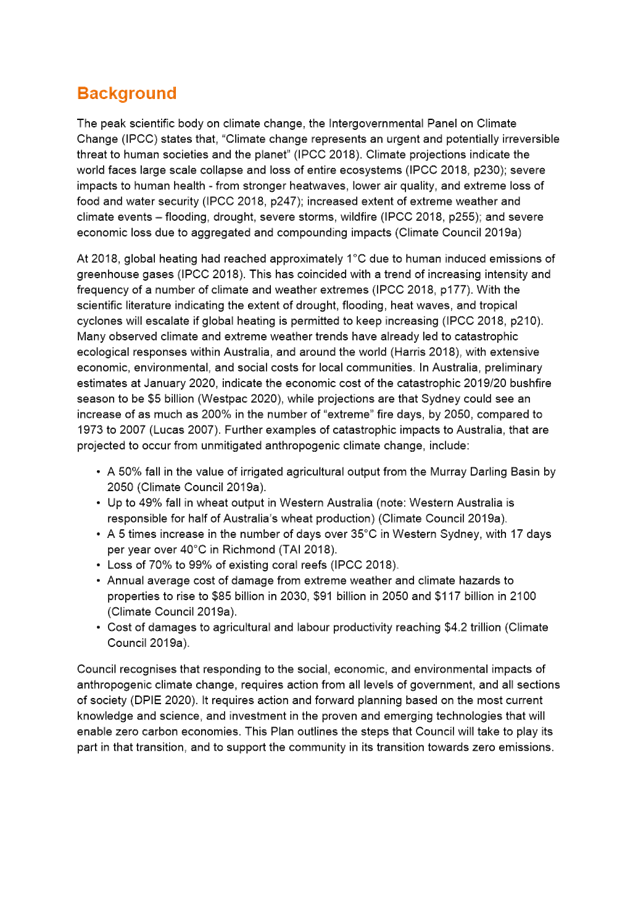

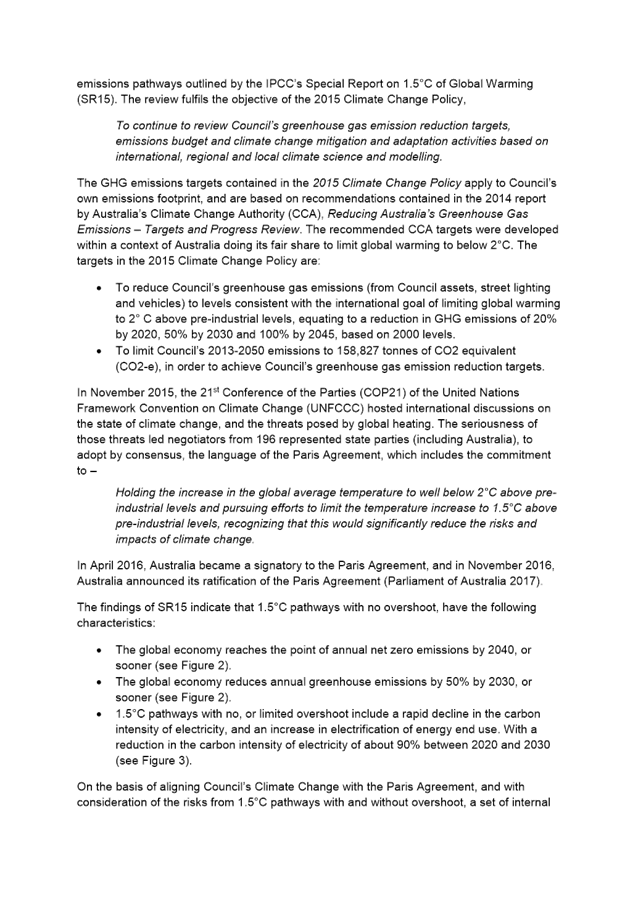
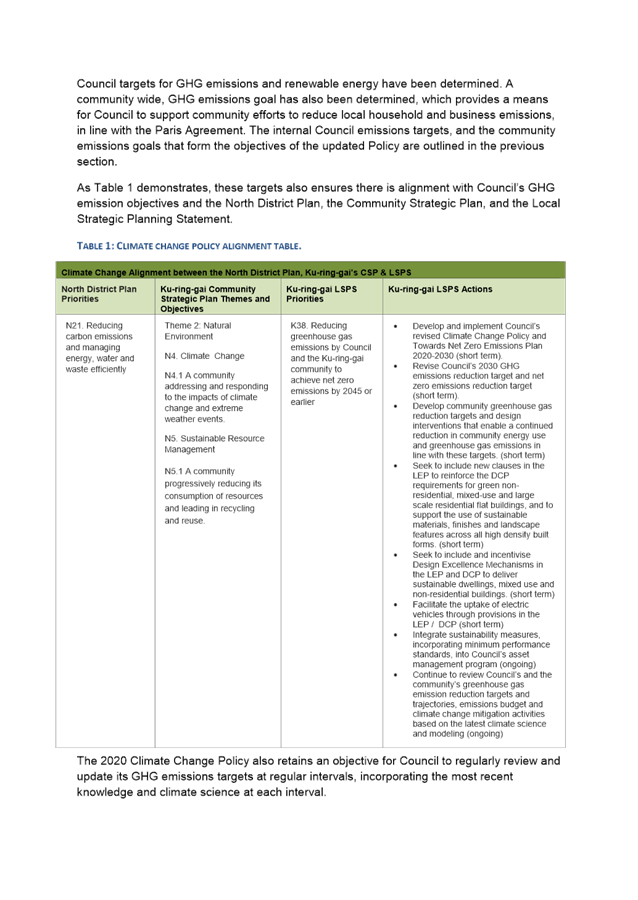


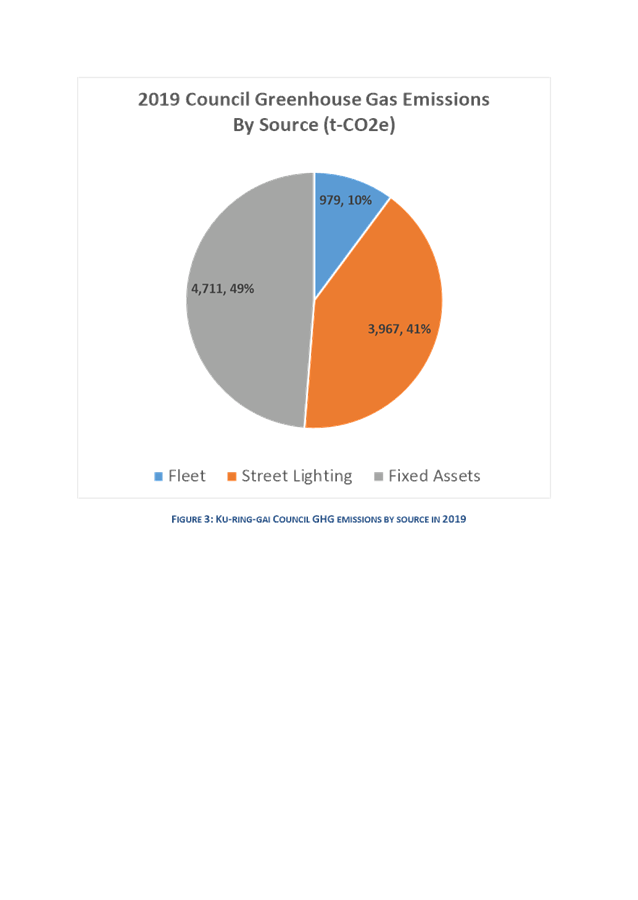
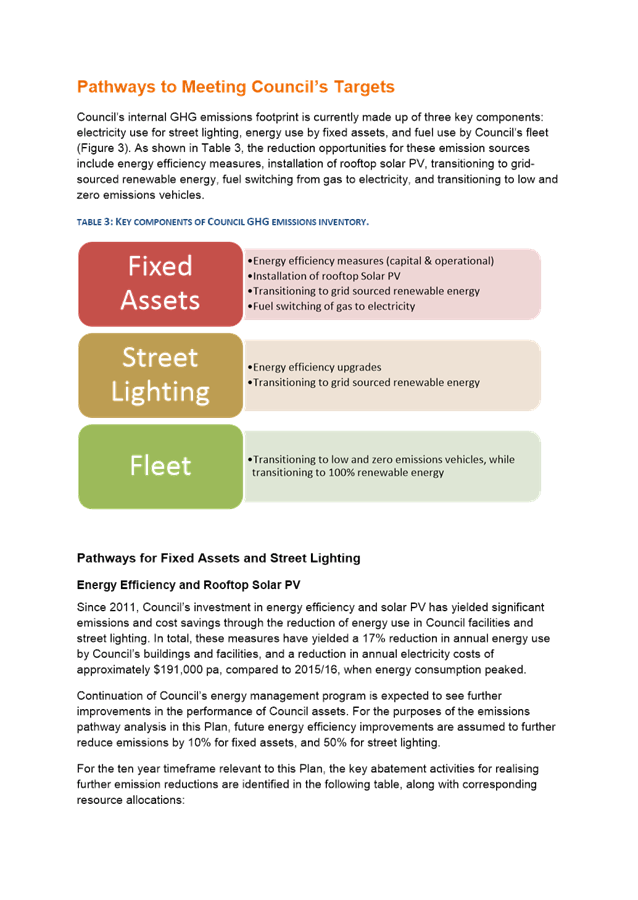
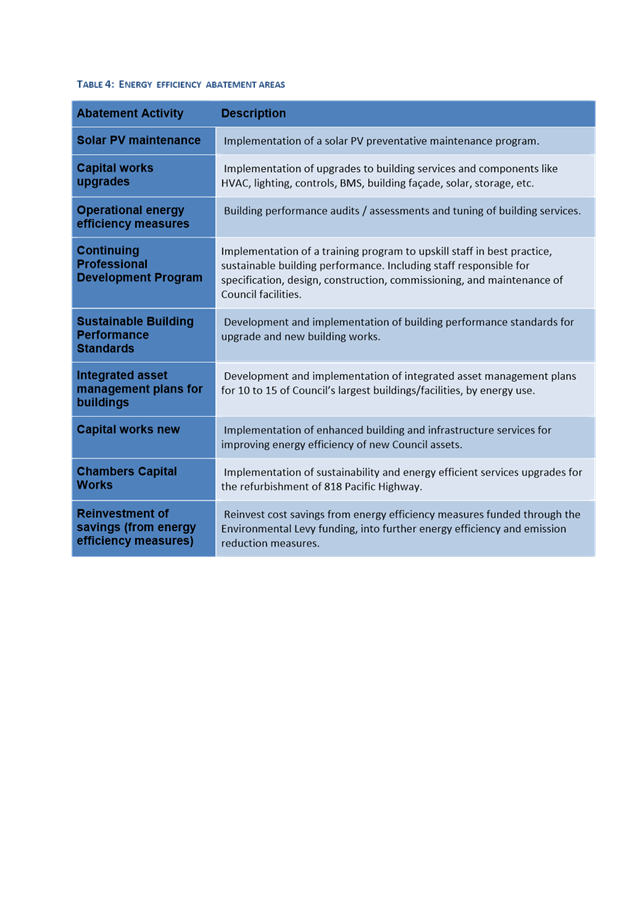

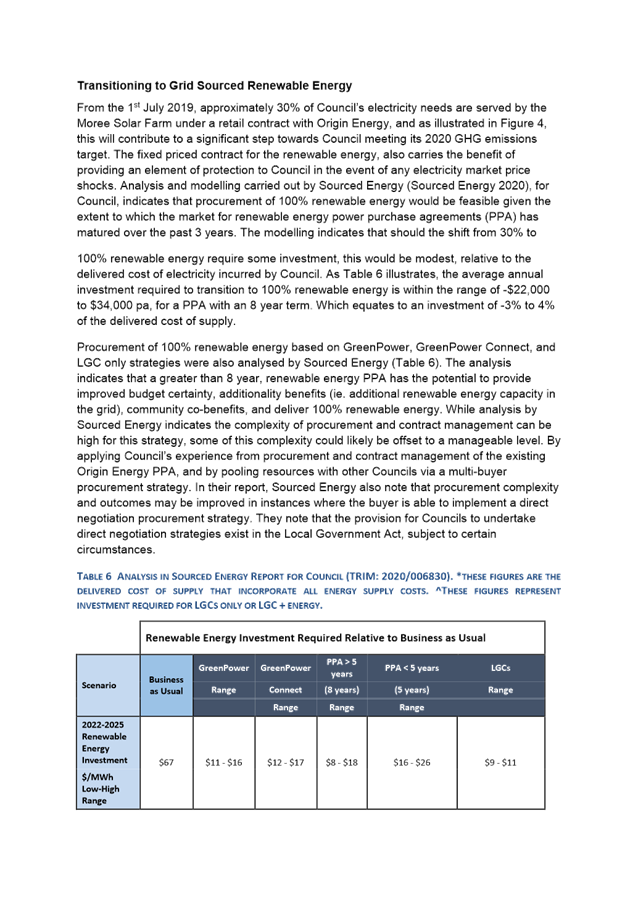

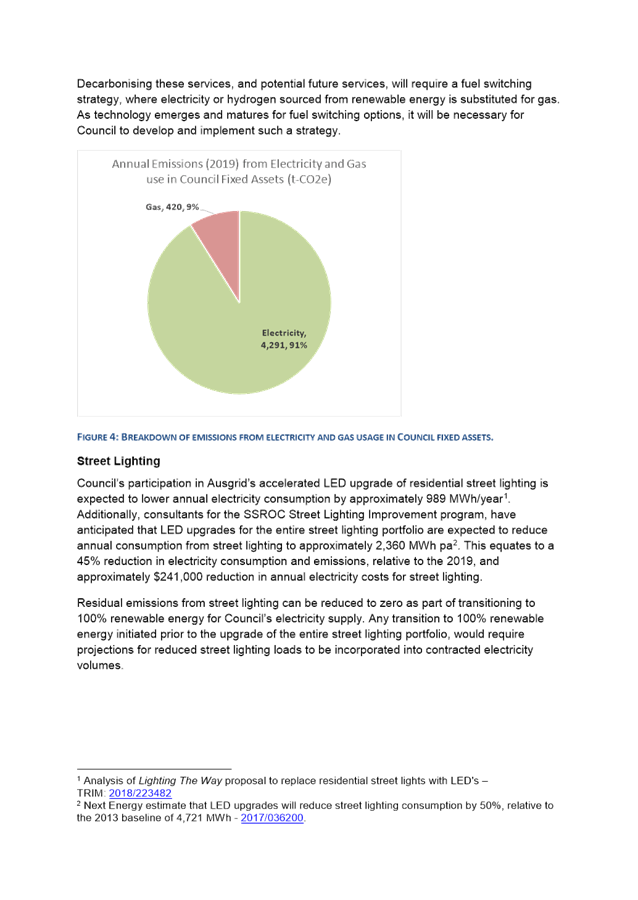


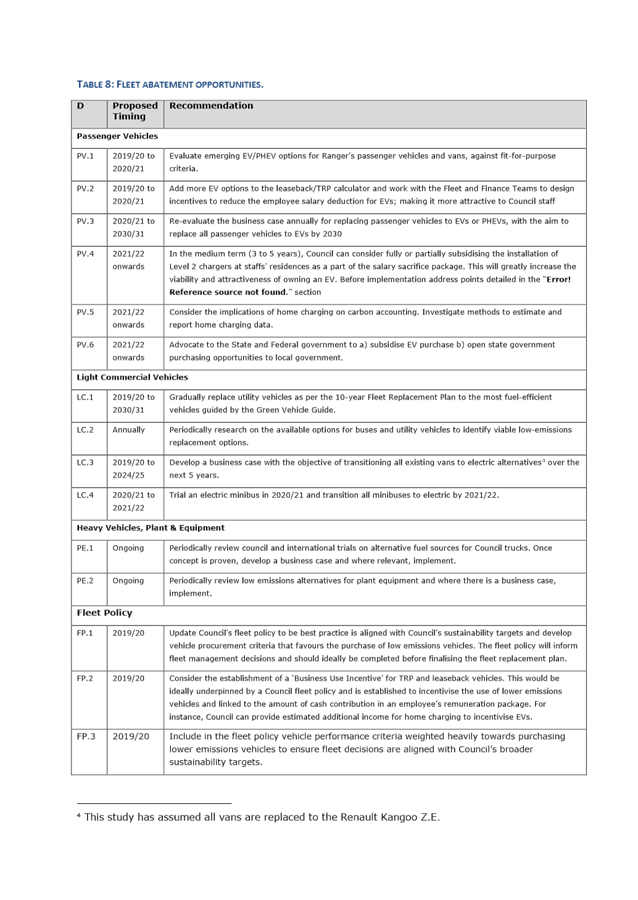
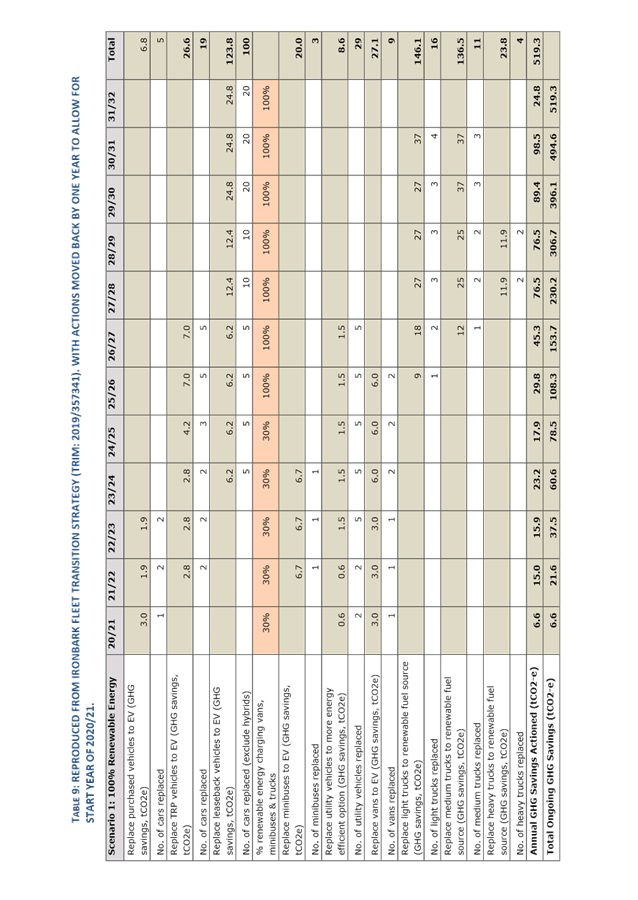
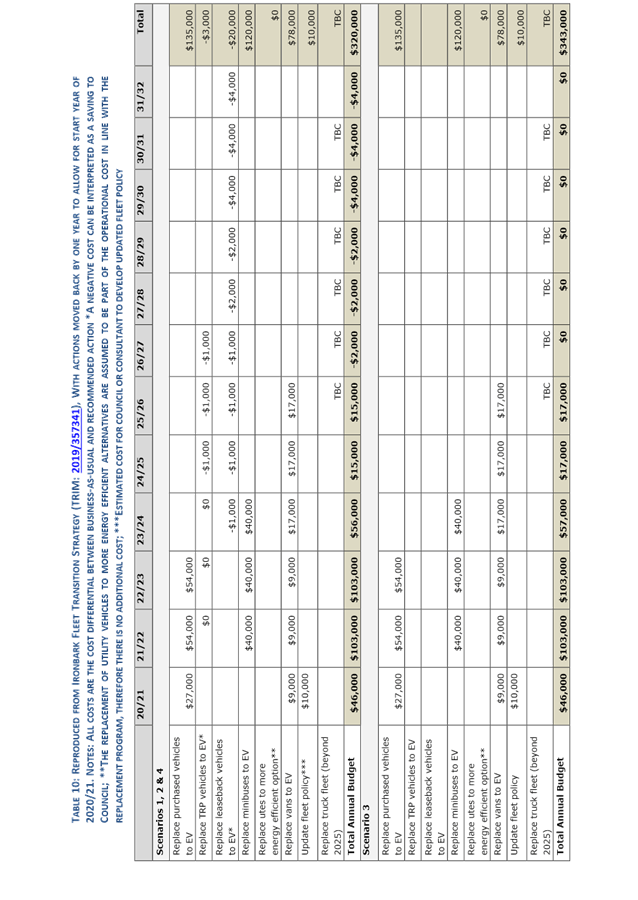

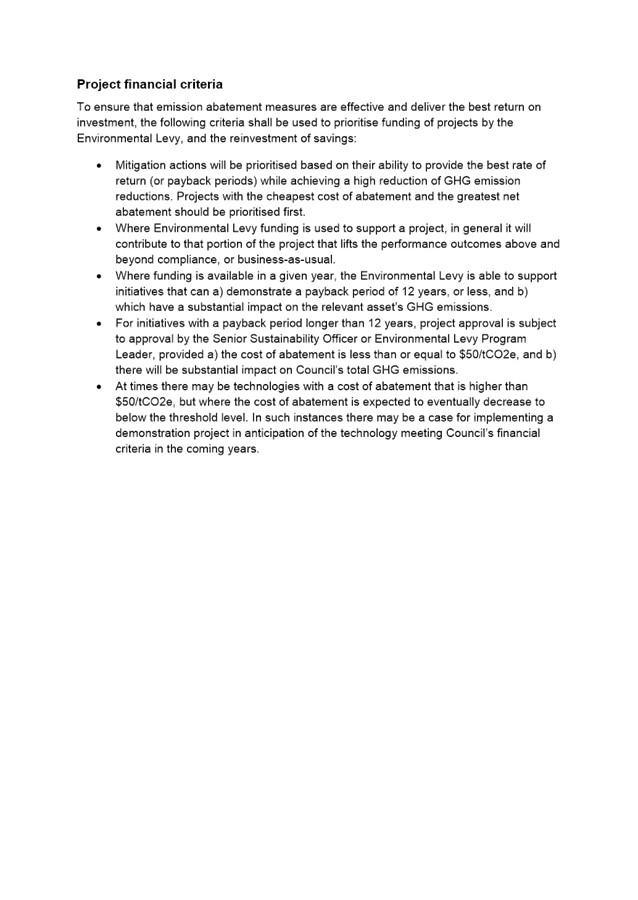

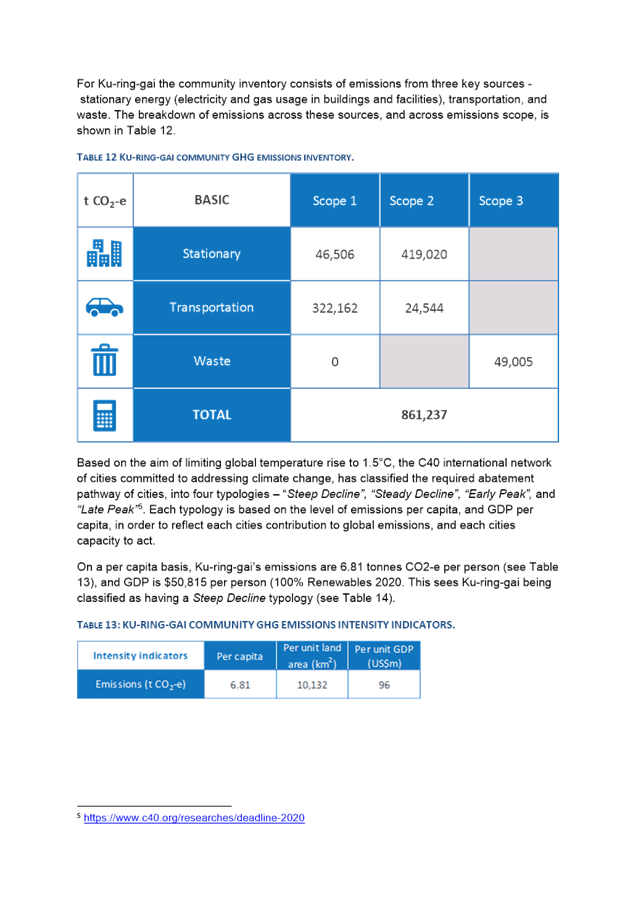
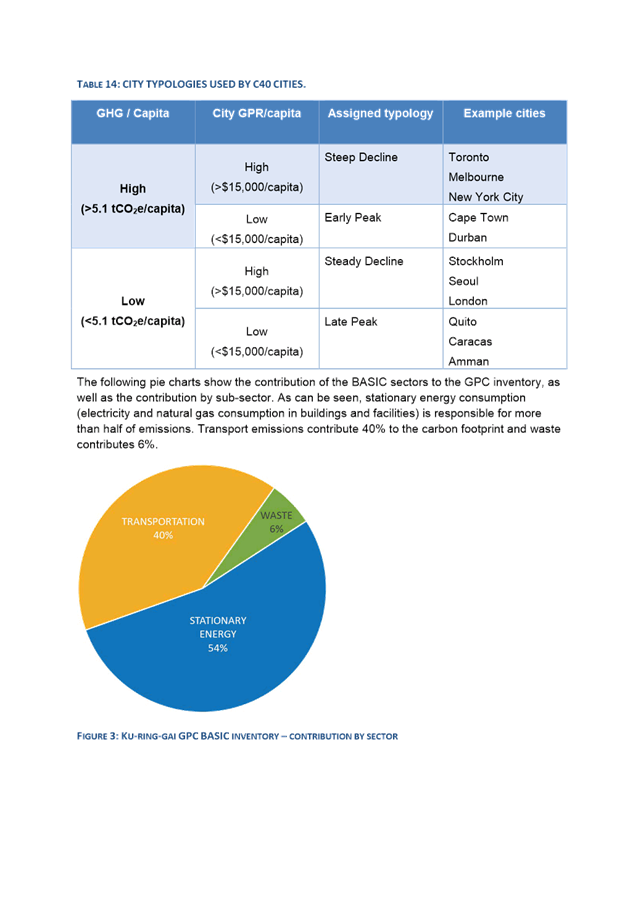
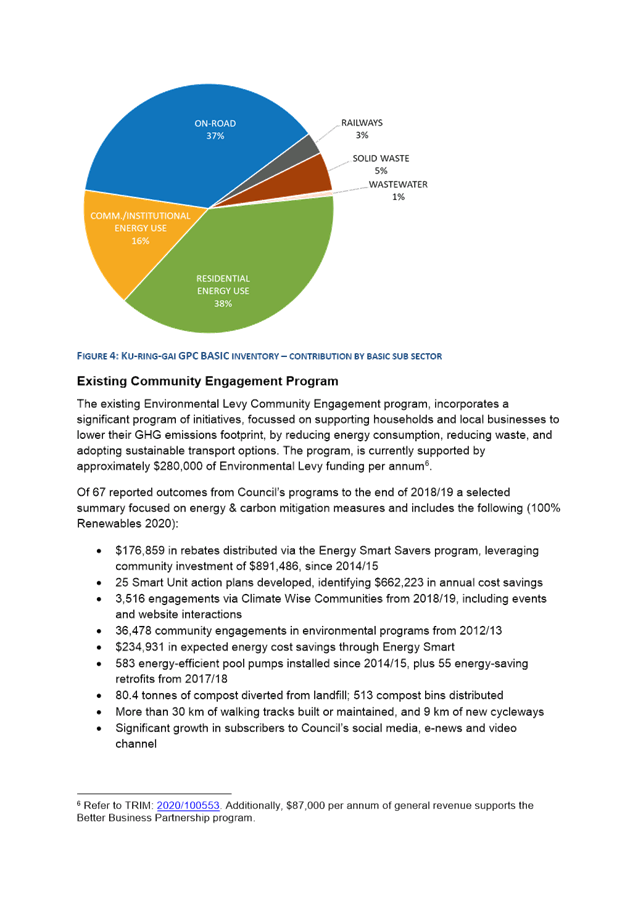
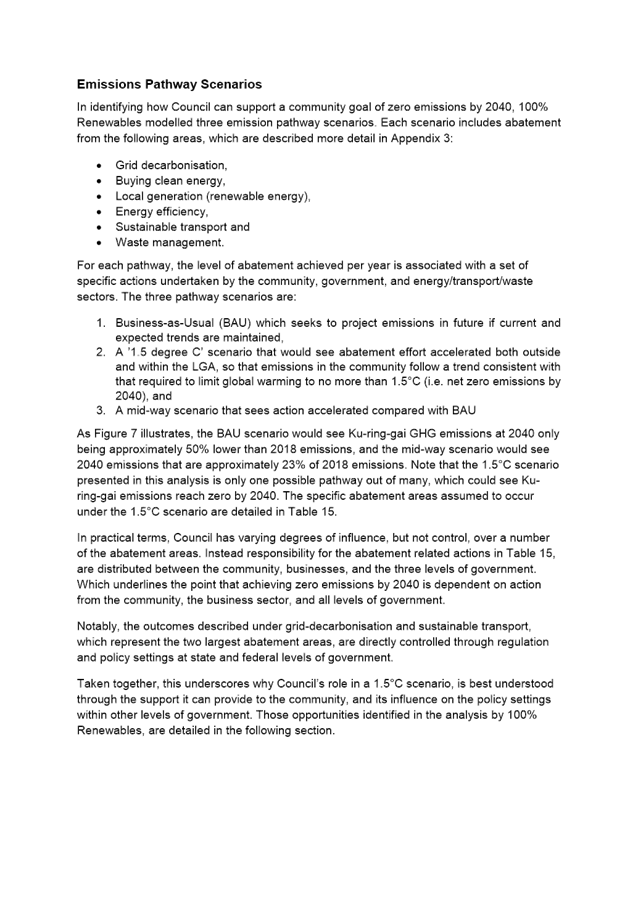
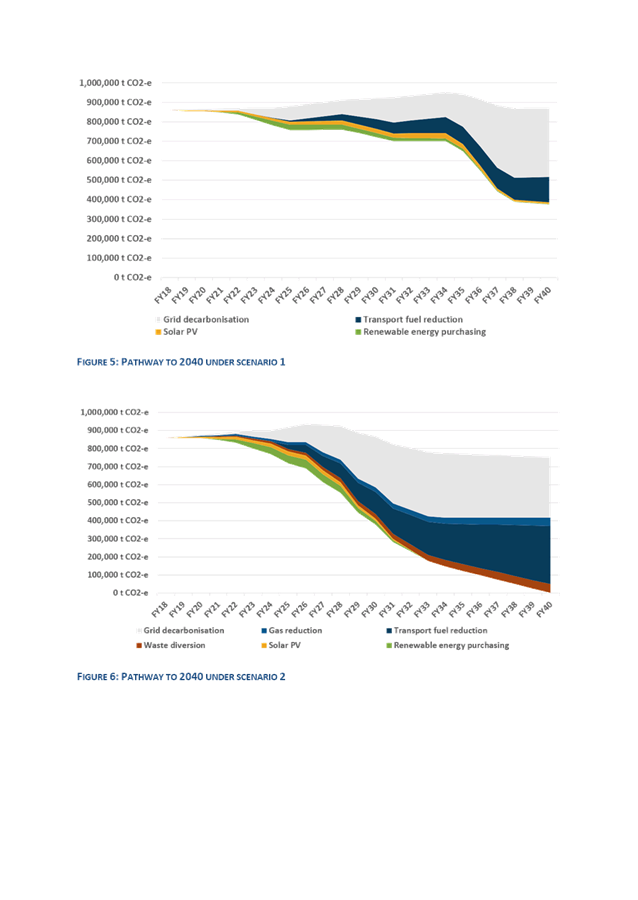
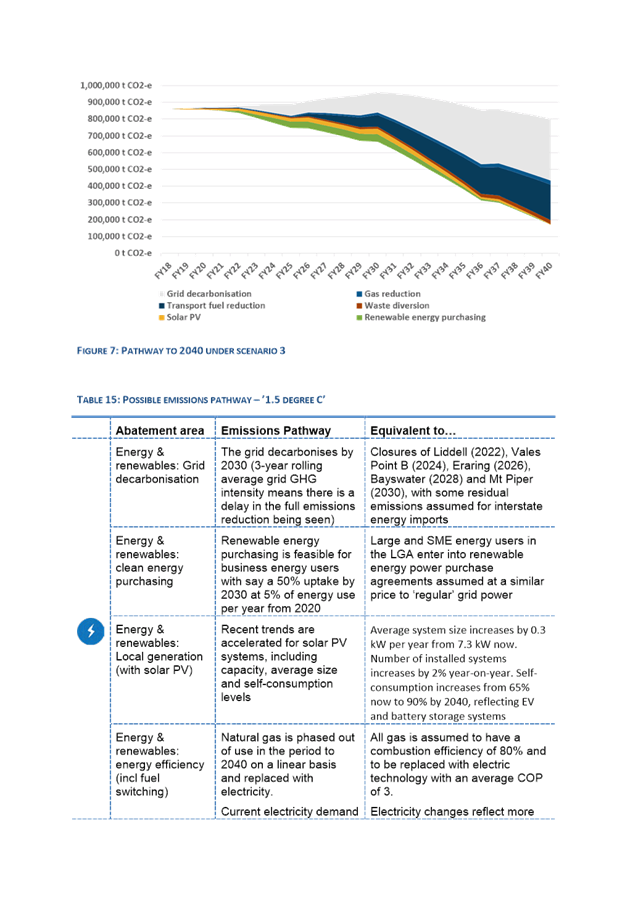
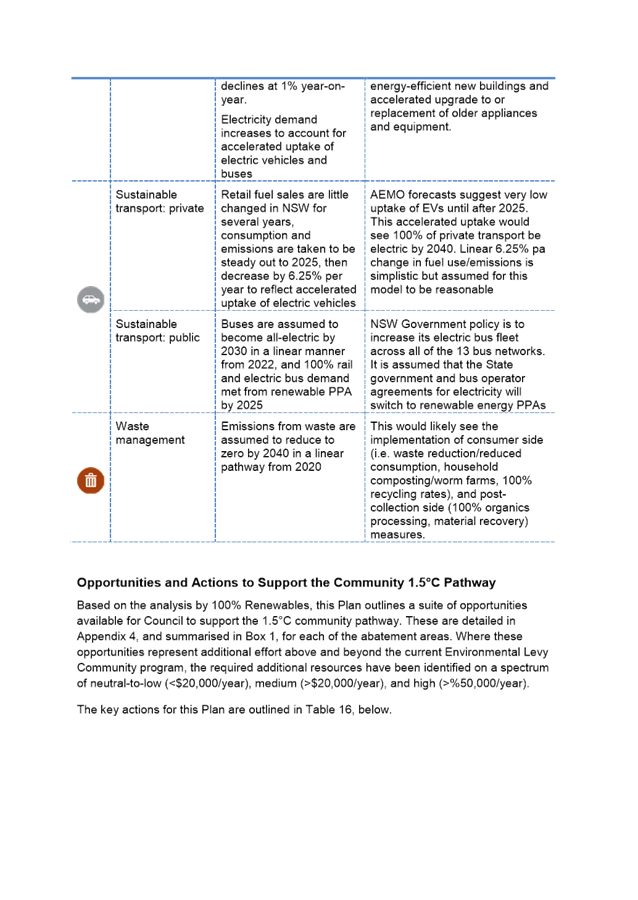


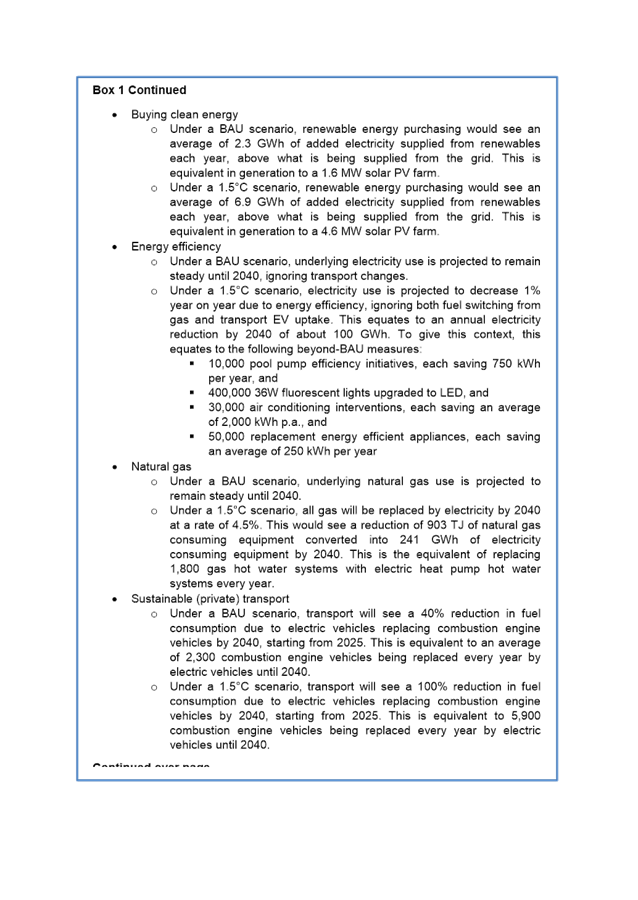

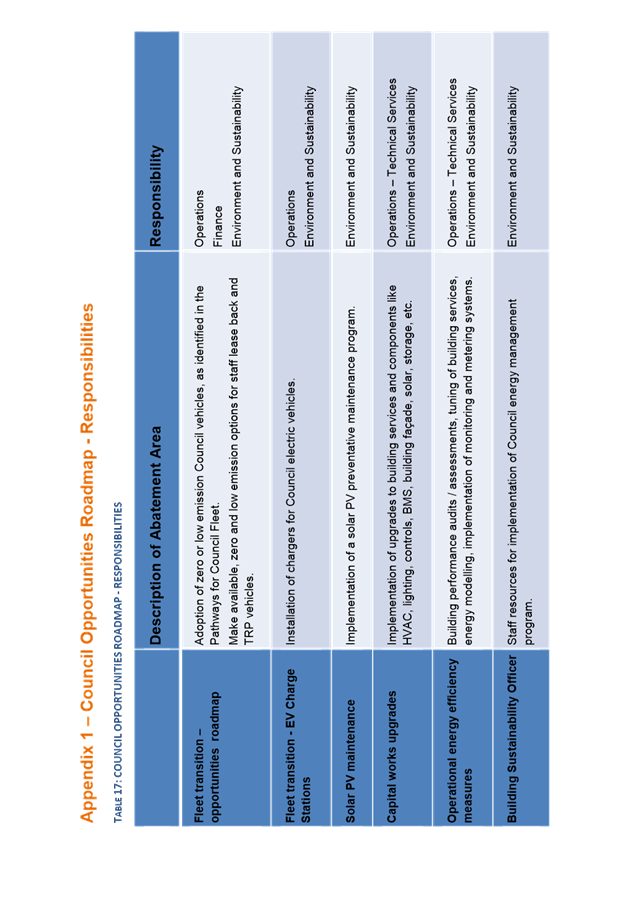
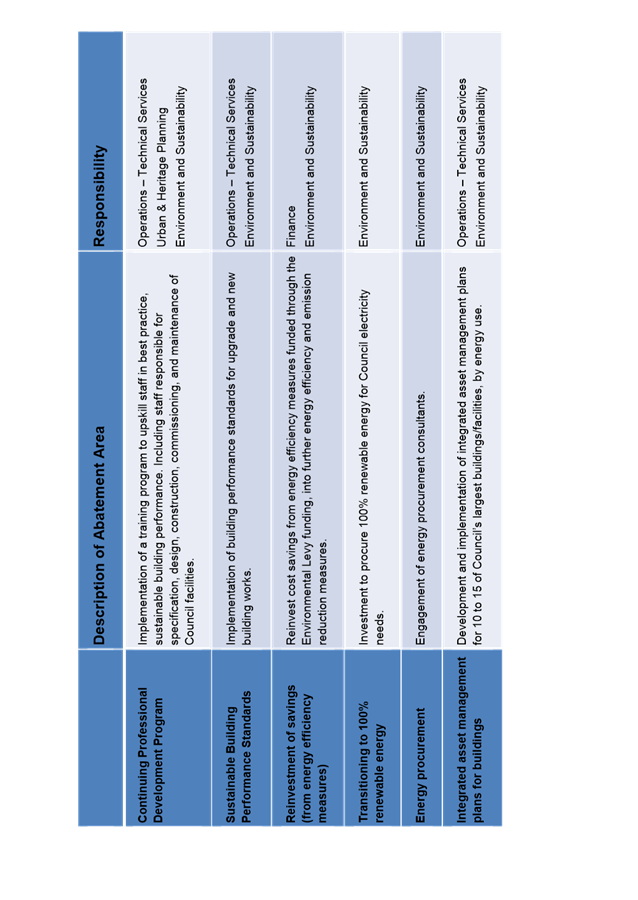
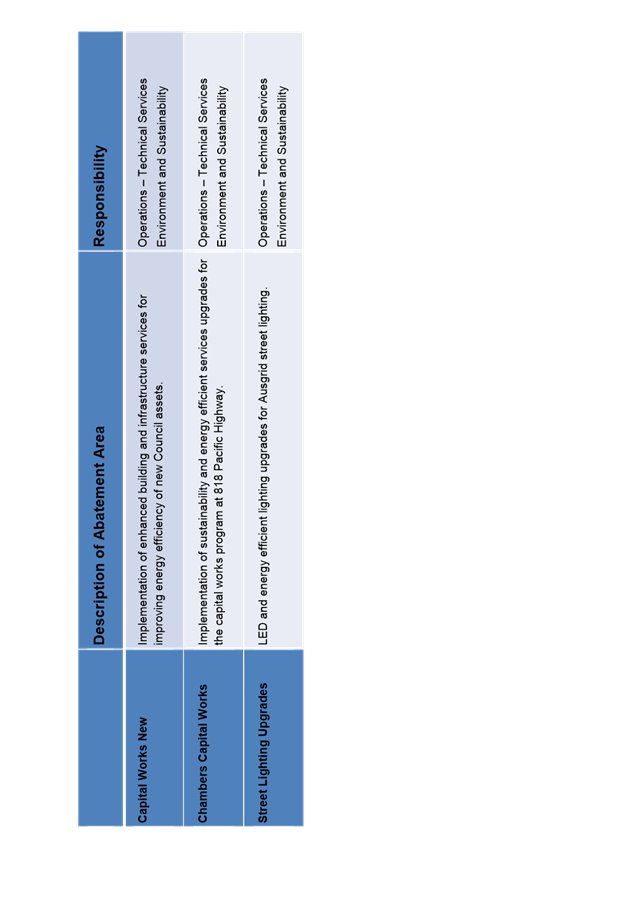
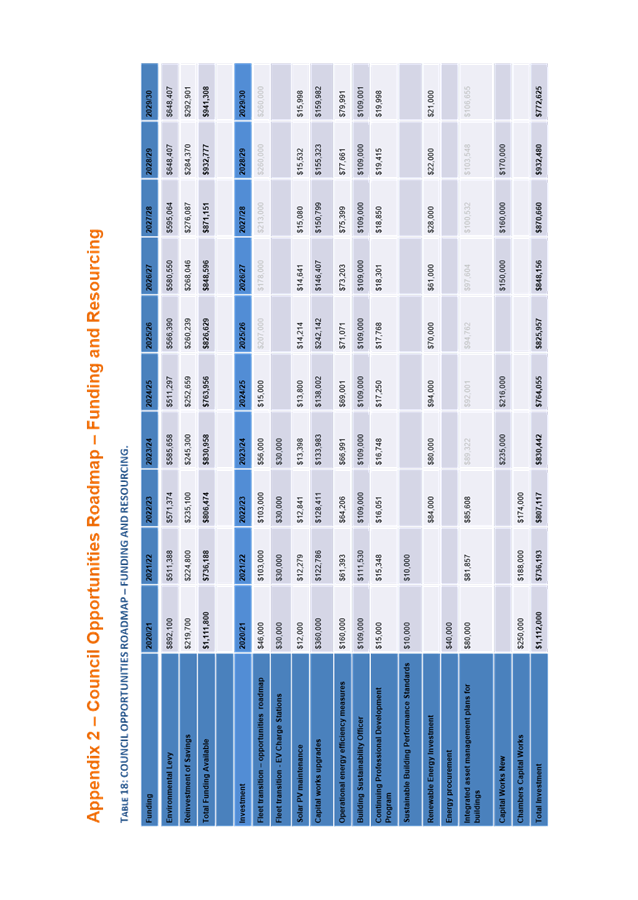
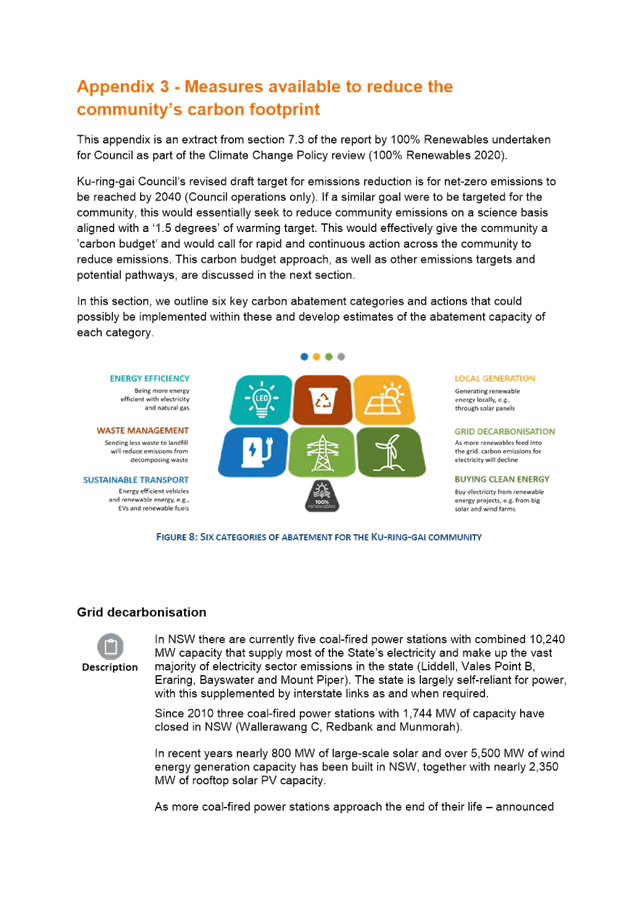




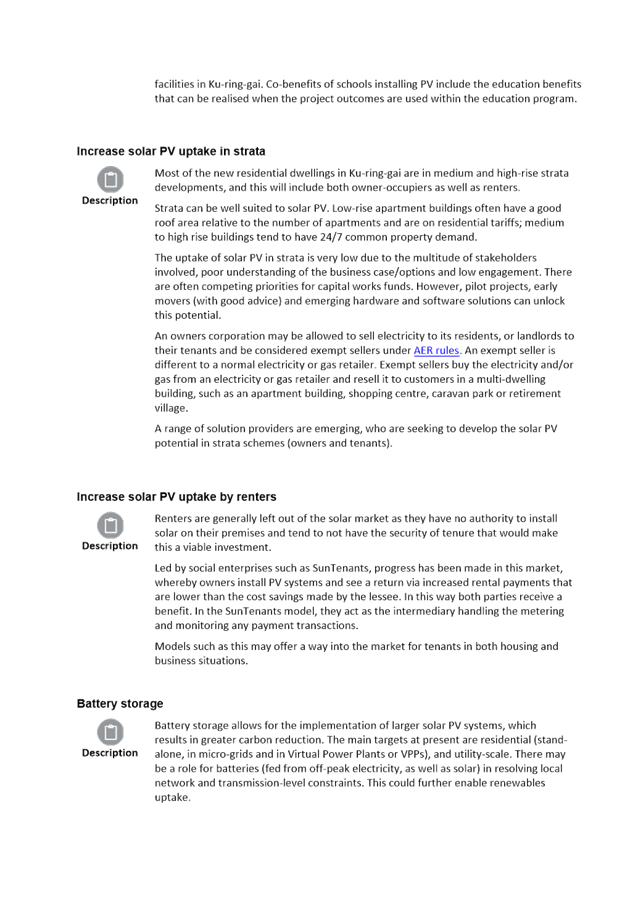
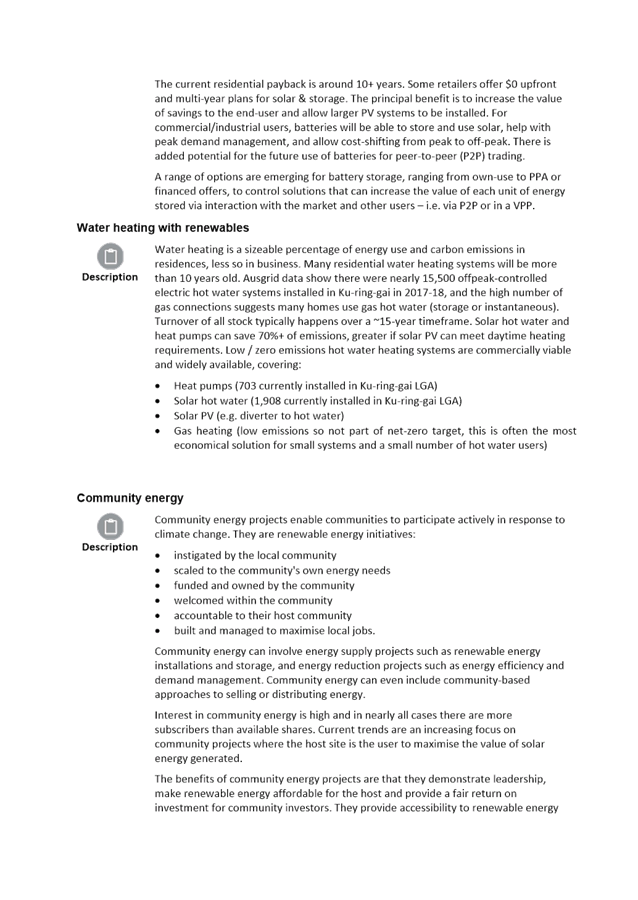
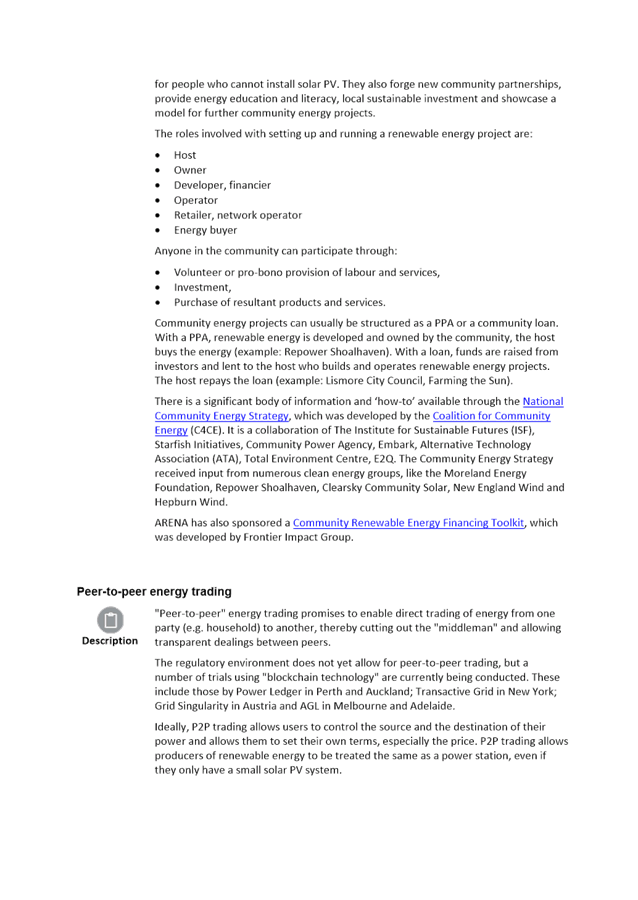
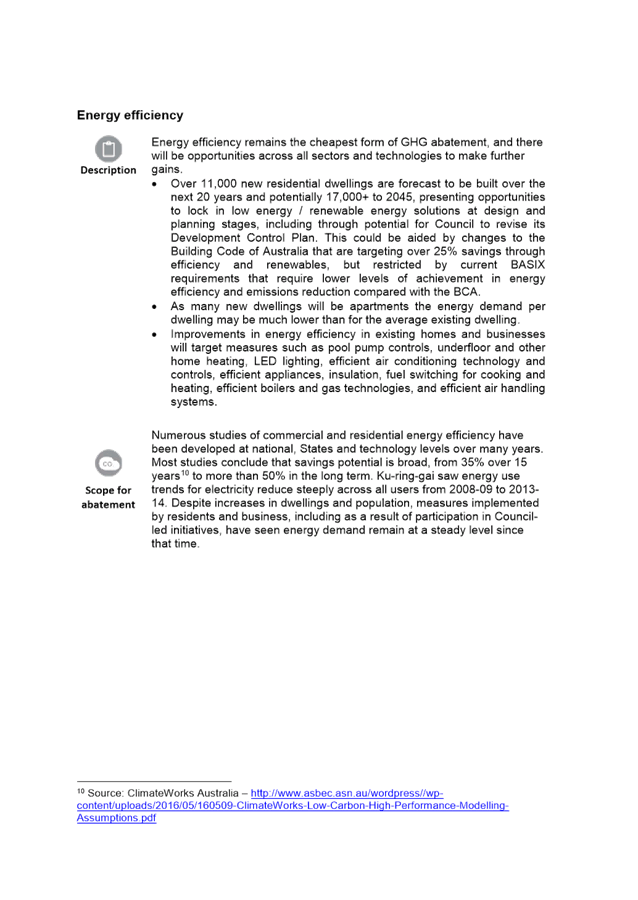
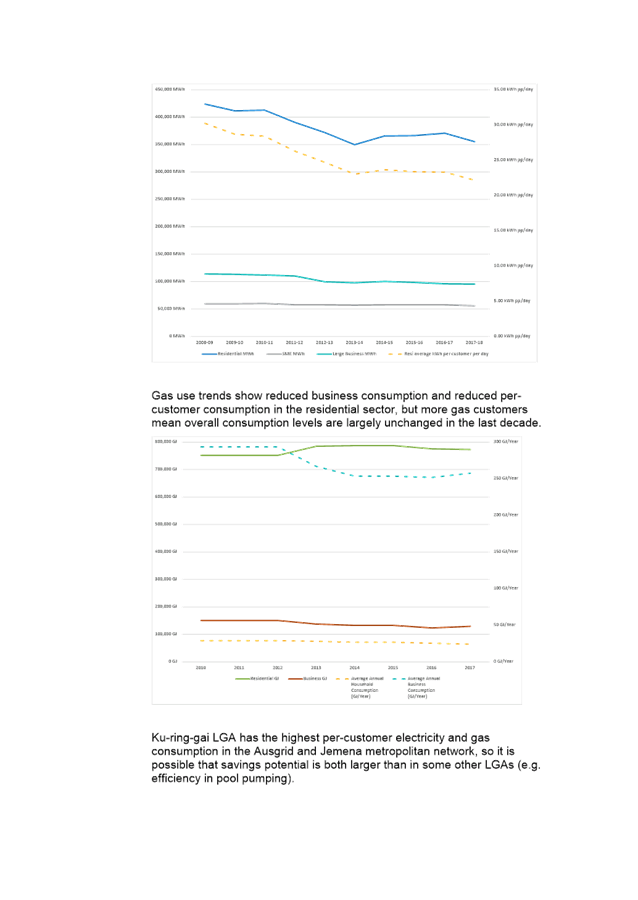
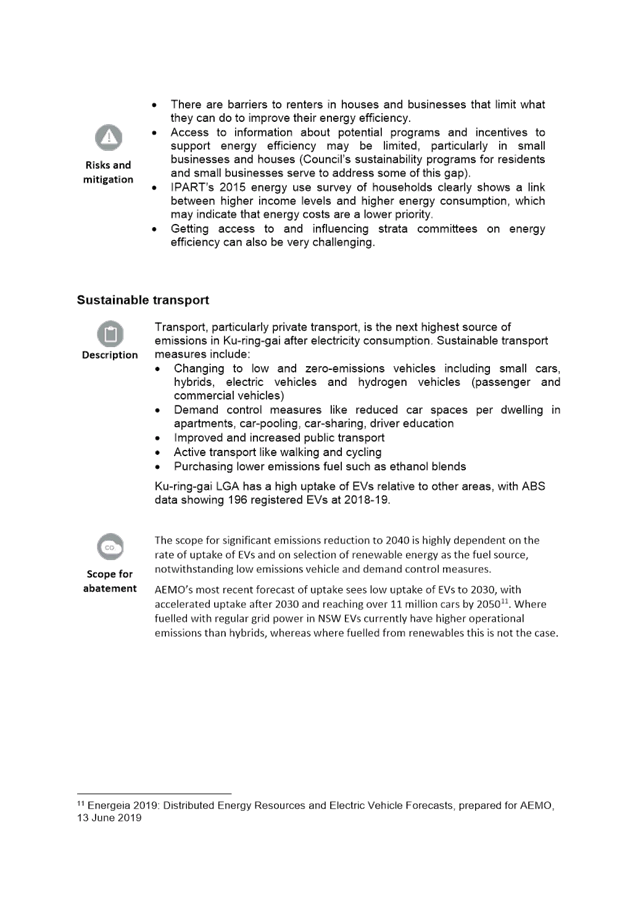
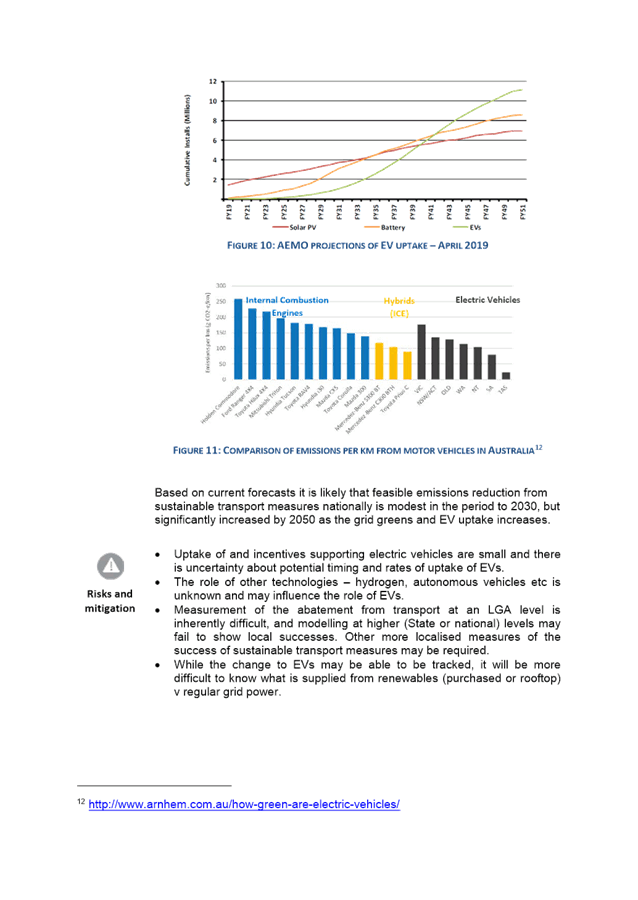
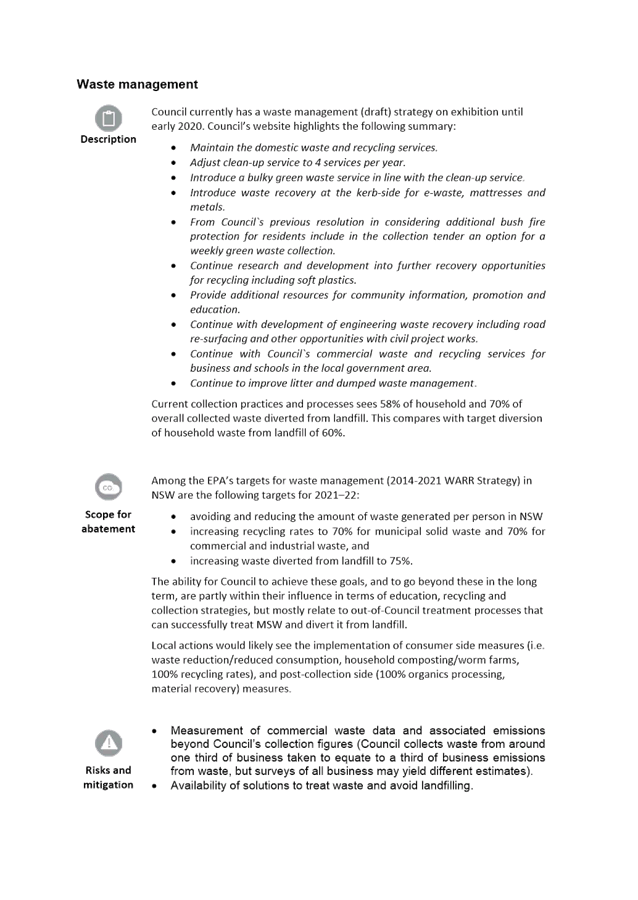
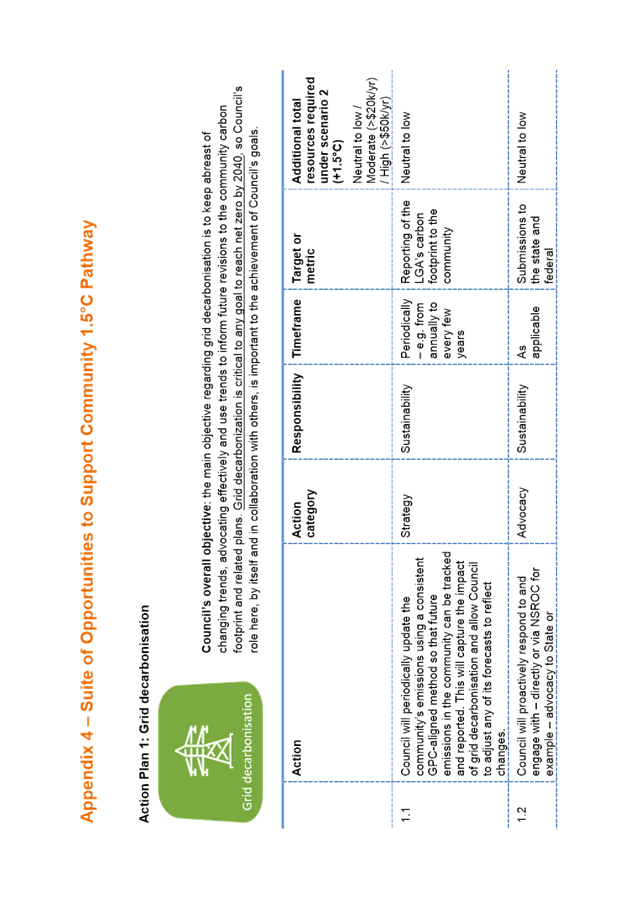

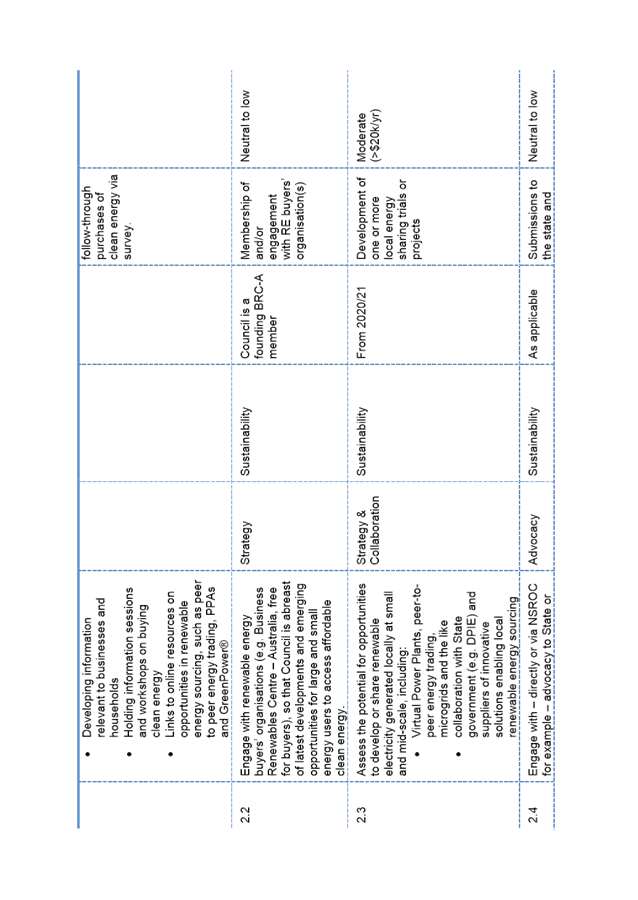

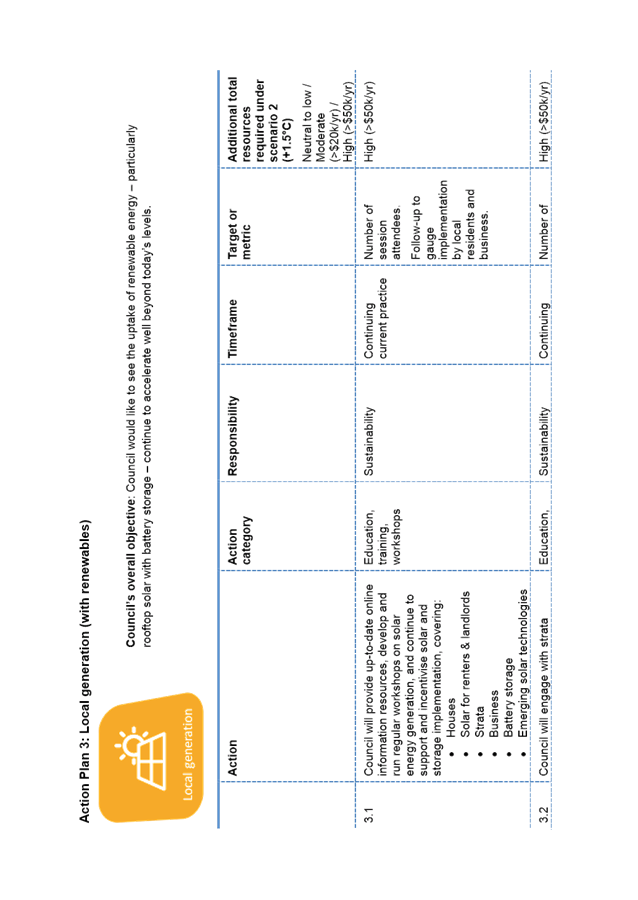

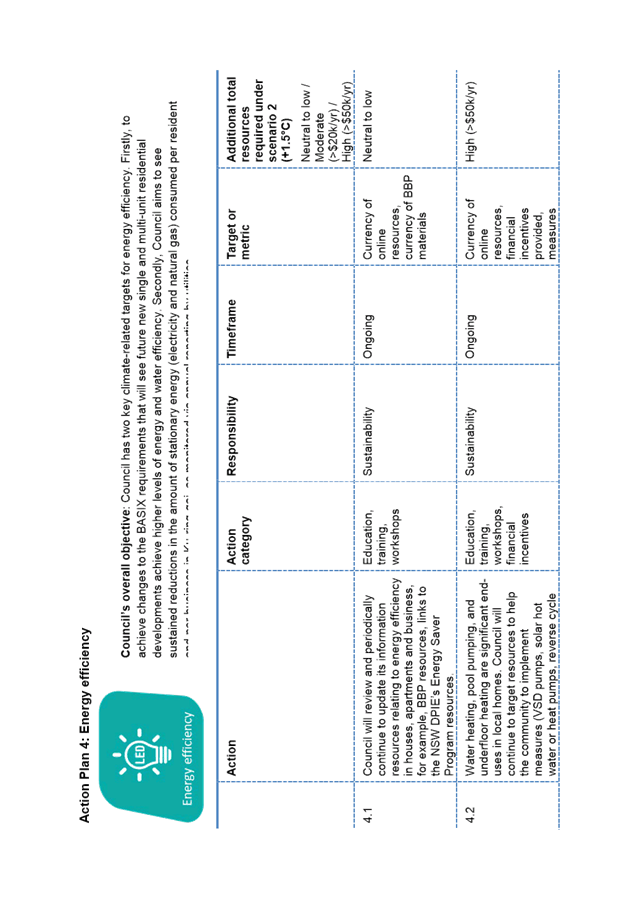
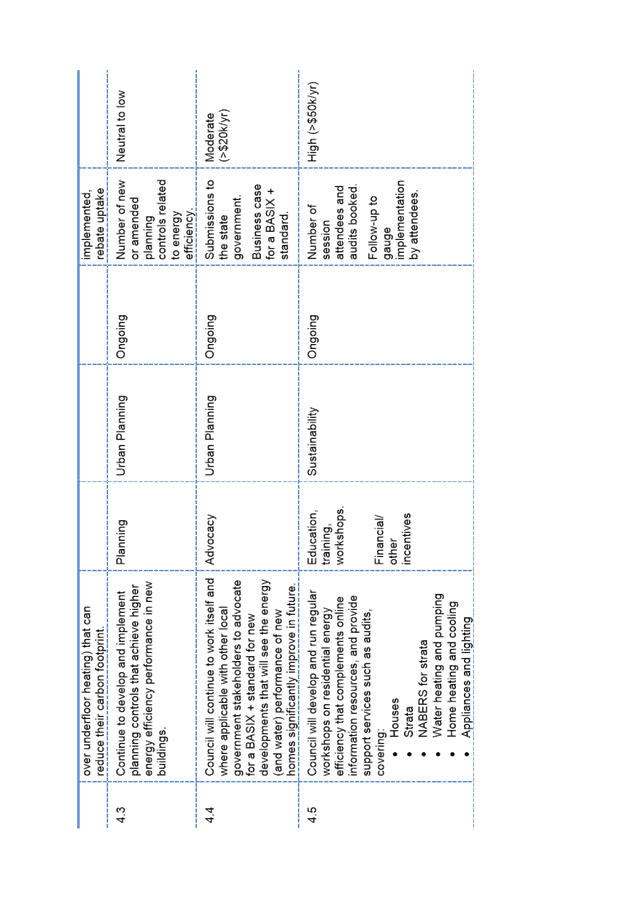

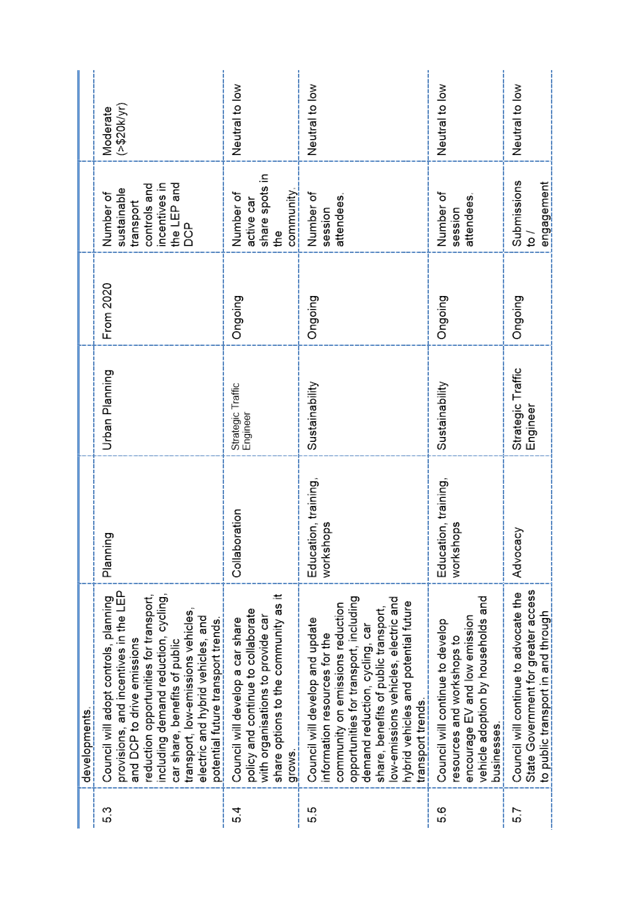

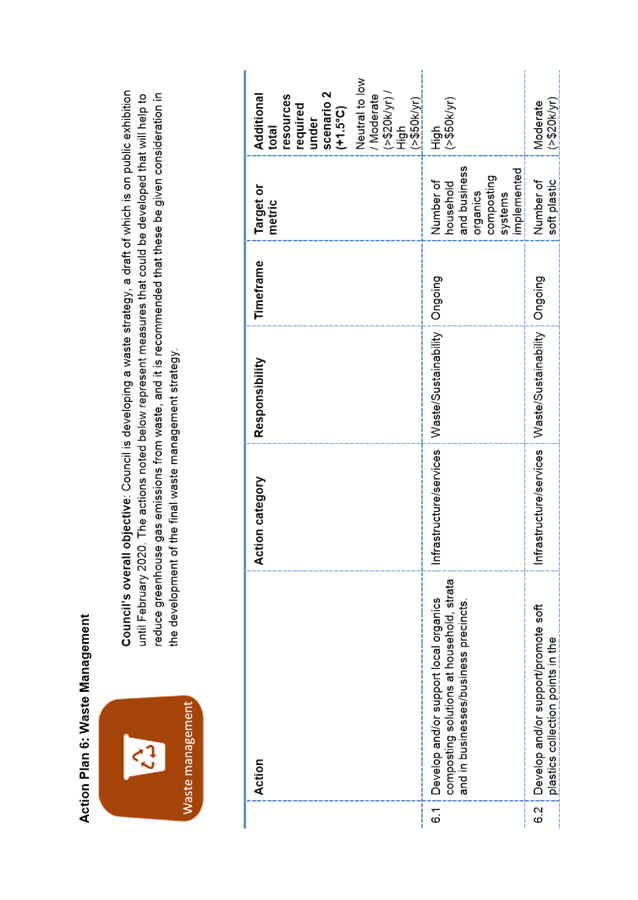

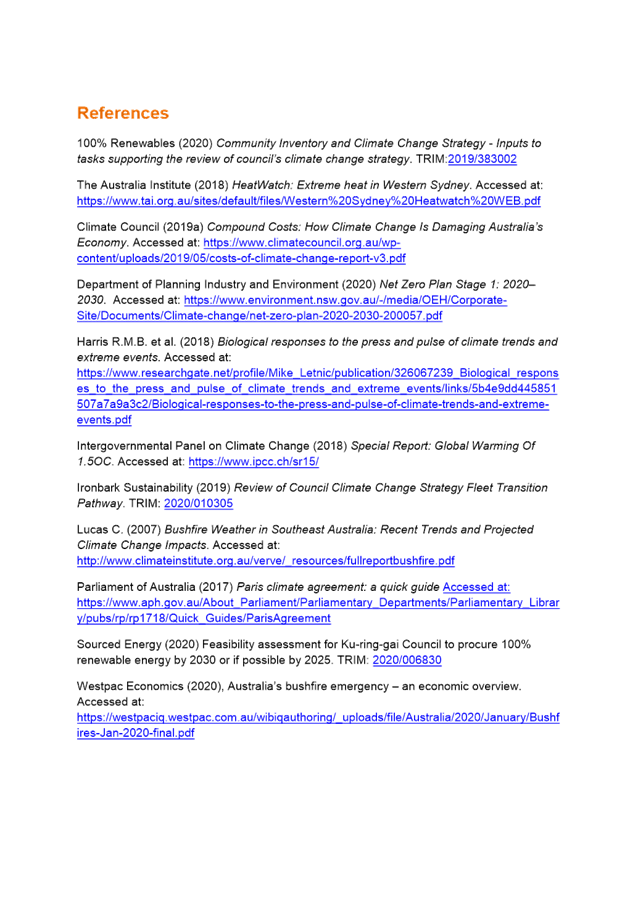
|
Ordinary
Meeting of Council - 28 April 2020
|
GB.11 / 468
|
|
|
|
|
Item
GB.11
|
S10342
|
Draft Sports Facilities Plan of
Management
EXECUTIVE
SUMMARY
|
purpose of report:
|
To seek Council approval to place the draft Sports
Facilities Plan of Management on public exhibition in accordance with Local
Government Act 1993.
|
|
|
|
|
background:
|
In April 2010, Council adopted
the Sports Facilities Plan of Management, this is the only generic plan of
management for sports facilities. This document received minor amendments in
December 2015 following exhibition.
In 2018, commencement of the Crown
Land Management Act 2016 imposed a number of changes to the way councils
manage lands as a Crown Reserve. To enable Council to comply with these
requirements an audit of Crown Land and existing plans of management is being
undertaken. The Sports Facilities Plan of Management is the first plan to be
reviewed.
|
|
|
|
|
comments:
|
The draft Sports Facilities Plan
of Management provides a review of the 2015 plan and will guide the future
management and maintenance of these open space facilities.
The intention is to incorporate the specific plans of
management for North Turramurra Recreation Area and St Ives Village Green
into the revised generic Sports Facilities Plan of Management.
Otium Planning Group in
conjunction with Parkland Planners were selected to assist Council with the
review and updating of this document.
|
|
|
|
|
recommendation:
|
That Council place the draft Sports Facilities Plan of
Management on public exhibition in accordance with the Local Government
Act 1993.
|
Purpose of Report
To seek Council approval to place the draft Sports
Facilities Plan of Management on public exhibition in accordance with Local
Government Act 1993.
Background
Council adopted the current Sports Facilities Plan of
Management in April 2010 with minor amendments made in December 2015 (Attachment
A1). The plan was prepared, exhibited and adopted pursuant to the
provisions relating to Community Land in the Local Government Act 1993.
Currently, sports facilities in the Ku-ring-gai area are
included in the Council’s plans of management wherever they are located.
There is currently one (1) generic plan of management and six (6) specific
plans of management covering sports facilities.
The six (6) specific plans of management include:
· Bicentennial
Park*;
· Canoon Road
Recreation Area;
· Gordon Golf
Course;
· North Turramurra
Recreation Area;
· St Ives Showground
and Precinct Lands; and
· St Ives Village
Green.
*For consistency, the current and proposed Sports Facilities
Plan of Management includes three (3) individual sporting facilities within
Bicentennial Park – Lofberg Oval, Lofberg Road Netball Courts and Norman
Griffiths Sportsground.
The Ku-ring-gai Local Government Area (LGA) has
approximately 30 hectares of developed open space containing a wide spectrum of
sport and recreation facilities including sportsgrounds at 43 locations.
The subject land for this plan of management is the whole of
the Ku-ring-gai LGA. Some facilities are located on land owned by Ku-ring-gai
Council, some are located on Crown Reserves where Council is the Reserve Trust
Manager, and a small number of locations are owned by other agencies such as
Sydney Water and National Parks. Regardless of ownership, these facilities will
be included in the generic plan of management to provide a consistent
management approach by Council.
Management of Crown Land
In July 2018, commencement of
the Crown Land Management Act 2016 (CLM Act) introduced a number of
changes to the way councils manage lands under a Crown Reserve including:
· making
Council responsible for the assessment of Native Title and liable for
compensation under the Commonwealth Native Title Act 1993 (NT Act)
(articulated within Part 8 of the Crown Land Management Act 2016);
· changing
Council from a “Reserve Trust Manager” to a “Crown Land
Manager”, enabling lands to be managed under the Local Government Act
1993;
· the
requirement for plans of management under the Local Government Act 1993 to
include Crown reserves classified as community land, by July 2021 –
including nominating an initial categorisation which aligns with the existing
reserve purpose (changes to this categorisation can then be made through the
statutory plan of management process); and
· the
ability to request additional reserve purposes and changes to initial
categorisation.
To enable Council to comply with
these requirements an audit of Crown Land and existing plans of management has
now commenced. The Sports Facilities Plan of Management is the first plan to be
reviewed.
Comments
Objectives
The draft Sports Facilities Plan of Management (Attachment
A2) provides a review of the current plan which will guide the future
management and maintenance of these open space facilities. The objectives of
the review are to achieve the following:
· to improve the
amenity of open space (sportsgrounds) with the Ku-ring-gai Council Local
Government Area;
· to prepare and
establish the Plan of Management for these areas of open space that will guide
the future management and maintenance of these open space facilities;
· to use the
community inputs (via community and user groups consultation) collected by
Council in the preparation of the Sports Facilities Plan of Management;
· to address the
Ku-ring-gai Community Strategic Plan 2038; and
· to address Native Title
requirements as informed by feedback from the Native Title Manager.
The intention is to incorporate the specific plans of
management for North Turramurra Recreation Area and St Ives Village Green into
the revised generic Sports Facilities Plan of Management.
Further, the scope of the project has included completion of
research/discussions with relevant Council staff concerning sports facilities
and a review of existing documentation relating to sports facilities in the
Ku-ring-gai Local Government Area.
To seek Council approval to place the draft Sports
Facilities Plan of Management on public exhibition in accordance with Local
Government Act 1993.
Otium Planning Group in conjunction with Parkland Planners
have been selected to assist Council with the review and updating of this
document.
Issues
The new Plan of Management will address the following
issues:
· demographics and
demand;
· administration;
· infrastructure;
· service levels and
maintenance;
· usage impacts; and
· finance.
Crown Land
Management Act 2016 (CLM Act)
Council is required to forward a copy of the draft Sports
Facilities Plan of Management to Crown Lands as the landowner before giving
public notice (s39 of the Local Government Act 1993). This section of
the Act allows Crown Lands to review the draft plan and Council must include in
the plan any provisions required by Crown Lands as the land owner.
In addition, if Council has altered the initial agreed
categorisation on the reserve, Council must seek consent of the Minister to
alter the categorisation. This also must be completed before the public
exhibition can occur as it determines whether public hearings are
required.
Crown Lands has also made Council responsible for the
assessment of Native Title and liable for compensation under the Commonwealth
Native Title Act 1993 (NT Act) (articulated within Part 8 of the Crown
Land Management Act 2016). Council has engaged Lands Advisory Services to
complete a Native Title Status Report for all Crown Land sites
(November 2019) and Native Title Advice (April 2020). This advice can be
finalised following exhibition when Council is ready to finalise and adopt the
Plan of Management.
Crown Lands will endeavour to get a response to Council by
24 April 2020, however, the average time taken for Crown Lands to review draft
Plans of Management is 34 working days and will be subject to the number of
reserves and quality of the plan of management.
Omission of
Sandakan Memorial Reserve
The previous Sports Facilities Plan of Management has
included Sandakan Memorial Reserve (Kirkpatrick Street, North Turramurra) as a
sportsground. Due to the power lines that are positioned over this reserve, historically
this site has never been utilised for formal sport and this is unlikely to
change in the future. Therefore, this reserve has been omitted from the list of
sportsgrounds in Ku-ring-gai.
Site Names
Prior to the submission of the final Sports Facilities Plan
of Management, site names for all sporting facilities will be checked to
confirm the right naming is provided. Due to the number of sites that are
referred by several different names, Council will address land management unit
information, the Geographical Names Board, names used on signs on site and any
legal reserve trust names/dedications.
integrated planning and reporting
Theme 1 Community, People and Culture
|
Community Strategic
Plan Long Term Objective
|
Delivery Program
Term Achievement
|
Operational Plan
Task
|
|
C1.1: An equitable and
inclusive community that cares and provides for it members
|
Council’s policies,
programs and advocacy address the social, information and health needs of all
age groups, reduce disadvantage and address gaps in service provision.
|
Develop and implement
effective plans, services and programs to proactively address the changing
needs of the community including recommendations and programs identified in
Council’s Community Needs Analysis and Children’s Services Needs
Study.
|
Theme 3 Places, Spaces and
Infrastructure
|
Community Strategic
Plan Long Term Objective
|
Delivery Program
Term Achievement
|
Operational Plan
Task
|
|
P1.1: Ku-ring-gai’s
unique visual character and identity is maintained.
|
Strategies, plans and processes
are in place to protect and enhance Ku-ring-gai’s unique visual and
landscape character.
|
Continue to review the
effectiveness of existing strategies, plans and processes across all
programs.
|
Theme 3 Places, Spaces and
Infrastructure
|
Community Strategic
Plan Long Term Objective
|
Delivery Program
Term Achievement
|
Operational Plan
Task
|
|
P6.1: Recreation,
sporting and leisure facilities are available to meet the community’s
diverse and changing needs.
|
A program is being implemented
to improve existing recreation, sporting and leisure facilities and
facilitate the establishment of new facilities.
|
Progressively review and
update Community Plans of Management.
|
Governance Matters
This draft plan of management
has been developed to meet Council’s obligations in respect to public
land management under the requirements of the Local Government Act 1993.
Council is required to forward a copy of the draft Sports
Facilities Plan of Management to Crown Lands as the landowner before giving
public notice (s39 of the Local Government Act 1993). This section of
the Act allows Crown Lands to review the draft plan and Council must include in
the plan any provisions required by Crown Lands (CLM Act) as the land
owner.
Risk Management
The issues of safety and risk
management relate to providing a safe environment for players, spectators,
casual and other users of sportsgrounds, and to the safety of residents whose
properties adjoin them. Sportsgrounds in particular, due to the degree and
nature of use they receive, are of increasing management concern in regards to
risk and safety.
Consideration of risk primarily
relates to providing a safe environment for players, spectators, casual and
other users of sports facilities and also needs to consider the safety of
adjoining land uses.
Site-specific
risk management issues have been identified informing future possible maintenance
regimes and capital improvement works. There are many opportunities to minimise
risk at Council’s sports facilities through appropriate location and/or
alignment of sports infrastructure; the proximity of roads, residences, passive
recreation spaces and facilities such as picnic areas and playgrounds;
horticultural maintenance regimes; playing surface and pavilion upgrades and
safety fencing/barriers.
In addition to Council
undertaking its own efforts to reduce safety risks, the organised users of
facilities are reminded of their safety and risk mitigation obligations, with
specific requirements listed within hire agreements of sites. It is the
responsibility of all user groups to procure their own insurance. Insurance
obligations are outlined in every agreement from a casual hire arrangement to a
21-year lease or licence. At the outset of any agreement and each year of a
continuing tenure, Council requires evidence of current insurance
certification. Council reserves the right to terminate any agreement with a
non-compliant user group.
Financial Considerations
The financial impact of the public exhibition process
includes the cost of advertising the exhibition of the draft Sports Facilities
Plan of Management. This has been financed through the operational budget of
the Strategy and Environment Department.
Once adopted, implementation of the draft Sports Facilities
Plan of Management would largely be achieved within annual operational budget
allocations. Specific proposals or actions within the plan would be the
subject of separate submissions to Council as part of future integrated
planning and reporting processes, including the Long Term Financial Plan and
annual budgets.
Economic
Value
The economic values of
Council’s sports facilities are numerous. Council’s facilities can
provide suitable venues to host the growing demand for sports tourism bringing
cash flow into the area from throughout the region. This not only has a direct
effect on the value to facility users but also provides indirect value to local
retailers and local accommodation.
The second economic value is
that our sports facilities add to the visual amenity of our streetscapes, which
can have a positive effect on land and property values of the area.
Further, greater participation
in organised and individual sports and exercise contributes to the overall
physical and mental wellbeing of society and thereby reduces demands on the
health system.
Social Considerations
Sport and outdoor recreation
provide a forum for community development and social interaction. Engaging in
sport provides people with an opportunity to socialise and build community
networks in a relaxed atmosphere. Interacting as part of a team can aid
individual development as well as broader community development through the
learning of skills such as communication, negotiation and cooperation. Sports
facilities also have value as informal meeting places which enhance social
interaction within our community and may be used in times of emergency as a
refuge.
Recreation is becoming an
increasingly important value for individuals and the wider community as people
are realising the benefits of recreation in achieving quality of life. Sports
facilities provide a significant amount of recreation opportunities to the community
such as regular participation in physical activity which can improve overall
mental and physical health. It also mitigates the risks associated with obesity
and sedentary lifestyles. Through Council’s visioning exercise, our
community identified a need to strive for healthier lifestyle practices to
achieve physical, mental and social wellbeing.
Environmental Considerations
Ku-ring-gai’s sports
facilities network provides significant environmental value to the area. By
being a significant section of Council’s open space reserve system, our
sports facilities provide habitat and biolinkage opportunities for flora and
fauna with many of our sites containing or being adjacent to significant stands
of native vegetation and urban bushland.
Our sports facilities network
also provides attractive visual amenity with native vegetation and landscaping
which breaks up the urban landscape. In addition to this, the vegetation and
canopy trees on our sports facilities provide microclimate effects to the local
area through mitigating wind velocity and the heat island effect created within
urbanised areas.
Community Consultation
The preparation of the draft
Sports Facilities Plan of Management has involved a thorough consultation
process, including a community, sporting user group and school online survey as
well as a workshop for the user groups of sporting facilities.
Council received the following survey responses:
· Community –
271
· Sporting user
groups – 36
· Schools – 14
Respondents were asked three questions regarding the
attributes of the facility they visited most regularly:
1. What
aspects do you value highly?
2. What
improvements would you like to see?
3. How
satisfied are you with the facility? If you are dissatisfied, please provide
details as to why.
Respondents were also given an opportunity to provide
additional comments on the review of the Sports Facilities Plan of Management.
There was a wide range of comments made, with the top five themes:
· Improved
collaboration and communication with Council;
· provide additional
facilities;
· overall
improvements to facilities;
· increased number
of synthetic; and
· greater
investment.
The Sports Facilities Plan of Management Workshop was held
on Wednesday, 6 November 2019, Approximately 30 people attended from a variety
of sporting groups including summer and winter sporting clubs and associations,
schools, tennis players and personal trainers. The session was very productive
and the collective feedback is valuable in contributing towards the review of
this document.
If endorsed by Council, the draft
Sports Facilities Plan of Management will be placed on public exhibition
for a minimum of 28 days in accordance with the Local Government Act 1993.
A further 14 days for public comment and a public
hearing will also be included in accordance with the requirements of the Local
Government Act 1993.
When the draft Sports Facilities
Plan of Management is placed on exhibition it is anticipated that the most
significant medium will be online access. Copies will be available in the
Council Chambers and libraries only if they are open to the public.
Notification through the online versions of local papers will occur
periodically throughout the exhibition period. It is also intended that
the exhibition will be highlighted within the Mayor’s column during the
statutory notification period. Any persons contributing to earlier survey work
or the 2019 workshop will be directly notified where an email or mail address
has been provided.
Following public exhibition and
consultation the draft Plan submissions will be considered, these documents
amended where appropriate and reported to Council.
Internal Consultation
The draft Sports Facilities Plan of Management has been
considered by Strategy and Environment, Development and Regulation, Operations,
and Community Departments of Council.
Summary
In April 2010, Council adopted the
Sports Facilities Plan of Management. It is the only generic plan of management
for sports facilities. This document was reviewed with only minor amendments in
December 2015.
In 2018, commencement of the Crown
Land Management Act 2016 introduced a number of changes to the way councils
manage lands as a Crown Reserve. To enable Council to comply with these
requirements an audit of Crown Land and existing plans of management is being
undertaken. The Sports Facilities Plan of Management is the first plan to be
reviewed.
The draft Sports Facilities
Plan of Management provides a review of the current plan that will guide the
future management and maintenance of these open space facilities.
The intention is to incorporate the specific plans of
management for North Turramurra Recreation Area and St Ives Village Green into
the revised generic Sports Facilities Plan of Management.
The preparation of the draft
Sports Facilities Plan of Management has involved a thorough consultation
process, including a community, sporting user group and school online survey
and a workshop for the user groups of sporting facilities.
|
Recommendation:
A. That
the draft Sports Facilities Plan of Management be exhibited for a minimum of
28 days with a further 14 days for public comment in accordance with the
requirements of the Local Government Act 1993.
B. That
Council gains approval from Crown Lands for the draft Sports Facilities Plan
of Management prior to giving public notice (s39 of the Local Government
Act 1993). That Council include in the plan any provisions required by
Crown Lands as the land owner.
C. That
a virtual public hearing be held during the exhibition and public comment
period in accordance with the requirements of the Local Government Act
1993.
D. That a further report be
presented to Council following the exhibition and public comment period.
|
|
Guy Thomas
Strategic Recreation Planner
|
Antony Fabbro
Manager Urban & Heritage Planning
|
|
Andrew Watson
Director Strategy & Environment
|
|
|
Attachments:
|
A1 ⇨ ⇨
|
Current
Sports Facilities Plan of Management (adopted in April 2010 and amended in
December 2015)
|
Excluded
|
2015/339576
|
|
|
A2 ⇨ ⇨
|
DRAFT
Sports Facilities Plan of Management - OMC 24 April 2020
|
Excluded
|
2020/099743
|
|
Ordinary
Meeting of Council - 28 April 2020
|
GB.12 / 477
|
|
|
|
|
Item
GB.12
|
S07823
|
Dog Off-Leash Proposal at Bryce Oval,
St Ives
EXECUTIVE
SUMMARY
|
purpose of report:
|
The purpose of this report is to propose Bryce Oval,
St Ives as a dog off-leash park and recommend a course of action to meet
the needs of the localised community in St Ives.
|
|
|
|
|
background:
|
Council is investigating the possibility of a
synthetic hockey field at Barra Brui Sportsground, St Ives. If the project
does proceed, the site will not be able to continue as a dog off-leash park
due to the synthetic surface.
In anticipation of this, Council is proposing an
alternative site at Bryce Oval, St Ives to ensure a dog off-leash park
remains available in the local area of St Ives.
|
|
|
|
|
comments:
|
Bryce Oval presents as a suitable off-leash dog park
due to its close proximity to Barra Brui Sportsground and its
underutilisation as a sportsground.
Some existing infrastructure does exist such as toilet
amenities, water station and some fencing, however, if endorsed a project bid
will be prepared to formalise the dog off-leash park at Bryce Oval.
|
|
|
|
|
recommendation:
|
That Council approves community consultation for the
use of Bryce Oval, St Ives as a dog off-leash park and that a further Council
report is to prepared outlining feedback from the community.
|
Purpose of Report
The purpose of this report is to propose Bryce Oval,
St Ives as a dog off-leash park and recommend a course of action to meet
the needs of the localised community in St Ives.
Background
Barra Brui Sportsground – Proposed Hockey Facility
In July 2018, Council provided “In Principle”
support for a synthetic hockey field at Barra Brui Sportsground. This provision
has allowed Council to carry out the necessary investigation to determine if
the project is feasible.
It has also provided the Northern Sydney and Beaches Hockey
Association the opportunity to source contributions for the sportsground
upgrade (Greater Sydney Sports Facility Fund for $2.25 million in 2019) and
clubhouse upgrade (Sport Australia Community Sport Infrastructure Program for
$500,000 in 2019). In addition, Council has also approved access to S94 funding
(previously allocated to synthetic fields proposed at the former Nursery Site)
of $1,116,814 to contribute towards environmental assessment, planning
approvals, consultation, procurement and project management services of the
project and any capital requirements arising for Council as the project is
further defined.
Barra Brui Sportsground – Dog Off-Leash Park
Since the trial conducted in 2003, Barra Brui Sportsground
has been an identified dog off-leash park in Ku-ring-gai. As the venue is also
a sportsground, dogs must be on-leash when there is organised sport; dogs can
only be off-leash outside of organised sport.
Barra Brui Sportsground is well
utilised as a dog off-leash park primarily during the day and outside of
organised sports training, competition and school usage. If the hockey proposal
does proceed, the site will not be able to continue as a dog off-leash park due
to the synthetic surface.
In anticipation of this, Council is proposing an alternative
site at Bryce Oval to ensure a dog off-leash park remains available in the
local area of St Ives.
Dog Off-Leash Parks within St Ives
Currently, there are five (5) dog off-leash parks within St
Ives and St Ives Chase, which include:
· Public Reserve,
Yarraluma Avenue
· Warrimoo Oval,
Warrimoo Avenue
· Acron Oval, Acron
Road
· Barra Brui
Sportsground, Burraneer Avenue
· St Ives
Showground, 450 Mona Vale Road
With the exception of Bryce Oval, there are very limited
options (sportsgrounds, parks or reserves) when considering a suitable
alternative dog off-leash park to Barra Brui Sportsground should the proposal
go ahead.
Comments
Bryce Oval – A Suitable Dog Off-Leash Park
Bryce Oval presents as a suitable off-leash dog park due to
its close proximity to Barra Brui Sportsground and is underutilised as a
sportsground. See Site Plan (Attachment A1).
Geographical
Bryce Oval, located at the end of Bryce Avenue, St Ives is
located within 1.6 kilometres of Barra Brui Sportsground. This represents an
approximate 20 minute walk or 4 minute drive between the two sites. Barra Brui
Sportsground receives a mix of residents who either walk or drive to the site
to utilise the dog off-leash park. As Bryce Oval is within close proximity, it
would be anticipated that commuting to the site would also include residents
that decide to either drive or
walk.
Underutilised for Sport
Bryce Oval is underutilised as a sportsground. Being only a
junior size sportsground, there are no floodlights and no demand for summer or
winter training requirements. Bryce Oval has a provision of two
baseball/softball diamonds, which are at the end of their usable life. As they
only accommodate junior sport and the advanced improvements to other
baseball/softball sites such as William Cowan and Golden Jubilee Oval, there is
no current demand from local baseball/softball clubs/associations to utilise
Bryce Oval. Bryce Oval also provides a synthetic cricket wicket, which is used
by the North Shore Junior Cricket Association on Saturdays only during the
summer. Bryce Oval is dormant over the winter season and there is no school
usage.
Greater Access for Dog Owners and Their Dogs
Current (under)utilisation is a positive outcome for dog
owners as they are less restricted to off-leash times with organised sports
training and competition when compared to Barra Brui Sportsground. An example
of a sportsground that works very well as a dog off-leash park is Claude
Cameron Grove (Corner of Westbrook Avenue and Kintore Street Wahroonga). Claude
Cameron Grove, much like Bryce Oval is only utilised by cricket in the summer
season for Saturday competition. As a result, the dog owners and their dogs compete
far less against organised sport and gain greater access to a dog off-leash
park.
Existing Infrastructure and Requirements to Formalise
the Dog Off-Leash Park
The existing infrastructure at Bryce Oval is another
positive when considering the suitability of this site as a dog off-leash park.
The site includes toilet amenities, a water station and partial fencing.
Unlike, Barra Brui Sportsground, there is no off-street parking available at
Bryce Oval. It would be anticipated that residents who drive to Bryce Oval
would need to utilise street parking along Bryce Avenue and Risorta
Avenue.
Similar to the dog off-leash area at Karuah Park,
Turramurra, Bryce Oval will require fencing to enclose the oval, a water
station (adapted for dog use), appropriate signage and possible bench seating
to formalise this as a dog off-leash park. A project bid will be prepared
accordingly should the report be endorsed by Council.
integrated planning and reporting
Theme 3 Places, Spaces and Infrastructure
|
Community Strategic
Plan Long Term Objective
|
Delivery Program
Term Achievement
|
Operational Plan
Task
|
|
P.1.1: Ku-ring-gai’s
unique visual character and identity is maintained.
|
Strategies, plans and
processes are in place to protect and enhance Ku-ring-gai’s unique
visual and landscape character.
|
Continue to review the
effectiveness of existing strategies, plans and processes across all
programs.
|
|
P.6.1: Recreation, sporting
and leisure facilities are available to meet the community’s diverse
and changing needs.
|
A program is being implemented
to improve existing recreation, sporting and leisure facilities and
facilitate the establishment of new facilities.
|
District park landscape
masterplans are prepared to inform the forward Open Space Capital Works
Program.
|
Governance Matters
If Barra Brui Sportsground is
replaced by Bryce Oval as a dog off-leash park, Council will continue to meet
the requirements of the Companion Animals Management Plan. One of the policy
objectives is to provide functional facilities for the enjoyment of pet owners
and utilise space provided for these reasons. Council currently has 23
off-leash areas for dog socialisation. This proposal ensures this number stays
the same and the replacement park is located within close proximity from the
other.
If approved, Council would
seek input from the local community via public consultation for a minimum of 28
days in accordance with the Local Government Act, 1993.
Risk Management
If the proposal at Barra Brui
Sportsground does proceed and an alternative dog off-leash park is not
considered, this could present Council with a negative response from the
community.
Financial Considerations
The inclusion of fencing, seating, dog disposal bins, a
bubbler/tap and appropriate signage at Bryce Oval would be required. This
project is currently unfunded and a separate project bid to formalise the dog
off-leash park will be necessary if adopted.
Social Considerations
The improvements to this
space will encourage a community meeting place where residents and their dogs
can actively exercise and engage socially.
Environmental Considerations
If adopted, the project would
be considered under the State Environmental Planning Policy (Infrastructure)
2007. This instrument applies to, among other lands, public reserves,
within the same meaning as it has in clause 65 (3), wherein development may be
carried out by or on behalf of a Council without consent on a public reserve
under the control of or vested in the Council for (b) recreation areas and
recreation facilities (outdoors), but not including grandstands.
A Minor Works Assessment will
be completed prior to any works at the site. No trees will be removed.
Community Consultation
Council will request comment
from the local community via public exhibition in consideration of relocating
the dog off-leash park from Barra Brui Sportsground to Bryce Oval. This public
exhibition period will be for a minimum of 28 days as per the Local
Government Act, 1993.
Internal Consultation
Internal consultation has
included discussions with staff from Operations, Strategy and Environment and
Development and Regulation (including the Animal Companions Officer).
Summary
Barra Brui Sportsground is well utilised dog off-leash park
primarily during the day and outside of organised sports training, competition
and school usage. If the hockey proposal does proceed, the facility will not be
able to continue as a dog off-leash park due to the synthetic surface.
In anticipation of this, Council is proposing an alternative
site at Bryce Oval, St Ives to ensure a dog off-leash park remains available in
the local area of St Ives.
Bryce Oval presents as a suitable
off-leash dog park due to its close proximity to Barra Brui Sportsground and
its underutilisation as a sportsground.
|
Recommendation:
A. That
Council approves community consultation for the use of Bryce Oval, St Ives as
a dog off-leash park.
B. Following
consultation a report is to be submitted to Council outlining feedback from
the community.
|
|
Guy Thomas
Strategic Recreation Planner
|
Antony Fabbro
Manager Urban & Heritage Planning
|
|
Andrew Watson
Director Strategy & Environment
|
|
|
Attachments:
|
A1 ⇩ ⇩
|
Site
Plan - Bryce Oval
|
|
2020/078830
|
|
APPENDIX No: 1 - Site
Plan - Bryce Oval
|
|
Item No: GB.12
|
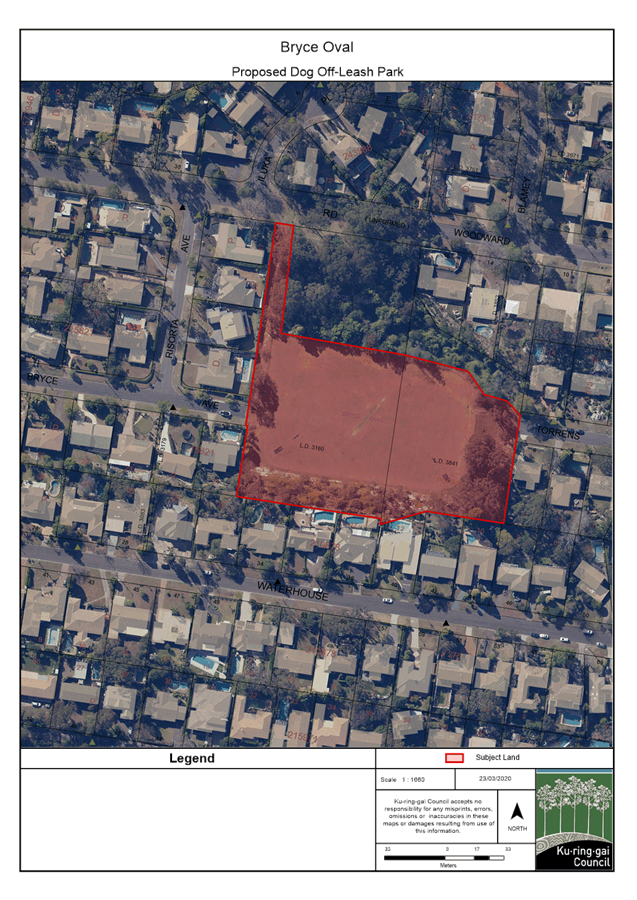
|
Ordinary
Meeting of Council - 28 April 2020
|
GB.13 / 483
|
|
|
|
|
Item
GB.13
|
S11955
|
Gateway Determinations Planning Proposals
- Council Land Gordon & Roseville
EXECUTIVE
SUMMARY
|
purpose of report:
|
To have Council consider the
Gateway Determinations issued for the planning proposals to rezone and
reclassify 4 Pennant Avenue, Gordon and separately to rezone
47 Warrane Road, Roseville
Chase.
|
|
|
|
|
background:
|
The Planning Proposals for the
Council sites sought to amend the zoning on both the sites from RE1 Public
Recreation to R3 Medium Density Residential.
On 17 February 2020 Gateway
Determinations were issued by the NSW Department of Planning, Industry and Environment
for the Planning Proposals for 4 Pennant Avenue, Gordon and 47 Warrane Road,
Roseville Chase.
|
|
|
|
|
comments:
|
Gateway Determinations have been
issued with conditions which require both planning proposals to be amended to
reflect an R2 Low Density Residential zoning and associated development
standards.
It remains the view of Council
staff that the Planning Proposals for 4 Pennant Avenue, Gordon and 47 Warrane
Road, Roseville Chase demonstrate sufficient justification and strategic
merit to support the originally proposed R3 Medium Density Residential
zoning.
|
|
|
|
|
recommendation:
|
That Council determines how to proceed with Council
owned land at 4 Pennant Avenue, Gordon and 47 Warrane Road, Roseville Chase.
|
Purpose of Report
To have Council consider the
Gateway Determinations issued for the planning proposals to rezone and
reclassify 4 Pennant Avenue, Gordon and separately to rezone
47 Warrane Road, Roseville Chase.
Background
On 8 May 2018 Council resolved to prepare Planning Proposals
for two Council owned sites:
· 4 Pennant Avenue,
Gordon; and
· 47 Warrane Road,
Roseville Chase.
Table 1 below sets out the proposed amendments resolved by
Council to include the following amendments in the Planning Proposal for each site:
|
|
4 Pennant
Avenue, Gordon
|
47 Warrane Road,
Roseville Chase
|
|
Zoning
|
Rezone from RE1
Public Recreation to R3 Medium Density Residential
|
Rezone from RE1
Public Recreation to R3 Medium Density Residential
|
|
Height of
Building
|
11.5m
|
11.5m
|
|
Floor Space Ratio
|
0.8:1
|
0.8:1
|
|
Minimum Lot Size
|
1200sqm
|
1200sqm
|
|
Classification
|
Reclassify from
Community Land to Operational Land
|
No change.
Currently
classified Operational Land
|
Table 1 – Council Resolved Amendments for
Planning Proposals – R3 Medium Density Residential
The Planning Proposals were submitted to the Department of
Planning, Industry and Environment (DPI&E) for a Gateway Determination on 2
October 2018. There was an inordinate delay of some16 months in the DPI&E
assessing the Planning Proposals. The DPI&E finally issued Gateway
Determinations on 17 February 2020. The Gateway Determinations, Letters to
Council and Department of Planning Assessment Reports are included at Attachments
A1 – A6.
The Gateway Determinations have been issued with a number of
conditions which require amendments to be made to the Planning Proposals prior
to public exhibition. The conditions require the Planning Proposals to be
amended from a proposed R3 Medium Density Residential zoning to a lower R2 Low
Density Residential zoning and associated development standards.
The Assessment Reports (Attachments A5 and A6) note
that the Planning Proposals have general strategic merit in relation to
providing residential development and residential diversity in a location close
to public transport and services. However, the Department considers that the
proposed R3 Medium Density Residential zone is not an appropriate land use in
these locations, as it is not in keeping with existing low density zoning and
character of the surrounding and adjoining land.
It should also be noted that
the letter from the DPI&E advising of the Gateway Determination for
47 Warrane Road, Roseville
Chase (Attachment A4) contains an error. The letter states that Council
requested a Gateway Determination for a Planning Proposal with R2 Low Density
Residential zoning and associated development standards. This is incorrect. The
Planning Proposal that Council requested a Gateway Determination for was for R3
Medium Density Residential zoning and associated development standards. Council
has requested the Department of Planning to re-issue this letter to correctly
reflect the Planning Proposal that was submitted by Council. This request is
yet to be acted on.
Table 2 below sets out the amendments required to the
Planning Proposals as per the Gateway Determinations:
|
|
4 Pennant
Avenue, Gordon
|
47 Warrane Road,
Roseville Chase
|
|
Zoning
|
Rezone from RE1
Public Recreation to R2 Low Density Residential
|
Rezone from RE1
Public Recreation to R2 Low Density Residential
|
|
Height of Building
|
9.5m
|
9.5m
|
|
Floor Space
Ratio
|
0.3:1
|
0.3:1
|
|
Minimum Lot Size
|
840sqm
|
790sqm
|
|
Classification
|
Reclassify from
Community Land to Operational Land
|
No change.
Currently
classified Operational Land
|
Table 2 – Department of Planning Gateway
Determination Conditions for Planning Proposals – R2 Low Density
Residential zoning
Comments
Following the issue of the conditioned Gateway
Determinations for 4 Pennant Avenue, Gordon and 47 Warrane Road, Roseville
Chase, Council needs to consider what options are available and how best to
proceed with each site.
Option 1 – Discontinue Planning
Proposals and retain RE1 Public Recreation zoning
Council can discontinue the Planning Proposal for both
sites, and retain the current RE1 Public Recreation zoning. Clause 3.35(4) of
the Environmental Planning and Assessment Act 1979 sets out that Council
may request the Minister, at any time, that the matter not proceed.
The following are some land uses that are permitted with
consent within the existing RE1 Public Recreation zoning:
· centre-based
childcare facilities;
· community
facilities;
· recreation
facilities (indoor) e.g. squash court, indoor swimming pool, gymnasium, etc;
· recreation
facilities (major) e.g. large scale sporting or recreation activities attended
by large numbers of people; and
· recreation
facilities (outdoor).
Option 2 – Proceed with Planning Proposals for R2 Low
Density Residential zoning
Council can proceed with the
Planning Proposals for both sites in accordance with the requirements of the
Gateway Determinations. The Planning Proposals would be required to be amended
from R3 Medium Density Residential zone to R2 Low Density Residential zone and
associated development standards as required by the conditions on the Gateway
Determinations. Additionally, a number of technical studies are required to be
prepared for each site to support the amended Planning Proposals, as per the
conditions of the Gateway Determinations. The following studies are required to
proceed with the R2 Low Density Residential zoning on the sites:
· traffic study;
· concept
development scheme with Urban Design Study;
· flood risk
management assessment/study (4 Pennant Avenue, Gordon only); and
· heritage impact
statement (4 Pennant Avenue, Gordon only).
Once the Planning Proposals are revised in accordance with
the Gateway Determinations they are required to be submitted to the Department
of Planning for approval prior to public exhibition.
The following are some of the land uses that are permitted
with consent with the R2 Low Density Residential zone:
· boarding houses;
· centre-based
childcare facilities;
· community
facilities;
· dwelling houses
(minimum lot size of 840sqm for 4 Pennant Avenue, Gordon and 790sqm for 47
Warrane Road, Roseville Chase); and
· group homes.
Additionally, Seniors Housing is also be a permitted land
use under the State Environmental Planning Policy (Housing for Seniors or
People with a Disability) 2004.
Option 3
– Formal Gateway Review
Council can request a formal Gateway Review of the
conditions placed on the Gateway Determination requiring the Planning Proposal
to be amended to a R2 Low Density Residential zoning.
Gateway Reviews may be requested by a Council or a proponent
following a Gateway Determination that:
a) the
planning proposal should not proceed;
b) the
planning proposal should be resubmitted to the Gateway; or
c) imposes
requirements or makes variations to the proposal that the Council or proponent
thinks should be reconsidered.
The Gateway Review is informed by advice from the
Independent Planning Commission who will review the submitted Planning Proposal
and Gateway Determination. The Minister will make a final decision on whether
to alter the Gateway Determination based on the advice from the Independent
Planning Commission, and the views of Council. These post-Gateway reviews apply
only if the original Gateway Determination was made by a delegate of the
Minister.
Planning Circular PS 18-012 Independent
Reviews of Plan Making Decisions outlines that if the Gateway Determination
is to proceed with the Planning Proposal but imposes conditions that the
Council or proponent considers inappropriate, the Council or proponent has 14
days from being notified by the Department to indicate their intent to request
a review. The Council or proponent would then have 42 days to formally apply
for a Gateway Review. It should be noted that these timeframes for requesting a
Gateway Review are only guidelines contained within a Planning Circular, and
are not statutory. It should also be noted that from Council’s
experiences to date, viz. Lordes Retirement Village, which at the time or
writing still remains unresolved some two years after consideration by Council,
take an inordinate amount of time to conduct and should consequentially be
avoided if possible.
Option 4
– ‘Soft Review’ of Gateway Determination
Instead of proceeding with the lodgement of a formal Gateway
Review and the process through the Independent Planning Commission, Council has
the option of a ‘soft review’ of the Gateway Determination.
Separate to the formal Gateway Review process, a council, as the PPA, may at
any time request that the Gateway Determination be reconsidered and re-issued.
This would involve a letter to the Department of Planning, Industry and
Environment requesting them to reconsider the conditions imposed on the Gateway
Determinations.
In requesting the ‘soft review’ from DPI&E,
it should be highlighted that Council now has an adopted Local Strategic
Planning Statement in place, endorsed by the GSC, which identifies key local
planning priorities for Ku-ring-gai. These local planning priorities include the
concept asset recycling, as well as the provision of additional housing around
centres which are serviced by the North Shore rail line or major bus routes
along arterial roads.
In the first instance, is recommended that Council proceed
with this option of requesting a ‘soft review’ of the Gateway
Determination conditions by DPI&E, on the condition if no response is made
within 30 Days then Council proceeds with Option 3 a formal Gateway
Determination review. It should be noted
that this approach will not deliver proceeds of sale to Council in a timely
manner.
Preferred
Option
Having regard to the four (4) options available to Council,
the preferred option for both sites is Option 4 – ‘Soft
Review’ of Gateway Review. Should the reconsideration of the Gateway Determination
conditions by DPIE not be favourable or timely, then it is recommended that
Council proceeds with Option 3 – formal Gateway Review. The following
outlines why Option 3 and Option 4 are the preferred options:
1. In
terms of Option 1 to retain RE1 Public Recreation zoning, both sites are former
bowling clubs which have been vacant since the clubs terminated their leases in
2017 due to declining membership, accordingly there is no demand for the sites
to continue their use as bowling clubs. Council has also undertaken an
assessment of both sites against the principles of the Open Space Acquisition
Strategy to determine whether the sites would be suitable for parks, and the
sites have been found to not be suitable due to limited access, visibility,
contamination and duplication of facilities with other parks in close
proximity.
As the sites are not
suitable for parks, and there is no demand for their historic use, should
Council wish to retain the RE1 Public Recreation zoning on the sites, other alternative
land uses would need to be considered.
2. In
terms of Option 2 to proceed with R2 Low Density Residential zone, the Gateway
Determinations require a number of studies to be undertaken for both sites in
order to support the conditioned R2 Low Density Residential zoning prior to the
public exhibition of the Planning Proposals. These studies will require funding
and time to be completed. Additionally, consideration should be given to the
significantly reduced financial value of the site with a R2 Low Density
Residential zoning compared to the R3 Medium Density Residential zoning
originally sought. Refer to Financial Considerations section of this
report for further detail.
3. In
terms of Option 3 and Option 4, a Gateway Review or ‘Soft Review’ of
the conditions imposed by the Department of Planning, Industry and Environment,
it is considered that the provision of medium density housing on these sites is
consistent with the Ku-ring-gai Local Strategic Planning Statement Principles
for Housing, as follows:
· ‘Principle –
Stage housing delivery around centres of retail and economic activity that are
serviced by the North Shore railway line or major bus routes along arterial
roads including provision of housing diversity, affordability and accessibility
4 Pennant Avenue,
Gordon is within 600m radius of Gordon Train Station, and the Gordon Local
Centre. 47 Warrane Road, Roseville Chase is located within 200m radius of
Warringah Road/Babbage Road an arterial road with major bus route, and the
Roseville Chase Neighbourhood Centre. The proposed R3 Medium Density
Residential zone in both of these locations will provide for housing diversity
within these centres, which is supported by transport, services and
infrastructure.
· ‘Principle
- Locate medium density housing types within a 5min walk (400m radius) of
Neighbourhood Centres serviced by major bus routes along arterial roads:
Roseville Chase, West Gordon and North St Ives (subject to provision of
priority bus infrastructure from Mona Vale to Macquarie Park and Dee Why to
Chatswood)
47
Warrane Road, Roseville Chase is located within a 200m radius of the Roseville
Chase Neighbourhood Centre, and Warringah Road/Babbage Road an arterial road
with major bus routes. The strategic centres of Chatswood, Frenchs Forest,
St Leonards, North Sydney and Sydney CBD can all currently be accessed within
30min (shown on Image 1, the mobility map below). The mobility and
accessibility from the Roseville Chase Neighbourhood Centre will further
increase with the future implementation of the Rapid Bus Transit (east-west
connection) from Dee Why to Chatswood.
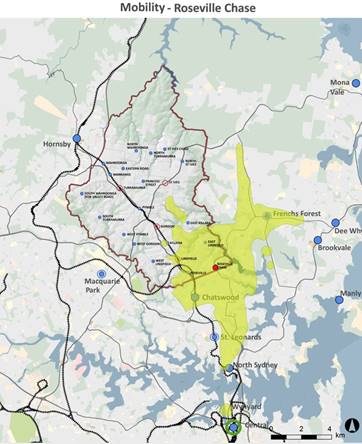
Image 1 – Mobility Plan
Roseville Chase (Public Transport) from Ku-ring-gai Local Strategic Planning
Statement
· ‘Principle - In considering areas for
future medium and high density housing forms, the following areas are to be
avoided: heritage conservation areas; areas of visual and aesthetic quality and
character; areas within or affecting scenic and cultural landscapes; areas of
intact tree canopy where the built form does not sit under the canopy; areas
with multiple constraints including steep topography; areas with environmental
values; areas that are bushfire prone and with evacuation risk; centres with
limited transport and service access until improvements are implemented.’
Both
sites do not fall into any of these criteria for locations where future medium
and high density housing is to be avoided – they are not within HCAs, do
not contain significant tree canopy, are not steep, are not bushfire prone or
evacuation risk and both centres currently have access to good public transport
connections in the form of train and bus routes.
4. The
Assessment Reports prepared by the Department of Planning (Attachments A5
and A6) outlined that there is insufficient justification that the proposed
R3 Medium Density zoning is appropriate for the site as this zone is not in
keeping with existing low density zoning and character of the surrounding and
adjoining land. As outlined in the Planning Proposal it is
Council’s intention to prepare an Urban Design Study for each site, and
develop site specific DCP controls to ensure the integration of the proposed
medium density housing with surrounding local character. It should also be
noted that as set out in the Land and Environment Court Planning Principle on
compatibility in the urban environment, “buildings can exist together
in harmony without having the same density, scale or appearance”
It is considered that the Planning Proposals for 4 Pennant
Avenue, Gordon and 47 Warrane Road, Roseville Chase demonstrate sufficient
justification and strategic merit to support the originally proposed R3 Medium
Density Residential zoning, and for this reason Option 3, followed by Option 4
is the preferred option.
integrated planning and reporting
Theme 1 – Community , People and Culture
Theme 6 – Leadership and Governance
|
Community Strategic
Plan Long Term Objective
|
Delivery Program
Term Achievement
|
Operational Plan
Task
|
|
L2.1 Council rigorously manages its financial resources
and assets to maximise delivery of services
|
L2.1.3 Council maintains its commitment to infrastructure
asset management priorities
|
L2.1.3.1 Identify available funding sources in the Long
Term Financial Plan and allocate to priority projects and assets
|
|
C6.1 Housing diversity, adaptability and affordability is
increased to support the needs of a changing community
|
C6.1.1: Councils planning approach to the provision of
housing across Ku-ring-gai is responsive and addresses the supply, choice and
affordability needs of the community and the changing population
|
C6.1.1.3 Investigate opportunities to provide a range of
housing choices as part of the preparation of a Ku-ring-gai Housing Strategy.
|
Governance Matters
The process for the
preparation and implementation of Planning Proposals is governed by the
provisions contained within the Environmental Planning and Assessment Act
1979 and the Environmental Planning and Assessment Regulation 2000.
Risk Management
These Council owned sites are
now vacant and there is no demand for the sites to continue their use as
bowling clubs. The sites present an opportunity for Council to utilise the
process of ‘asset recycling’ to invest in new assets or revitalise
existing assets.
The concept of asset
recycling has been built into Council’s Resourcing Strategies and Long
Term Financial Plans over a number of Integrated Planning and Reporting Cycles.
More recently, asset recycling has been adopted by Council and endorsed by the
Greater Sydney Commission as part of the adoption and assurance of
Council’s Local Strategic Planning Statement.
Council has a range of projects relying on asset sales as
follows:
Infrastructure backlog $34.0m
asset sales
S94 projects gap $16.0m
asset sales
St Ives indoor courts $11.3m
asset sales (total project cost $16.5)
Marian St Theatre $15.3m
asset sales (total project cost $16.3m latest
estimate)
Turramurra Hub
Lindfield Hub
As noted in Council’s Local Strategic Planning
Statement “[i]t is noted that many of these projects will only proceed
if new funding streams, including asset recycling, are available.”
Following the Department of
Planning, Industry and Environment issuing the conditioned Gateway Determinations
for the Planning Proposals to rezone these sites, Council needs to make a
decision on how to best proceed.
Financial Considerations
AEC has prepared market
advice for both sites (Attachments A7 and A8) in order to provide an
understanding of the extent of difference in value for both sites, under the
following scenarios:
· R2 Low Density
Residential zone;
· R2 Low Density
Residential zone with seniors living; and
· R3 Medium Density
Residential zone.
The market advice is based on high level desktop assessment
and analysis, and is therefore indicative only. The table below outlines
approximate differences in the Residual Land Value of the two sites, based on
the scenarios above.
|
|
Approximate Difference in Residual
Land Value
|
|
R2 Low Density and R3 Medium Density
|
R2 Low Density (Seniors Living) and R3
Medium Density
|
|
47 Warrane Road, Roseville Chase
|
$18,000,000
|
$10,850,000
|
|
4 Pennant Avenue, Gordon
|
$13,550,000
|
$8,500,000
|
Table 3 – Approximate difference in Residual Land
Value based on zoning
This indicates that the R2 Low Density Residential zone
conditioned by the Gateway Determination does have a significant impact on the
value of the sites, compared to the R3 Medium Density originally sought by
Council. Should Council resolve to divest the sites sometime in the
future with a R2 Low Density Residential zoning, it could expect a value of
between $8.5m-$13.5m less for
4 Pennant Avenue, Gordon and a value of between $10.85m -
$18.0m less for 47 Warrane Road, Roseville Chase.
Social Considerations
The proposed rezoning of the
sites from to R3 Medium Density Residential would have assisted with providing
additional housing supply and improved housing choice (townhouses) for
Ku-ring-gai.
Additionally, any future
divestment of the sites (with an R3 Medium Density Residential zoning) was
earmarked to assist Council meet community expectations for the renewal and
replacement of community infrastructure, such as the Marian Street Theatre and
the St Ives High School Joint Use Indoor Courts.
Environmental Considerations
As a result of past land uses
and activities on both sites, the Stage 1 and Stage 2 Site Investigations have
confirmed there are areas of environmental concern (contamination) on both
sites. The sites are able to be made suitable for future residential uses,
subject to further assessment, management and remediation, but not without
significant cost.
Community Consultation
The Planning Proposals have
not yet been the subject of community consultation. The Gateway Determinations
require a number of substantial amendments to the Planning Proposals which are
required to be undertaken prior to public exhibition. The amended Planning
Proposals are also required to be submitted to the Department of Planning,
Industry and Environment for approval prior to public exhibition. This process
is not without considerable risk.
Internal Consultation
Internal consultation with
other Departments of Council (where appropriate) has been undertaken in the
preparation of this report.
Summary
Council submitted Planning
Proposals for 4 Pennant Avenue, Gordon and 47 Warrane Road, Roseville Chase to
the Department of Planning, Industry and Environment on 2 October 2018 for a
Gateway Determination. The Planning Proposals sought to rezone the sites from
RE1 Public Recreation to R3 Medium Density Residential with associated
development standards (and reclassify where required).
On 17 February 2020, the
Department of Planning, Industry and Environment issued Gateway Determinations,
however conditions have been included which require the Planning Proposals to
be amended to R2 Low Density Residential. This has a significant financial
impact on the ability of Council to fund other social infrastructure projects.
Following the issue of the
conditioned Gateway Determinations for 4 Pennant Avenue, Gordon and 47 Warrane
Road, Roseville Chase, Council needs to consider what options are available and
how best to proceed with each site.
The preferred option for both
sites is Option 4 – ‘Soft Review’ of the Gateway
Determination by DPIE. Should the reconsideration of the conditions on the
Gateway Determination by DPIE not be favourable or received within 30 Days,
then it is recommended that Council proceed with Option 3 – formal
Gateway Review.
|
Recommendation:
A. That
Council write to the Secretary of the Department of Planning, Industry and
Environment and request that the conditions attached to the Gateway
Determinations for Planning Proposals for 4 Pennant Avenue, Gordon and 47
Warrane Road, Roseville Chase be reconsidered for the reasons outlined in
this report.
B. That
should an unfavourable response or no response be received within 30 days,
then an application for a formal Gateway Review be prepared and submitted to
Department of Planning, Industry and Environment.
|
|
Alexandra Plumb
Urban Planner
|
Craige Wyse
Team Leader Urban Planning
|
|
Antony Fabbro
Manager Urban & Heritage Planning
|
Andrew Watson
Director Strategy & Environment
|
|
Attachments:
|
A1 ⇩ ⇩
|
Gateway
Determination - 4 Pennant Avenue, Gordon
|
|
2020/044547
|
|
|
A2 ⇩ ⇩
|
Gateway
Determination - 47 Warrane Road, Roseville Chase
|
|
2020/044545
|
|
|
A3 ⇩ ⇩
|
Letter
from Department of Planning advising of Gateway Determination - 4 Pennnat
Avenue, Gordon
|
|
2020/044544
|
|
|
A4 ⇩ ⇩
|
Letter
from Department of Planning advising of Gateway Determination - 47 Warrane
Road, Roseville Chase
|
|
2020/044540
|
|
|
A5 ⇩ ⇩
|
Department
of Planning Gateway Assessment Report - 47 Warrane, Roseville
|
|
2020/044004
|
|
|
A6 ⇩ ⇩
|
Department
of Planning Gateway Determination Assessment Report - 4 Pennant,Gordon
|
|
2020/044001
|
|
|
A7 ⇩ ⇩
|
Market
Advice - 4 Pennant Avenue Gordon - AEC - 27 March 2020
|
|
2020/092273
|
|
|
A8 ⇩ ⇩
|
Market
advice - 47 Warrane Road Roseville Chase - AEC 27 March 2020
|
|
2020/092271
|
|
APPENDIX No: 1 - Gateway
Determination - 4 Pennant Avenue, Gordon
|
|
Item No: GB.13
|
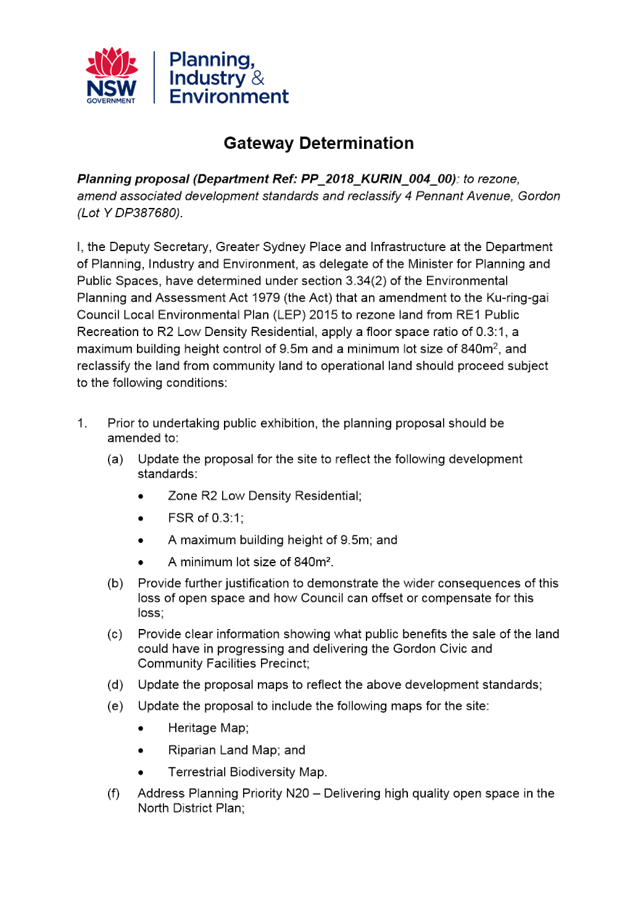
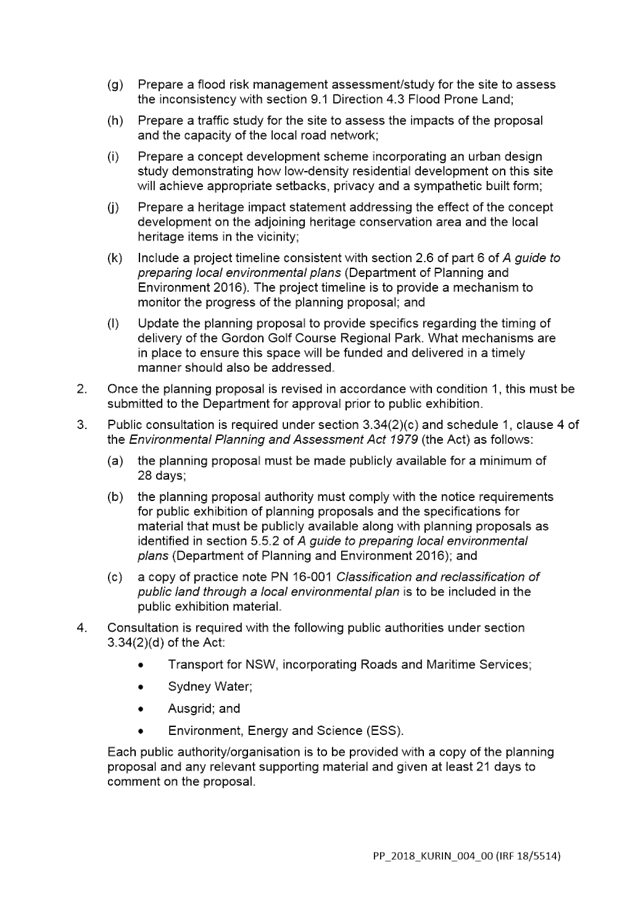
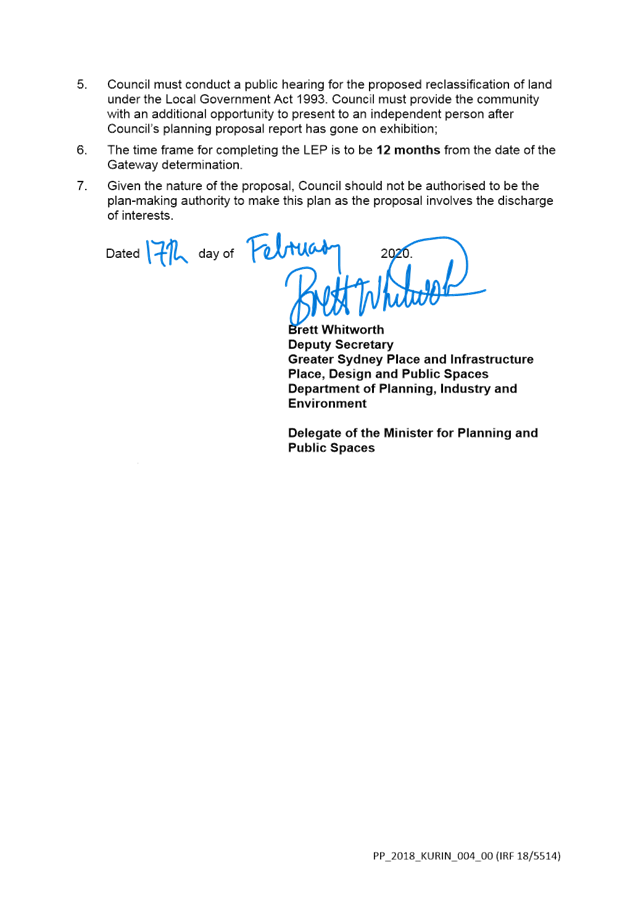
|
APPENDIX
No: 2 - Gateway
Determination - 47 Warrane Road, Roseville Chase
|
|
Item No: GB.13
|
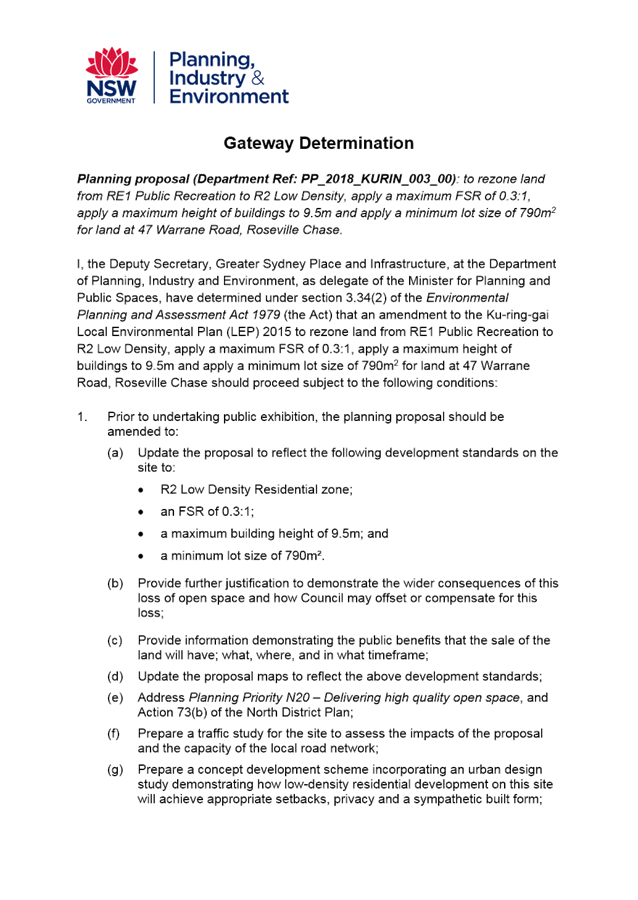

|
APPENDIX
No: 3 - Letter
from Department of Planning advising of Gateway Determination - 4 Pennnat
Avenue, Gordon
|
|
Item No: GB.13
|
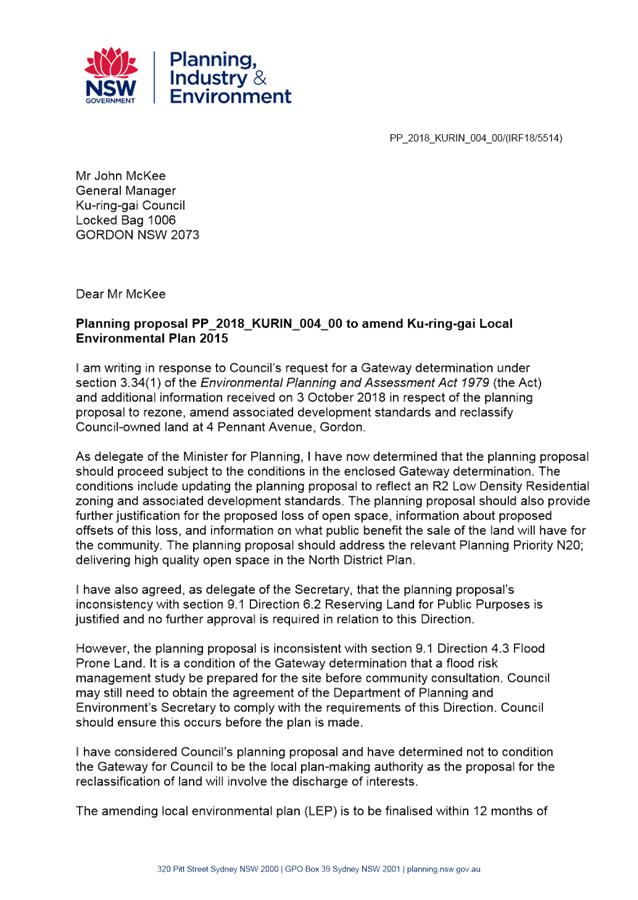
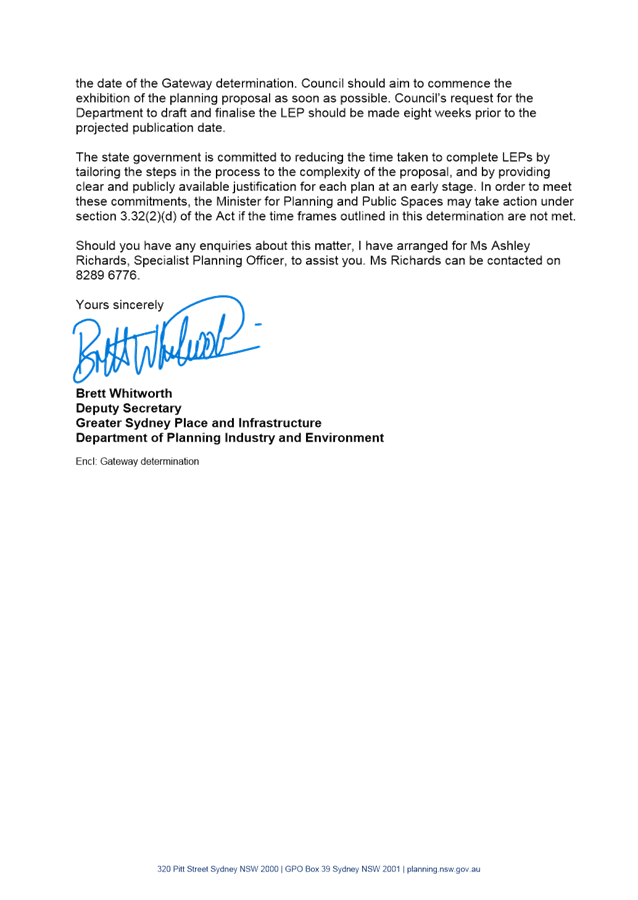
|
APPENDIX
No: 4 - Letter
from Department of Planning advising of Gateway Determination - 47 Warrane
Road, Roseville Chase
|
|
Item No: GB.13
|
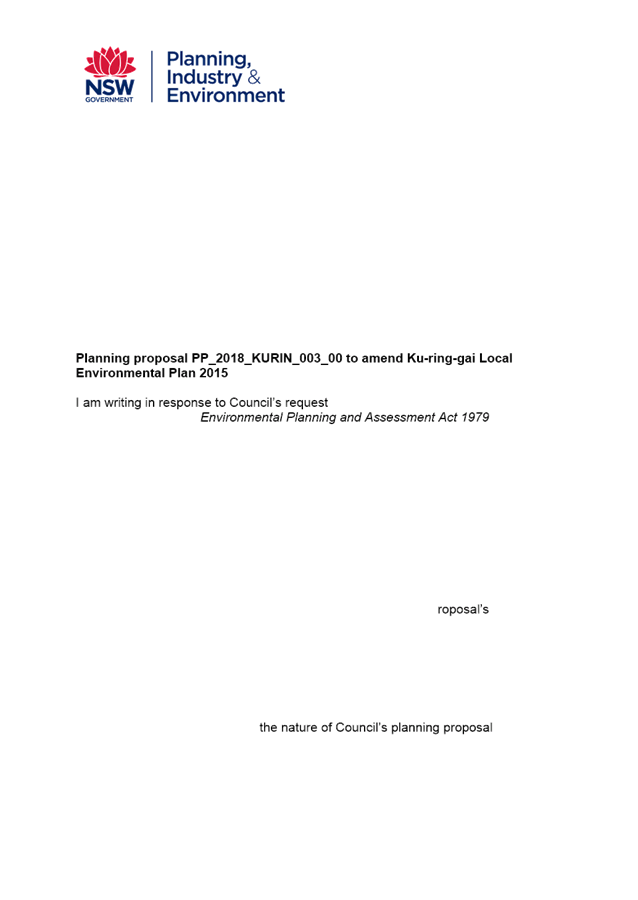

|
APPENDIX
No: 5 - Department
of Planning Gateway Assessment Report - 47 Warrane, Roseville
|
|
Item No: GB.13
|
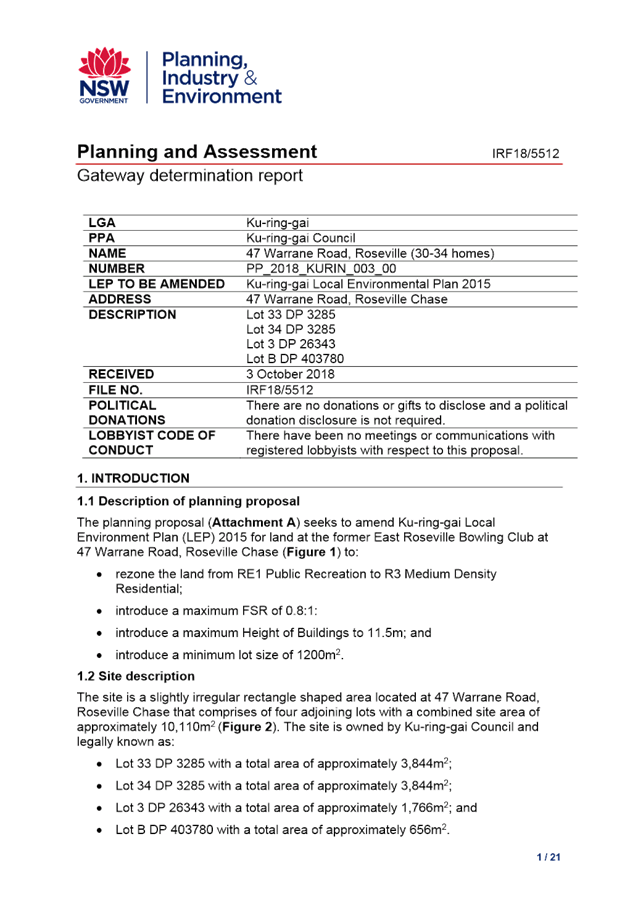


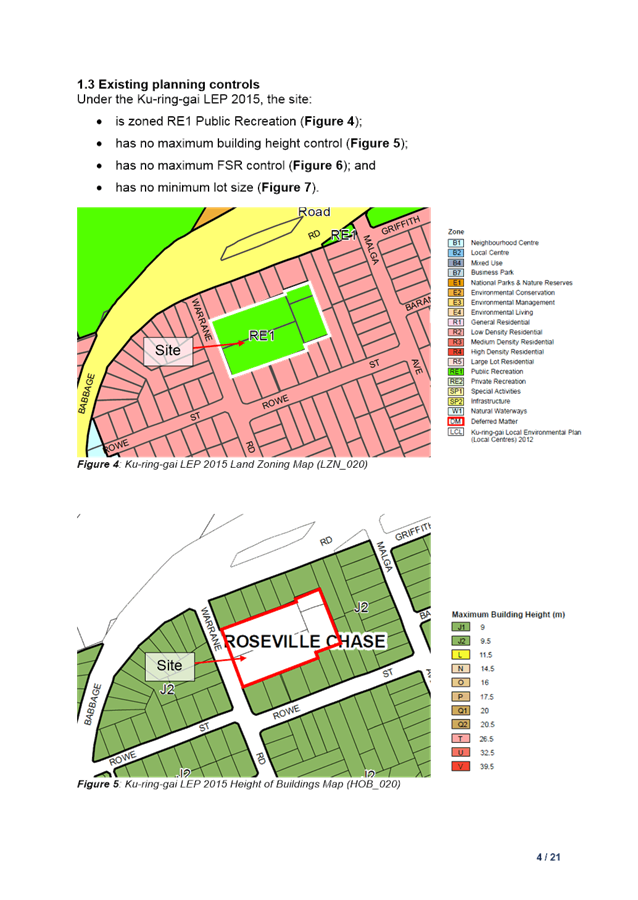

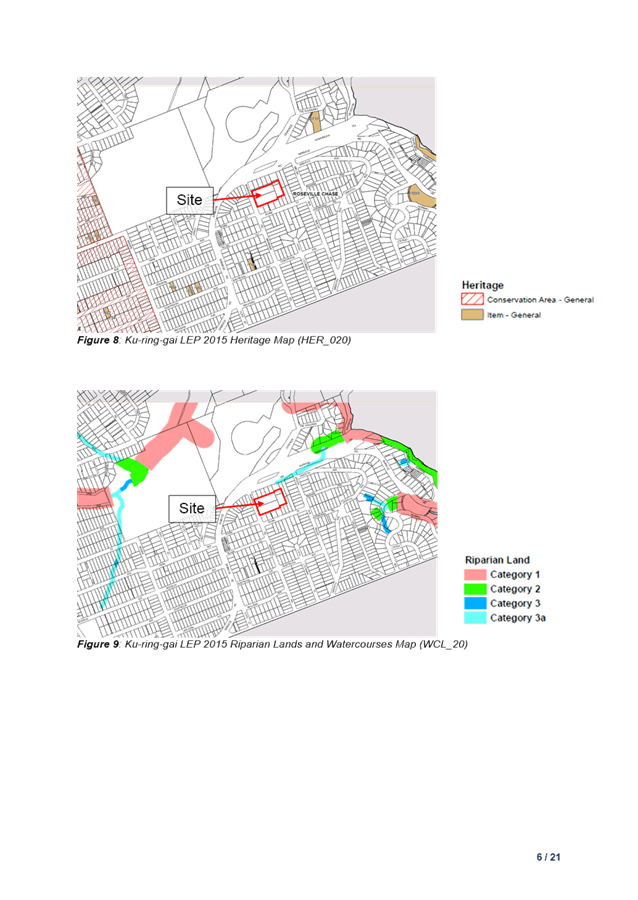

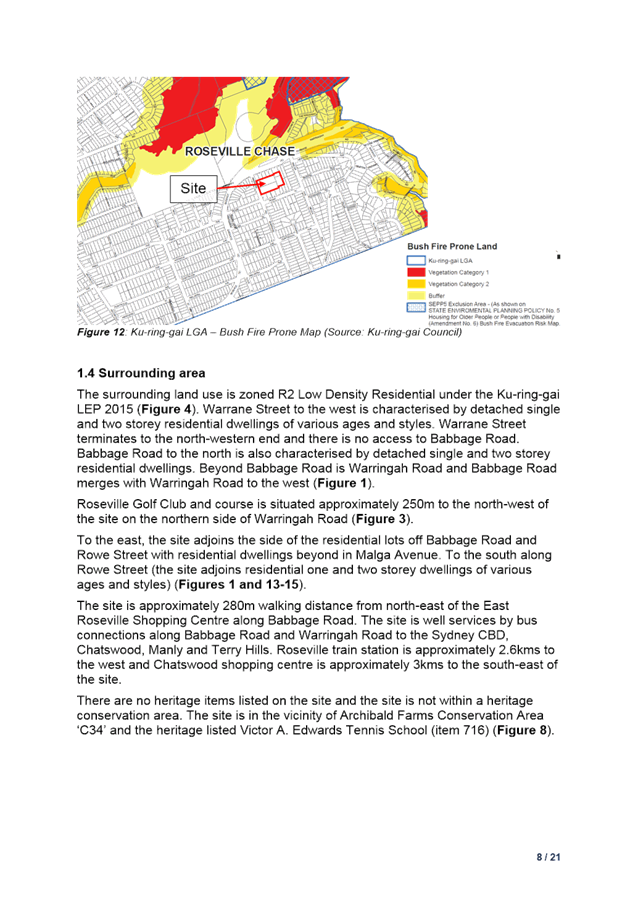

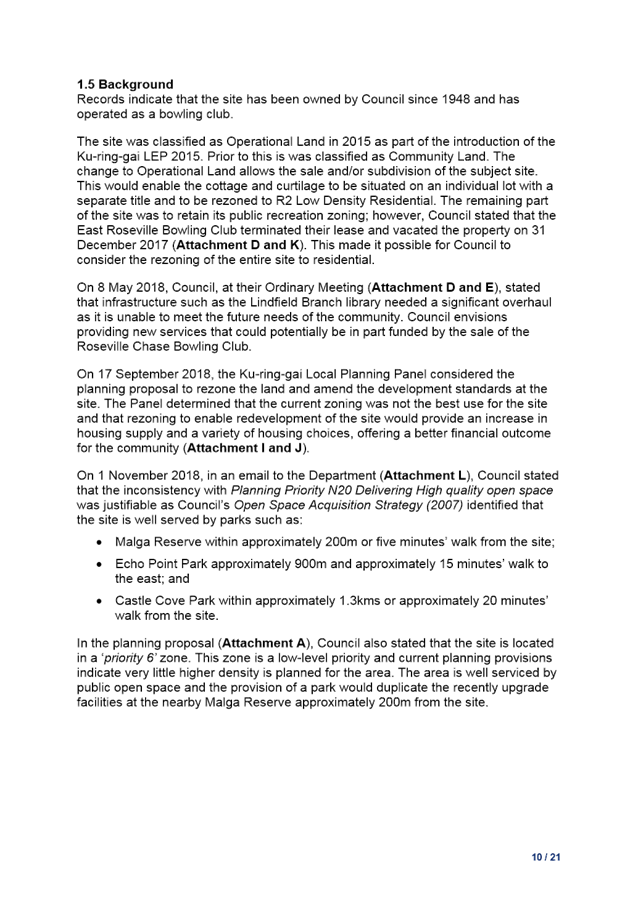
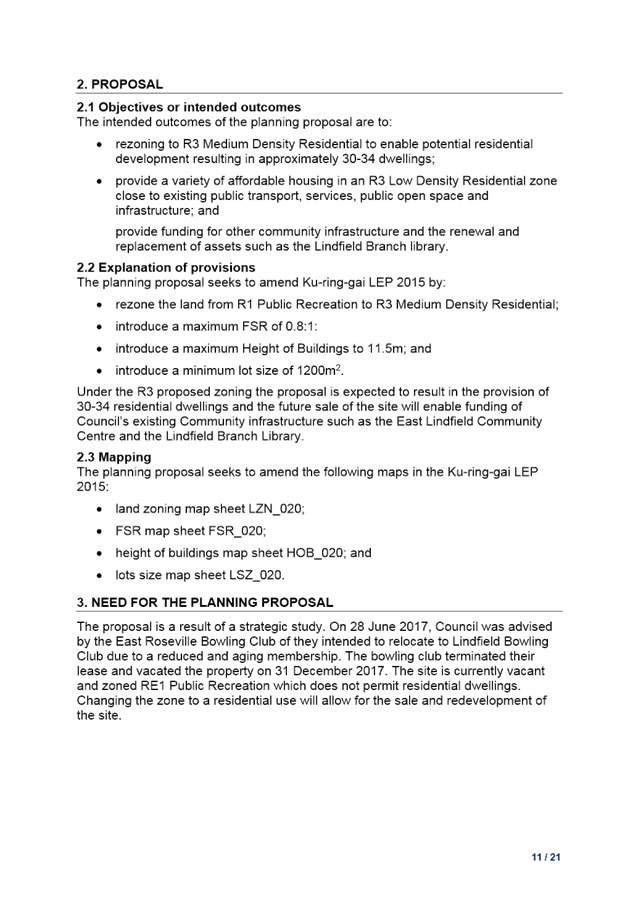
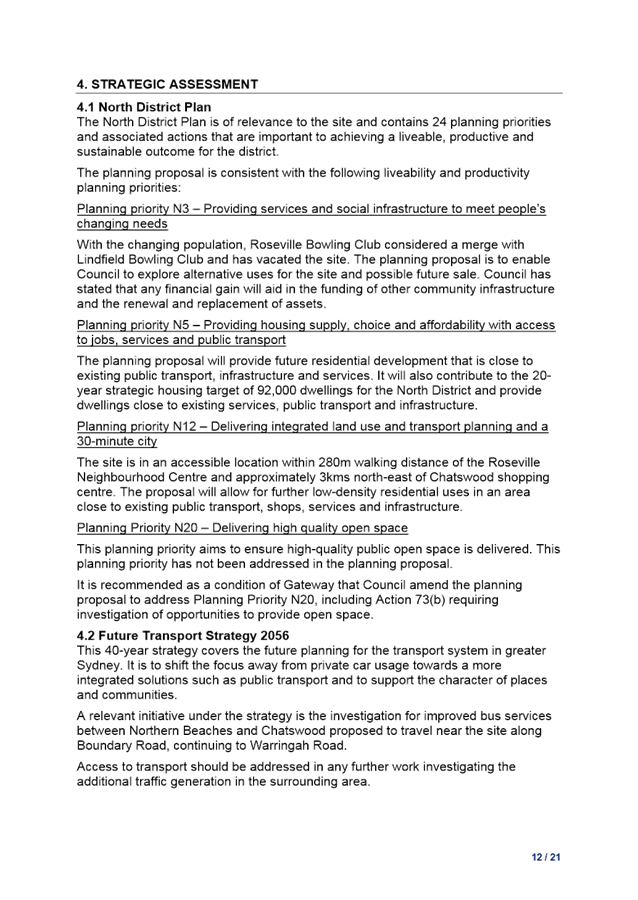
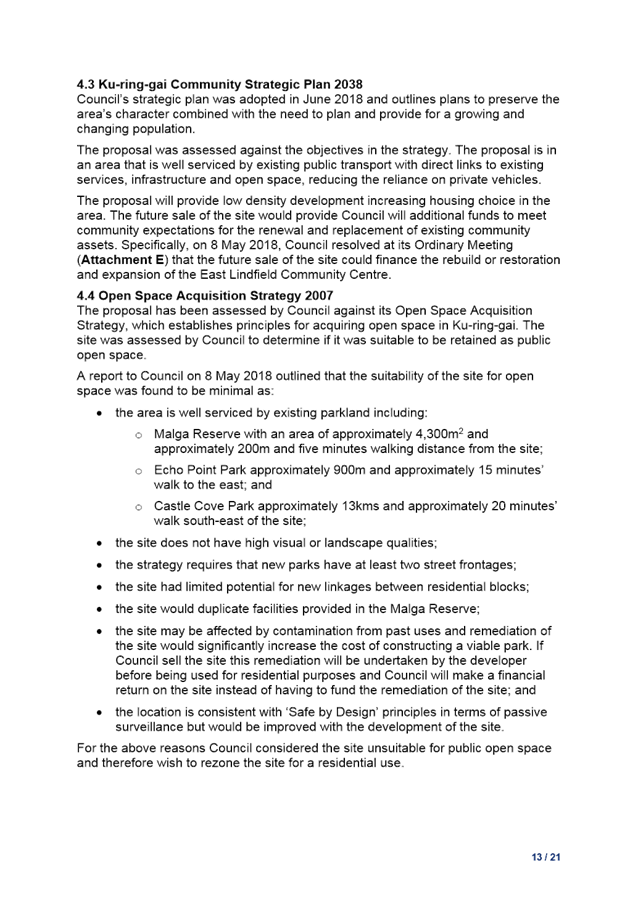
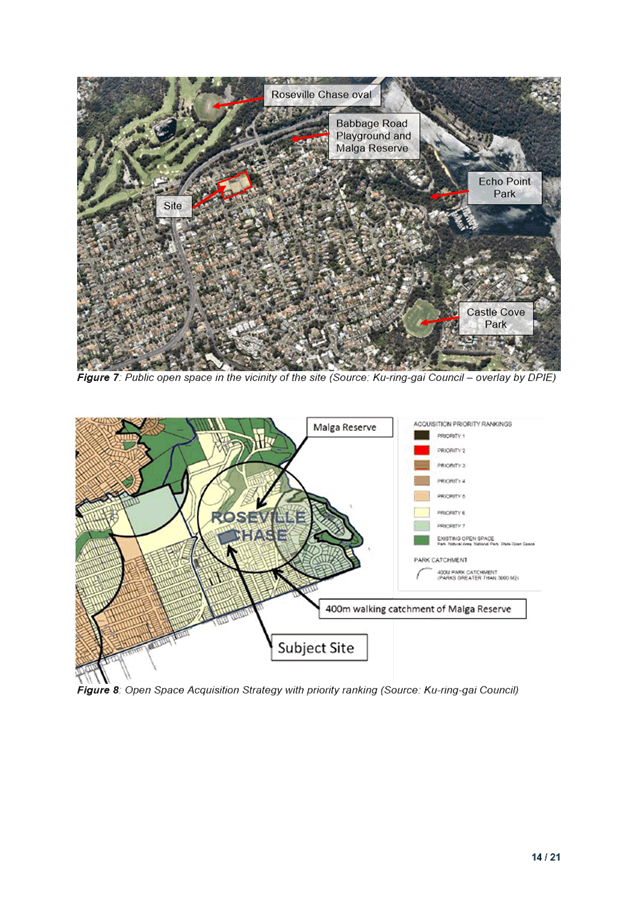
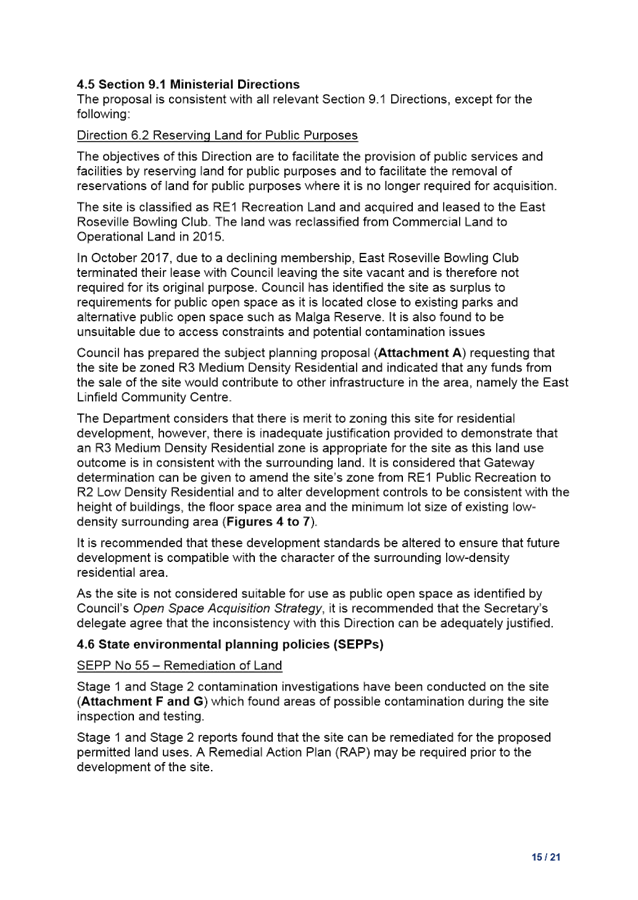
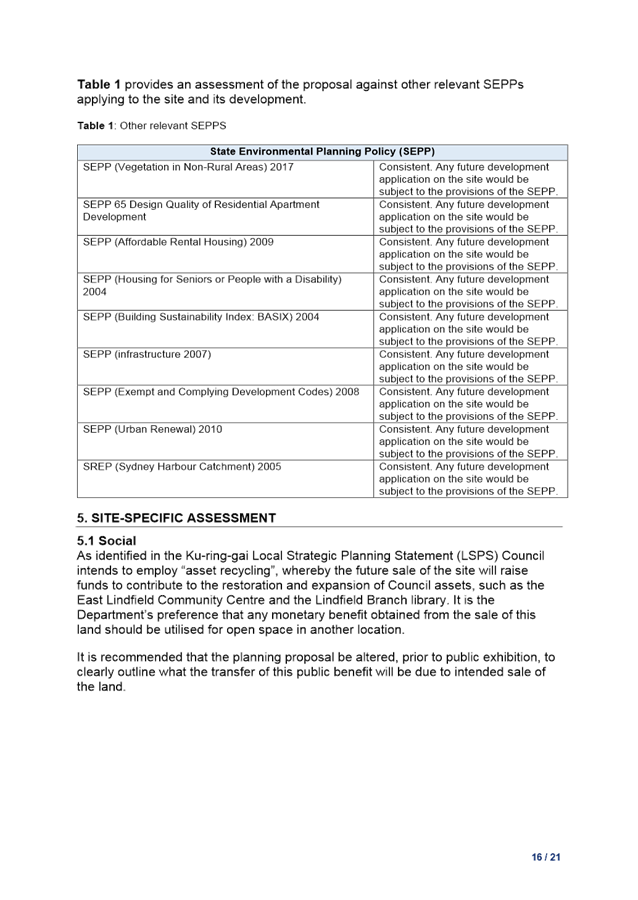


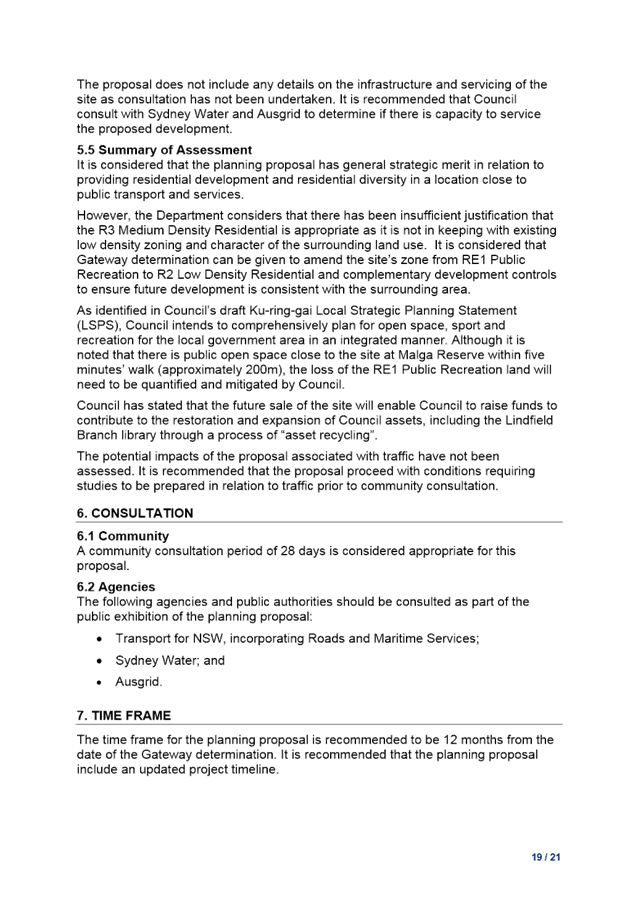
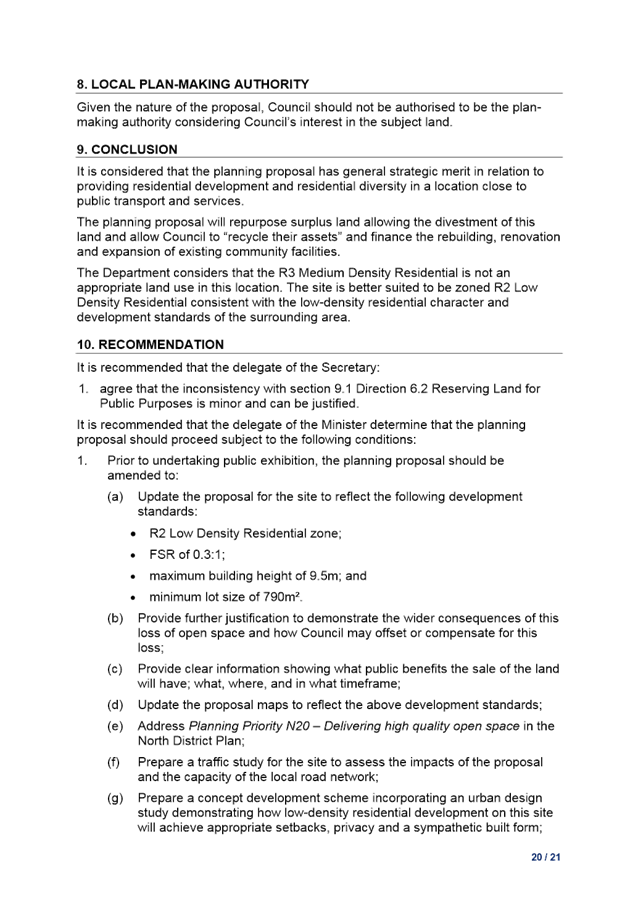
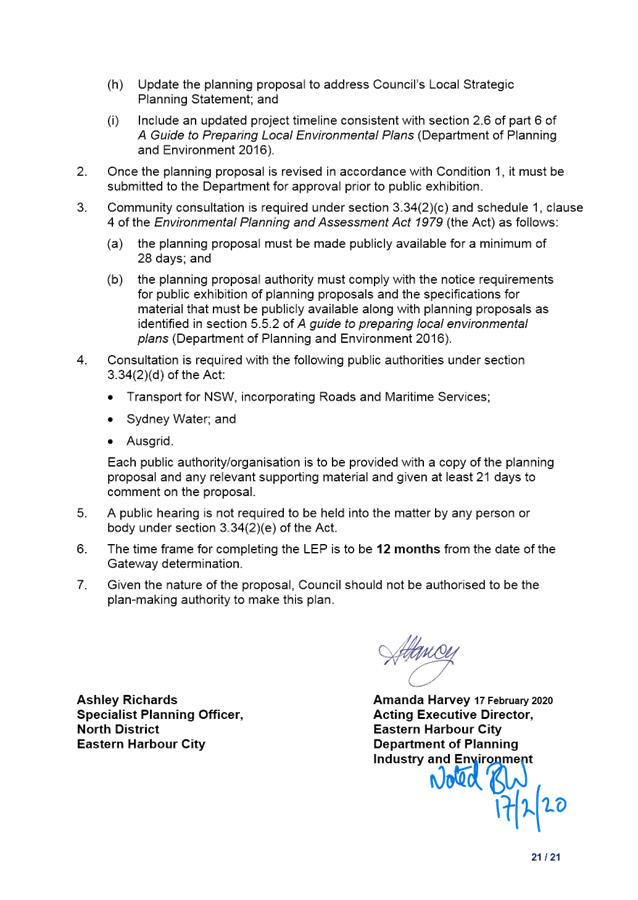
|
APPENDIX
No: 6 - Department
of Planning Gateway Determination Assessment Report - 4 Pennant,Gordon
|
|
Item No: GB.13
|

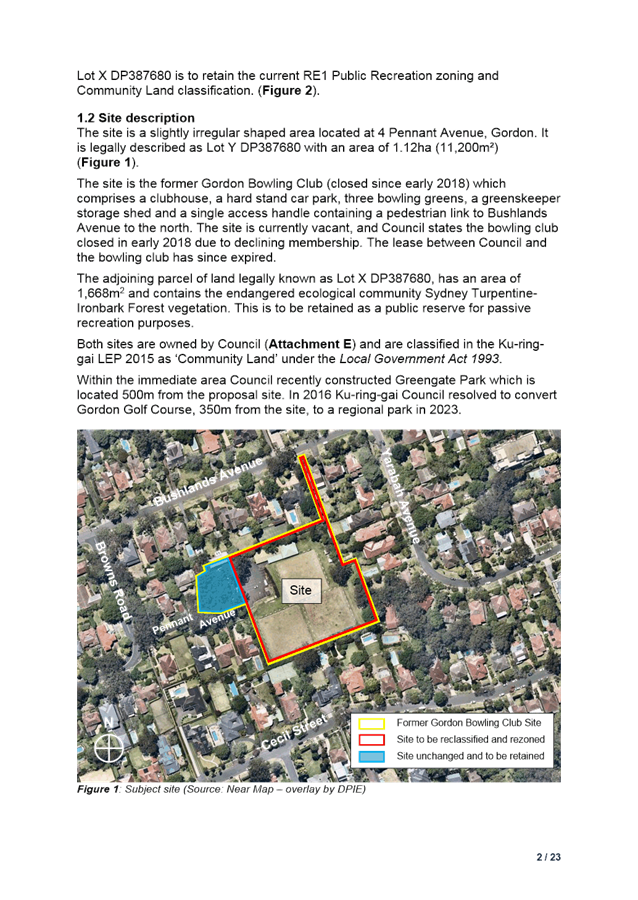
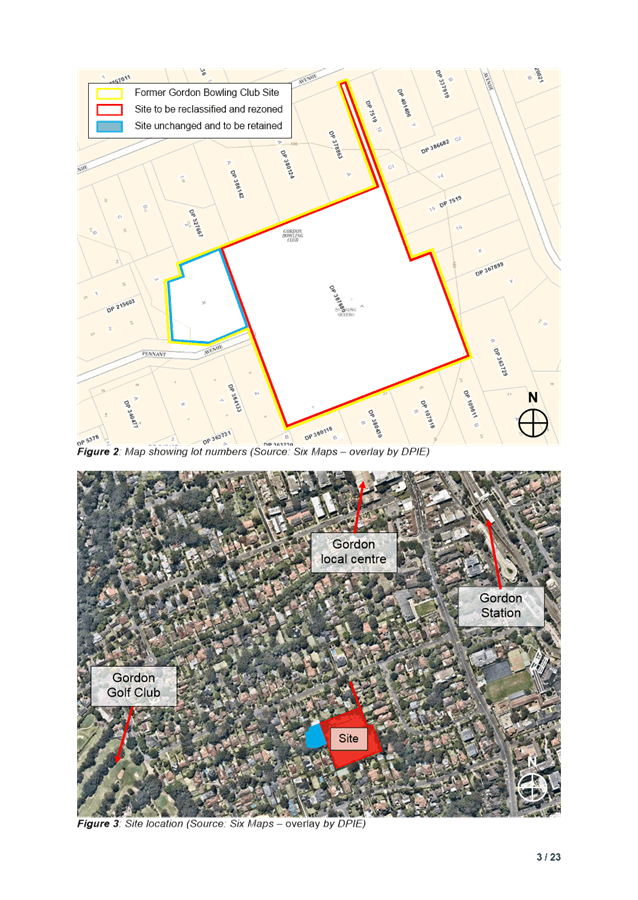
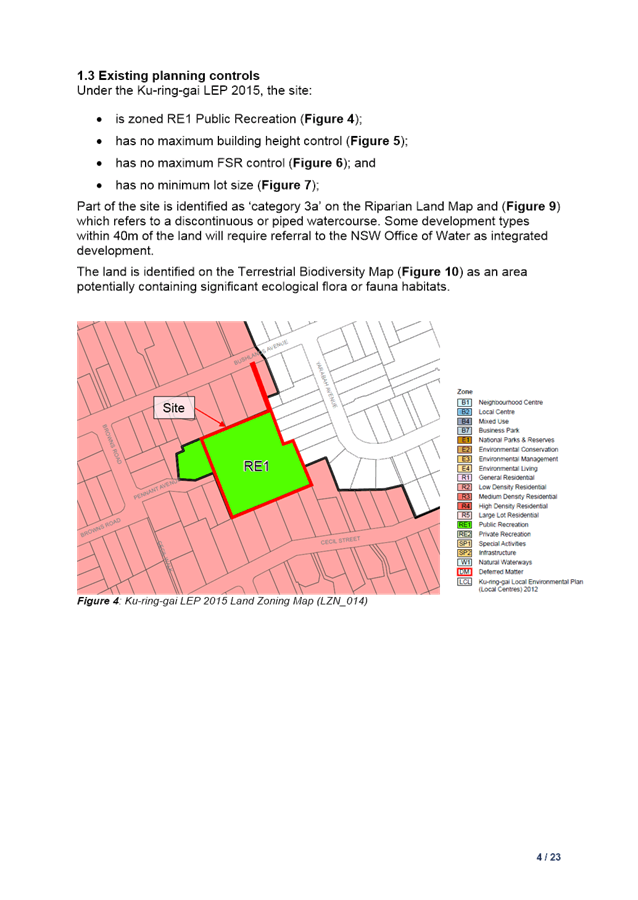
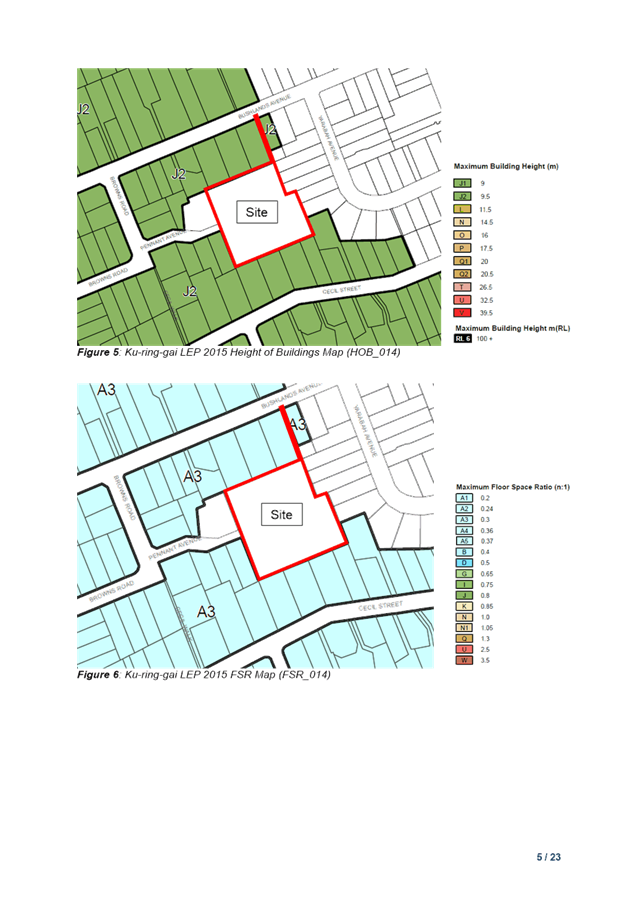

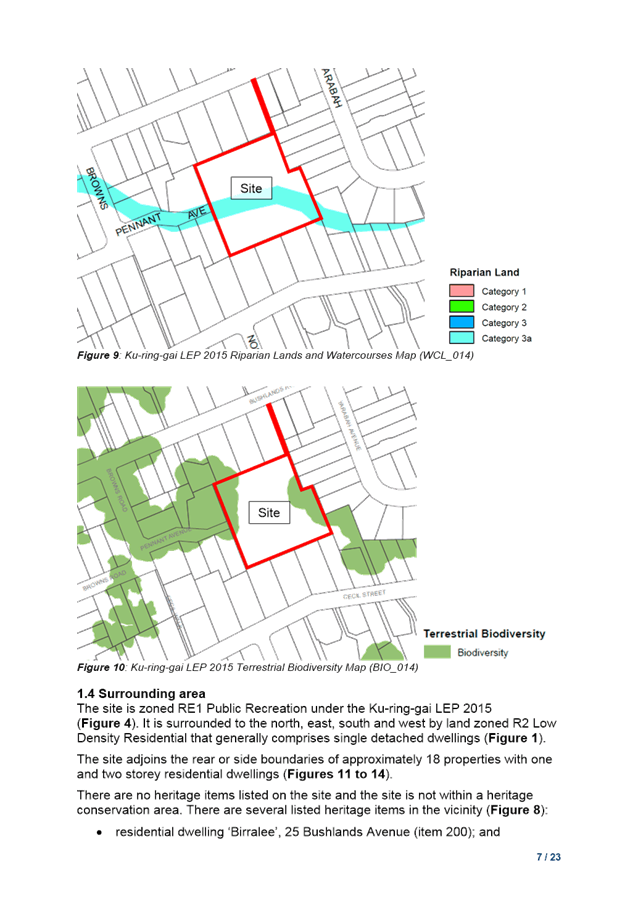
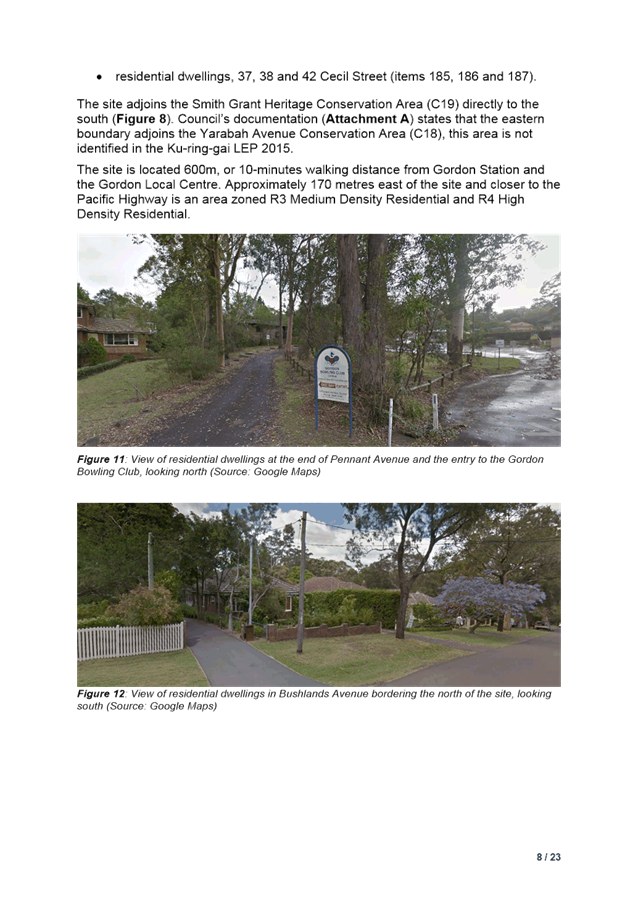
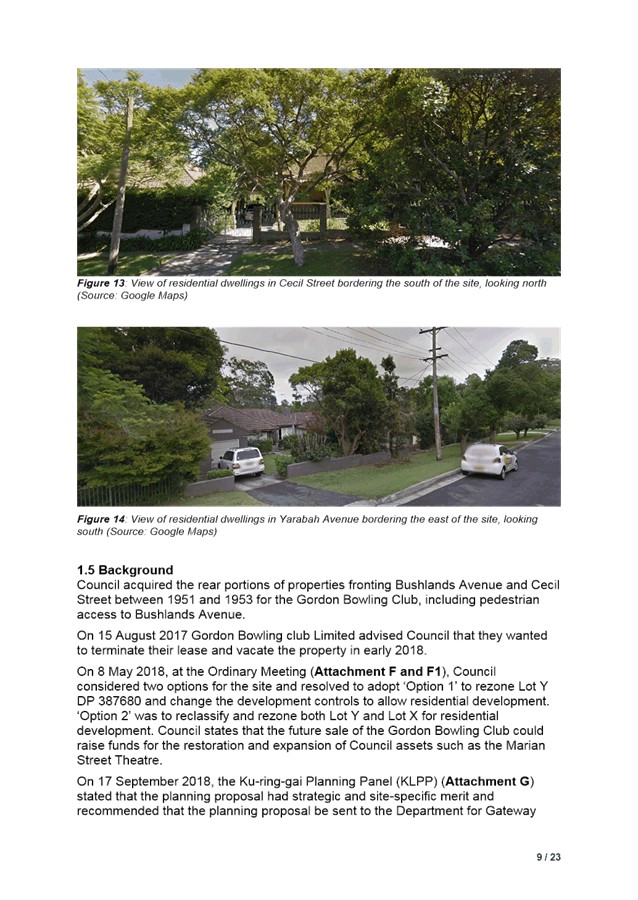
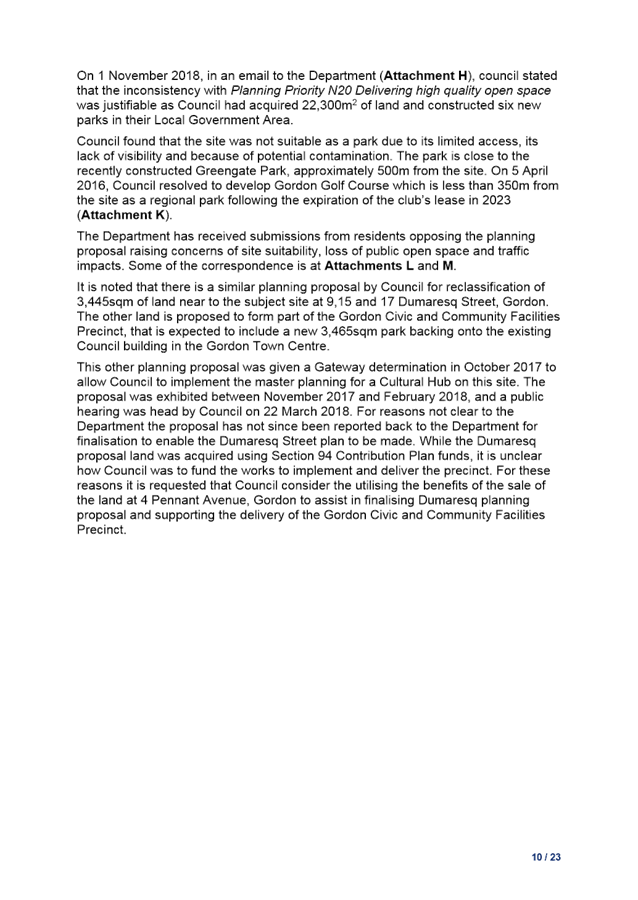
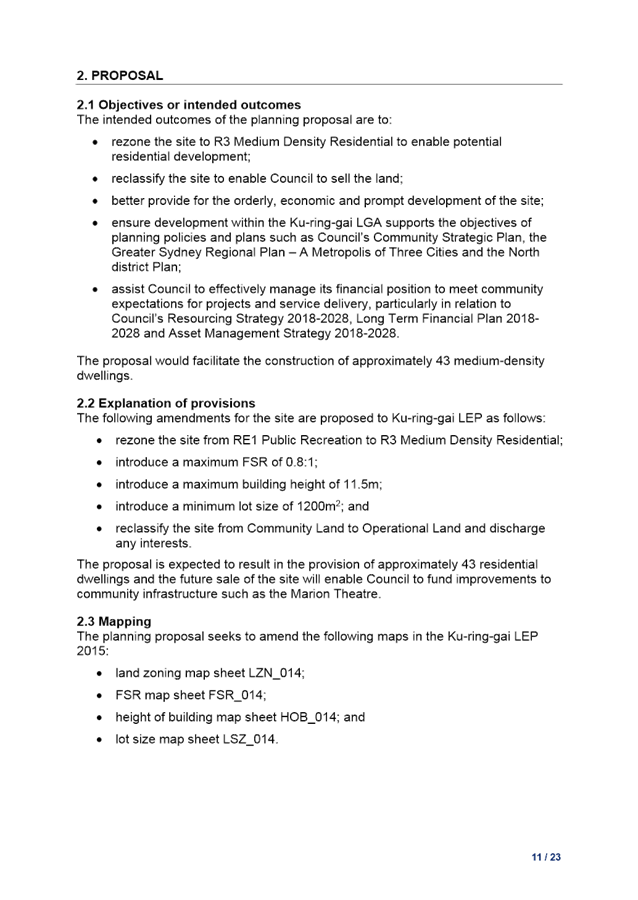
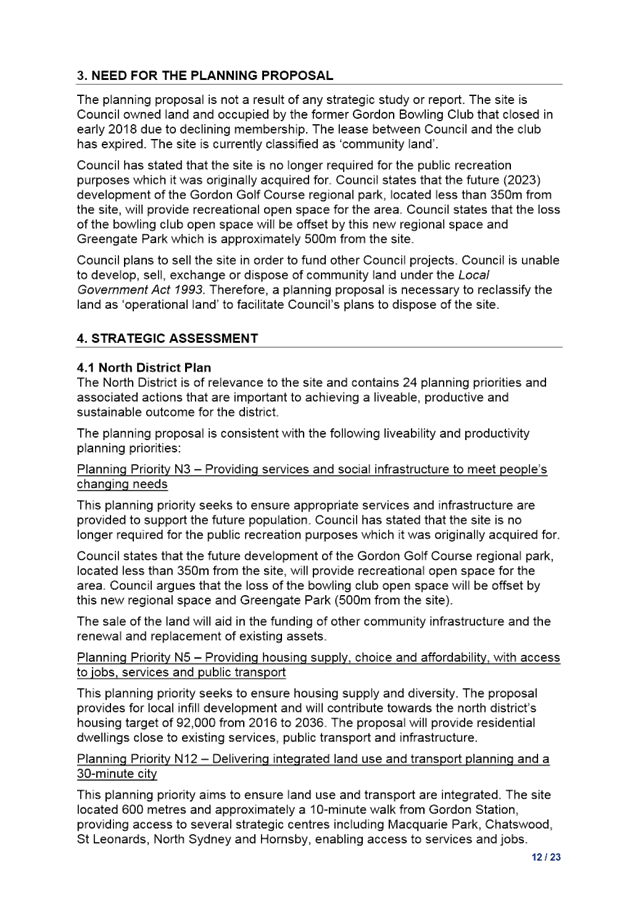
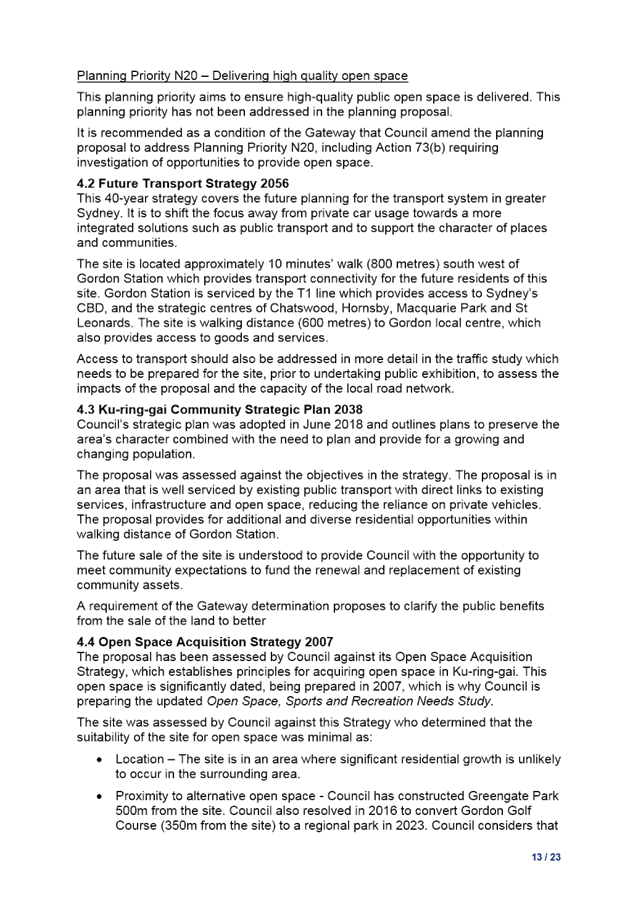

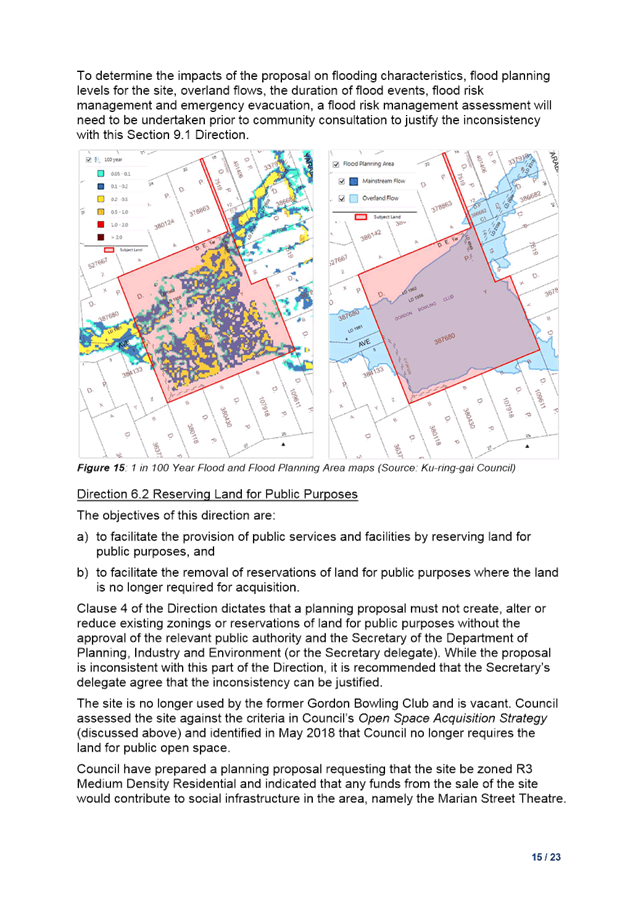
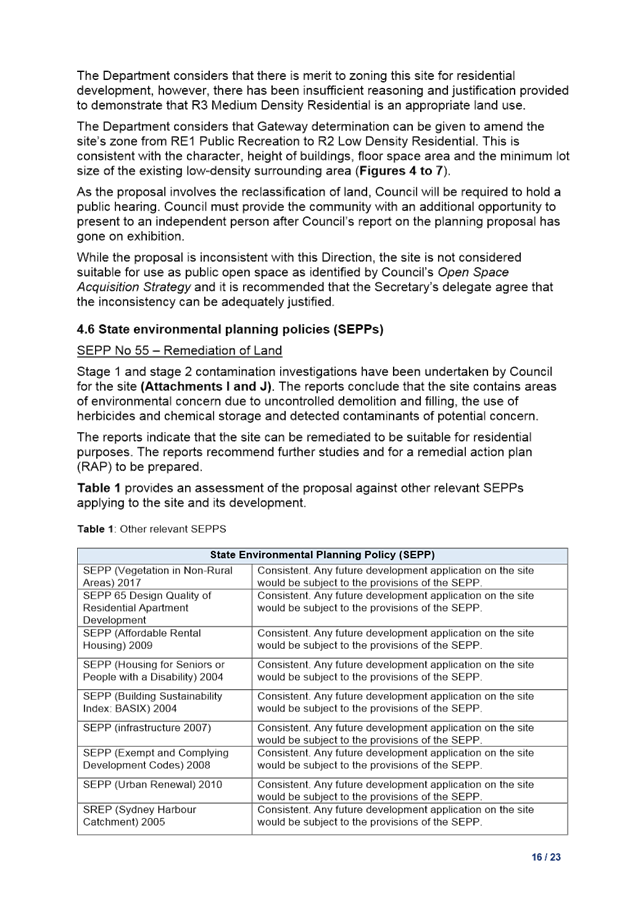
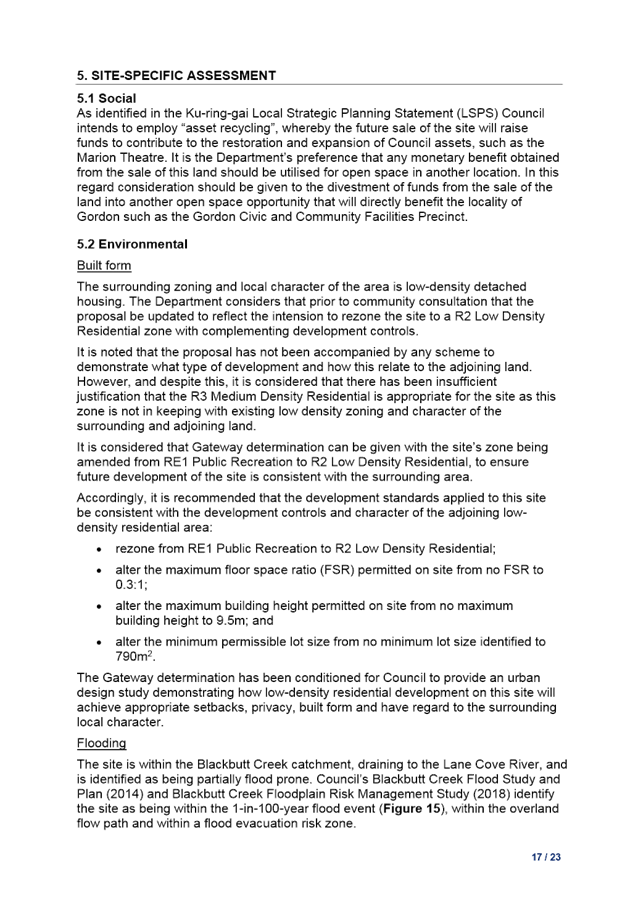
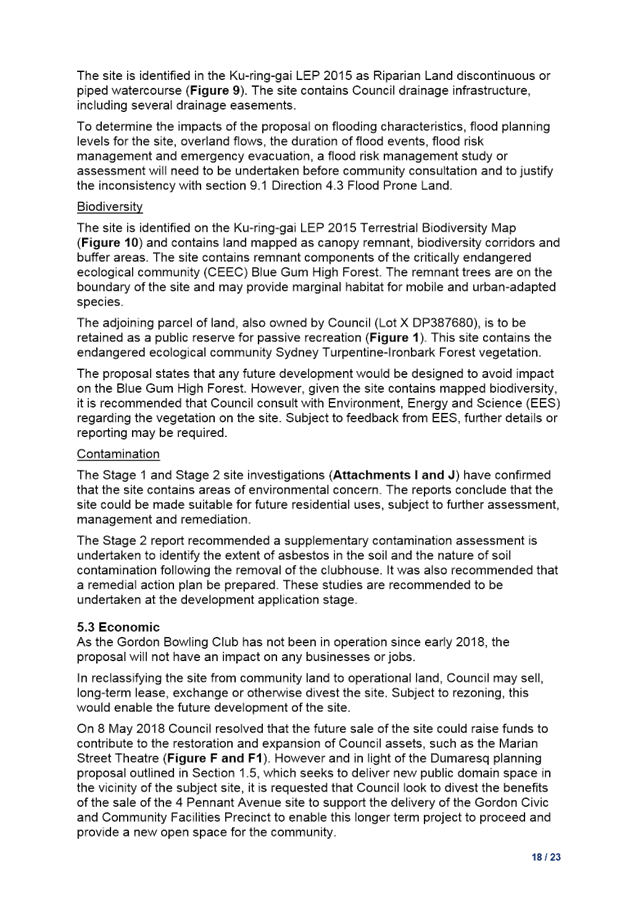

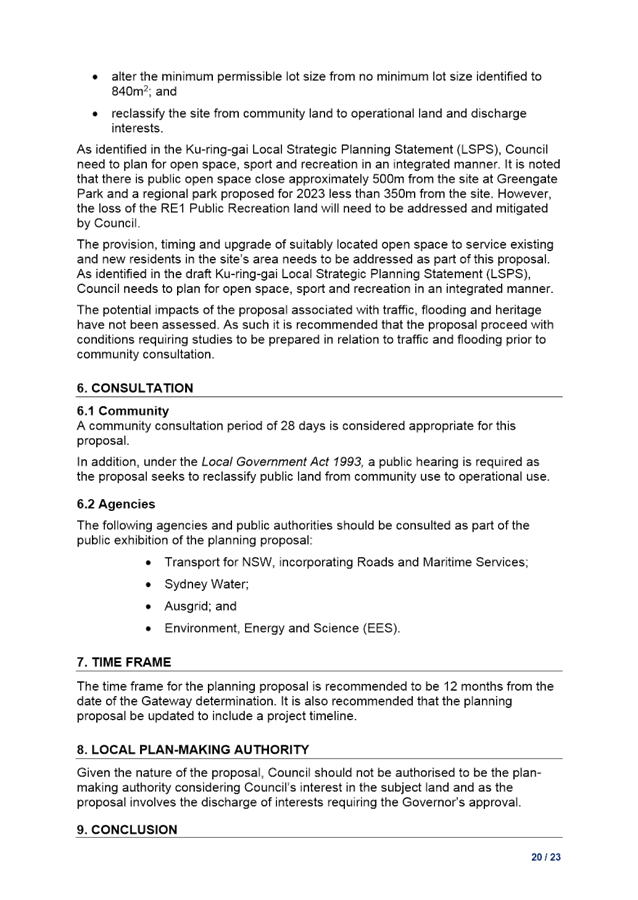
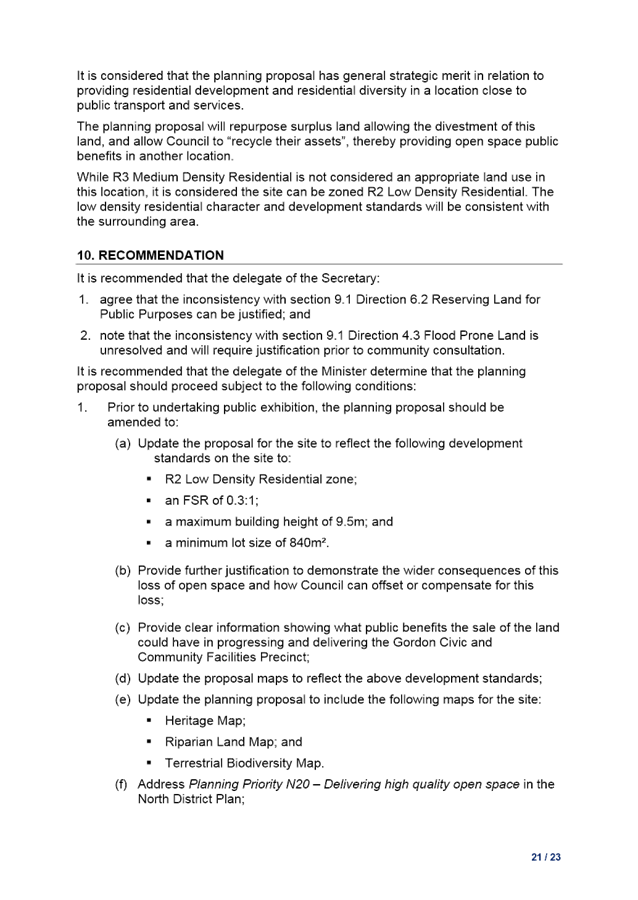
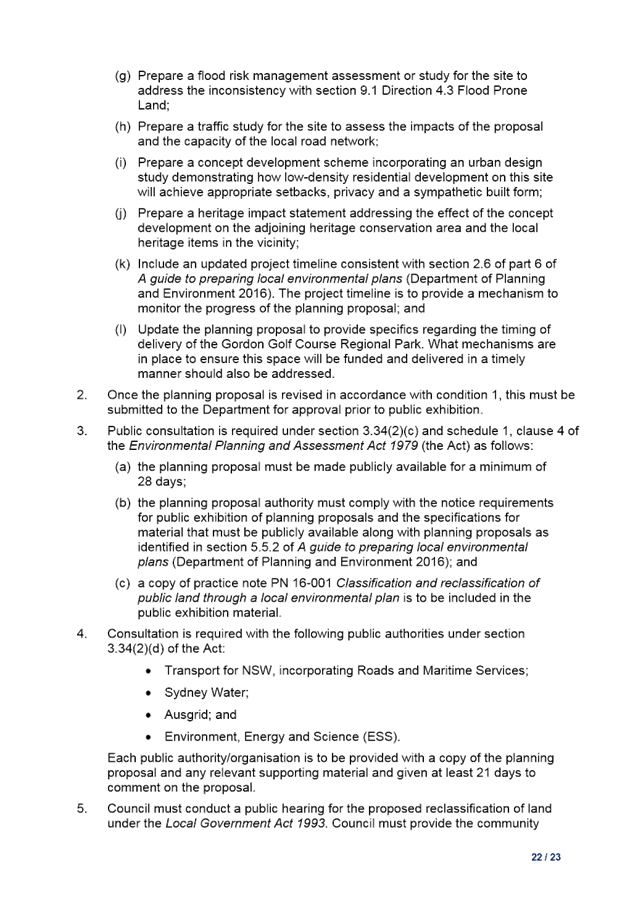

|
APPENDIX
No: 7 - Market
Advice - 4 Pennant Avenue Gordon - AEC - 27 March 2020
|
|
Item No: GB.13
|

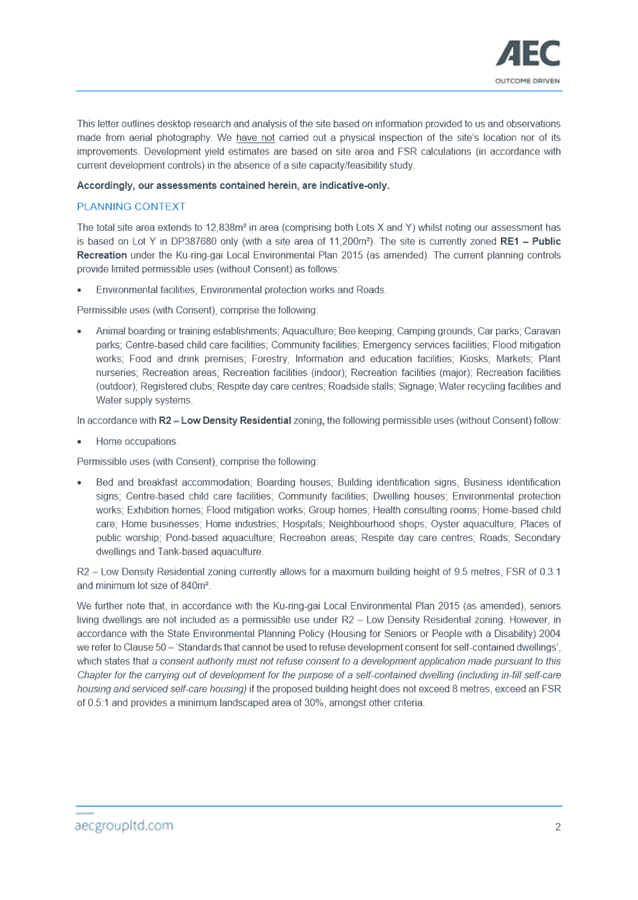

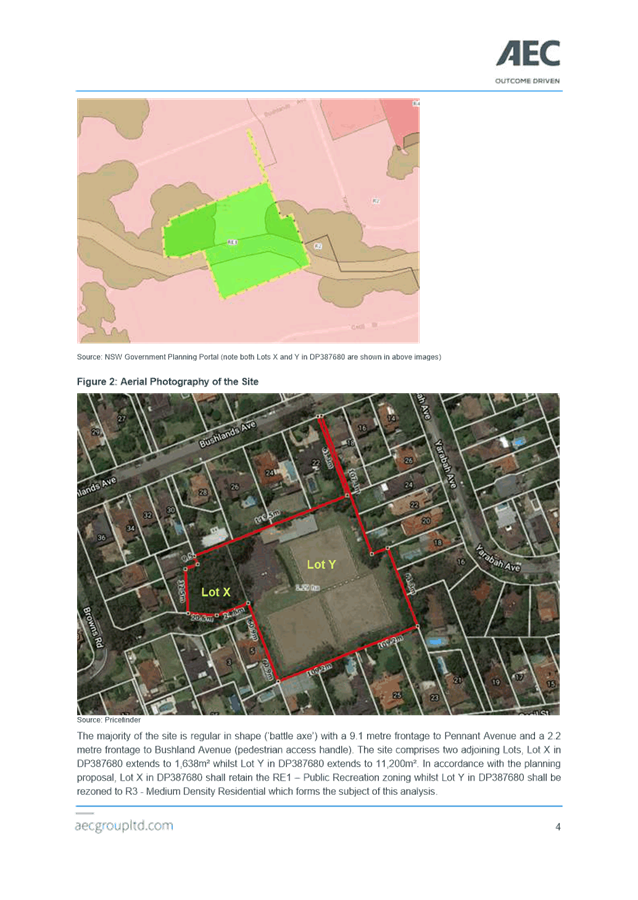
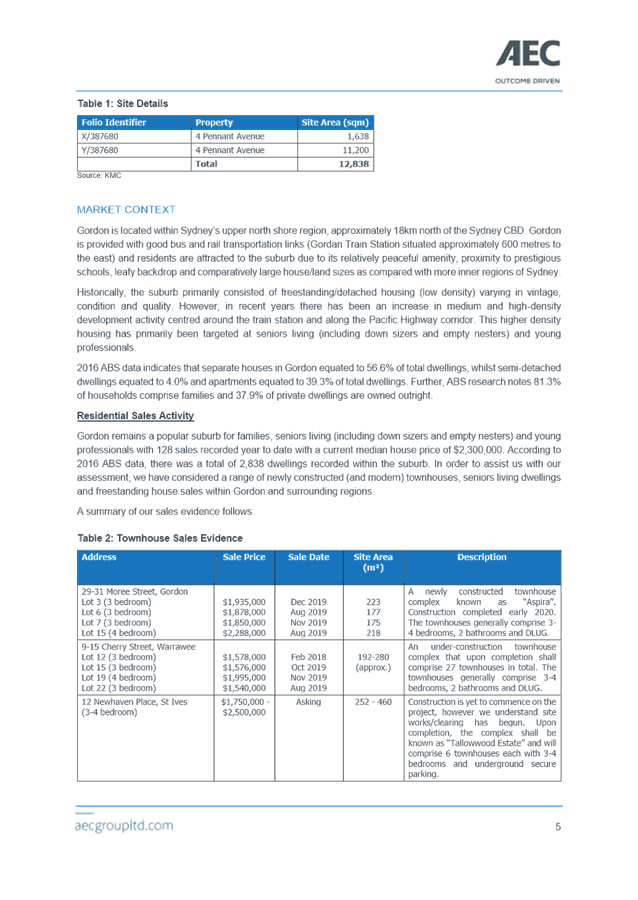
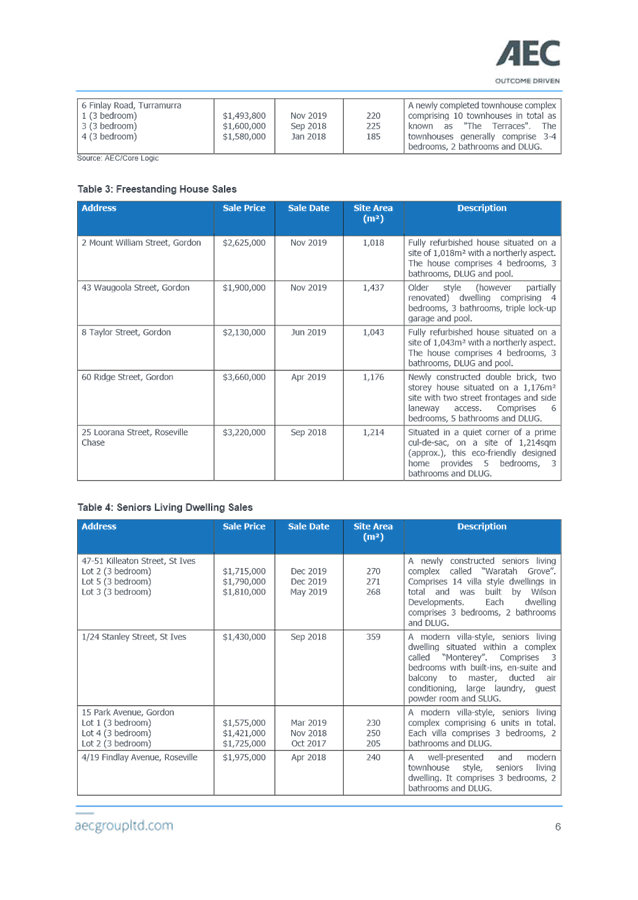
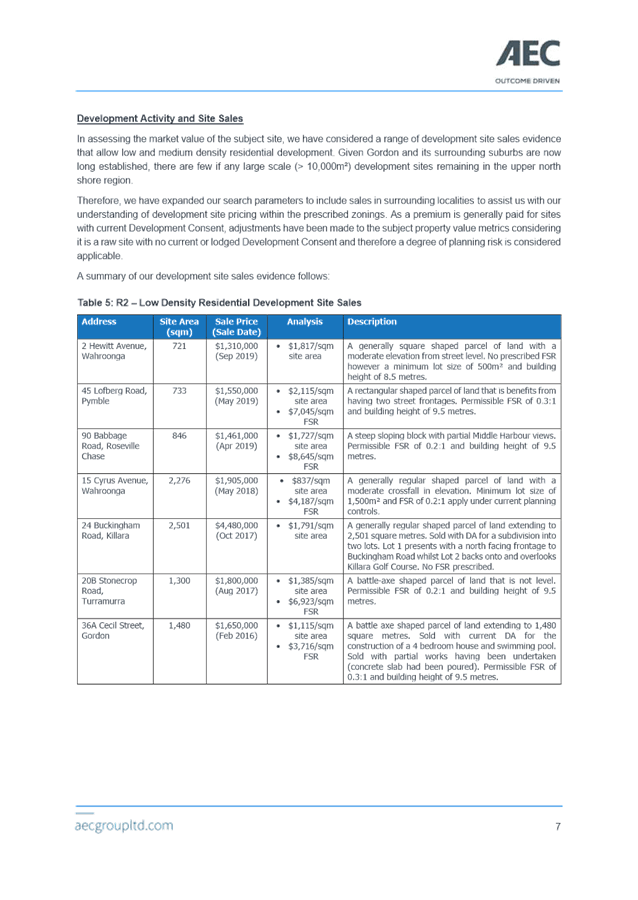
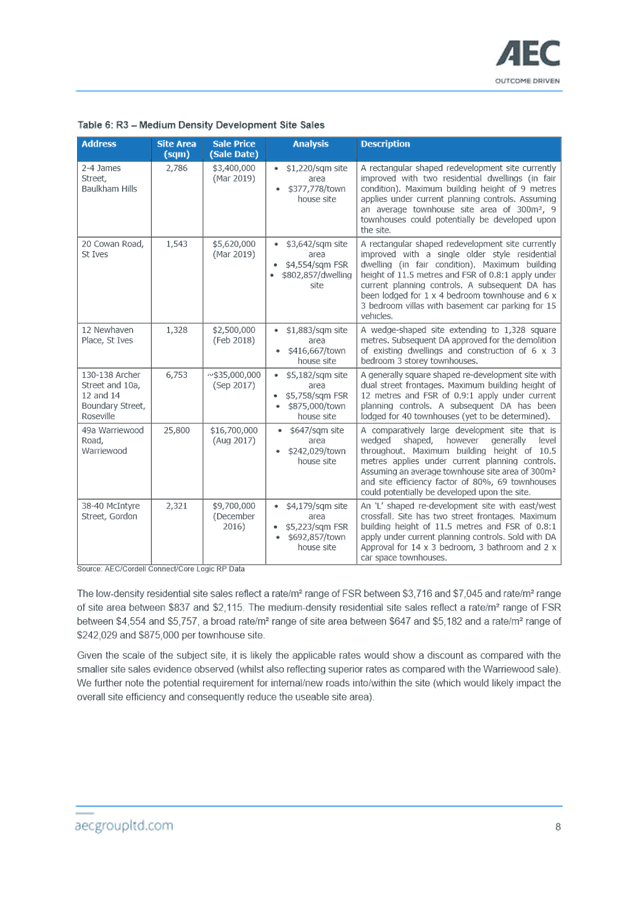
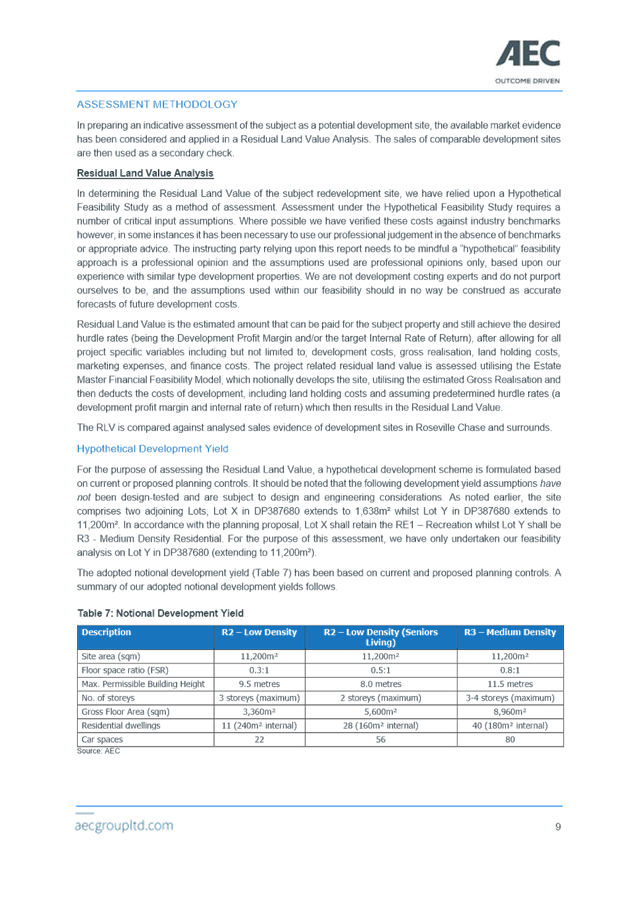
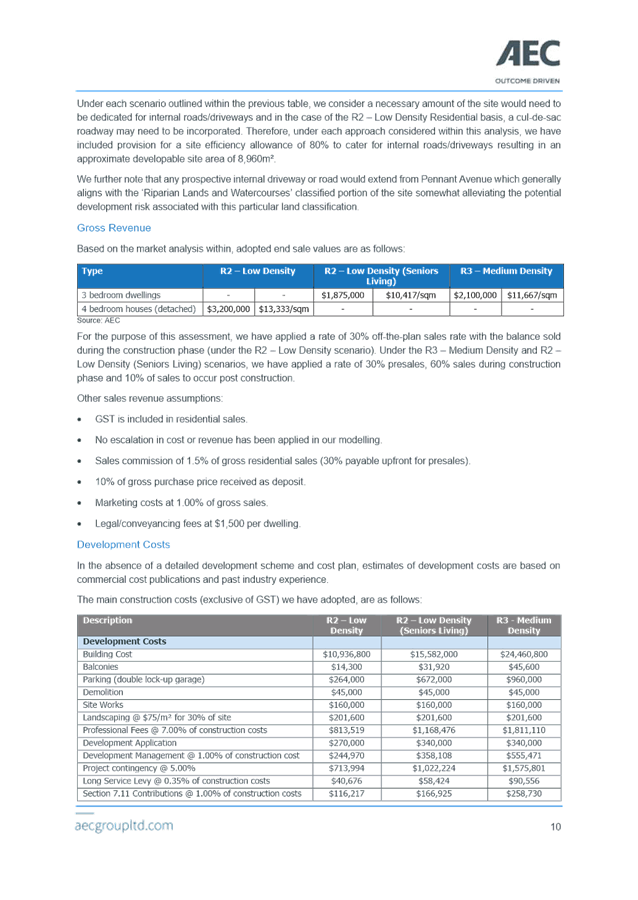
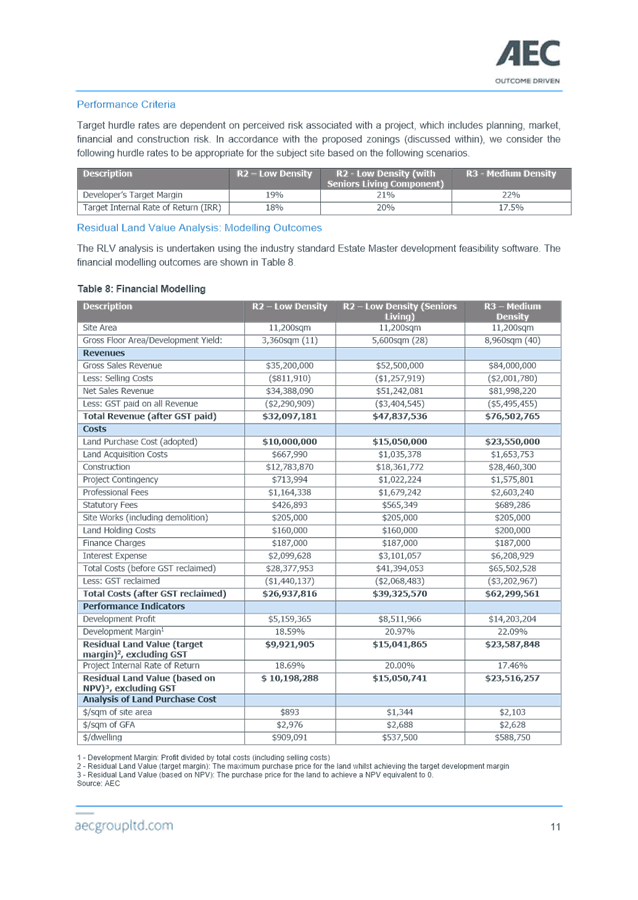
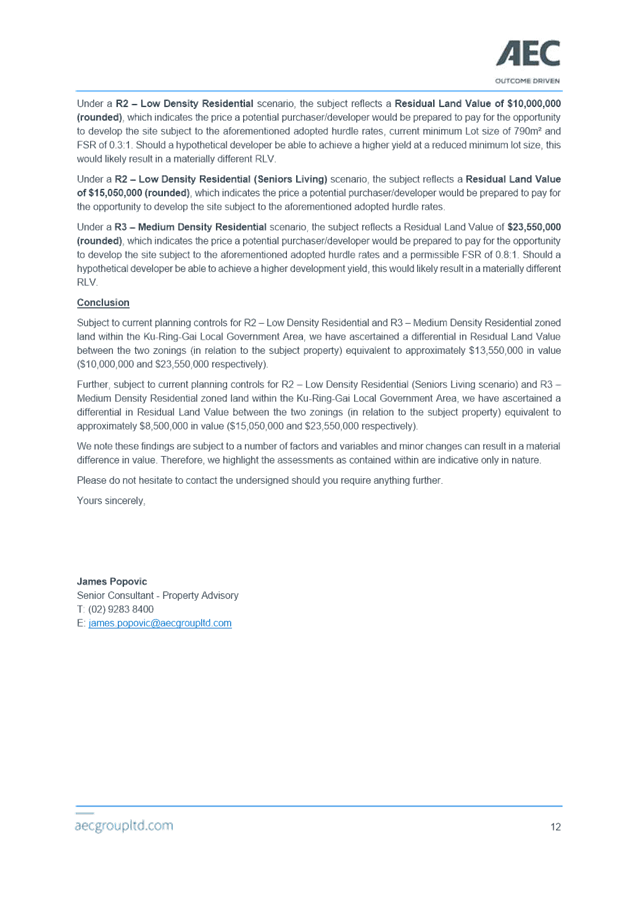
|
APPENDIX
No: 8 - Market
advice - 47 Warrane Road Roseville Chase - AEC 27 March 2020
|
|
Item No: GB.13
|
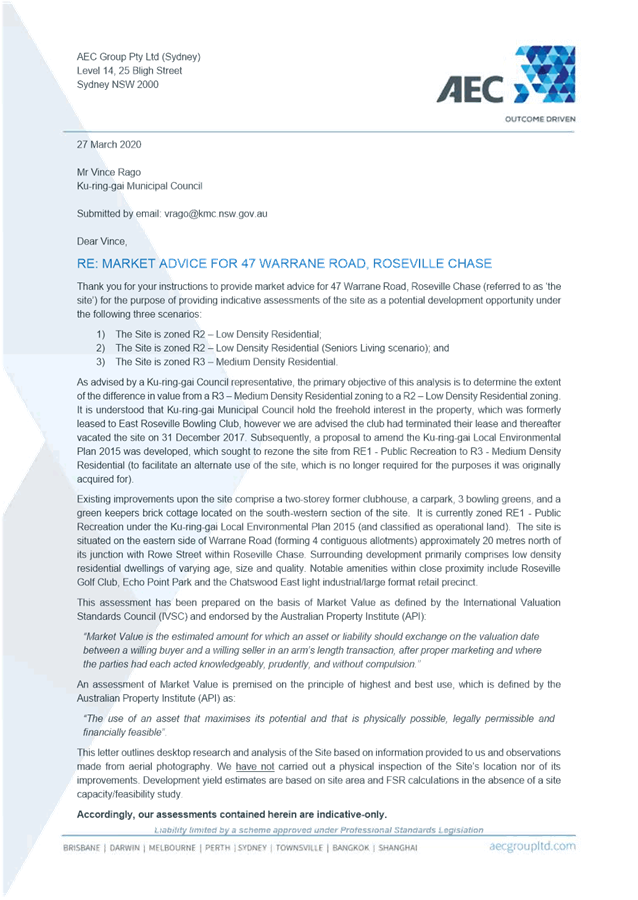


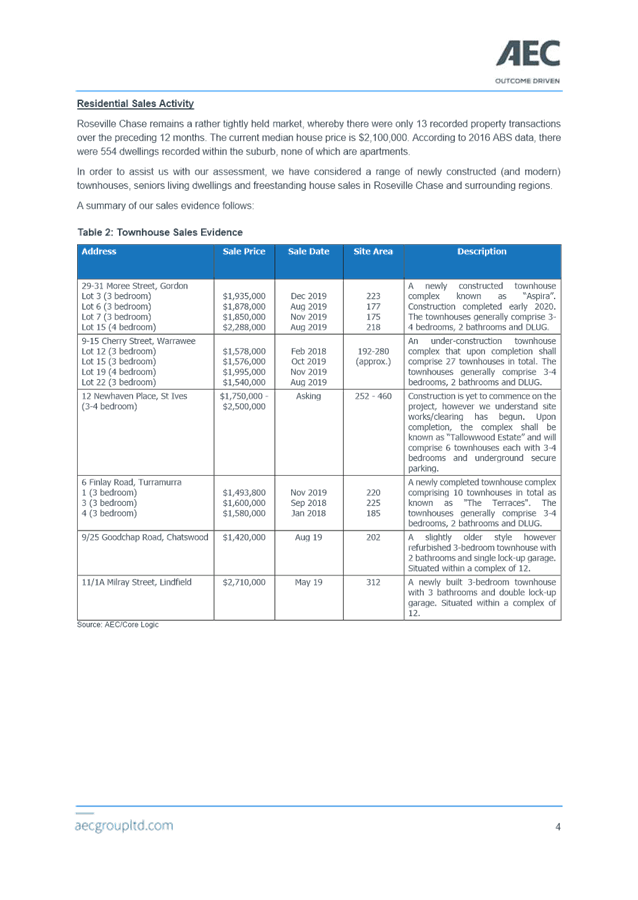

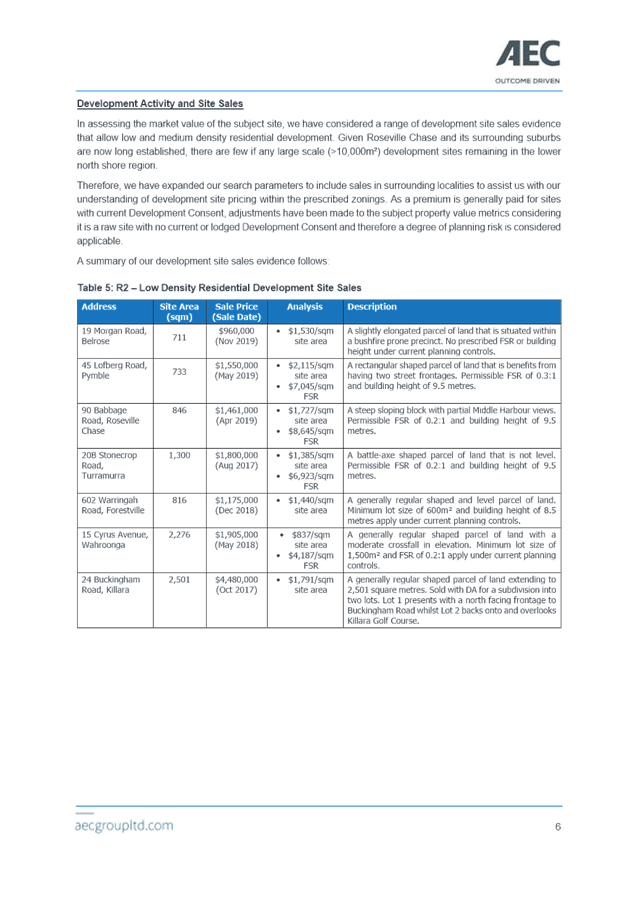
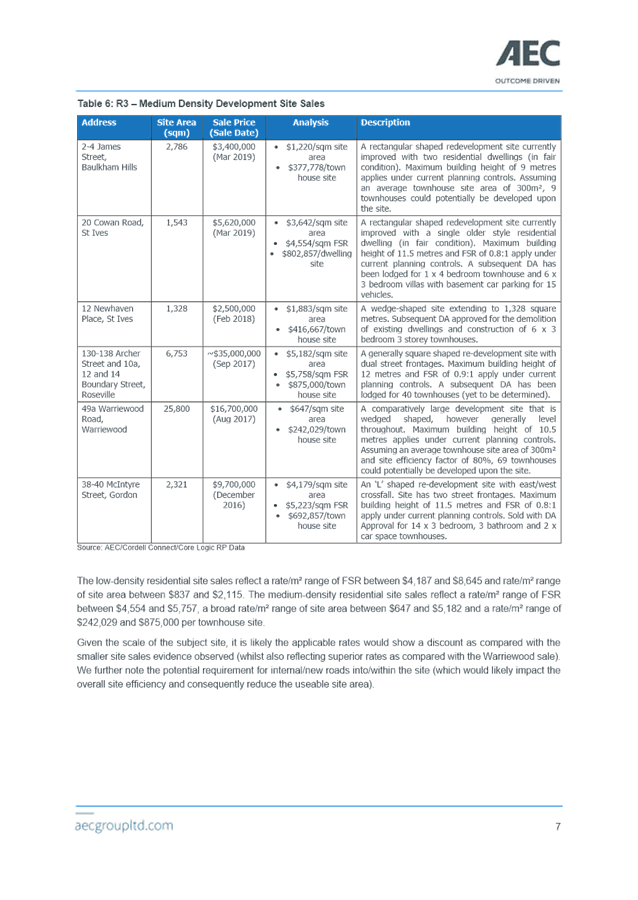
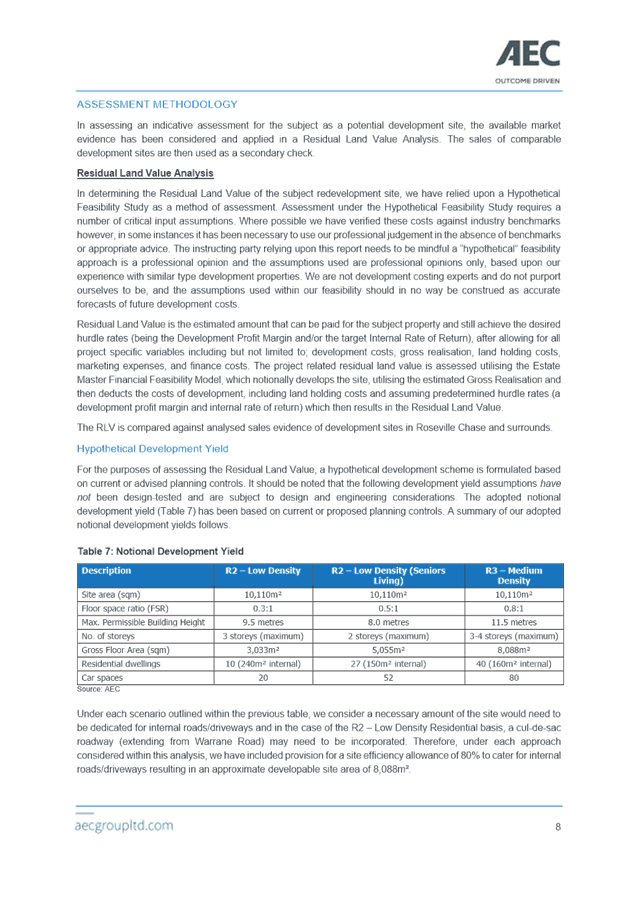
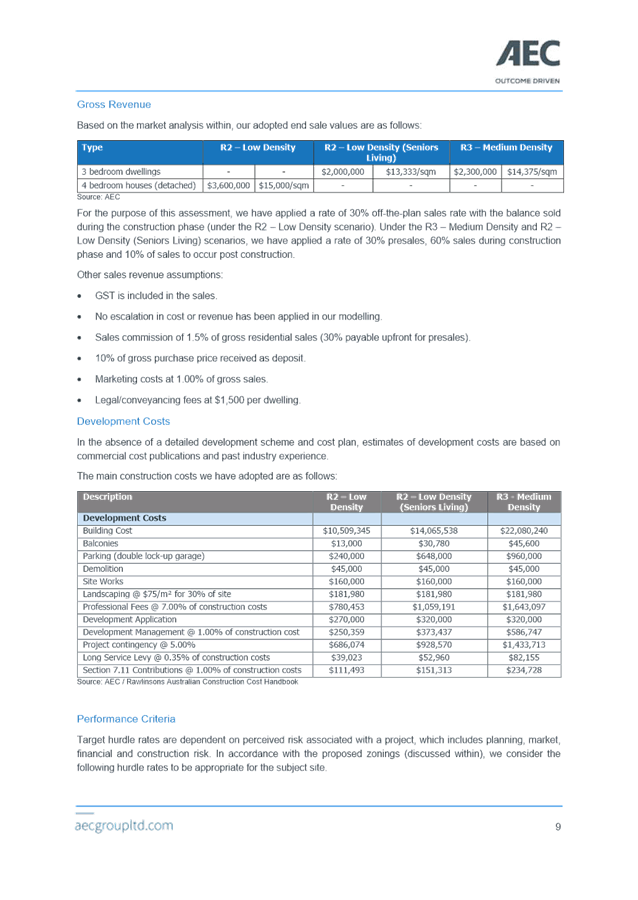
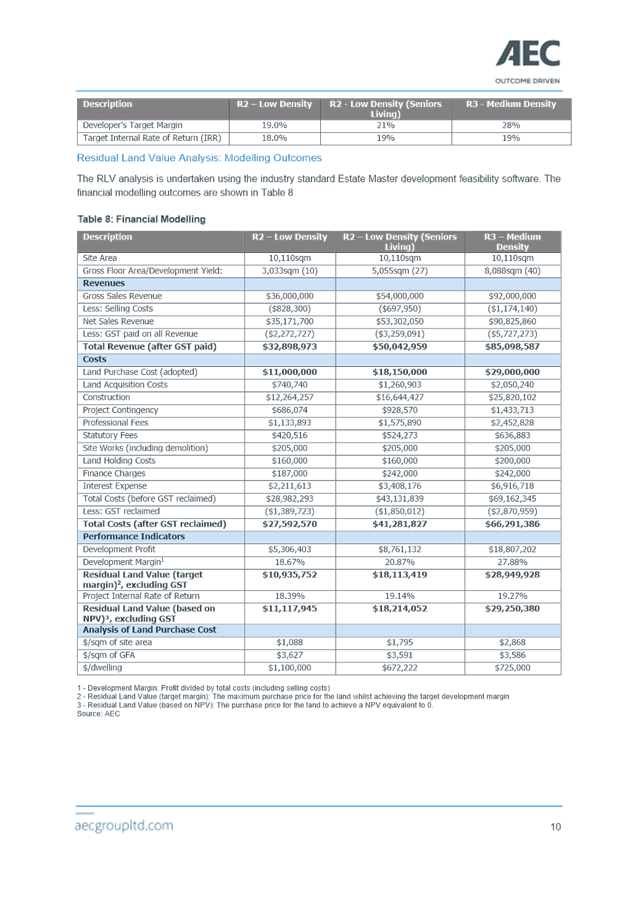
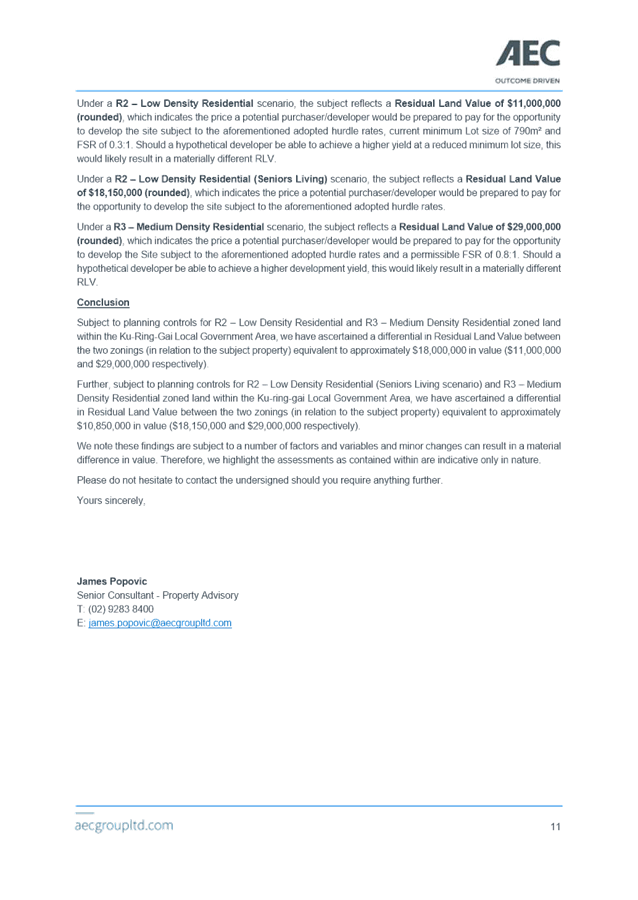
|
Ordinary
Meeting of Council - 28 April 2020
|
GB.14 / 570
|
|
|
|
|
Item
GB.14
|
S12062-3
|
EXECUTIVE
SUMMARY
|
purpose of report:
|
To seek Council approval to lodge the Marian Street
Theatre (MST) Development Application (DA).
|
|
|
|
|
background:
|
At the OMC of 26 June 2018, Council resolved, in part:
B. That
Council commits to the renewal of the Marian Street Theatre, consistent with
the recent Council resolution, and bases the renewal on a multi-purpose plan
concept.
E. That work begins
on building the revamped Marian Street ‘Theatre Plus’ within
three years.
|
|
|
|
|
comments:
|
This report seeks to update Council on the preferred
design for the Theatre and its environs and recommends approval to lodge the
DA.
|
|
|
|
|
recommendation:
|
That Council lodges the (extended) masterplan for the
Marian Street Theatre Development Application (DA) but include a request for
a partial Occupation Certificate (Staged Development) should insufficient
funds be available to implement the extended masterplan in the first stage of
refurbishment.
|
Purpose of Report
To seek Council approval to lodge the Marian Street Theatre
(MST) Development Application (DA).
Background
The MST operated as a local theatre for over 40 years until
2013 and prior to that was used as a theatre or public hall since being built
in 1906.
Council closed the Marian Street Theatre in December 2013 to
undertake urgent lighting, electrical and other associated upgrades but due to
the building’s deteriorated state, the Theatre has remained closed ever
since.
At the OMC of 26 June 2018, Council resolved as follows:
A. That
Council receives and notes the Save Marian Street Theatre Committee Business Plan
and staff continue to work with the Save Marian Street Theatre Committee and
the community, in developing plans for the renewal and future management of the
Marian Street Theatre utilising the detailed business plan submitted.
B. That
Council commits to the renewal of the Marian Street Theatre, consistent with
the recent Council resolution, and bases the renewal on a multi-purpose plan
concept.
C. That
Council recognises that within the Save Marian Street Theatre Business Plan
there is a capital funding model but it is also recognised that Council may
choose an alternative model.
D. That
Council establishes a Project Steering Committee with an agreed set of skills
to be determined.
E. That
work begins on building the revamped Marian Street ‘Theatre Plus’
within three years.
F. That
Council acknowledges and thanks the Save Marian Street Theatre Committee for
their contribution and the significant work that has been undertaken to date.
Following on from the above, at the OMC of 12 March 2019, Council
resolved as follows:
A. That Council approves a capital funding budget of
$10.5M for refurbishment of the Marian Street Theatre.
B. That Council staff commence tender documentation for
procurement and award of architectural design services to detail the
refurbishment of the Marian Street Theatre working within the approved budget.
C. Council notes that the draft Business Case and Draft
Preliminary Feasibility Report will be referred to the Marian Street Theatre
Community Reference Committee and the Major Projects Advisory Committee (MPAC)
for review prior to further consideration by Council.
Following a tender process and subsequent resolution from
Council at the OMC of 11 June 2019, a consultant team was awarded the contract
to begin design and documentation of a DA for the refurbishment works.
Comments
This report seeks to update Council on the status of the
design and associated cost estimate and recommends approval of the design to be
lodged as part of a Development Application (DA).
Vision for
Proposed Theatre Performance Spaces
The Vision for the future of Marian Street Theatre includes
the following key outcomes:
“Marian Street Theatre will be Ku-ring-gai’s
innovative new community performance space.
It will provide a stage for a diverse range of expressive
entertainers, from professional artists to talented community performers, who
will deliver a program of stimulating and engaging productions for the
community.
As well as a theatre experience visitors will enjoy cafe
facilities and multi-purpose spaces, all connecting sensitively with the
surrounding natural environment. Marian Street Theatre will honour its live
theatrical traditions.
The focus will be on content diversity, which will
include live performances, musical experiences and new productions. The goal
will be to promote creativity, originality and inclusivity for anyone who
enjoys the delight of great live performances.”
This Vision was developed with input from the Marian
Street Theatre Community Reference Committee.
Planning, Form and Massing
The Design Report at Attachment A1 outlines the
(extended) Masterplan design that has been fully documented and is now
recommended for the DA. The following is an excerpt from the Design Report:
“With a focus on building a vibrant, multi-use arts
venue with a strong focus on drama, the DA documented design includes multiple
rehearsal and performance spaces, carefully selected to build ‘a theatre
eco-system’.
Seven discrete spaces comprise
the ‘eco-system’:
· main
theatre space with 249 seats;
· experimental
theatrette space with 63 seats;
· rehearsal
space with 60 seats;
· flexible
community space with 48 seats;
· café;
· main
foyer space; and
· administration
office space.
In addition to the works above,
the development is also planned to include:
· new
vehicle access driveway; and
· outdoor
seating and informal amphitheatre.
The overall form of the building
has been constrained in footprint to match as far as possible that of the
existing theatre building, with some areas exceeding the existing footprint
such as the new Level 2 balcony, larger foyer spaces and also a new, functional
stage overrun on Level 3.
On the upper Level 2, a new
theatre foyer, bar and balcony take advantage of views and provide surveillance
opportunities for the park.
At the south-east of the
building a new vertical circulation core provides the required fire egress and
circulation upgrade for the theatre spaces to function as an
‘ecosystem’.
The eaves height of the new
addition over the stage has been set to 780mm above the existing theatre
auditorium ridge line to accommodate a functional stage overrun including stage
lighting bars, stage bridge access and mechanical plant room. The form of the
stage overrun has been shaped to complement the existing triangular facade
facing Marian Street and the new balcony. In addition this will be screened by
existing trees in the park.
A new balcony has been located
at the park facing facade directly accessible from the theatre foyer.
The balcony is comprised of a
variety of obtuse angles repeated in the veranda plan both positively and
negatively, to replicate the ‘prow’ form of the existing Marian
Street Theatre facade and is intended to build up a ‘family’ of
angled forms to unite the old and new. The angled plan shapes set up a series
of sub-spaces and vantage points for small groups to form naturally. The shapes
are distinctive, and will serve to give an identity to the new Marian Street
Theatre.
A new entry awning is also modelled to match as close as
possible to the existing awning footprint”.

Image
1. Artist’s impression of the refurbished Theatre viewed from Marian
Street.
Cost
Estimates
An independent Quantity
Surveyor (QS) has provided cost estimates for a design working within the Council
resolved $10.5m budget (now escalated to $11.2m in 2019 dollars) as well as a
cost estimate for the (extended) masterplan design that exceeds the current
budget costing approximately $16.3m.
The project has been presented a number of times to a community
reference group, briefings of Mayor & Councillors, and General Manager
& Directors. Mid-way through the design process, at completion of
‘Concept Design’, QS were instructed to run a cost estimate using
new information gained from more in depth studies including all engineering
findings (structural, mechanical, electrical, hydrology, and civil). The
building was found to be in considerably worse shape than suggested in the cost
plan of $10.5m that was adopted for renovation works. The findings of the
Concept Design Report were presented to the Mayor, Councillors, General Manager
& Directors in October 2019. A budget overrun, largely due to the cost of
upgrading infrastructure, of at least $13.7m was reported. Councillors were
made aware at that time that design and documentation was continuing with a
view to lodging a DA in early 2020.
Full documentation of the renovation works is now complete
and the DA is ready to be lodged. The design has extended beyond the original
scope (with input from the aforementioned parties) and is now considered to be
in the realm of $5m over the original adopted budget. The design and cost
estimate were presented to Councillors at the annual offsite workshop with the
General Manager and Directors on 5 February 2020. The cost estimate is included
in Confidential Attachment A2.
Following the 5 February 2020 meeting with Councillors, NS
Group were commissioned to conduct an independent review of the MST project and
present their findings and recommendations to the Major Project Steering
Committee (MPSC).
current status
Due to the increase in cost
of the project beyond the resolved budget, included in this OMC report is a
design and associated cost plan representing what could be achieved for the
(escalated) $11.2m budget. The design and cost plan represent a staged
development whereby Council could open the facility but parts of the building
would either be closed or only superficially renovated. The DA can request
permission for a ‘Condition of Consent’ to allow Occupation
Certificate (OC) for part of the application (staged development) should
additional funds not be available by the time documentation for construction is
required. See the ‘Staged’ design at Attachment A3 and the
associated cost plan at Confidential Attachment A4.
While a conceptual
‘Staged Development’ plan has been created and costed, it does not
need to be included in the DA. Staged development (partial OC) is allowed if
all BCA requirements and relevant regulations can be met (the building is safe and
accessible).
It is proposed, that during
the assessment period, the Business Case is revisited to reflect both the
$11.2m and the extended masterplan $16+m Options. This will give Council
additional information by which to make a decision on the preferred
construction budget and also time to consider additional funding sources (see
below). It should be noted that this review has already been commissioned and
is underway.
Prior to commencing detailed
design for construction (which would not begin until after development consent
is achieved) a construction budget must be determined. The construction
documentation can then be tailored to delivery within the set budget.
Following the independent
review of the project by NS Group, at their meeting on 27 March 2020 the MPSC
made the following recommendations:
a) That
MPSC approves reporting to Council recommending lodging the DA. The report is
to contain an alternate design that can be delivered for the original budget
should additional funds not be available to deliver the whole masterplan;
b) That
during the DA assessment period, the MST Business Case is updated to study the
Staged Development currently valued at some $11.2m budget as well as the
holistic extended masterplan considered to cost some $16.3m.
c) That
the MPAC is updated on the project prior to reporting to Council.
The Major Project Advisory Committee (MPAC) have reviewed
the project and have submitted their report (11 April 2020) for the MPSC to
review thereby satisfying the MPSC recommendation (c) above. This
MPAC report is being provided to Councillors separately from the business
paper.
Funding source
Beyond
funding of the project from future asset sales, the extended masterplan offers
rejuvenation and extension of Selkirk Park which is considered to offer open
space improvements that qualify for s.7.11 funds (formerly s.94). This
additional funding source is to be further explored and quantified during the
DA assessment period. External landscape works are estimated to cost some $1.2m
over the $11.2m staged internal works but are fully included in the extended
masterplan $16+m cost estimate.
Project plan AND KEY DATES
|
Key Activities
|
Target Date
|
Status
|
|
Site Investigation Report
|
Nov 2018
|
Completed Nov 2018
|
|
Feasibility & (Draft) Business Case
|
Feb 2019
|
Completed March 2019
|
|
Council commits to preferred development Option and $10.5m
budget
|
Mar 2019
|
Resolution at the OMC of 12 March 2019
|
|
Tender and commence DA Documentation
|
Apr 2019
|
Tender process was
run and DA documentation commenced July 2019
|
|
Lodge DA
|
Nov 2019
|
Due to the extended
DA notification period over Xmas and additional design complexities (such as
fire engineering), the DA was ready for lodgement at the end of January 2020.
|
|
Receive Development Consent
|
Aug 2020
|
Unlikely depending on the lodgement date and the length of
the DA assessment
|
|
Detailed Design to CC
|
Jan 2021
|
Pending DA
assessment period
|
|
Tender and award contract for construction
|
Mar 2021
|
TBA
|
|
Commence construction
|
May 2021
|
TBA
|
integrated planning and reporting
Community,
people and culture
|
Community Strategic Plan
Long Term Objective
|
Delivery Program
Term Achievement
|
Operational Plan
Task
|
|
C1 - Community Wellbeing
|
C1.1 An equitable and
inclusive community that cares and provides for its members.
|
Our community facilities
are accessible and function as cultural hubs to attract a range of users
|
|
C2 - Cultural Diversity and Creativity
|
C2.1 A harmonious community that respects, appreciates,
celebrates and learns from each other and values our evolving cultural
identity.
|
Ku-ring-gai's rich cultural diversity and creativity is
celebrated through programs and events.
|
|
C4 - Healthy Lifestyles
|
C4.1 A community that embraces healthier lifestyle choices
and practices.
|
A range of cultural, recreational and leisure facilities
and activities are available to encourage social interaction and stimulate
everyday wellbeing.
|
|
P8 Improving the standard of our infrastructure
|
P8.1 An improved standard of infrastructure that meets the
community’s service level standards and Council’s obligations as
the custodian of our community assets.
|
Our public infrastructure and assets are planned, managed
and funded to meet community expectations, defined levels of service and
address inter-generational equity.
|
|
|
|
Programs for infrastructure and asset maintenance
management are delivered in accordance with the adopted Asset Management
Strategy and Plans.
|
Governance Matters
The Council resolution of 8
May 2018 placed the renewal of the Marian Street Theatre in the Long Term
Financial Plan. Resolution from the OMC of 26 June 2018 confirmed Councils
resolve to re-establish the theatre.
Risk Management
Key risks are summarised as follows:
Risk 1 – No ‘asset sale’ funds are
available for construction of the project
There is a risk to Council’s broader financial
position if asset sales are not achieved to fund the project as currently reflected
in Council’s Long Term Financial Plan and Operational Program and
Delivery Plan.
Risk 2 – The final design exceeds the budget
At the time of achieving
development consent, a budget for renovation works is required to be finalised
whether it is for a staged implementation or to execute the holistic (extended)
master plan. Construction documentation is then to be actively managed through
progressive cost estimates to ensure the project stays within budget. Should
tenders for construction exceed the budget a report outlining options would be
submitted to the Council of the day requesting amendments to the design or
additional funding.
Risk 3 – Delay in lodgement of the DA (February 2020)
may have jeopardised the possibility of commencing construction works by mid-
2021
Additional reporting required
of this project prior to lodging the DA may have already jeopardised the
Council resolution to commence construction works by June 2021.
Risk 4 – Council reputation if the project is not
delivered
Council’s reputation is not at risk from its decision
to proceed with the project, rather, there is a reputational risk if the
project is not delivered.
Financial Considerations
Council resolved on 8 May 2018 to undertake
the renewal of Marian Street theatre and to allocate funds to the project in
the long term financial plan (LTFP). As per the resolution, the project is to be
funded by asset sales.
A project account (cost centre) has been
established. Reserve funds have been drawn down to progress the design phase to
achieve consent for development (Development Application). However, there is
currently no (asset) funding source identified (isolated or quarantined) for
this project.
Subject to asset sales proceeding, Council
can make a decision about the timing and budget for construction at the time of
achieving development consent (approved DA). However, it should be noted
that
Council’s draft budget for 2020/21 is the
subject of a separate report to this Council meeting and includes funding for
this project.
The proposed capital budget for refurbishment of the
Marian Street Theatre is estimated at $16.2 million phased over two years
funded from the following sources: asset sales $14.8 million, general revenue
$1.4 million . This is an increase of $5.7 million from the approved budget of
$10.5 million. As mentioned previously in this report, there may be an
opportunity to provide funding from s.7.11 and the amount required from asset
sales.
The chart below shows the budget phasing and the
funding sources proposed. It must be noted that a budget allocation has been
approved by Council for the current financial year (2019/20) for commencement
of tender documentation and design services. For 2021/22 a total of $5 million
is allocated to the project.
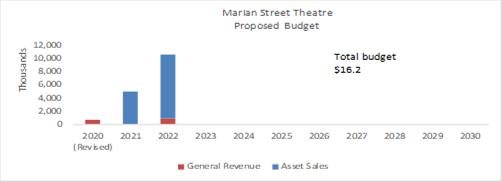
Social Considerations
The proposal will achieve the following positive social and
economic outcomes:
· provide new and
improved creative, performance and community spaces, as well as (possibly) a
new cafe for use by the broader community;
· provide improved
accessibility for people with disabilities and building upgrades in line with
current BCA, access and fire safety standards;
· provide
improvements to the public open space known as Selkirk Park; and
· ensure the ongoing
use of the Marian Street Theatre, which is currently vacant and disused.
The provision of additional community infrastructure,
providing both indoor and outdoor community spaces will ensure that the Marian
Street Theatre becomes a vibrant and popular place to meet and recreate for all
ages.
Environmental
Considerations
There are no environmental issues arising from this report. All
environmental impacts have been considered and will be assessed as part of the
DA/development consent process.
Community
Consultation
Consultation with the
community has occurred on numerous occasions with regard to the provision of
live theatre in Ku-ring-gai.
Specific to this project, Council established a Marian
Street Theatre Committee Reference Group. The reference group consists of
Councillors, members of the Save Marian Street Theatre Committee, theatre and
arts cultural specialists, and members of the community. This committee has an
ongoing role of informing the direction and outcomes of the rejuvenated
theatre. The reference group have met on the following occasions:
· 14 November 2018;
· 06 February 2019;
· 10 July 2019; and
· 09 October 2019.
An event day was also held in Selkirk Park on Sunday, 17
November 2019 to inform the broader community of progress with design of the
project.
Further community consultation will be undertaken as part of
due process through public notification of the DA.
Internal Consultation
GMD is the project owner and sponsor of the project.
The Major Projects Steering Committee and Major Project
Advisory Committee have been informed and have had input into advancement of
the project.
Summary
Full DA documentation of the renovation works is now
complete and the DA is ready to be lodged. The design has extended beyond the
original scope and is now considered to be in the realm of $5m over the
original budget. Due to the increase in cost of the project, included in this
report is a design and associated cost plan representing the (escalated)
original $11.2m budget. The design represents a staged development whereby
Council could open the facility but parts of the building would either be
closed or only superficially renovated. The DA can request a ‘Condition
of Consent’ to allow Occupation Certificate (OC) for part of the
application (staged development – partial OC) should additional funds not
be available by the time documentation for construction is required.
While a conceptual
‘Staged Development’ plan has been created and costed, it does not
need to be included in the DA. Staged development (partial OC) is allowed if
all BCA requirements and relevant regulations can be met (the building is safe
and accessible).
Prior to commencing detailed design for construction (which
would not begin until after development consent is achieved) a budget must be
determined. The construction documentation can then be tailored to delivery
within the set budget.
It is proposed, that during
the DA assessment period, the Business Case is revisited to reflect both the
$11.2m and the (extended) master plan ($16+m) Options. This will provide
Council with additional information by which to make a decision on the
construction budget and also allow time to consider potential additional
funding sources.
|
Recommendation:
A. That
Council approve the (extended) masterplan design to be used for the
Development Application with an understanding that a lesser budget could
deliver part of the design through a staged development.
B. That
Council note that during the DA assessment period the MST Business Case will
be updated to study the (escalated) $11.2m budget as well as the holistic
(extended) masterplan considered to cost some $16.3m.
|
|
Dean Payne
Project Leader – Strategy & Environment
|
Andrew Watson
Director Strategy & Environment
|
|
Attachments:
|
A1 ⇩ ⇩
|
MST
DA Design Report
|
|
2020/052837
|
|
|
A2
|
MST
Extended Masterplan Cost Estimate
|
|
Confidential
|
|
|
A3 ⇩ ⇩
|
MST
Staged Development Architecture Drawings
|
|
2020/102159
|
|
|
A4
|
MST
Staged Development Cost Plan
|
|
Confidential
|
|
APPENDIX No: 1 - MST
DA Design Report
|
|
Item No: GB.14
|



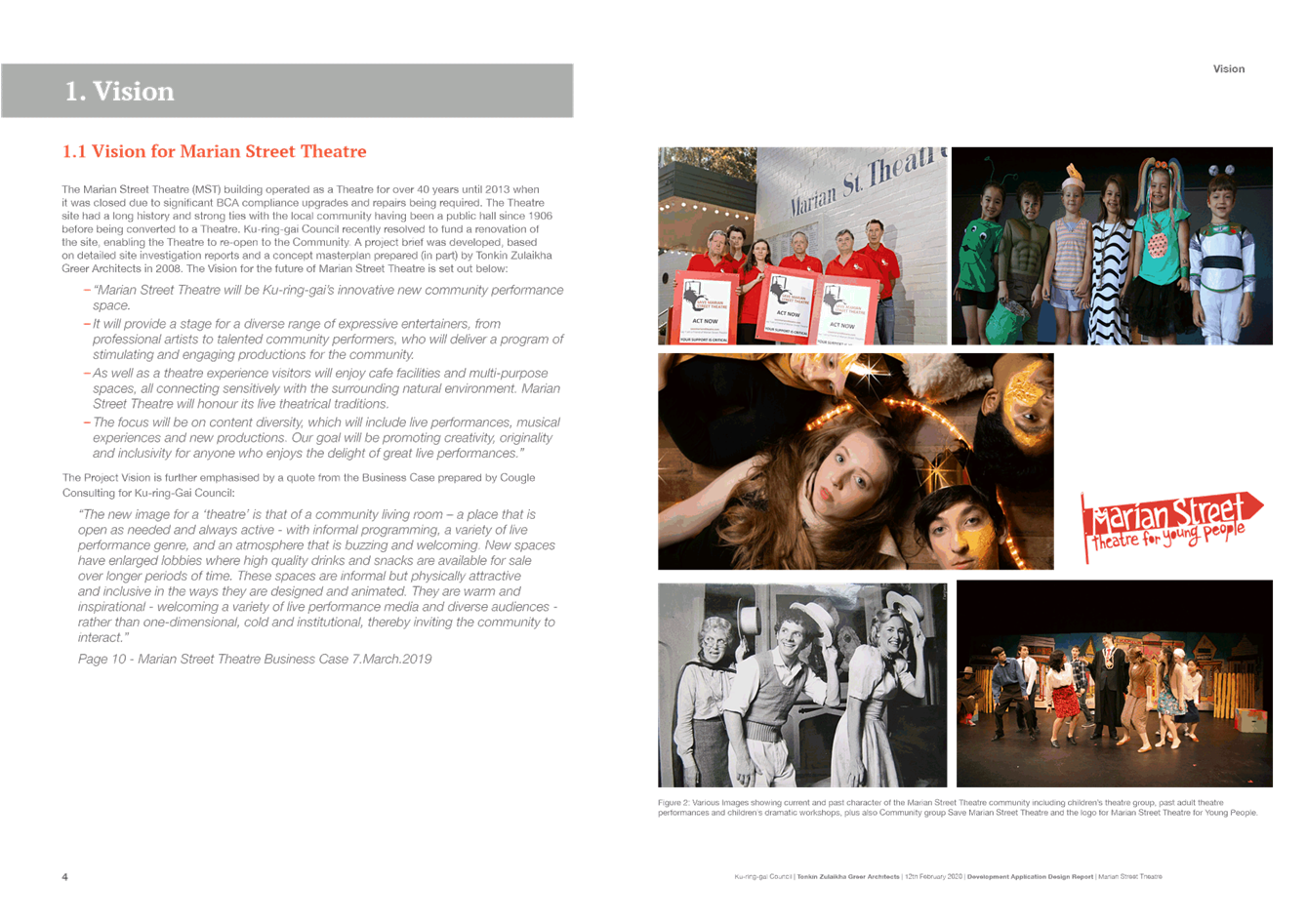

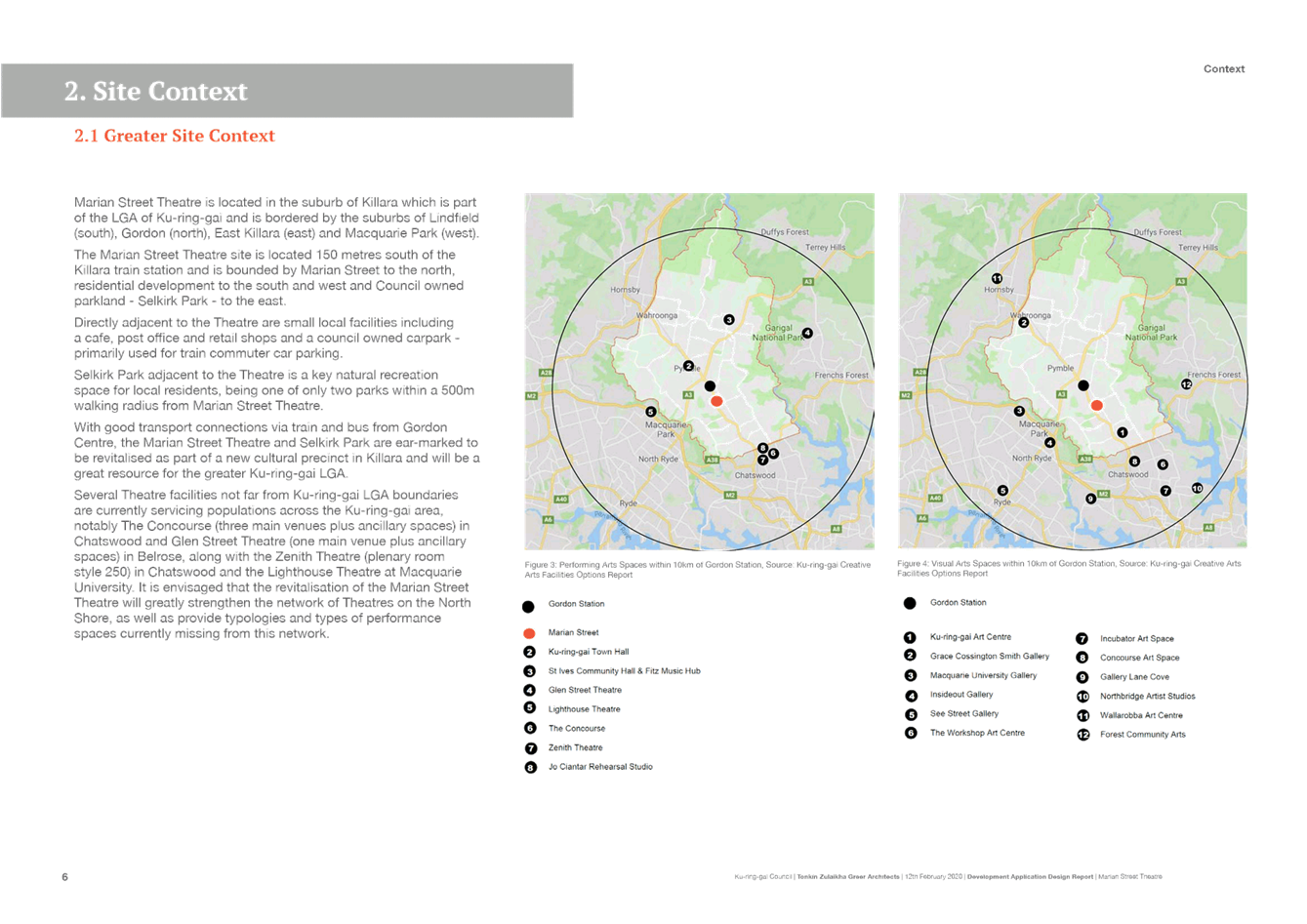


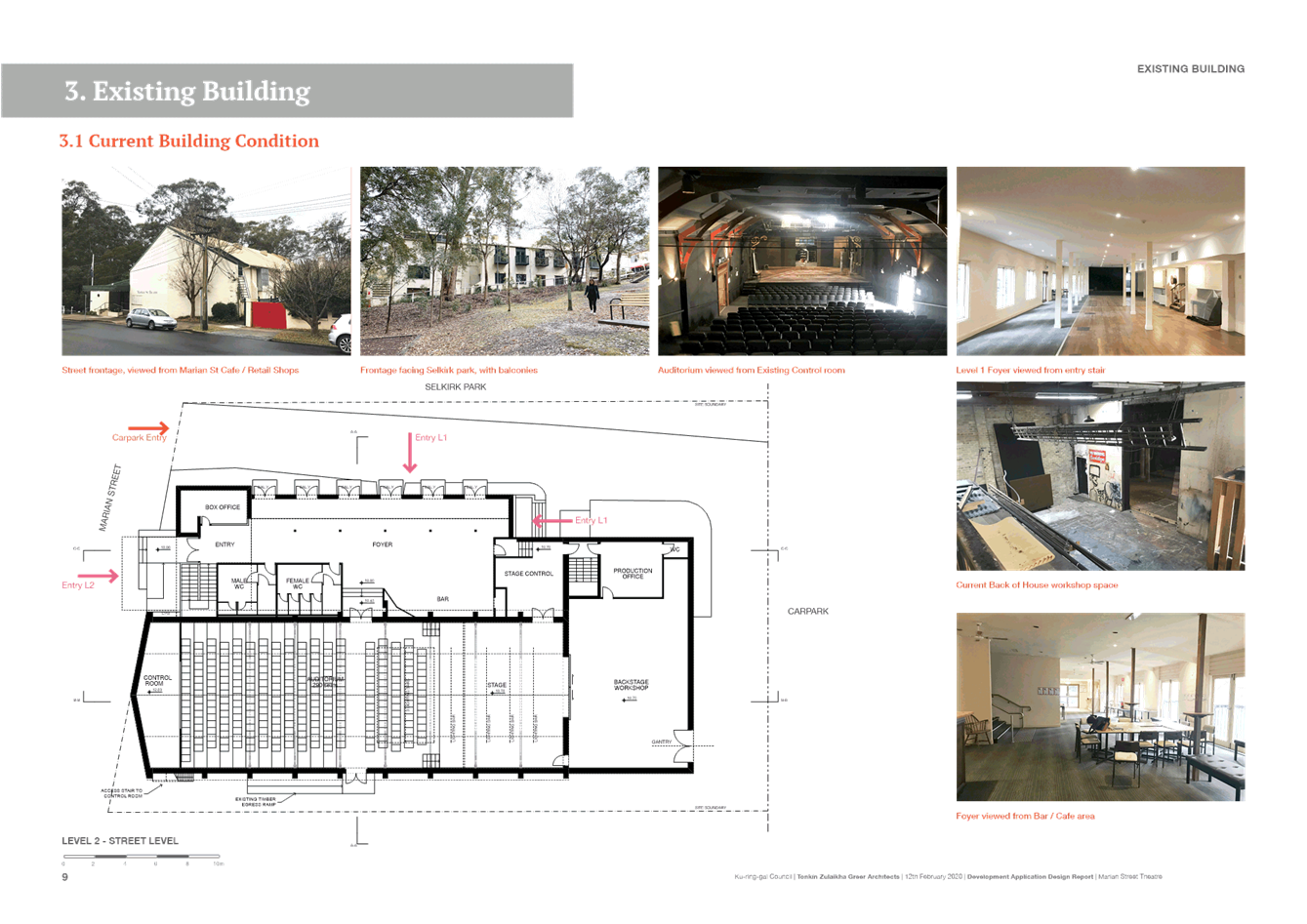

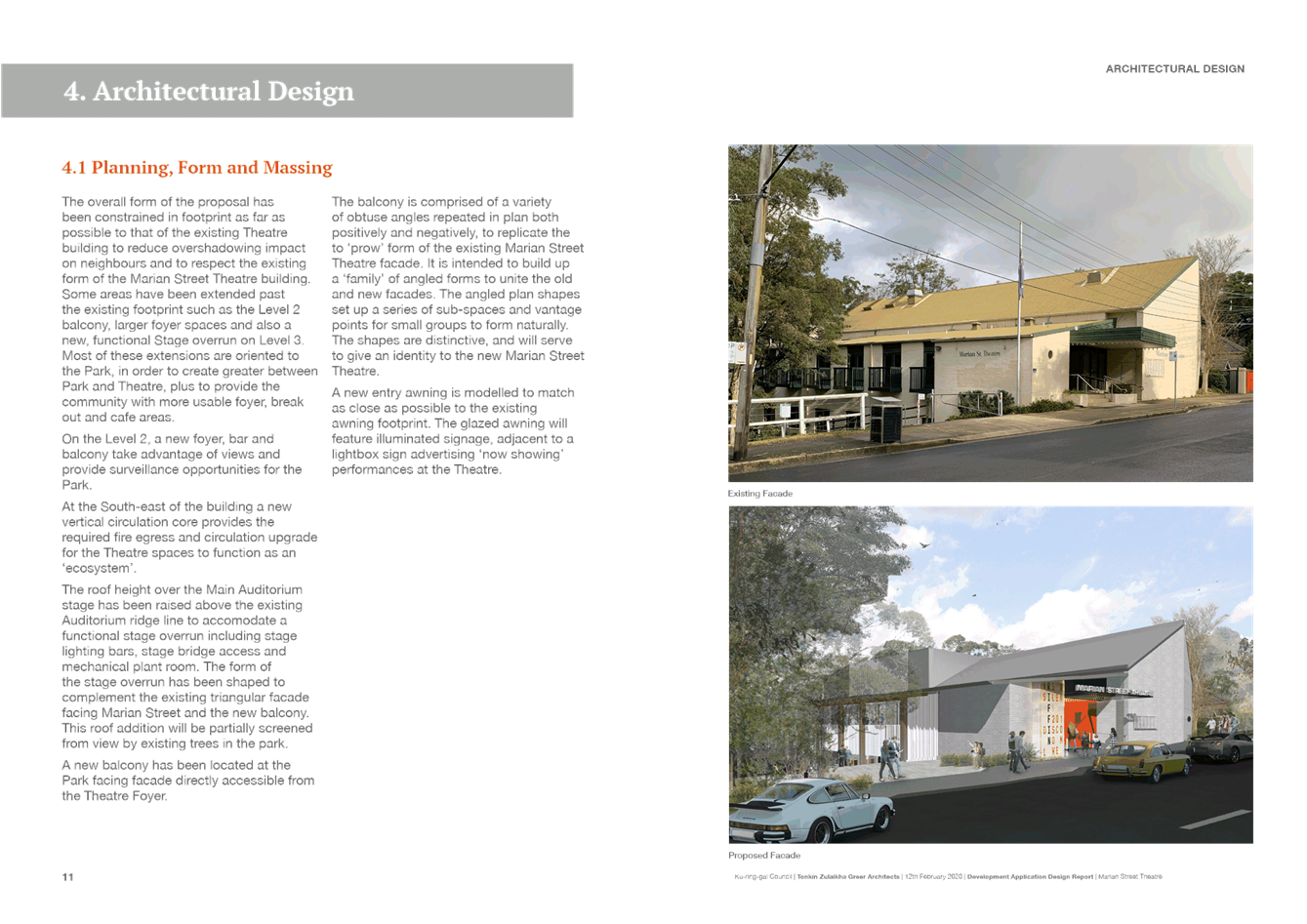
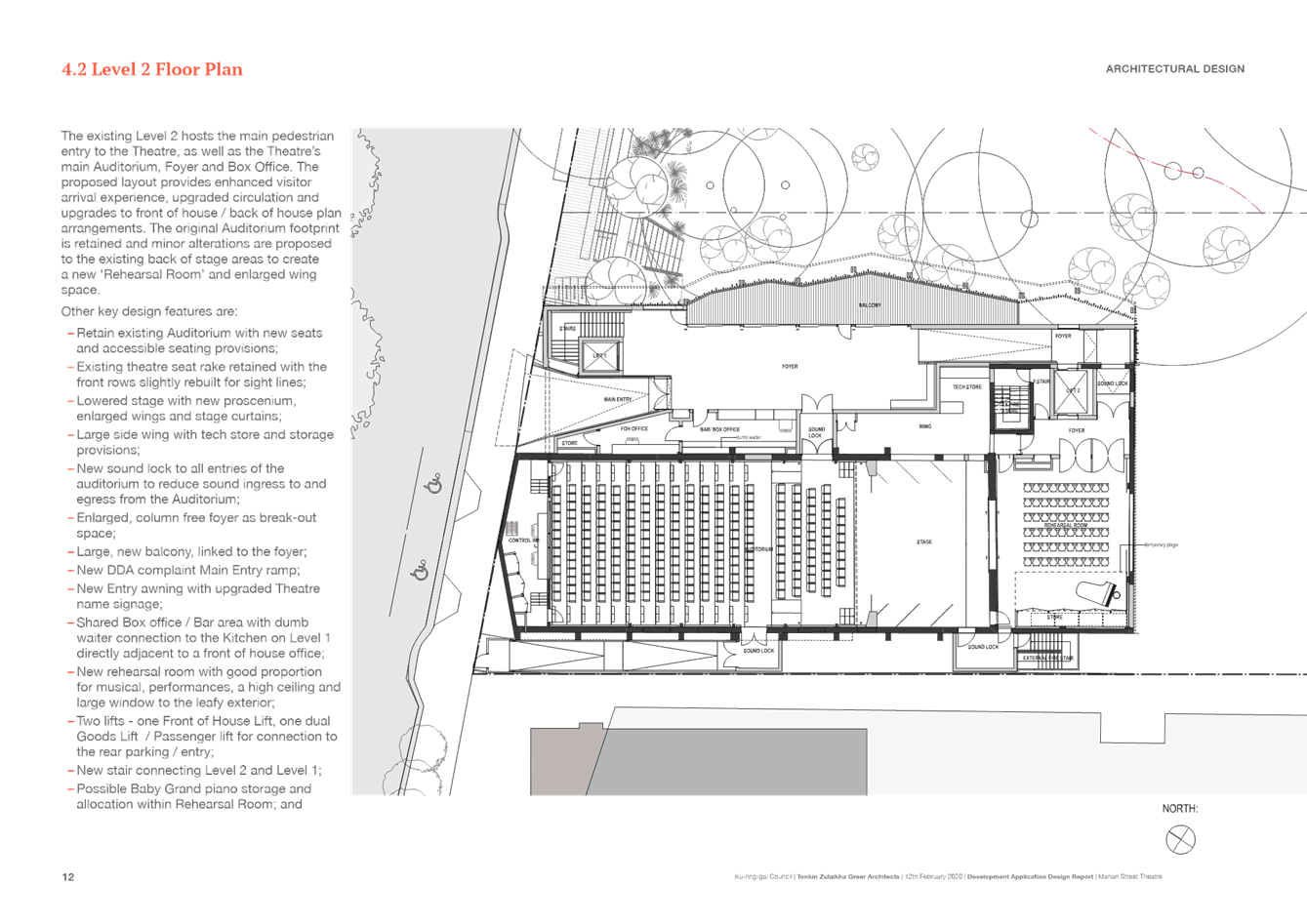
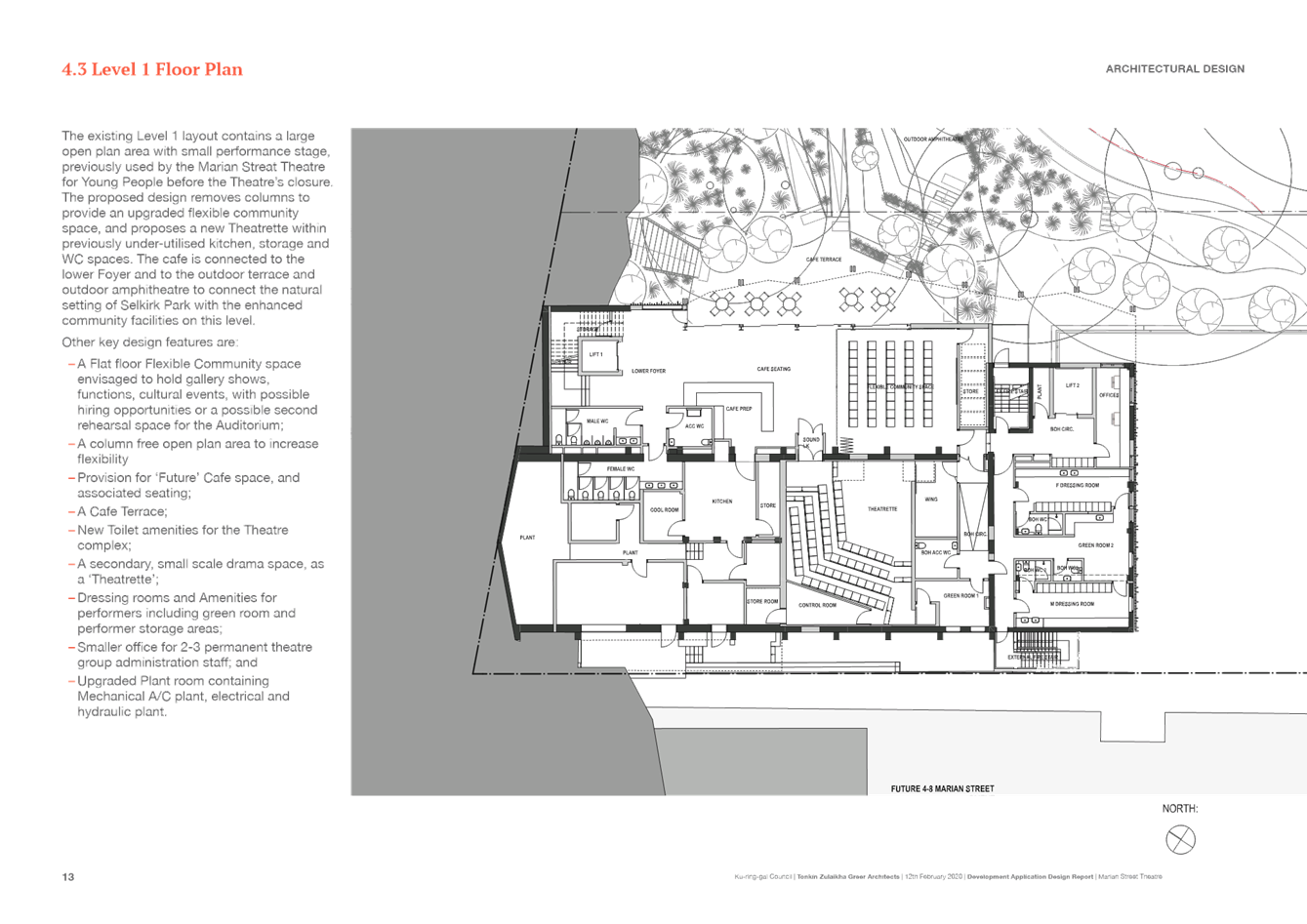
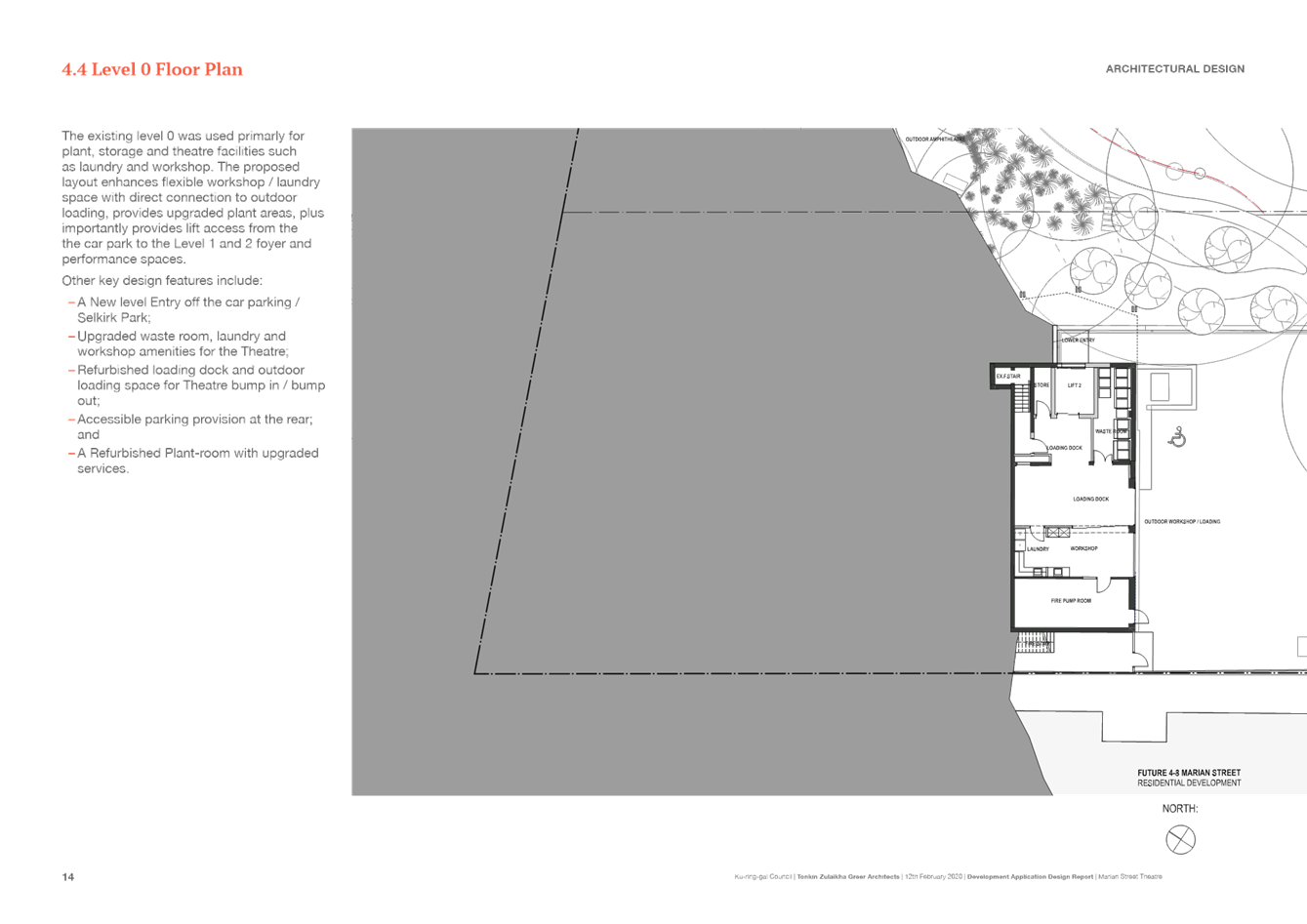
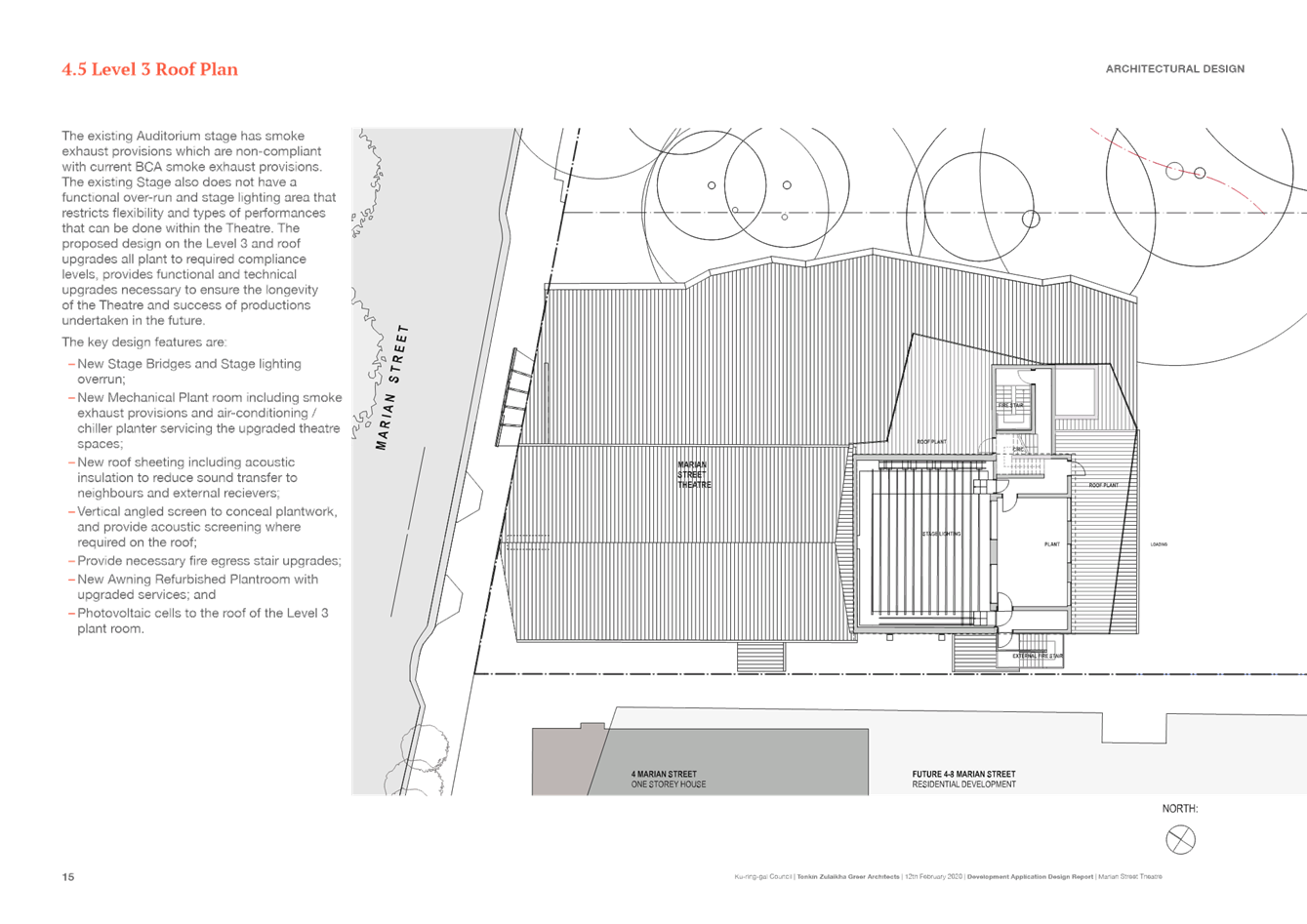
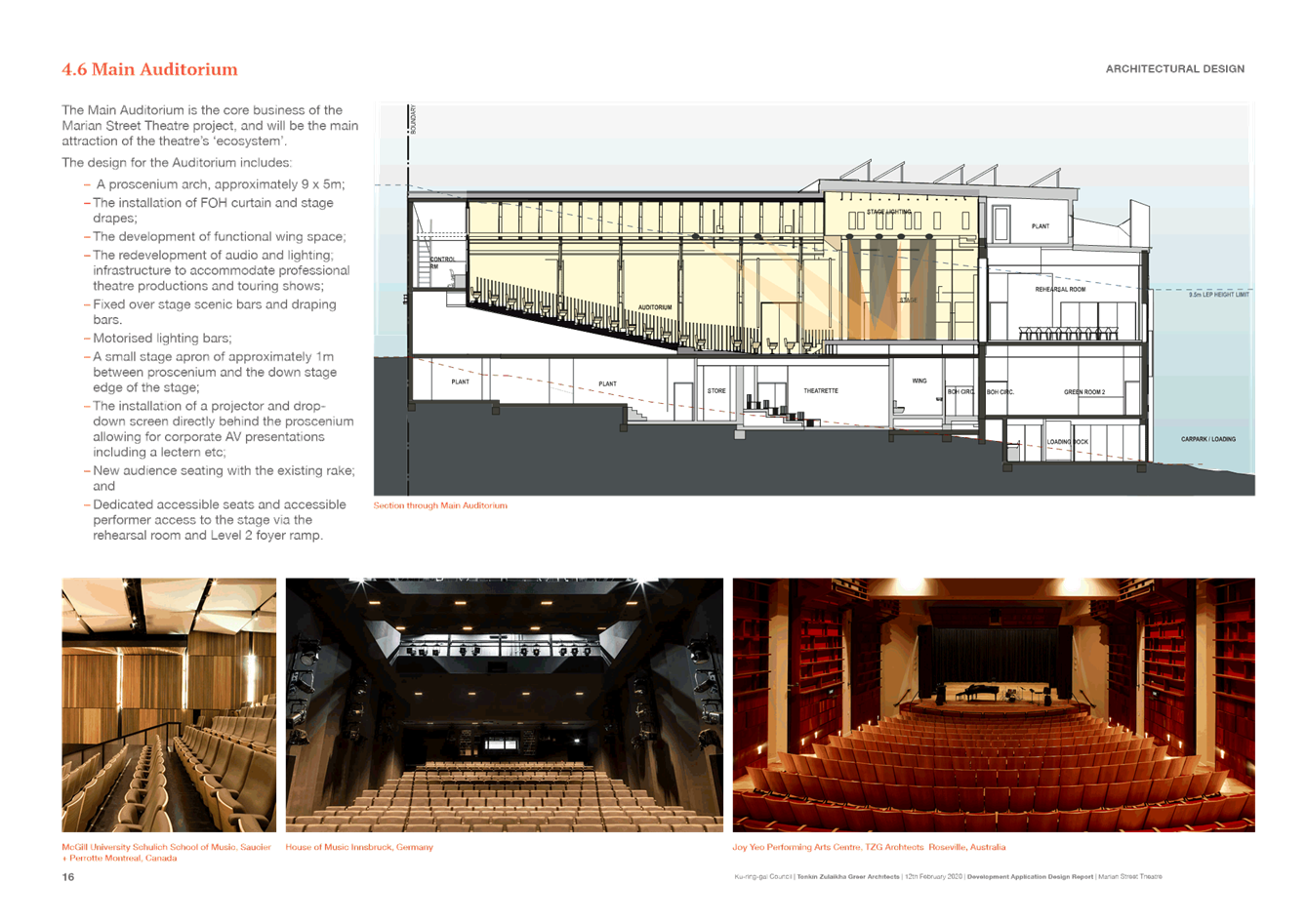


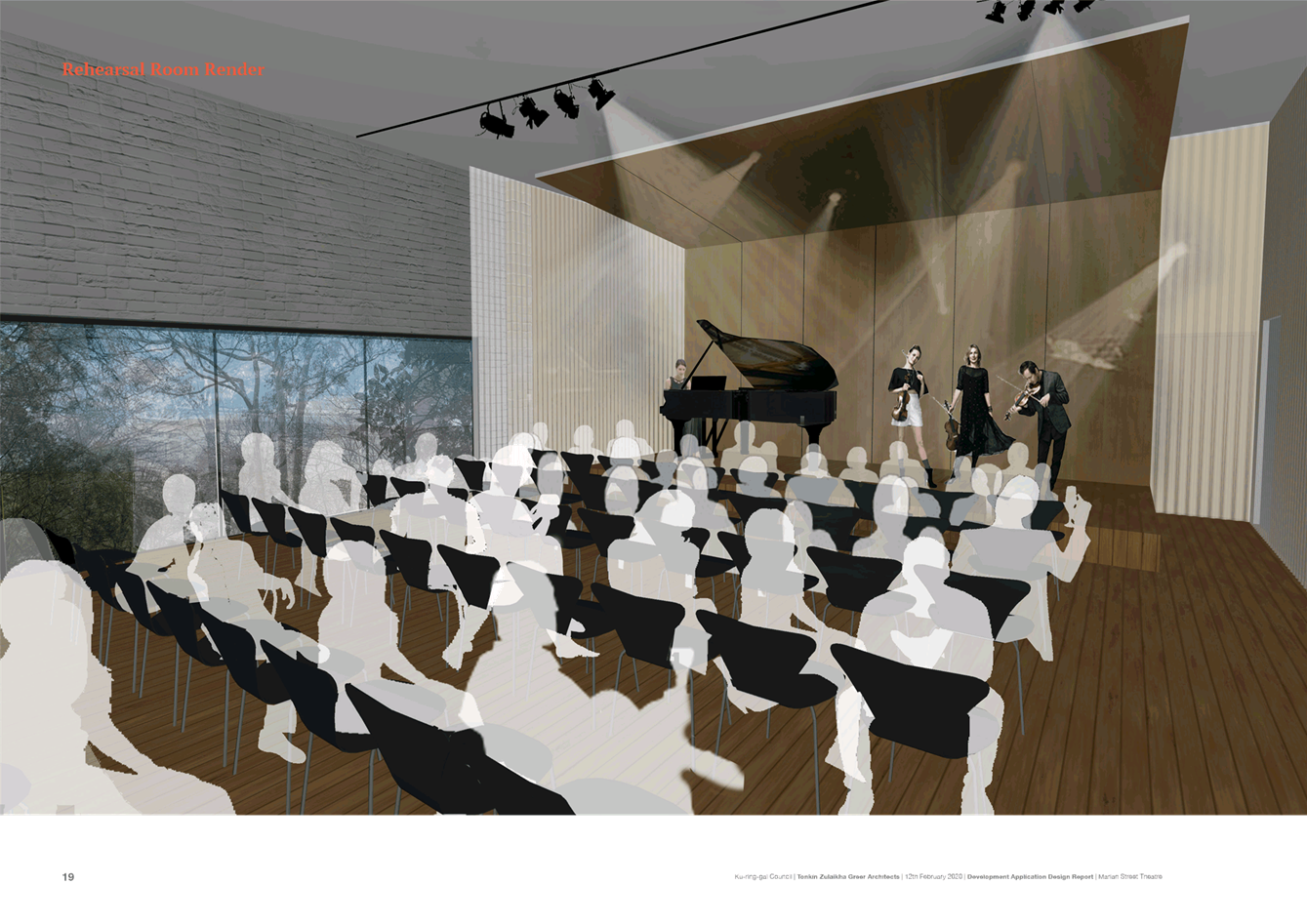
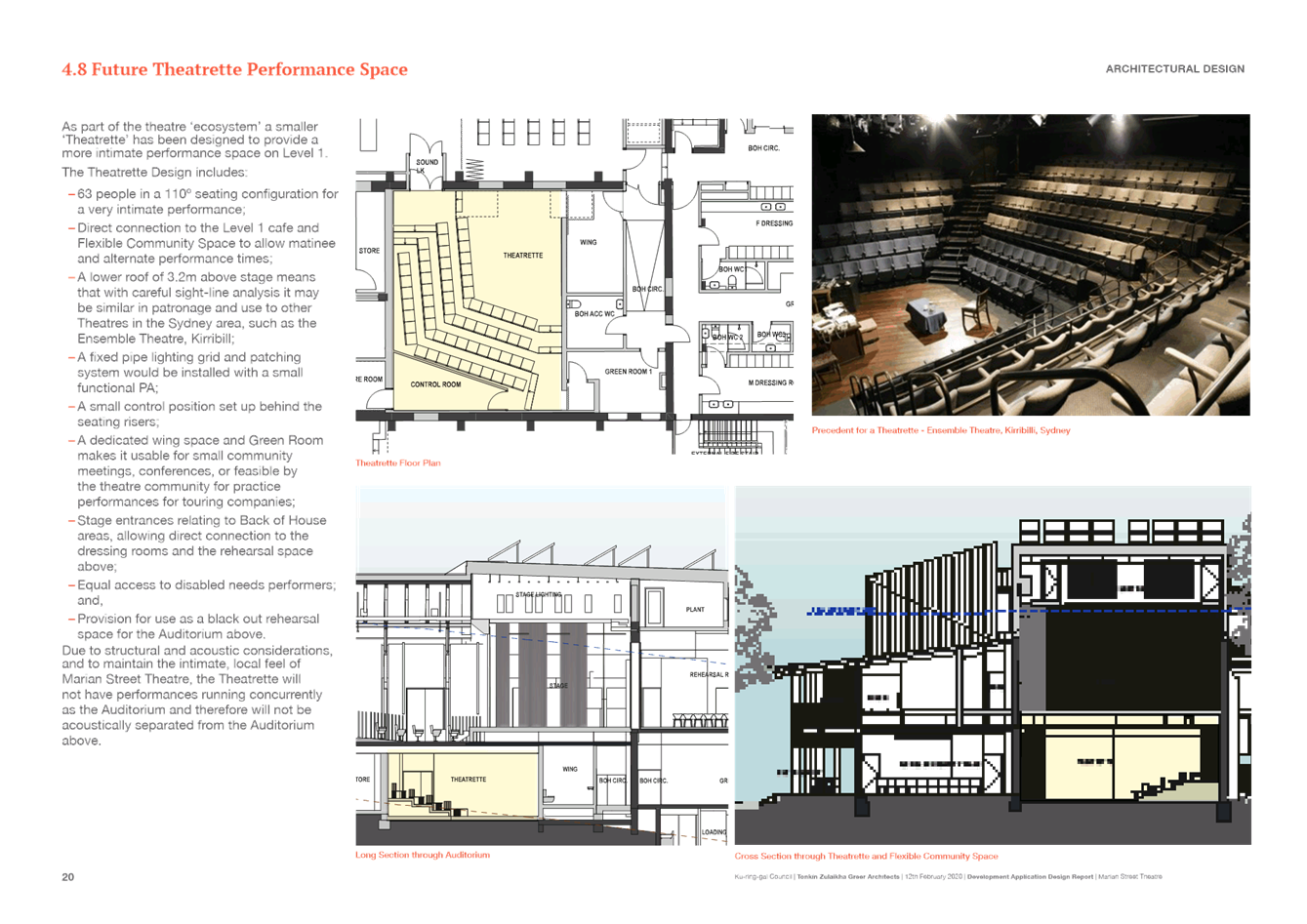

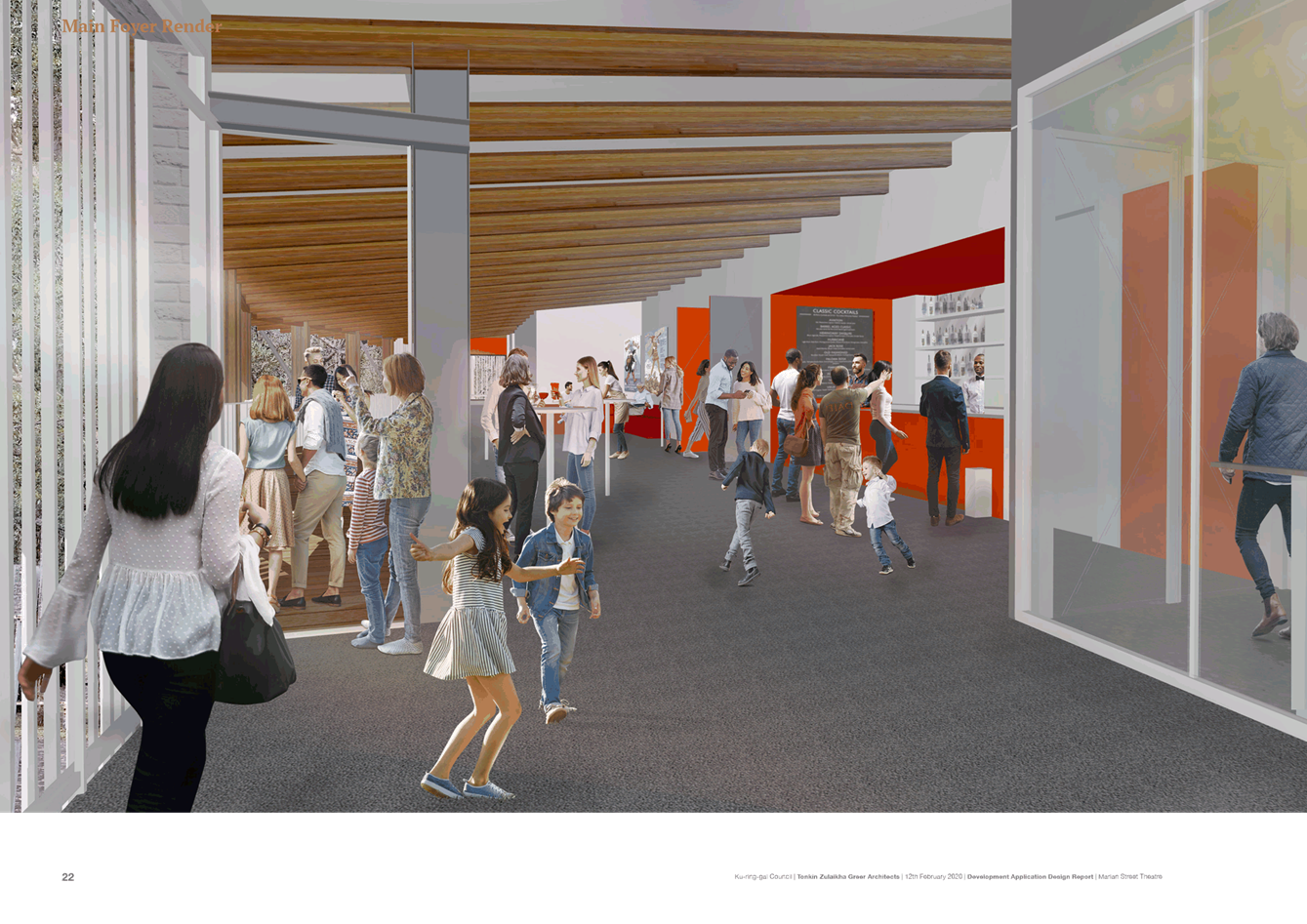

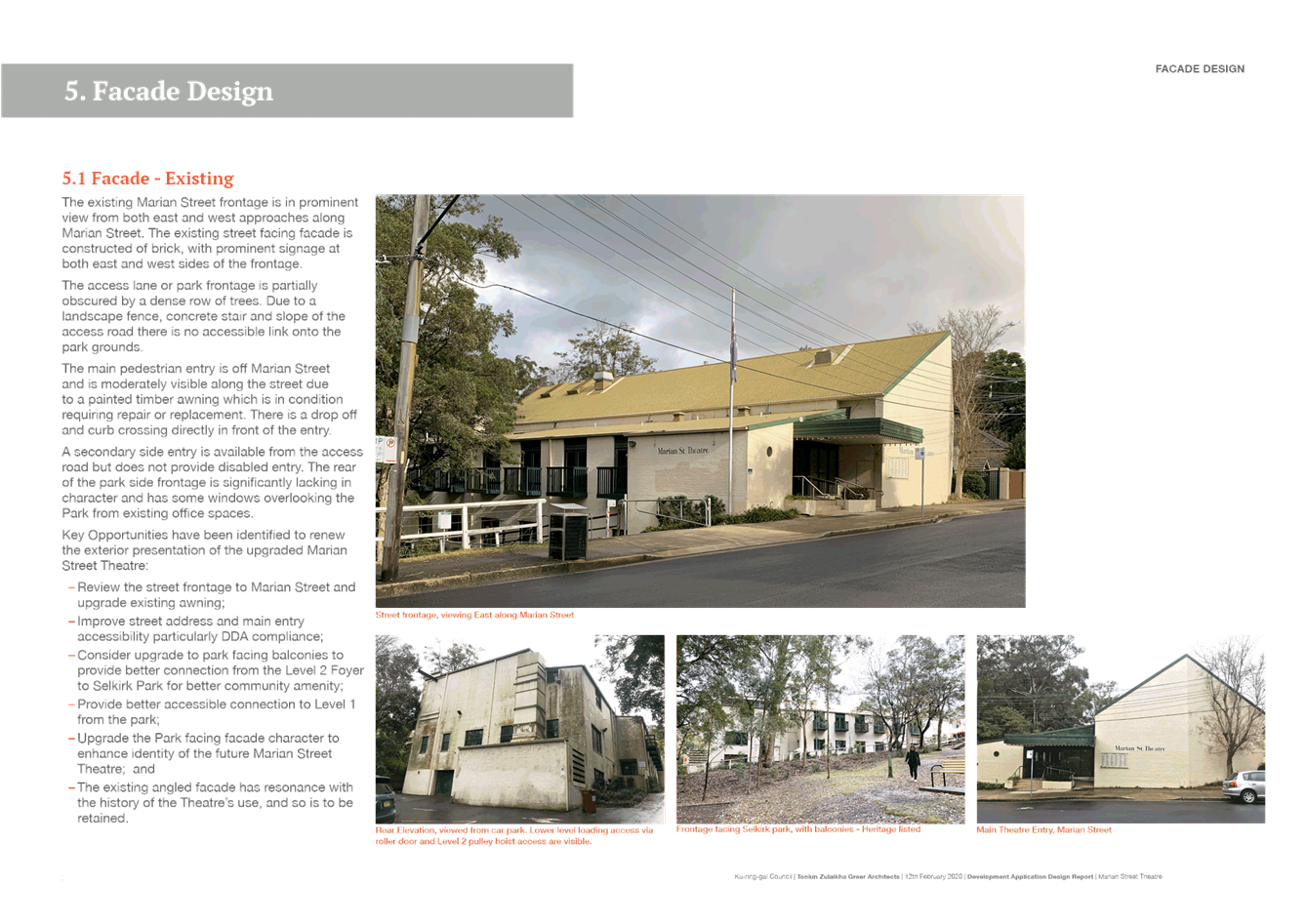

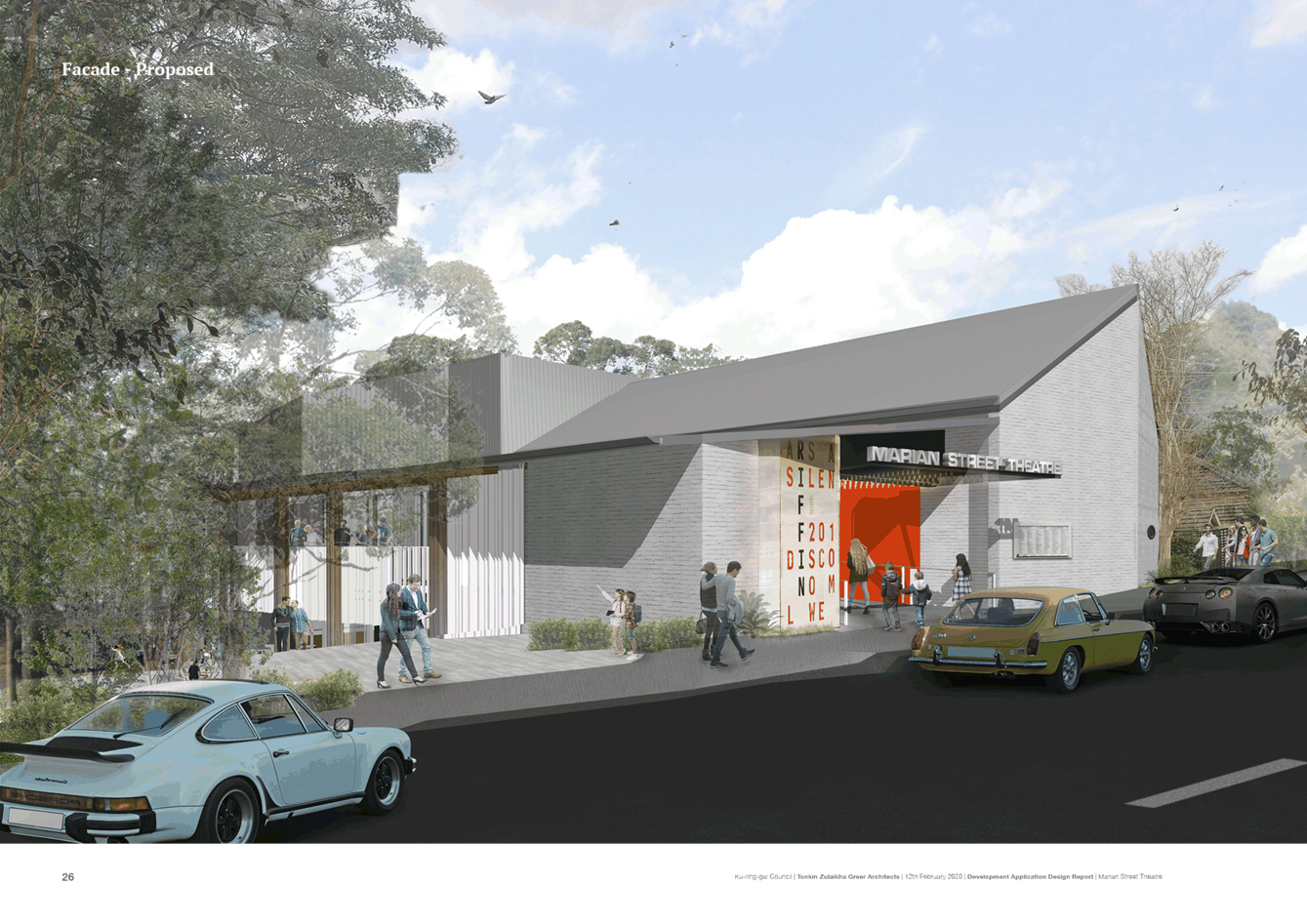

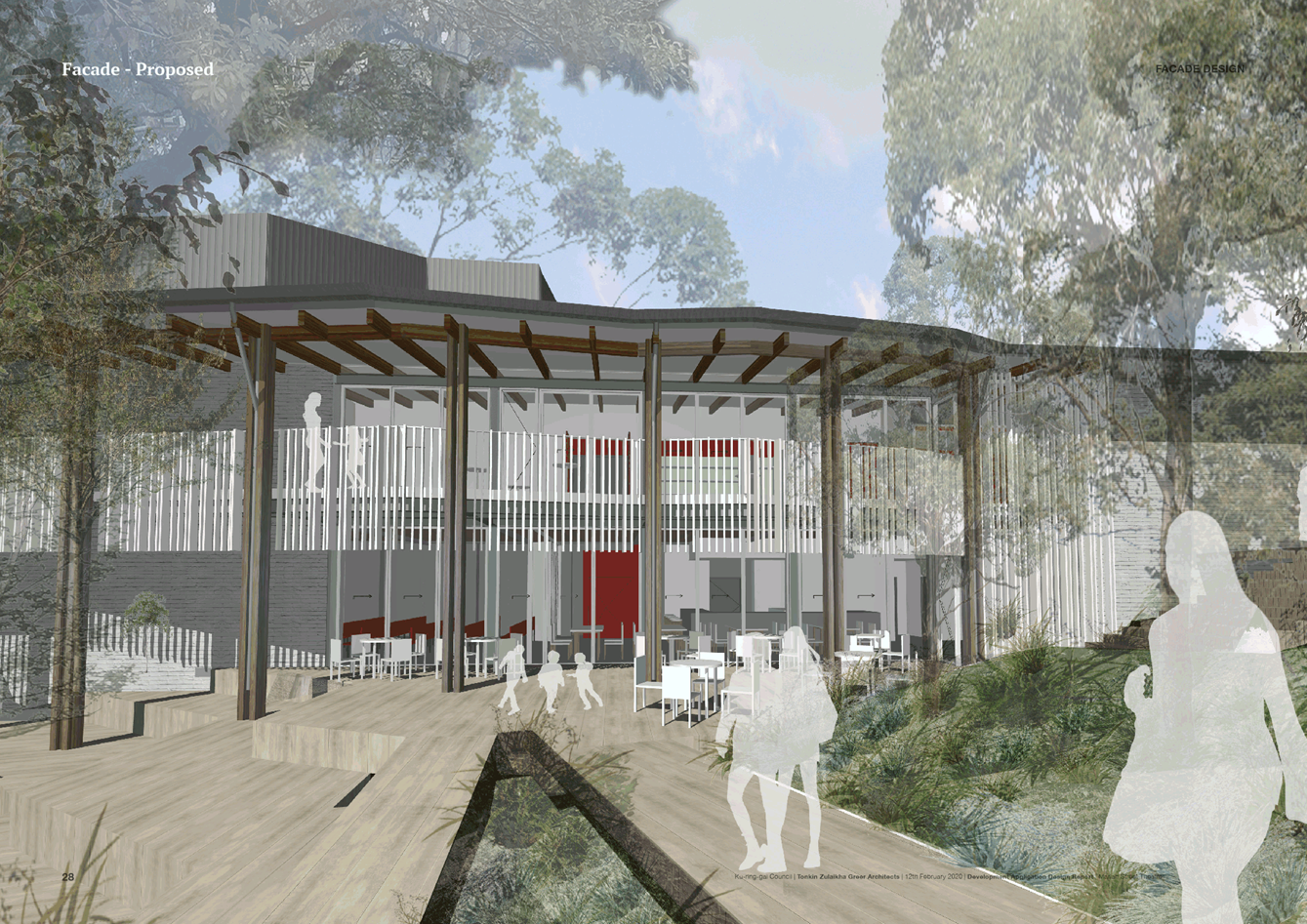



|
APPENDIX
No: 3 - MST
Staged Development Architecture Drawings
|
|
Item No: GB.14
|
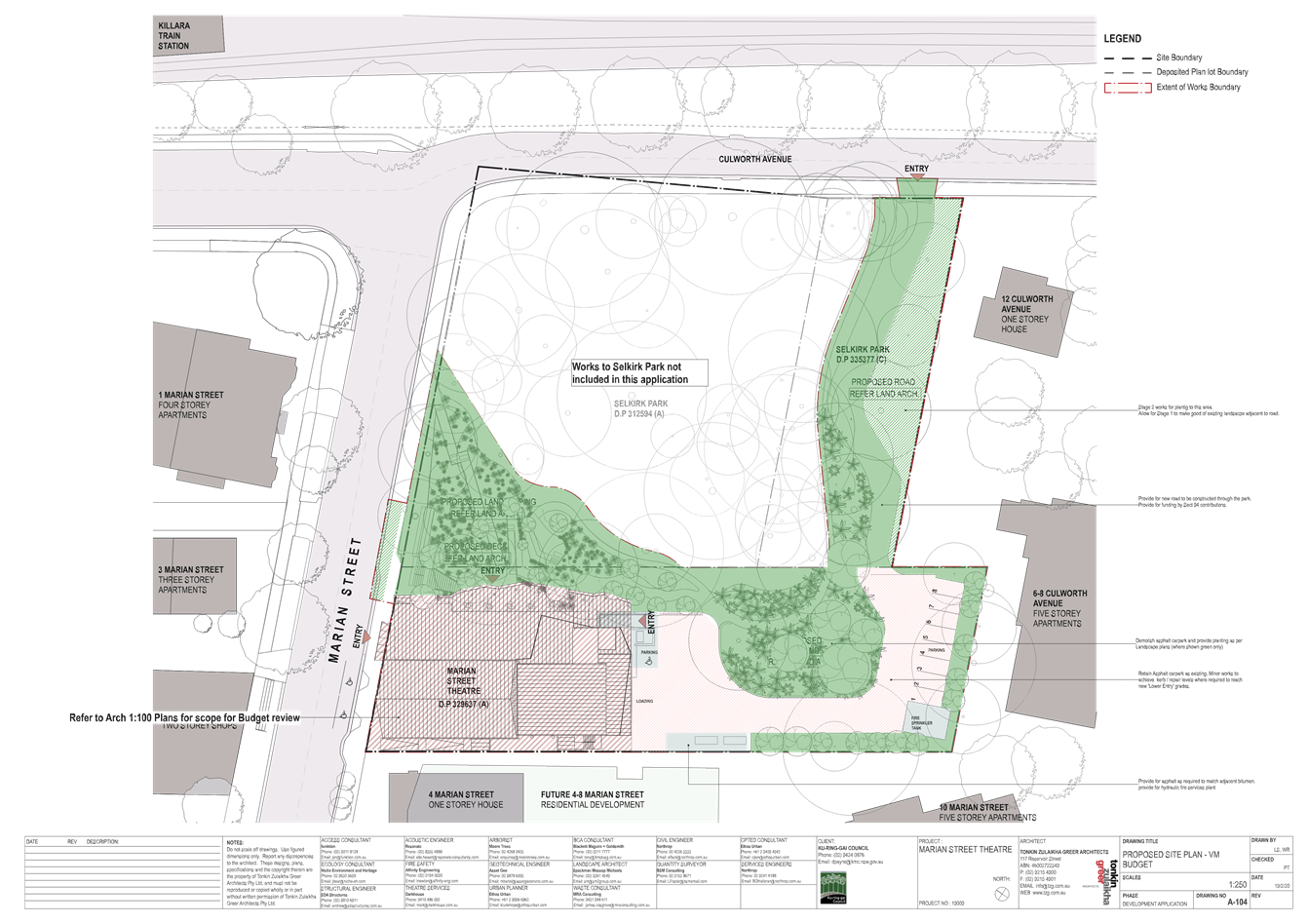
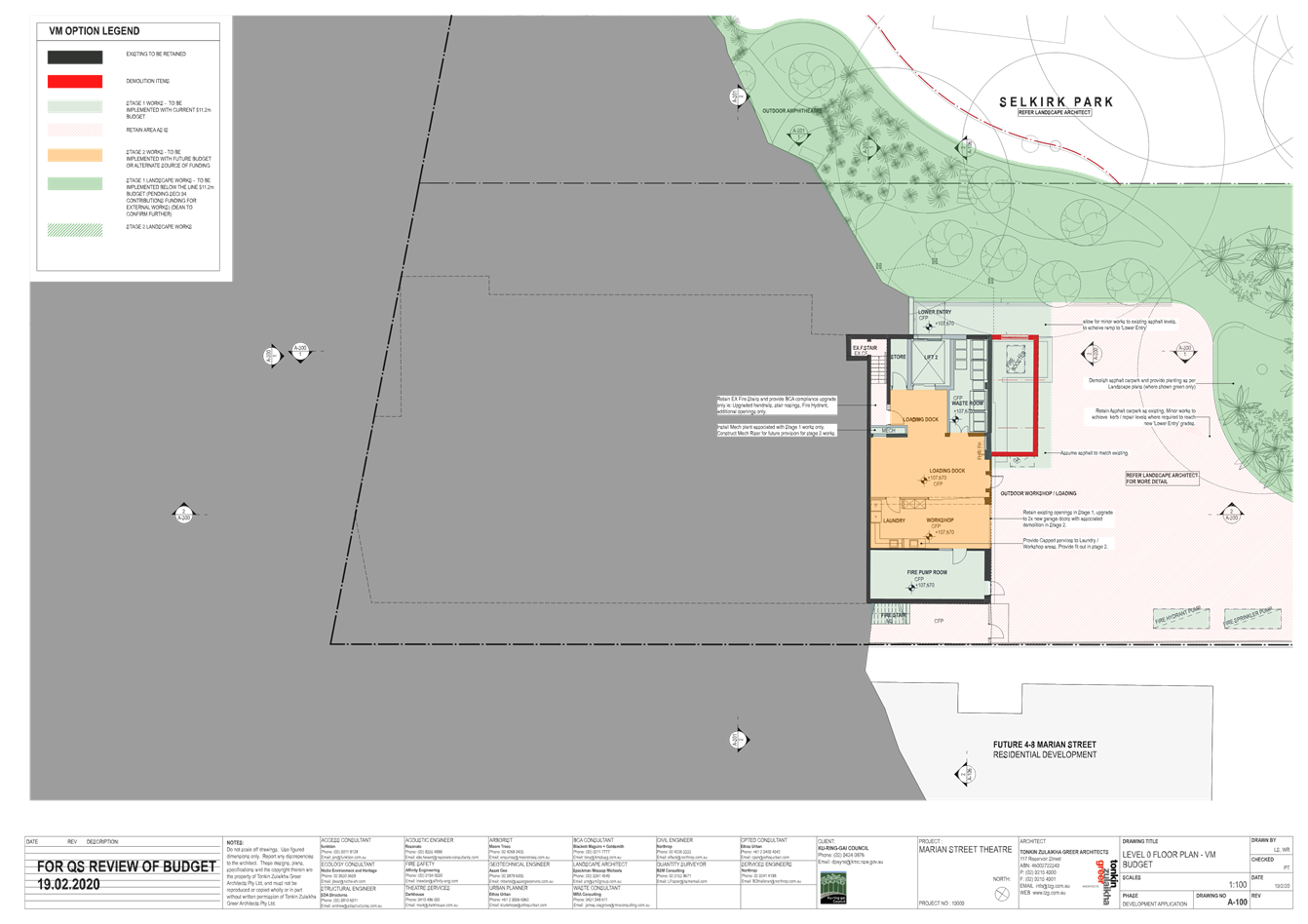

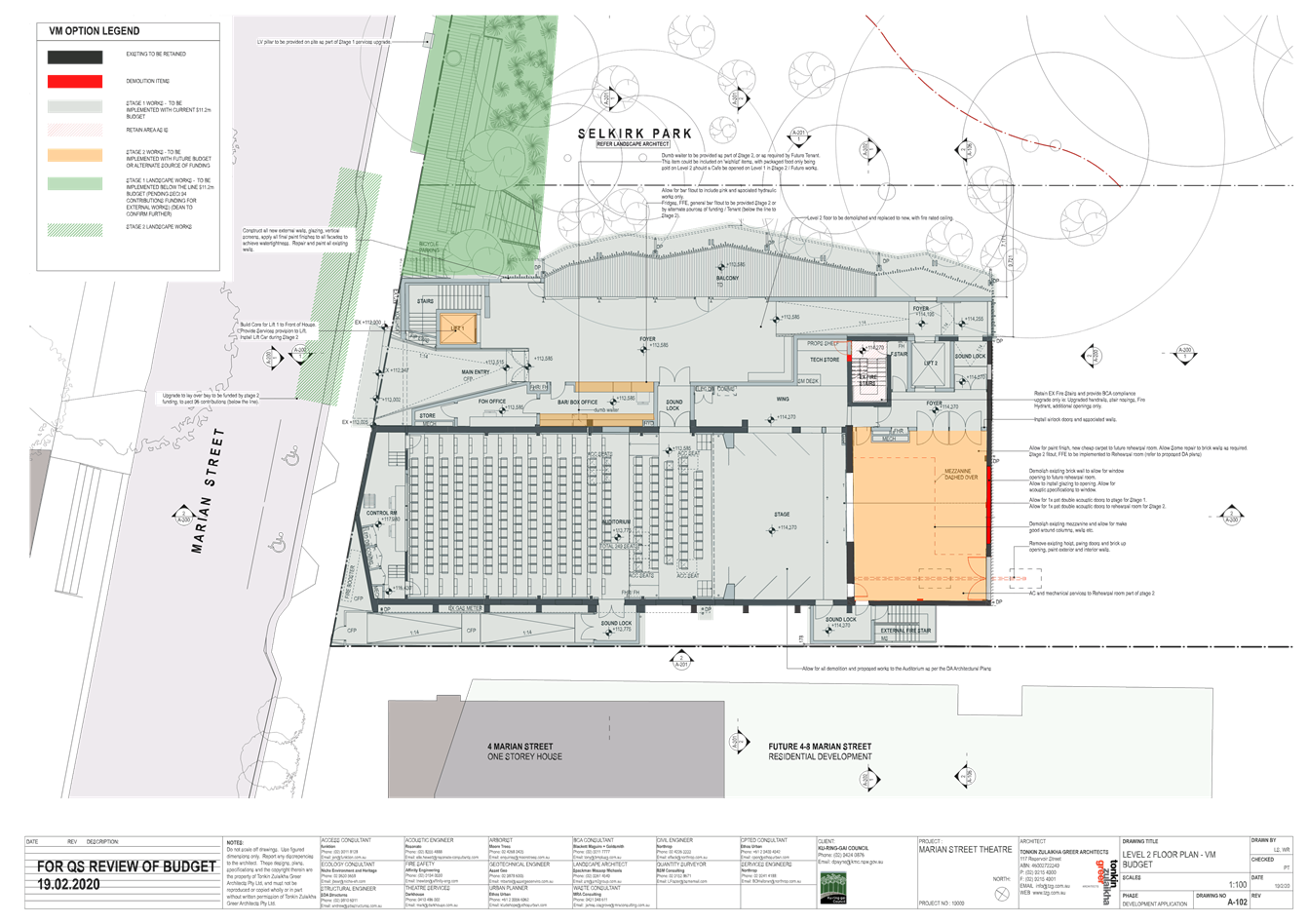
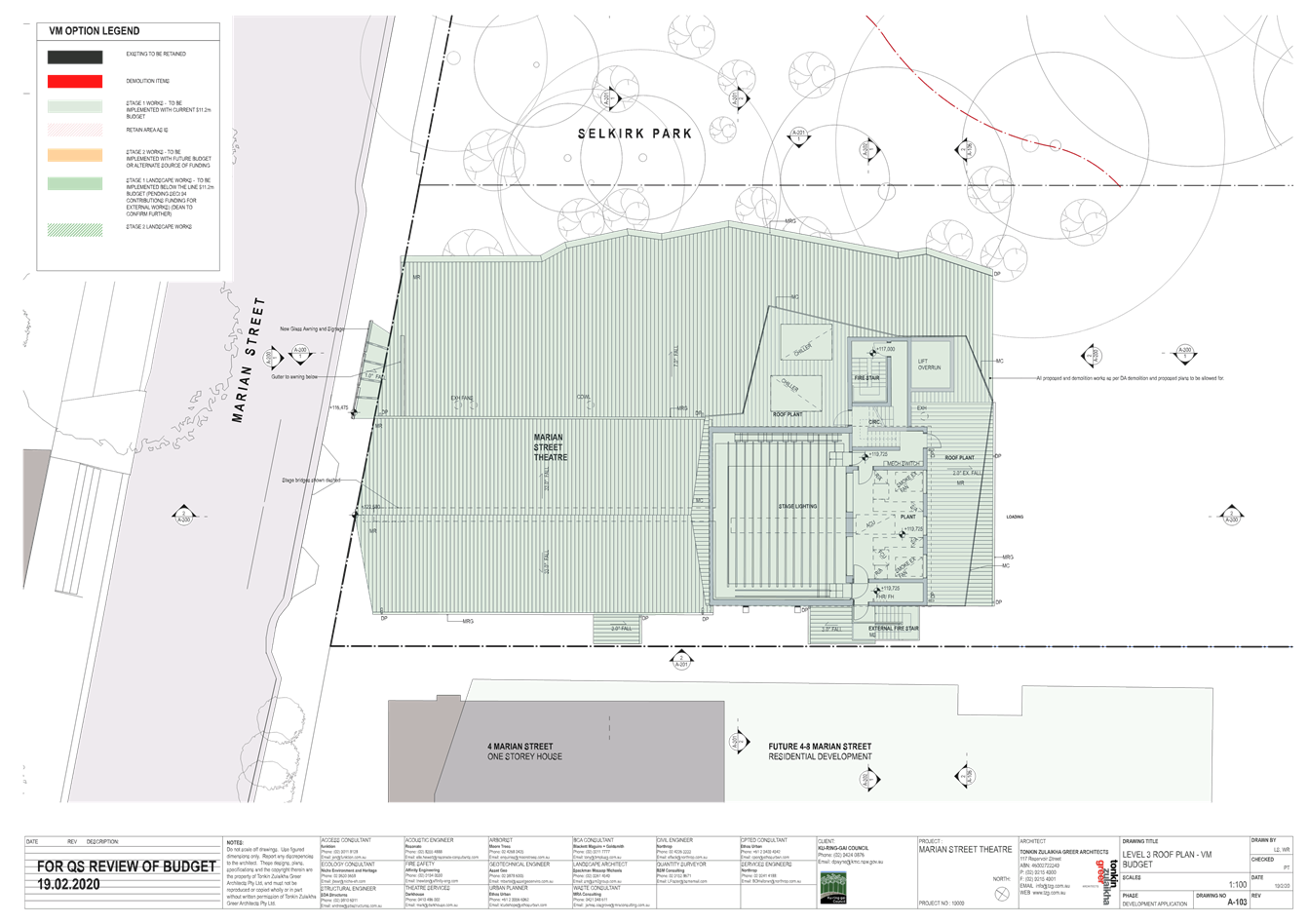
|
Ordinary
Meeting of Council - 28 April 2020
|
GB.15 / 616
|
|
|
|
|
Item
GB.15
|
S12712-3
|
St Ives Indoor Sports Centre Update
EXECUTIVE
SUMMARY
|
purpose of report:
|
To update Council on progress of the proposed joint
use indoor sports centre at St Ives High School.
|
|
|
|
|
background:
|
At the OCM
on 18 February 2020, Council resolved:
A. That
Council agree with DoE to begin documentation and lodge a DA for Stage 2 of
the St Ives High School Indoor Sports Centre using the architects that
received development consent (approved DA) for Stage 1.
B. That Council does
not enter into a binding commitment for construction of the St Ives High
School project until development consent is achieved and legal agreements
(funding deed and lease) between Council and relevant parties have been
finalised.
|
|
|
|
|
comments:
|
This report seeks to update Council on the status of
the above resolutions and progress of the project in general.
|
|
|
|
|
recommendation:
|
That Council receives and notes the project updates
contained within this report.
|
Purpose of Report
To update Council on progress of the proposed joint use
indoor sports centre at St Ives High School.
Background
Department of Education (DoE)
received development consent (approved DA) for a two court basketball facility
on the grounds of the St Ives High School and completed a tender process for a
building contractor to deliver its components of the project in 2019.
DoE began work on the project
early this year (February 2020).
Preceding
Report to Council
At its Ordinary Meeting of 18
February 2020, Council resolved the following:
A. That
Council agree with DoE to begin documentation and lodge a DA for Stage 2 of the
St Ives High School Indoor Sports Centre using the architects that received
development consent (approved DA) for Stage 1.
B. That Council does not enter into a binding commitment for
construction of the St Ives High School project until development consent is
achieved and legal agreements (funding deed and lease) between Council and
relevant parties have been finalised.
Comments
Acting on Resolution A. (above) from the OMC of 18 February
2020, Council staff have engaged the architects that received DA approval for
Stage 1. The design team have commenced documentation of a Development
Application (DA) for Stage 2 being; Councils 2 x indoor basketball courts with
associated ancillary rooms including a café, and car parking.
At the time of writing, the design team have commenced work
on Phase 1 of the consultancy ‘Pre Design Services’ and have
met with Council’s project manager to initiate working protocols.
Phase 1 requires the consultant team to conduct analysis of
the project’s current status, to isolate any missing information, and
confirm client requirements from both Council and DoE.
DoE have undergone some
further staff changes between the time of last engaging with Council staff and
are still in the process of setting the team to work on this project. As such,
the design consultant team have not met with the DoE project team yet. This
first meeting is expected to happen mid to late April.
At this time, Council has only
committed to fees required to gain development consent. Further, the
Consultancy Agreement is broken into clearly defined Phases with Hold Points in
case Council need to pause or withdraw from the project. The design team would
be due payment to the end of the Phase they are working in at the time of
Councils stoppage but not the complete contract value. Detailed design for
construction need not commence until development consent is achieved and there
is full commitment (from both parties) in place to build the facility.
In relation to Resolution B ‘That Council does not enter into a binding commitment for
construction of the St Ives High School project until development consent is
achieved and legal agreements (funding deed and lease) between Council and
relevant parties have been finalised’
Council staff continue to meet with DoE and progress the Heads of Agreement (HoA)
but it is not completed at the time of this report.
By way of update, it can be noted
that Council Staff last met with the Executive
Director Commercial and Property, School Infrastructure NSW (SINSW) on 6
March 2020. Following a very productive meeting the following concessions were
offered (but not yet approved) by DoE:
a) Duration of the license – we are
agreeable to the suggestion of a 50 year license term. We should agree what
happens to the asset at the end of that time as perhaps likely it will be end
of life and may require demolition/clearance;
b) Revenue sharing Opportunity – we
talked through our rationale for this and DoE agreed to rewrite the clause to
make the intent clearer;
c) Café menu etc. – we
will remove those clauses requiring DoE approval of matters that are not
pertinent;
d) SINSW would prefer that they procure
and deliver the build of the facility – with Council a strong partner and
represented on the PCG;
e) SINSW are comfortable with Council
preparing the DA given that work has commenced, and we would like to commit
some of our resources to assist you with the preparation of the DA.
Unfortunately following the last
meeting the current COVID 19 crisis struck and while correspondence and
goodwill remain strong it appears that DoE have been focused on managing the
more urgent emerging issues. However, Council staff feel confident that
progress will be made again soon.
integrated planning and reporting
Theme
1 Community, People and Culture
|
Community Strategic
Plan Long Term Objective
|
Delivery Program
Term Achievement
|
Operational Plan
Task
|
|
C4.1: A community that embraces healthier lifestyle
choices and practices.
|
A range of cultural, recreational and leisure facilities
and activities are available to encourage social interaction and stimulate
everyday wellbeing.
|
Healthy and active lifestyle programs and activities are
delivered in collaboration with agencies and partners.
|
Theme
3 Places, Spaces and Infrastructure
|
Community Strategic
Plan Long Term Objective
|
Delivery Program
Term Achievement
|
Operational Plan
Task
|
|
P6.1: Recreation, sporting and
leisure facilities are available to meet the community’s diverse and
changing needs.
|
A program is being implemented
to improve existing recreation, sporting and leisure facilities and
facilitate the establishment of new facilities.
|
Negotiate a Heads of Agreement
with the Department of Education for the construction and joint usage of an
indoor sports facility at St Ives High School.
|
|
P6.1: Recreation, sporting and
leisure facilities are available to meet the community’s diverse and
changing needs.
|
Partnerships are established
with community groups and organisations to optimise the availability and use
of sporting, recreation and leisure facilities.
|
Engage with community partners
to improve sporting, leisure and recreational facilities through
partnerships, grant funding and other external funding opportunities.
|
Governance Matters
A long term objective of
Council’s Community Strategic Plan is to ensure that recreation,
sporting, and leisure facilities are available to meet the community’s
diverse and changing needs.
As the age profile of the
community changes, different preferences for recreation and leisure are
emerging. Through its own programs Council will maintain its emphasis on access
to a range of fulfilling recreation and leisure opportunities including
multi-use spaces, facilities and infrastructure. This will include the
acquisition of land for new parks under the Ku-ring-gai Open Space Acquisition
Strategy. Council will continue to work closely with sporting
organisations and clubs, user groups and residents to upgrade and build
sustainable sports grounds, netball, tennis and multi-sport courts, clubhouse
facilities and other recreational facilities and amenities to provide for the
needs of the population into the future. Many of these works require extended
planning and are subject to available funding. Council will also continue to
identify opportunities for multi-use recreational facilities, including
optimising the community’s use of Council’s existing facilities.
Risk Management
The
following risks have been identified for the project:
· tender costs for construction come in higher than expected
and/or sufficient funds for the project cannot be secured thus prohibiting
council from delivering the project;
· not receiving
development consent in time to be able to secure the Stage 1 builder may
increase in the cost of construction;
· if Council and DoE cannot agree to terms and conditions of
a Funding Deed & Lease the project is unviable for Council;
· risk to Council’s broader financial position if asset
sales are not achieved to fund the project as currently reflected in
Council’s Long Term Financial Plan and Operational Program and Delivery
Plan;
· with Council’s application for the Greater Sydney
Sports Facility Fund being successful for $3.5 million towards the
project, there is reputational risk if Council not to proceed with the project;
and
· Office
of Sport may withdraw the $3.5m funding grant if significant movement toward
delivery of the project is not achieved by the end date - May 2022.
Financial
Considerations
The proposed capital budget for the construction of
the new indoor sport facility at St Ives High School is estimated at $17.4
million phased over two years from a combination of funding sources: grants
$3.5 million, general revenue $2.6 million, loan $11.3 million, asset
sales $0.2 million.
Council has resolved to spend significant funds on the
design and DA for the facility and to meet the proposed timeframe for
construction the planned funding from assets sales is not likely to be
available in time. As such, a short-term loan of $11.3 million during
2020/21 and 2021/22 is proposed to fund Council’s contribution to the new
St Ives Indoor Sport Court facility. This loan is assumed to be repaid from
proposed asset sales by the end of 2022. Council’s draft budget for
2020/21 is the subject of a separate report to this Council meeting and
includes this funding.
The chart below shows the budget phasing and the
funding sources proposed. It must be noted that a budget allocation has been
approved by Council for the current financial year (2019/20) for commencement
of tender documentation and design services. For 2021/22 a total of $8.6
million is allocated to the project.
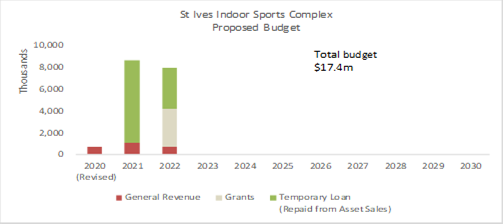
Social Considerations
The inclusion of community
use of the facilities at St Ives High School will provide increased social and
cultural venues for the community and enable better utilisation of facilities.
Environmental Considerations
Environmental considerations
will be taken into account in the documentation and design of the various
upgrades to the facilities at St Ives High School and through the DA approval
process.
Community Consultation
Further consultation is required with sporting bodies and
the intended future users. Consultation with the broader community will
be undertaken in a combined campaign with DoE once agreement has been reached.
Statutory notification would be carried out as part of the
DA process.
Internal Consultation
This project has been
reported through Council’s Major Projects Steering Committee and the
Major Projects Advisory Committee on a number of occasions.
Summary
Department of Education (DoE)
received development consent (approved DA) for a two court basketball facility
on the grounds of the St Ives High School in 2019 and commenced construction in
February 2020.
Council staff have recently engaged the architects that
achieved DA approval for Stage 1 to commence documentation of a DA for Stage 2
being an additional 2 x indoor basketball courts plus ancillary rooms and car
park (Council’s portion).
Between the time of the last OMC
(18 February 2020) and the time of writing this report Council staff and DoE
continue to work on the HoA but it is not complete at this time primarily due
to the emergence of the COVID 19 crisis. However, some positive concessions
have already been (provisionally) agreed by DoE.
|
Recommendation:
That Council receive and note the project updates
contained within this report.
|
|
Dean Payne
Project Leader – Strategy & Environment
|
Andrew Watson
Director Strategy & Environment
|
|
Ordinary
Meeting of Council - 28 April 2020
|
GB.16 / 622
|
|
|
|
|
Item
GB.16
|
S08410
|
COVID-19 Pandemic Impacts on Council
EXECUTIVE
SUMMARY
|
purpose of report:
|
To provide Council with an update on the impacts of
the COVID-19 Pandemic.
|
|
|
|
|
background:
|
The COVID-19 Pandemic has had a profound impact on Council
and the community. Council has taken swift and decisive action to
address health and safety matters for staff and the community, and to
transform work practices to enable most services to continue on a fully
operational basis.
|
|
|
|
|
comments:
|
The General Manager formed a Crisis Management Team
comprising Directors and select managers to guide Council’s response to
the evolving pandemic.
Decisions have been guided by information from state and federal
government and relevant agencies. Social distancing and other measures
have been introduced to manage the possible health impacts on staff and the
community for matters within Council’s control.
|
|
|
|
|
recommendation:
|
A.
That Council endorse the
actions outlined in this report and further endorse the General Manager in
taking future action as necessary to manage the impacts of the COVID-19
Pandemic on Council and the community.
B.
That Council authorise
the allocation of $100,000 funding for a COVID-19 Community Organisation Hardship and Assistance Grant
Program.
|
Purpose of Report
To provide Council with an update on the impacts of the
COVID-19 Pandemic.
Background
The COVID-19 Pandemic has had a profound impact on Council
and the community. Council has taken swift and decisive action to address
health and safety matters for staff and the community, and to transform work
practices to enable most services to continue on a fully operational basis.
Comments
In early February 2020, Council activated its Crisis
Management and Business Continuity Plan and Pandemic Procedure.
Since this time, the Crisis Management Team (CMT), which is
comprised of the General Manager, Directors and select managers has been
meeting regularly to guide Council’s response to the evolving
pandemic.
Decisions have been informed by advice from state and
federal government and relevant agencies. Social distancing and other
measures have been introduced to manage the possible health impacts on staff
and the community for matters within Council’s control.
Below is an update on the key measures undertaken to date.
Status of Services and
Facilities
To address social distancing requirements, many of
Council’s people facing services and facilities have been closed.
Most other services provided by Council are continuing on a fully operational
basis with Councillors and staff working from home where possible. An update on
the status of Council services and facilities, as of Friday 10 April, is
provided below.
|
Service / Facility
|
Current Status
|
|
CIVIC DEPARTMENT
|
|
|
Council Meetings and Public Forums
|
The meeting at 7pm Tuesday 28 April 2020 will be held
online. Council meetings are physically closed to the public until further
notice but can be viewed on the webcast. Public Forums are no longer
being held in the Council Chambers as an interim measure. The public can still
address Council through audio and audio-visual recordings (maximum 3 minutes)
or written submissions to Councillors.
|
|
GM and Mayor’s Office
|
Fully operational
|
|
Councillors
|
Fully operational
|
|
Legal
|
Fully operational
|
|
Major Projects
|
Fully operational
|
|
COMMUNITY DEPARTMENT
|
|
|
Customer Service Centre
|
The Council’s over-the-counter customer service
centre is temporarily closed to the public. Council continues to serve
customers and residents through a number of channels including the call
centre, live chat and online services. If there is a service unable to be
provided online or over the phone, individual arrangements are made with the
customer.
|
|
Communications
|
Fully operational
|
|
Vacation Care
|
Fully operational from Tuesday 14 April to Friday 24 April
|
|
Youth Centres
|
Drop-in centres closed, however staff have developed
online resources and are communicating regularly with young people.
|
|
Thomas Carlyle Childcare centre
|
Open
|
|
Family Day Care
|
Open
|
|
Active Ku-ring-gai classes
|
Closed, however online classes have been developed
|
|
Community Halls and Meeting Rooms
|
Closed to the public with two licenced preschools
operating from Roseville and West Lindfield.
|
|
Libraries
|
All branches closed to the public with Home Library
Service and Libraribus continuing to operate. Extensive on-line services are
available.
|
|
Art Centre
|
Closed
|
|
Wildflower Garden and Visitor Centre
|
Visitor’s Centre at the Wildflower Garden is closed
to the public however the gardens remain open and some staff are on-site
|
|
Indoor spaces at St Ives Showground
|
Closed
|
|
Outdoor spaces at St Ives Showground
|
Open
|
|
Citizenship Ceremonies
|
Postponed
|
|
Events
|
Postponed
|
|
DEVELOPMENT AND REGULATION DEPARTMENT
|
|
|
Compliance and Regulation
|
Fully operational
|
|
Development Assessment
|
Fully operational - Face to face meetings between the
public and the Duty Planning officer are suspended and replaced by phone
calls.
|
|
STRATEGY AND ENVIRONMENT DEPARTMENT
|
|
|
Environment & Sustainability
|
Mostly operational – sustainability events and
workshops are postponed.
|
|
Property Management
|
Fully operational
|
|
Urban Heritage & Planning
|
Fully operational
|
|
Special projects
|
Fully operational
|
|
OPERATIONS DEPARTMENT
|
|
|
Roads, footpaths drains
|
Fully operational
|
|
Traffic Management
|
Fully operational
|
|
Council Building Maintenance & Operations
|
Fully operational
|
|
Parks, Oval & Bushland
|
Mostly operational
|
|
- Ovals
|
Closed for organised sport and fitness groups with more
than 2 participants. Ovals remain open to the general public.
|
|
- Playgrounds
and Outdoor Fitness Equipment
|
Closed
|
|
- Dog
off leash areas
|
Open
|
|
Tennis Courts
|
Closed
|
|
Golf Courses
|
Open
|
|
KFAC
|
Closed
|
|
Streetscape
|
Fully operational
|
|
Public Lighting
|
Fully operational
|
|
Fleet Management
|
Fully operational
|
|
Trade Waste
|
Fully operational
|
|
Domestic Waste
|
Fully operational
|
|
Projects
|
Fully operational
|
|
Design
|
Fully operational
|
|
Asset Management
|
Fully operational
|
|
Driveways
|
Fully operational
|
|
Tree Management
|
Fully operational
|
|
Sewer Maintenance
|
Fully operational
|
|
CORPORATE DEPARTMENT
|
|
|
Financial Management
|
Fully operational
|
|
Procurement
|
Fully operational
|
|
Governance & Corporate Strategy
|
Fully operational
|
|
Information Management
|
Fully operational
|
|
People & Culture
|
Fully operational
|
Other Activities to
Support the Community
Council has been proactive in rapidly implementing changes
to programs and service delivery to support the community during the
pandemic.
Online Sustainability Events and Engagement
Notwithstanding that sustainability events and workshops are
postponed, the Environment and Sustainability team have made significant
progress towards moving events online. Engagement across all social media
channels is up and a fully online What’s-on Calendar will be released
shortly. Staff are utilising Facebook Live and Zoom to communicate with
residents, promote educational and interesting content and ensure our community
remained engaged.
Better Business Partnerships
Better Business Partnerships have reached out to the
accredited business and played a key role in disseminating relevant information
to local small business dealing with the impacts of Covid-19. A Supporting
Better Business Partnerships Facebook page has been created to provide a
network for business owners to communicate challenges faced by small business and
potential solutions and opportunities, 100 local businesses have joined the
Facebook page already. BBP are positioning themselves as a support network for
business throughout the Covid-19 era and preparing to support business
throughout the recovery phase.
Life Online
Council is continuing to serve residents during the COVID-19
pandemic with the Life Online web page at www.kmc.nsw.gov.au.
Life Online allows residents to continue doing business with Council
such as lodging permit applications, waste requests, requesting planning
certificates, registering pets and asking for repairs to roads and other
Council assets.
Other features of Life Online include group therapy
sessions with a psychologist; story time readings for children by Mayor
Jennifer Anderson, online exercise classes, a range of support for small
businesses and free access to the Council’s e-library of music,
magazines, books and movies. Life Online will help keep people supported
and connected with both Council and others in the community.
Council also has a chat facility on its website allowing
residents to talk online to a customer service officer on weekdays between
8.30am and 5pm.
Disability Services
Council staff have facilitated weekly music therapy classes
via Zoom for people with disabilities who are unable to leave their homes.
Staff have also worked with the Resilience Centre in developing COVID-19
resilience workshops via Zoom for carers and seniors, and Zoom Exploring Art
Therapy programs with Studio Artes.
Staff have been in regular contact via Zoom or email with
disability groups in the community to discuss specific needs and offer
assistance, and communicate regularly with schools with students with
disabilities to discuss their needs and offer support.
Seniors Services
The following information about services available for
seniors has been emailed and posted directly to seniors, added to
Council’s webpage, and distributed to pharmacies and supermarkets:
· Ku-ring-gai
Neighbourhood Centre for ‘shop by list’ and deliver to door
· Community
Transport for pick-up and delivery of pharmacy prescriptions and spectacles
prescriptions
· Meals on Wheels
· Lifeline for
emergency food and essentials packages
· The Home Library
Service
· Carer support
options offered by Northern Sydney Local Health District Carer Support Services
· Ku-ring-gai
Neighbourhood Centre and Lifeline for regular social contact by phone with
volunteers
Seniors have also been provided with direct links to:
· Council’s
Life Online initiative
· Videos of seniors
exercises and Qi Gong
· Meditation
sessions run by Petrea King
· Weekly Resilience
Workshops for seniors
· Assistance for
seniors to connect on-line
· Scam awareness
Youth Services
· Regular Hornsby
Ku-ring-gai Youth Network Meetings via ZOOM
· Planning for an
online Mental Health Youth Forum in partnership with schools and the Northern
Sydney Primary Health Network
· Online School
Holiday activities including cooking video and trivia questions in partnership
with Willoughby City Council
· Continued
publication of monthly e-news promoting online support services for young
people and parents
· Continued Facebook
engagement, including drop-in and check-in sessions with youth workers 3
afternoons a week.
· Participating in
Online Accidental Counsellor Training through LifeLine
· Researching planning
for online professional development opportunities for community and
youth workers
· Planning Online
Games Night for young people through the Discord App
· Developing a
Network and Partnership Group with local Councils including North Sydney, Ryde,
Lane Cove and Willoughby Councils to collaborate and respond to emerging
needs
· Participating in online networks with Hornsby Ku-ring-gai Domestic
Violence Network, Community Drug Action Team and Headspace Consortium meeting
Survey to Community
Organisations
Council staff have developed a survey that has been sent to
over 350 community organisations to assist in identifying emerging issues, and
to document gaps in service delivery associated with COVID-19. This survey will
help ensure support services for vulnerable community members are maintained,
by identifying opportunities to link service providers and community during
this difficult time.
Library Services
The Libraribus and Home Library Service continues to operate
with a significant increase in requests for services.
The Children's Services team has developed new initiatives
in promoting literacy digitally through digital story-time sessions, lego games
and various other activities providing both educational and entertainment for
the community.
Library membership and E-services have also increased as
people make use of the wide range of online resources available.
Council’s Parking Rangers are assisting the library
staff in providing library materials to the community by delivering reserved
books to local residents. Over 1,000 books have been be delivered over the past
few weeks.
COVID-19 Community
Organisation Hardship and Assistance Grant Program
It is recommended that Council develop a COVID-19 Community
Organisation Hardship and Assistance Grant Program that would provide a total
of $100,000 grant funding to community groups in need of emergency funding.
This grant program aims to provide ‘quick
response’ financial assistance to eligible community organisations that
are experiencing financial hardship as a result of COVID-19 related service
disruptions, seeking to establish alternate service delivery models for
business continuity, or seeking to provide support services to vulnerable
residents impacted by COVID-19.
In order to ensure a quick response in providing funding to
these groups, it is recommended that the program be advertised and assessed
within four weeks. The application process will be designed so that it is
simple for organisations to complete.
Key elements of the proposed grant program are outlined
below.
Eligible organisations:
· Community
organisations including community groups, arts/cultural groups and sporting
groups in the community that have been directly impacted by COVID-19
· Community
organisations that are based in the Ku-ring-gai LGA and/or can demonstrate that
the proposed funding will substantially benefit Ku-ring-gai residents
Ineligible organisations:
· Organisations with
sufficient funding support from other levels of government
· For-profit
organisations
· Government
departments and agencies
· Political groups
· Unincorporated
community groups.
· Individuals
Eligible Projects:
· Direct financial
assistance to community organisations experiencing hardship due to the impacts
of COVID-19
· Operational
projects that support community organisations to continue the delivery of
services via alternate service delivery models
· Projects that
support the delivery of services to vulnerable residents impacted by COVID-19
Ineligible projects:
· Projects that
cannot commence by 30 June 2020
· Projects with
sufficient funding support from other levels of government
· Projects that have
a commercial purpose
· Capital expenditure
unless directly related to the project or hardship claim
· Personal expenses
Funding Limits:
· Eligible
organisations may receive a grant of up to $5,000, subject to the number of
applications received
· To ensure that the
assessment process is quick and funding can be provided without delay, grants
awarded to applicants will be reduced if the recommended applications require
more funding than is available
Assessment
· A selection panel
comprised of key staff across Council would assess the applications according
to the grants criteria. In order to avoid delays it is recommended that the
grants be distributed to the community organisations immediately without
reporting back to Council.
Other Conditions
· Grant
funded projects will be expected to meet the usual conditions for community
grants including acquittal processes and acknowledgment of Council.
Staffing Arrangements
Ensuring the
ongoing health, safety and well-being of all Council employees is of critical
importance in responding to the COVID-19 pandemic.
The following measures have been implemented in order to
mitigate identified risks and/or address concerns relevant to the workforce:
· Staff are provided with regular updates on decisions made by the CMT
together with useful COVID-19 resources and information from Council’s
Employee Assistance Provider.
· Hand sanitiser has been installed at the entry and exit points of
all Council workplaces.
· Staff working onsite have been provided with spray sanitser and
paper towel for use at their workstations.
· Staff working in key support services have been split into different
locations throughout Council buildings.
· Where possible, staff are working remotely in order to facilitate
social distancing guidelines by reducing the number of people in the workplace.
· All non-essential internal and external
meetings/conferences/workshops and training courses have been cancelled or
postponed or will be delivered in a remote/virtual format.
· P2/N95 Face Masks have been made available to staff in front facing
roles that have contact with the community or customers. (Note: whilst the
wearing of face masks isn’t recommended by Safework NSW or NSW Health as
necessary personal protective equipment, Council has provided masks for staff
to wear if it will help them feel less anxious and more comfortable)
From an industrial perspective, LGNSW and the relevant staff
unions have agreed to a unified approach to staffing matters during COVID-19
Pandemic, which have been documented in a ‘Joint Statement’ and a
new temporary Award titled ‘Local Government (COVID-19) Splinter
Award’.
Council is supporting staff and acting in accordance with
the relevant provisions of the Joint Statement and ‘Local Government
(COVID-19) Splinter Award’. A summary of key arrangements
is provided below.
· Work flexibility: Flexible working arrangements will be made
available to staff which will be managed in accordance with the Local
Government (State) Award.
· Where a staff member is unable to work due to illness associated with
COVID-19: Access to sick leave will be provided in the first instance and other
leave options will be made available to staff who have exhausted their sick
leave allocation.
· Where a staff member is not sick but excluded from the workplace due
to COVID-19 isolation requirements: Working from home arrangements (undertaking
substantive or alternate duties) will be looked at as a first option and where
this is not possible, paid special leave will be offered for the period of the
required isolation.
· Where a staff member is unable to work due to caring
responsibilities (schools or caring facilities closed) or transport disruption
associated with COVID-19: Up to 2 weeks paid special leave will be
offered and other accrued entitlements will be available following this.
· Where
the workplace is closed due to COVID-19: Working from home or an alternate
location undertaking substantive or alternate duties will be looked at
as a first option. Where this is not possible, three stages of temporary stand
down provisions will be afforded to permanent staff as follows:
o Stage 1: Paid special leave
for a period of up to 4 weeks at the ordinary rate of pay
o Stage 2: Paid Job Retention
Allowance for a period of up to 3 months at an Award base rate which can be
topped up with accrued leave entitlements
o Stage 3: Leave without pay.
· Special provisions
for staff confirmed as being ‘regular’ casuals: Up to 2 weeks paid
special leave will be offered to a ‘regular casual’ where they are
required to isolate.
Council is committed to ensuring that staff continue to have
meaningful and productive work during this challenging time. To date, the
departments that have been directly affected by the
pandemic have been able to effectively respond by redirecting and refocusing
their resources in order to manage fluctuating demands. Some examples are
provided below:
· While
playgrounds and tennis courts have been closed and ovals are not being used by
organised sport, parks and sports fields facilities are in high demand from the
general public and groups of two for exercise. In response to this, the work of
maintenance staff has been refocused to include the installation and
maintenance of COVID-19 related measures (e.g. signage) however both reactive
and proactive maintenance is continuing at all facilities.
· The Community
department, where possible, has continued to provide services via alternate
means from facilities that have been closed. The customer service and call
centre staff continue to offer all services online and provision has been made
for any residents who require meetings with staff. The library staff are
providing deliveries to residents with the Libraribus and through the Home
Library service, and Council Rangers have been delivering reserved library materials
to library customers. Library staff have also been developing YouTube programs
for craft and story time and have established a “help desk” to
assist the increasing number of people now accessing online and streaming
services, which in some instances, have seen up to a 40% increase.
Library staff are also undertaking a full stocktake of materials and continue
to process materials returned through the after hours return chutes at each
branch.
· Community
Development staff have continued to offer online services and have been
regularly communicating with residents in the community and working closely
with community support groups such as the Ku-ring-gai Neighourhood Centre,
Meals on Wheels and Community Transport (see Other Services to Support the Community
section within this report for more detail).The Wildflower Garden remains open
to the public, however the Visitor’s Centre and other facilities are
closed. Events staff have developed online programs including the “Wild
at Home” program that encourages nature play at home using materials from
the natural environment and recycled items. Staff also developed an Anzac Day
virtual educational program with participation from local schools.
· Where
feasible a number of Community staff are working from home. Local Studies
library staff for example, are working from home on the “Amplify”
oral history project in conjunction with the State Library of NSW, and library
cataloguers and other administration staff are able to undertake their usual
work from home. Staff are regularly using Zoom to ensure regular
communications between staff and their supervisors.
Financial Impacts
For the purpose of estimating the financial impacts, it has
been assumed that the COVID-19 Pandemic will impact on Council and the
community for a period of six months. It is early days and the impacts
are likely to vary from the estimates provided below. Updates will be
provided to Council at appropriate intervals.
The financial impacts have been identified on a net cost
basis, assuming that variable costs have been reduced where possible.
However, it should be noted that while income in many cases will be reduced
significantly, only marginal reductions in costs can be achieved due to the
assumed short term nature of the disruption.
Below is some detailed information about possible impacts on
leases and licences and children’s services. Following is a summary
of estimated financial impacts on all services.
Leases and Licences
Negotiations regarding leases and licences for community
groups, sporting groups, child care centres, commercial uses, and residential
tenancies will be considered on a case by case basis.
In the case of community leases and licences, access and use
of the premises will be the major consideration in assessing the level of
rebate. Where a commercial rent is payable, applications for rent relief or
rent deferment due to hardship will need to be substantiated, and consider a
range of measures such as impact on revenue, net profit, level of government
subsidy received under the stimulus package as well as other measures mandated
by federal and state governments.
Negotiations about leases and licences for community and
commercial buildings will be negotiated according to laws, lease requirements,
and codes of conduct, which are currently subject to change. These
arrangements will be reported separately to Council for approval.
On 8 April following the recent cabinet meetings, the Prime
Minister made an announcement regarding a mandatory code of conduct in relation
to commercial leases. A summary is provided below.
Overarching principles of the
Code of Conduct:
· Tenants and
landlords to agree on a bespoke arrangement on appropriate, temporary measures
for assistance.
· Landlords and
tenants to negotiate in good faith, act openly, honestly and transparently and
provide sufficient and accurate information.
· Arrangements to be
proportionate to revenue, expenses and profitability.
· The risk of
default is borne by the landlord and the landlord should not seek to
permanently mitigate risk through any negotiations.
· Negotiations to be
considered on a case by case basis considering financial hardship, whether the
tenant’s lease has expired or is soon to expire.
· Leases may be on
holdover and discussions should contemplate this in formulating temporary
arrangements.
Leasing principles:
· Landlord must not
terminate leases due to non-payment (due COVID-19 related reduction in
revenue).
· Tenants must
remain committed to the terms of the lease.
· Landlords must
offer tenants proportionate reductions in rent payable in the form of waivers
and deferrals (this is defined) of up to 100% of the amount ordinarily payable,
on a case by case basis, based on the tenant’s reduction in trade during
COVID 19 and the subsequent recovery (this is not defined).
· Rental waivers
must constitute not less than 50% of the total reduction in rent payable (and
should constitute a greater proportion where failure to do so would compromise
the tenant’s capacity to fulfil their obligations under the lease
agreement). Regard must also be given to the landlord’s capacity to
provide such assistance.
· Rental deferrals
must be amortised over the balance of the lease term or 24 months, whichever is
greater unless otherwise agreed.
· Any reduction in
statutory charges (eg land tax) or insurance will need to be passed on to the
tenant in the appropriate proportion under the terms of the lease.
· A landlord should
seek to share any benefit it receives due to a deferral of loan payments with
tenants in a proportionate manner.
· Landlords should
seek to waive outgoings for tenants unable to trade (any may contemplate
reducing services in this circumstance).
· Repayment
arrangements should occur over an extended period to avoid placing the tenant
under undue financial burden. No repayment should commence until the earlier of
the Government announcing the pandemic as having ended or the existing lease
expiring, taking into consideration a reasonable recovery period.
· No interest to be
charged on waived or deferred rent.
· Landlords must not
draw on tenant’s security for non-payment of rent during the pandemic
period and or subsequent recovery period.
· Tenants should be
provided with an opportunity to extend its lease for an equivalent period of
the rent waiver / deferral.
· Landlords to agree
on a freeze on rent increases for the duration of the pandemic
· No penalty on
tenants that reduce trading hours if hours are prescribed in the lease
Binding mediation:
· Mediation will
take place where tenants and landlords cannot agree on suitable arrangements.
· Landlords and
tenants must not use mediation to frustrate or prolong reaching an outcome.
Eligibility:
· Turn over under
$50M
· Eligible for Job
Keeper (i.e. a 30% reduction in turnover (year on year)
· Businesses over
$50M turnover – this code should apply in spirit but appears to be more
at discretion / by negotiation
· Start date for
this would be 3rd April (Job keeper start date)
Children’s Services
· Thomas Carlyle
Children’s Service
Further to the Commonwealth
Government’s support for free childcare, the Premier of NSW has announced
a $133 million childcare package which specifically targets Council operated
child care centres. Under the proposed new childcare funding arrangements, the
NSW State Government will match the balance of the funds offered by the
Commonwealth for the next six months. It is not anticipated that Council
will be required to subsidise the operation of the service during this period.
· Family Day Care
The recently announced $133
million childcare package by the NSW Government also includes family day care
services operated by local government. Details of the level assistance
provided by the NSW Government will be available during the middle of
April 2020, and is expected to mirror the financial assistance arrangements
offered to long day care.
· Vacation Care
Vacation Care (April 14 –
April 24) – staff estimate $31,000 will be provided for the 2 week period
through the COVID-19 childcare payments for essential workers.
Summary of Possible Financial Impacts
Due to the rapidly changing circumstances and other unknowns,
the below estimates are ballpark in order to provide Council with an indication
of the impact of COVID-19. Estimates have been rounded to the nearest
$100,000.
· Revenue from the
use of halls, facilities, sporting ovals, programs and events will reduce as
most of these facilities will be closed and activities suspended due to
COVID-19. Users will not be expected to pay for facilities or services
that have been booked but are not able to be used.
o Net Financial impact $1.8m
· Fees for outdoor
dining will be waived
o Net Financial impact $0.1m
· Fees for fire
safety, food and other health premises inspections will be waived
o Net Financial impact $0.2m
· Trade Waste fees
for suspension of service will be waived and there will be a further net income
reduction due to a decrease in demand for the service
o Net Financial impact $0.2m
· Negotiations will
be required for commercial arrangements including KFAC and leases and licences
for community and commercial buildings. These arrangements are very
uncertain at this stage.
o Net Financial impact
approximately $1.5m
· Alternative
payment arrangements (such as deferred payment) with our ratepayers, residents
and businesses facing hardship will be offered where appropriate.
Suppliers will be assisted by expediting the early payment of invoices.
o Financial impact – not
material
· Income from
parking and other fines will decrease due to reduced demand for parking
o Net Financial impact $0.8m
· Income from fees
for development assessment and compliance will decrease due to reduced
development activity
o Net Financial impact $0.9m
· Cost of proposed
COVID-19 Community Organisation Hardship and Assistance Grant Program
o Net Financial impact $0.1m
Total Net Financial Impact for six months $5.6m
Funding to Offset
Financial Impacts
The financial impacts of the COVID-19 Pandemic are very
uncertain at this stage however are expected to be significant. If the
cost impact was to be approximately $5.6m as estimated in this report for a six
month period, around half would be in the 2019/20 financial year and half in
the 2020/21 financial year.
LGNSW is lobbying the state and federal governments to
support local government during the pandemic. It appears to have been
successful in obtaining financial support for Council childcare
operations. If further support is not forthcoming, impacts would need to
be offset by Council’s own resources.
Council is in a sound financial position and well placed to
be able to withstand this short term shock. Nevertheless, funds spent during
the pandemic are funds that will not be available for future services and
assets.
Options to fund the financial impacts of the pandemic
include spending reserves and working funds. This is a reasonable
approach in the short term however these funds would then need to be
replenished in future years to ensure Council has adequate liquidity and funds
in reserve against possible future shocks. Another option is to borrow
funds, however unless the pandemic impacts are much worse than estimated and
for a longer time period, this is unlikely to be necessary nor
recommended. The most likely approach to fund the financial impacts will
be to reduce spending on services and infrastructure by deferring or deleting
programs and projects.
A review is being undertaken to identify programs and
projects that may be deferred or deleted to offset the financial impacts and
will be reported to Council as part of the quarterly review process.
integrated planning and reporting
Theme 6: Leadership and Governance
|
Community Strategic Plan Long Term Objective
|
Delivery Program
Term Achievement
|
Operational Plan
Task
|
|
L2.1 Council rigorously manages its financial resources
and assets to maximise delivery of services.
|
L2.1.2 Council’s financial services provide
accurate, timely, open and honest advice to the community.
|
Manages financial performance to achieve targets as
defined in the Long Term Financial Plan.
|
Governance Matters
A crisis management team has
been established by the General Manager to guide the Council operations during
the pandemic.
Risk Management
Council has actively managed the
risk to staff and the community due to the pandemic.
Financial Considerations
The financial impacts of the
COVID-19 Pandemic are very uncertain at this stage however are expected to be
significant, possibly $5.6m over a six month period.
Social Considerations
Council has been proactive in rapidly changing programs and
service delivery to support the community during the pandemic.
Environmental Considerations
The Environment and
Sustainability team have made significant progress towards moving events
online.
Community Consultation
Council staff have developed
a survey that has been sent to over 350 community organisations to assist in
identifying emerging issues, and to document gaps in service delivery
associated with COVID-19. This survey will help ensure support services for
vulnerable community members are maintained, by identifying opportunities to
link service providers and community during this difficult time.
Internal Consultation
All Departments have been
actively involved in responding to the pandemic.
Summary
Council has actively managed
the risk to staff and the community due to the COVID-19 Pandemic.
Decisions have been informed by advice from state and
federal government and relevant agencies. Social distancing and other
measures have been introduced to manage the possible health impacts on staff
and the community for matters within Council’s control. Council has been
proactive in rapidly implementing changes to programs and service delivery to
support the community during the pandemic.
The financial impacts of the
COVID-19 Pandemic are very uncertain at this stage however are expected to be
significant, possibly $5.6m over a six month period. Council is in a sound
financial position and well placed to be able to withstand this short term
shock. Nevertheless, funds spent during the pandemic are funds that will not be
available for future services and assets. A review is being undertaken to
identify programs and projects that may be deferred or deleted to offset the
financial impacts and will be reported to Council as part of the quarterly
review process.
|
Recommendation:
A. That
Council endorse the actions outlined in this report and further endorse the
General Manager in taking future action as necessary to manage the impacts of
the COVID-19 Pandemic on Council and the community.
B. That
Council authorise the allocation of $100,000 funding for the COVID-19
Community Organisation Hardship and Assistance Grant Program.
|
|
Janice Bevan
Director Community
|
George Bounassif
Director Operations
|
|
David Marshall
Director Corporate
|
Michael Miocic
Director Development & Regulation
|
|
Andrew Watson
Director Strategy & Environment
|
John McKee
General Manager
|
|
Ordinary
Meeting of Council - 28 April 2020
|
NM.1 / 636
|
|
|
|
|
Item
NM.1
|
S03211
|
Change
of spelling of Narelle Avenue, Pymble to Narrelle Avenue
Notice of Motion from Councillor Szatow
dated 8 April 2020
In June 1918, a 5000 strong memorial service was held at St
Paul’s Cathedral in London for nurses who had fallen during the war.
Three hundred and fifty names were listed on the Roll of Honour at the service.
Among these was the name of a young Australian nurse: Sister Narrelle Hobbes.
You won’t find her name on the Australian War Memorial because she and
other impatient young women sailed to London to enlist before the Australian
Army Nursing Service began actively recruiting. By mid-May 1915, she was in
Malta and up to her elbows in the catastrophe that became known as
Gallipoli. She later nursed the wounded and sick in India, Sicily and
Mesopotamia. By mid-1917 she was ill and on 10th May 1918 at 10 o’clock
in the morning, Sister Narrelle Hobbes died. She was thirty-nine. Buried at
sea, just four days out from Fremantle. Her family were distraught with grief.
The eldest sister in the Hobbes family was Isabel, married
to Donald Commons, a civil engineer and artist. It is their original home that
is 3-5 ‘Narelle’ Avenue and it was Isabel who memorialised her
sister by naming their property after her. The old bronze plaque on the
sandstone fence has the name of the house: spelt NARRELLE in capital letters
(attachment A1). Ku-ring-gai Council, as was common practice at the time,
had approached Donald and asked if their street could be named after a fallen
soldier. It was named “Narrelle Avenue” in honour of Sister
Narrelle Hobbes. Unfortunately it was misspelt, not just once but three times
– with one r (twice) and with an ‘M’ instead of an
‘N’.
It is time we addressed this oversight. Previous research
pointed to the fact that Narrelle was christened Florence. She was however,
never known as Florence, as the book about her life “Oceans of
Love” points out (attachment A2). Likewise the notice of her
death in the newspaper was misspelt – Narelle – not Florence
- with an “N” but only one ‘r’ - not surprisingly given
the circumstances. It was a fraught time – it took the war office a year
to issue a death certificate.
My research has unearthed not only the bronze plaque on the
front of the property with the rr spelling but the spelling of NARRELLE with a
double r is to be found on:
· The memorial
scroll which includes the emblem of George V, which was given to soldiers and
nurses who died on active service in WW1
· Near the stained
glass window of York Minster, England dedicated in the 1920’s
· Panel 43 of the
Basra War memorial – her last official posting from where she was invalided
in June 1917
· The Weilmoringle
Honour Roll held by the Brewarrina Historical Society ( prior to serving she
had been Matron at Brewarrina Hospital)
· Her handwritten
letters donated to the Australian War Memorial and uploaded online (attachment
A3 – see page 3).
· Robin Hall, who is
an employee of Council corroborated the double r spelling in an email dated 25
February 2015. Narelle was Robin’s grandmother’s aunt.
· The Ku-ring-gai
Historical Society’s newsletter April 2013, article by Kathie Rieth
“It should be Narrelle Avenue, not Narelle Avenue”.
· The spelling of
the name has been changed to “rr” in the heritage study of the
house “Narrelle”.
I would like to thank Mary Warner the current owner of
“Narrelle” who recently brought this issue to my attention and
shared some of this ANZAC story.
Therefore I move that the Director of Operations:
A. Consult
with residents of that street and the broader community regarding the change of
spelling of the street from Narelle to Narrelle.
B. Report
back to Council, the outcomes of the consultation.
|
Recommendation:
That the above Notice of Motion as printed be adopted.
|
|
Councillor Cheryl Szatow
Councillor for Gordon Ward
|
|
|
Background
Information:
|
A1 ⇩ ⇩
|
Name
plaque on house Narrelle
|
|
2020/101958
|
|
|
A2 ⇩ ⇩
|
Cover
of Narrelle Book
|
|
2020/101961
|
|
|
A3 ⇩ ⇩
|
Narrelle
letter - see page 3
|
|
2020/101963
|
|
APPENDIX No: 1 - Name
plaque on house Narrelle
|
|
Item No: NM.1
|
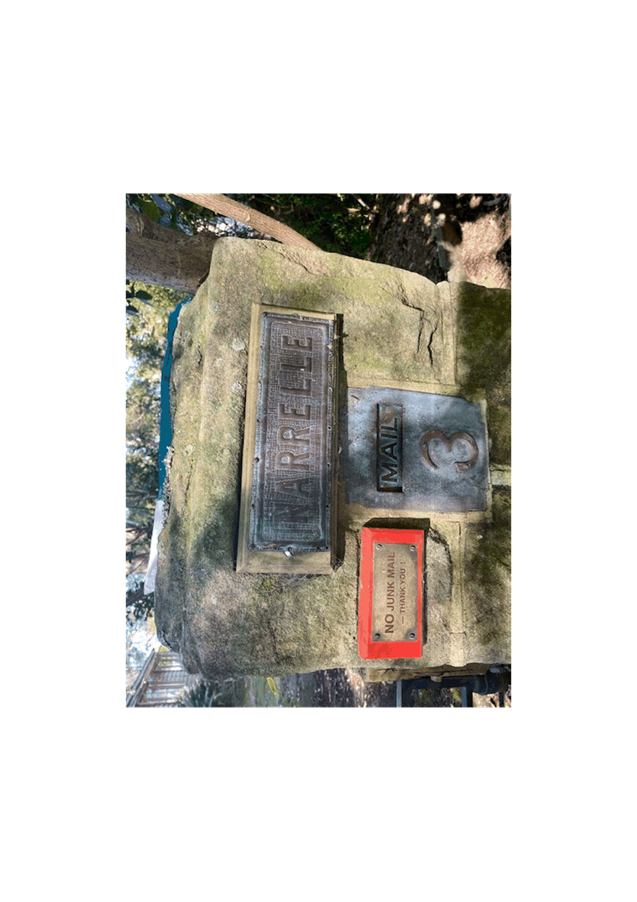
|
APPENDIX
No: 2 - Cover
of Narrelle Book
|
|
Item No: NM.1
|
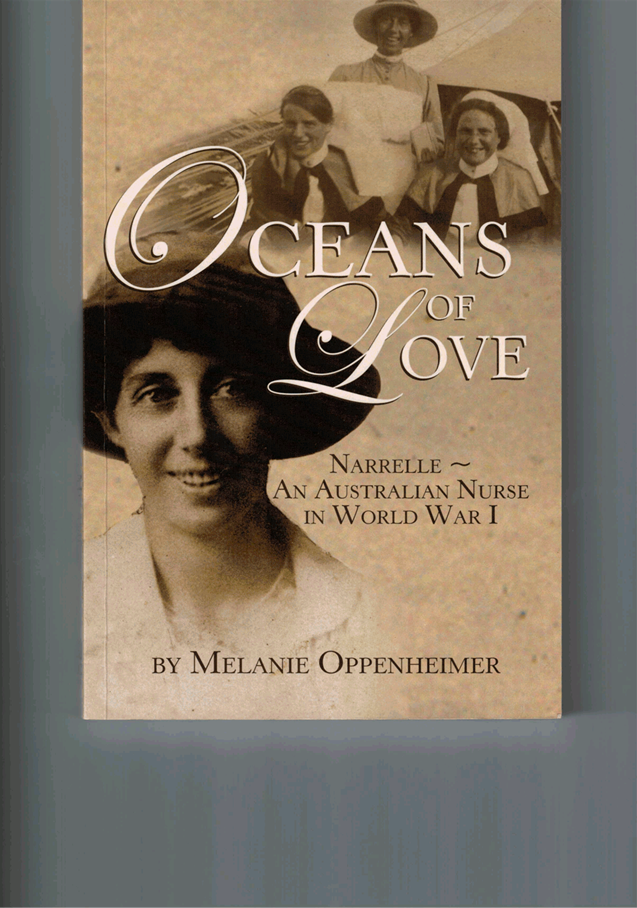
|
APPENDIX
No: 3 - Narrelle
letter - see page 3
|
|
Item No: NM.1
|
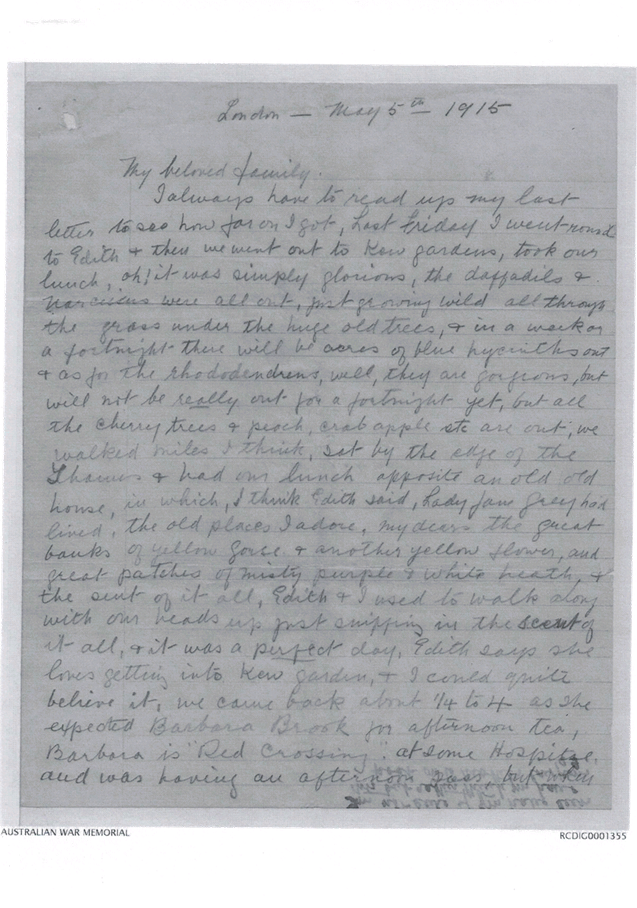
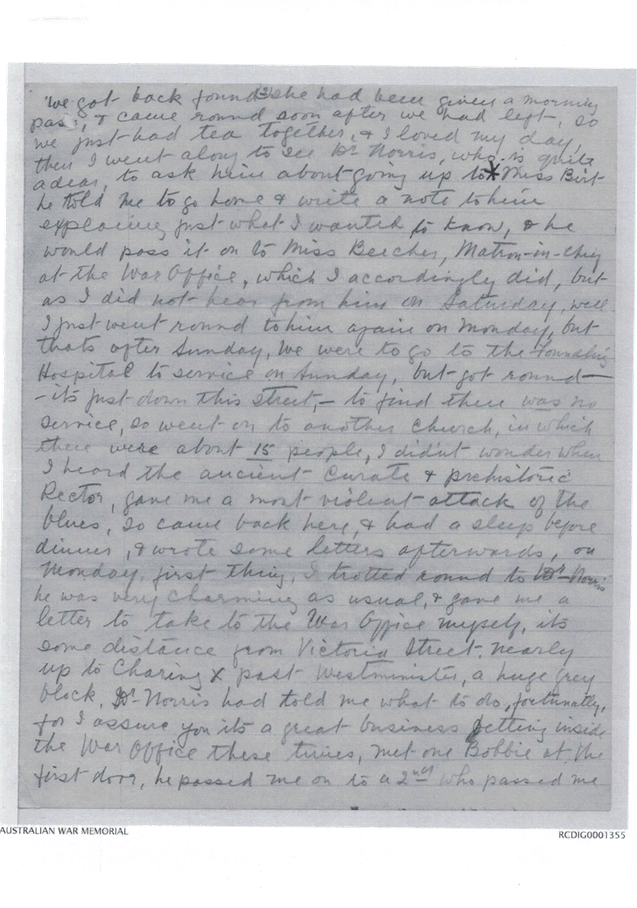
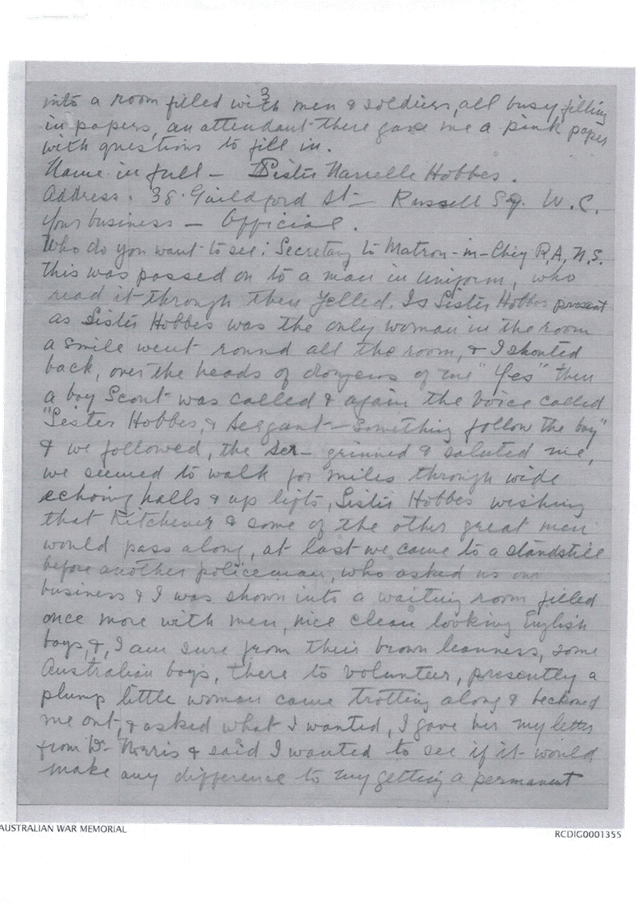
|
Ordinary
Meeting of Council - 28 April 2020
|
NM.2 / 643
|
|
|
|
|
Item
NM.2
|
S12120
|
Planning
Proposal for 45-47 Tennyson Avenue and 105 Eastern Road, Turramurra
Notice of Motion from Councillor Spencer
dated 9 April 2020
Background
1. At its Ordinary
Meeting of Council on 26 March 2019, Council resolved, inter alia, to
support a Planning Proposal for 45-47 Tennyson Avenue and 105 Eastern Road,
Turramurra.
2. On 13 November
2019 a Gateway determination was made which inter alia appointed Council
as the local plan-making authority, required a site-specific development
control plan or controls be prepared and publicly exhibited with the planning
proposal and set a minimum period of 28 days for the planning proposal
to be made publicly available for community consultation without stating any
maximum time period.
3. At its Ordinary
Meeting of Council of 18 February 2020 Council resolved, inter alia, to
endorse for the purpose of public exhibition, the amendment to the Ku-ring-gai
Development Control Plan (DCP) to include site-specific controls to support the
Planning Proposal at 45-47 Tennyson Avenue and 105 Eastern Road Turramura and
to place the amended DCP on public exhibition.
4. Council between 6
March and 3 April 2020 placed the planning proposal and the proposed amendment
to its DCP on Council’s website and otherwise engaged in a public
exhibition of them.
5. On 8 March 2020
the World Health Organization declared that COVID-19 was a pandemic and the
number of COVID-19 cases started to escalate in NSW.
6. This
progressively resulted in a number of NSW health warnings concerning the number
of people who could meet together and the need for social distancing.
7. From 16 March
2020 Health orders were being progressively proclaimed by the NSW Government
which enabled people to be fined up to $11 000 for congregating together in
breach of the social distancing rules and ultimately in people being required
to not leave their place of residence without reasonable excuse.
8. These restrictions
on movement during the COVID-19 pandemic made ordinary public consultation
where community groups could hand out flyers at shopping centres and other
places of public meeting unlawful and practically impossible during most of the
public exhibition period from 6 March to 3 April 2020.
Issues
1. Council and
Councillors have received numerous appeals from residents, from March 2019 to
the present day, expressing their concerns with regard to any rezoning and
development of 45-47 Tennyson Avenue and 105 Eastern Road, Turramurra.
2. We have listened
to our residents with great interest and believe that due to the restriction of
movements resulting from the outbreak of COVID-19, all community consultation
and ordinary processes or activities should be suspended until the full
restoration of movements is in effect.
|
Recommendation:
That Council
resolves:
A. To immediately cease all
activities by Council pursuant to the Gateway Determination dated 13 November
2019 including but not limited to all activities under section 3.34(2)(c) and
schedule 1, clause 4 of the Environmental Planning and Assessment Act 1979
for the Planning Proposal in relation to 45-47 Tennyson Avenue and 105
Eastern Road, Turramurra and draft specific DCP amendment. This includes, but
is not limited to, those resolved by Council during its Ordinary Council
Meetings of 26 March 2019 and 18 February 2020.
B. That there will be a resumption of
activities by Council halted under paragraph 1 (the resumption of public
consultation), upon the full relaxation of all Public Health Orders and
any other NSW Government constraints relating to public movement as a
consequence of the COVID-19 pandemic if the
relaxation results in the full restoration of the ordinary rights of citizens
to engage in meetings, canvassing and the attendance at public and private
places.
C. Upon the resumption of public consultation,
the Planning Proposal and draft site-specific DCP amendment for 45-47
Tennyson Avenue and 105 Eastern Road, Turramurra, will again be placed on
public exhibition for no less than a further 28 days (further exhibition).
D. That a report be brought back to Council no
earlier than after the conclusion of the further exhibition period for
Council to consider further progression of the Gateway Determination.
E. To notify all interested parties of this
resolution, including but not limited to the Minister for Planning and Public
Spaces.
|
|
Councillor Cedric Spencer
Councillor for Wahroonga Ward
|
|































































































































































































































































































































































































































































































